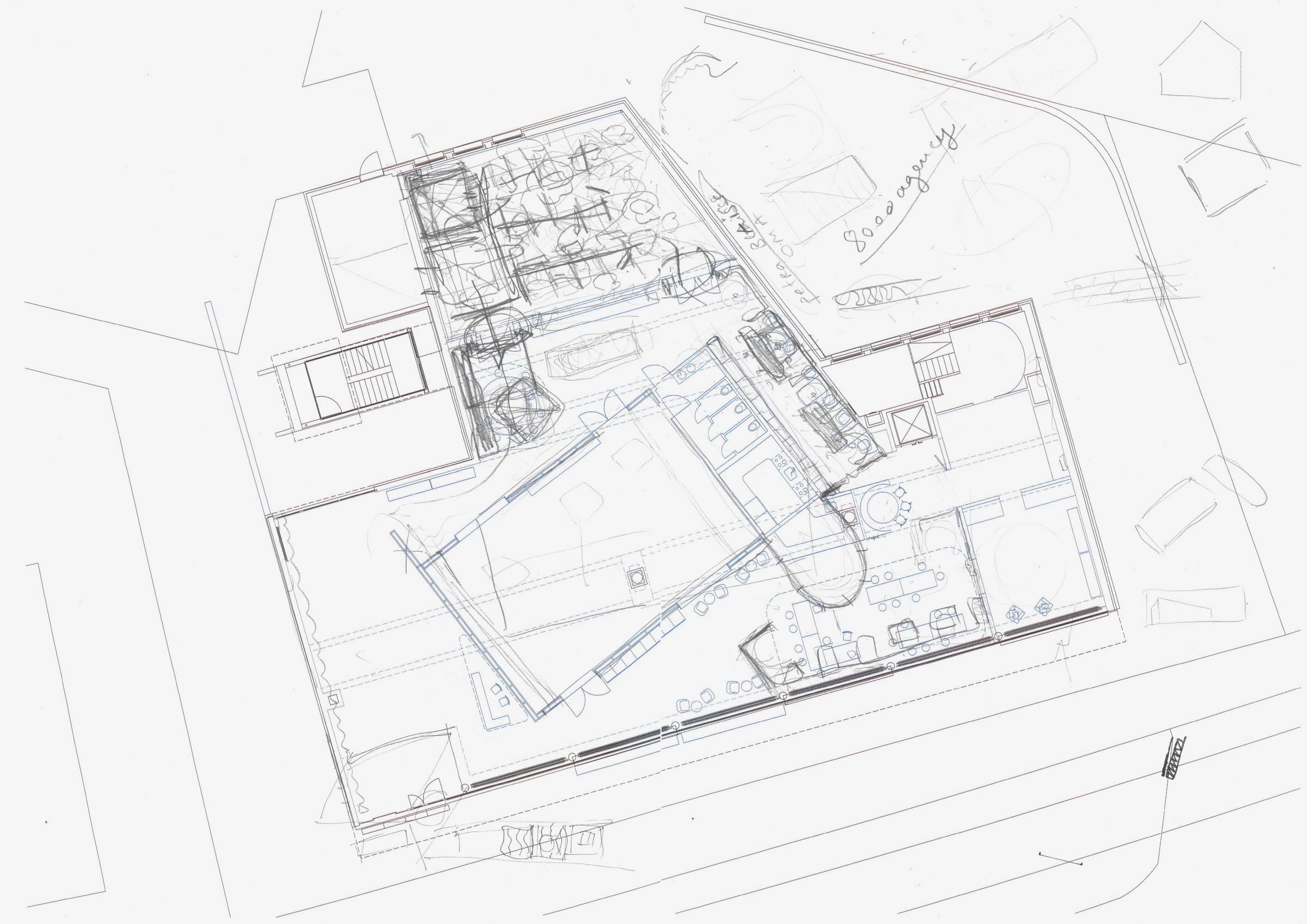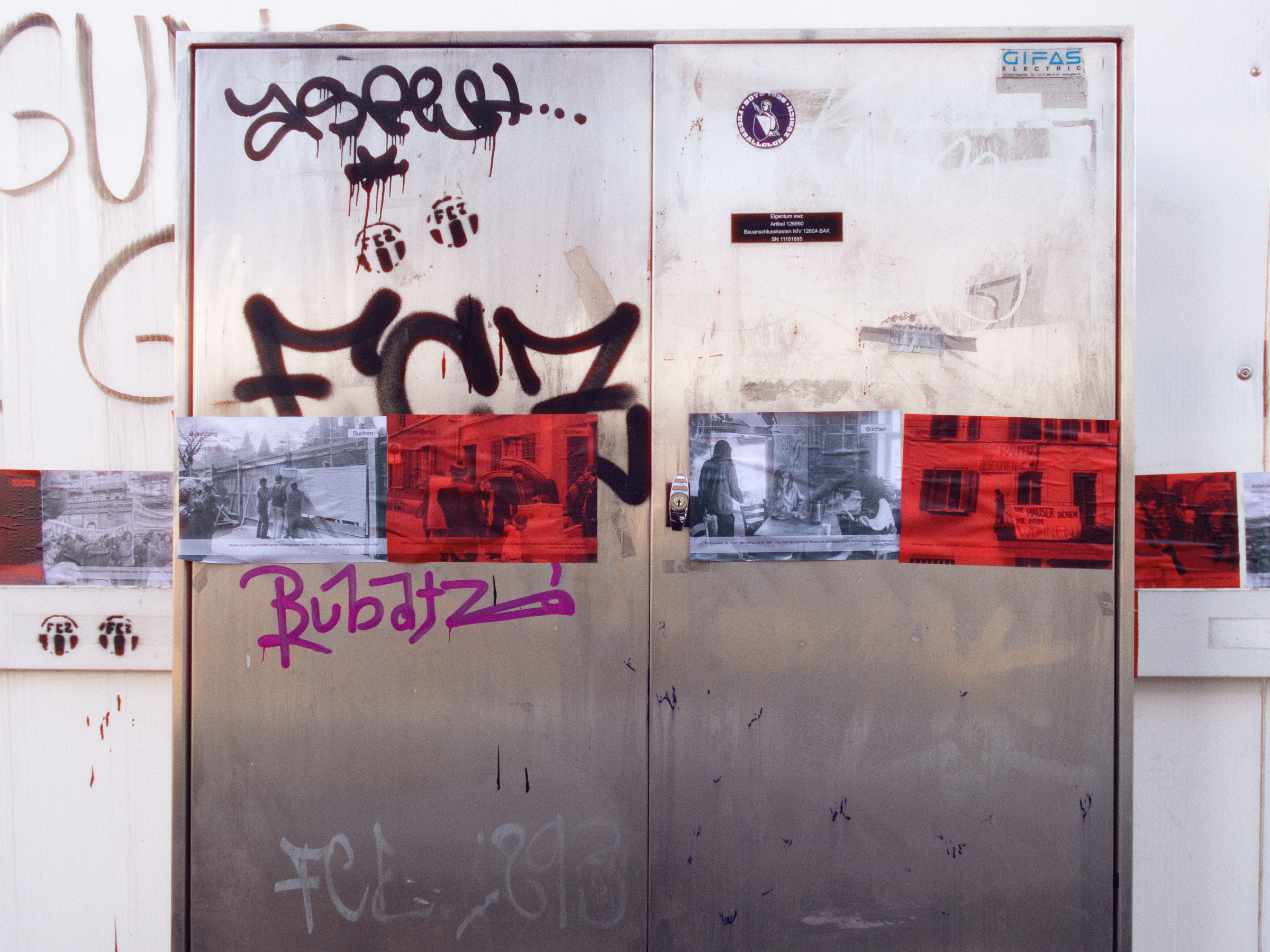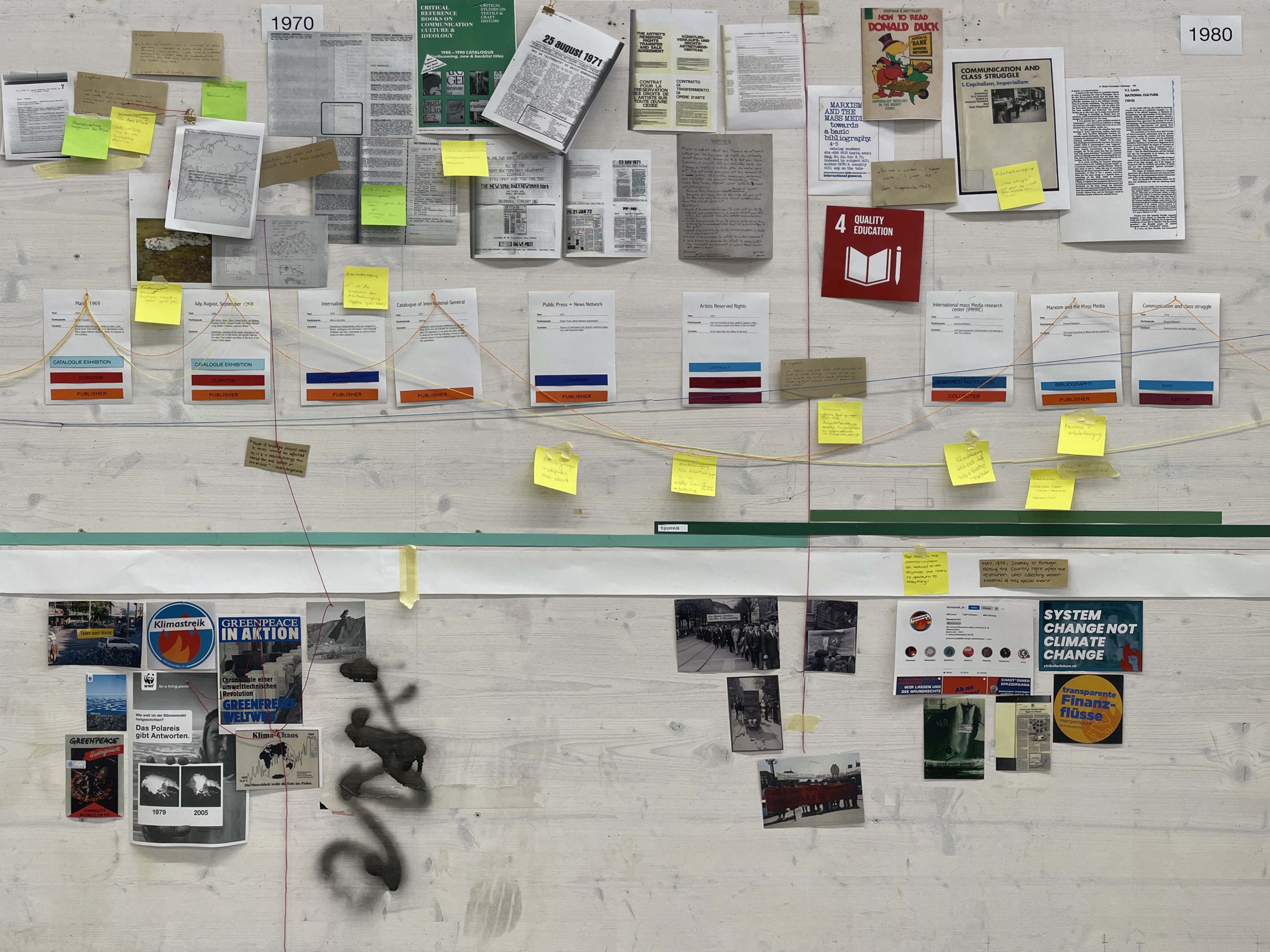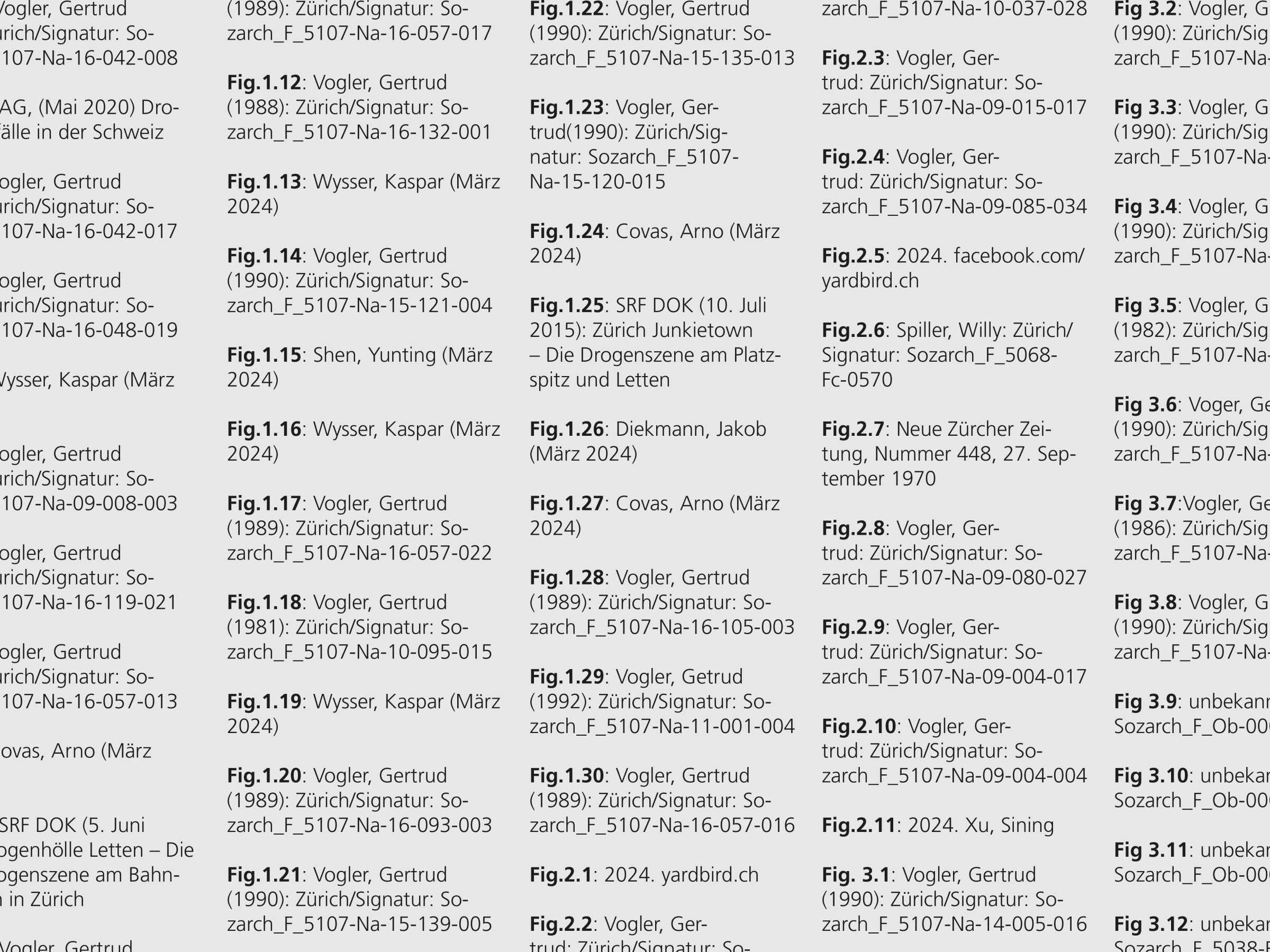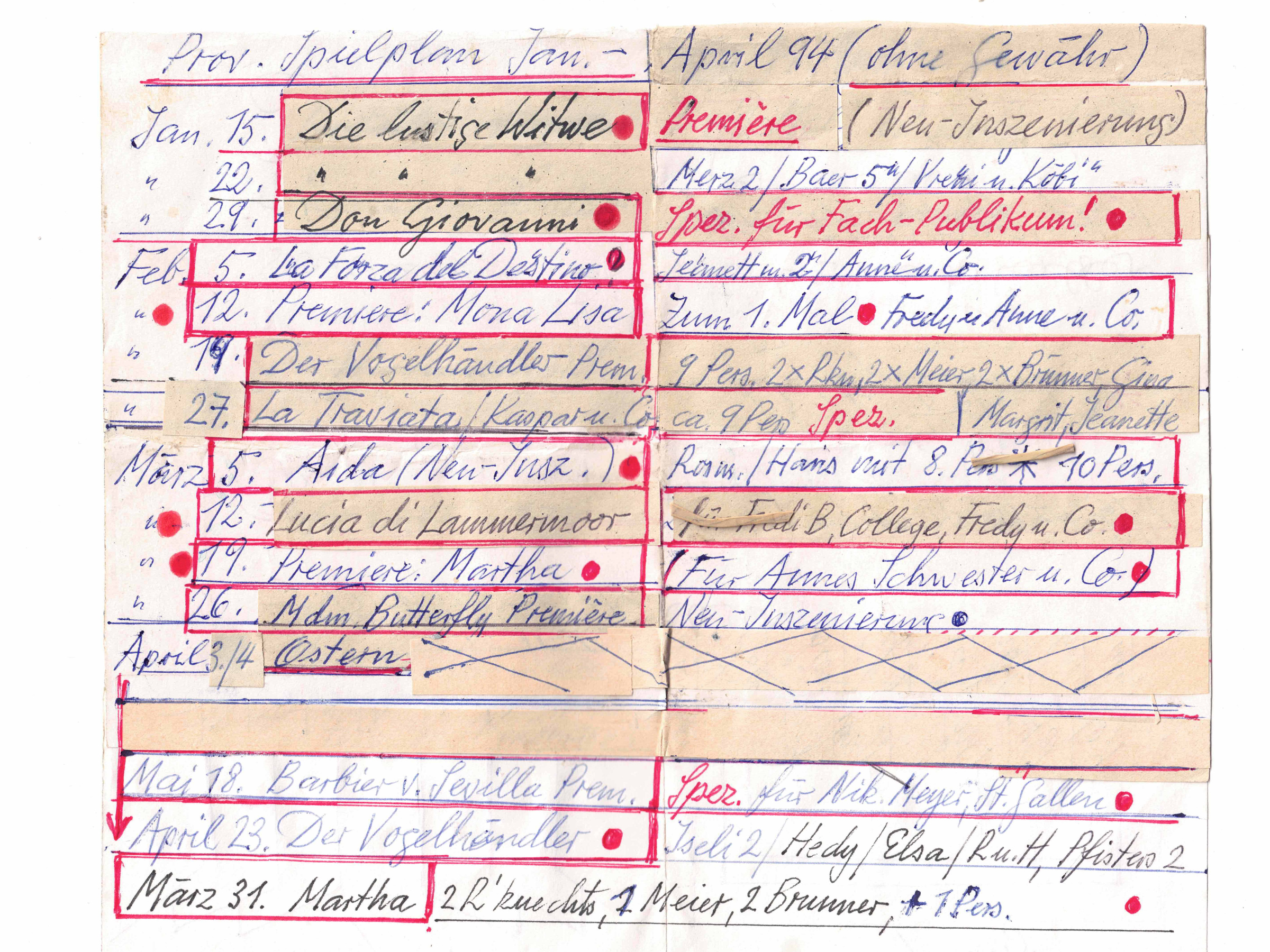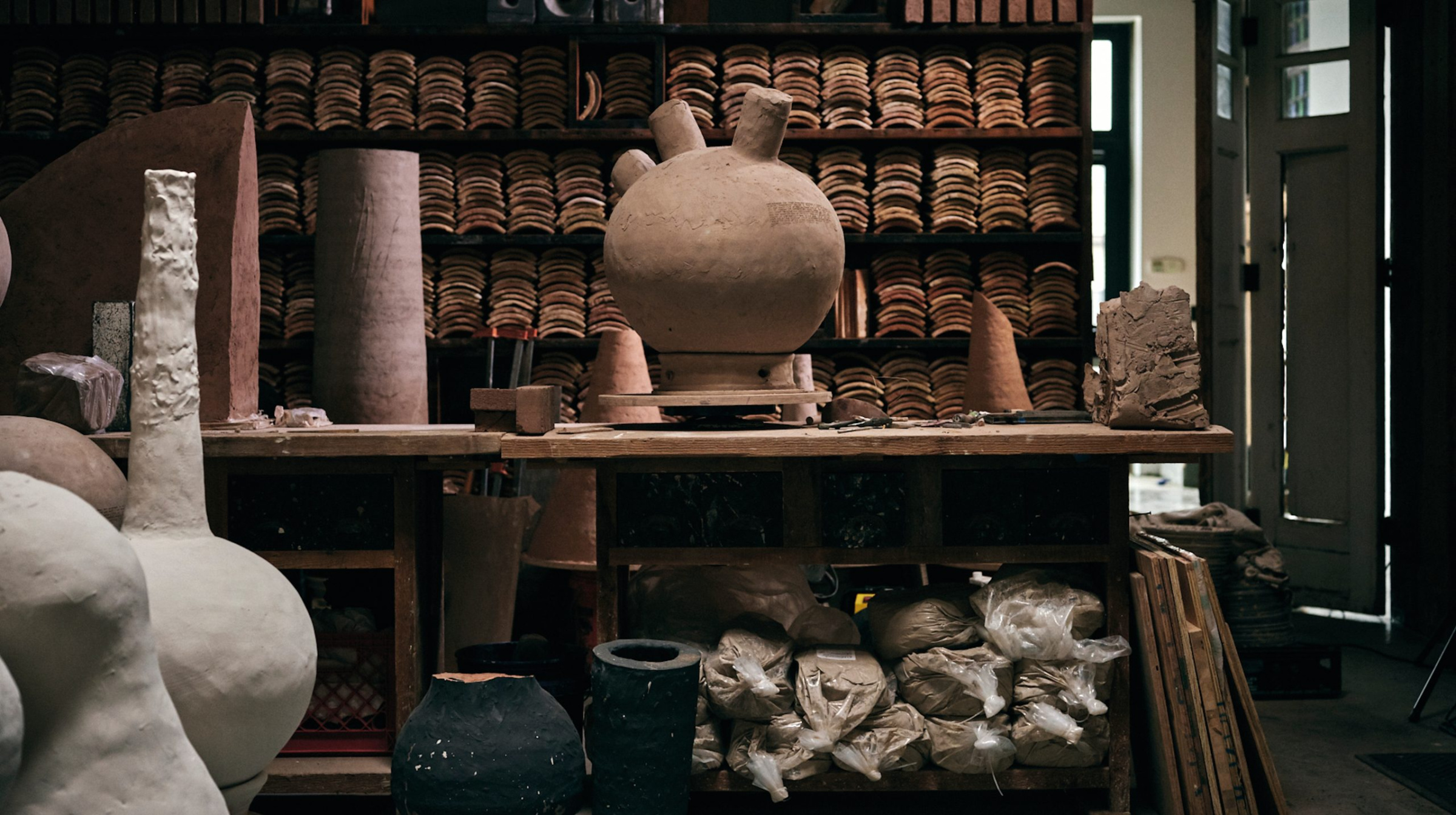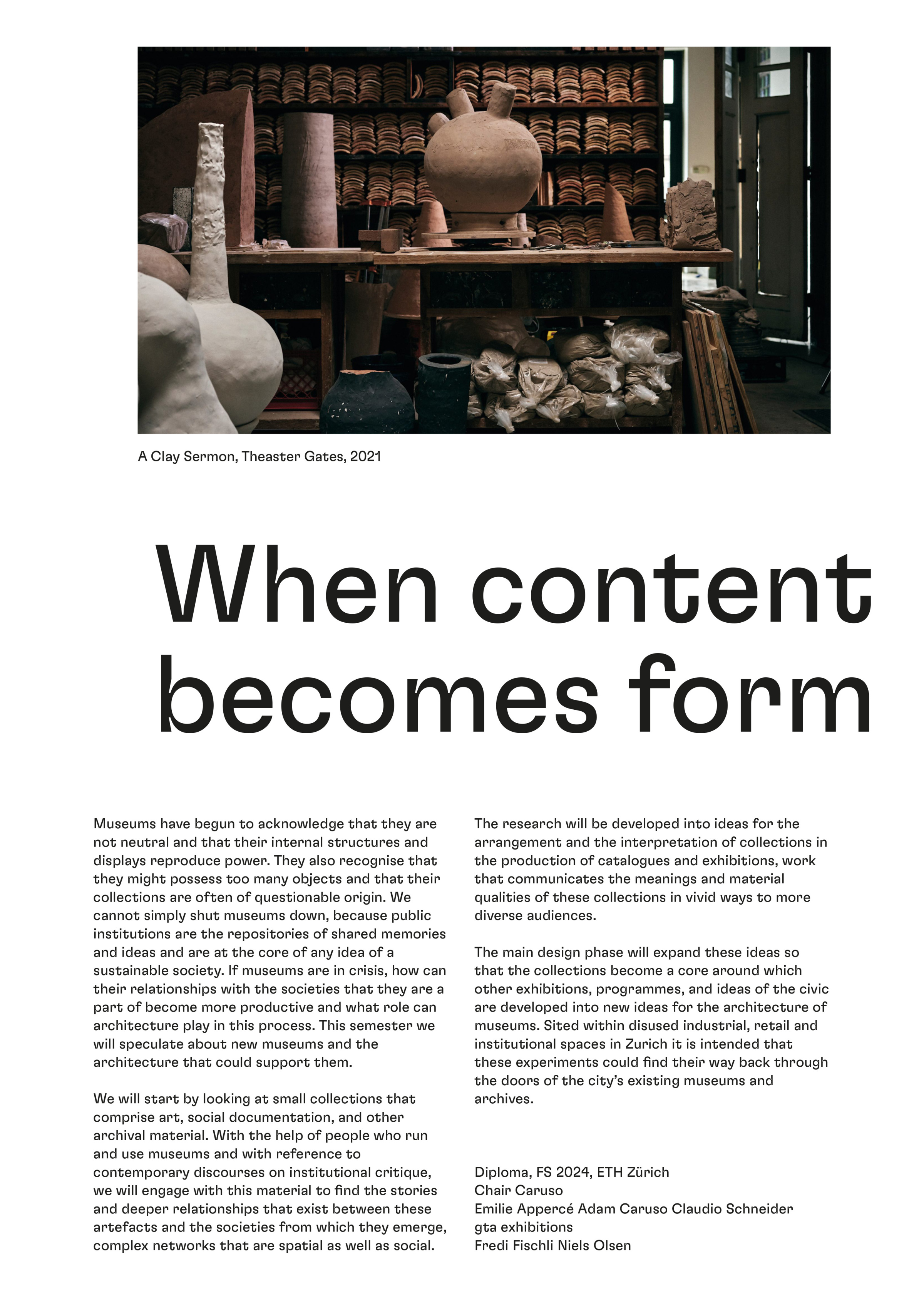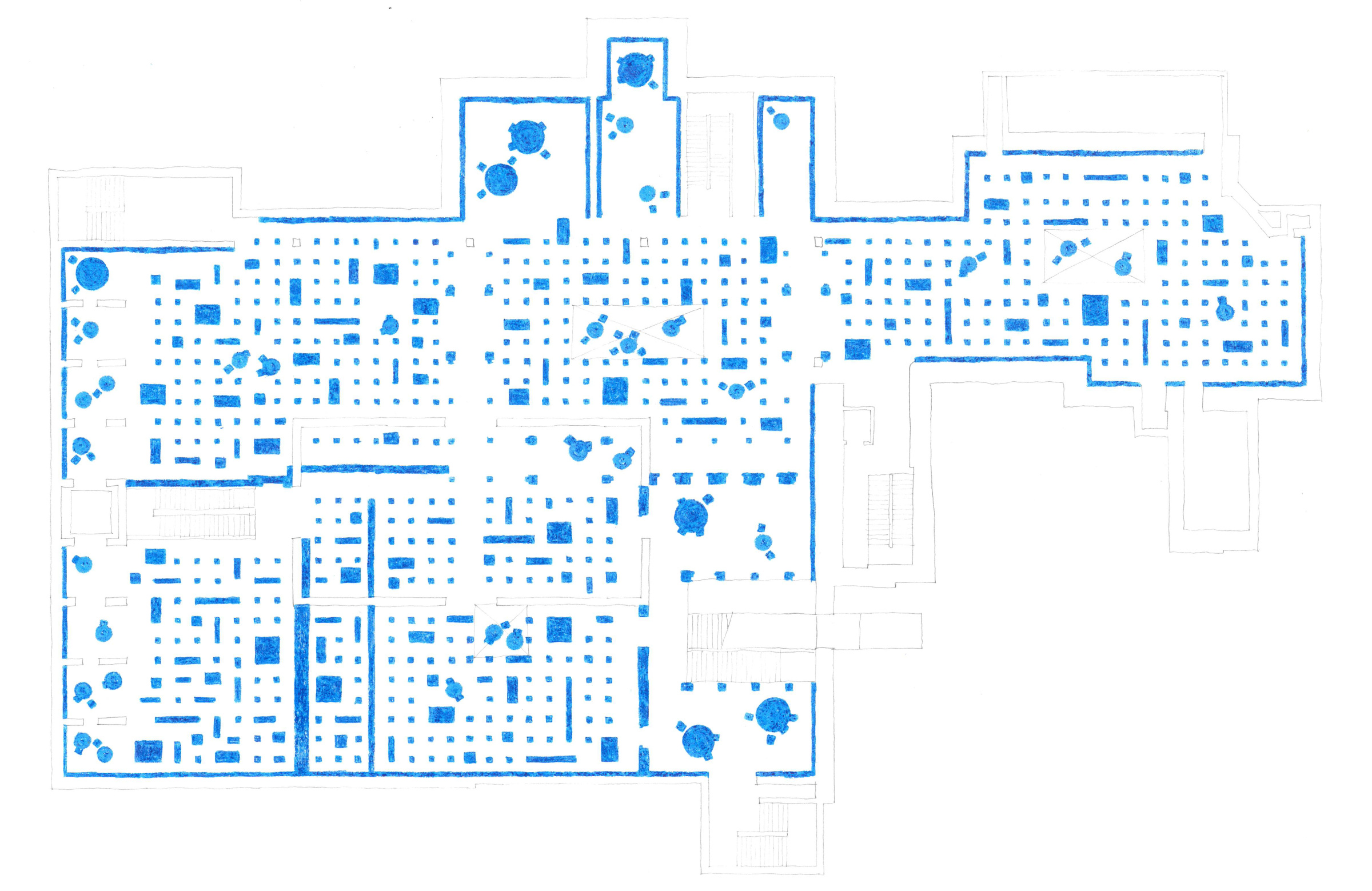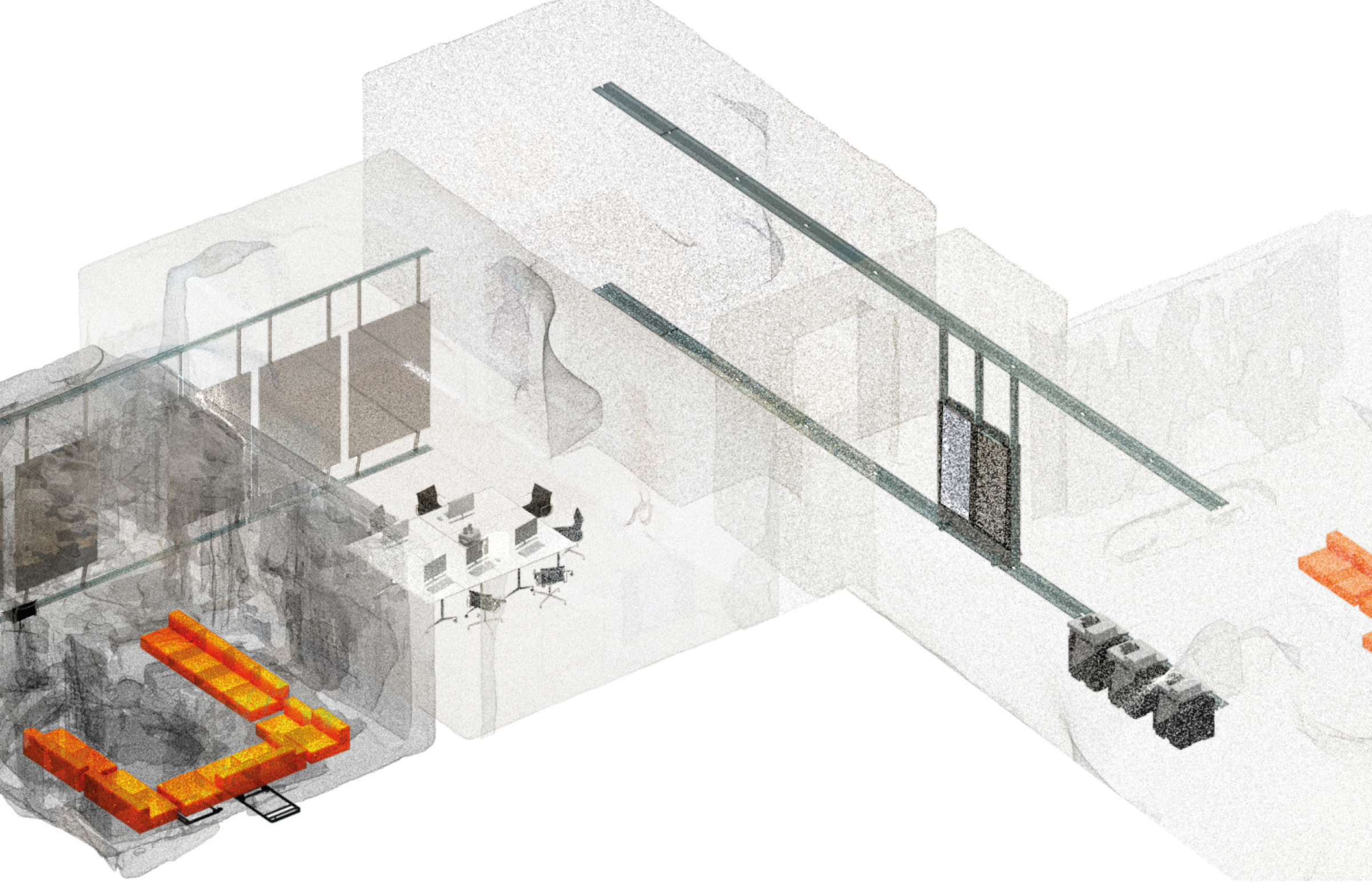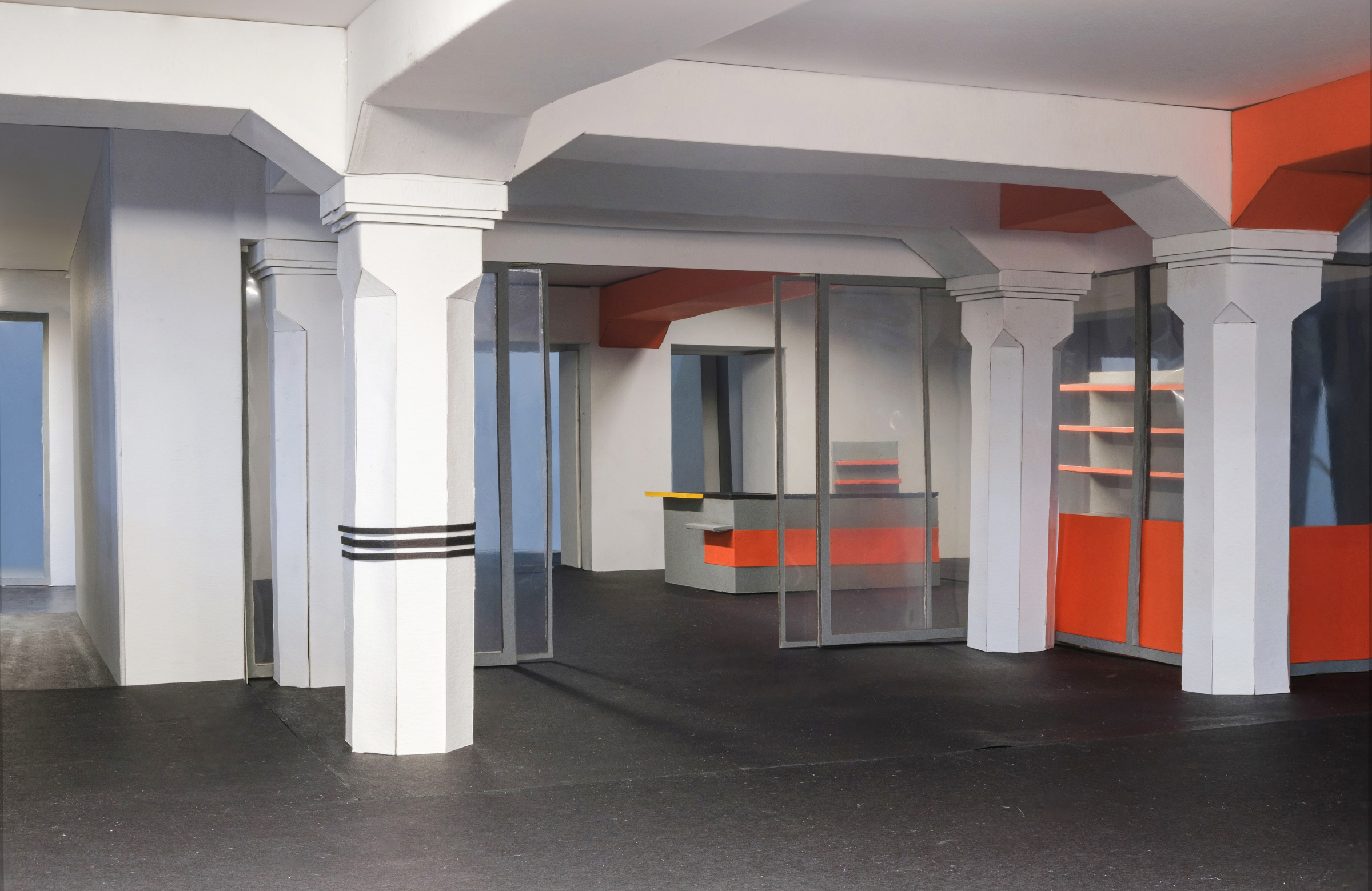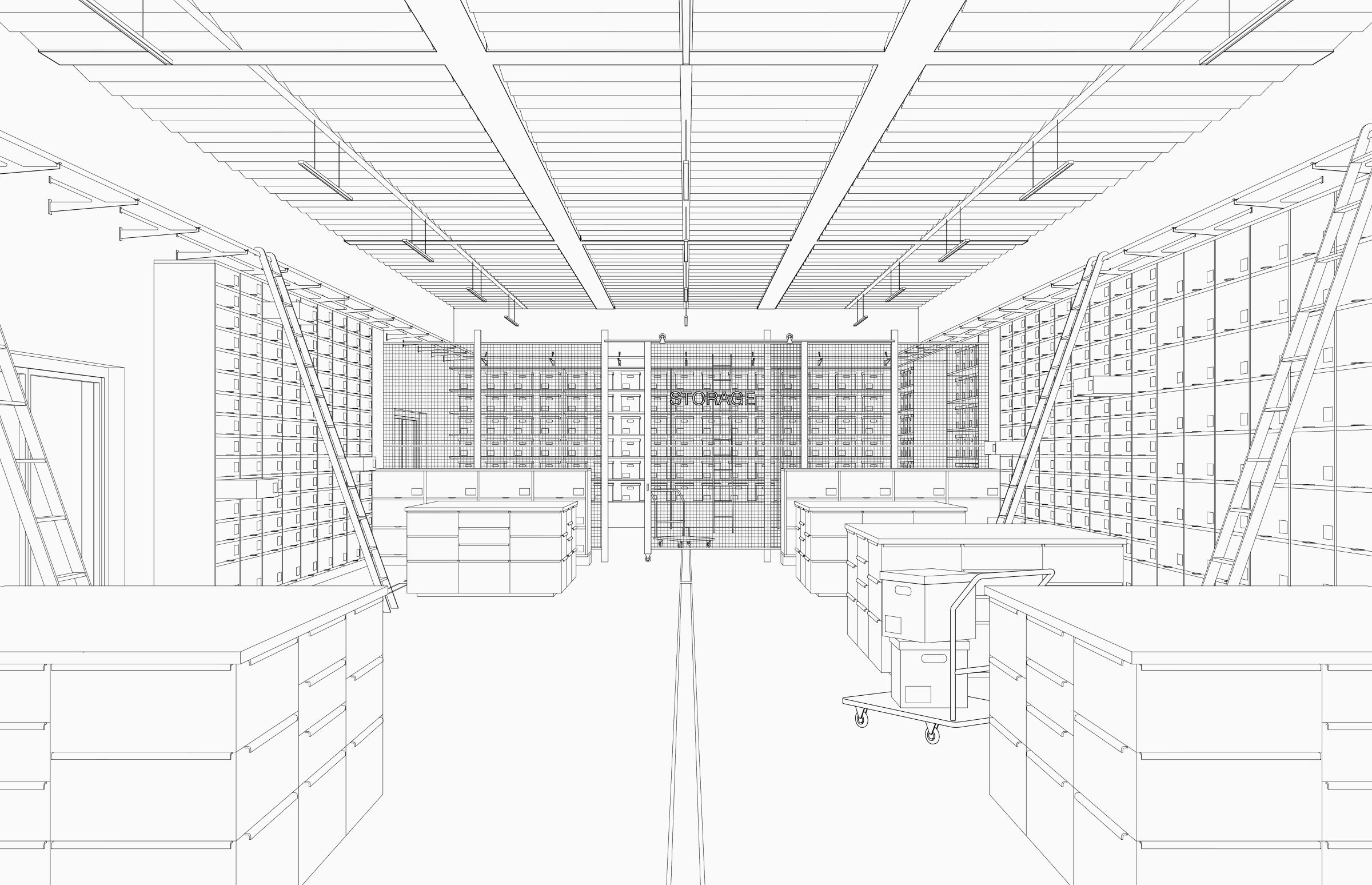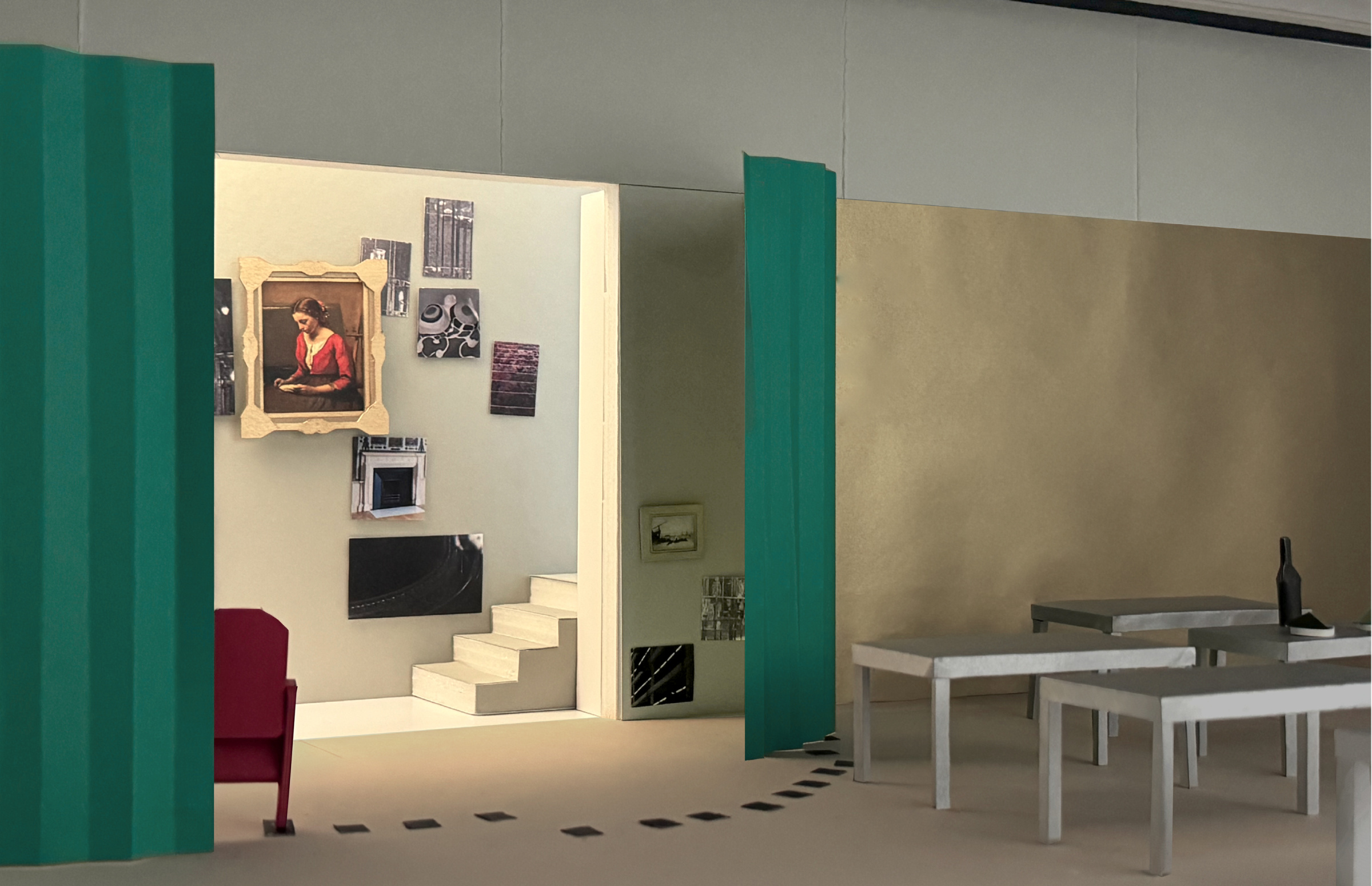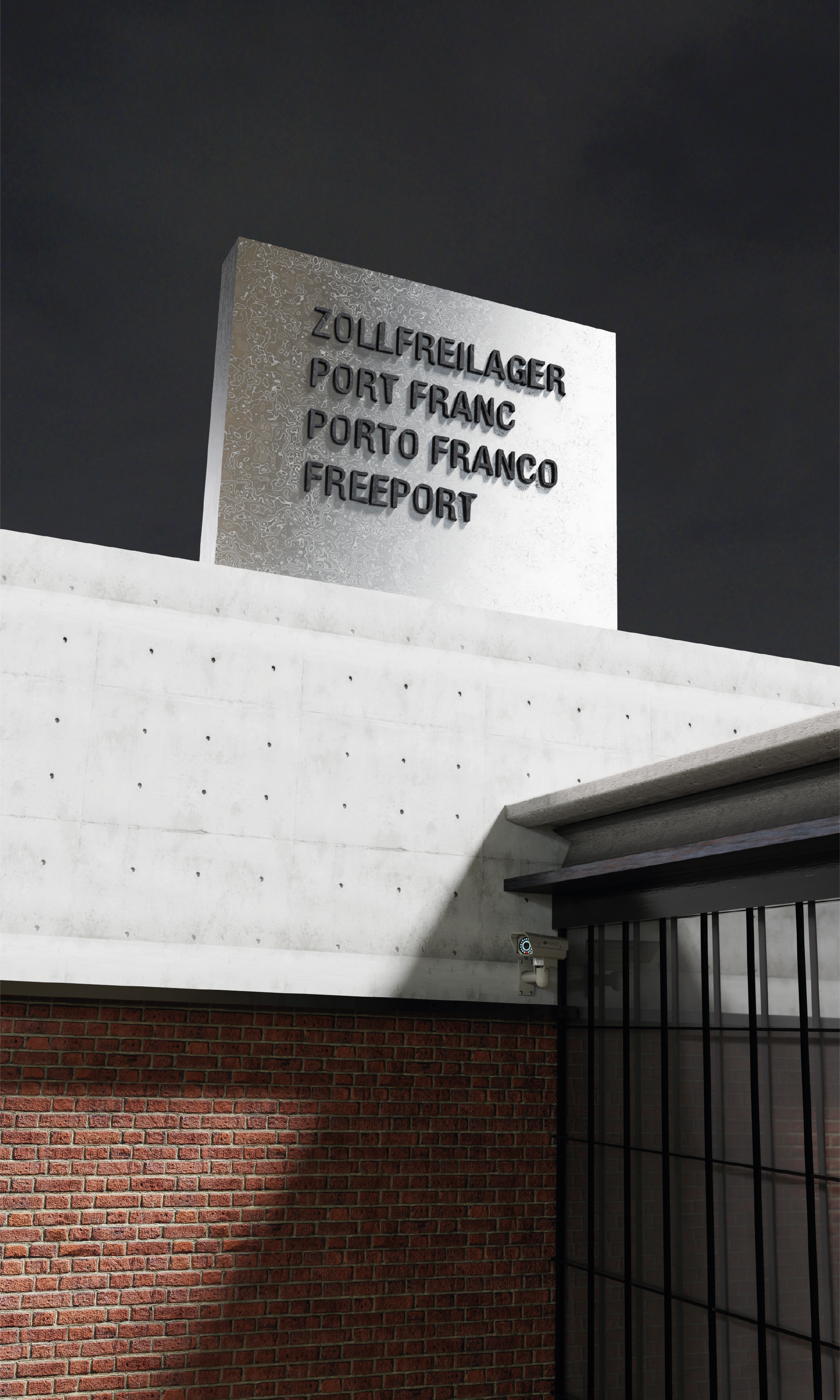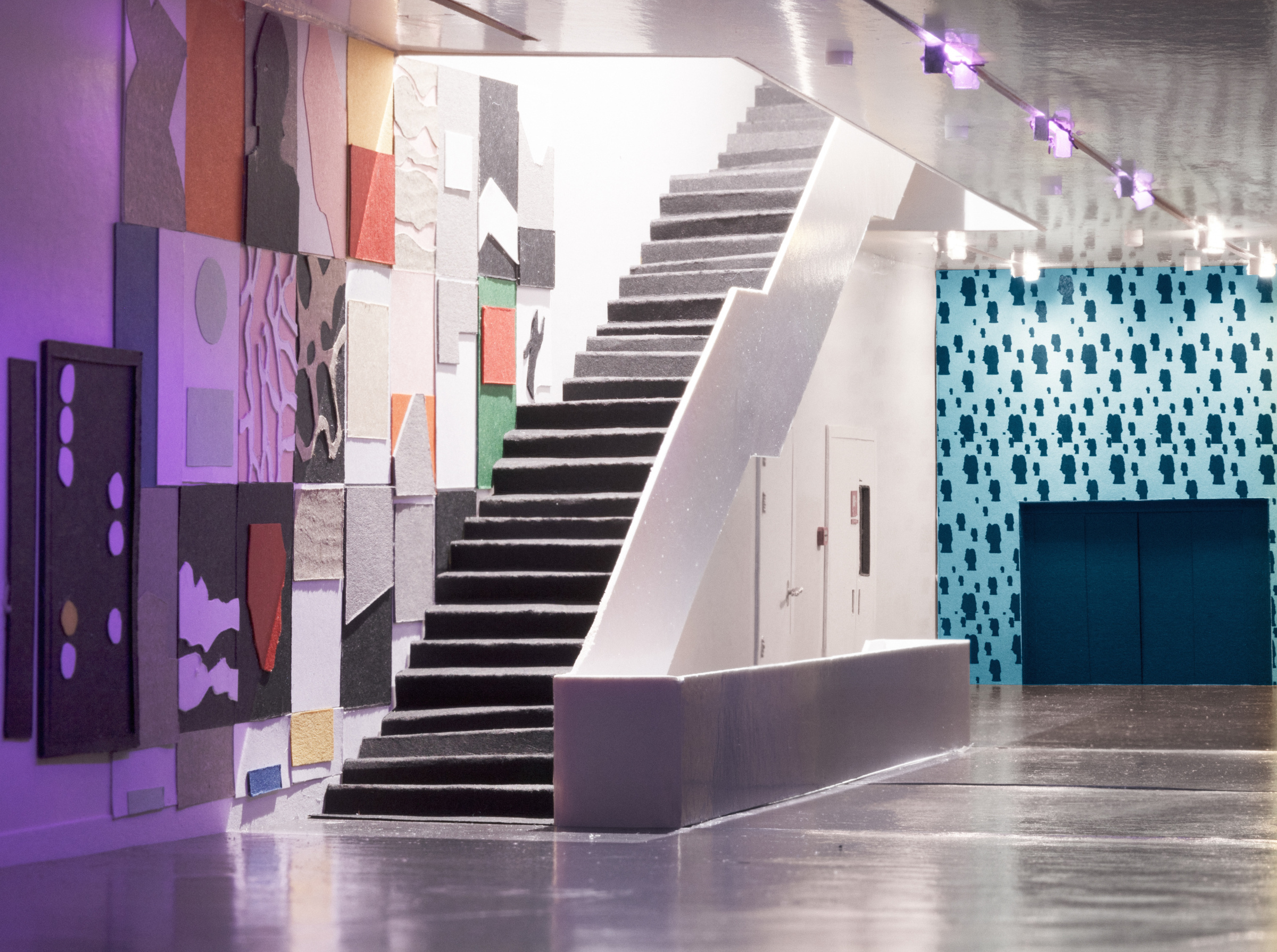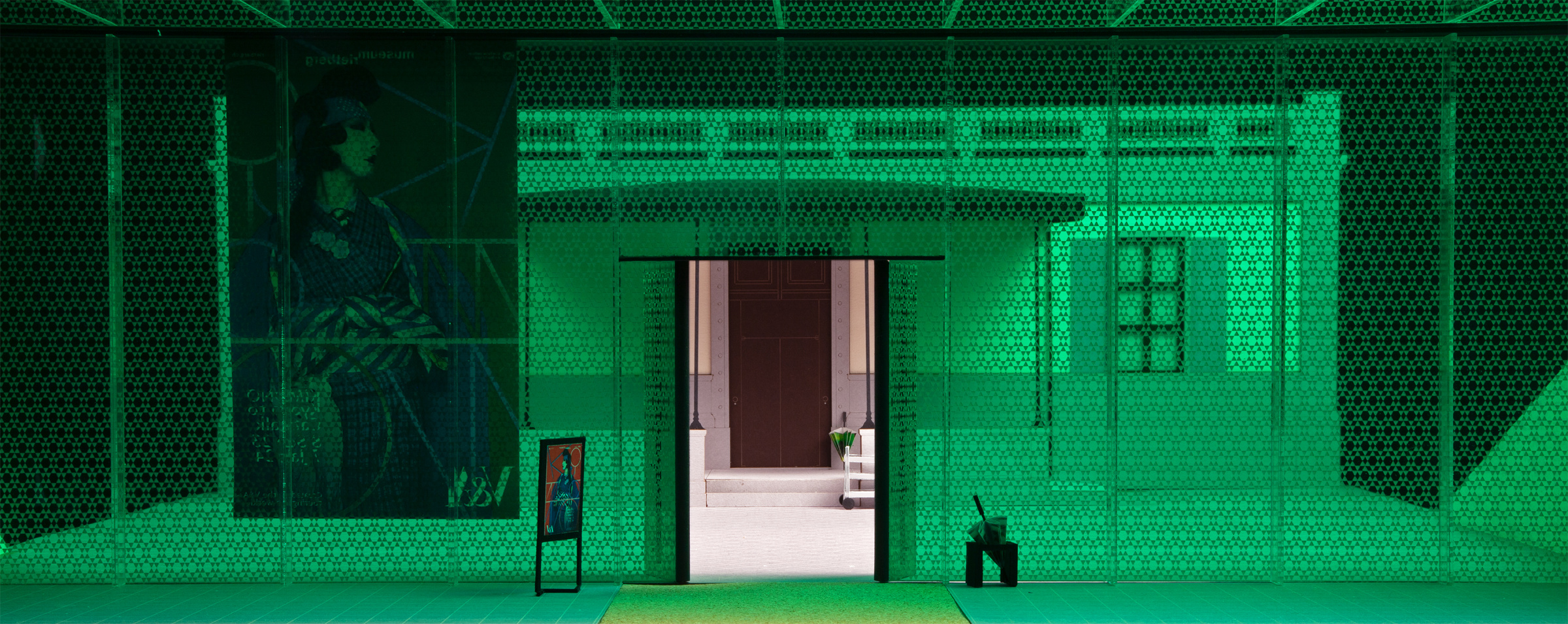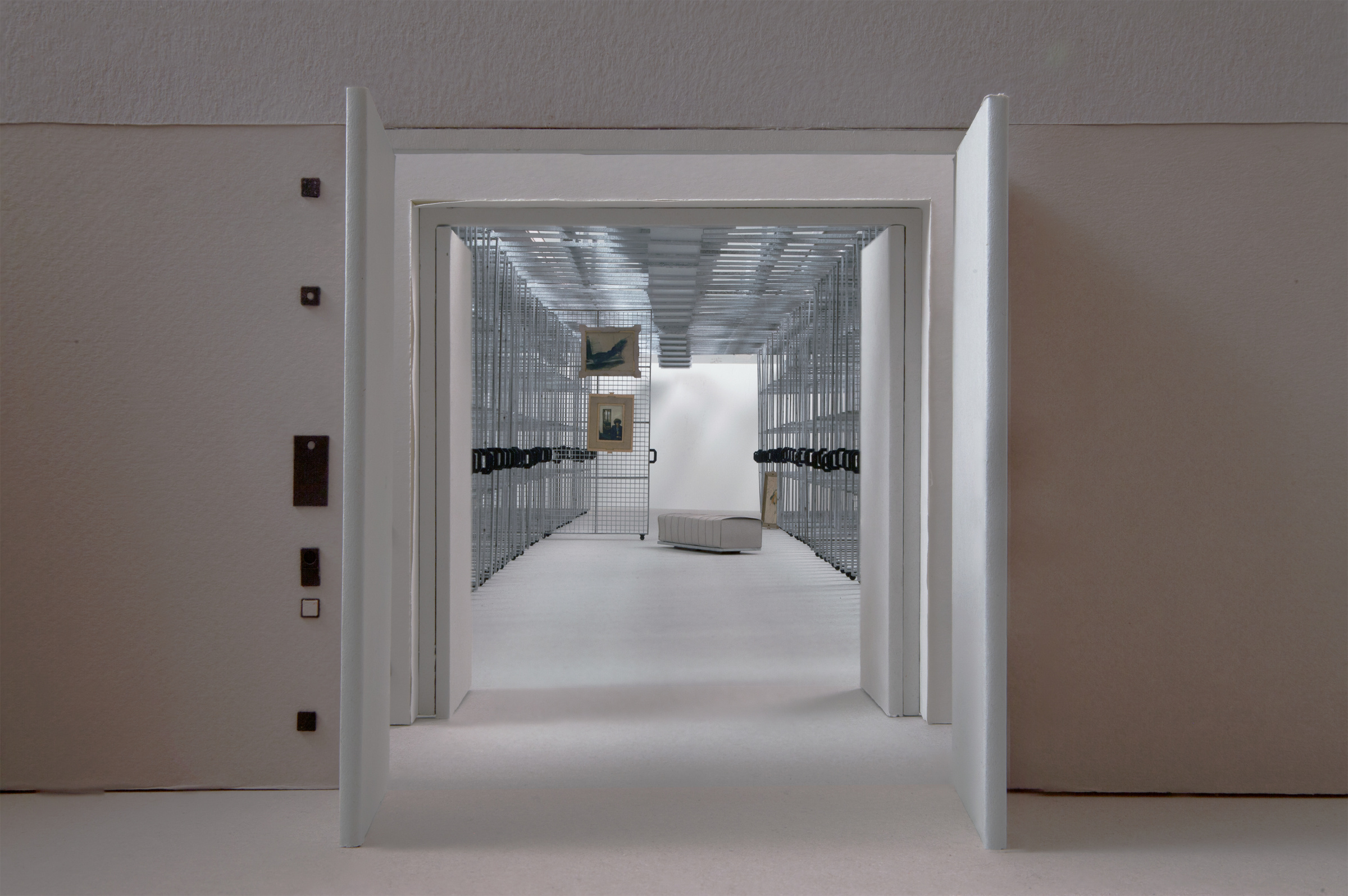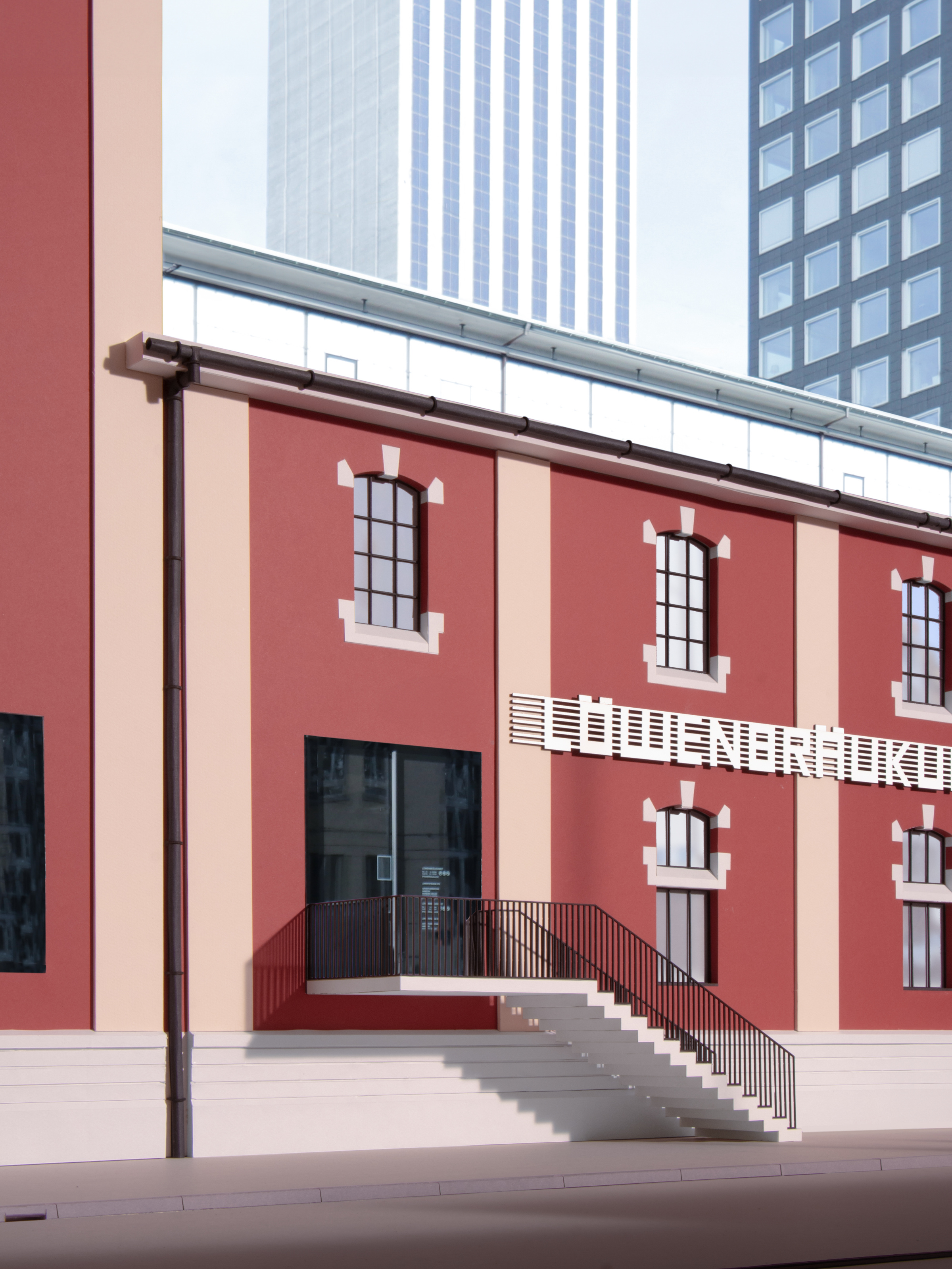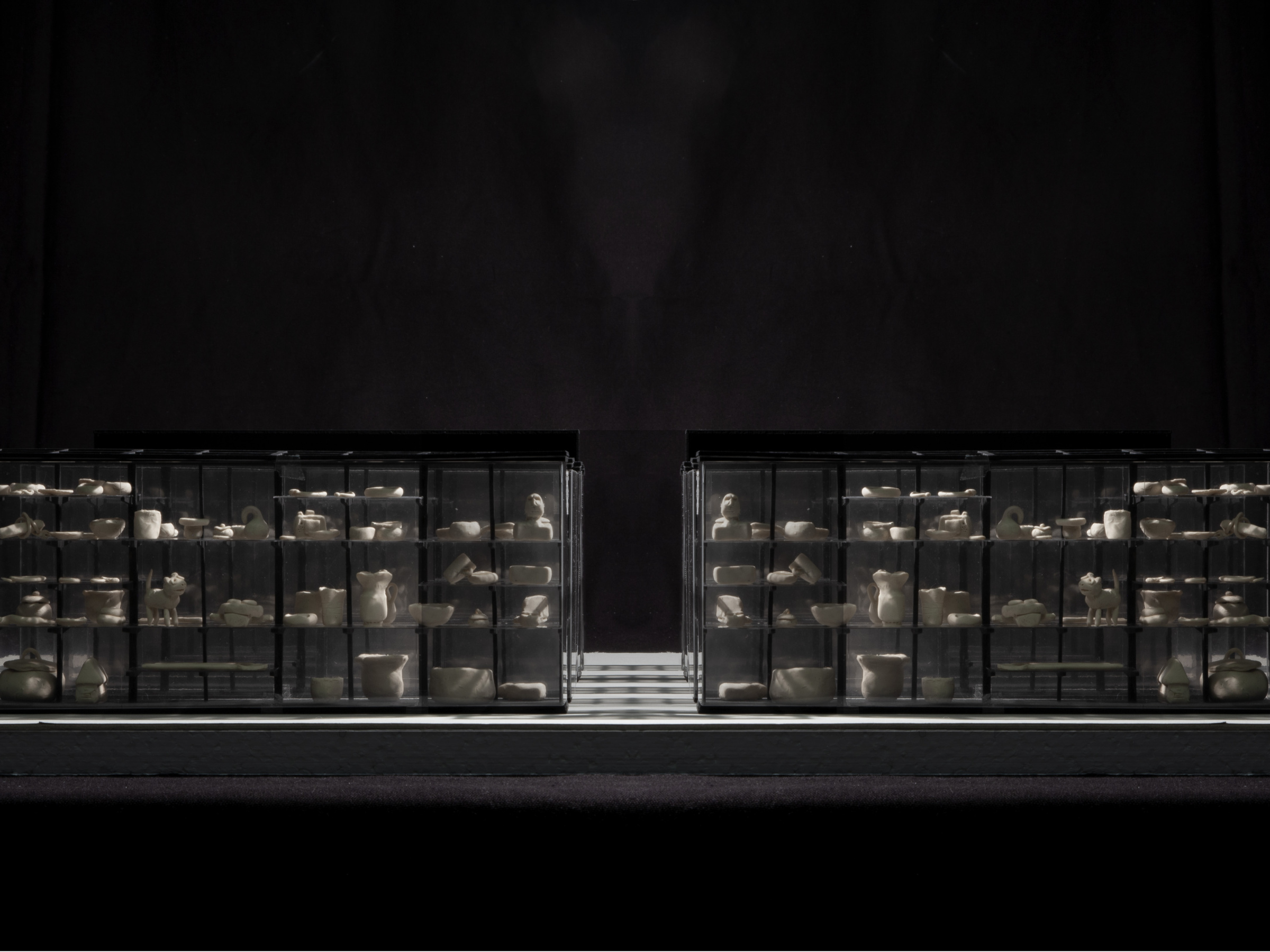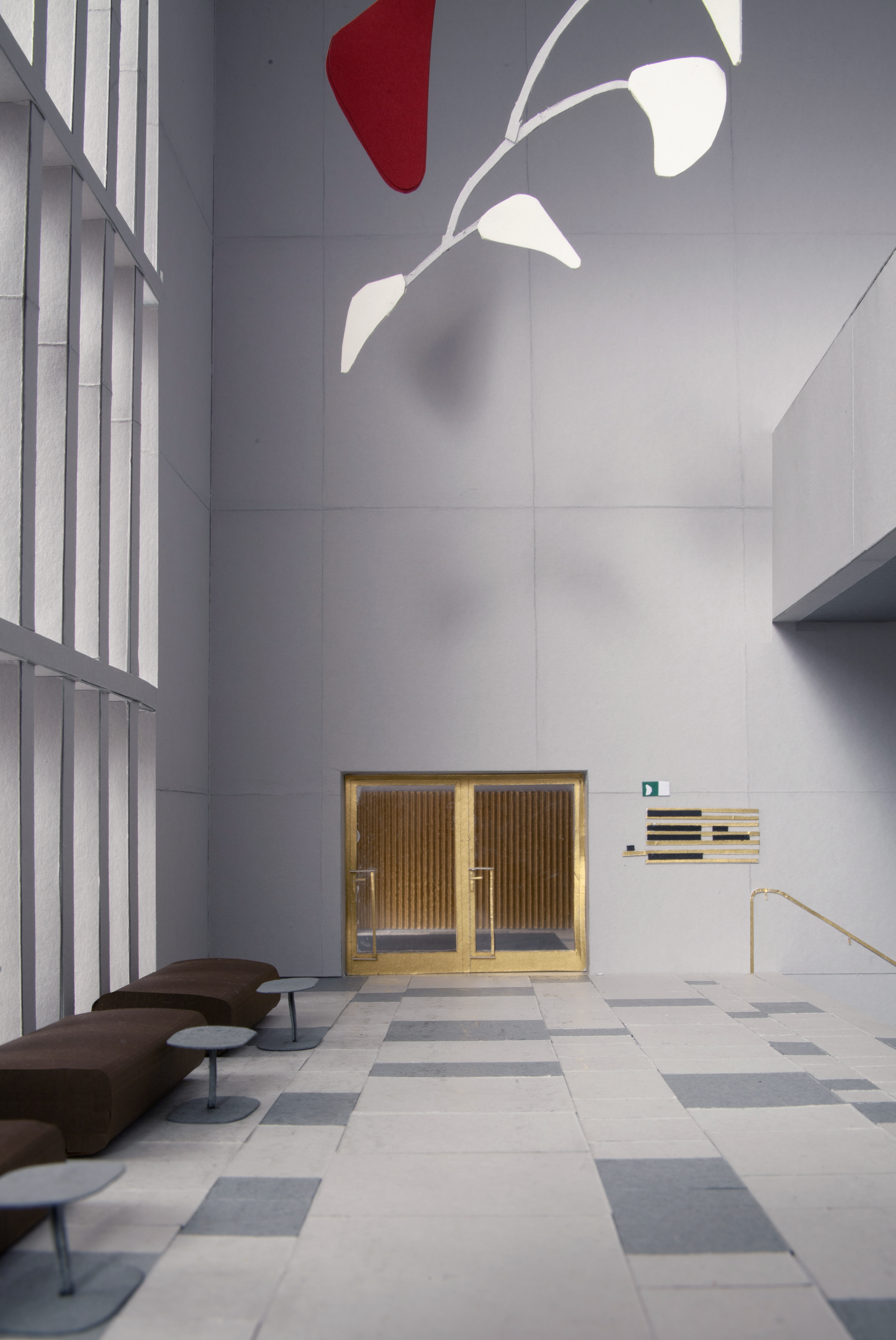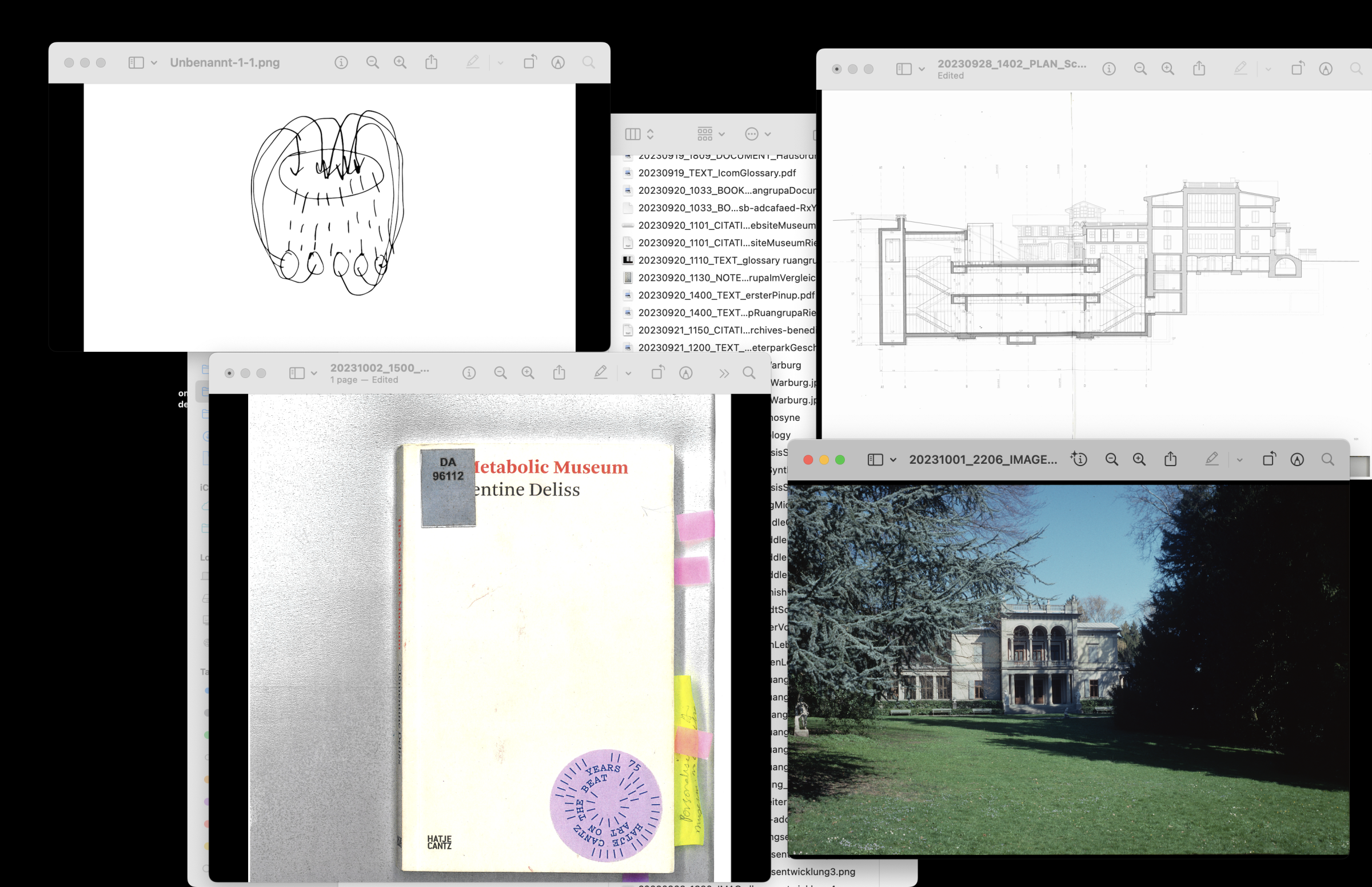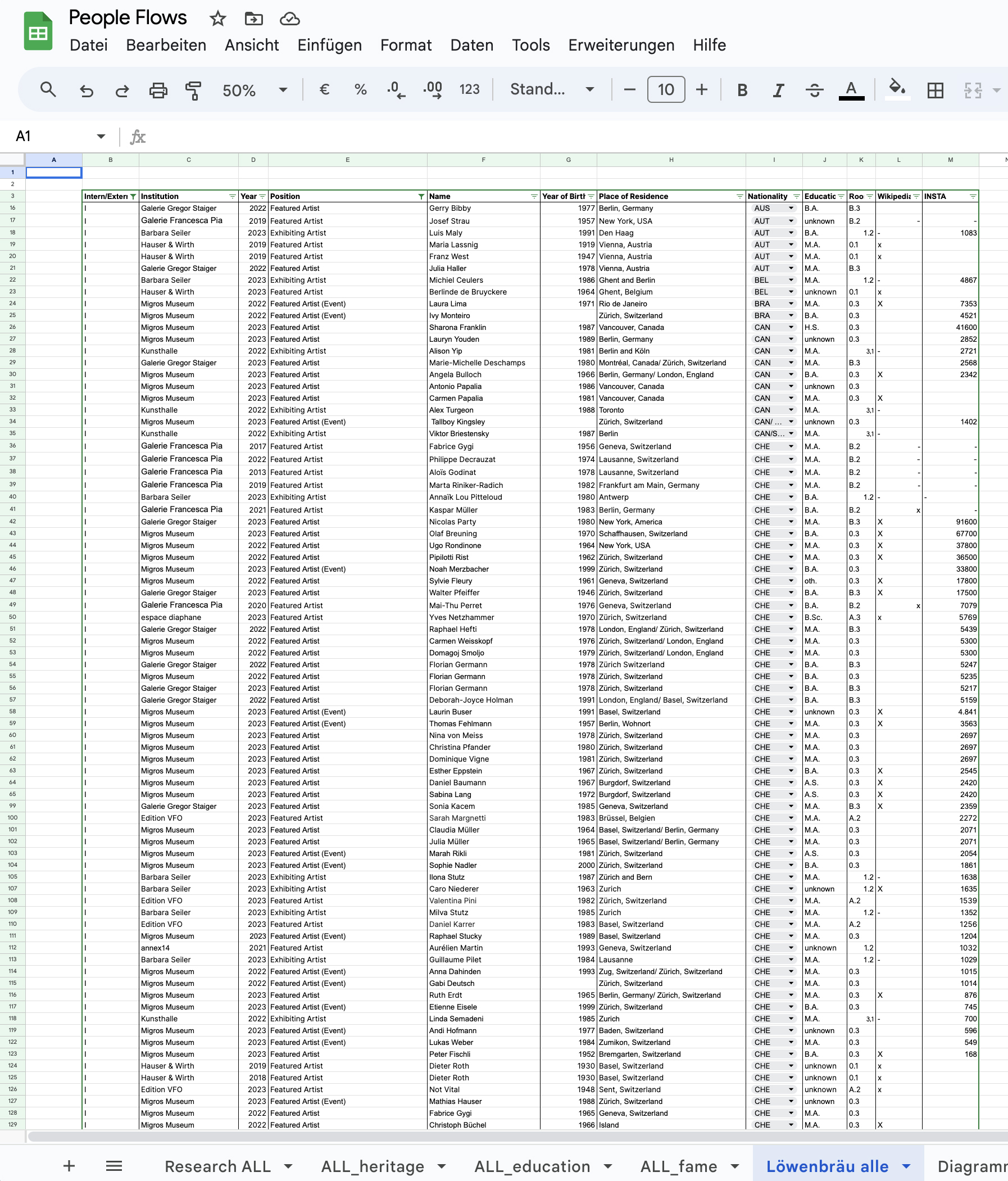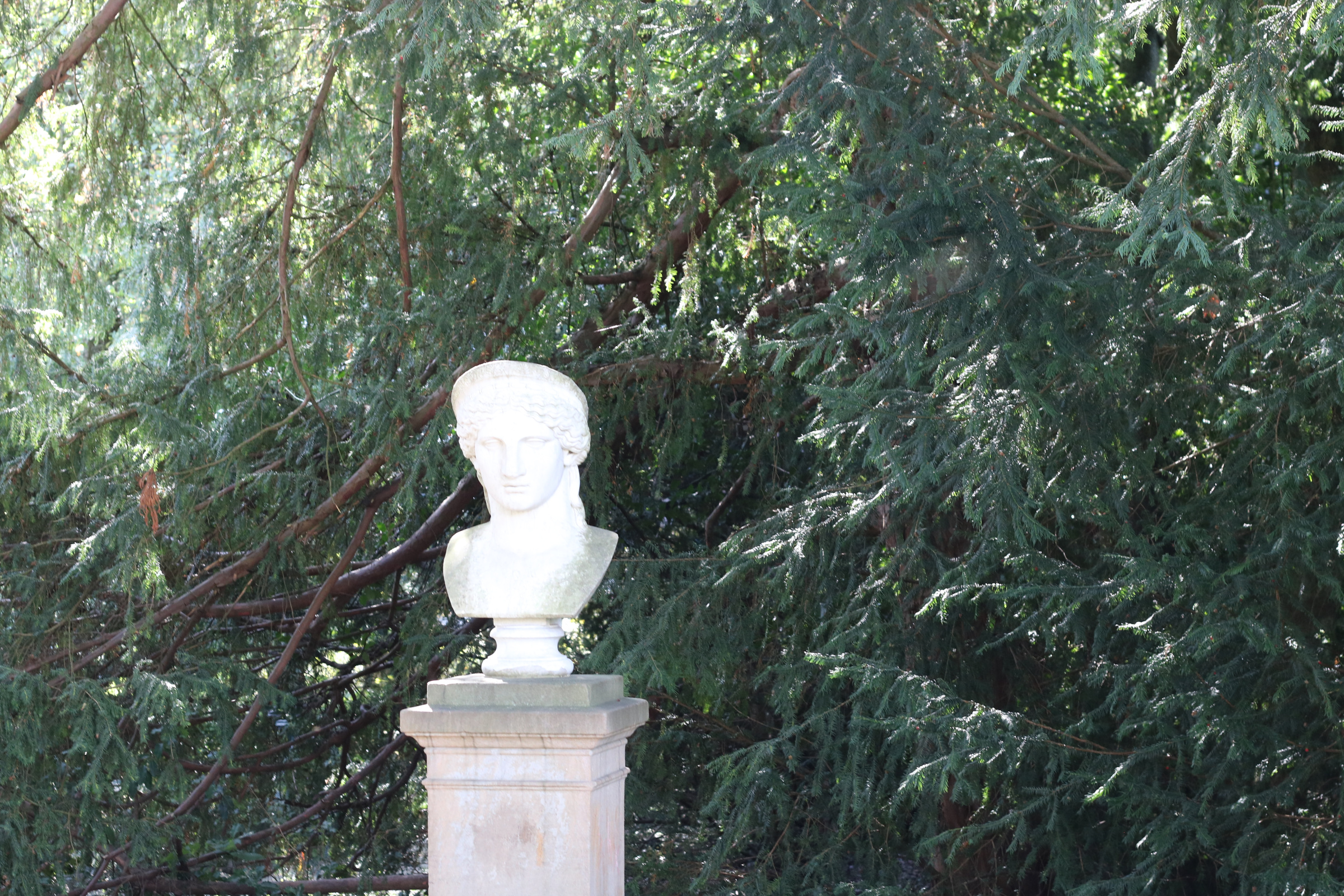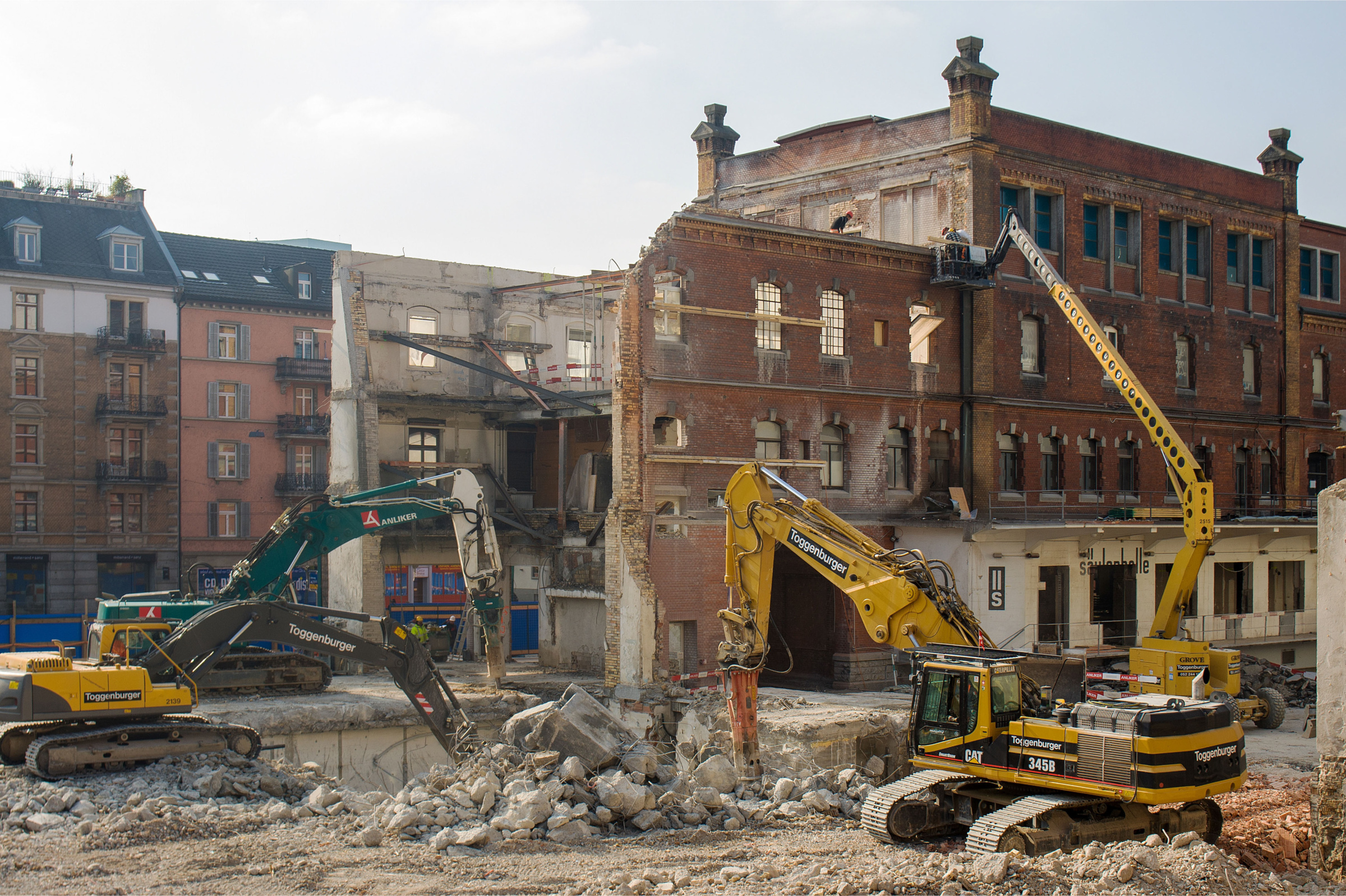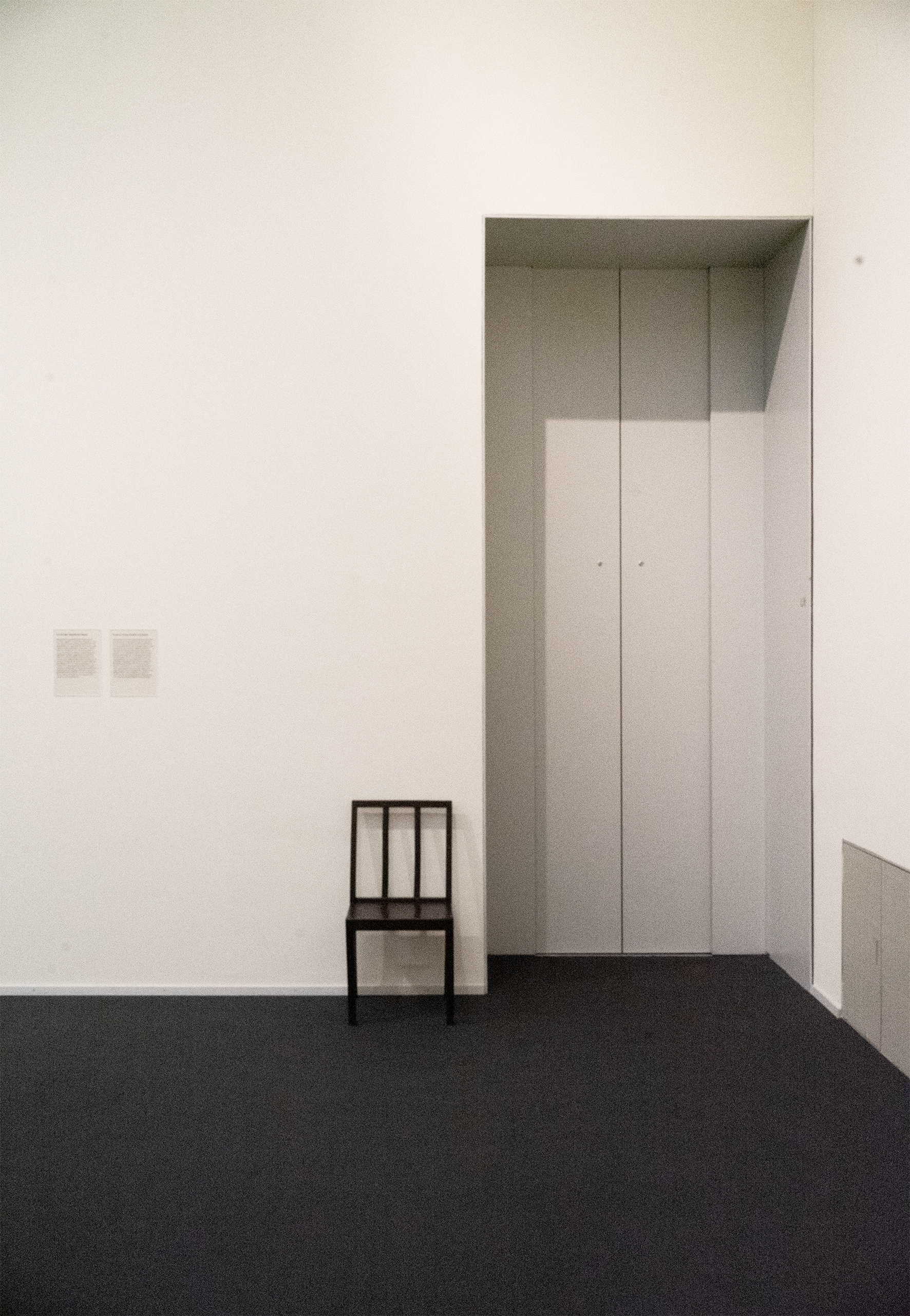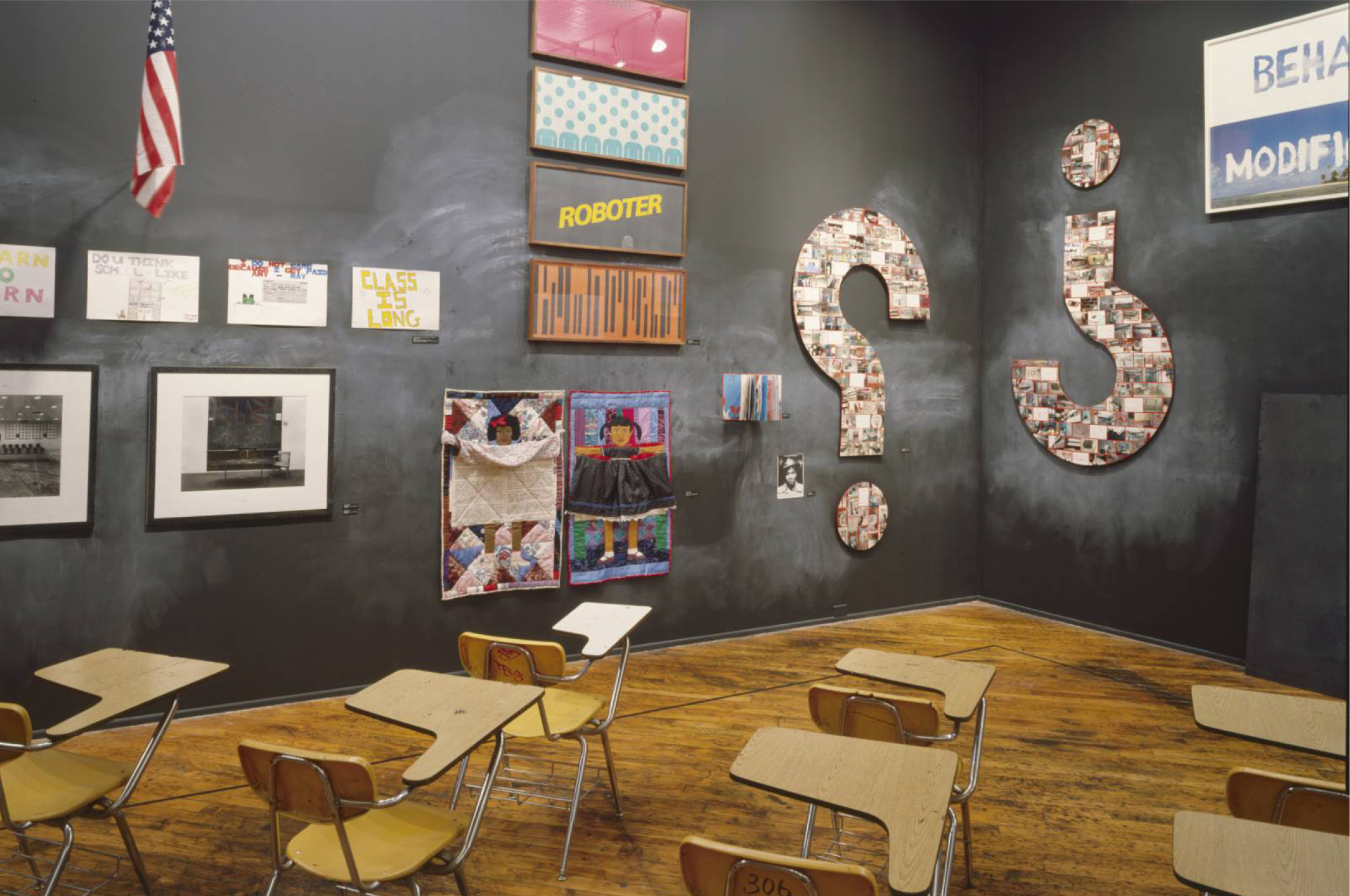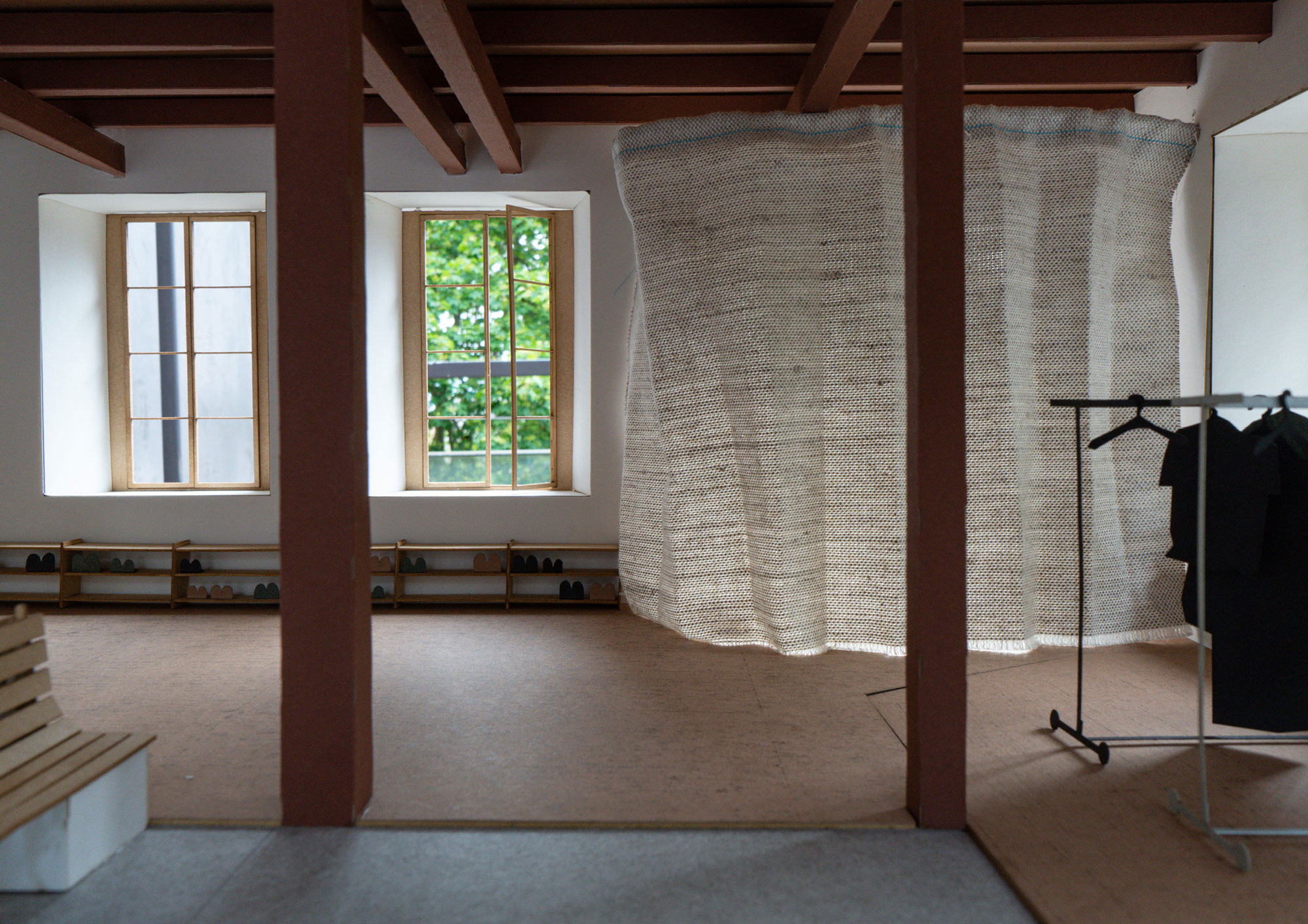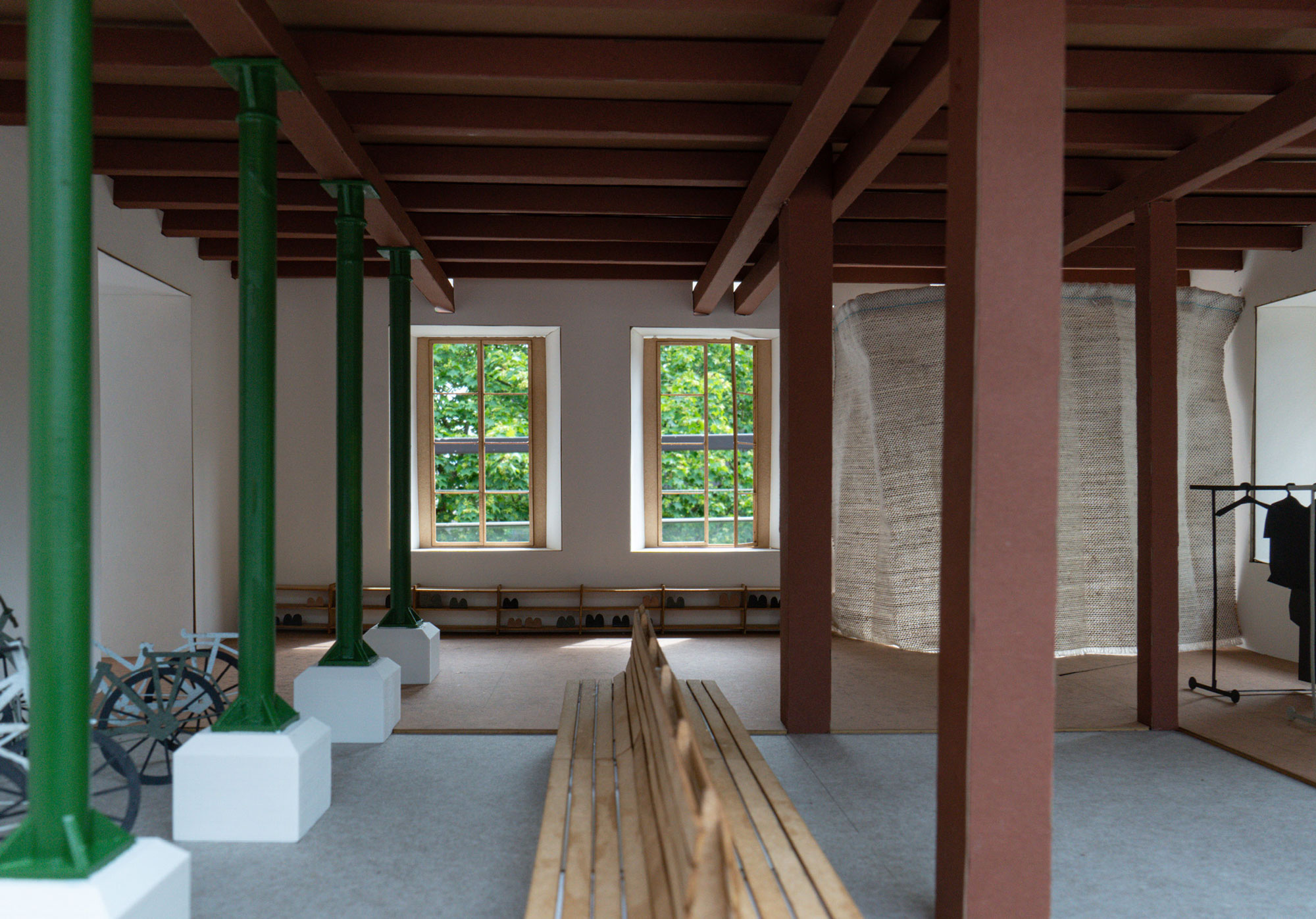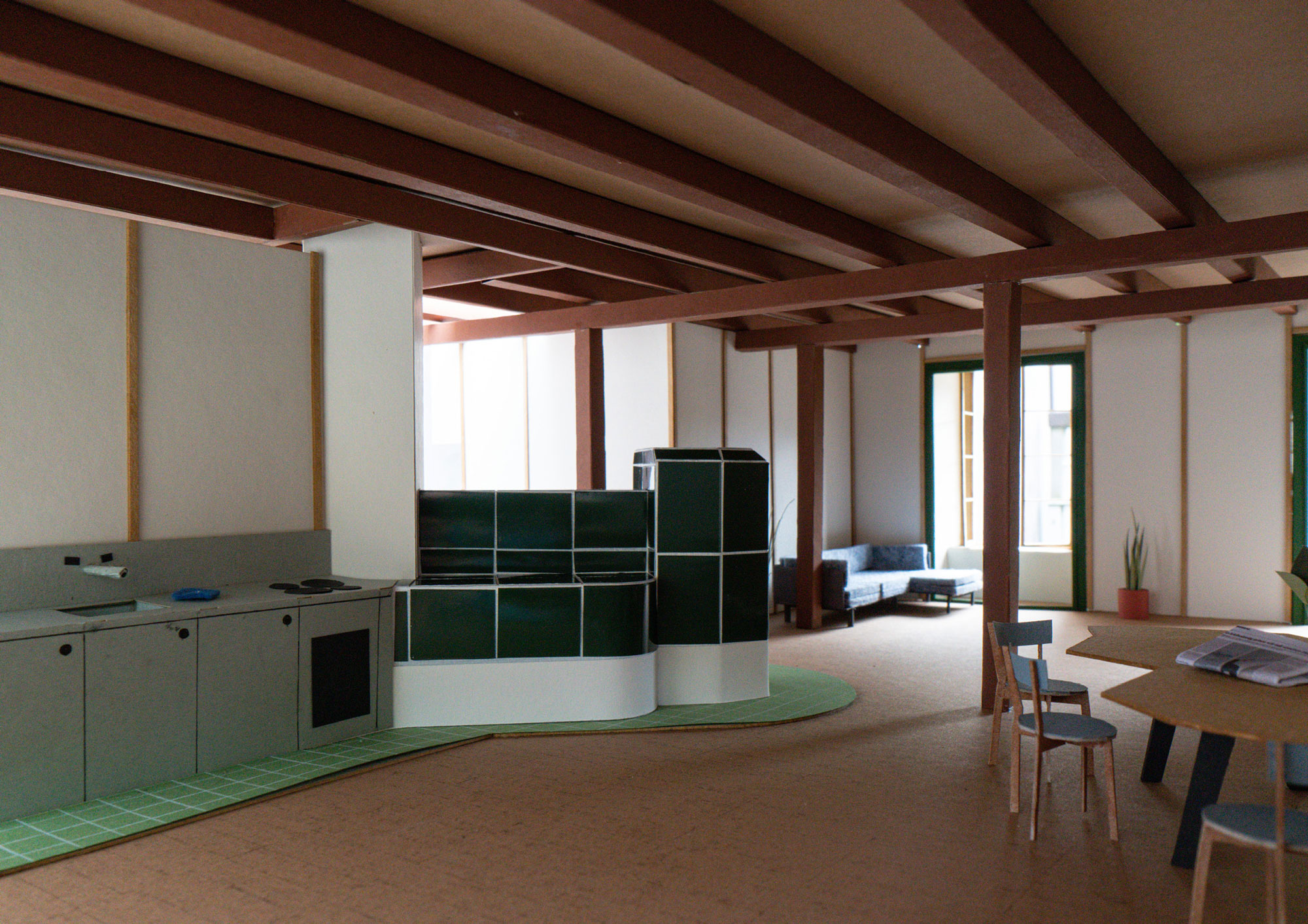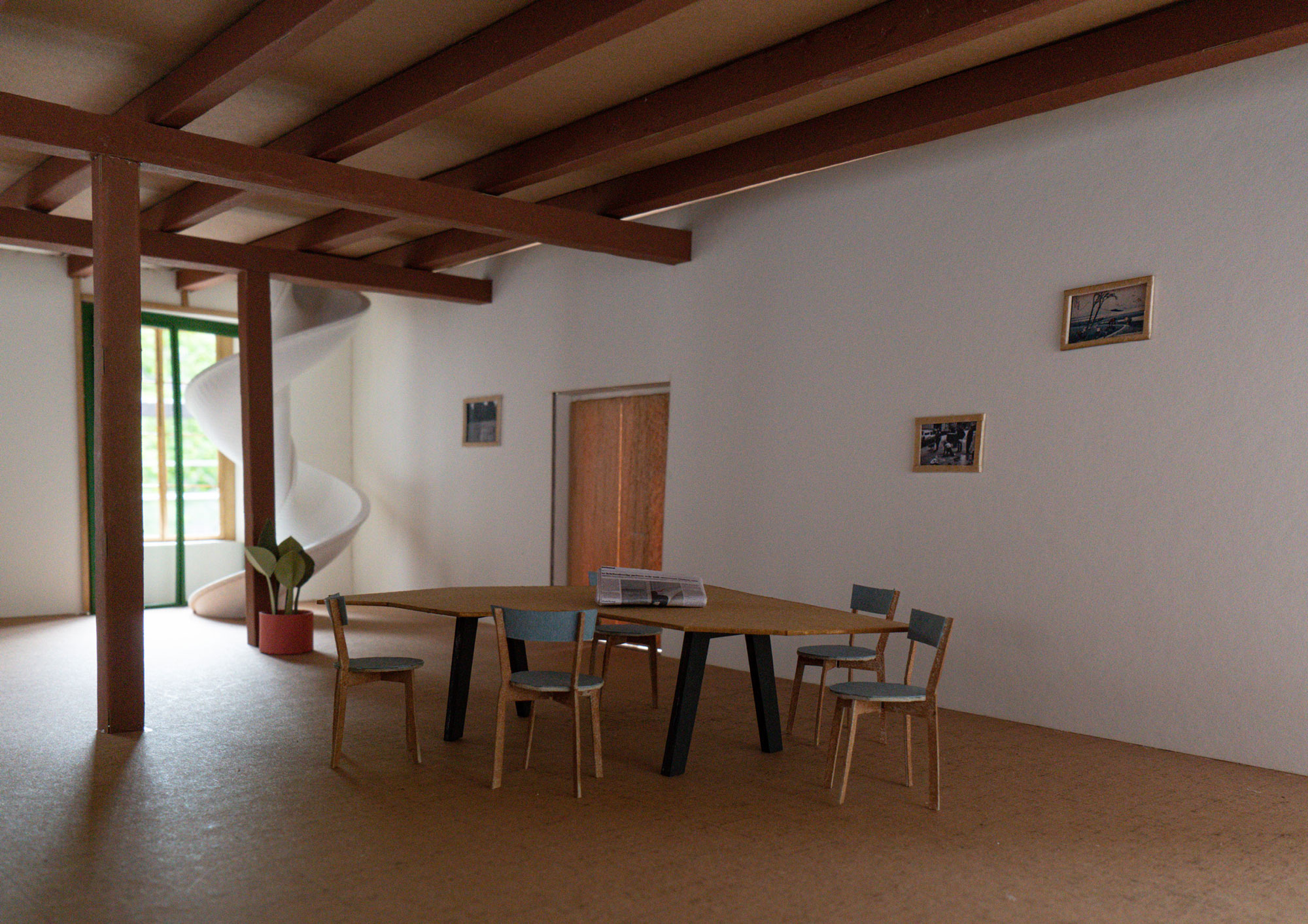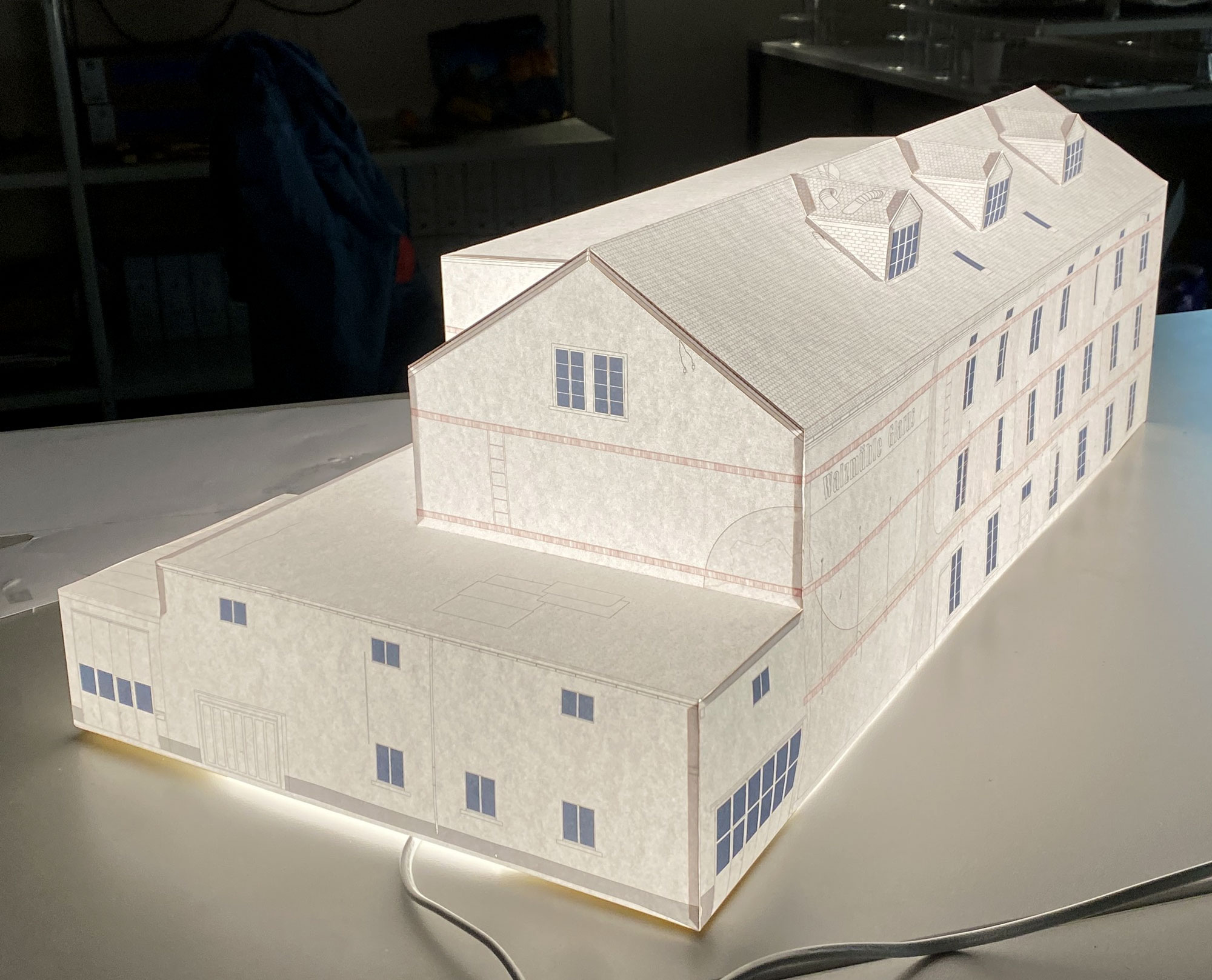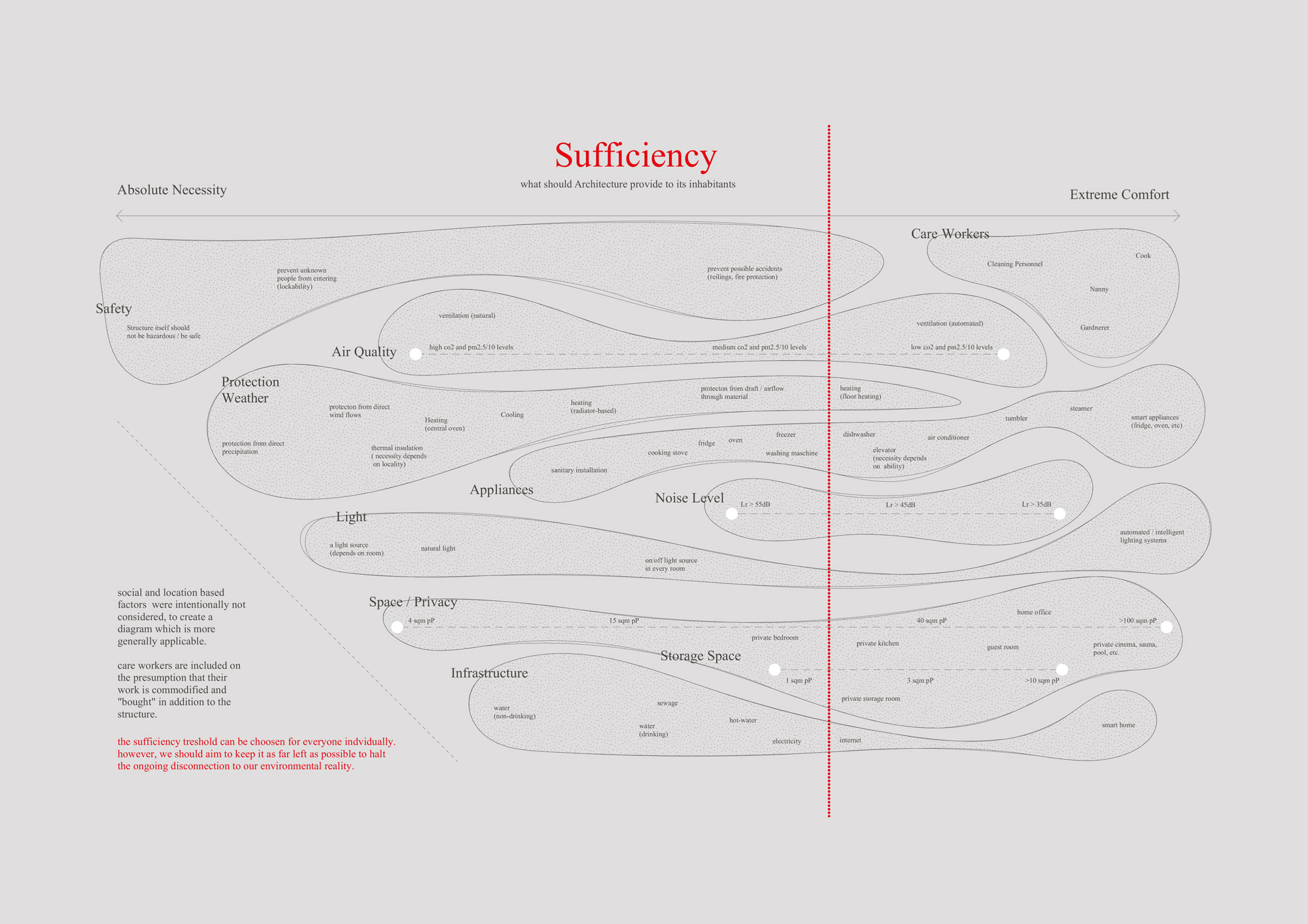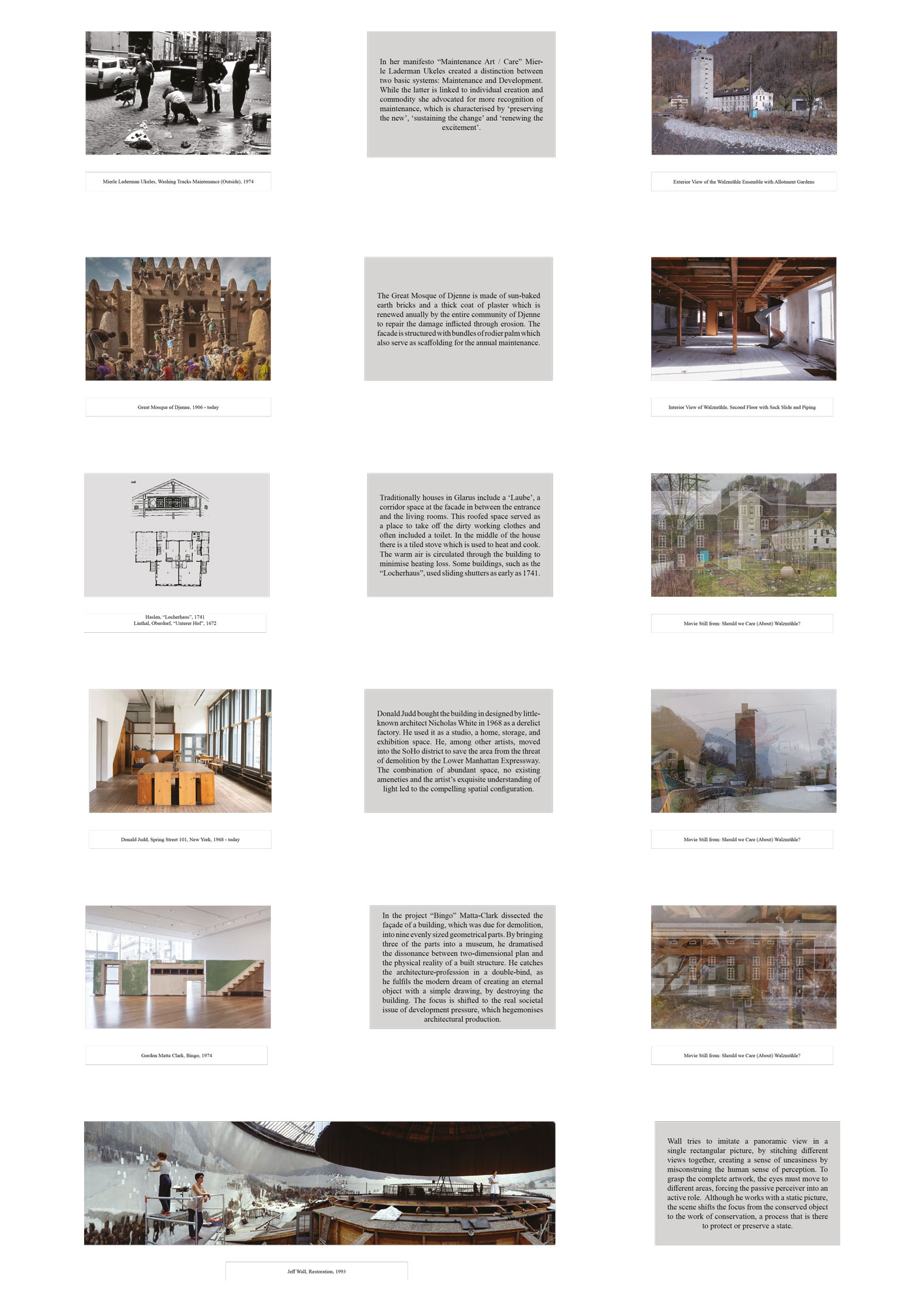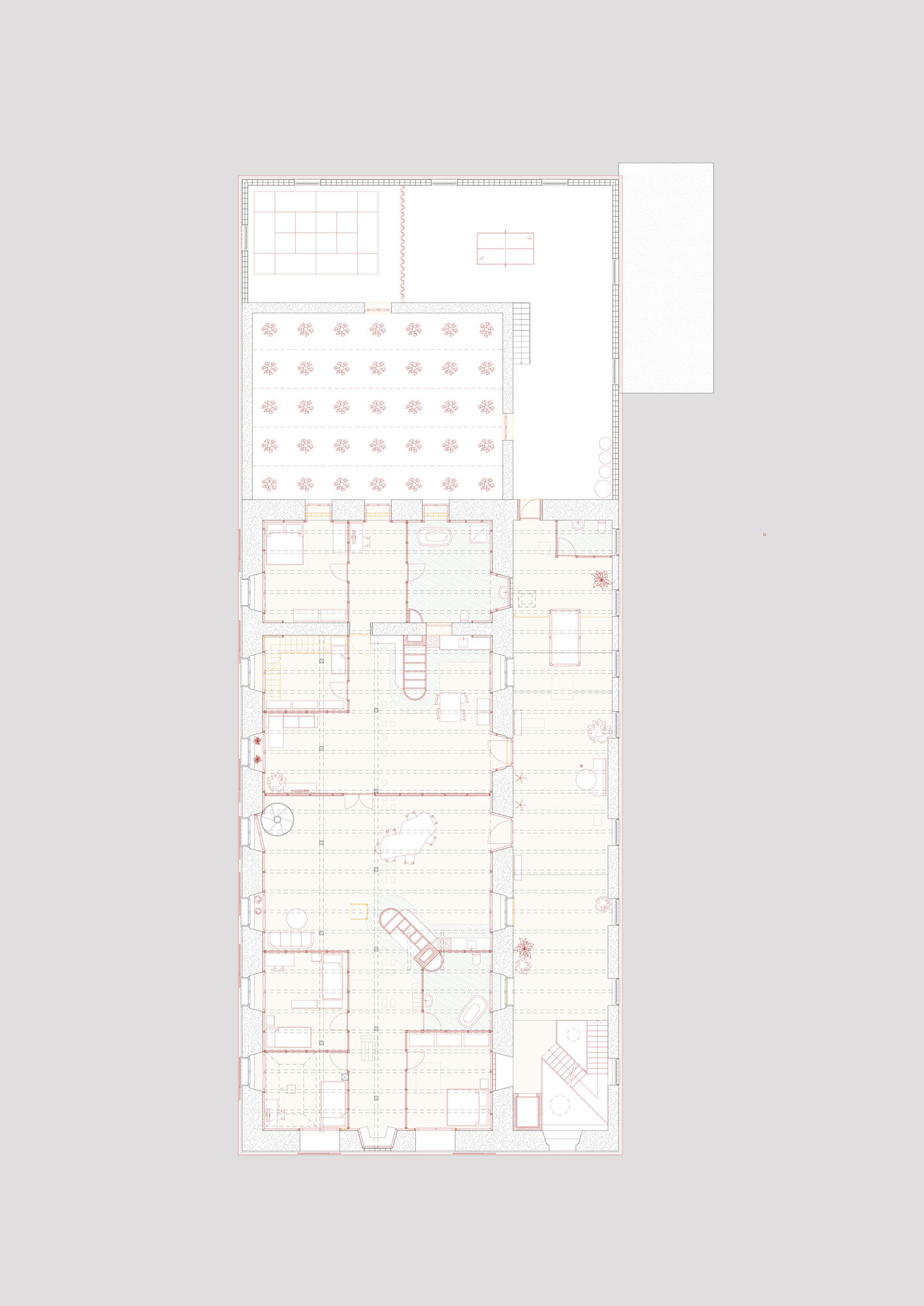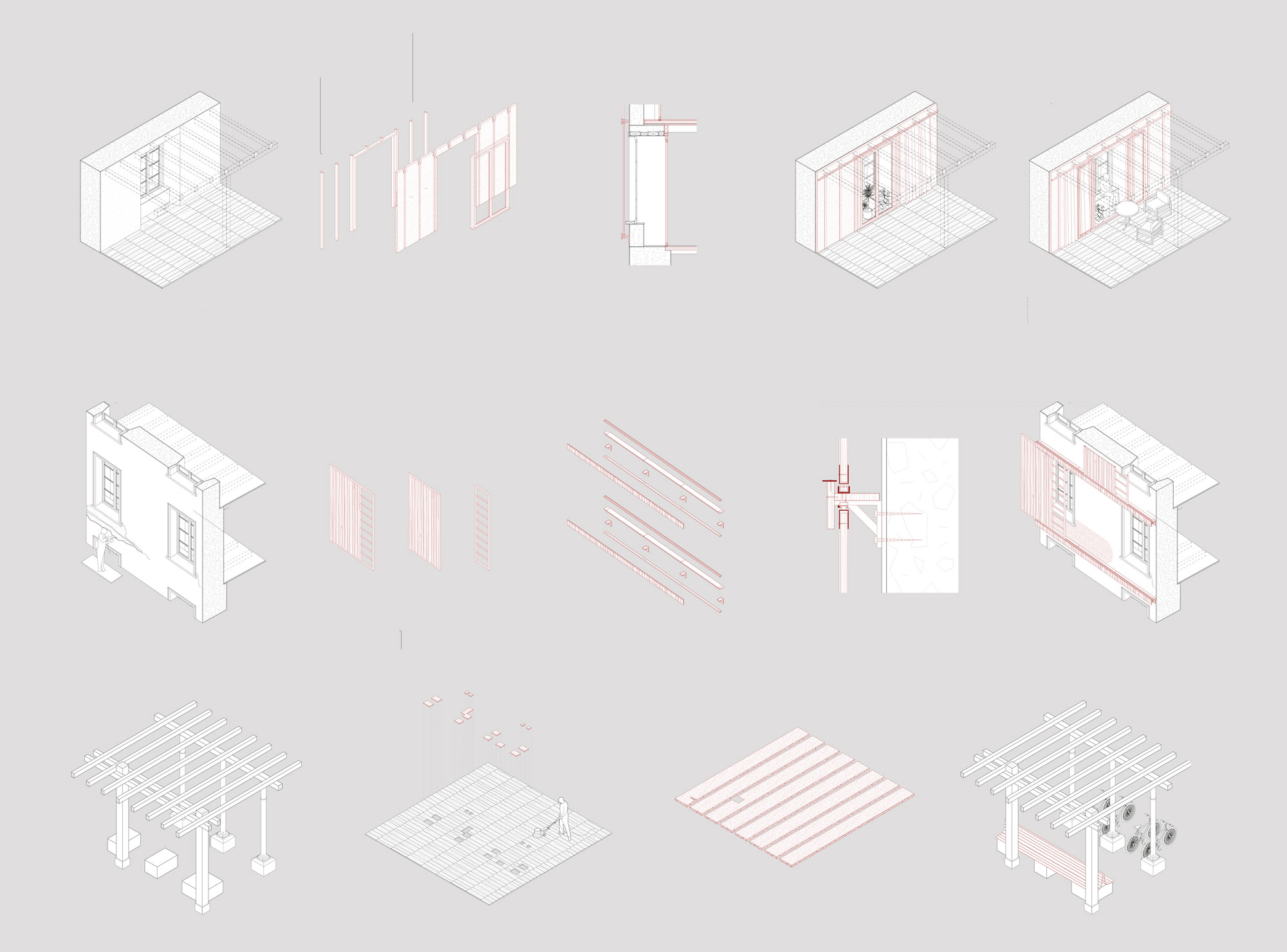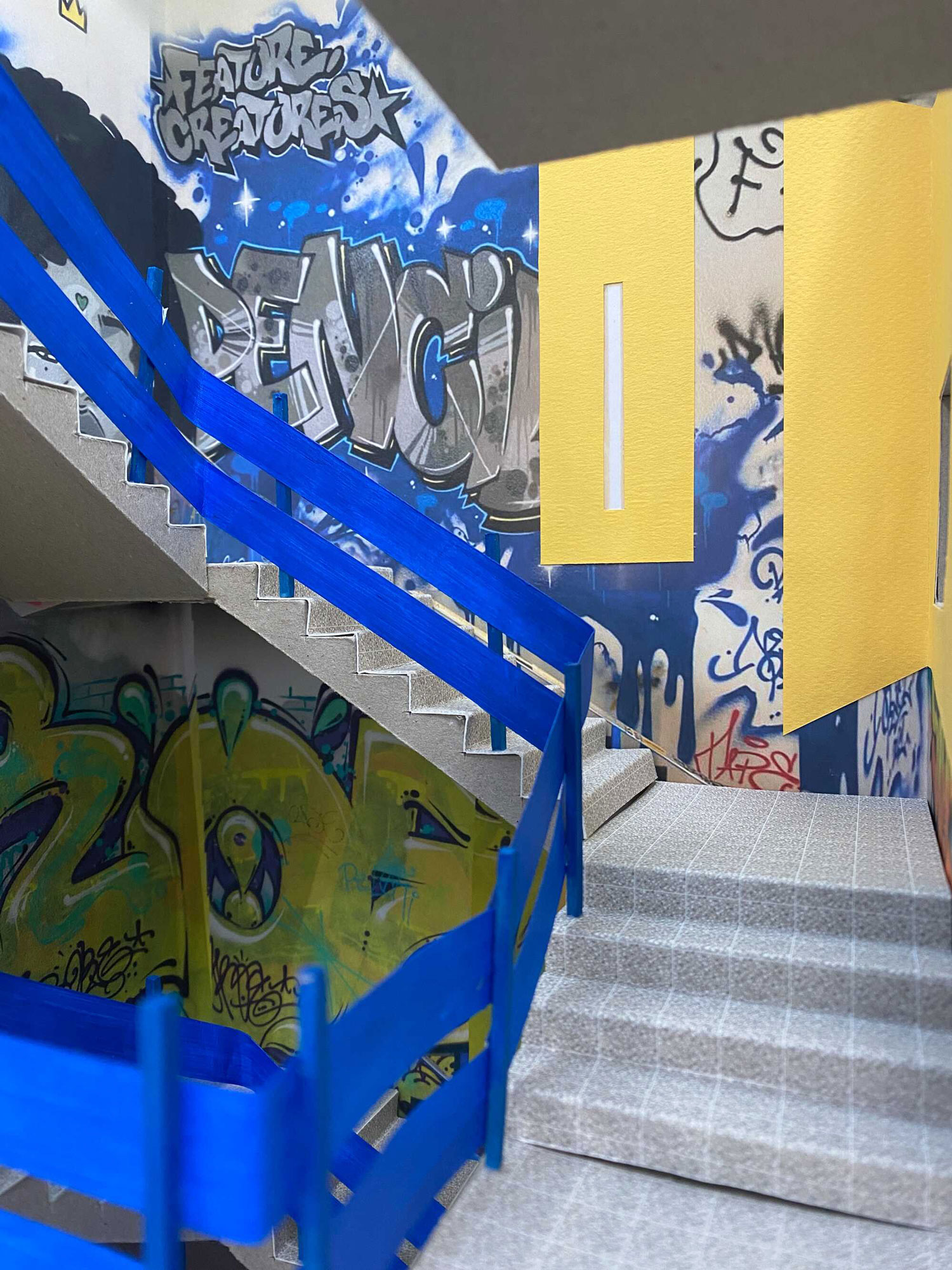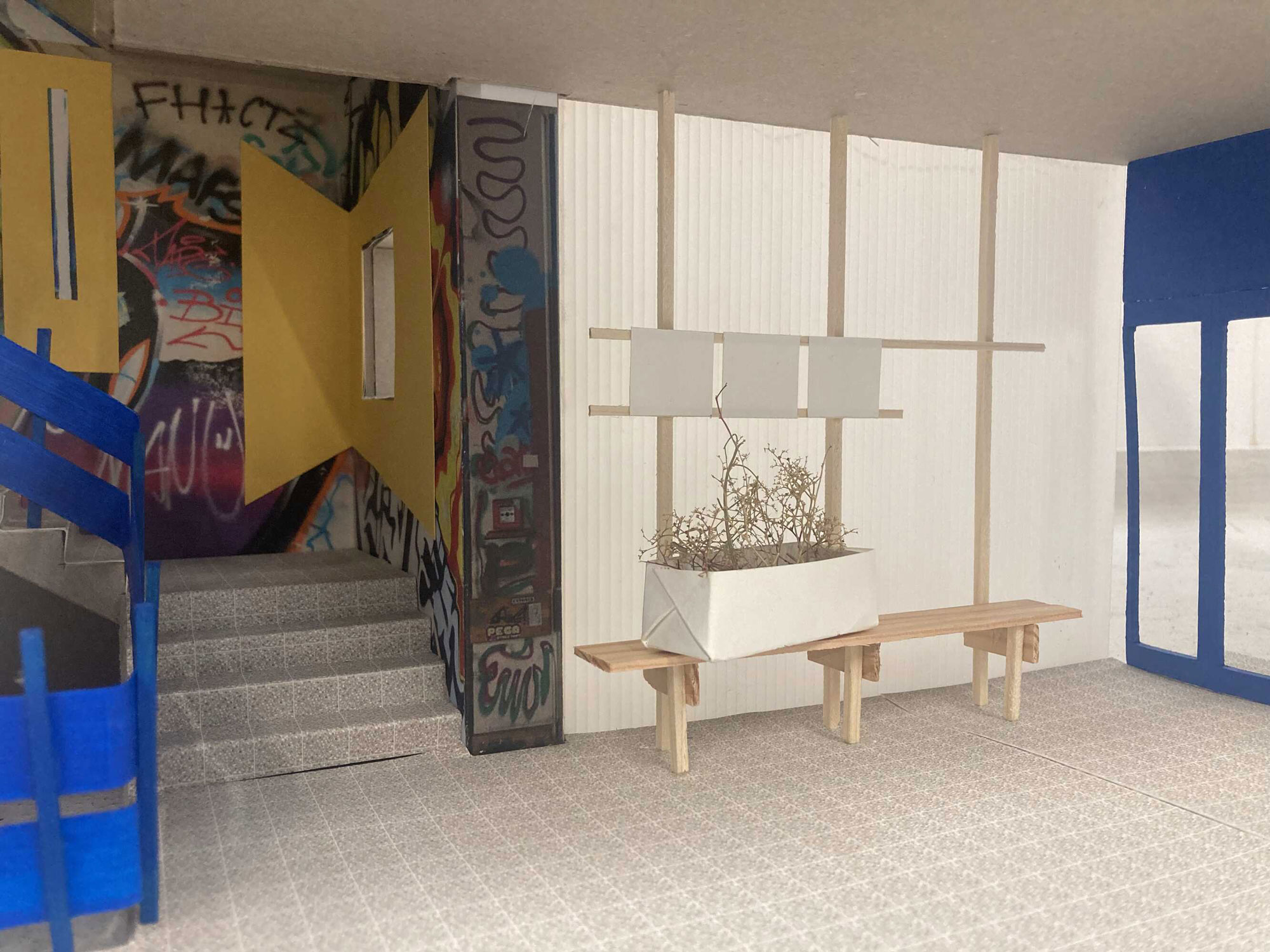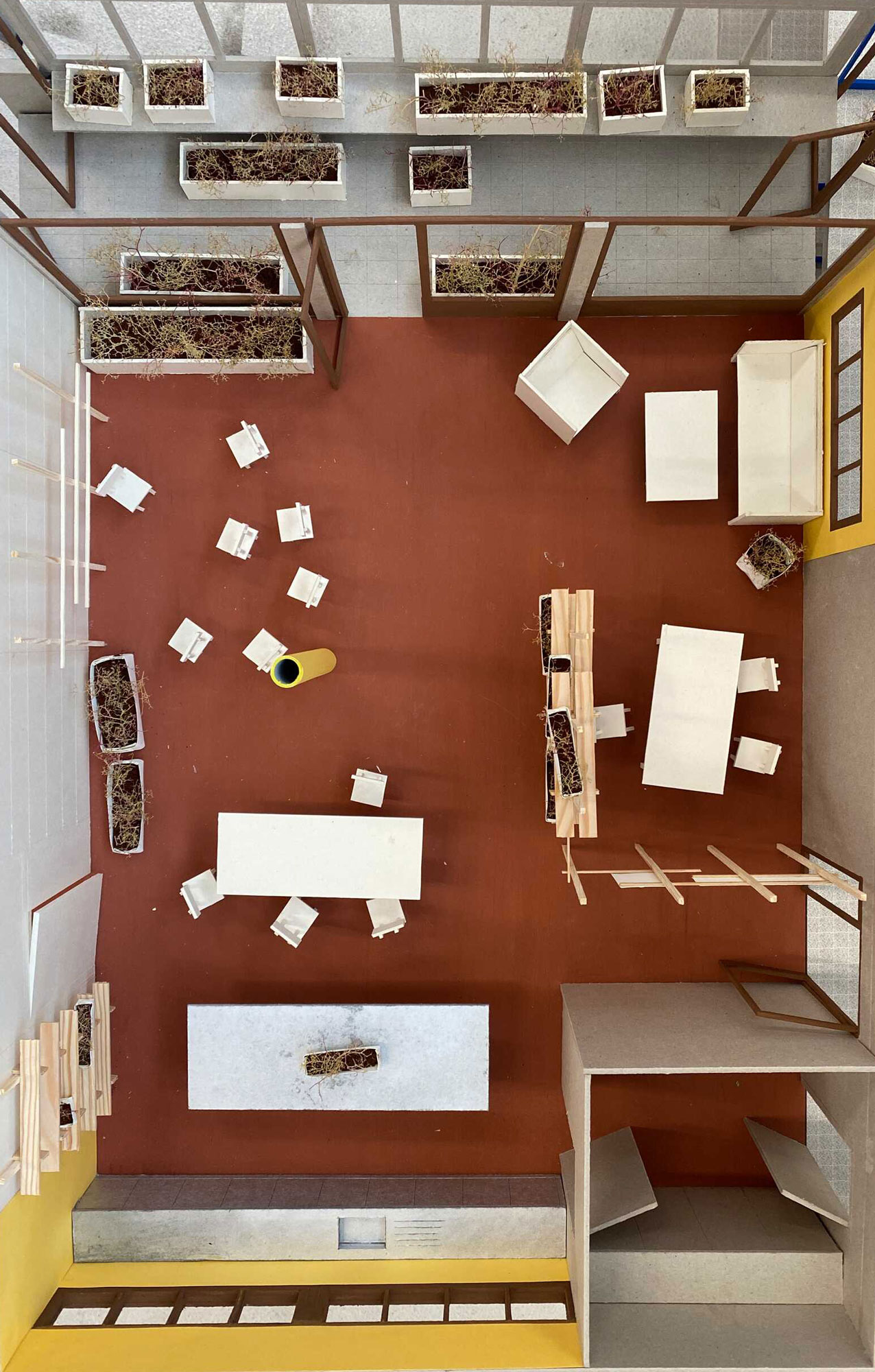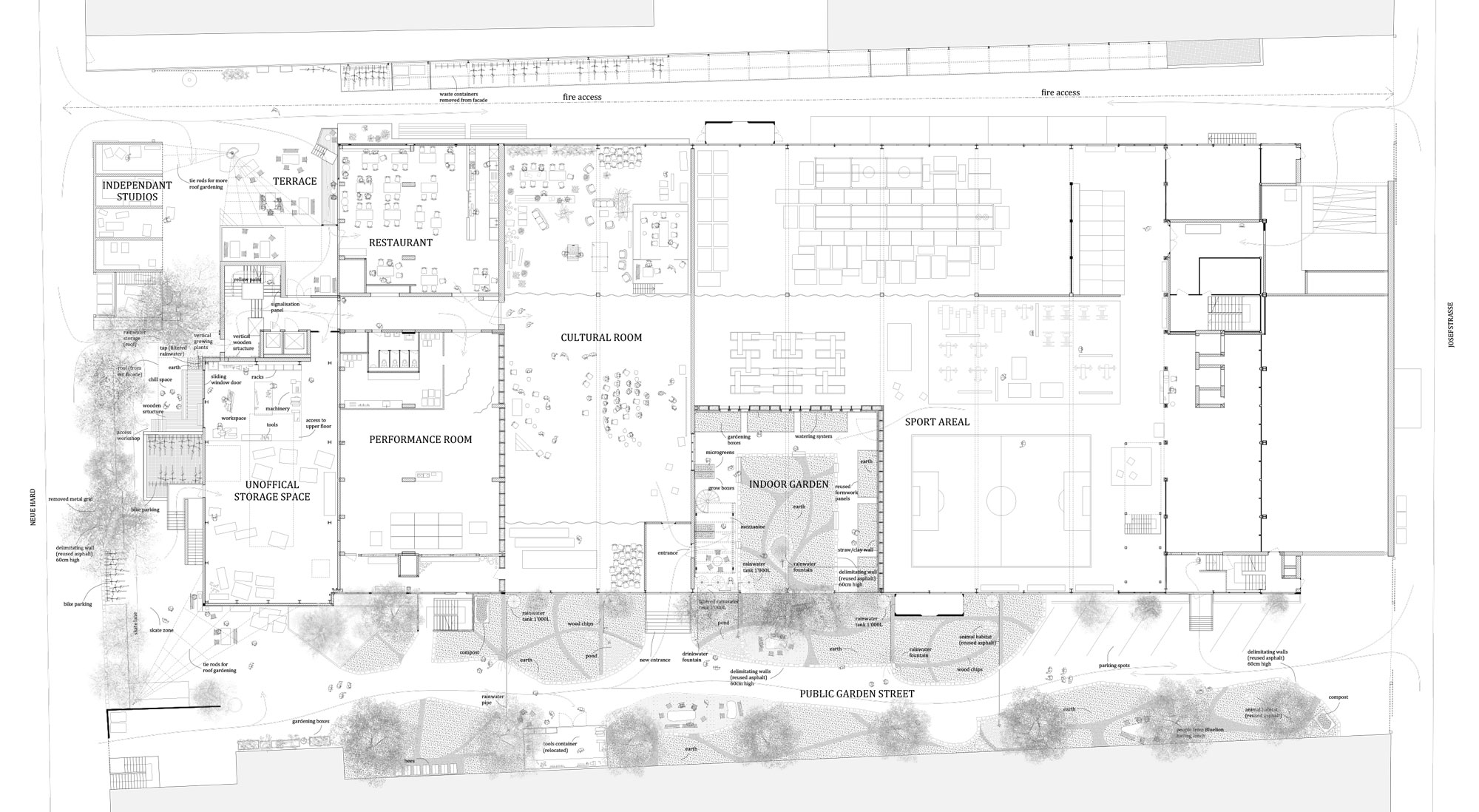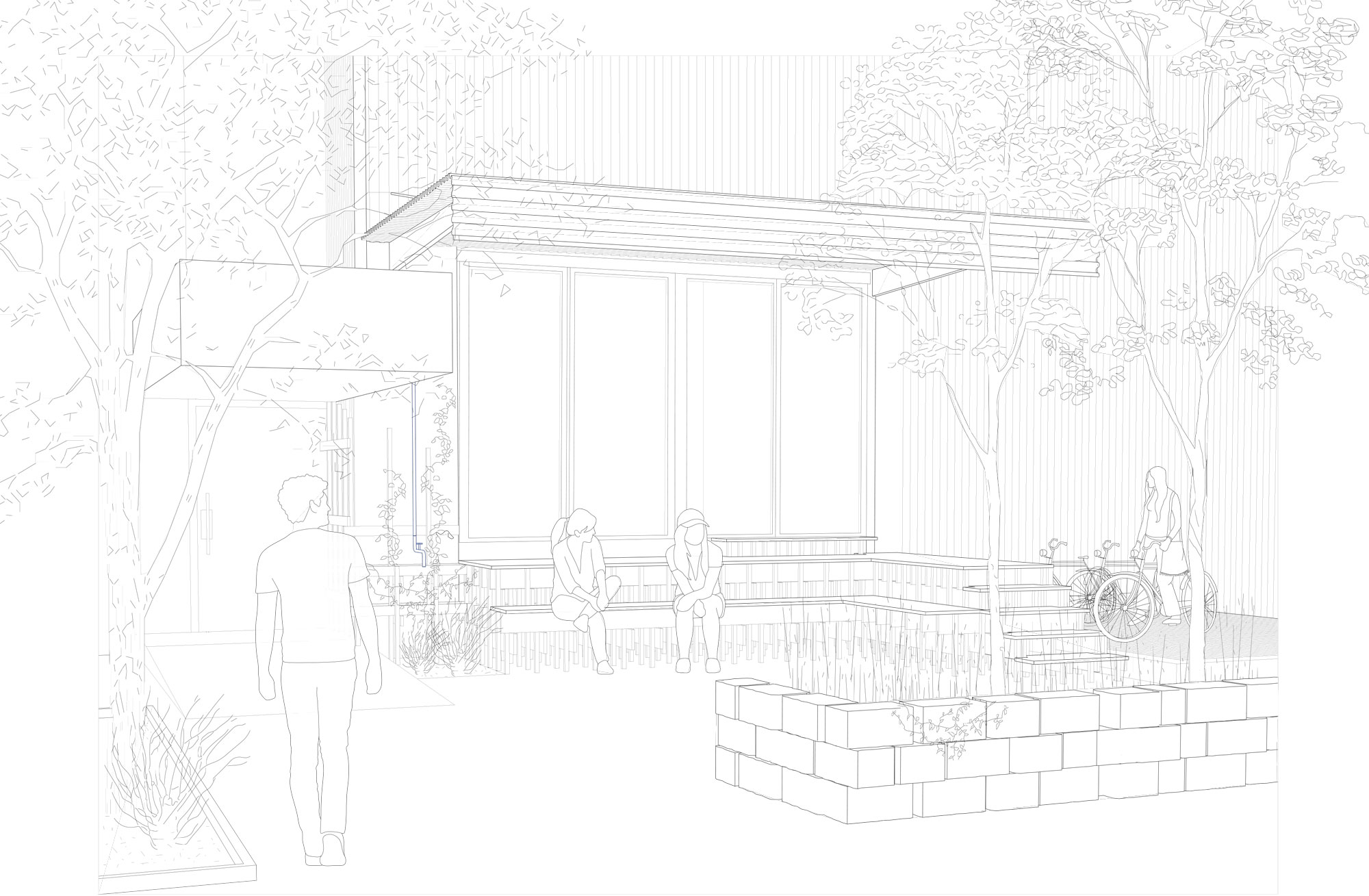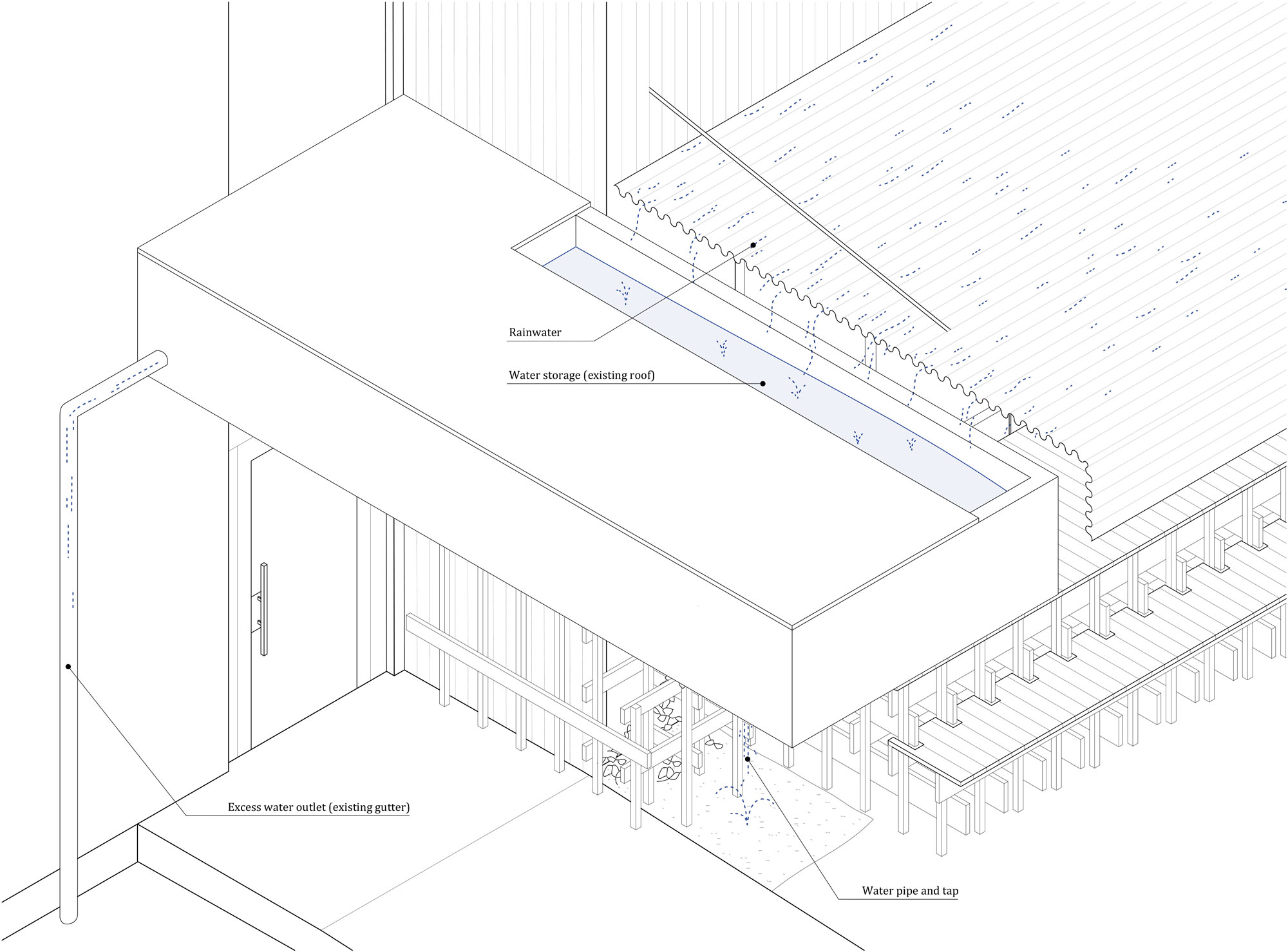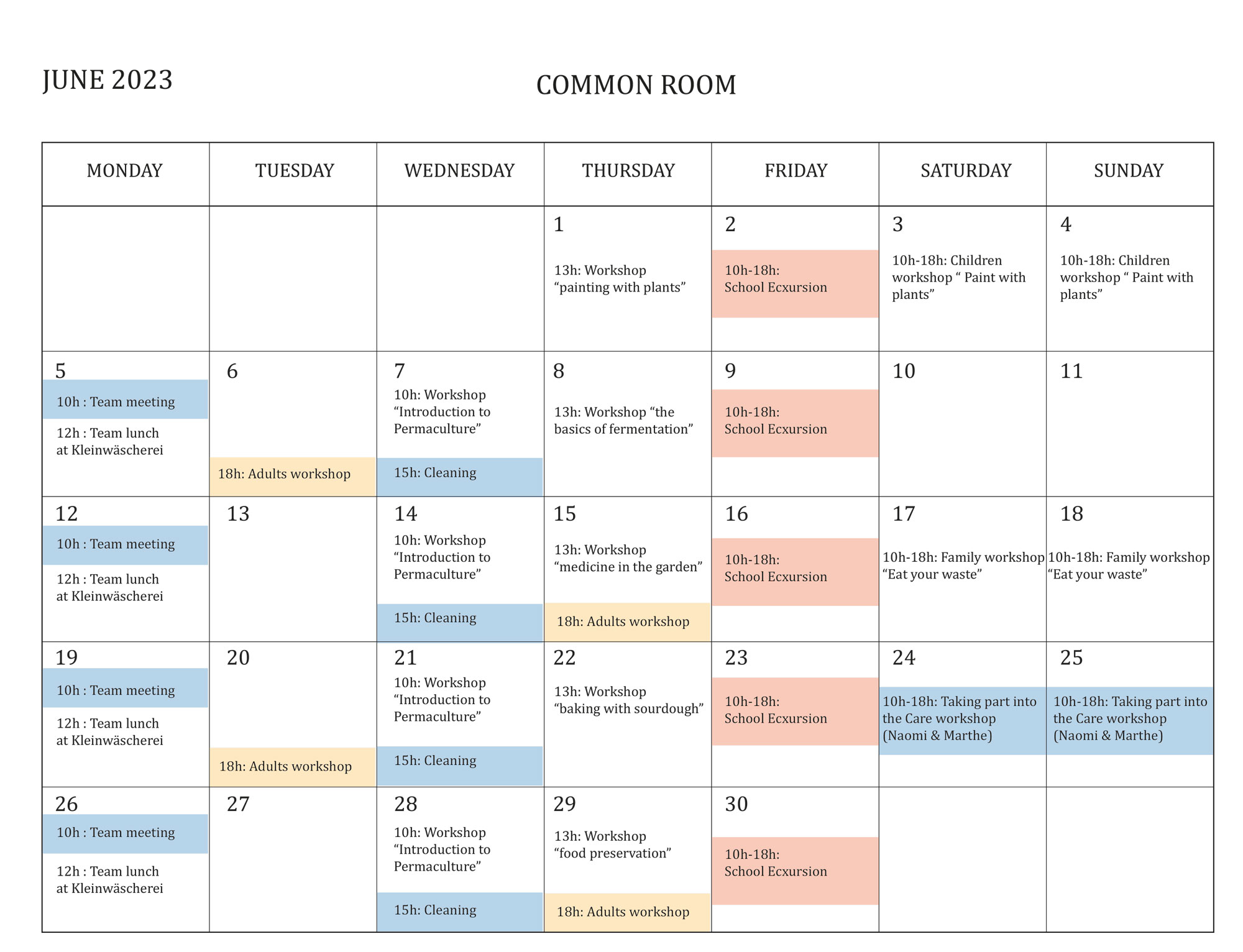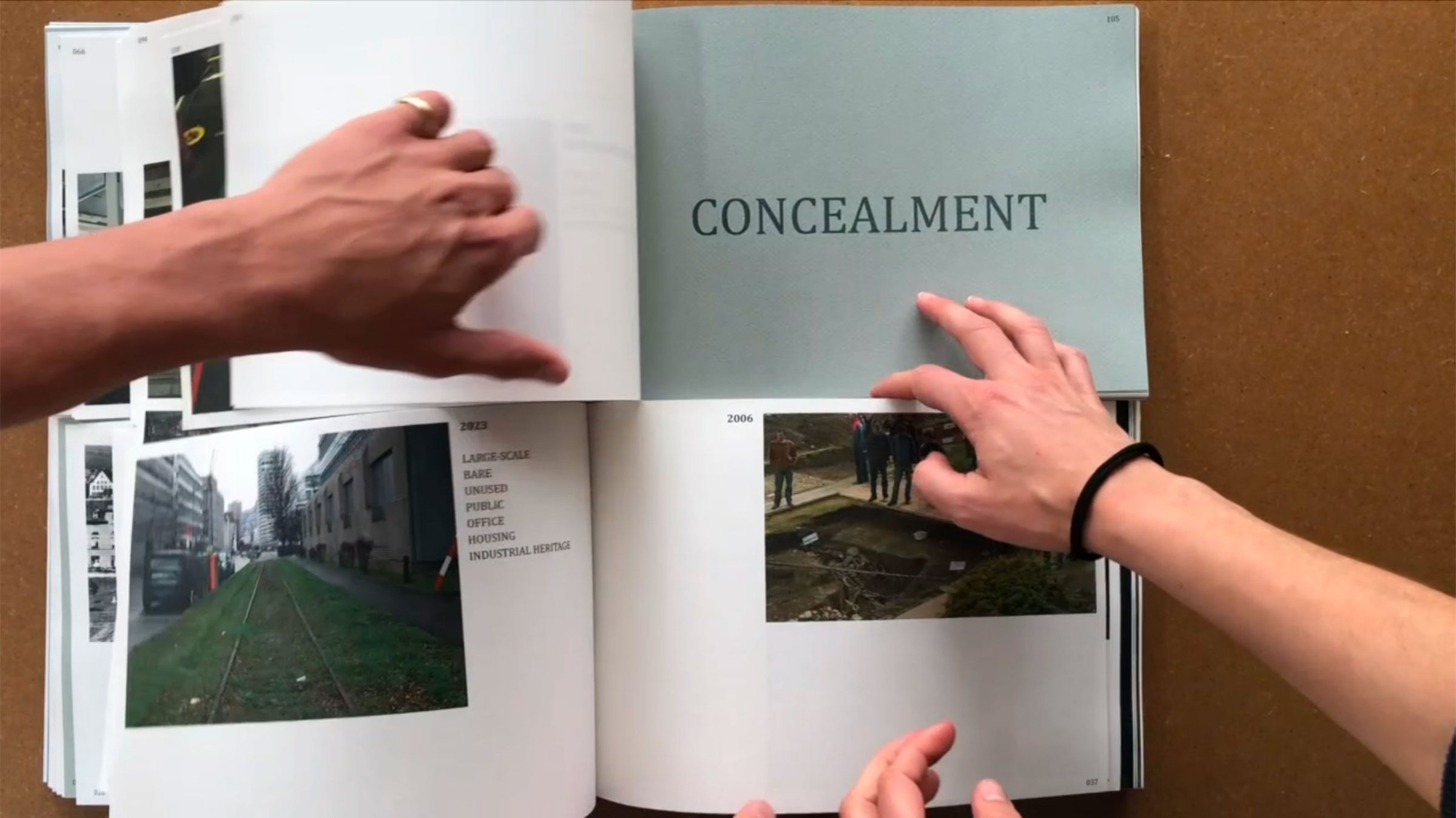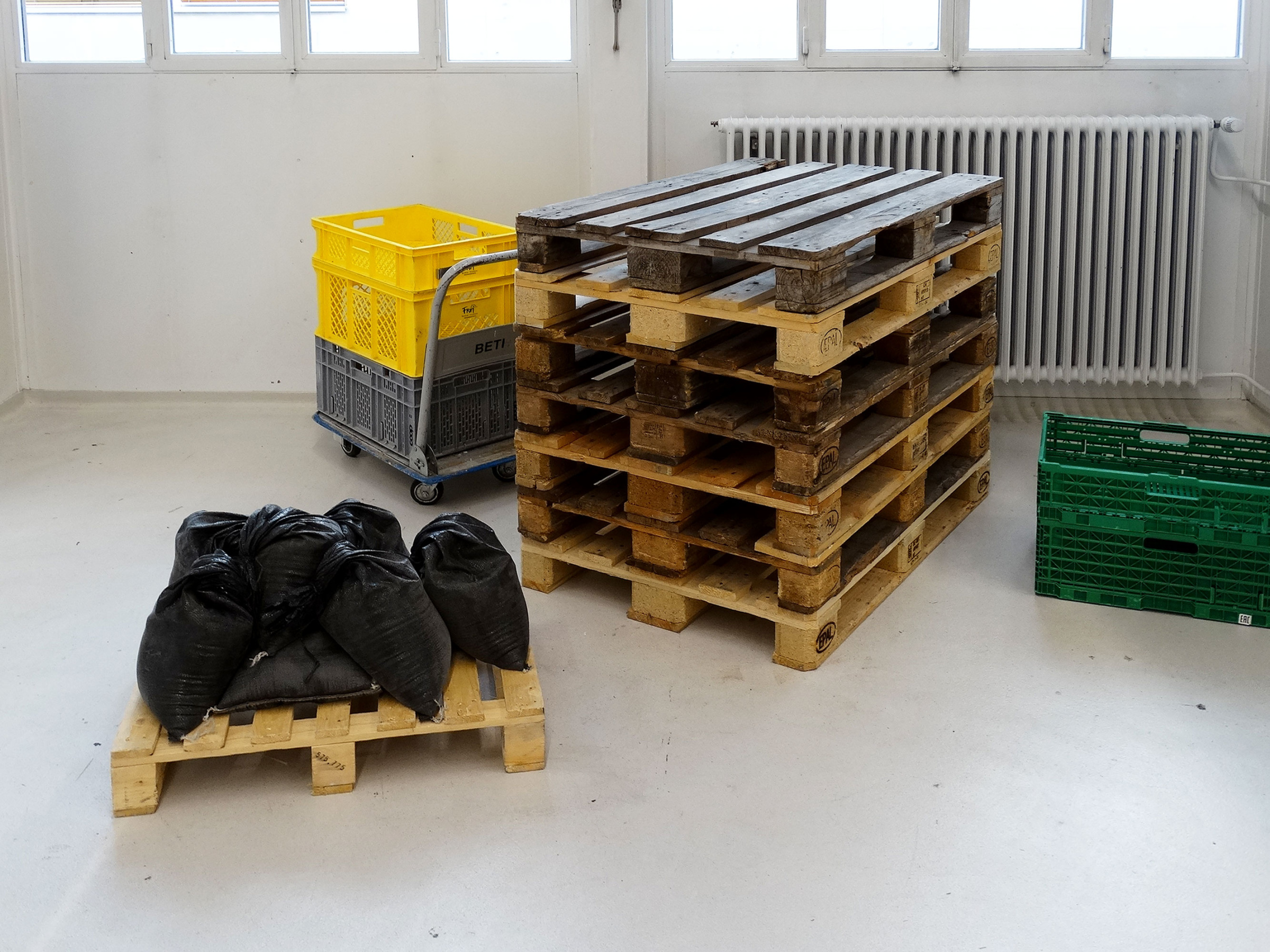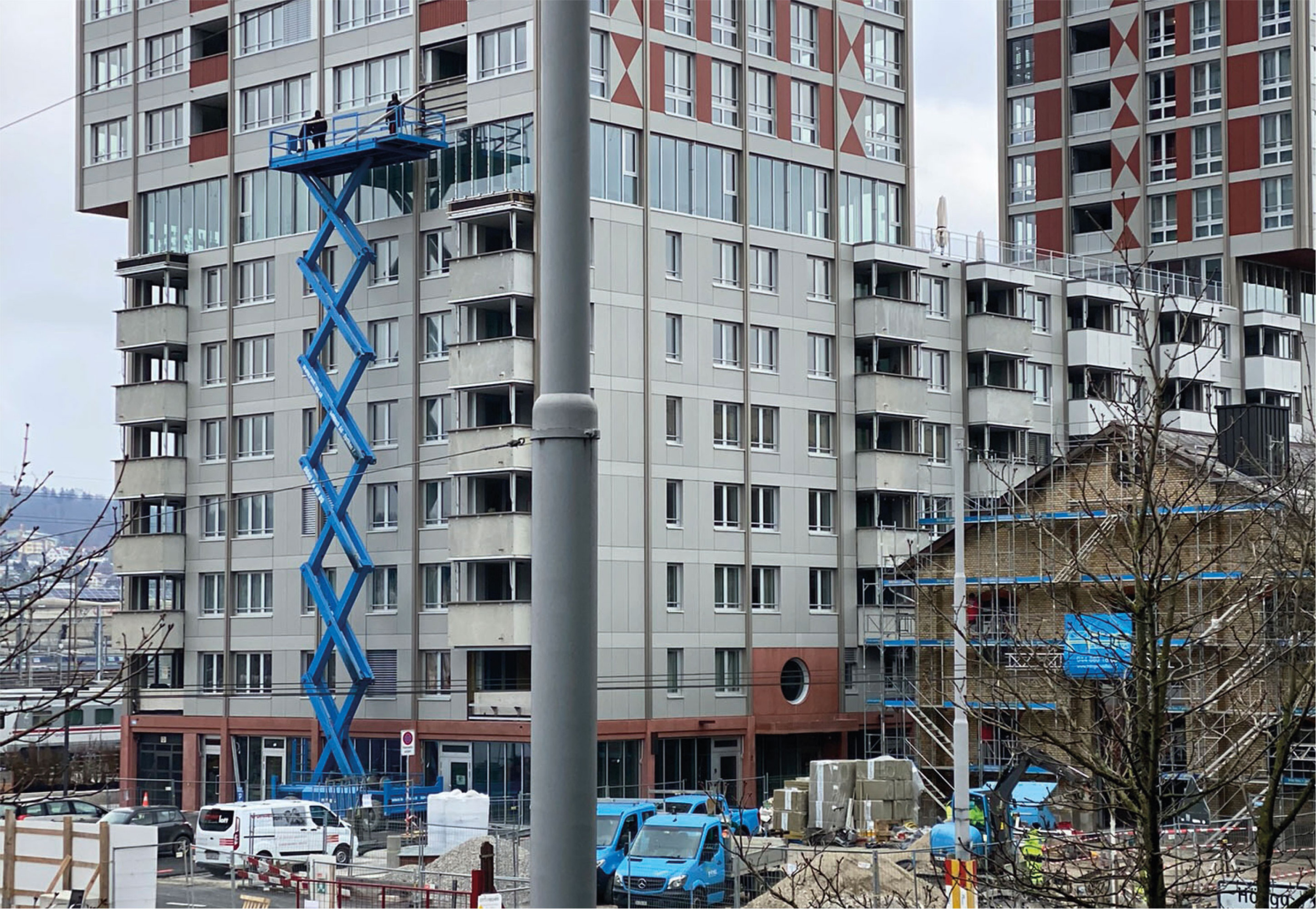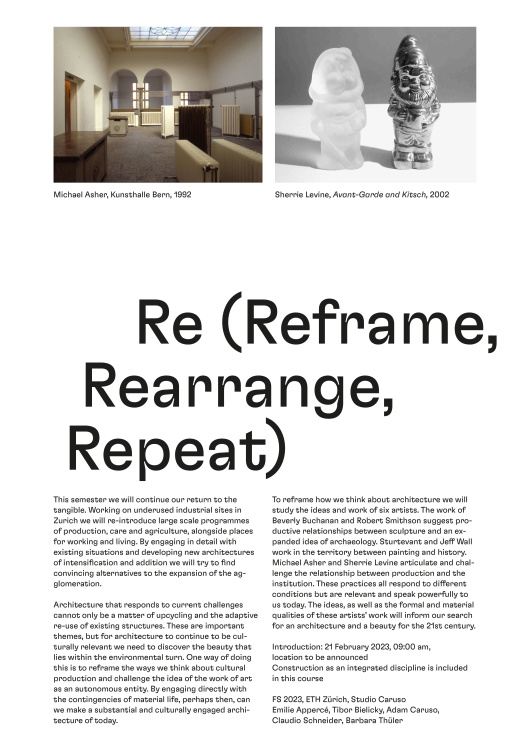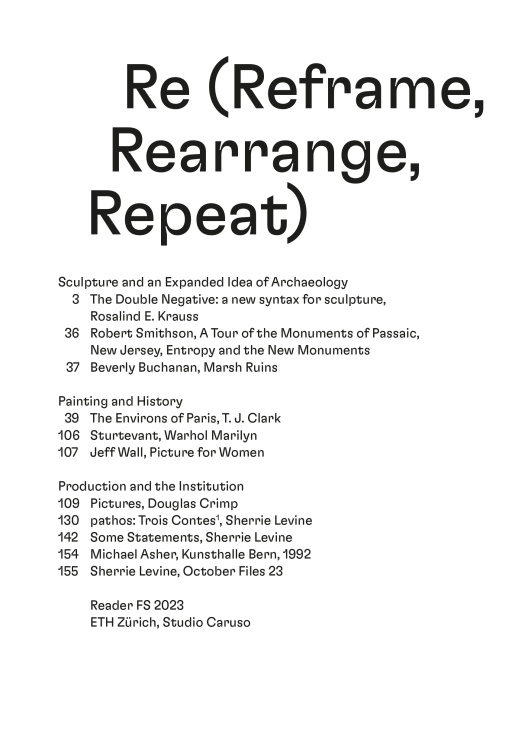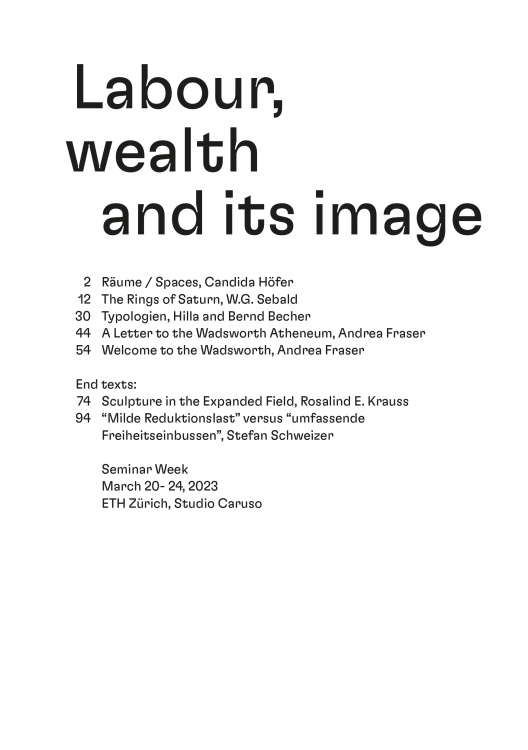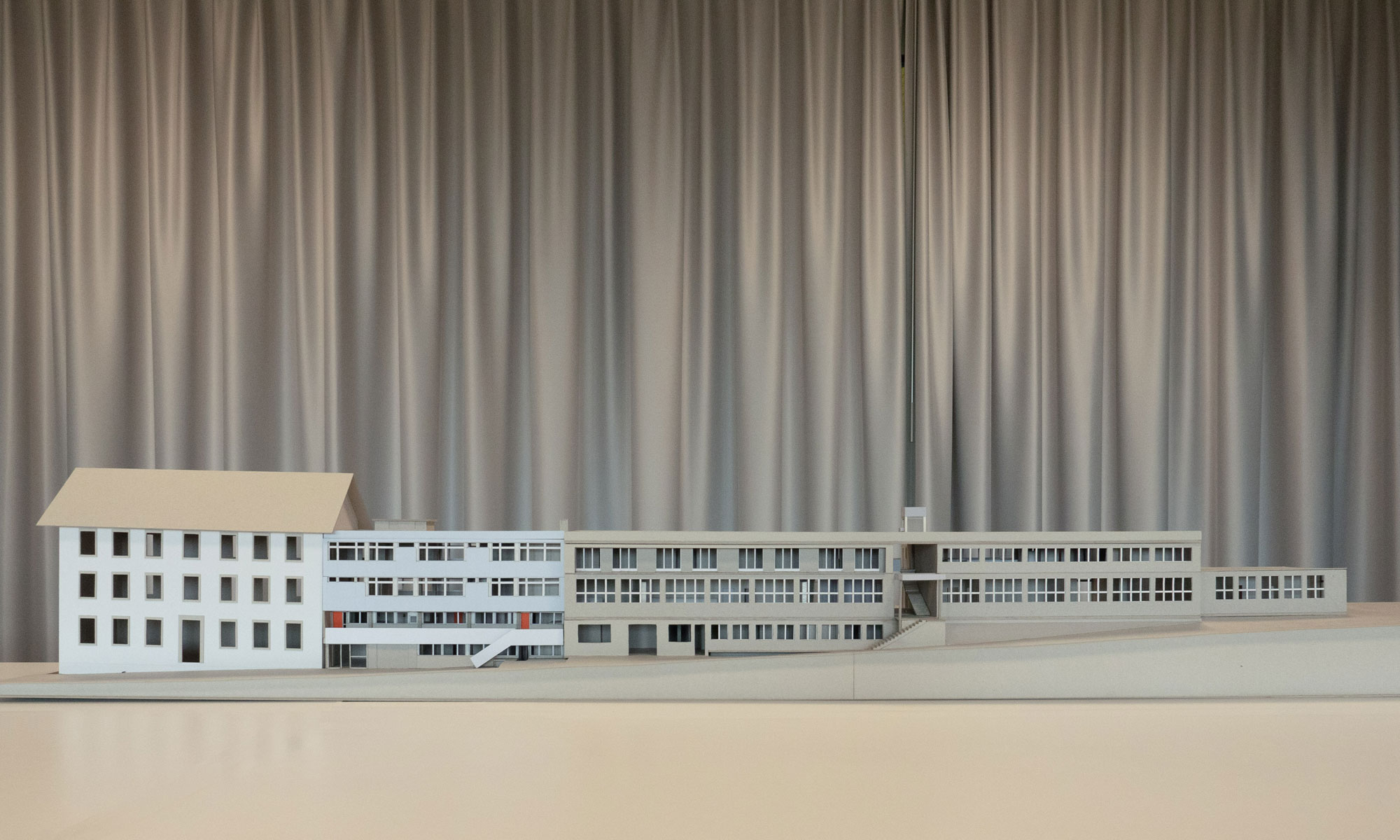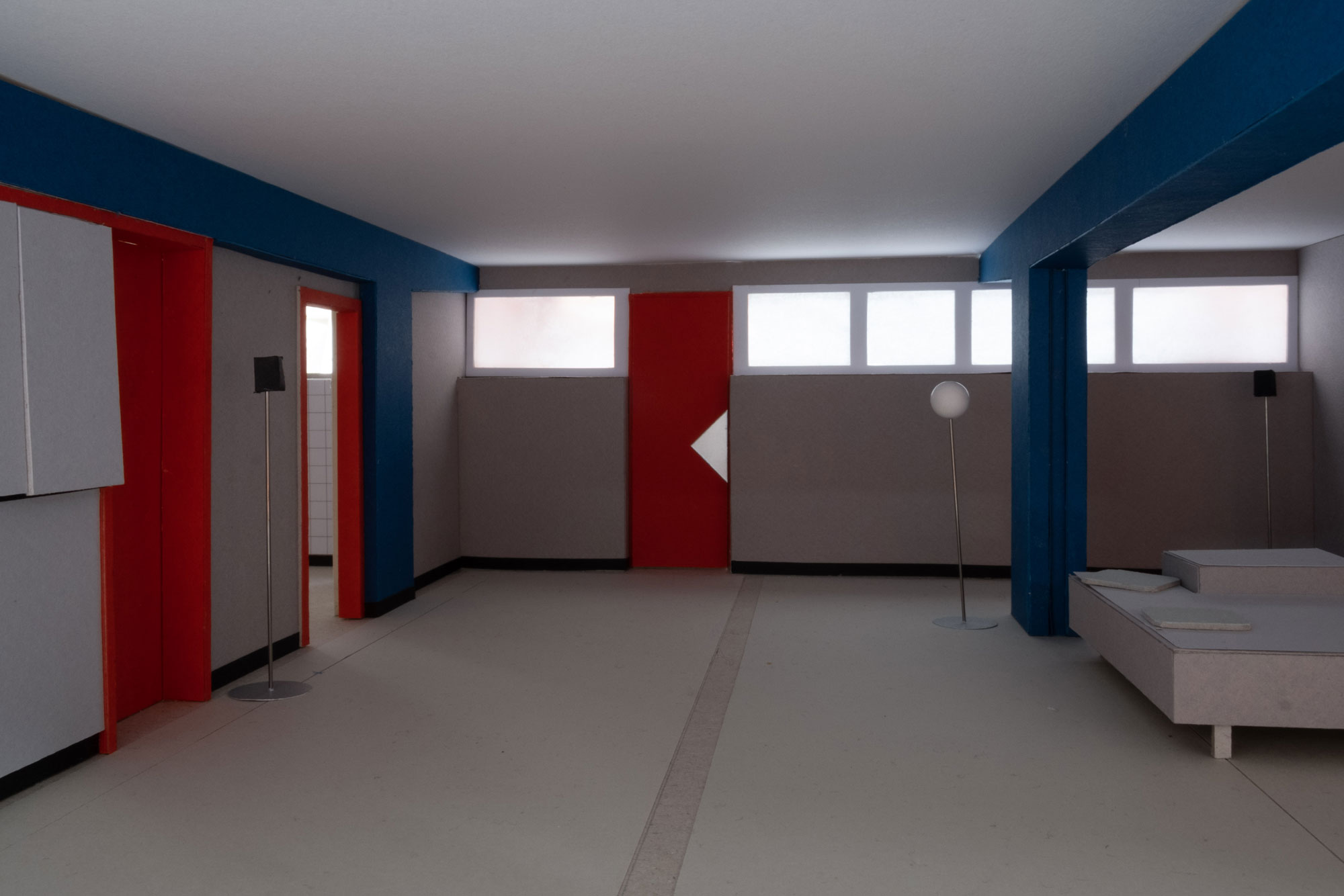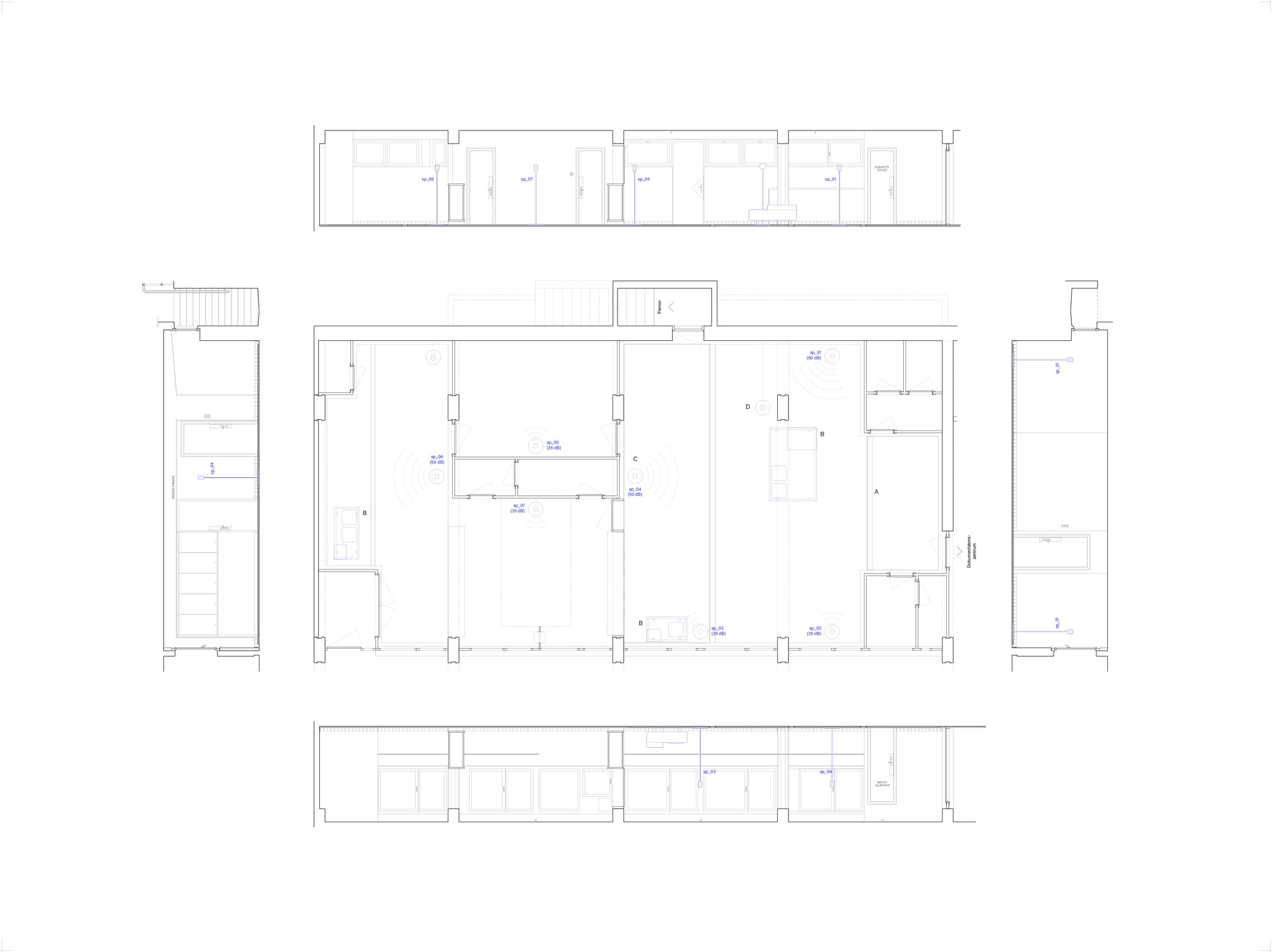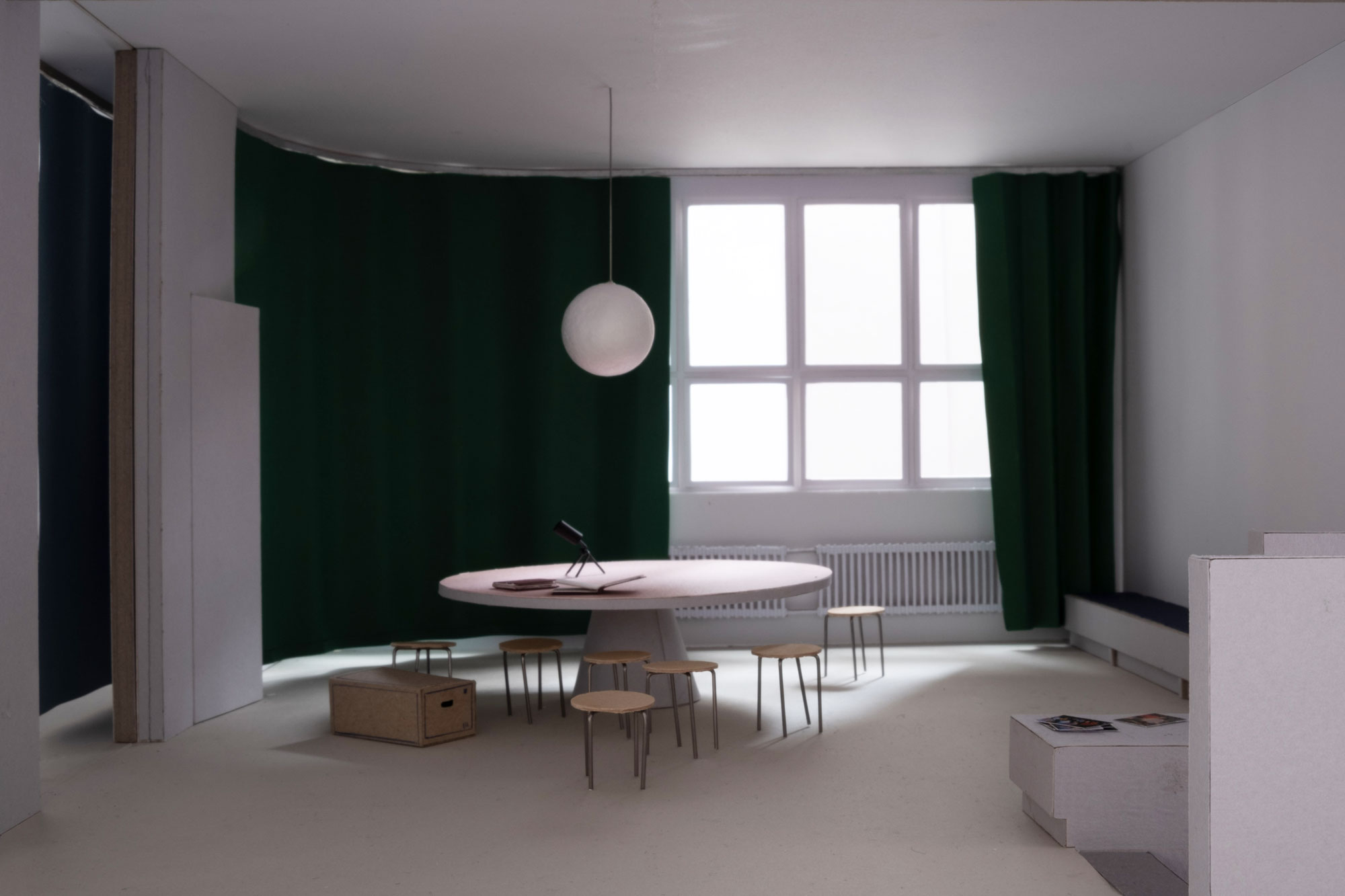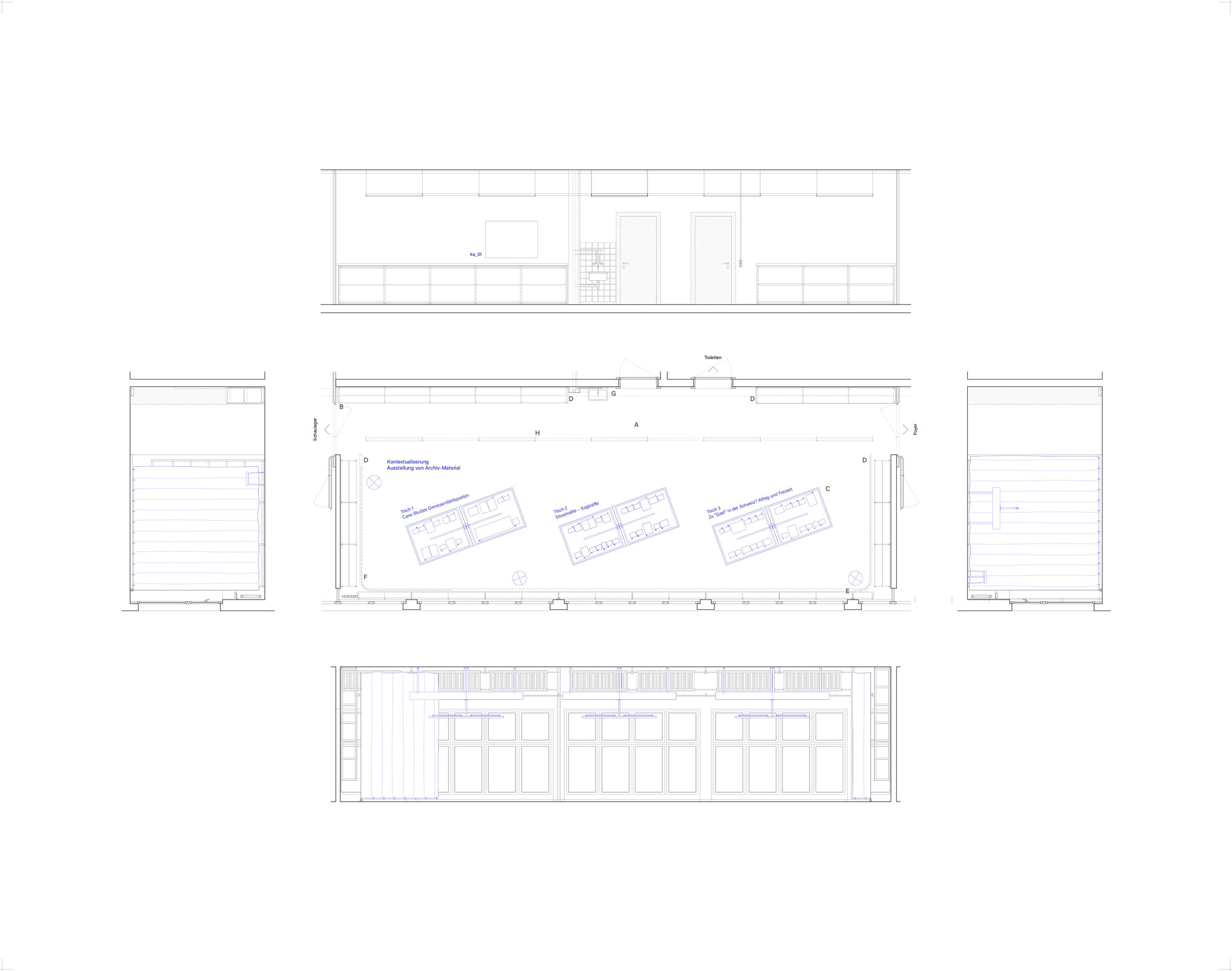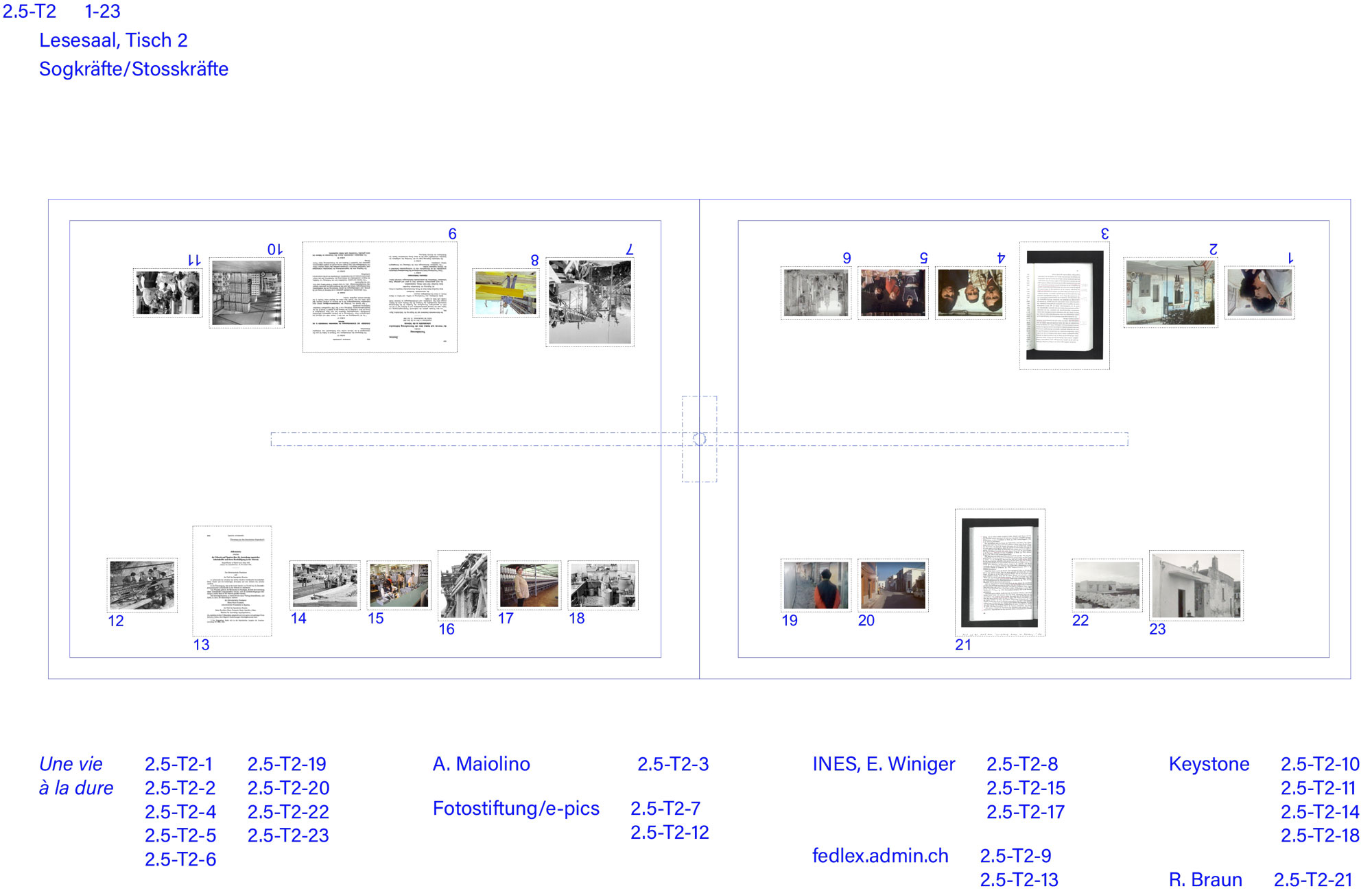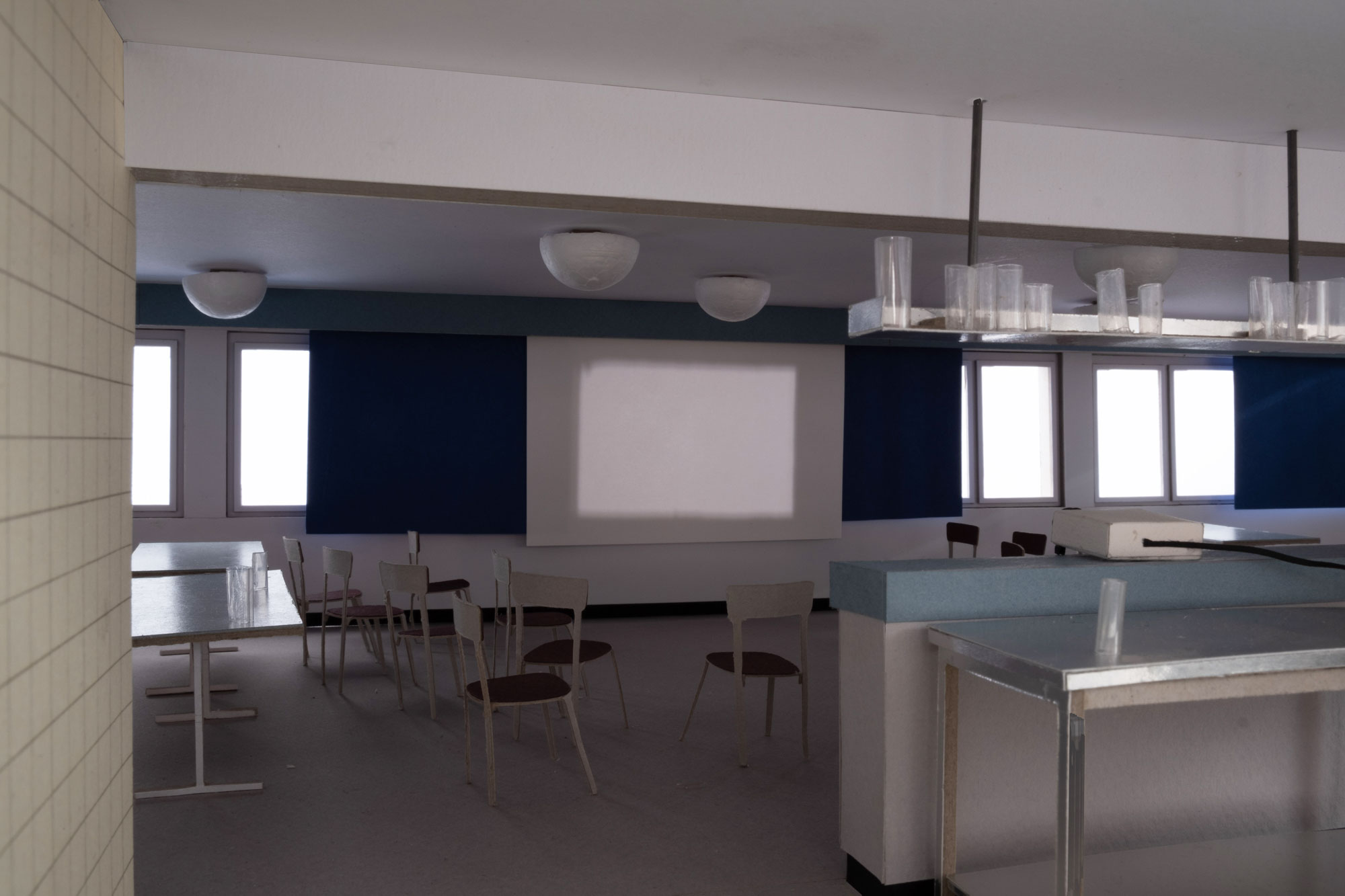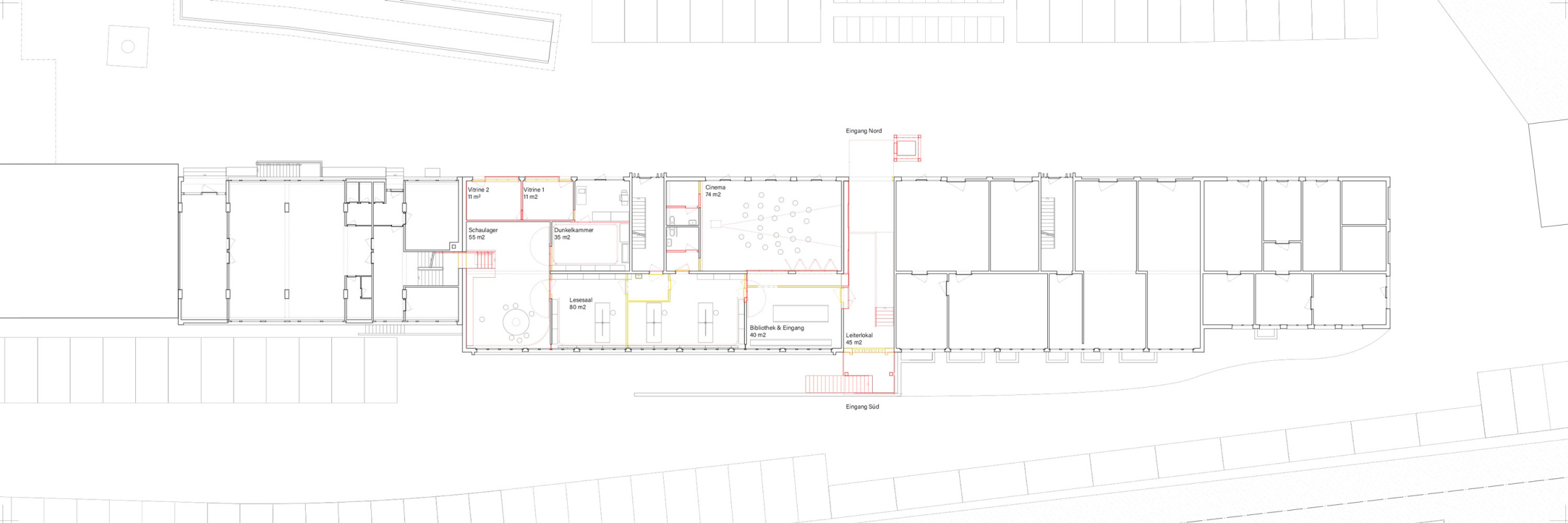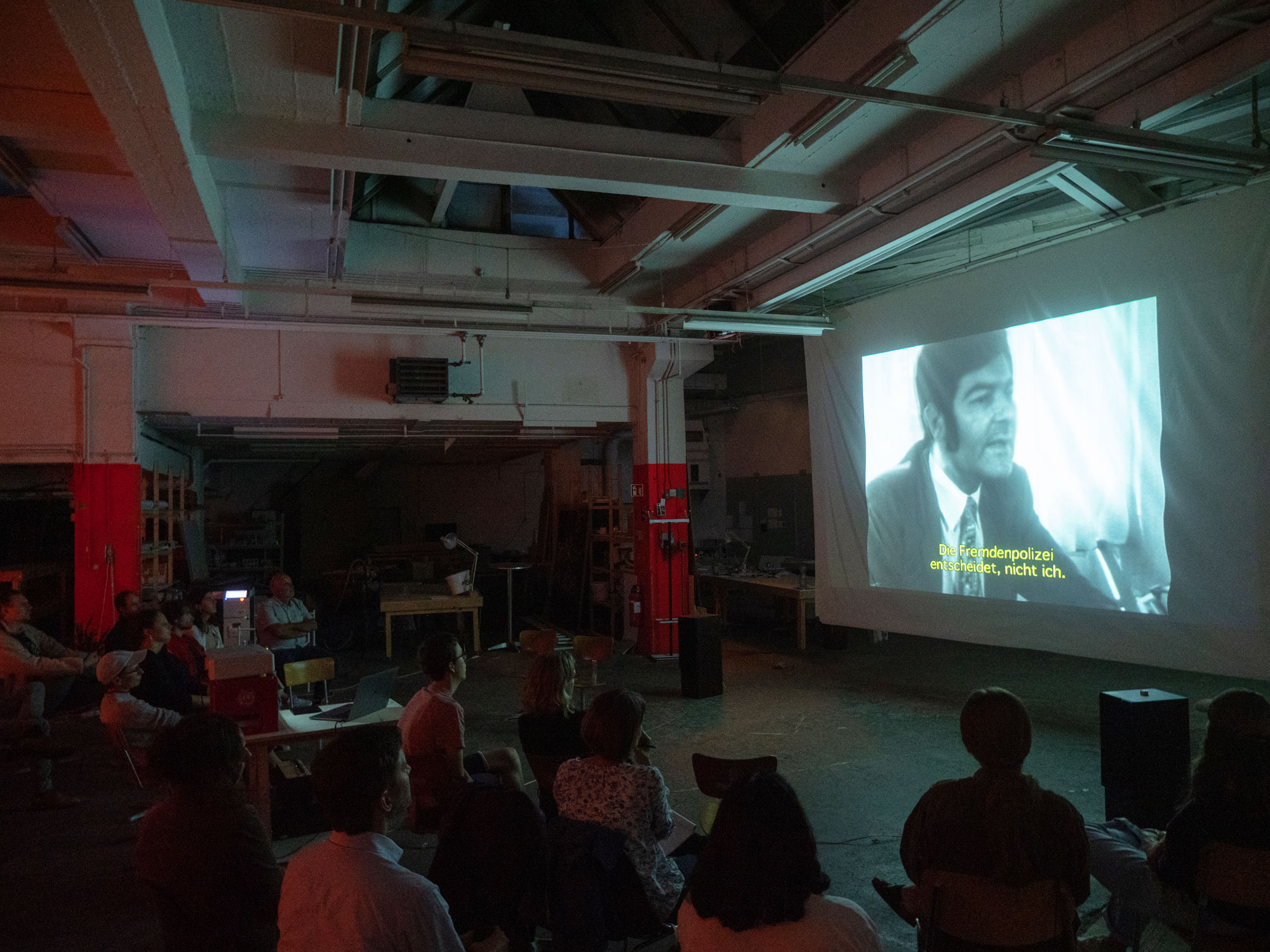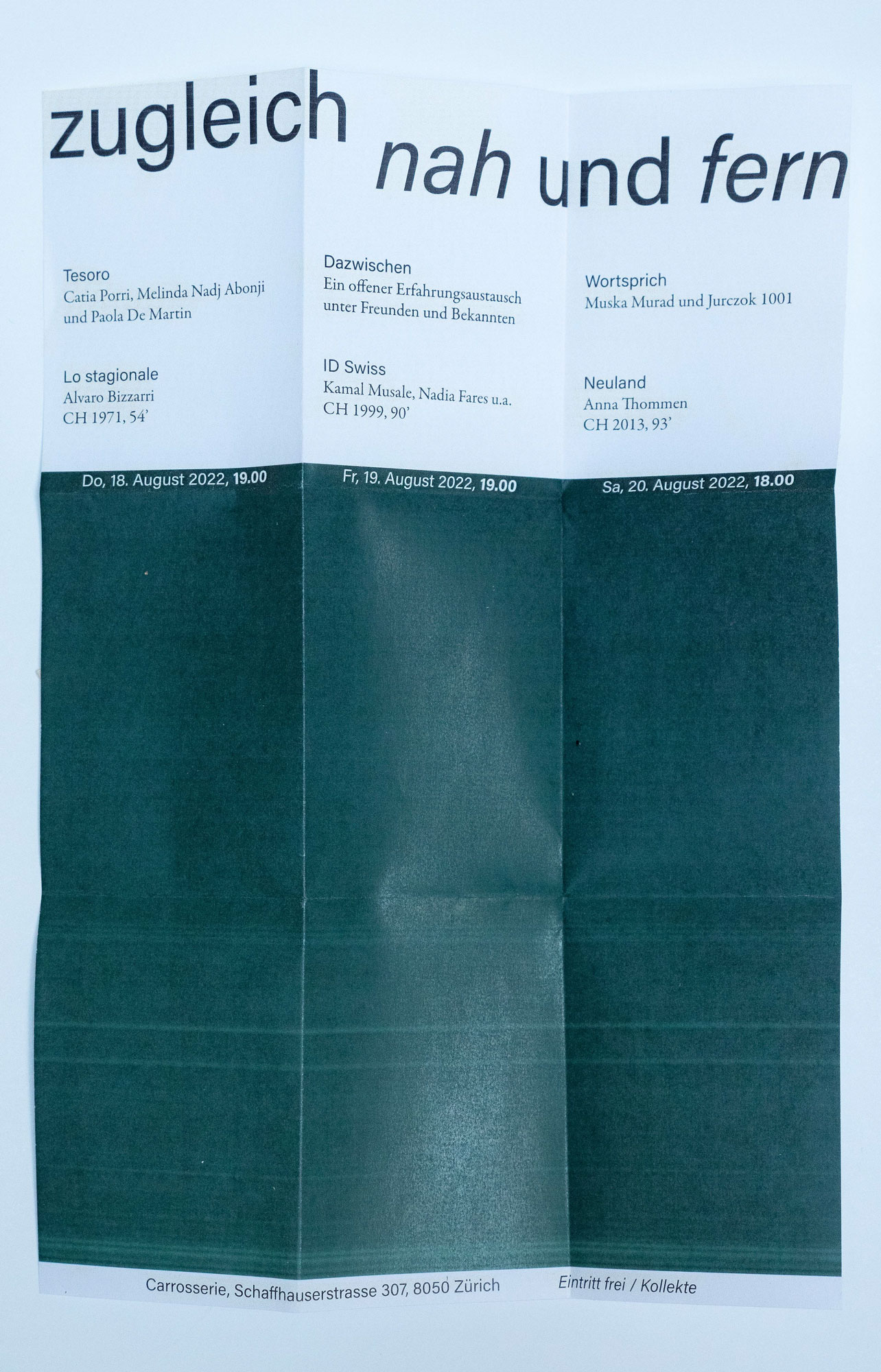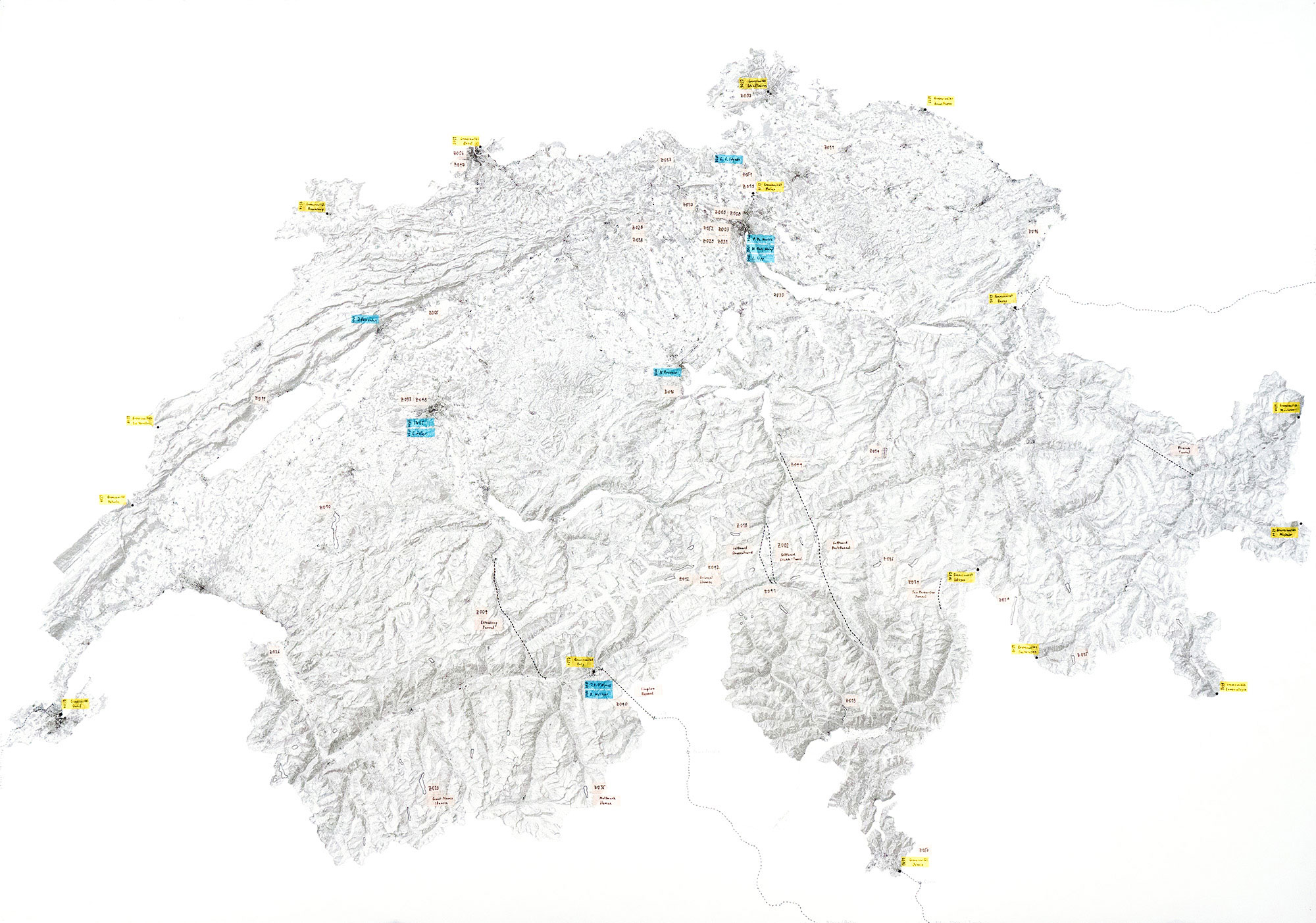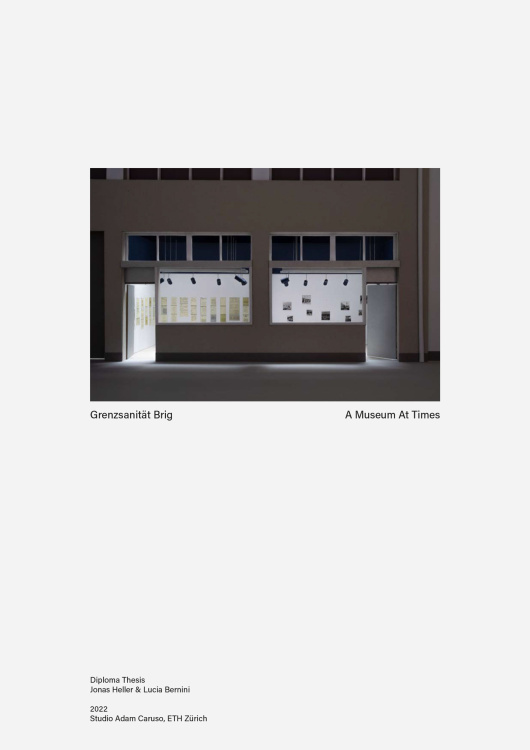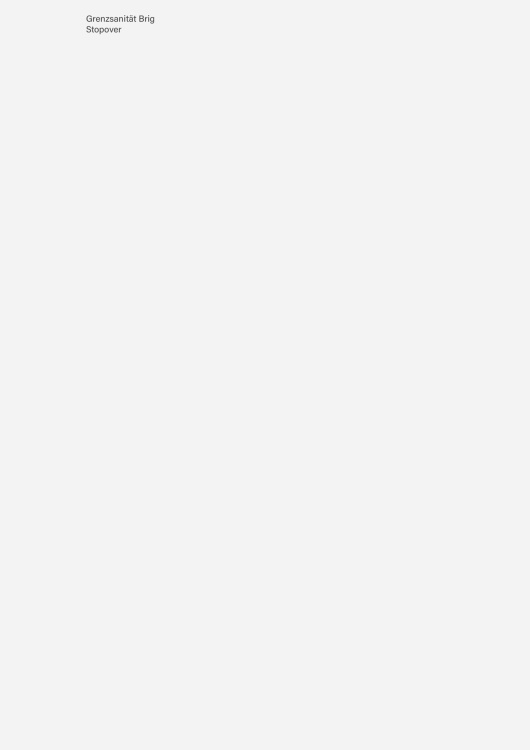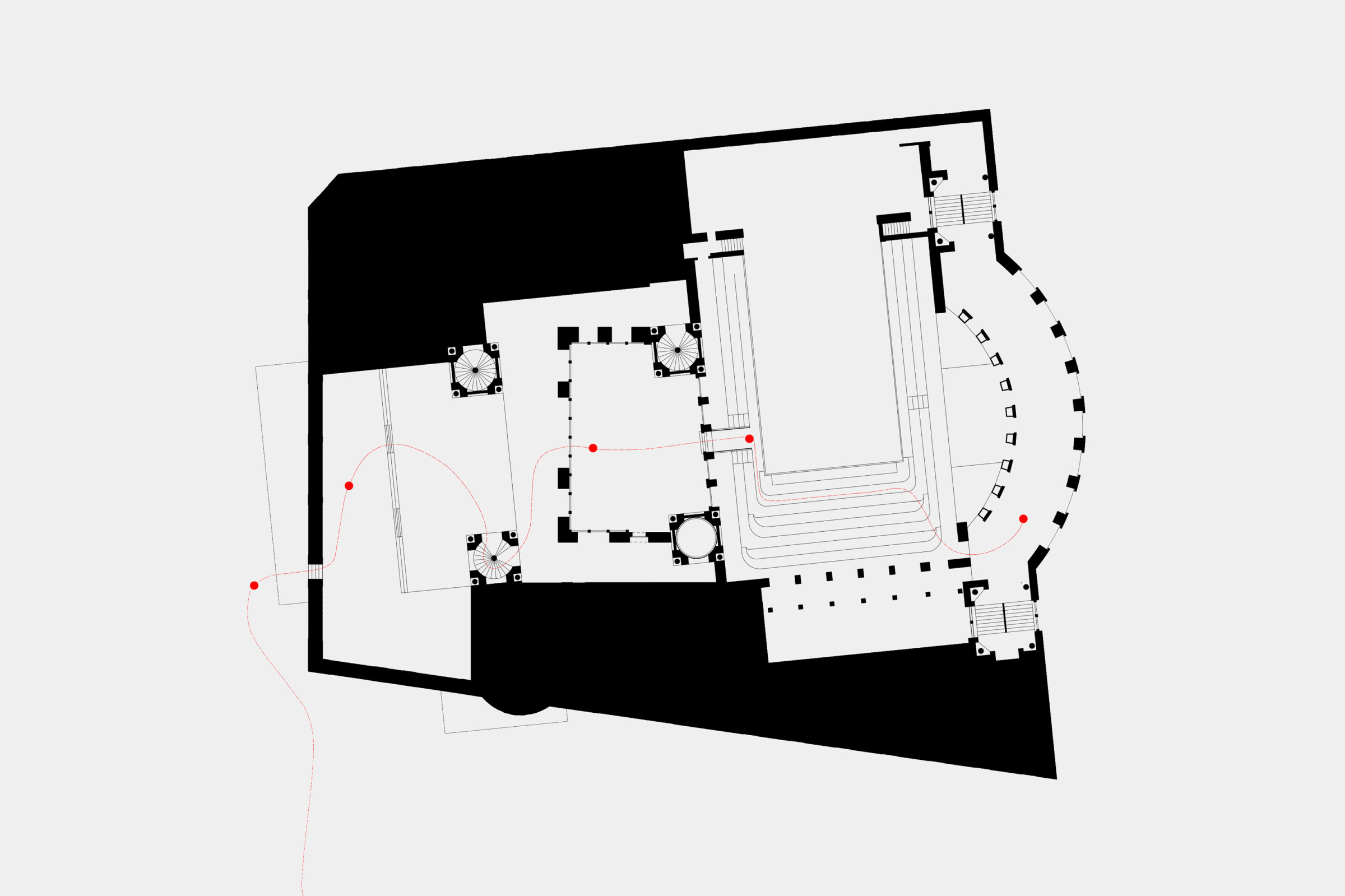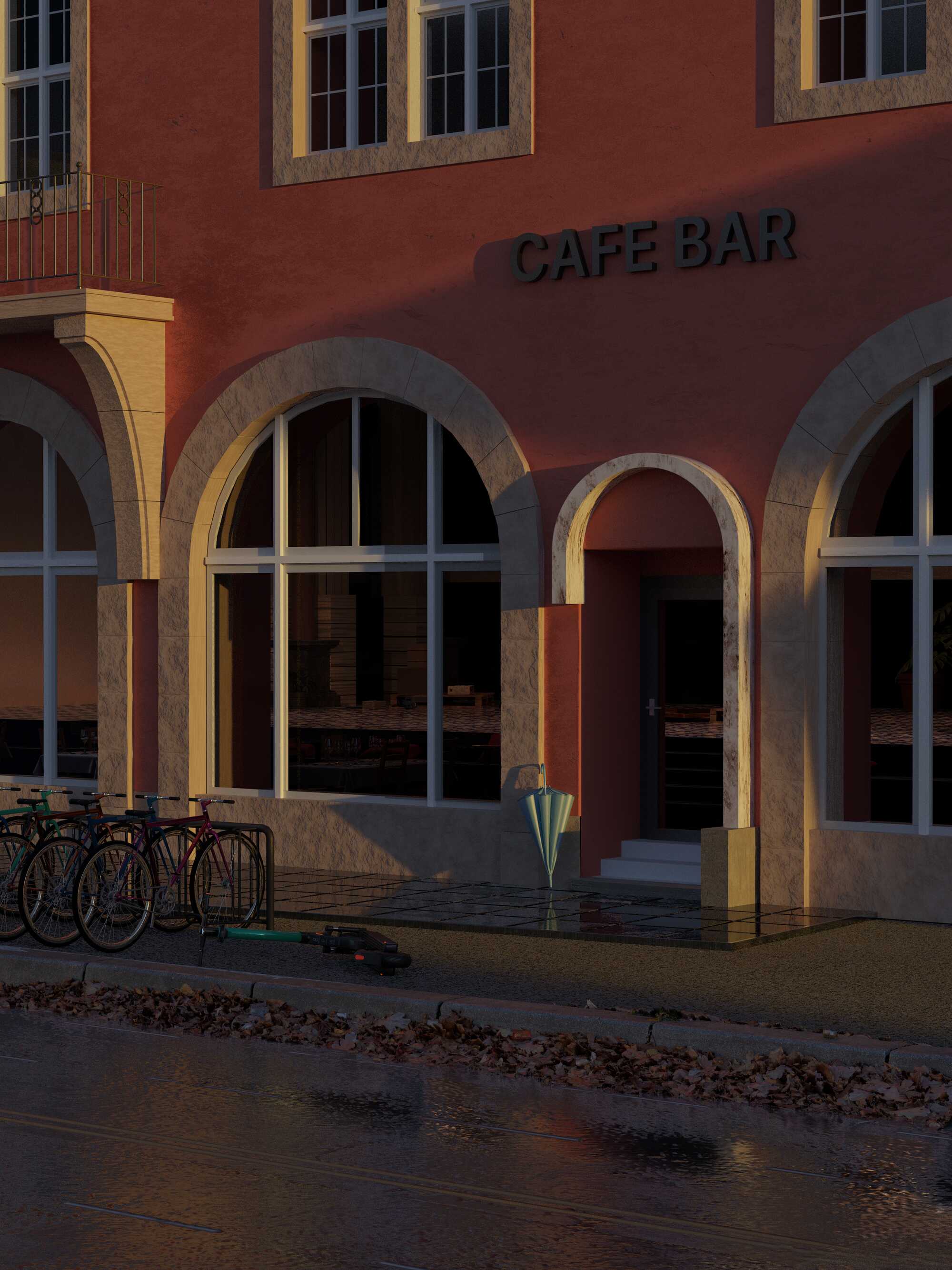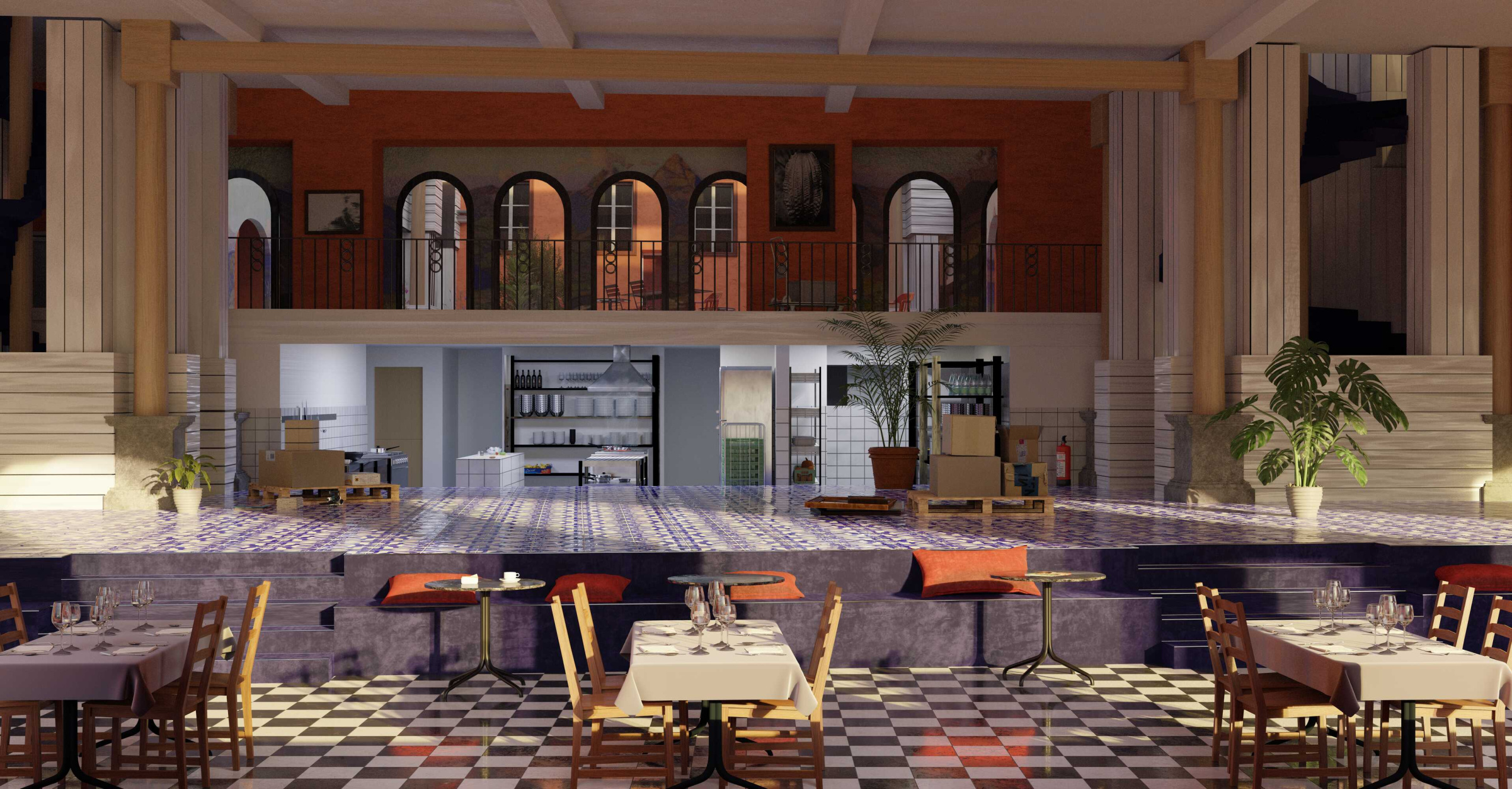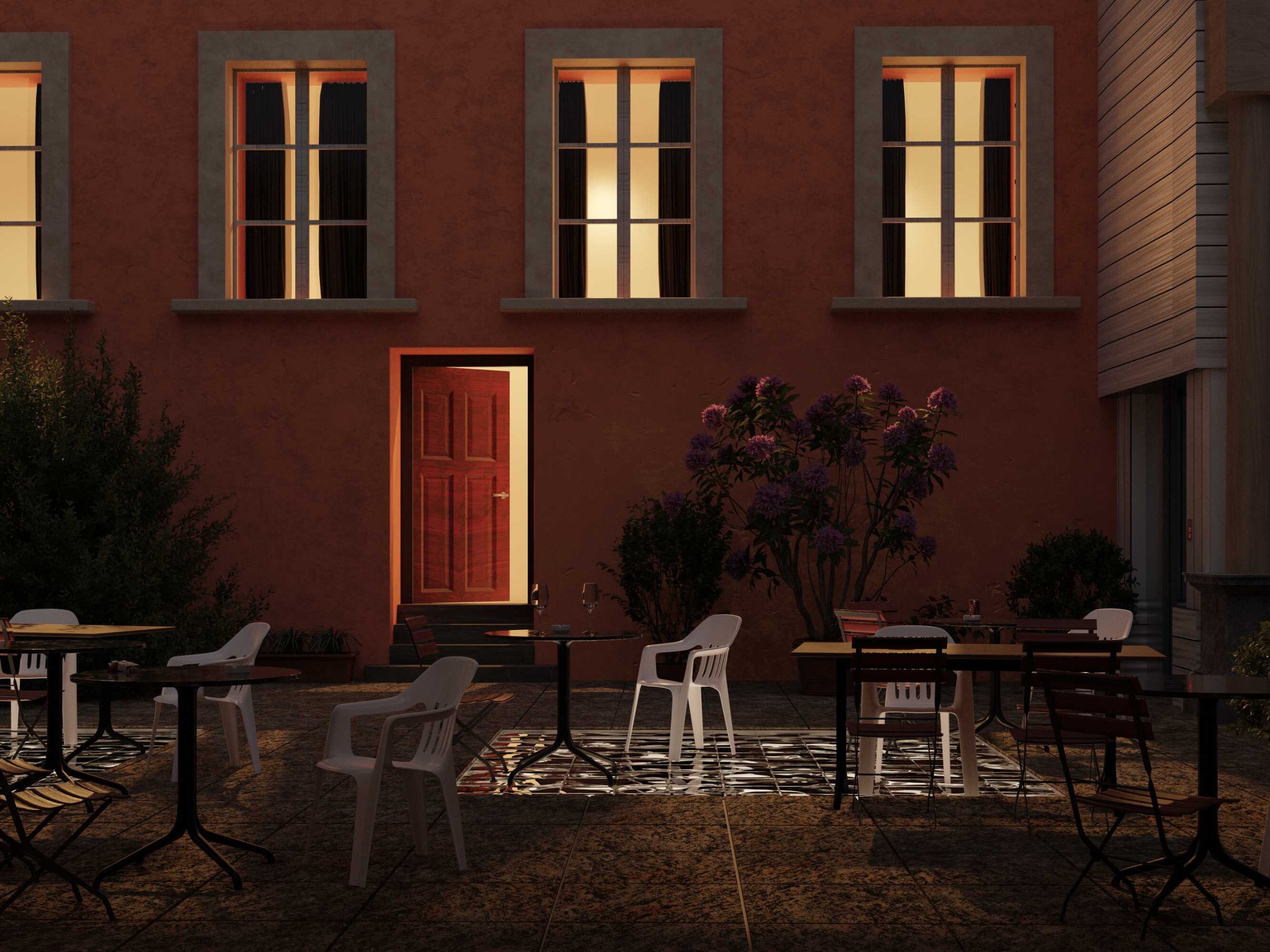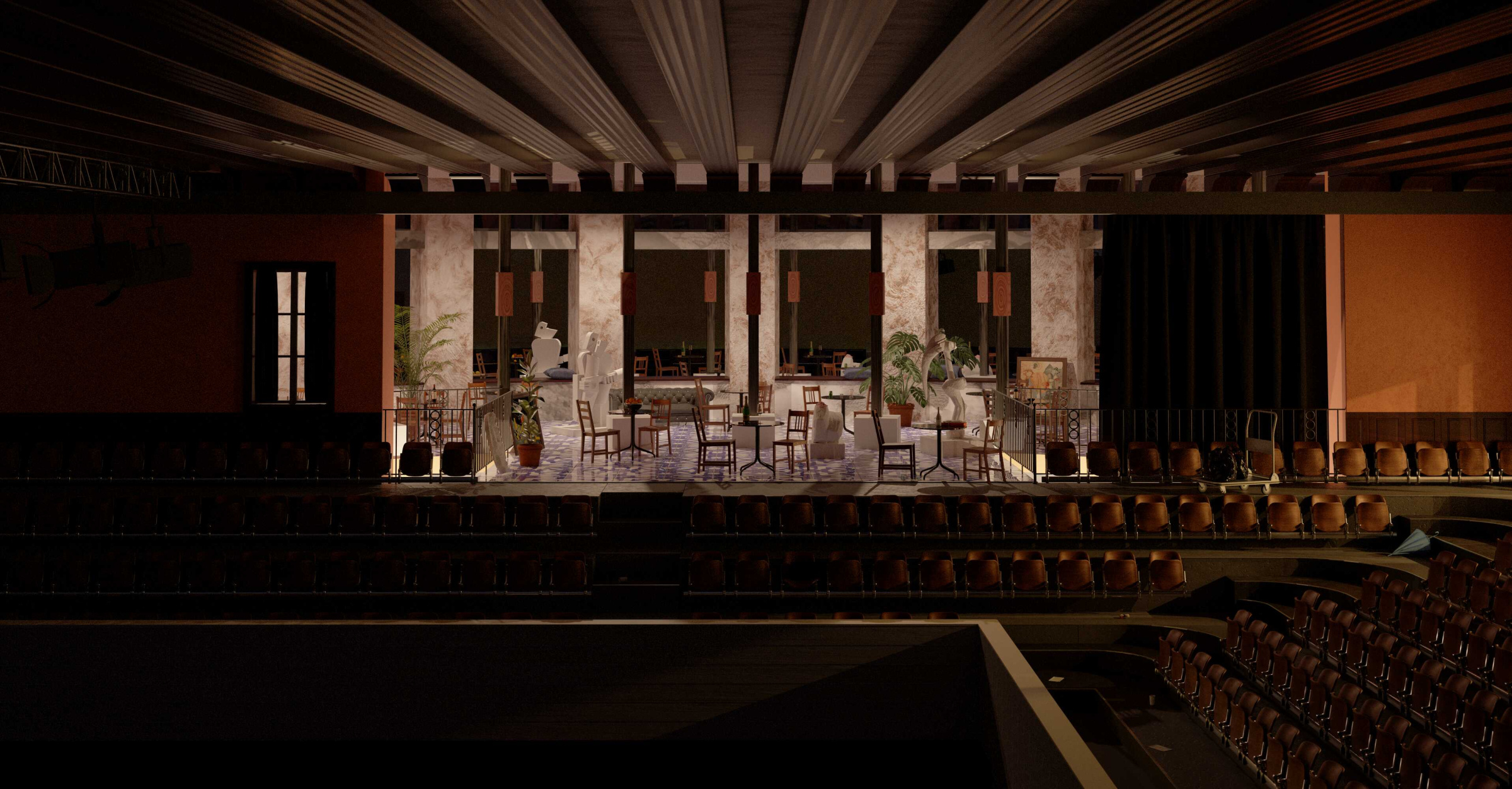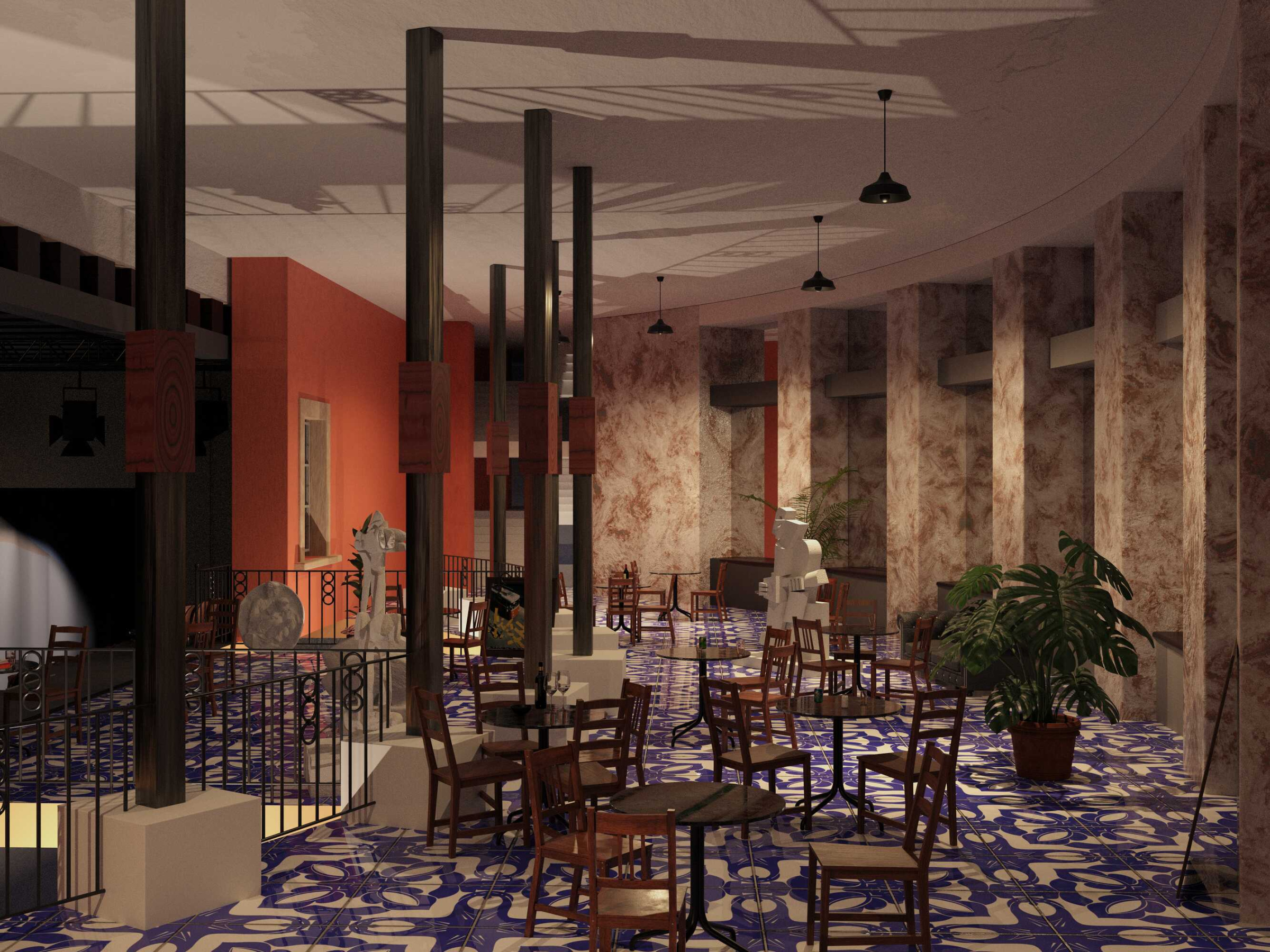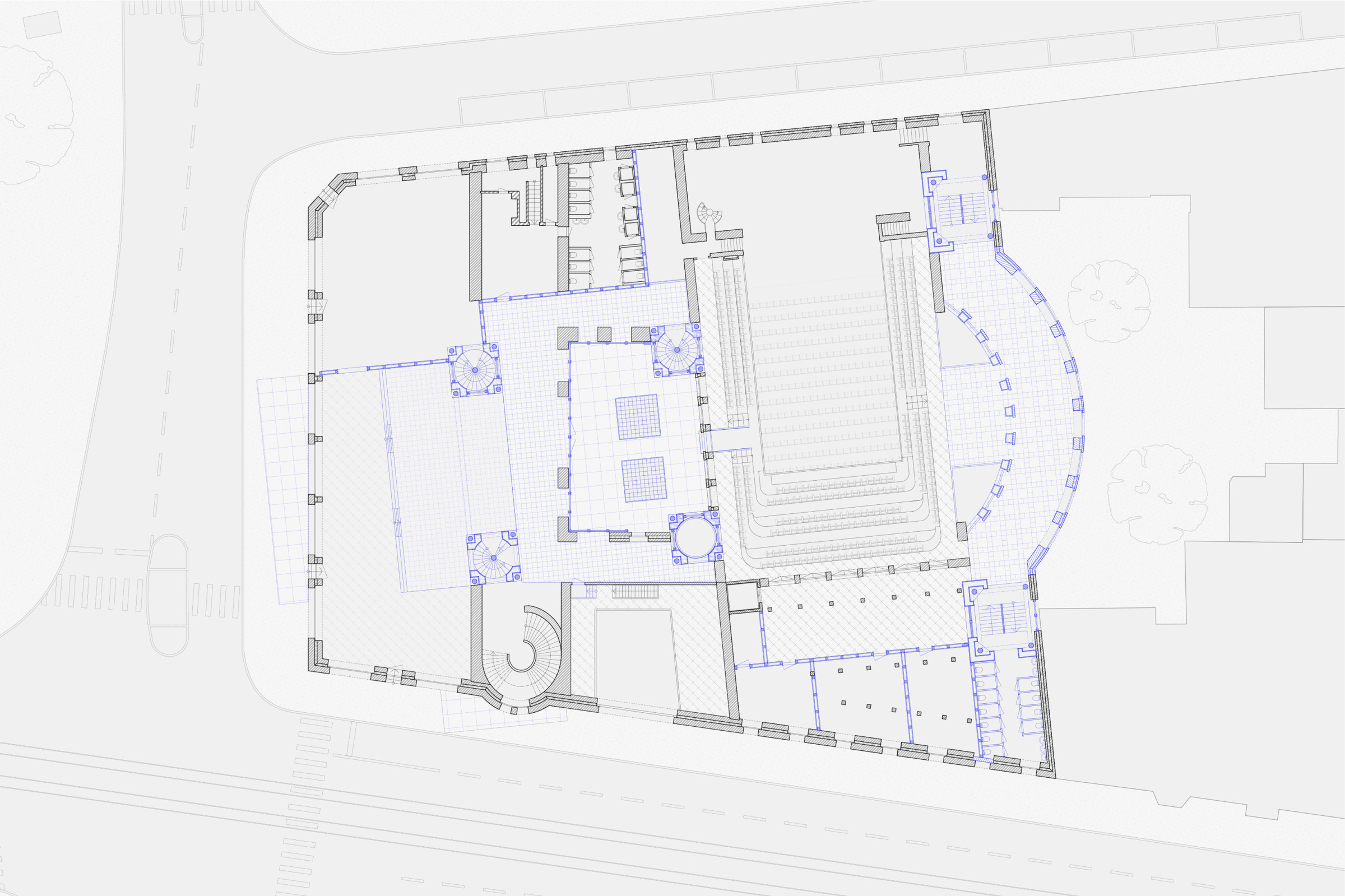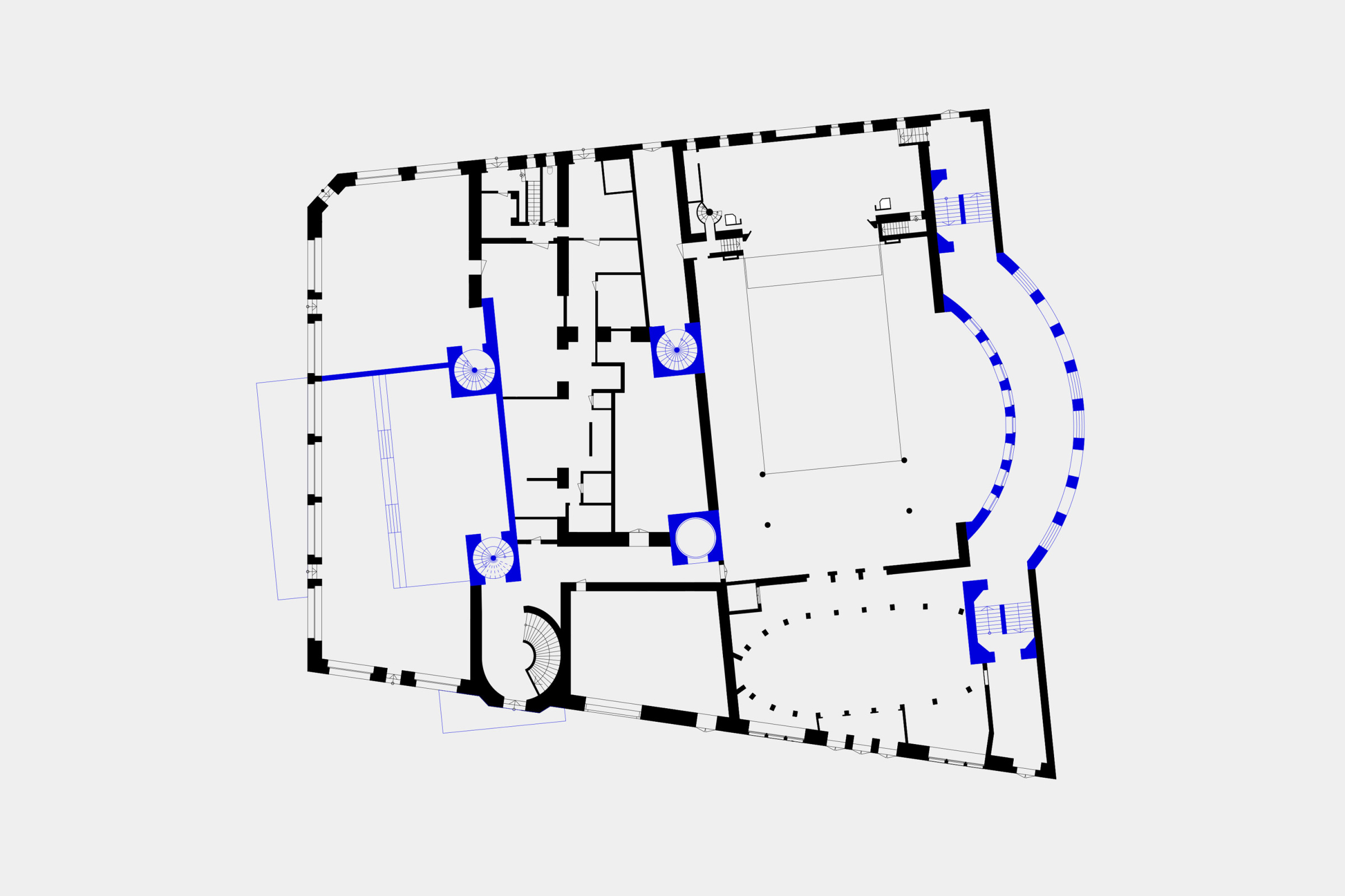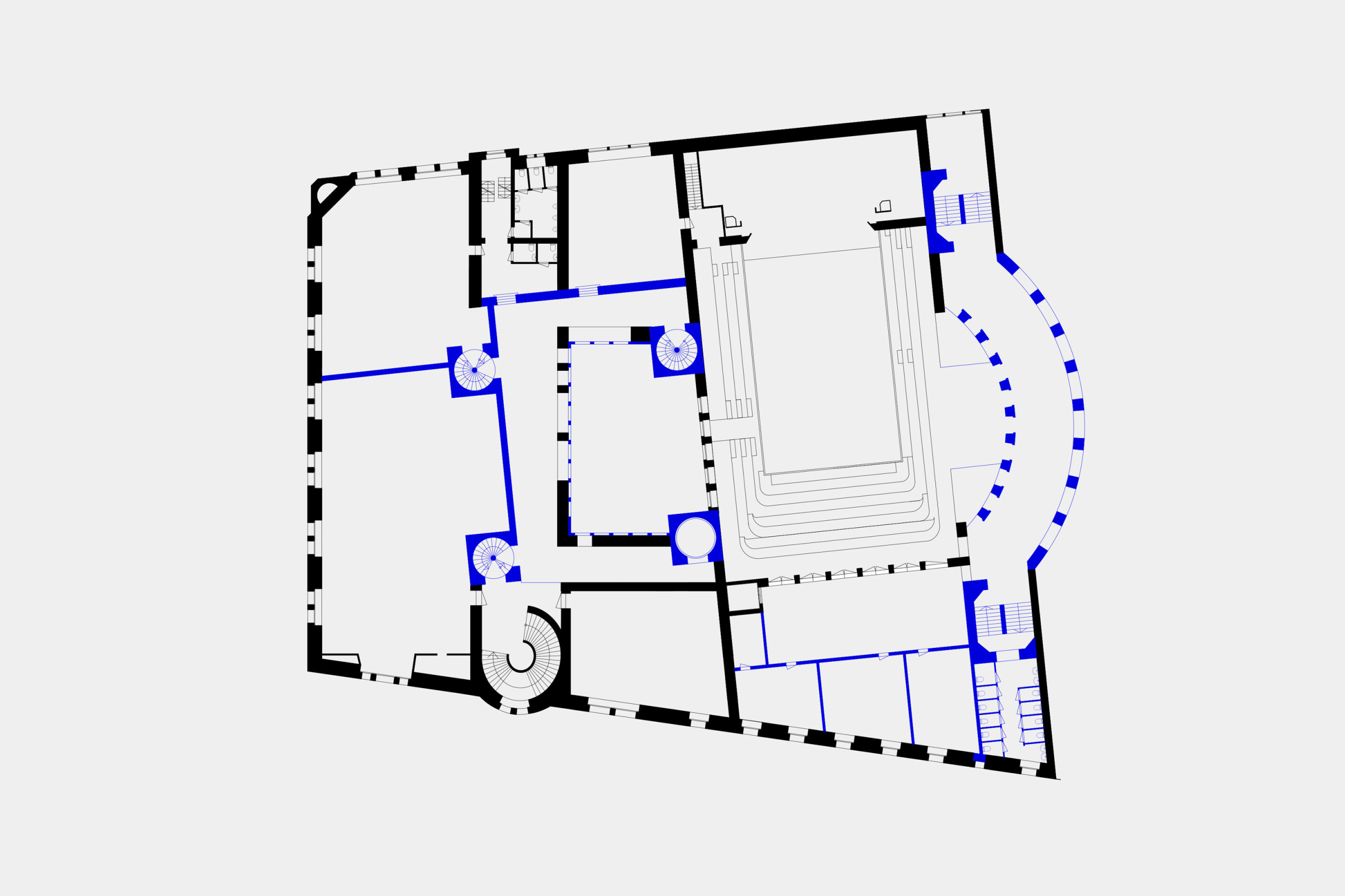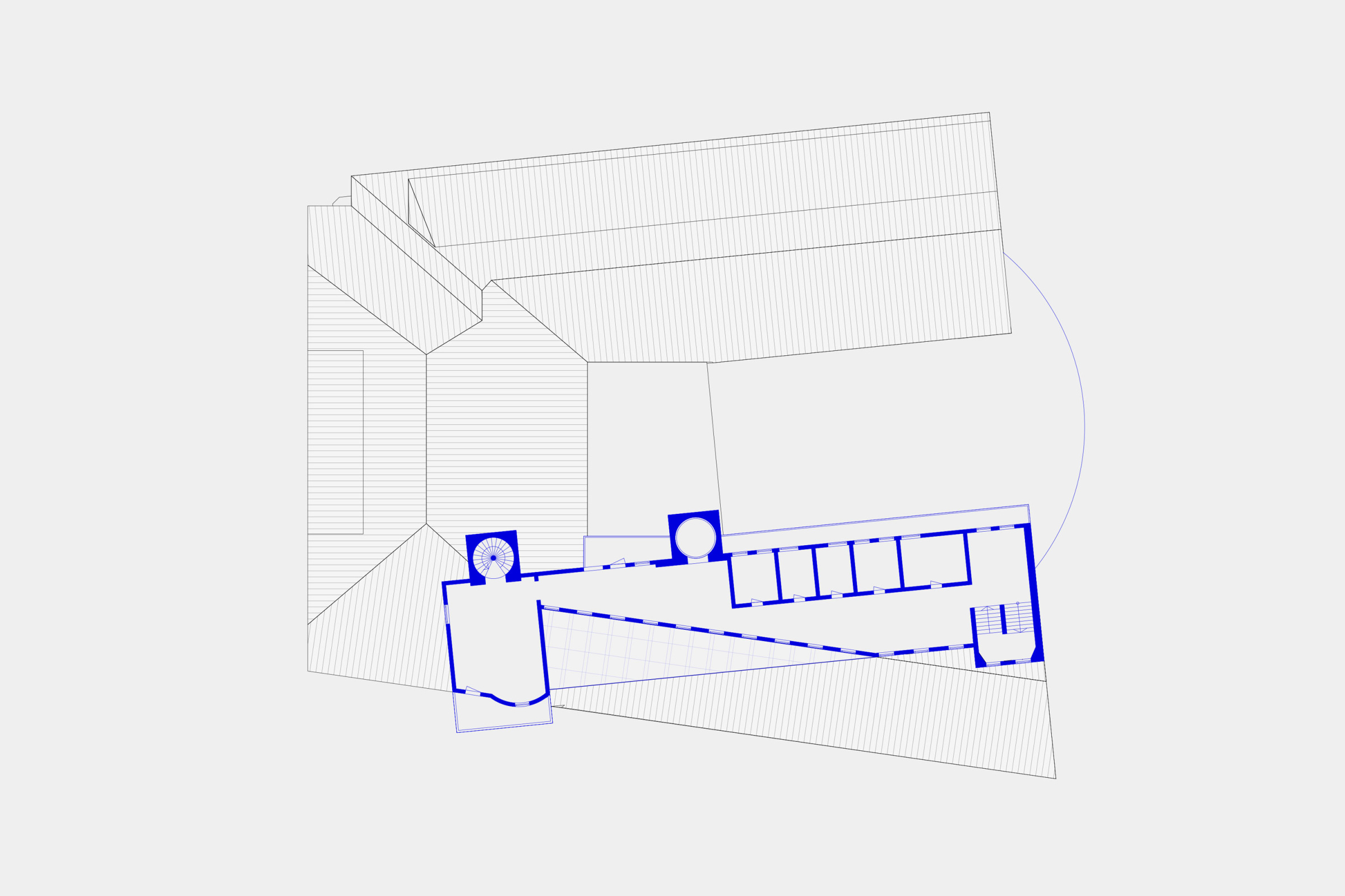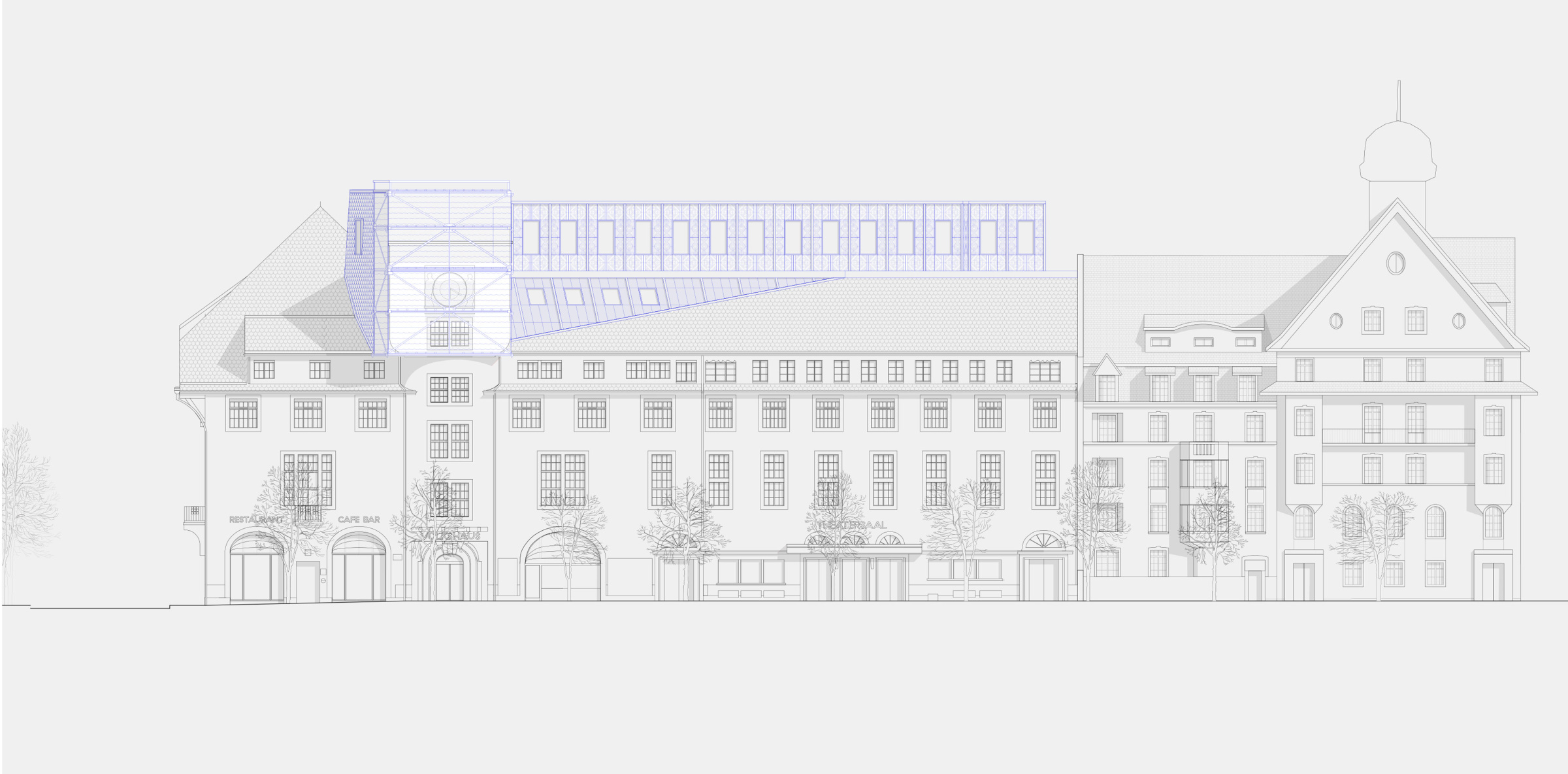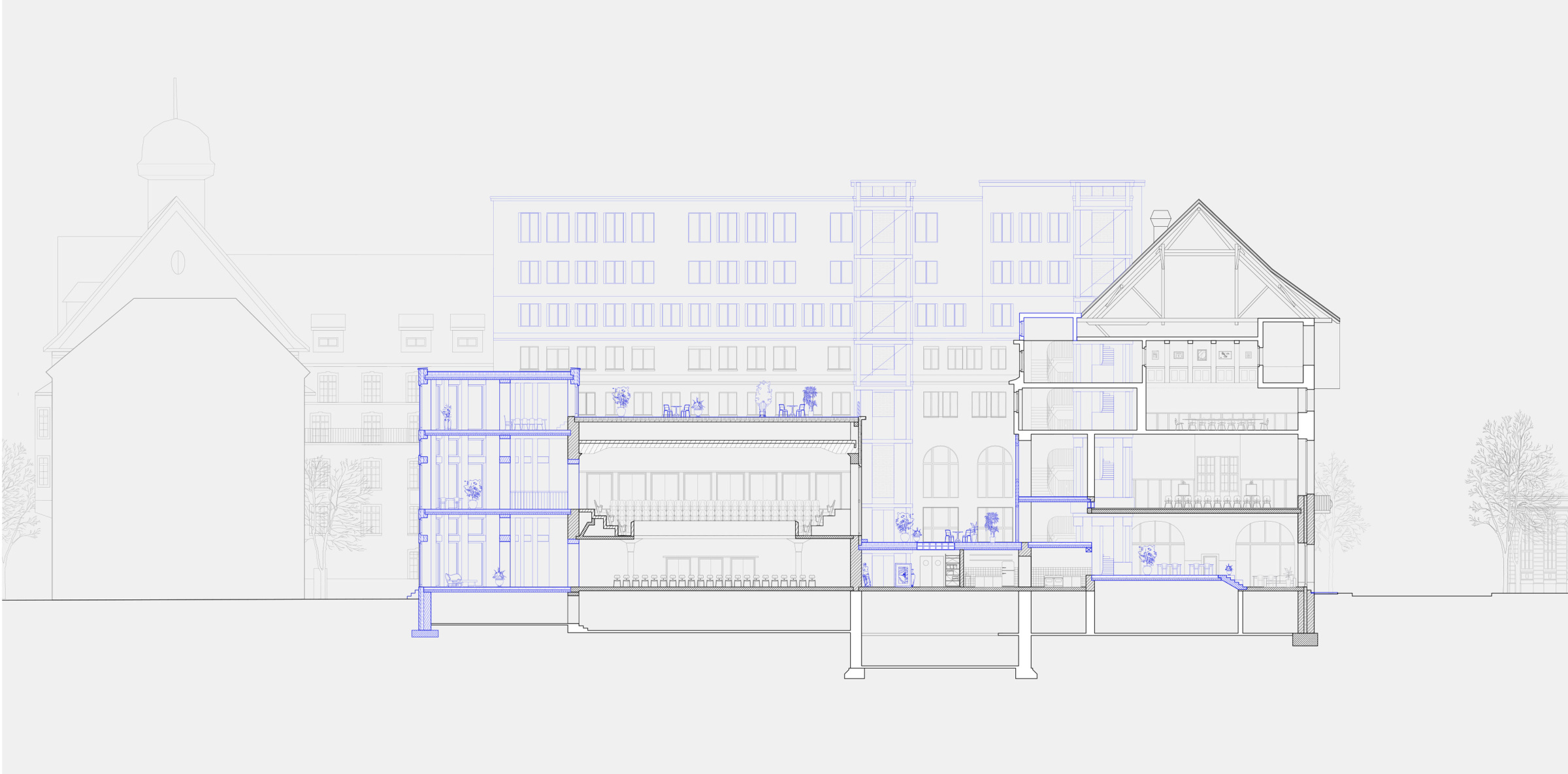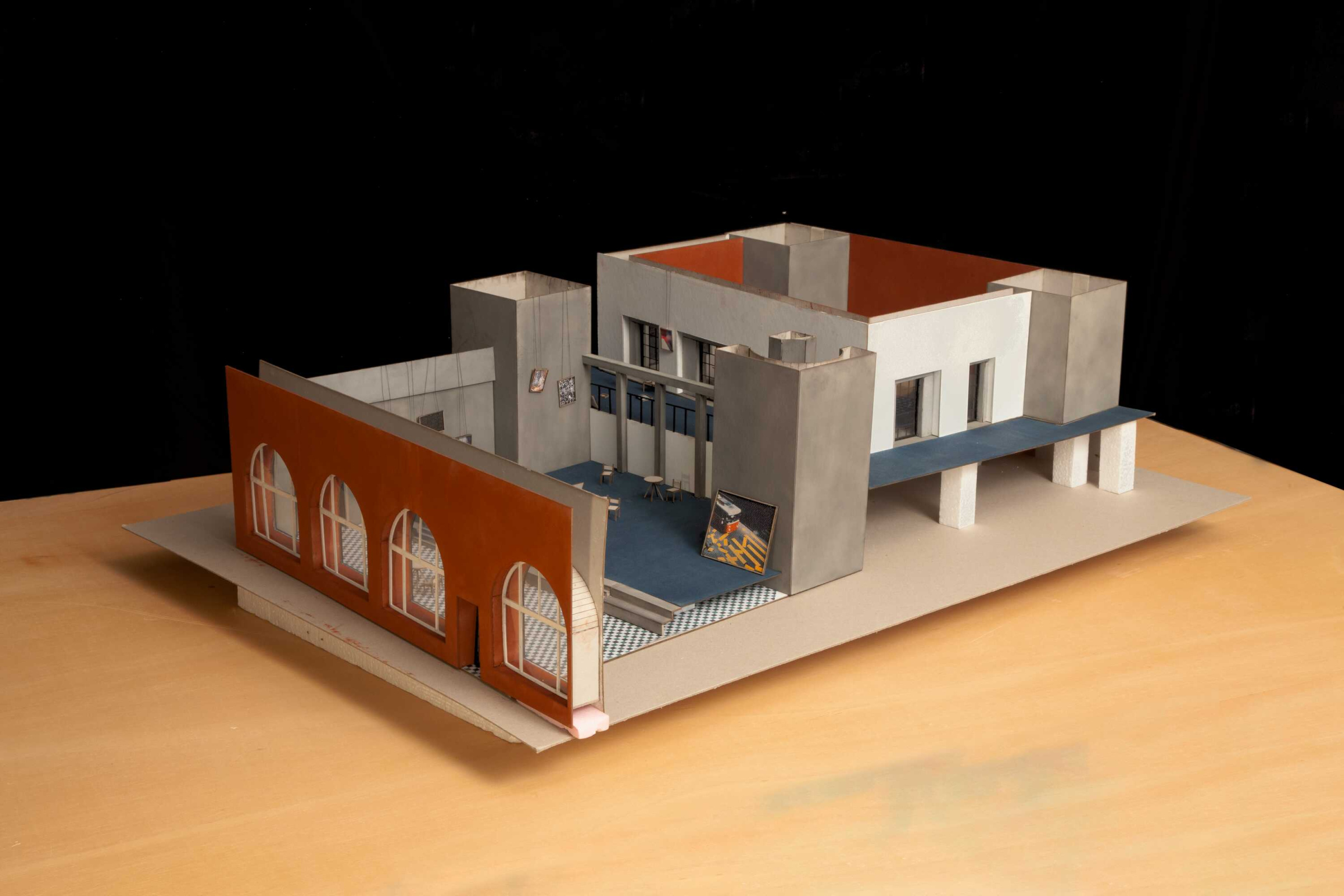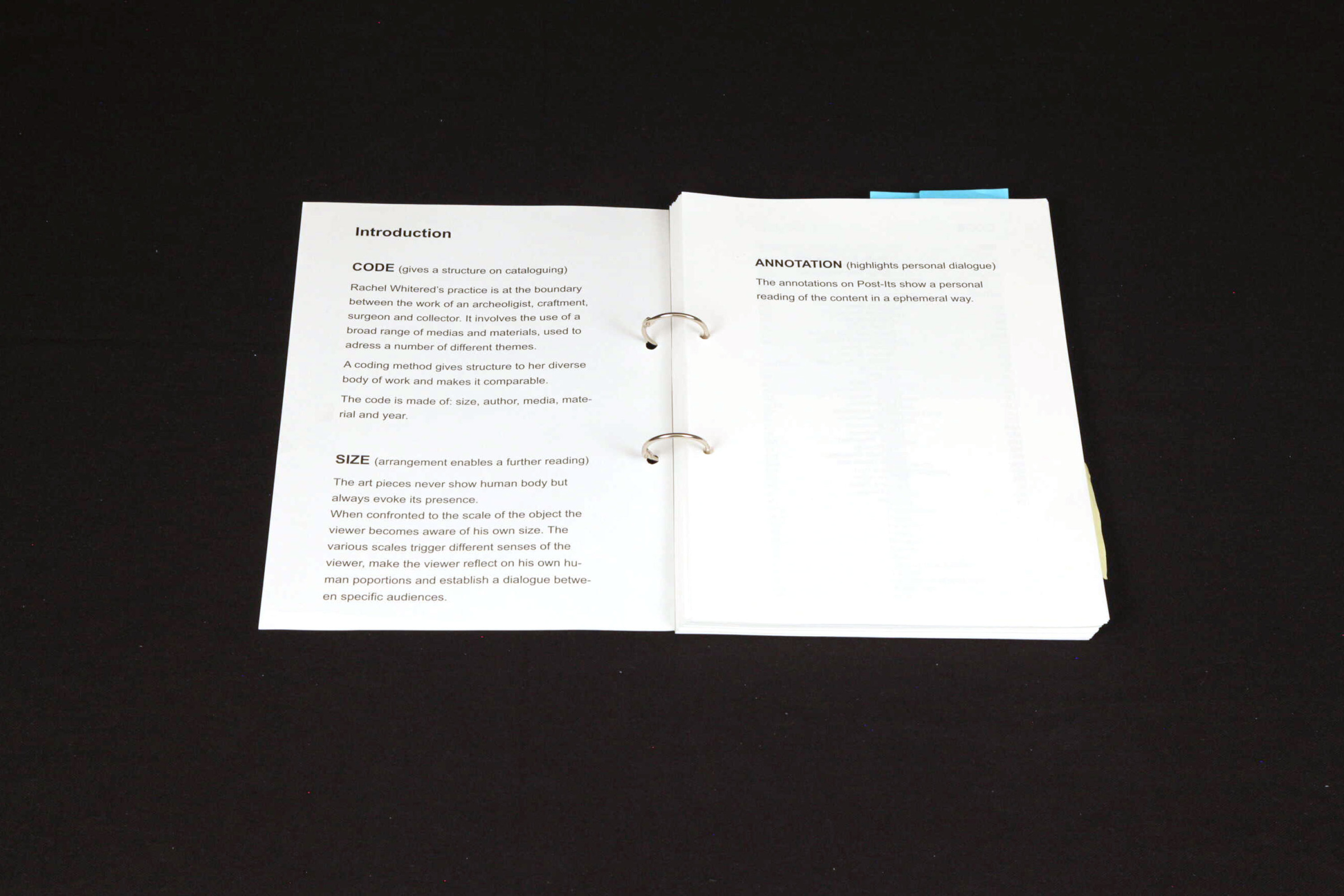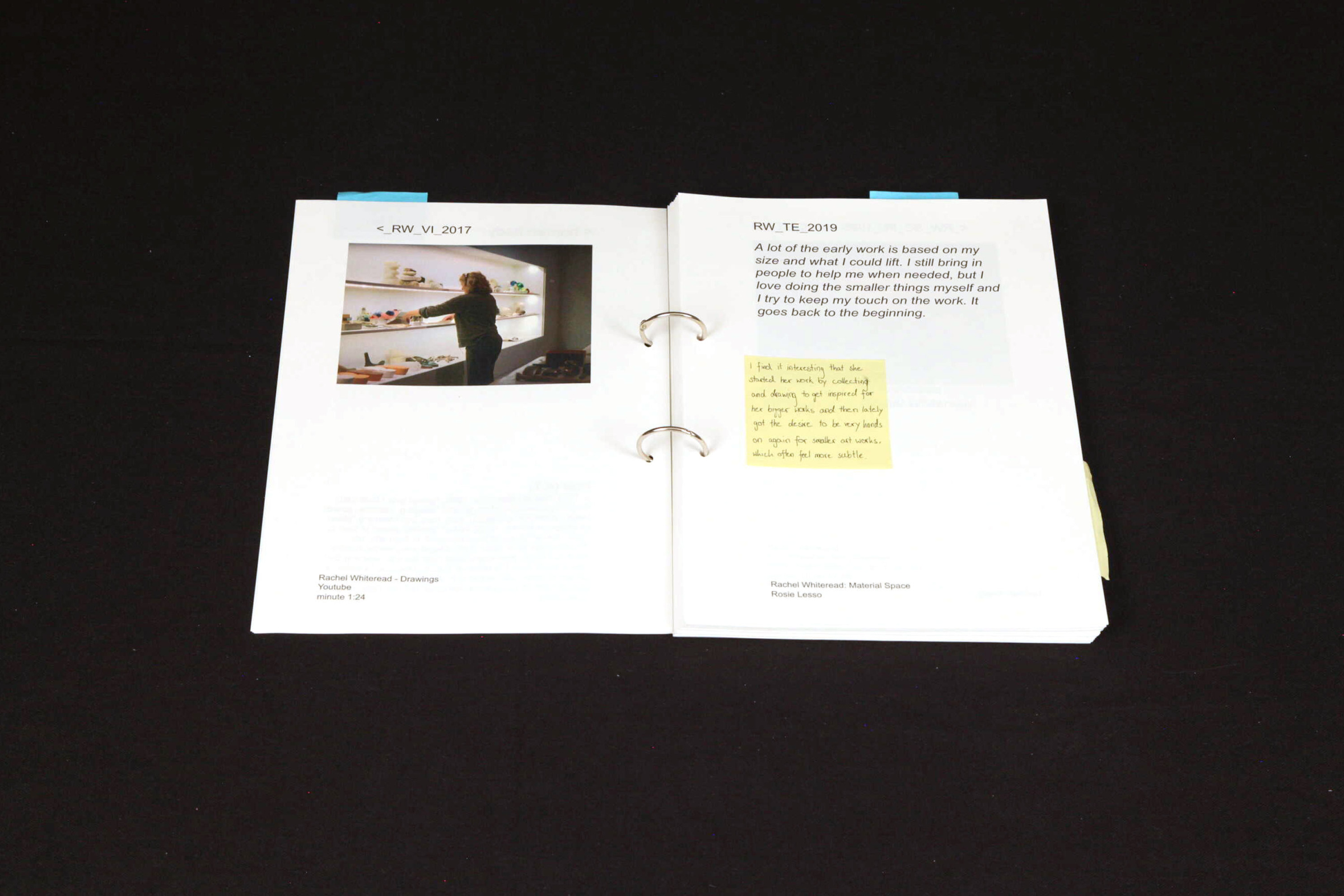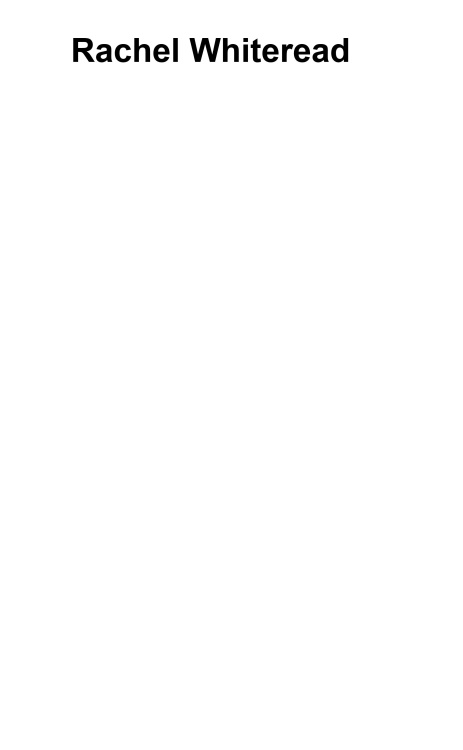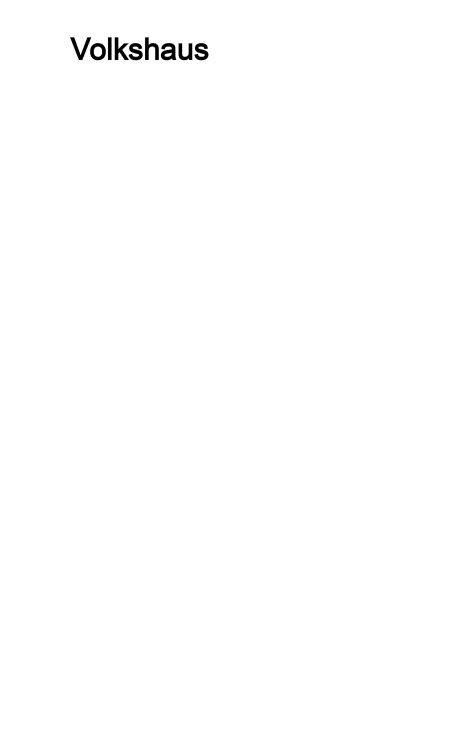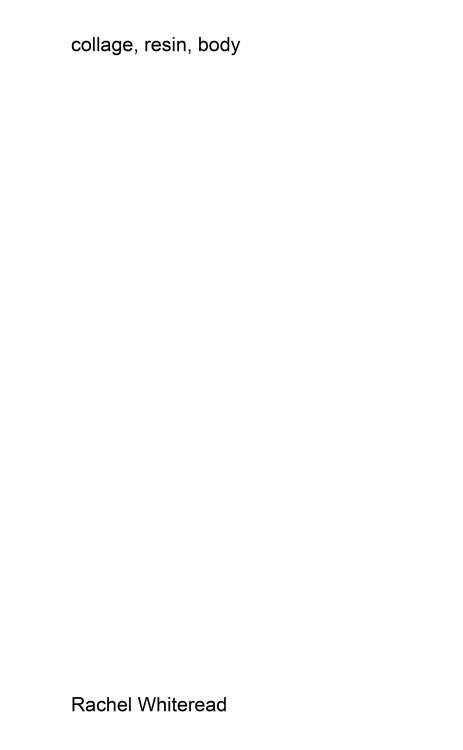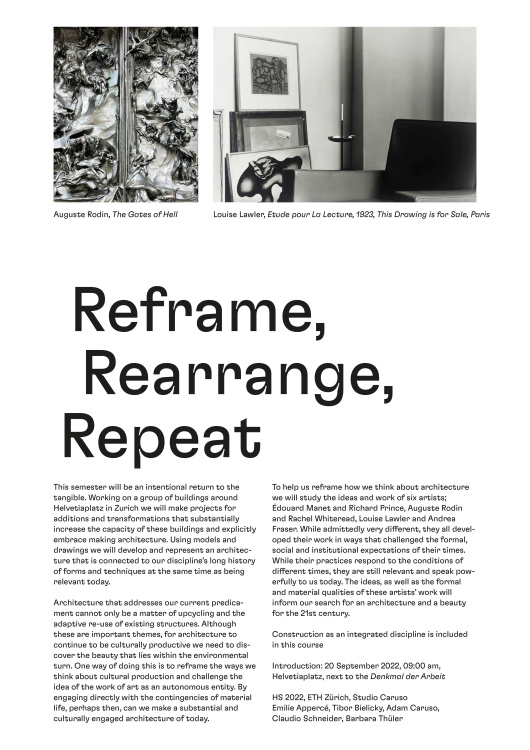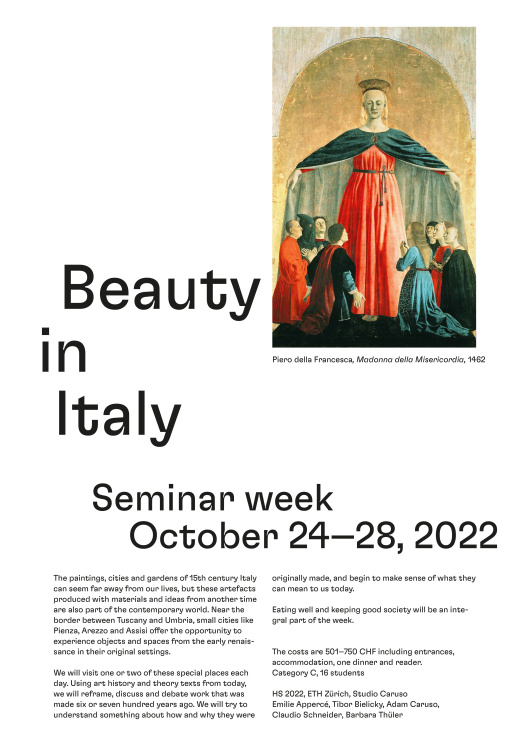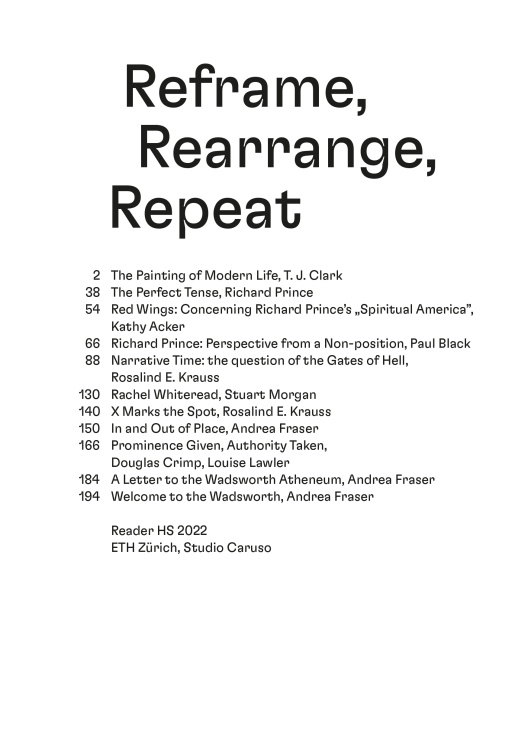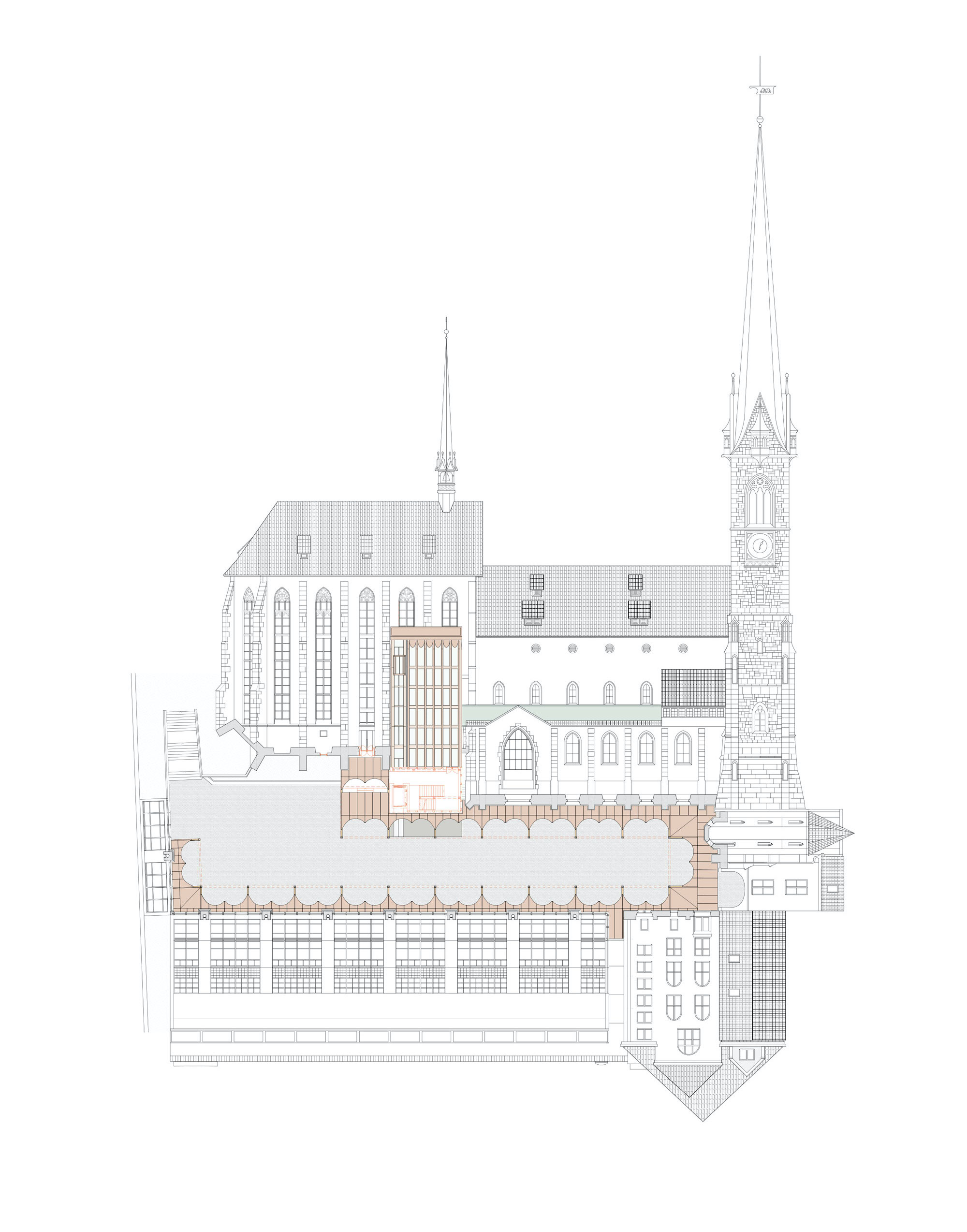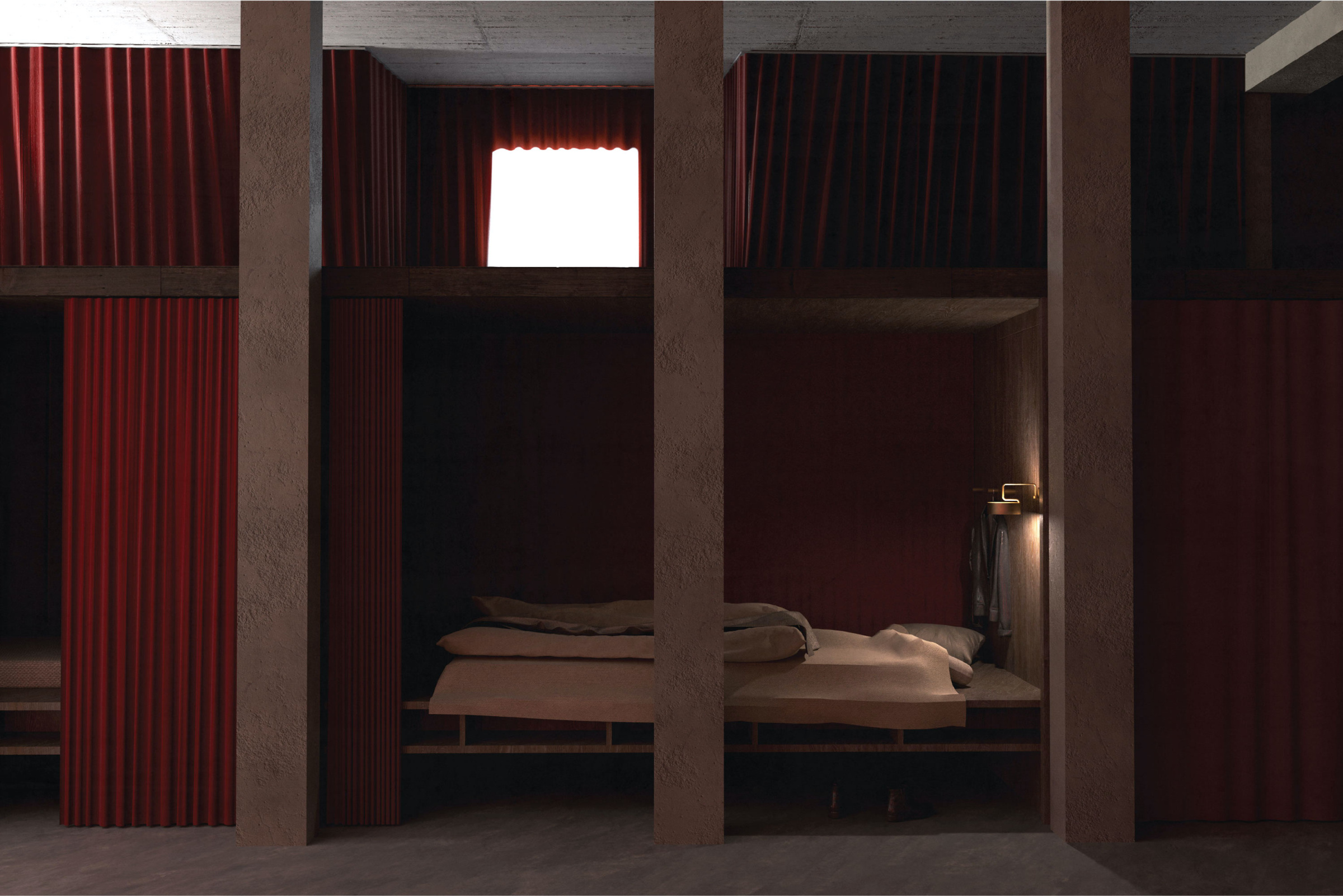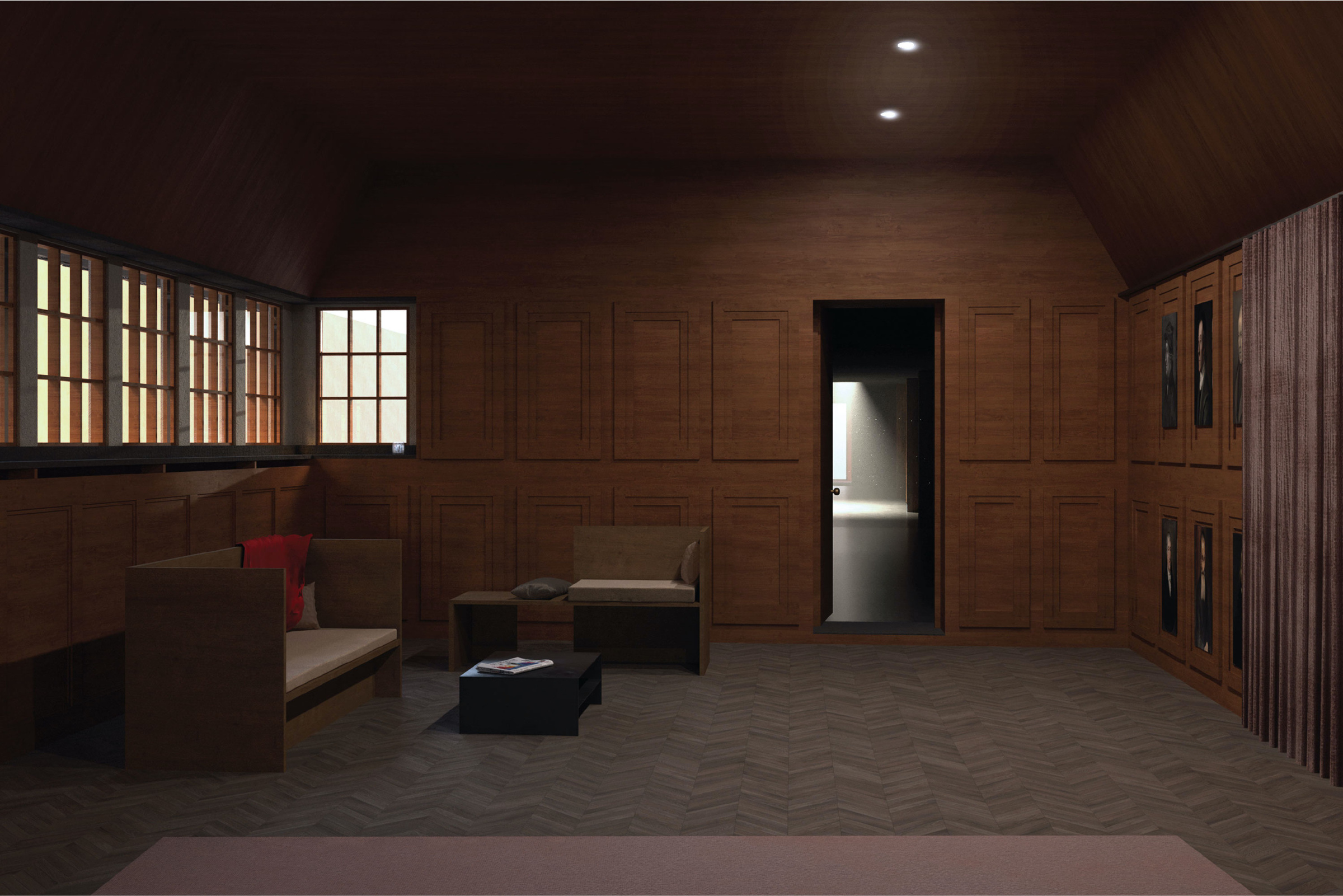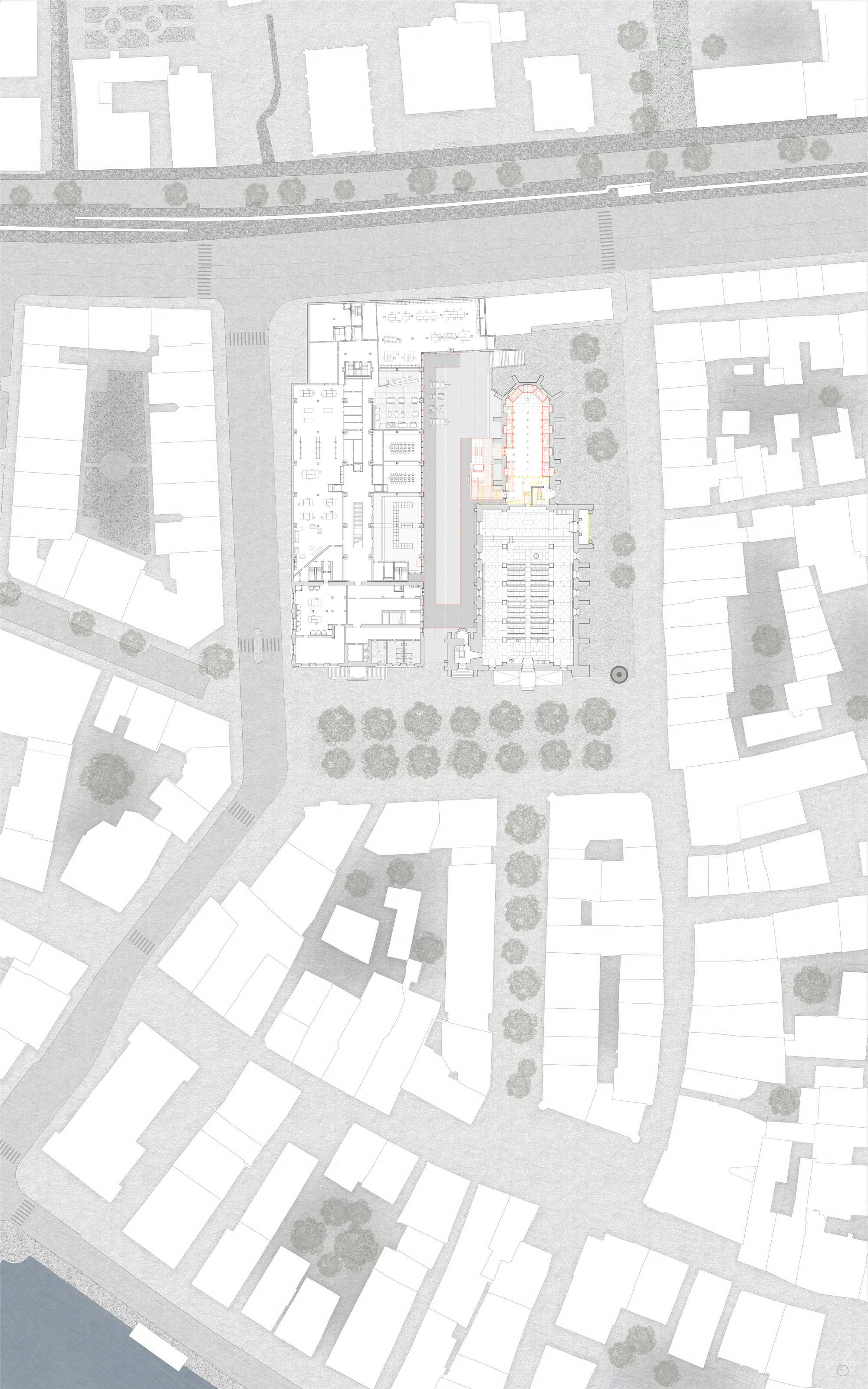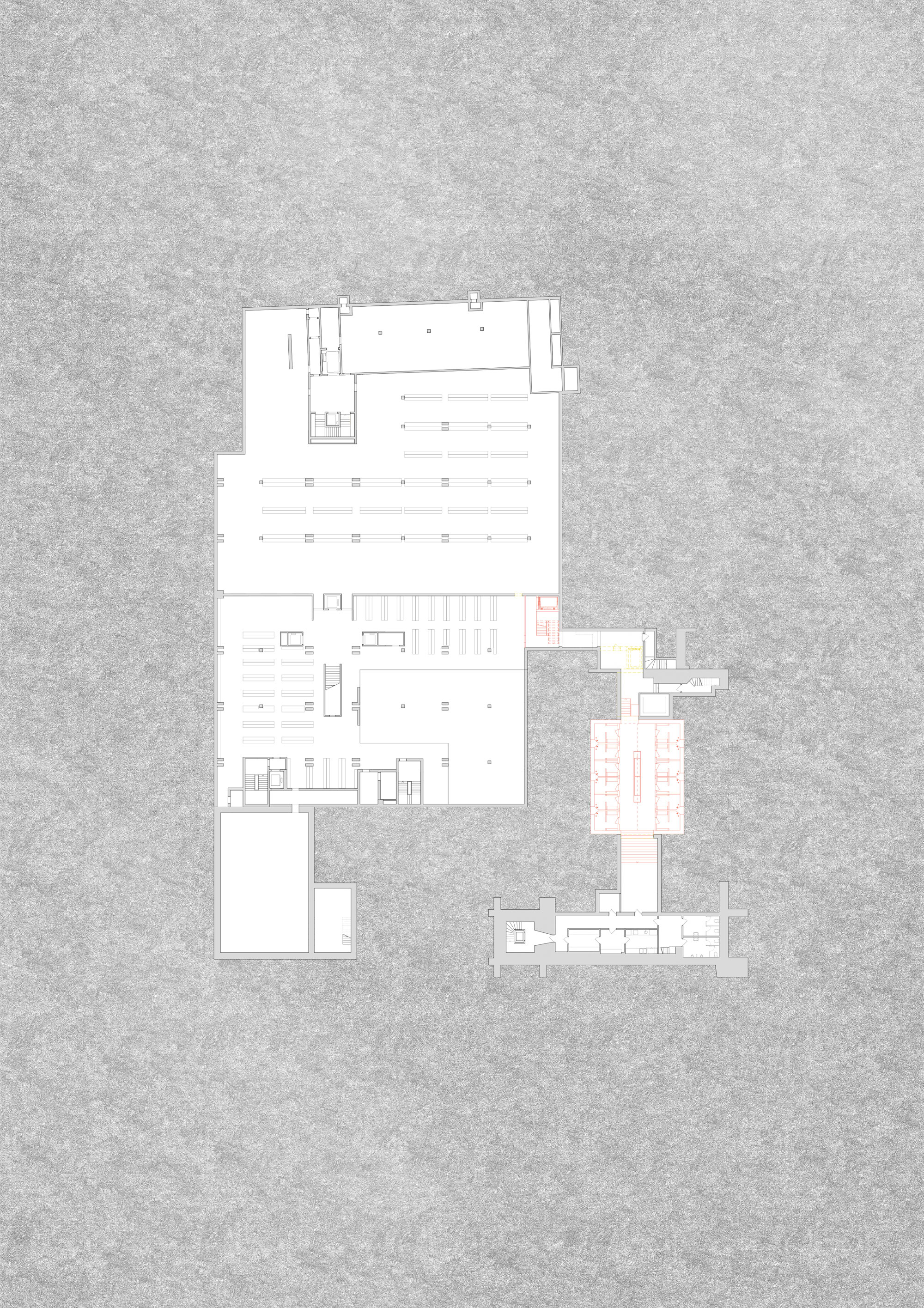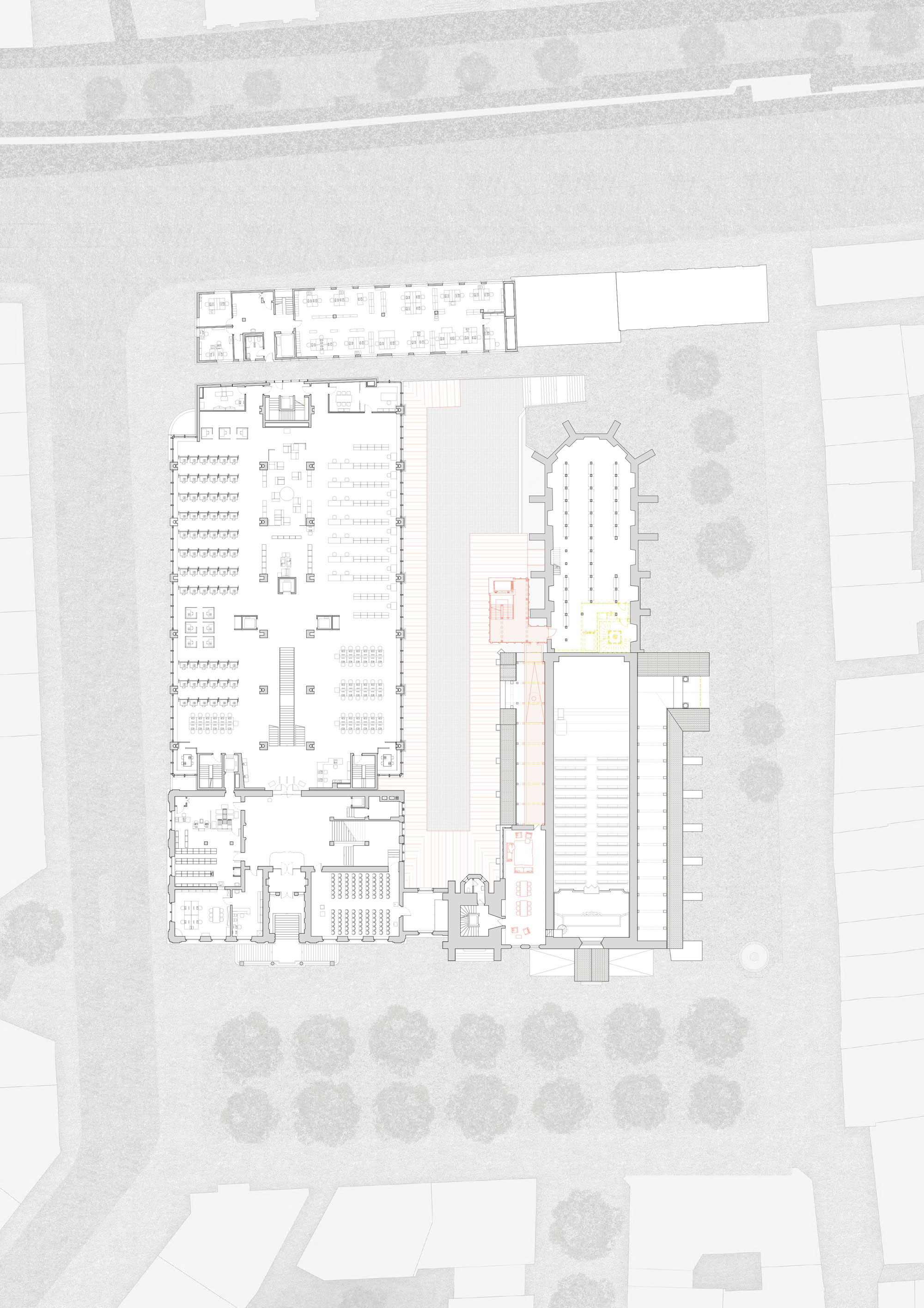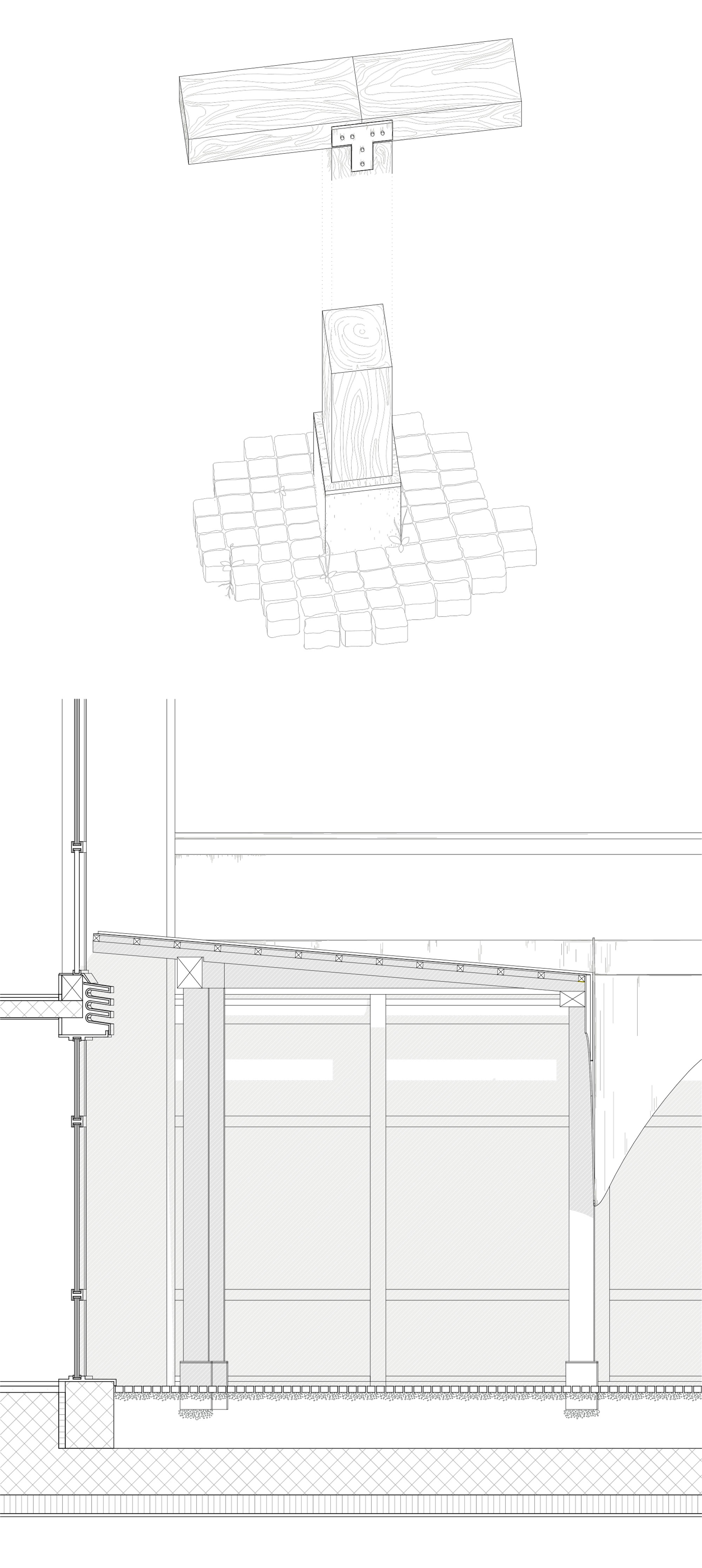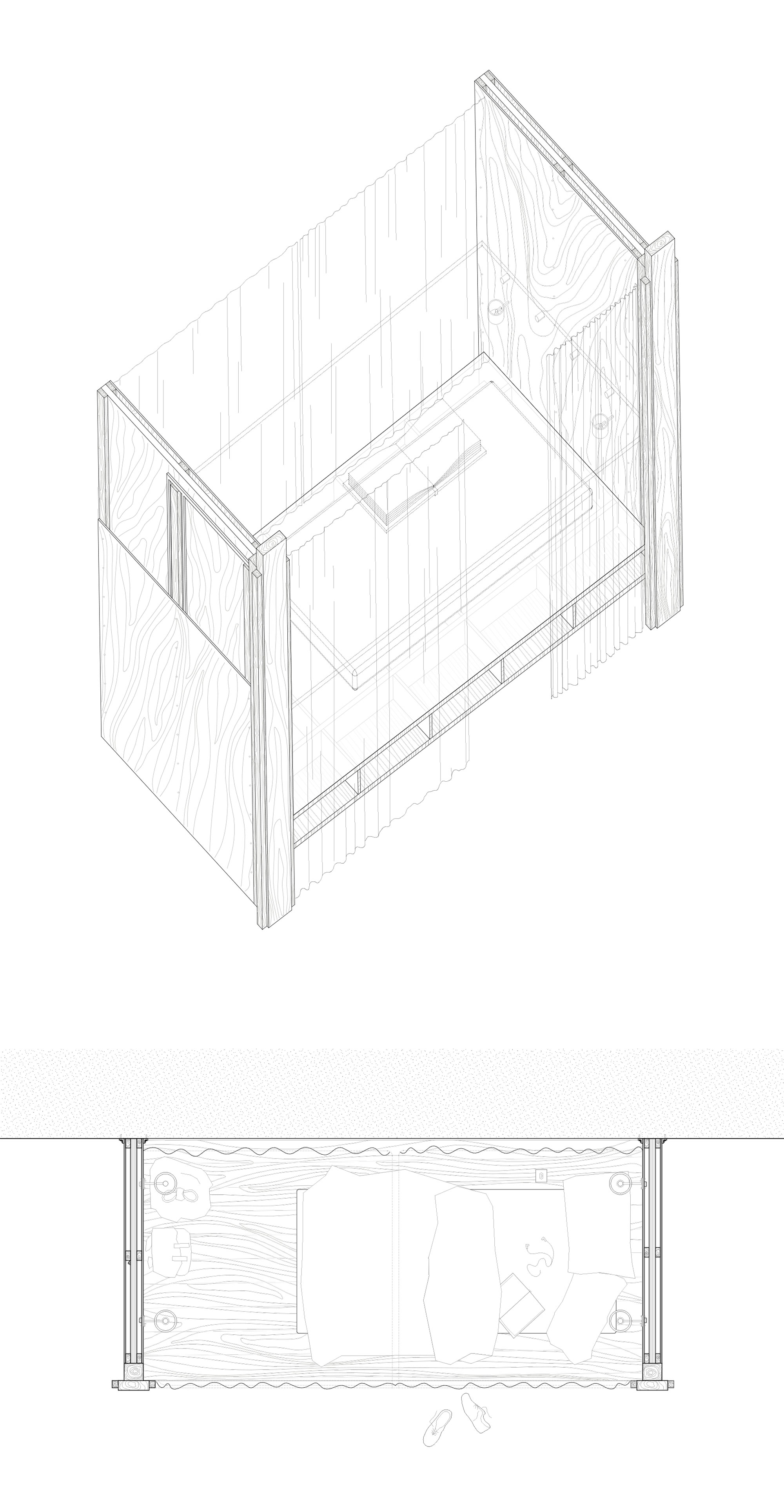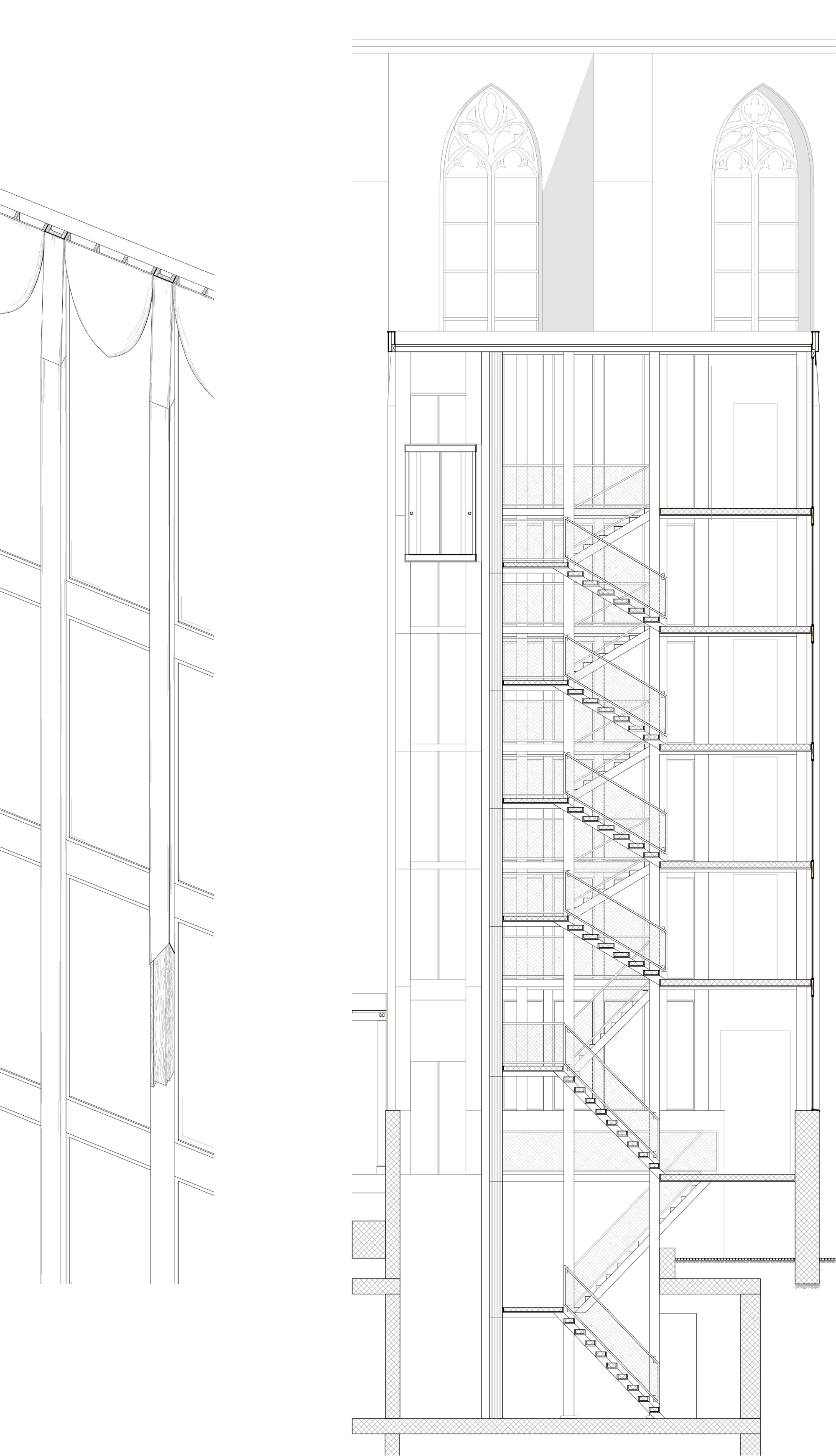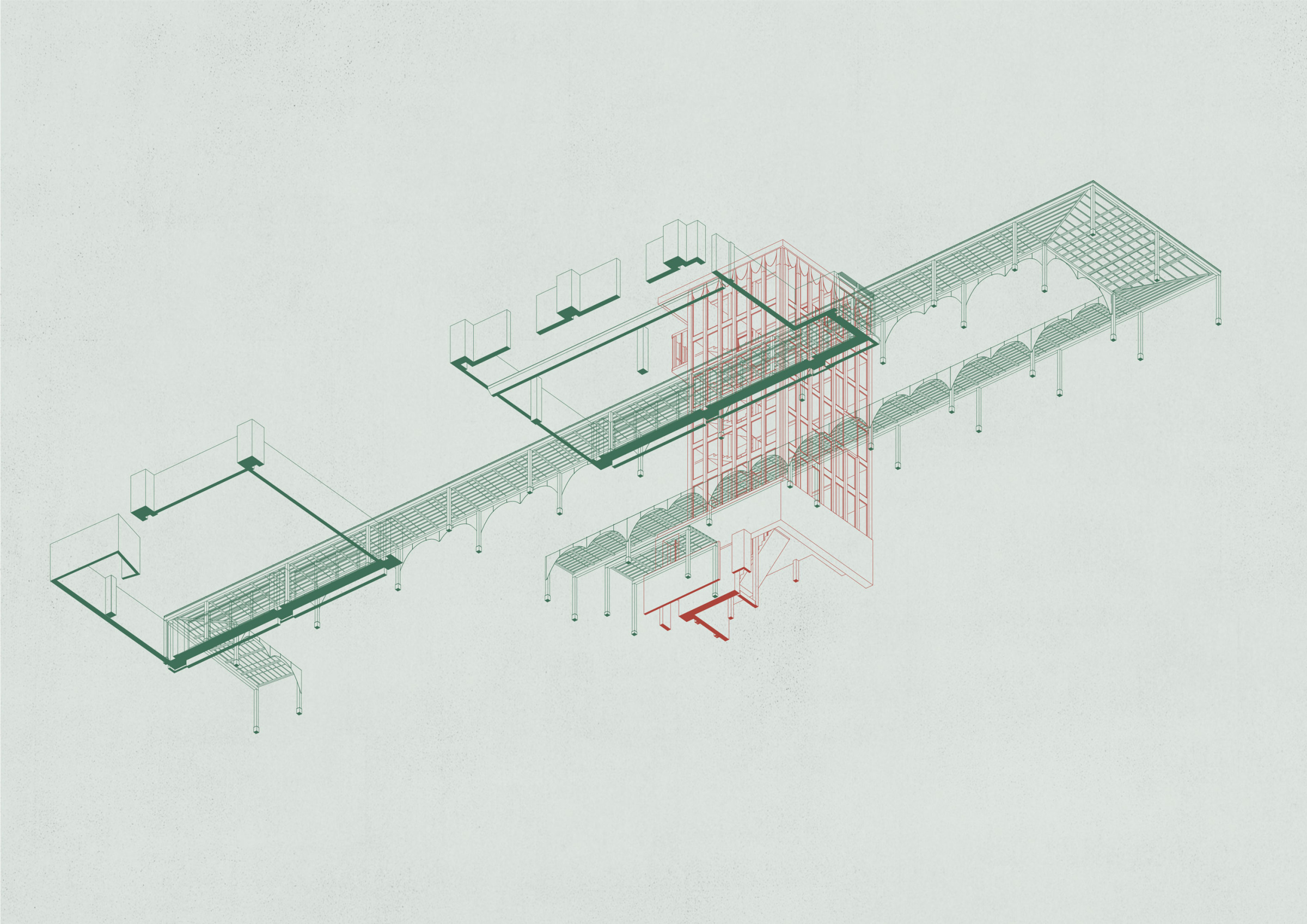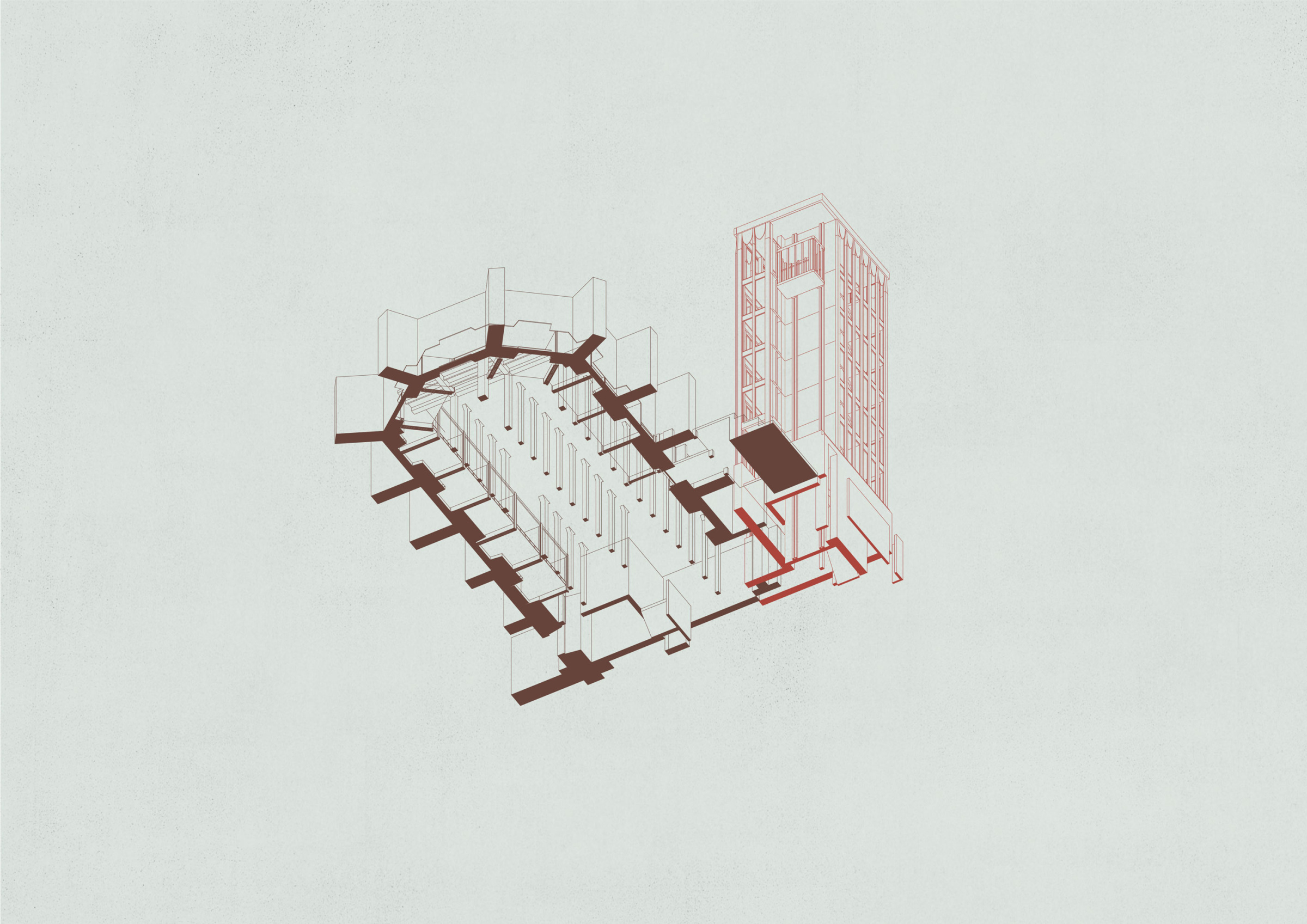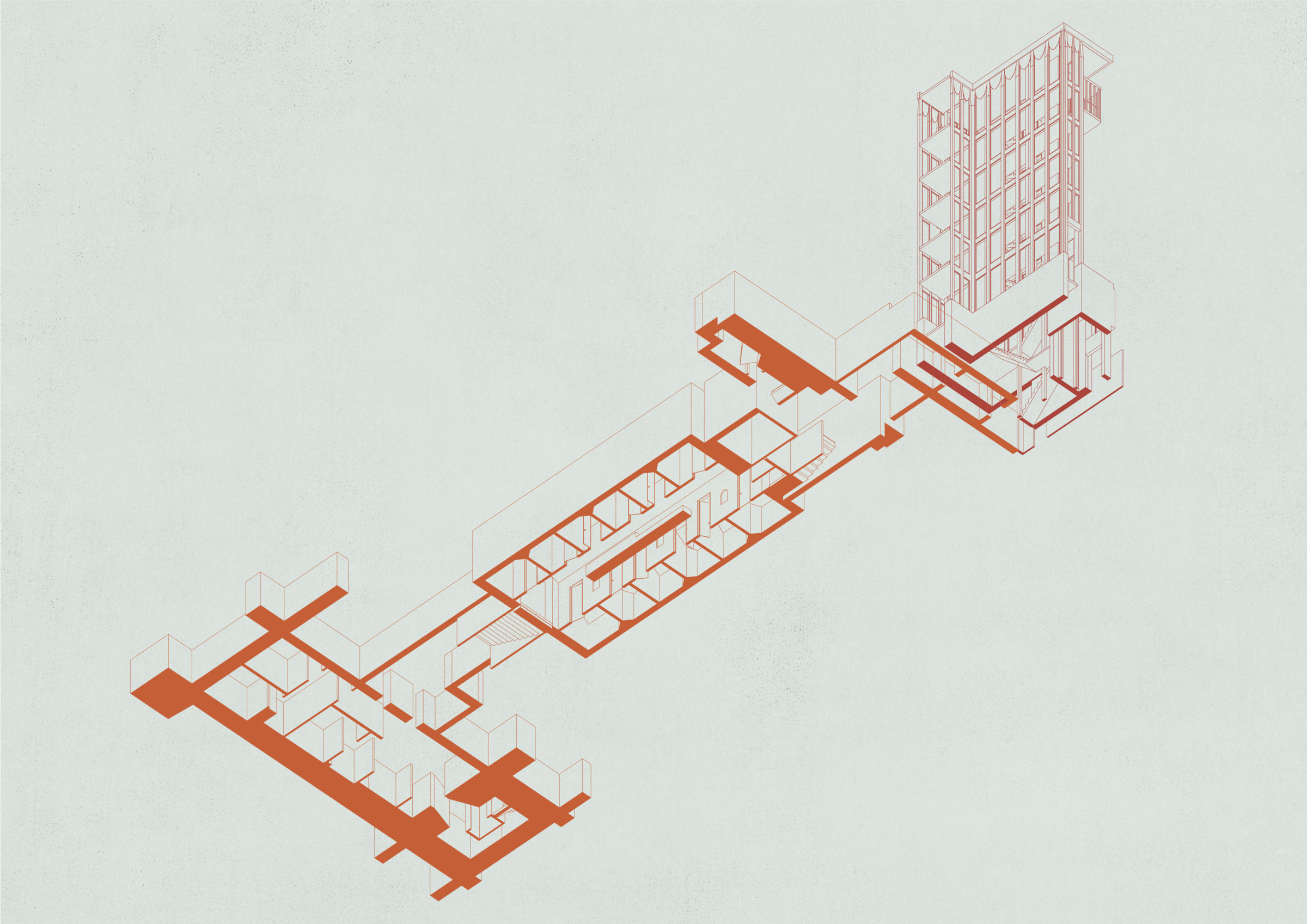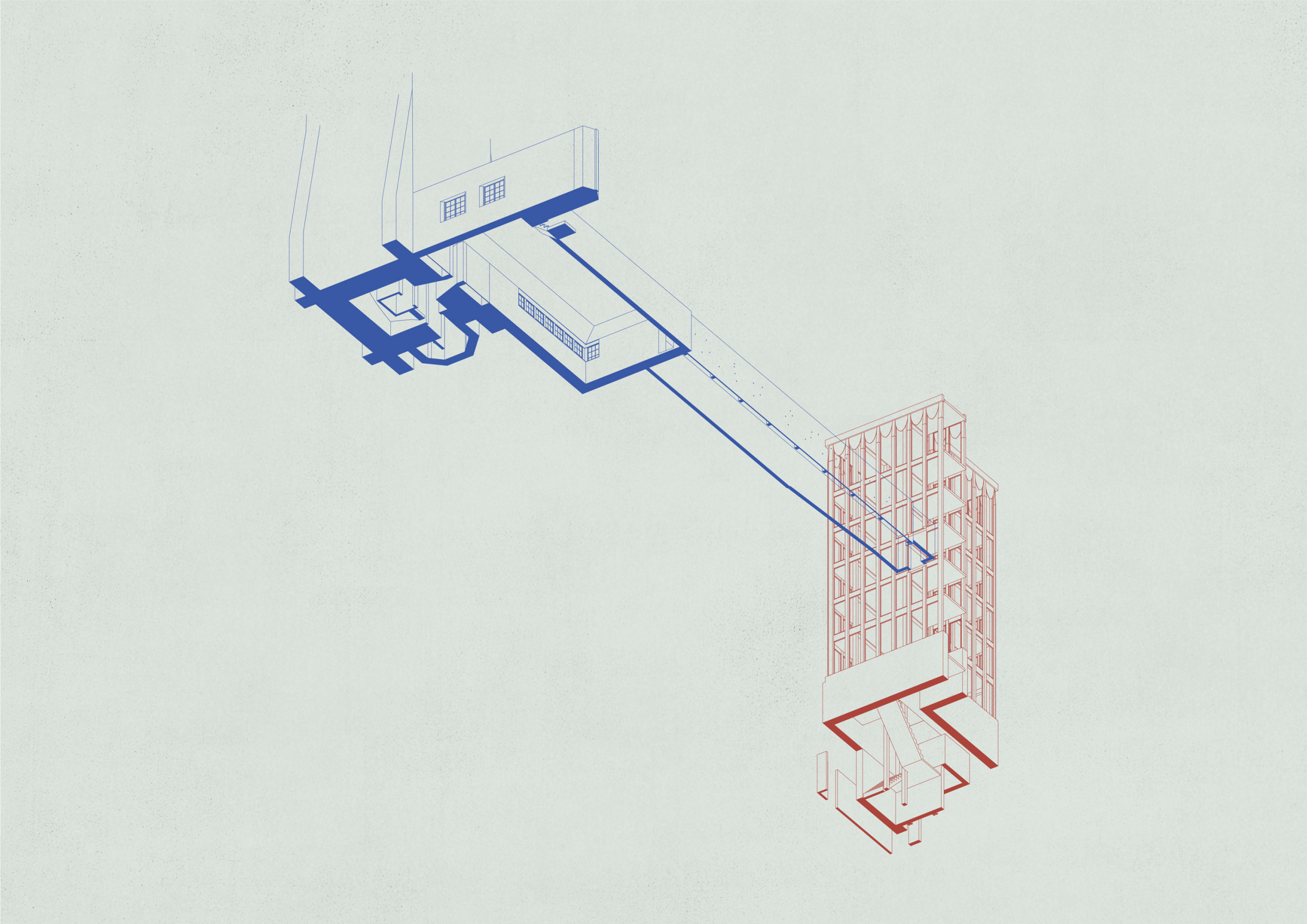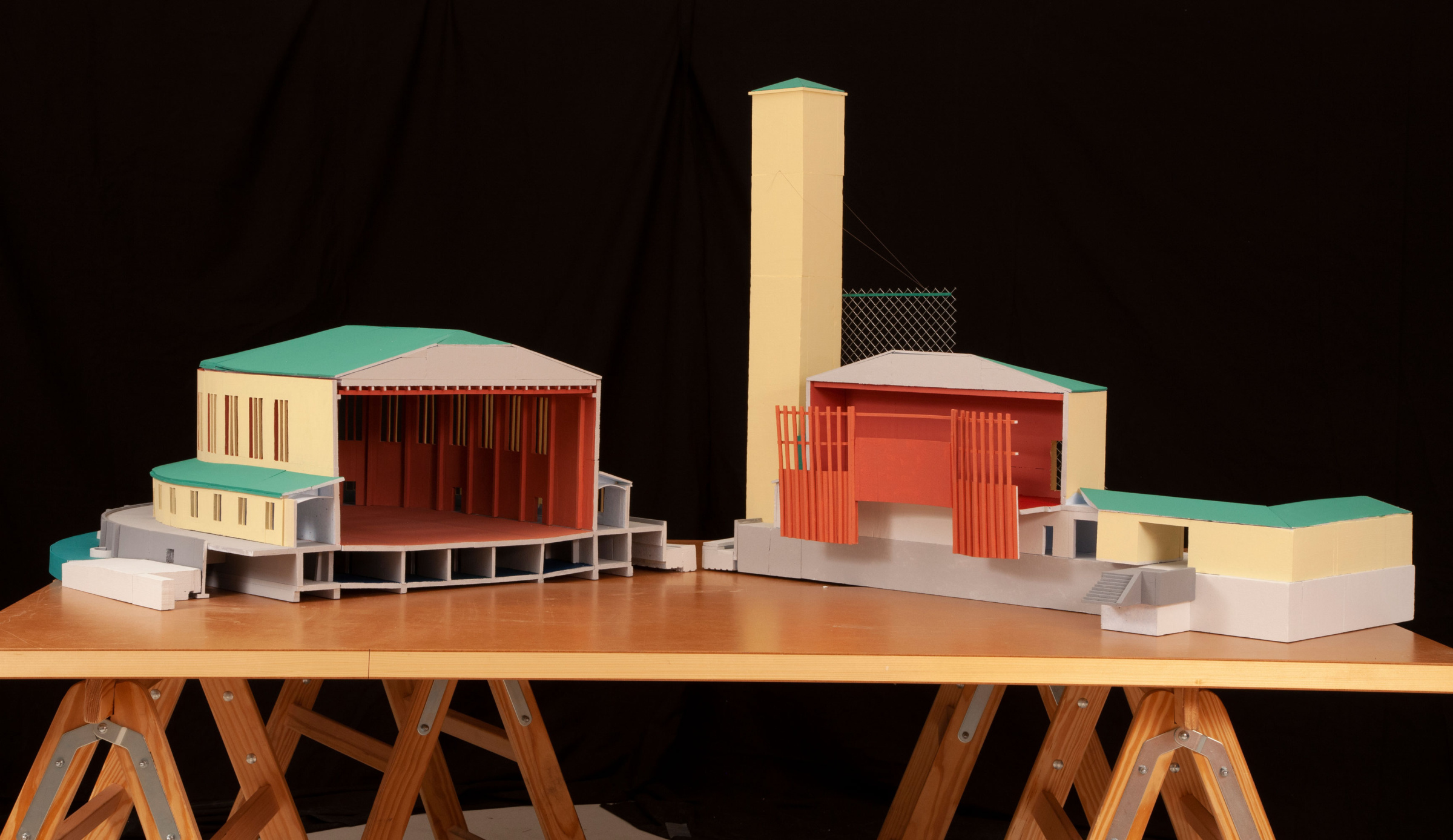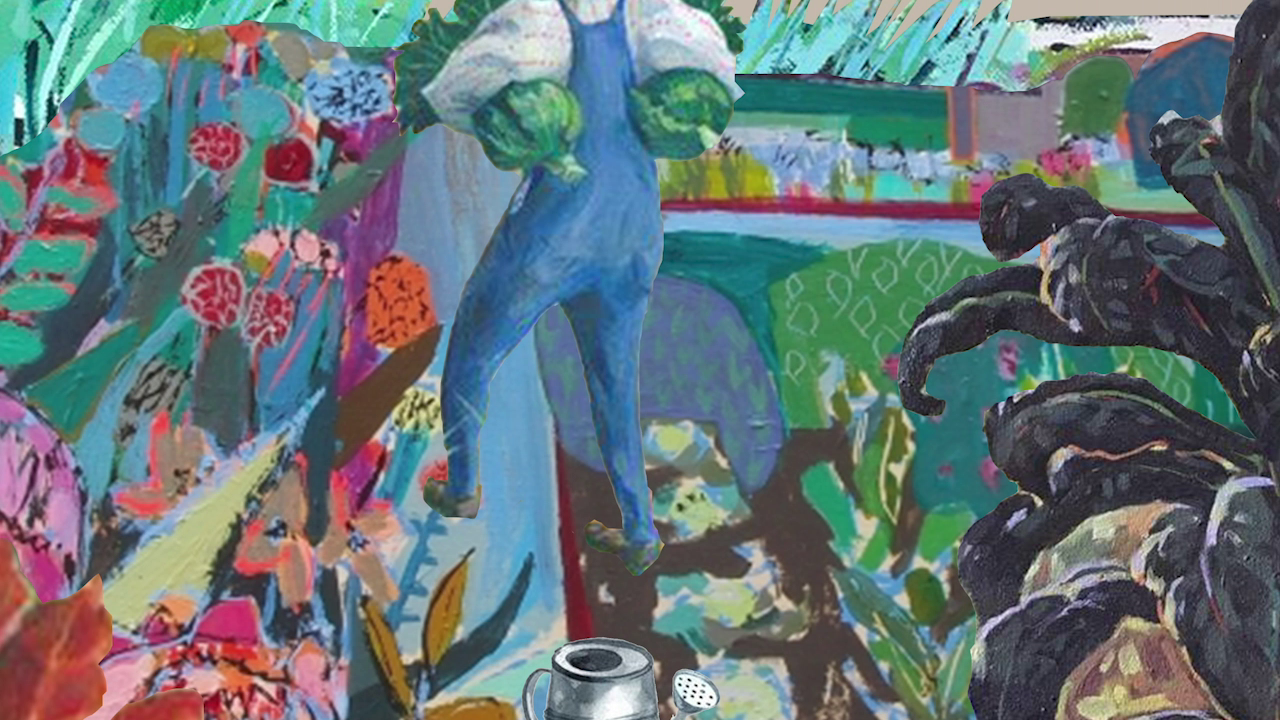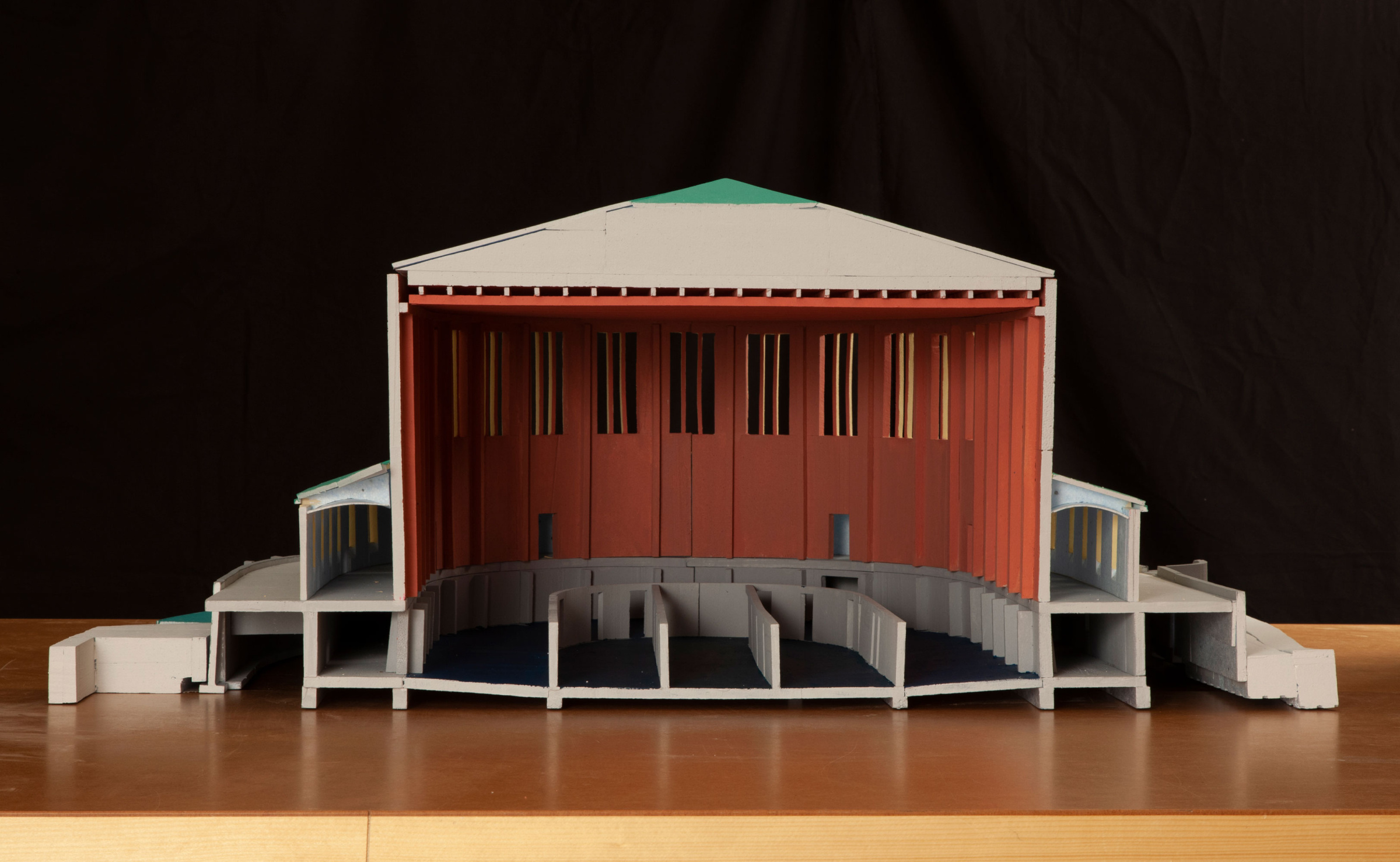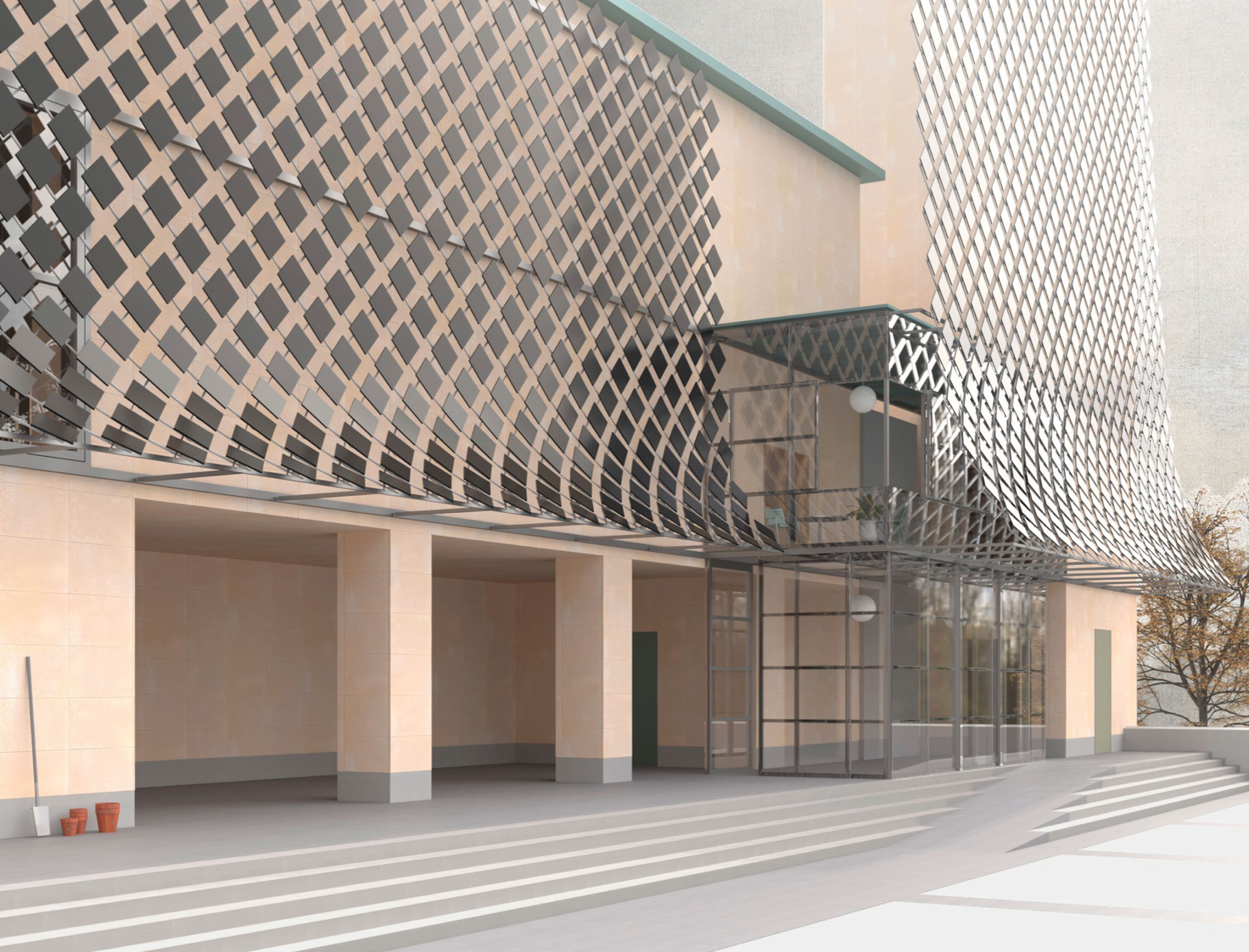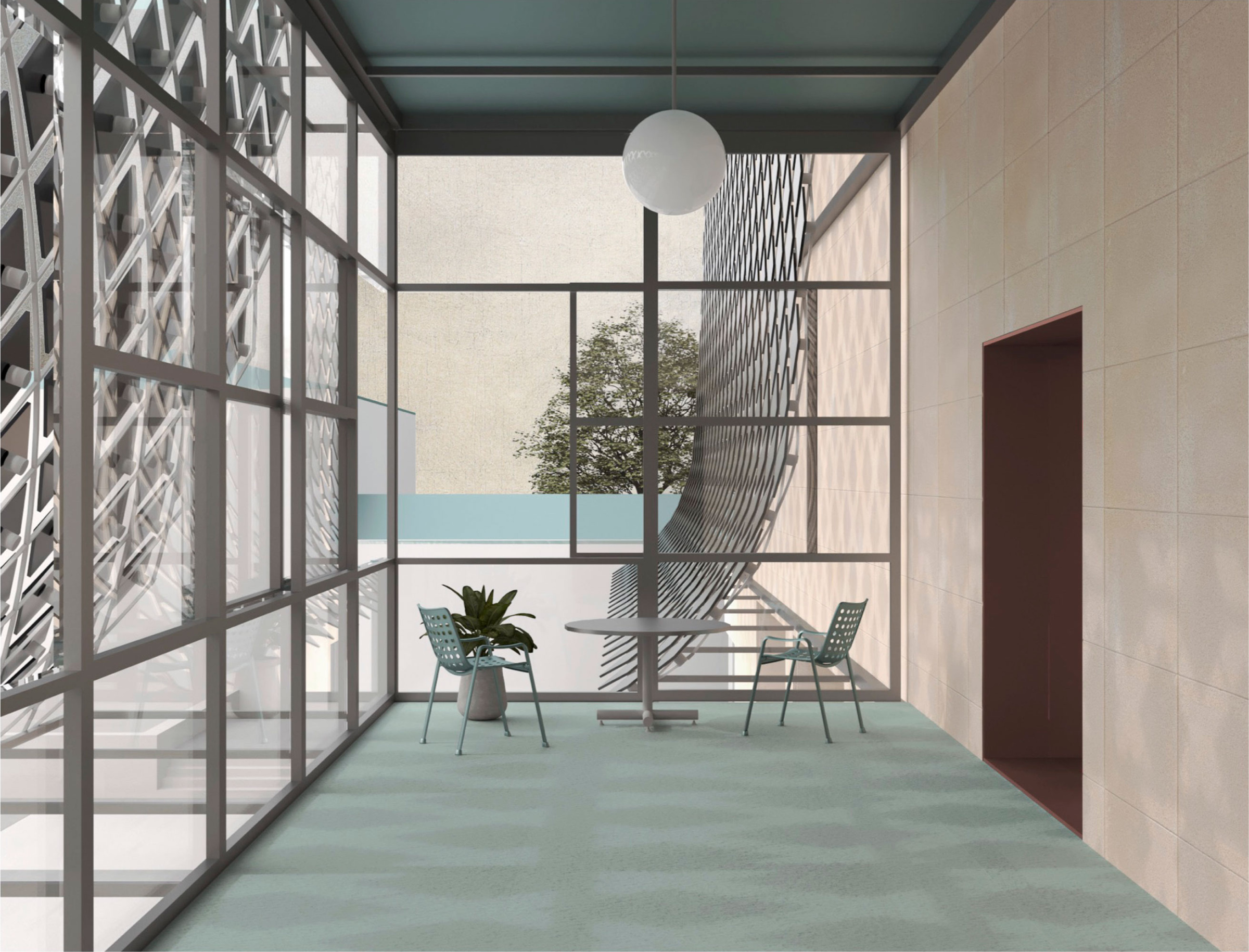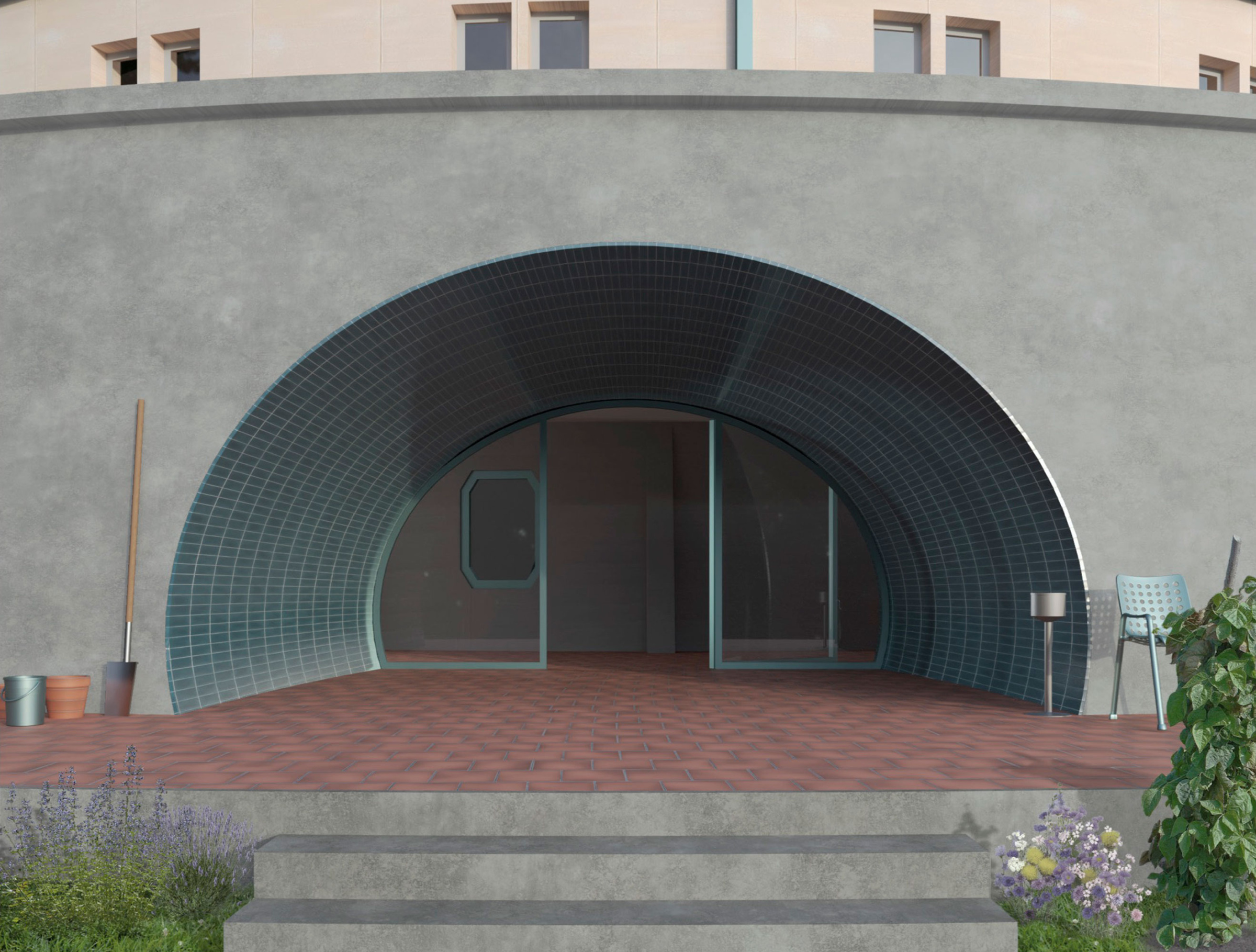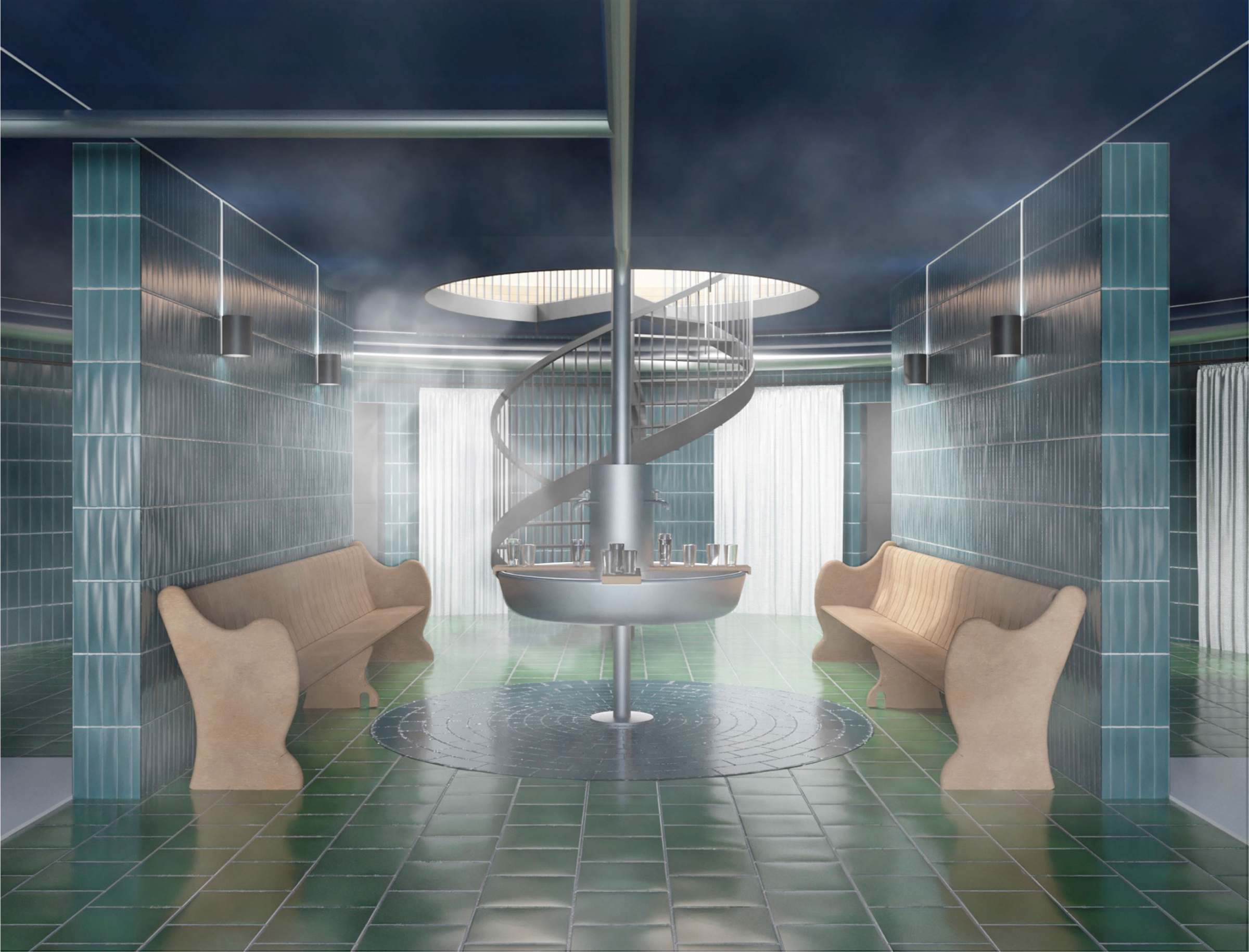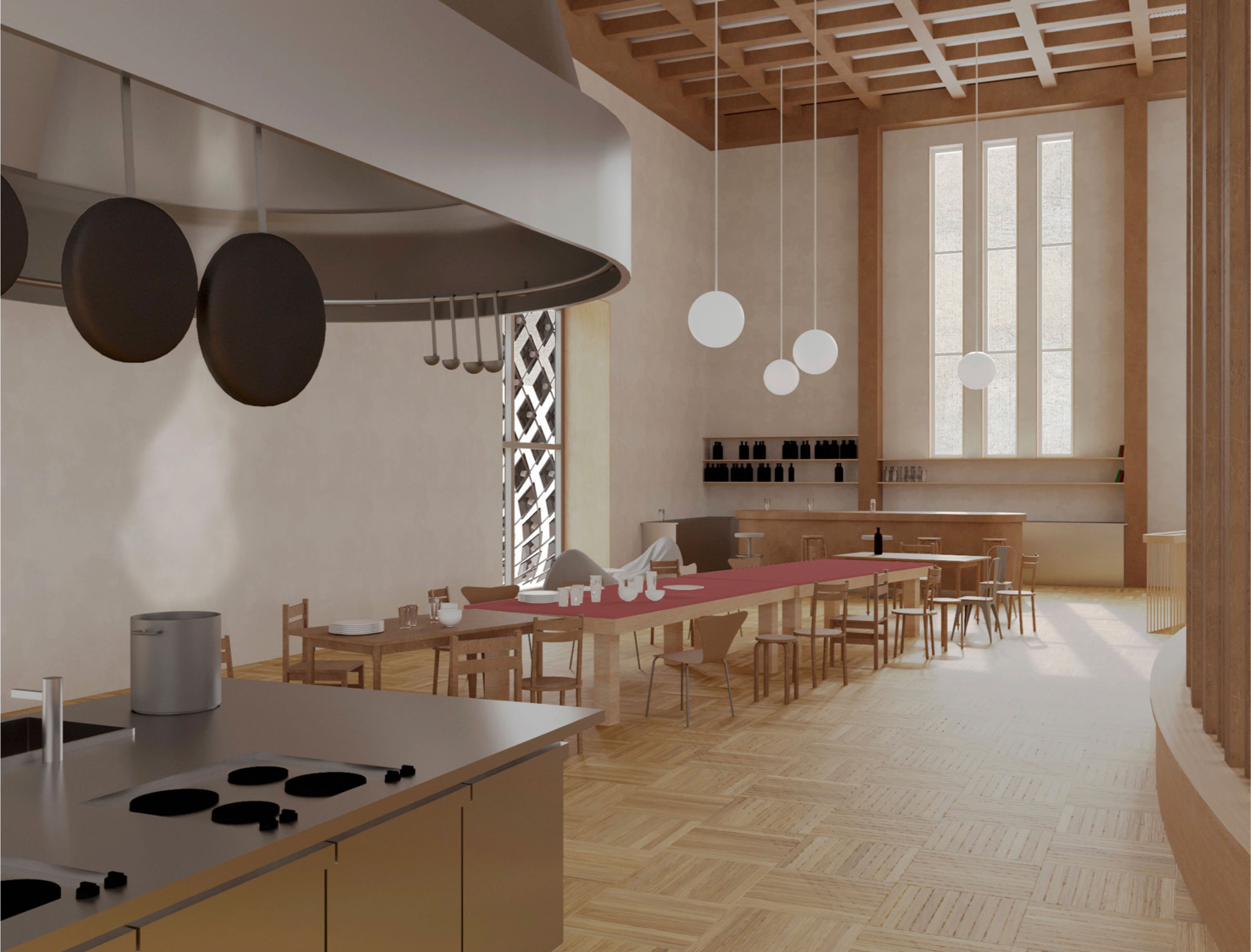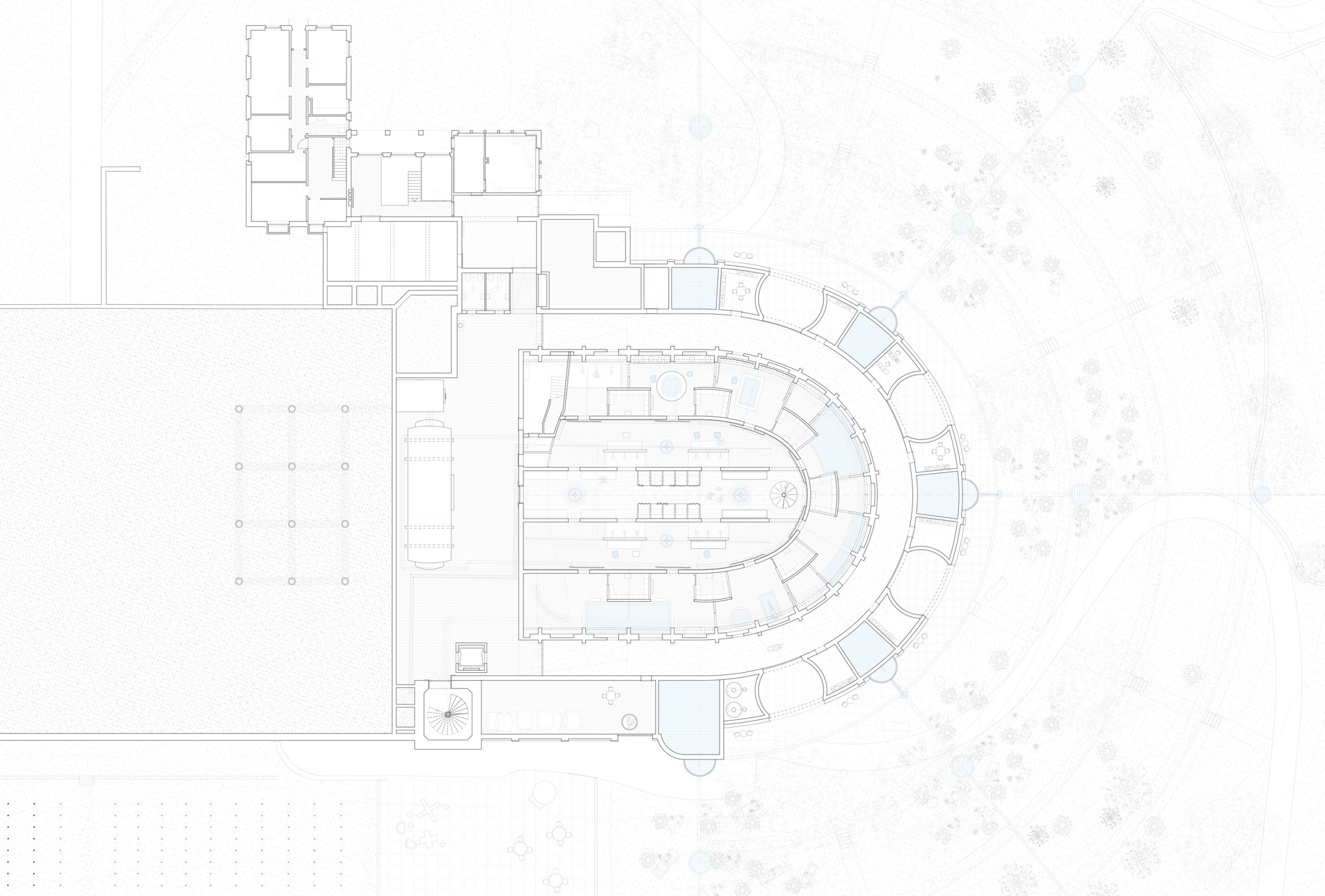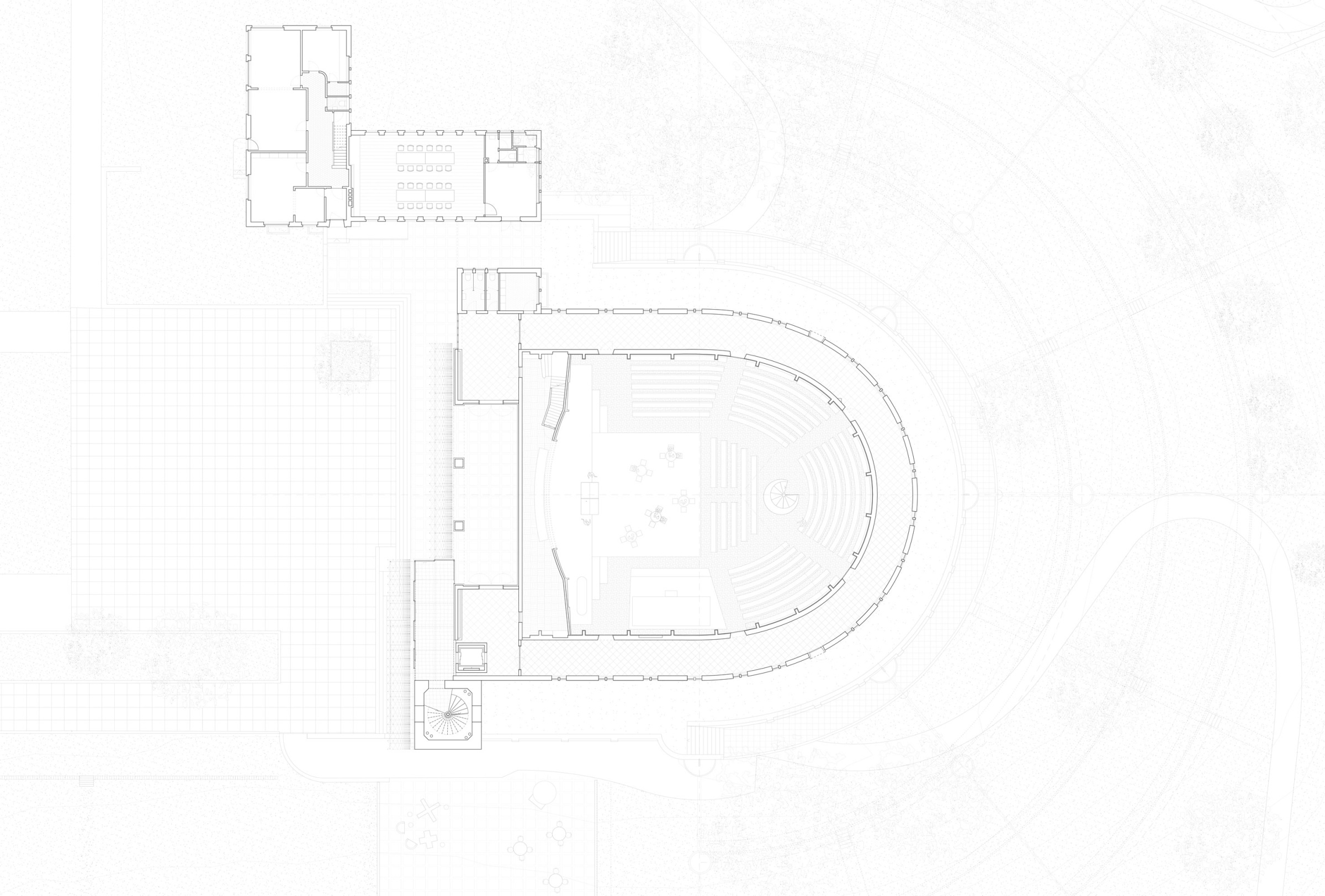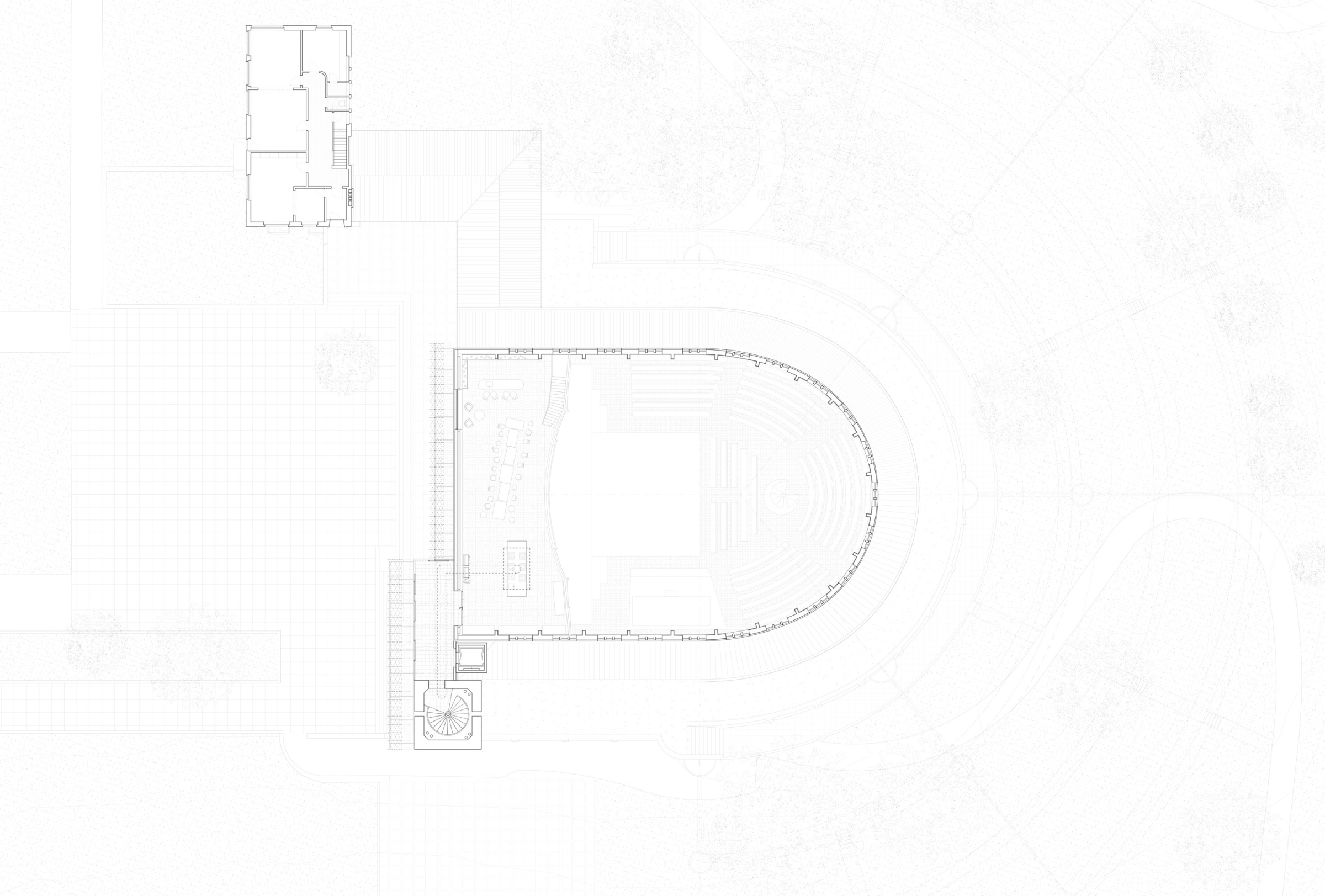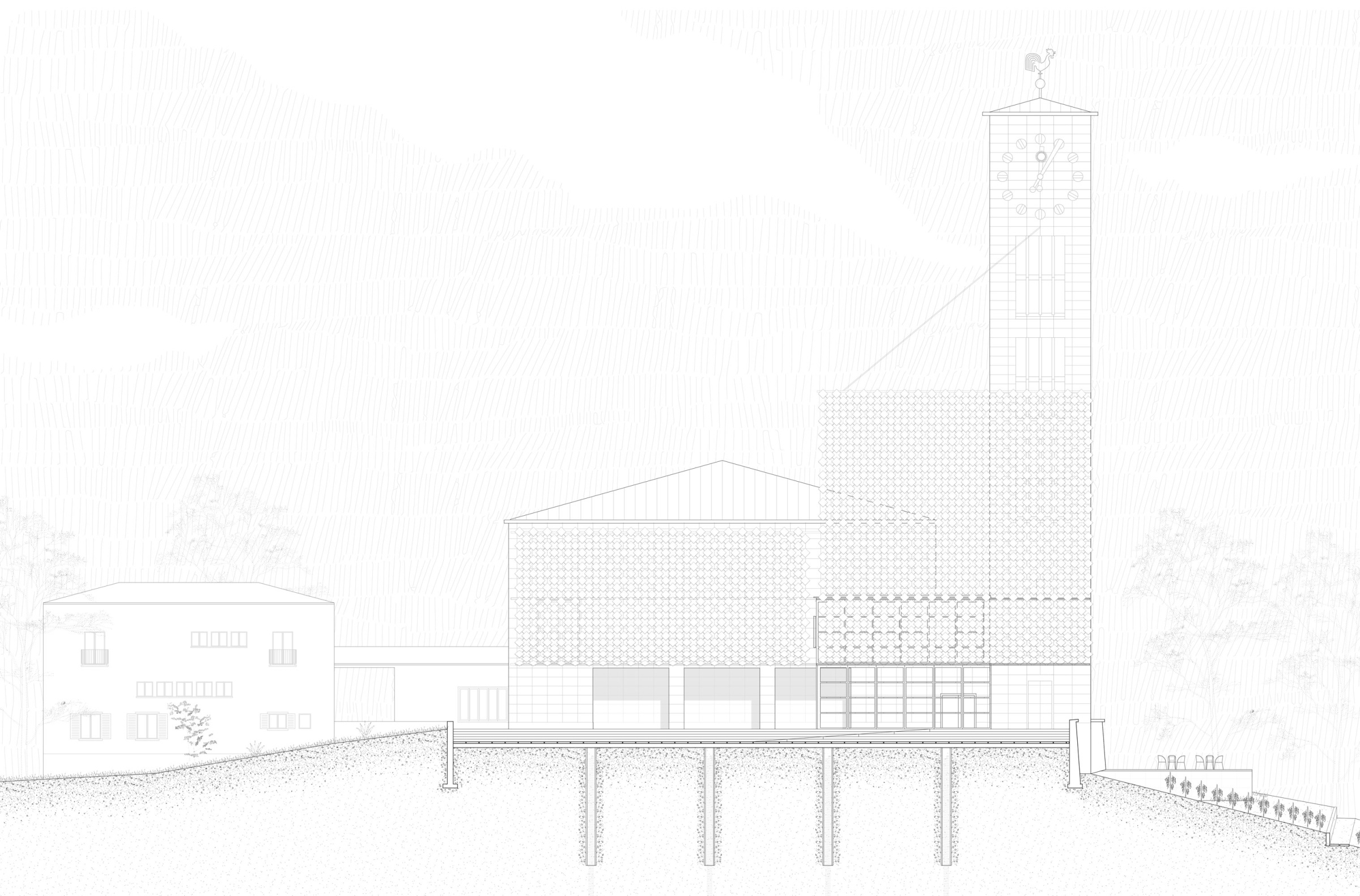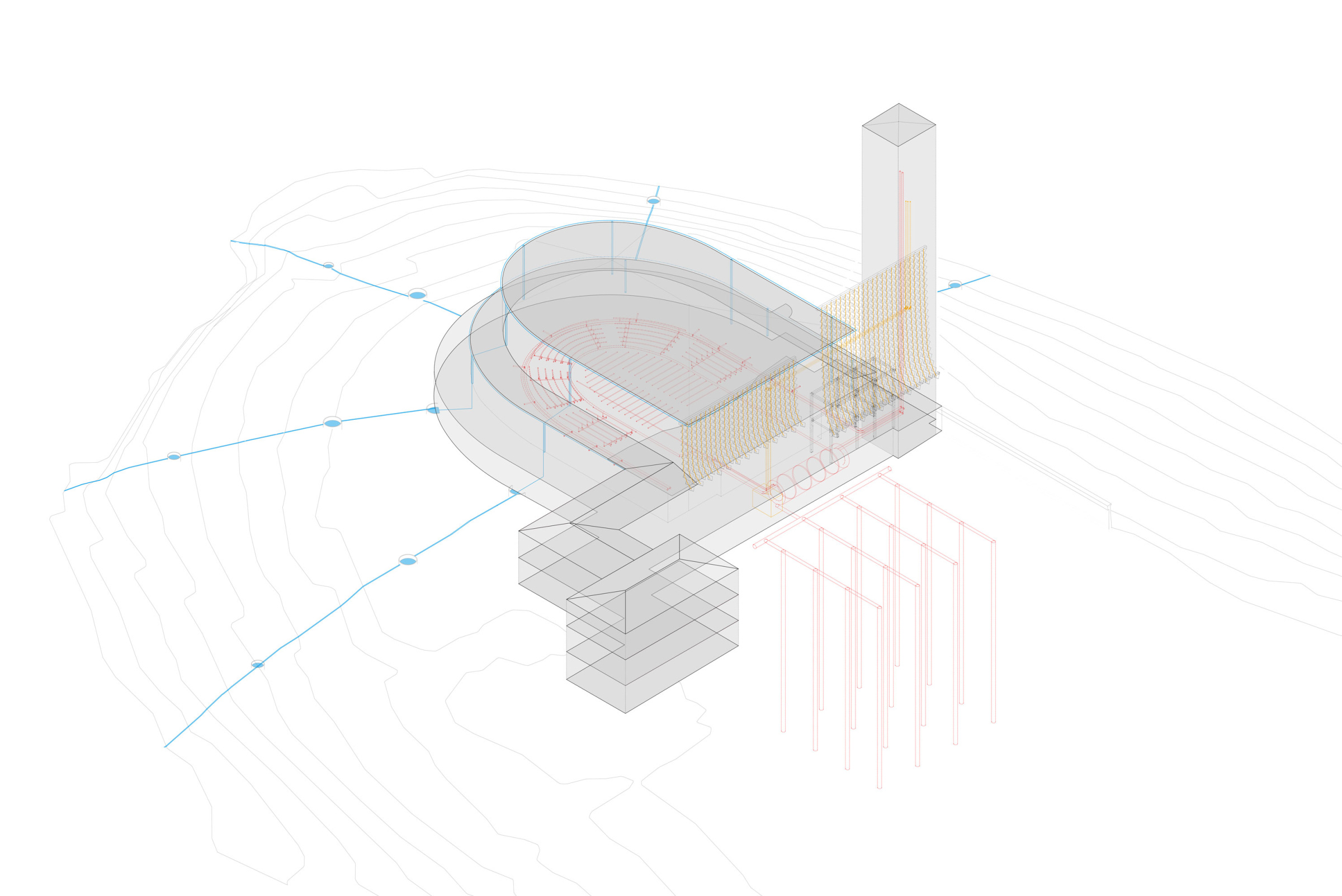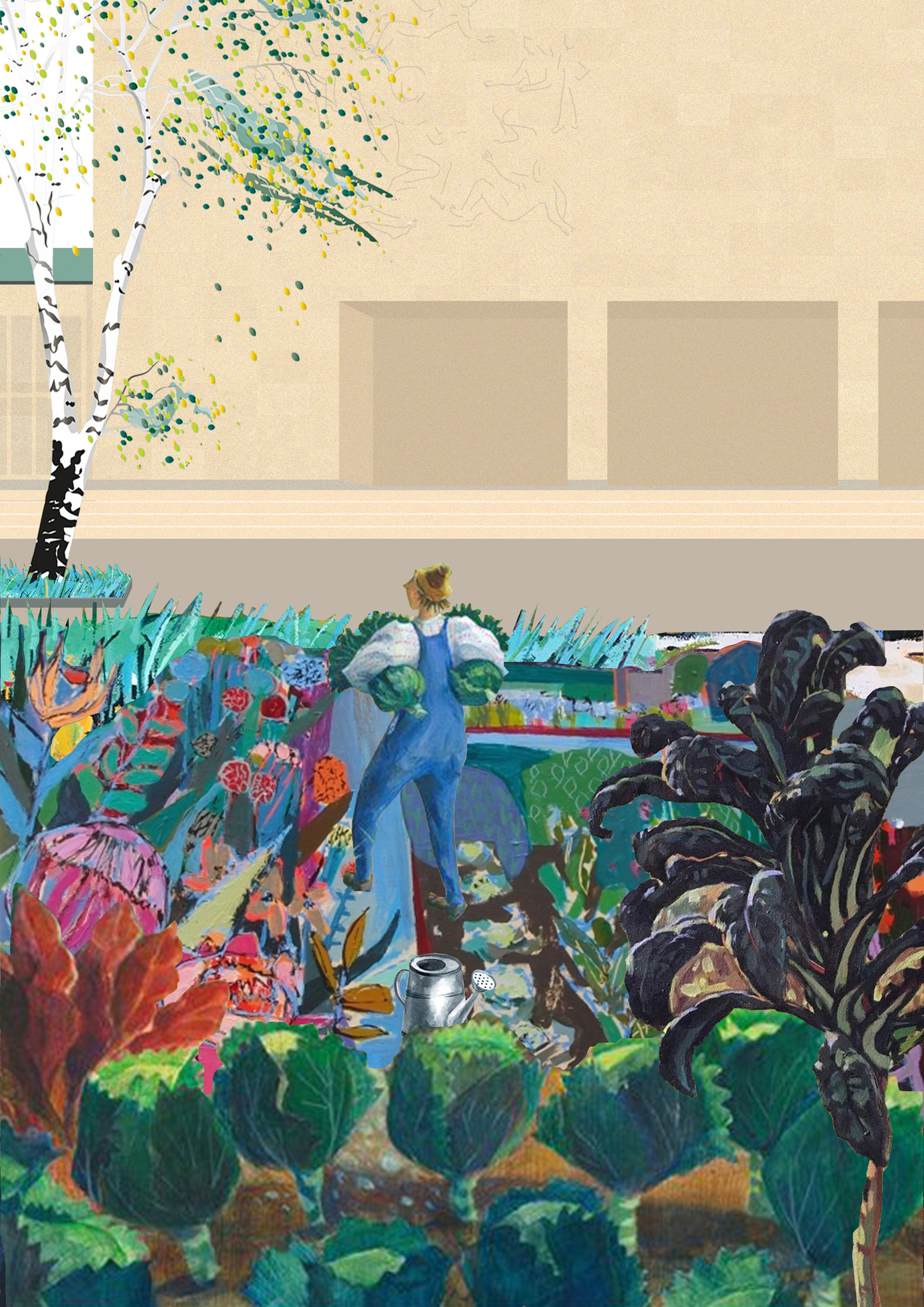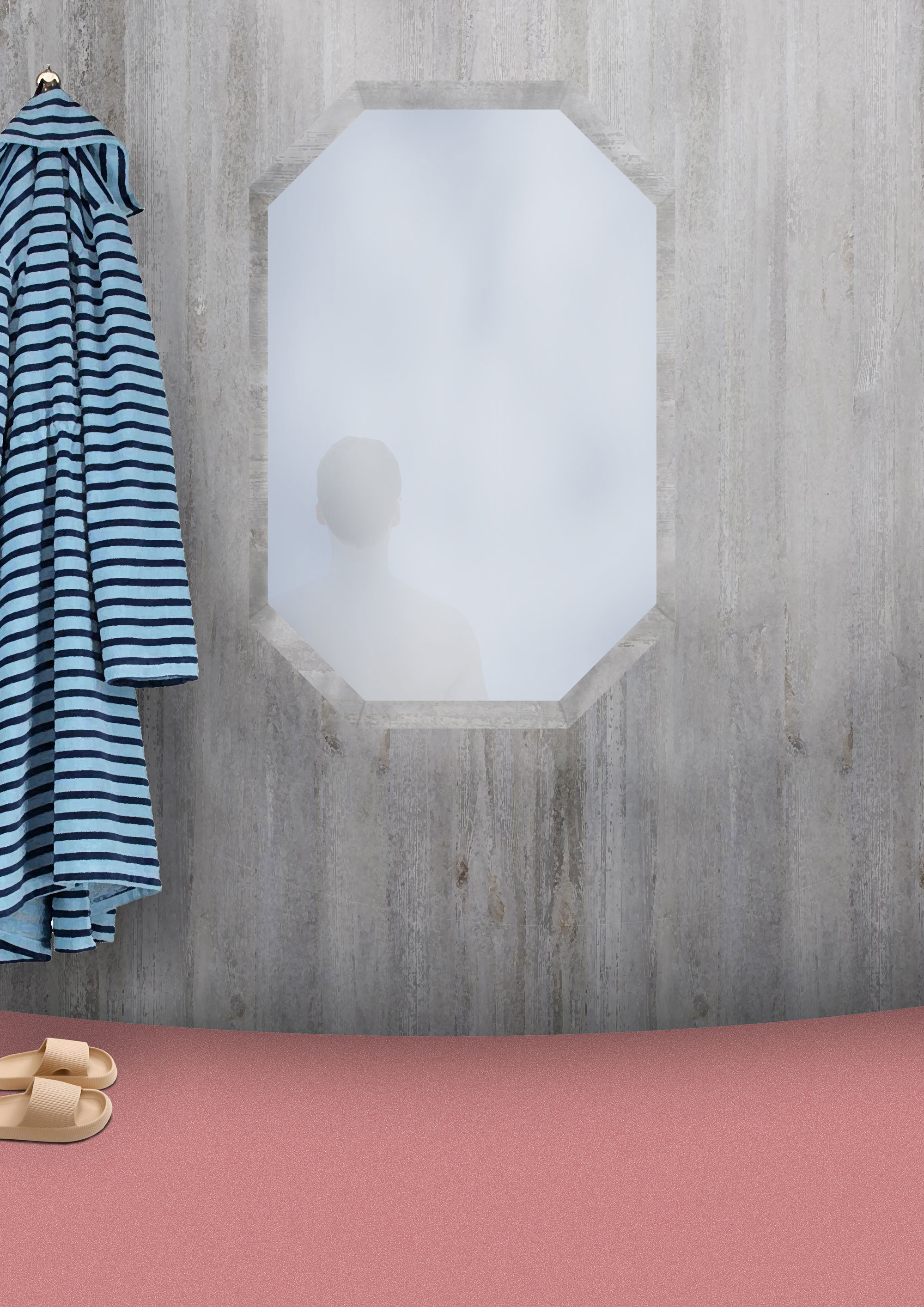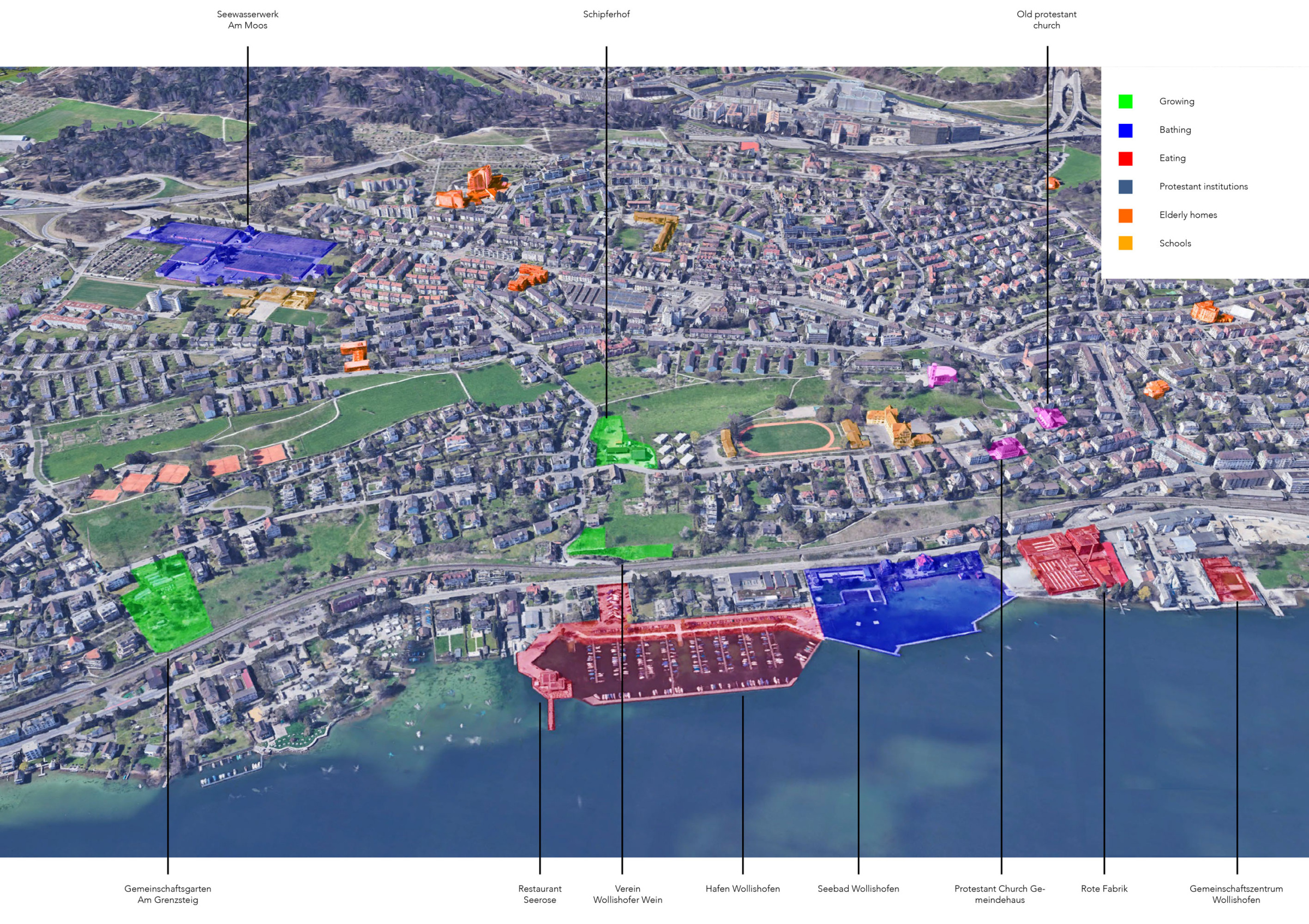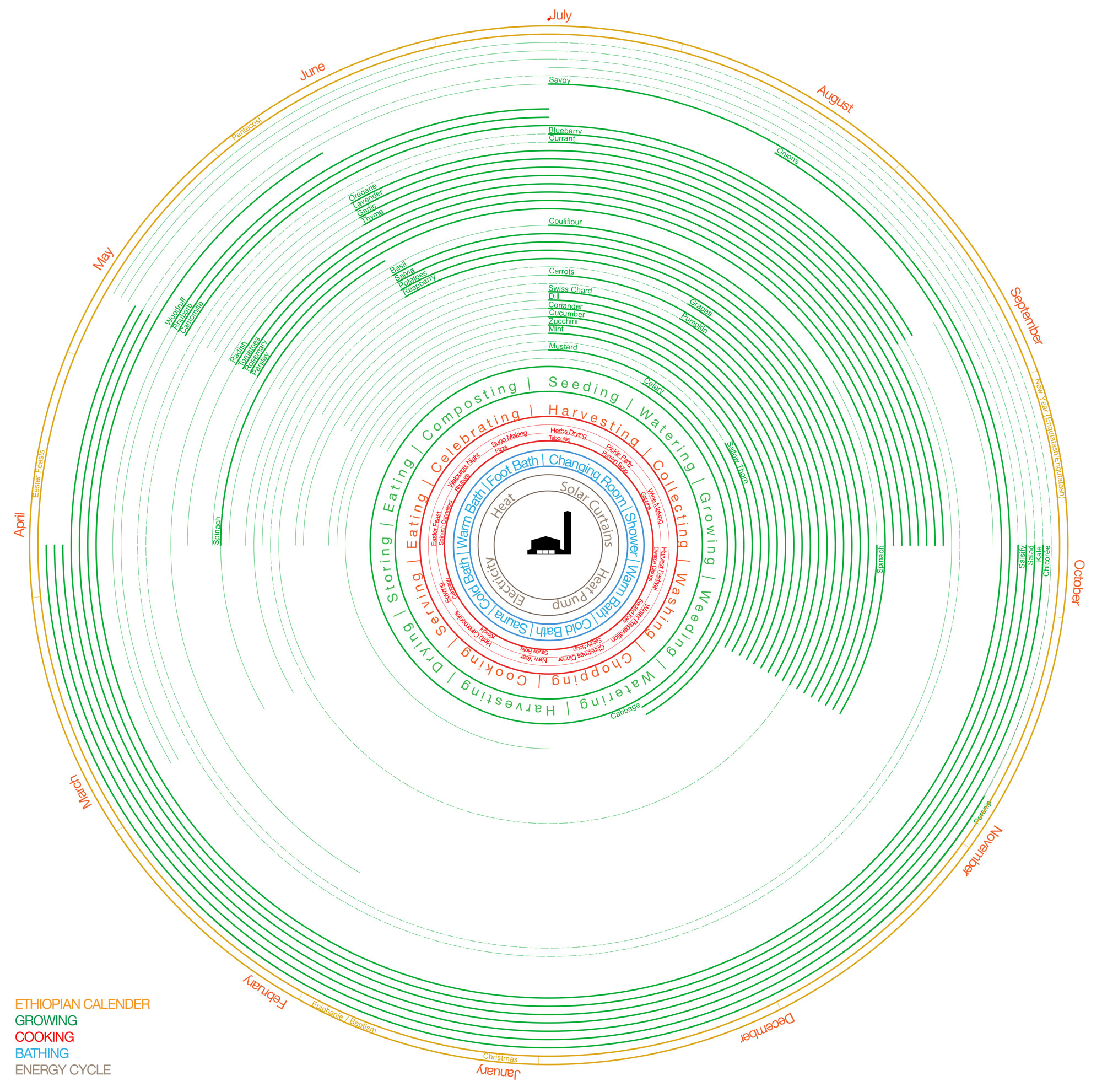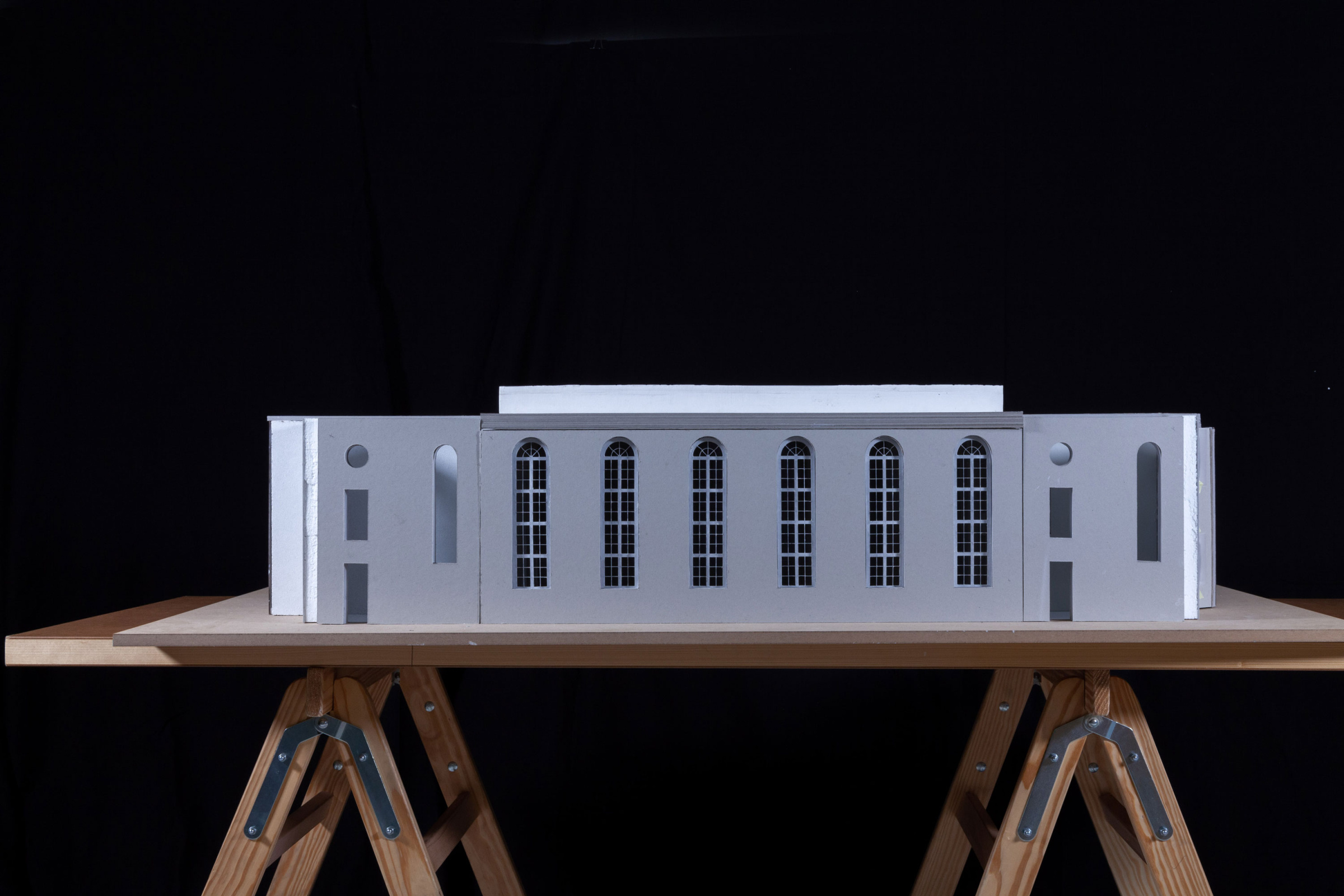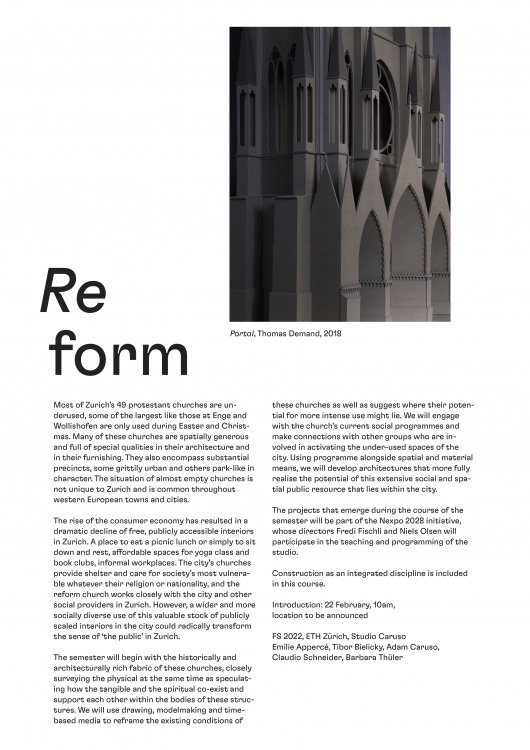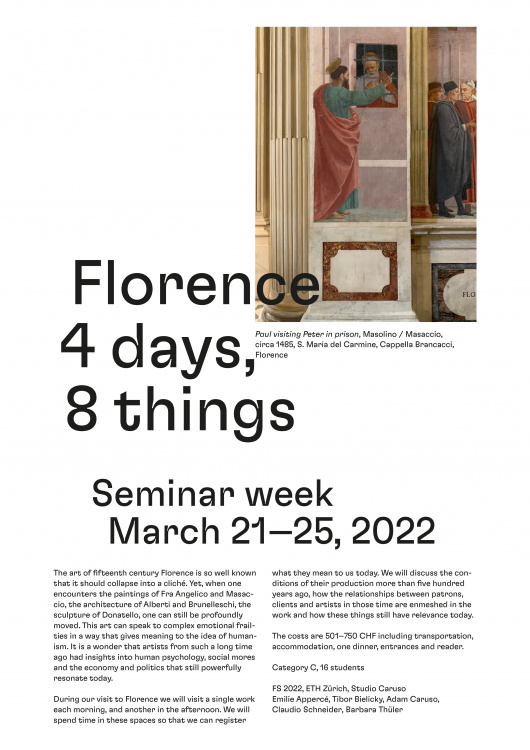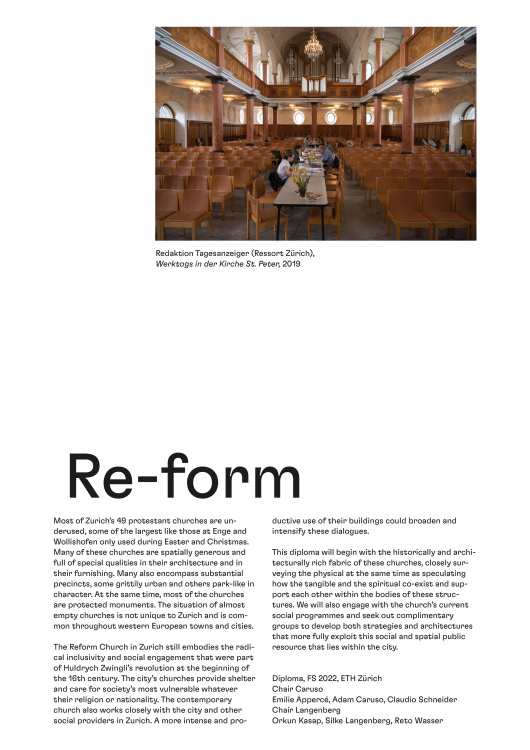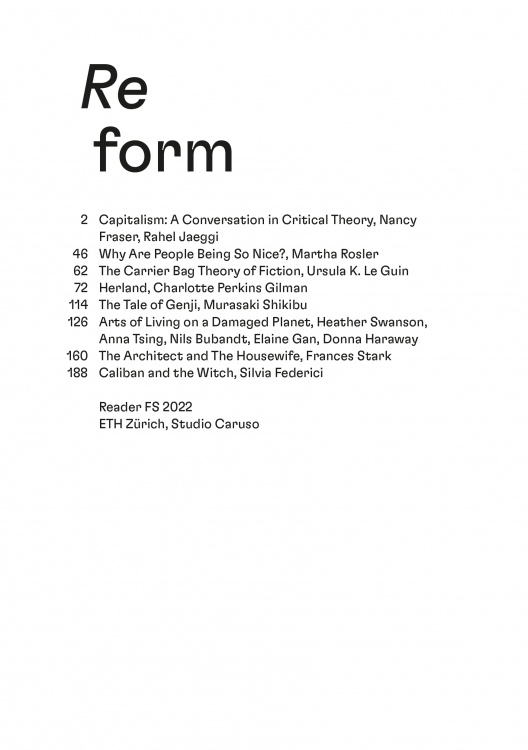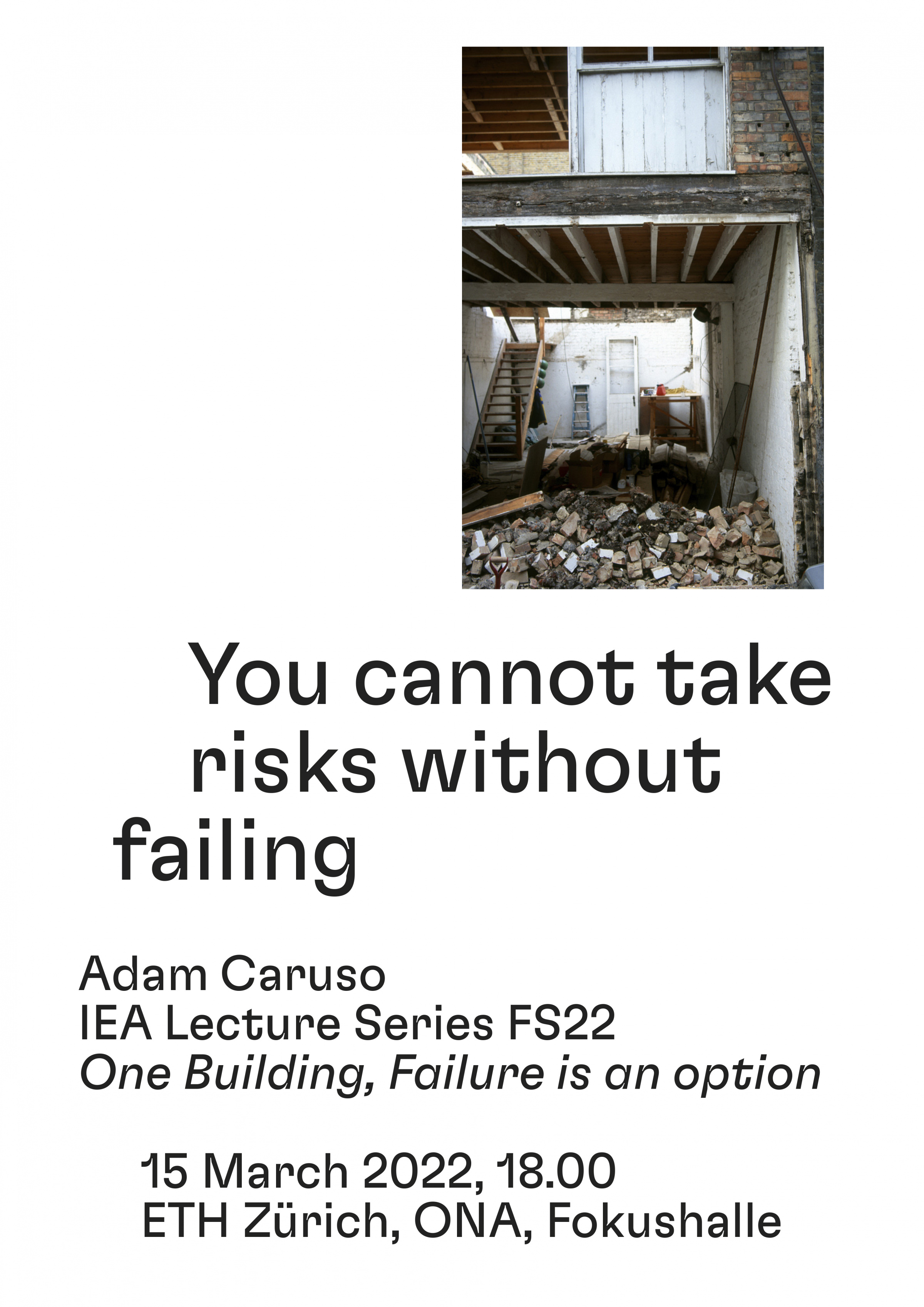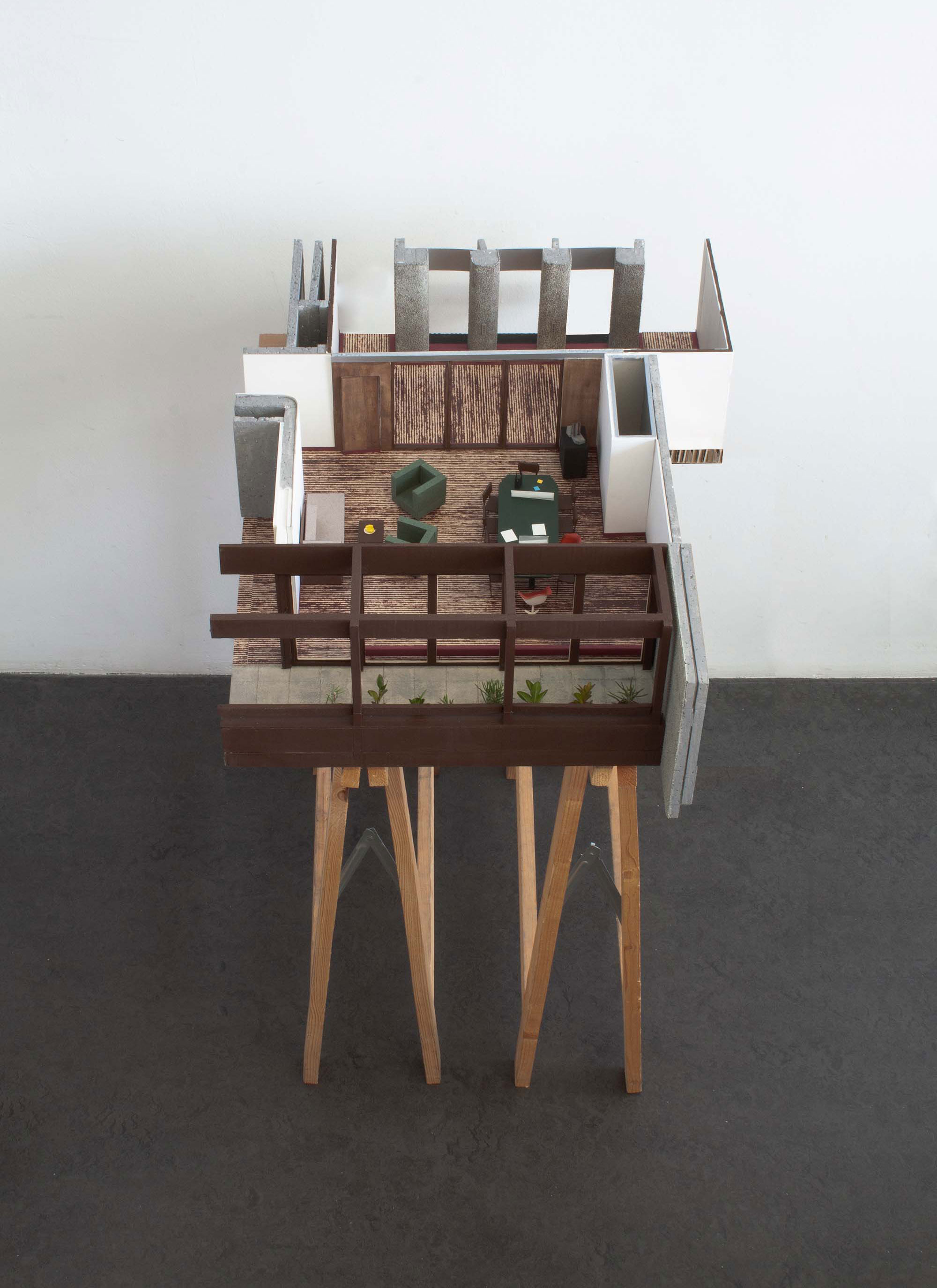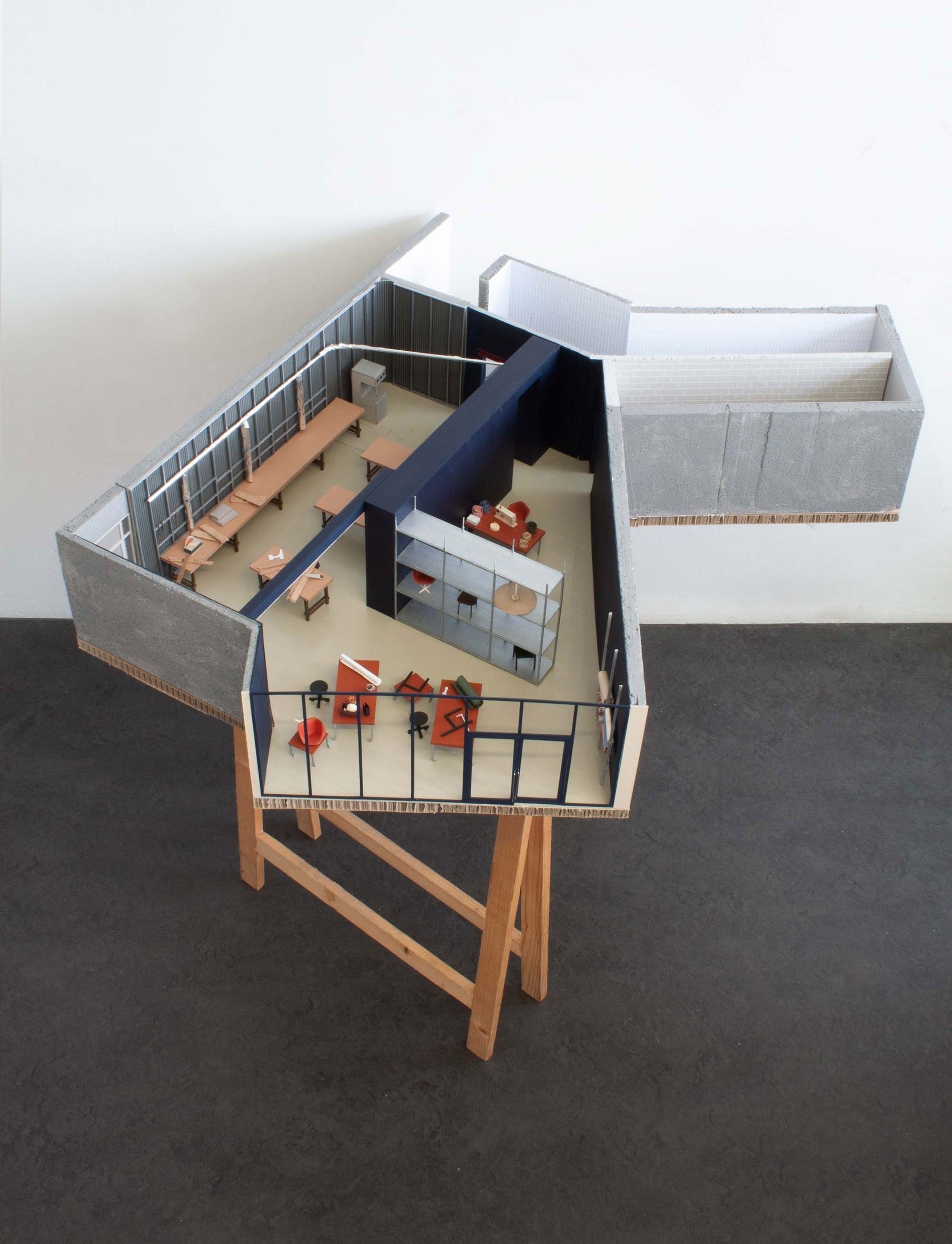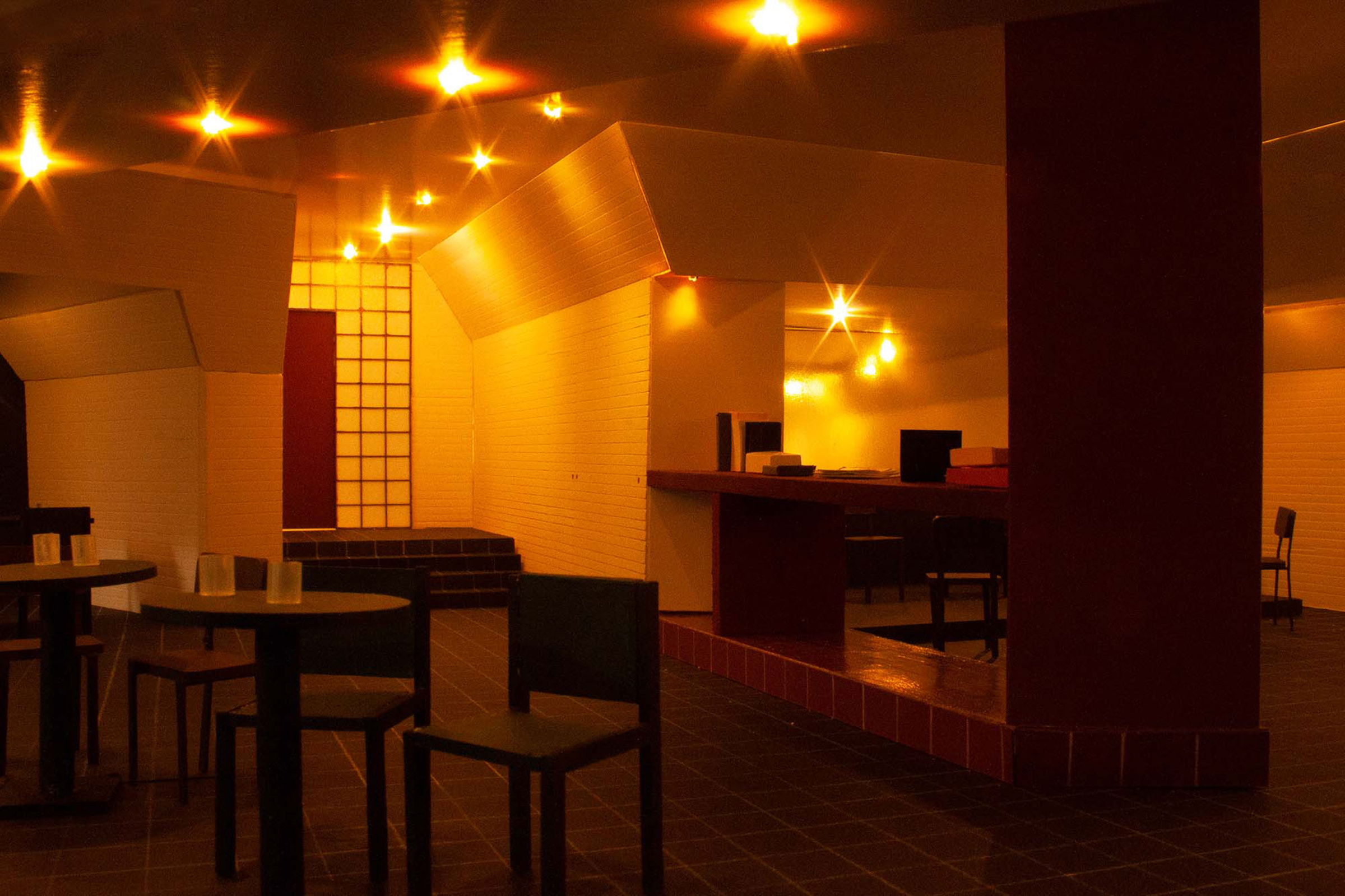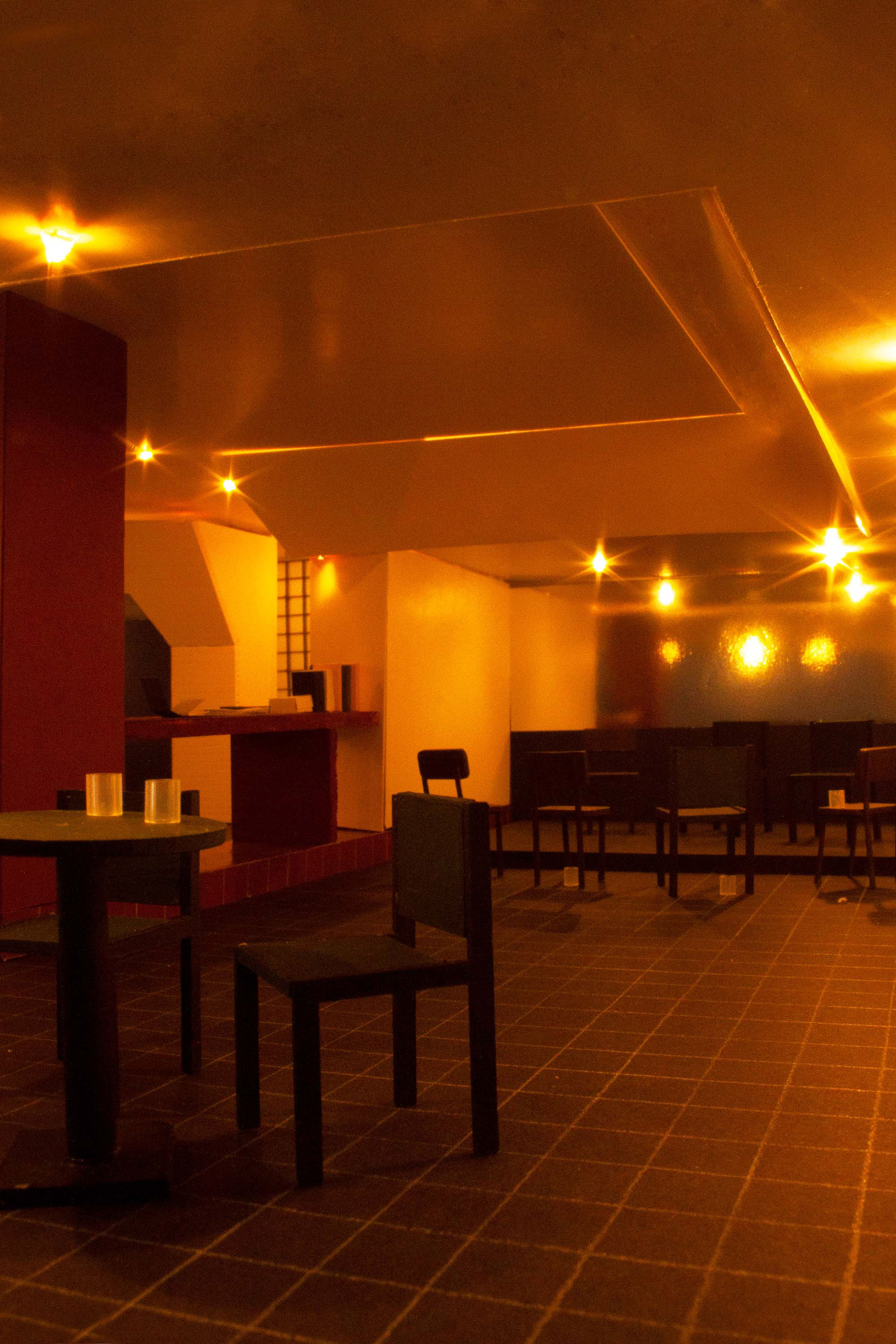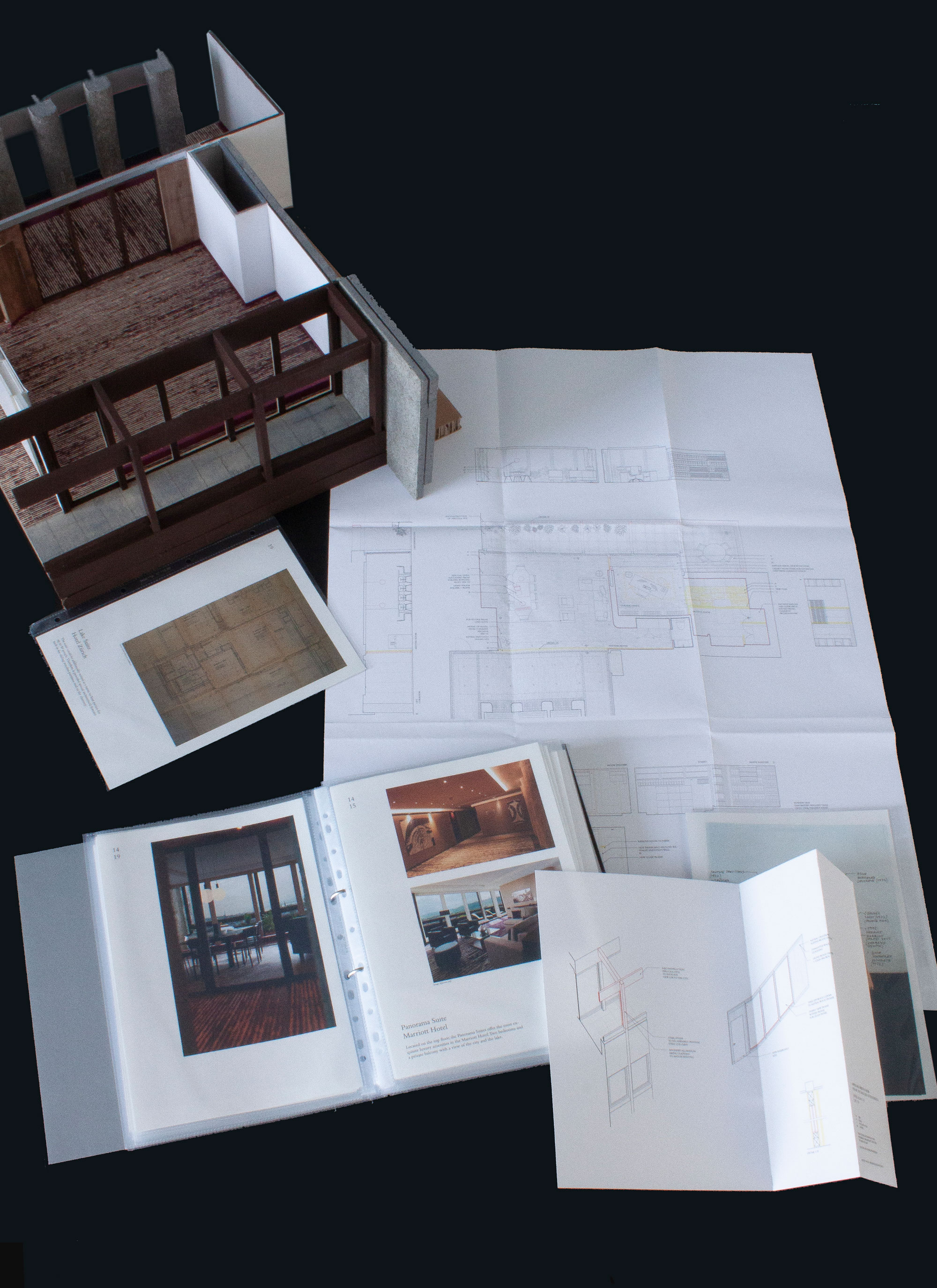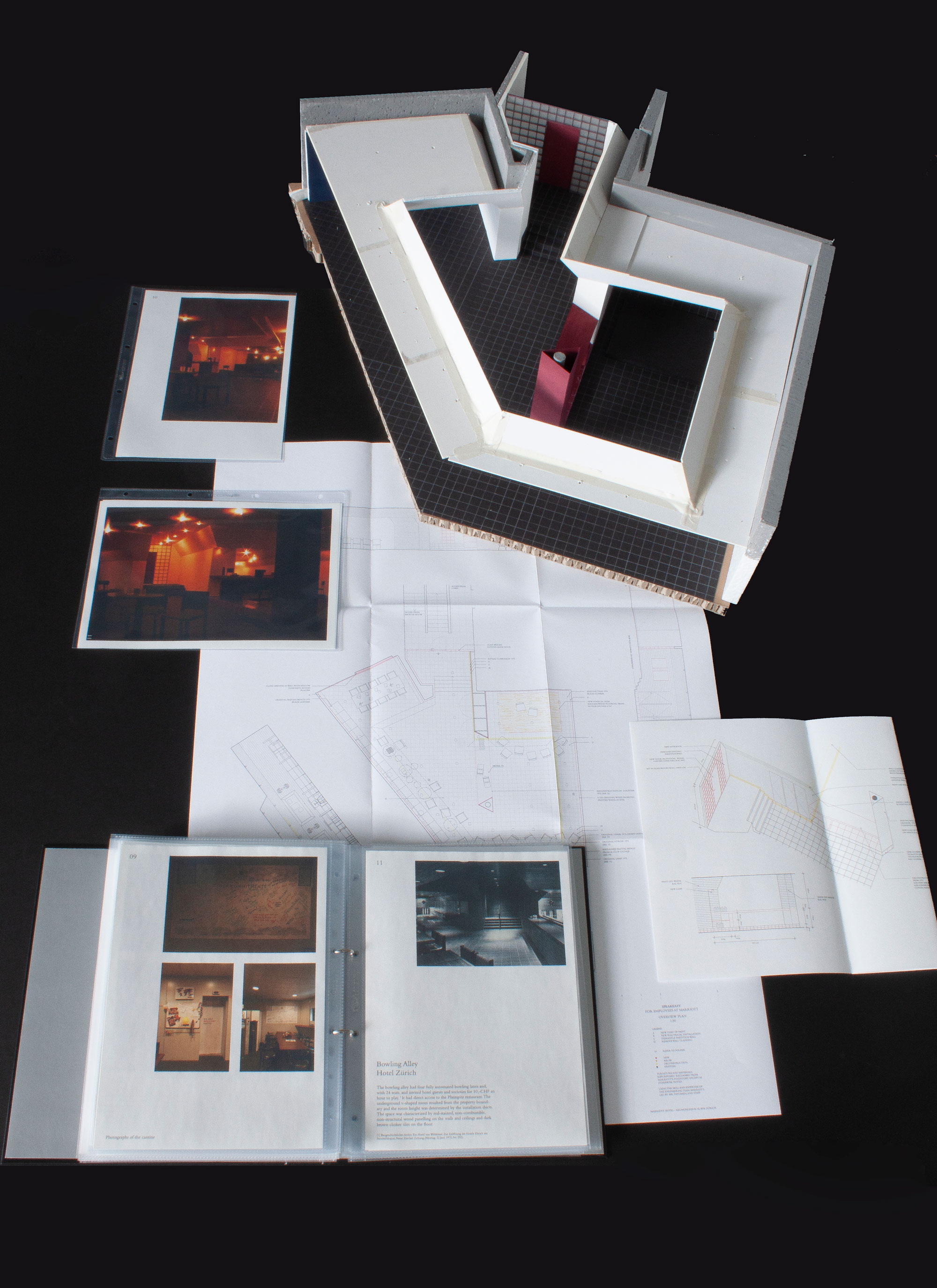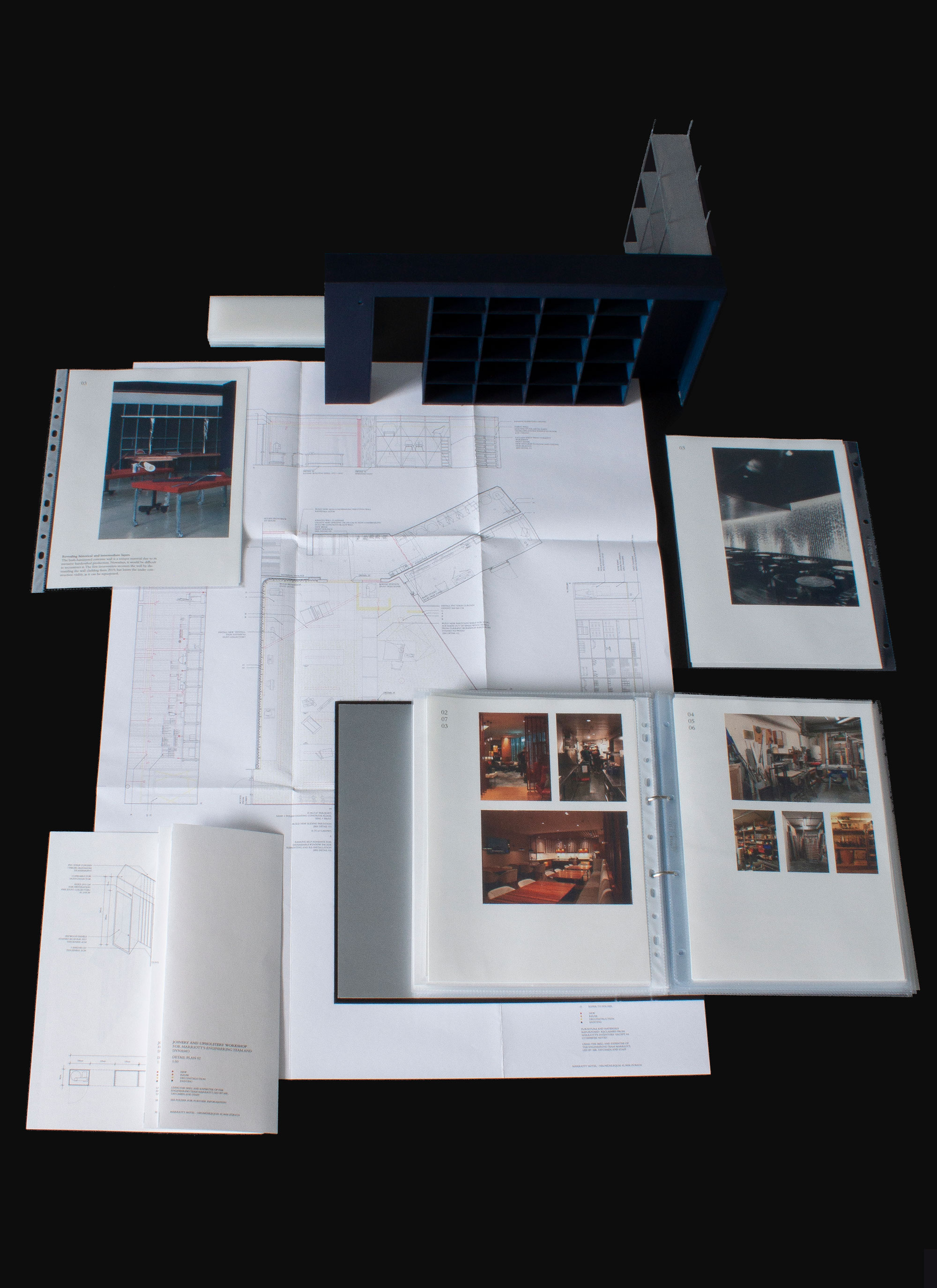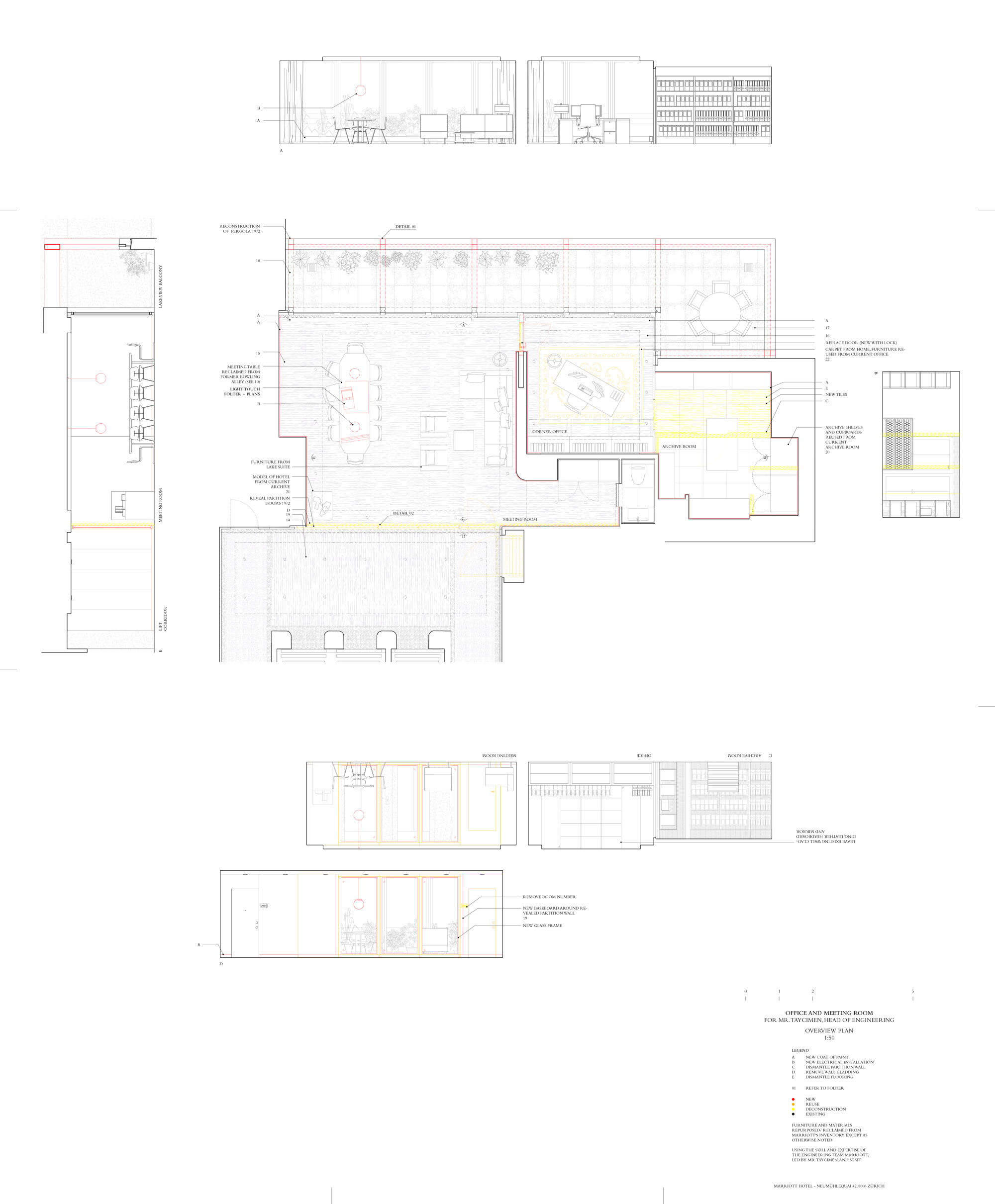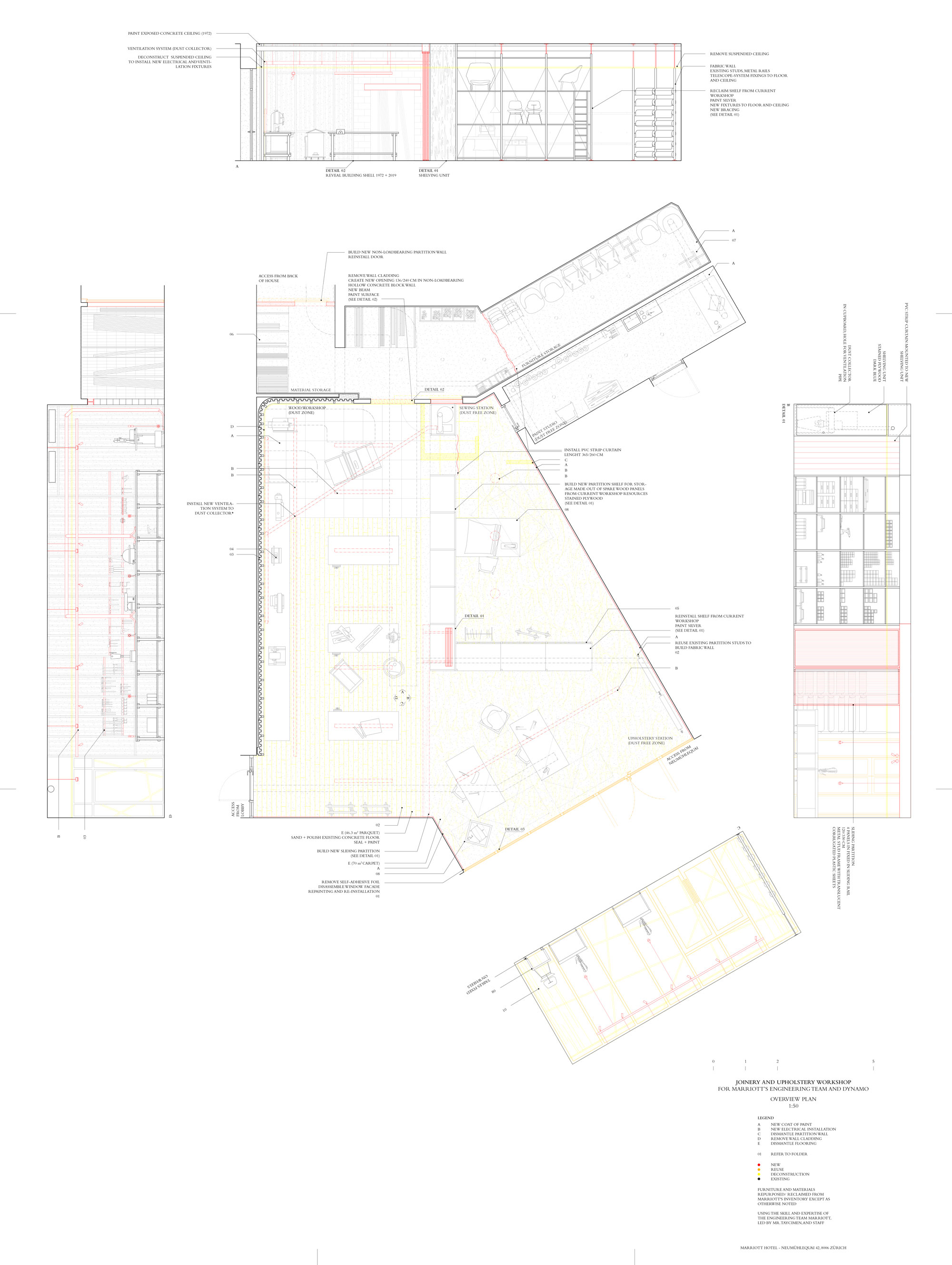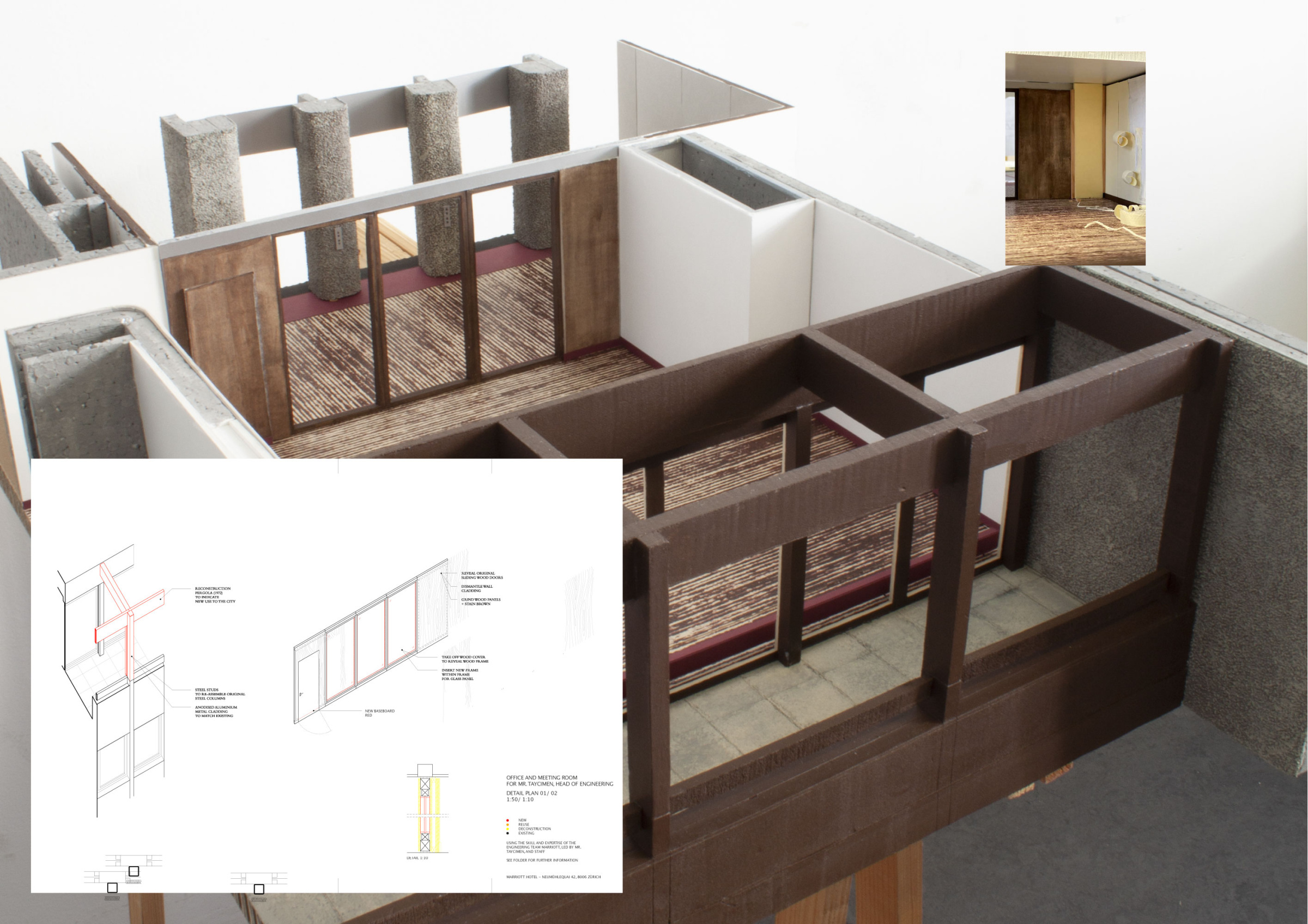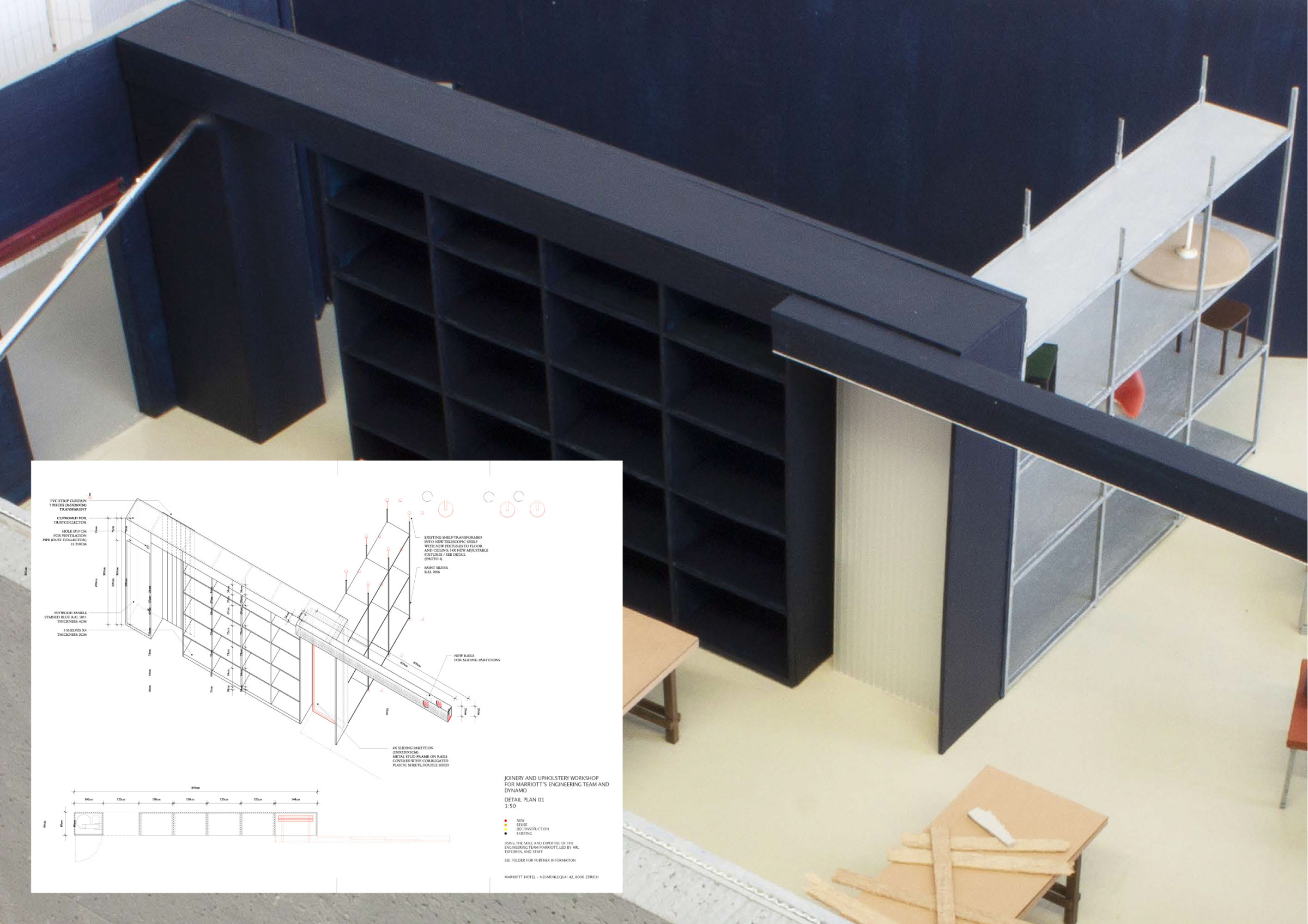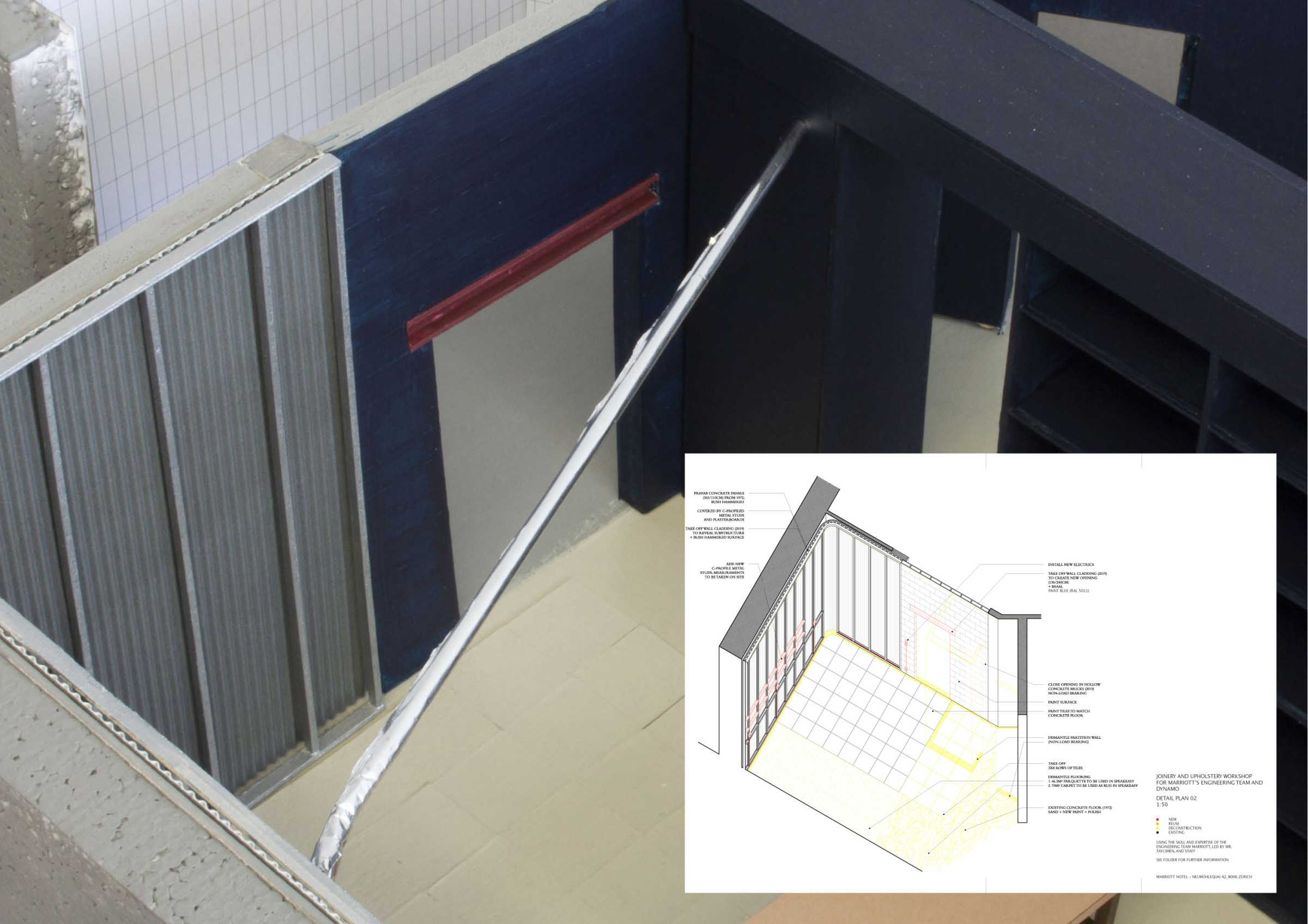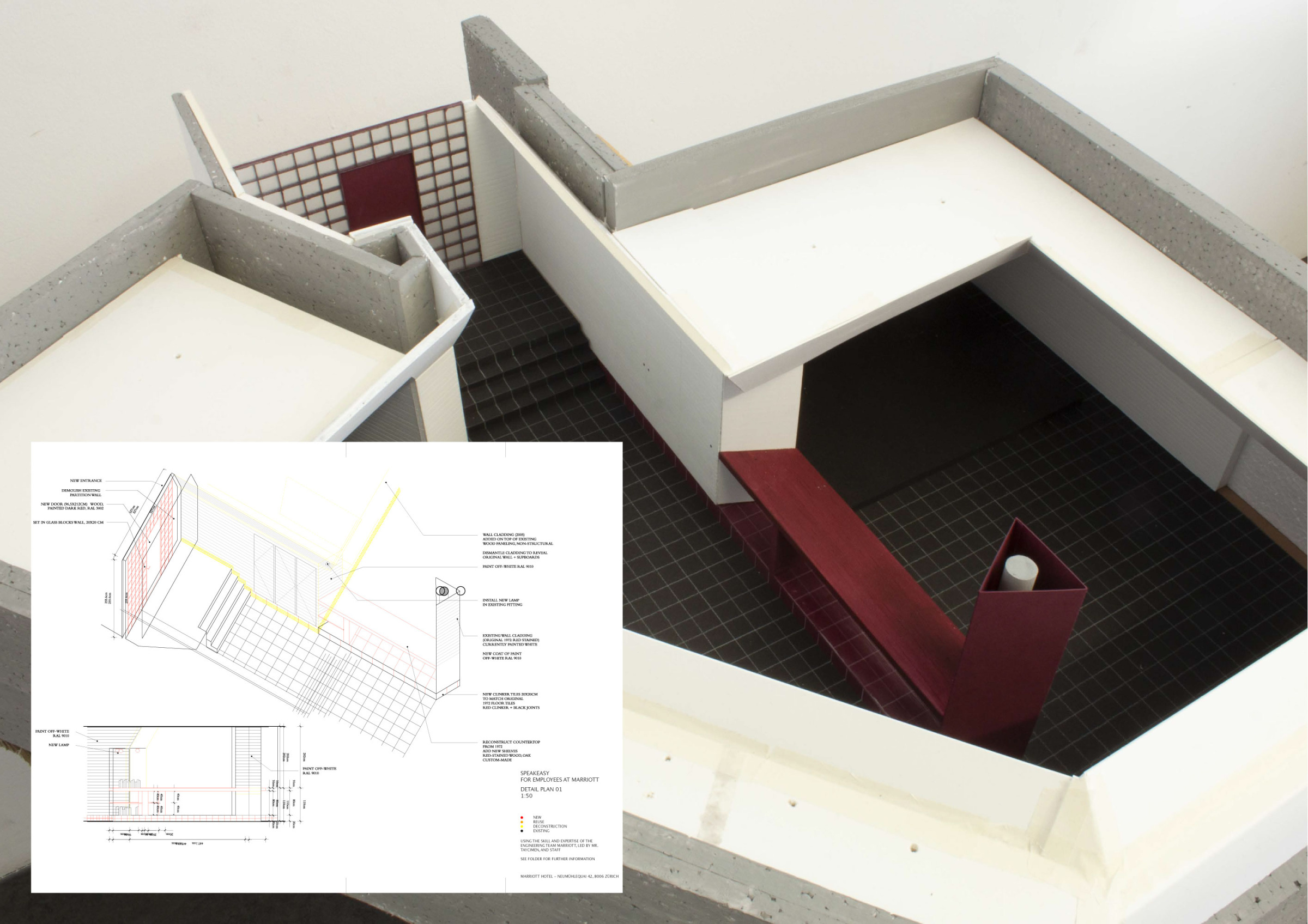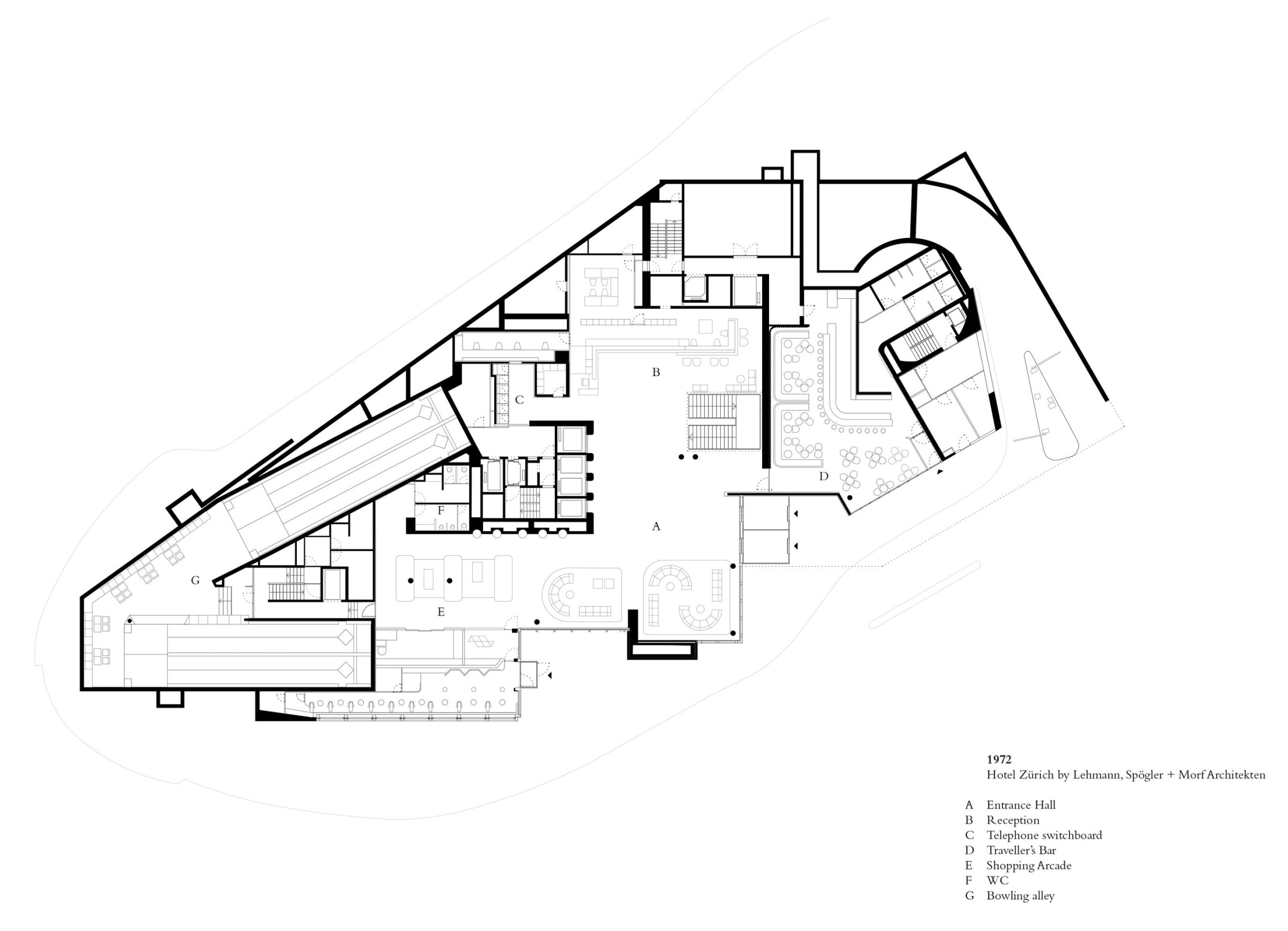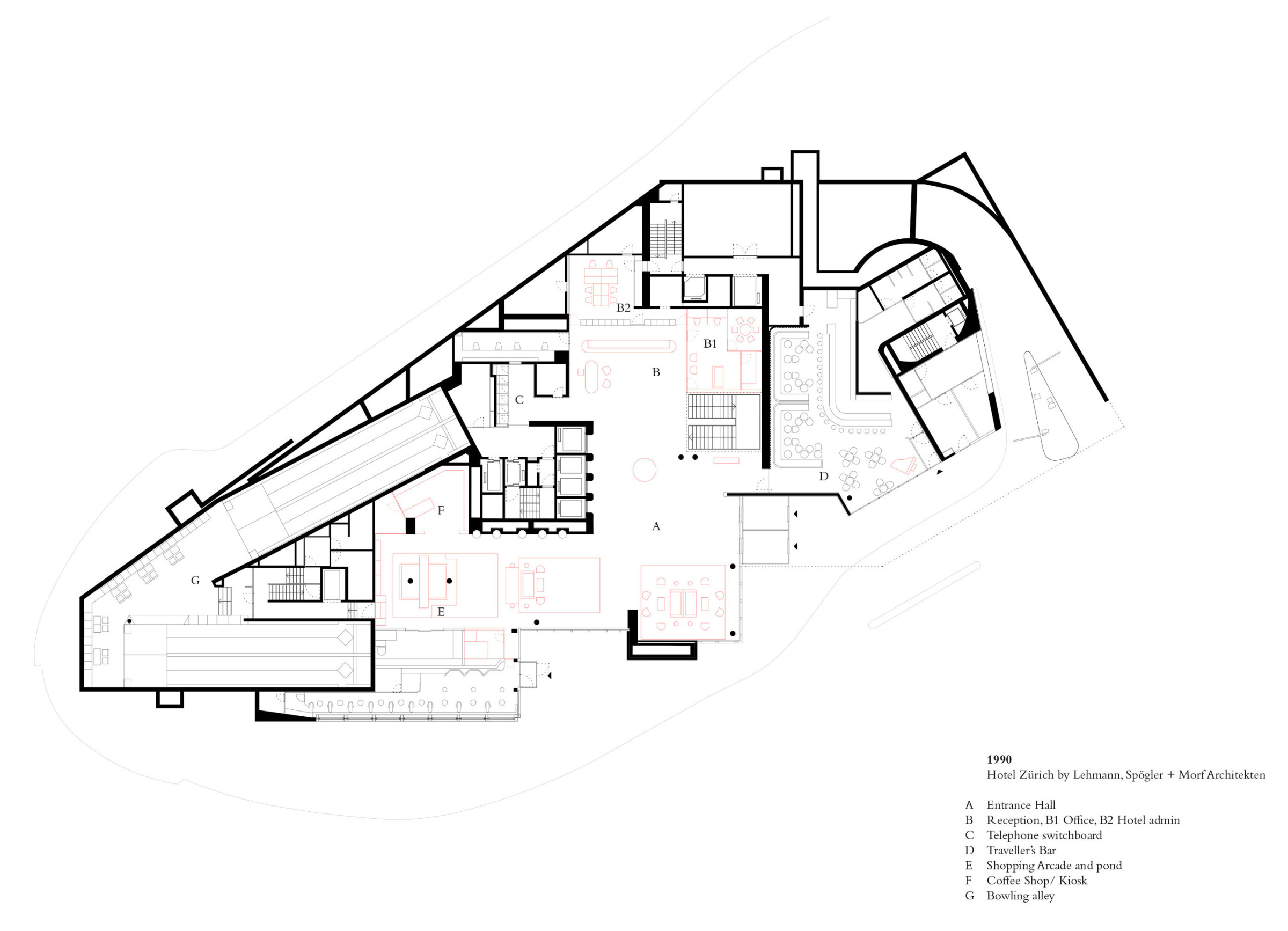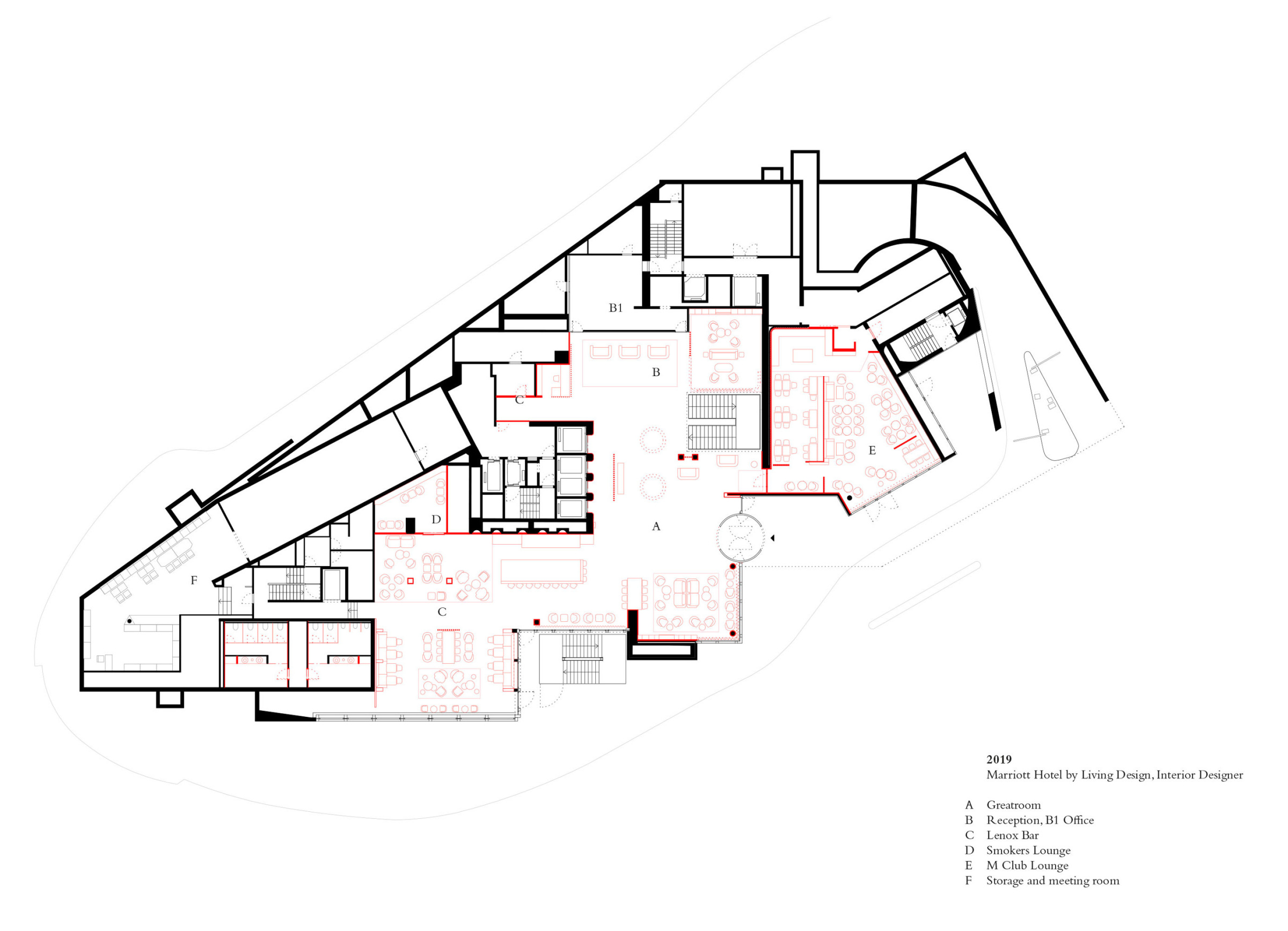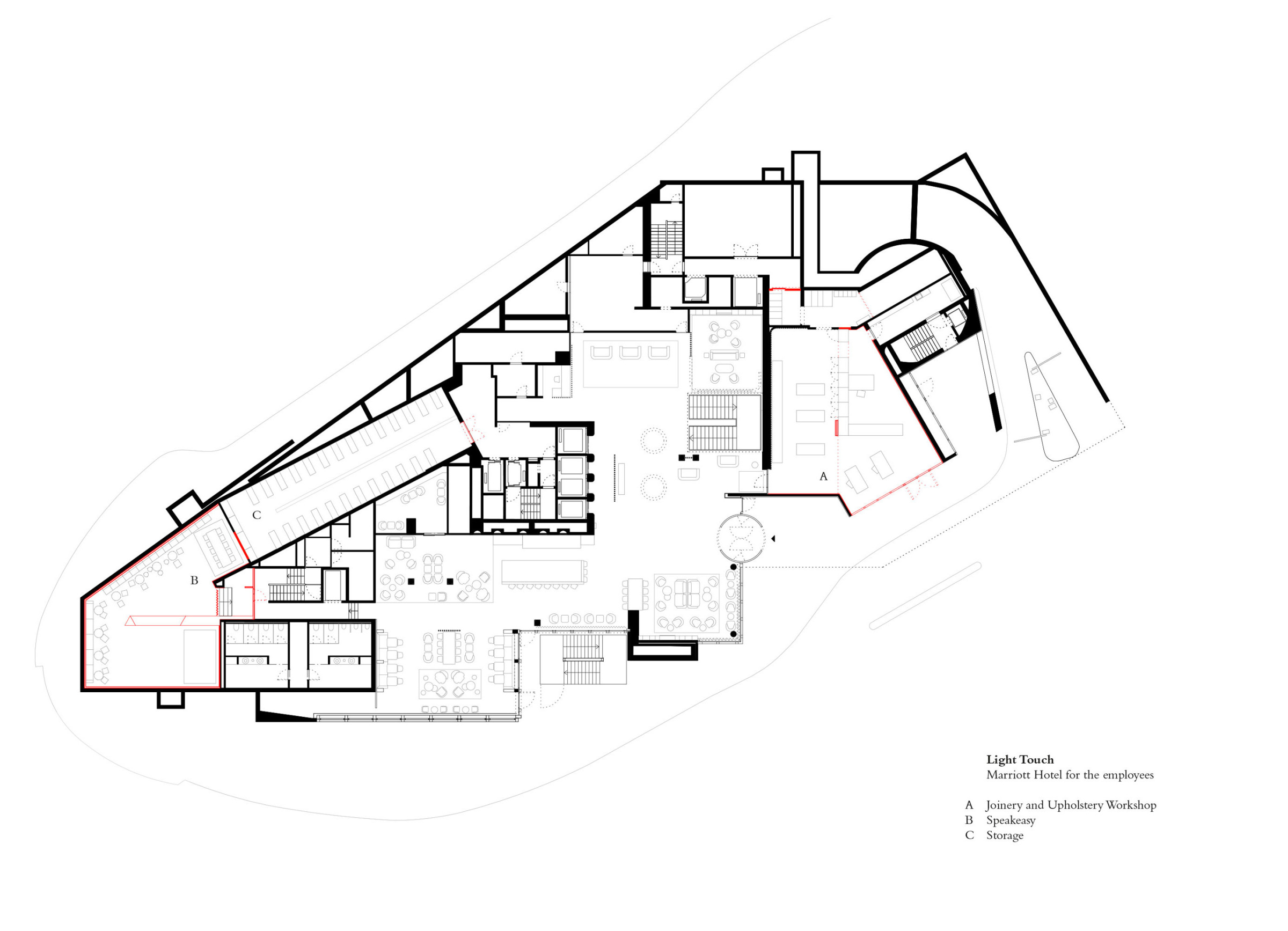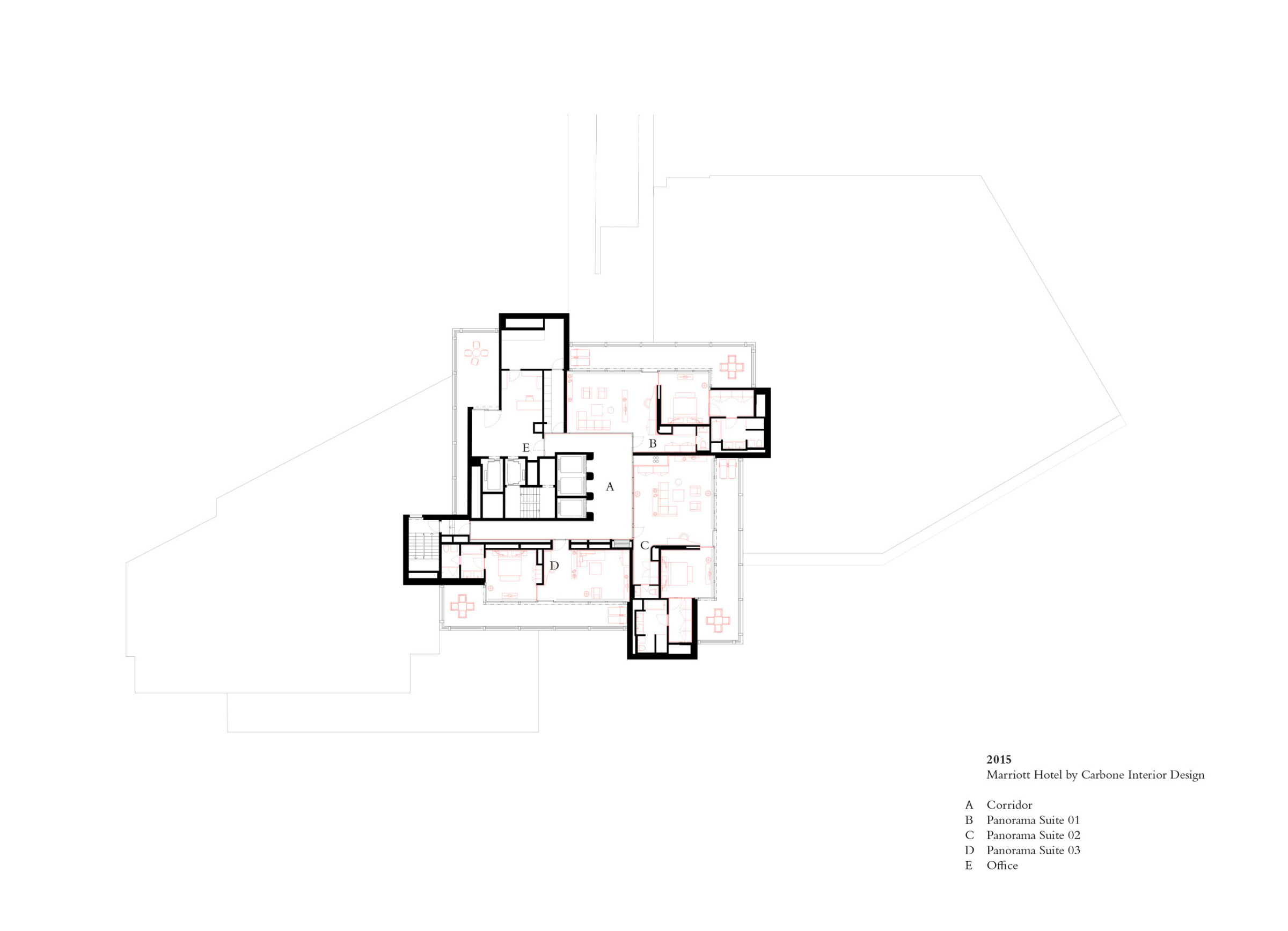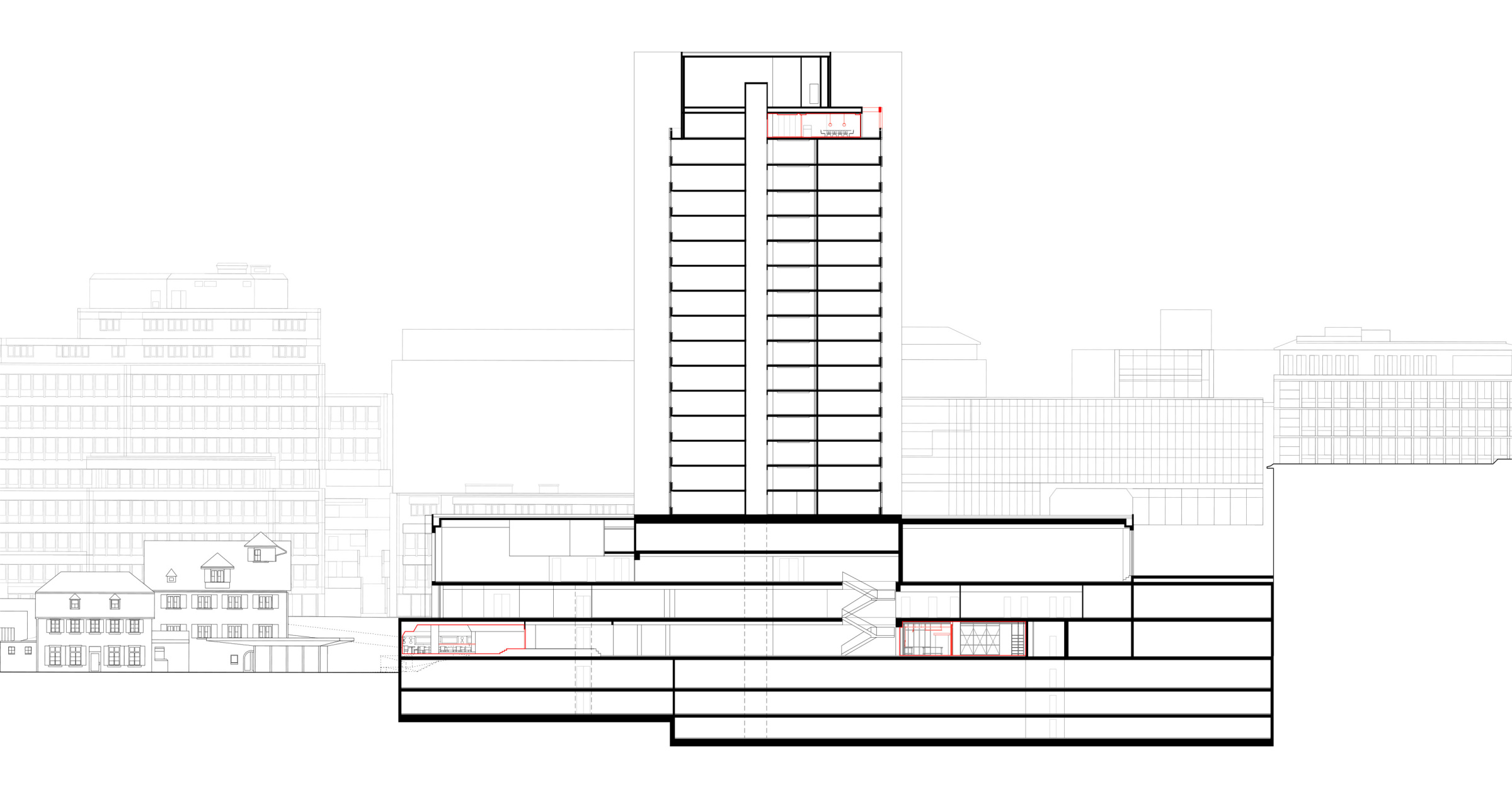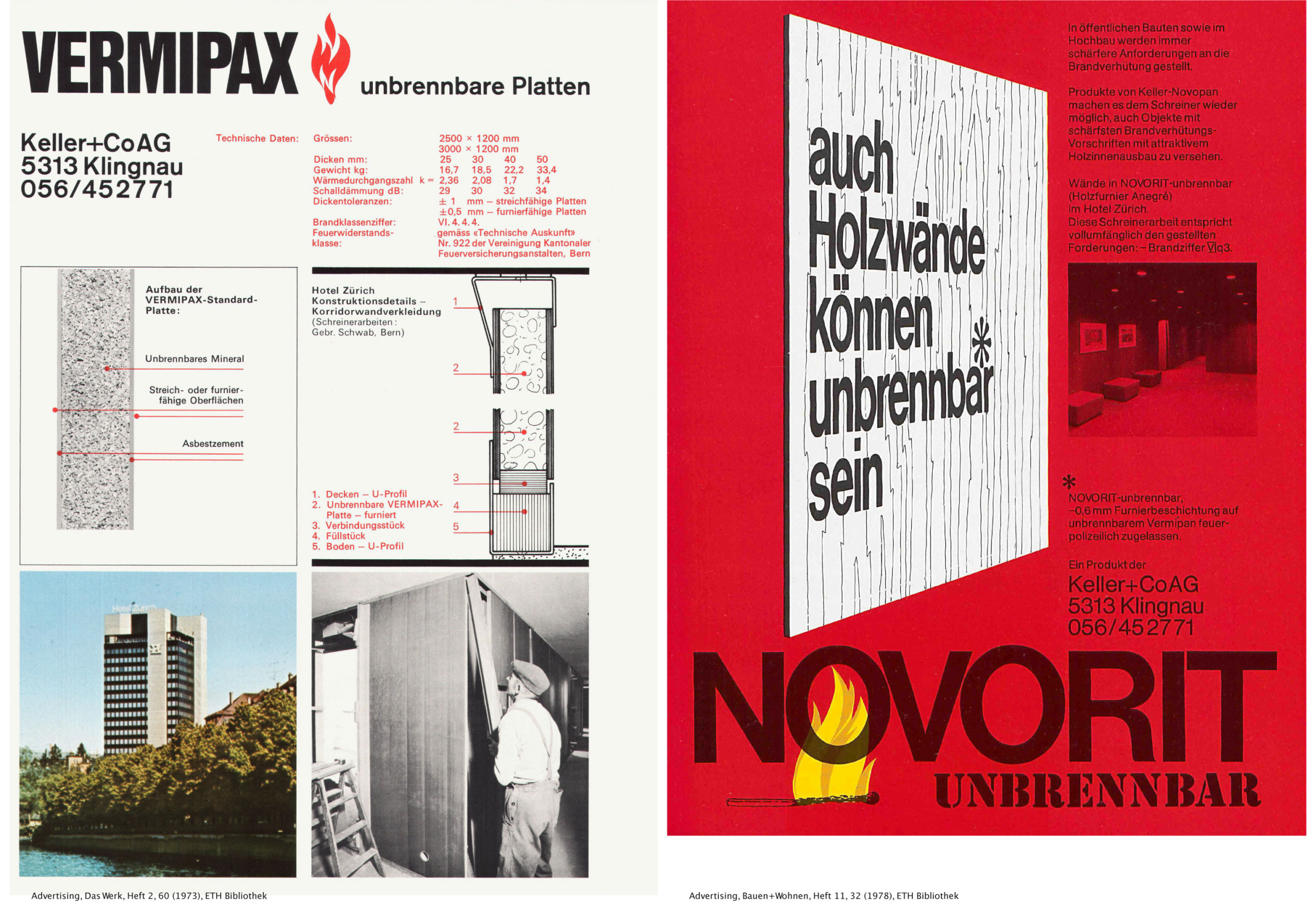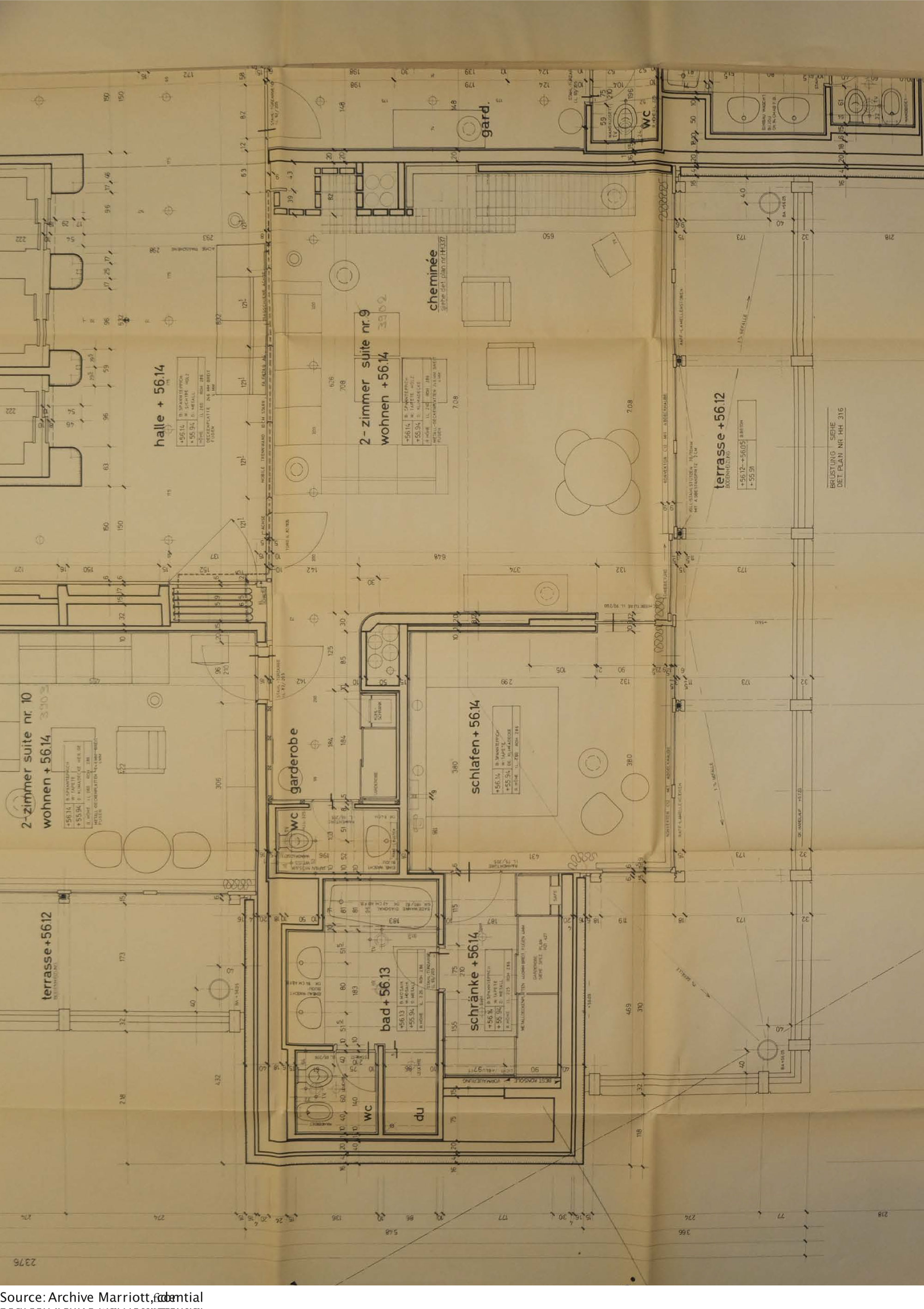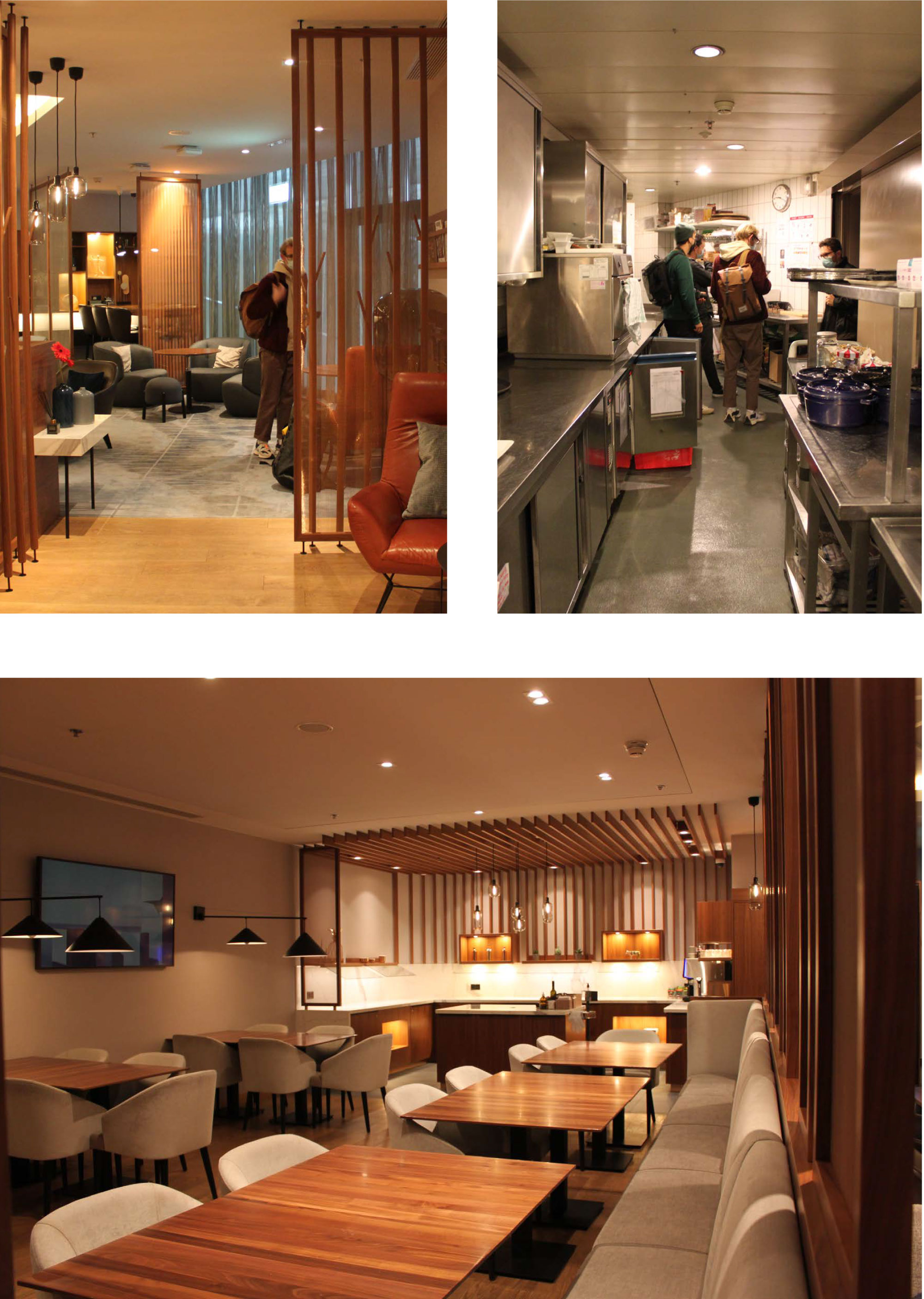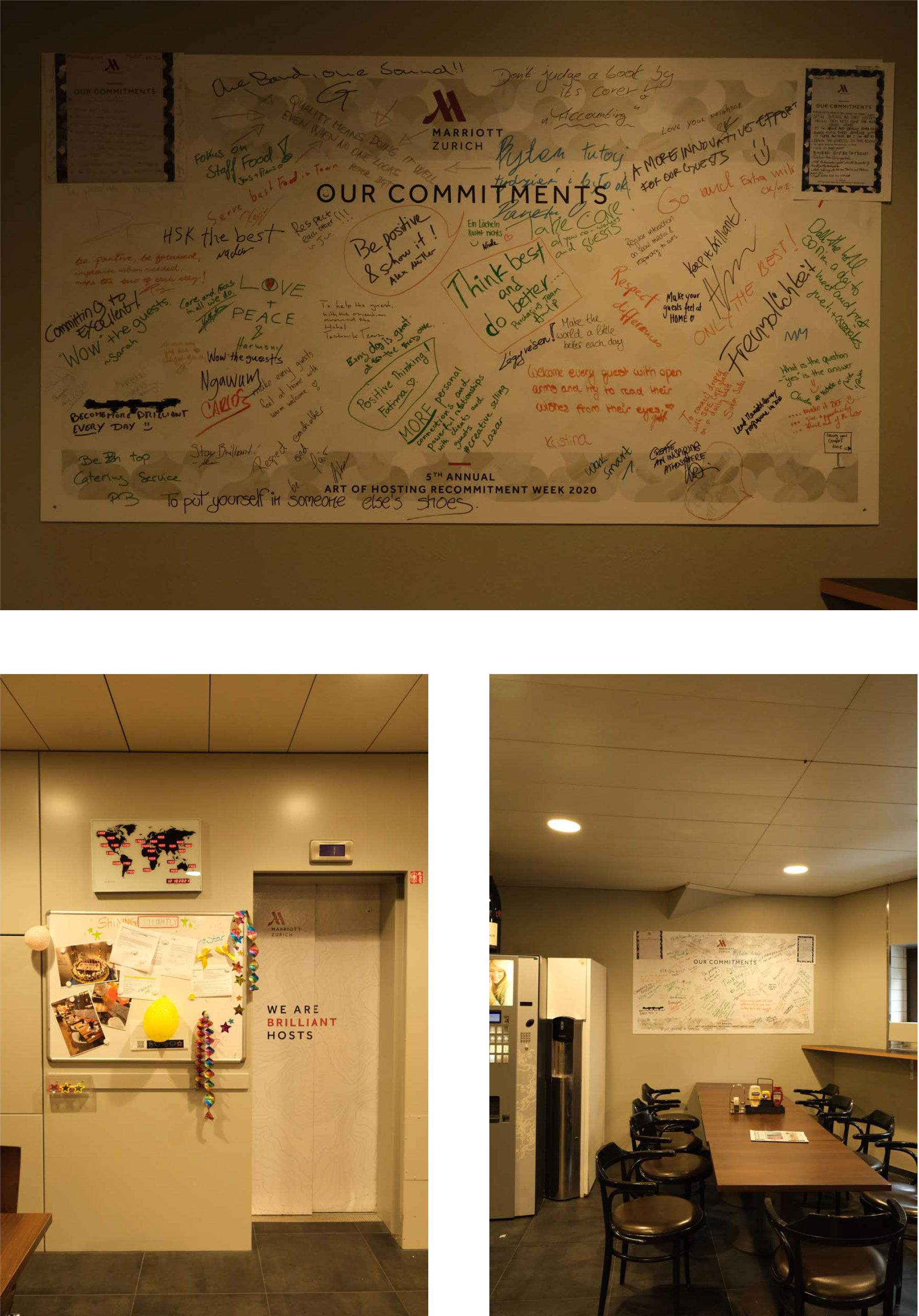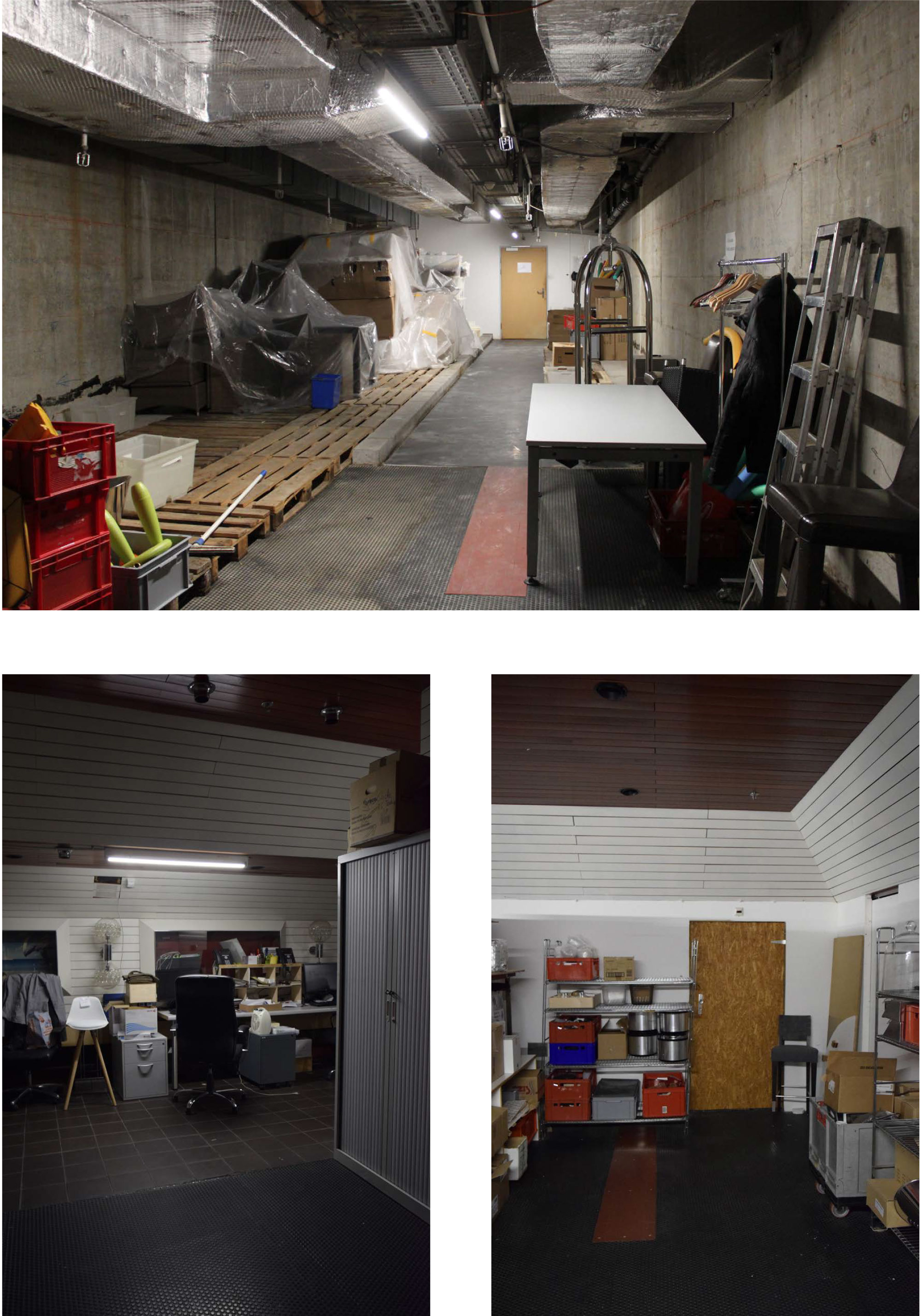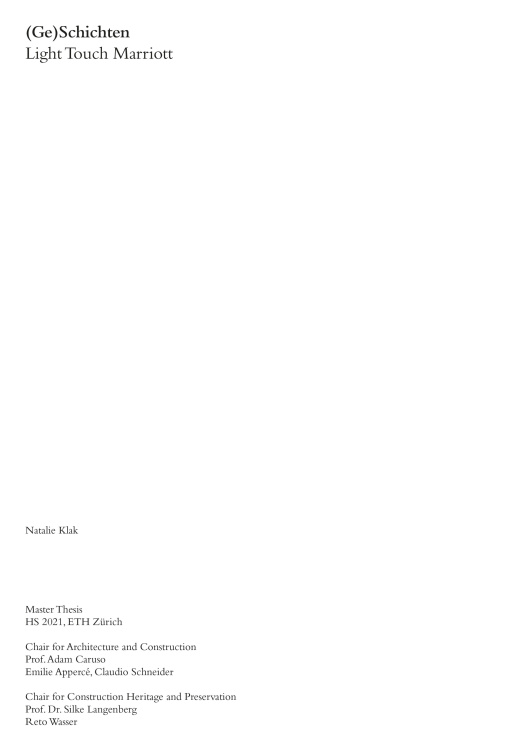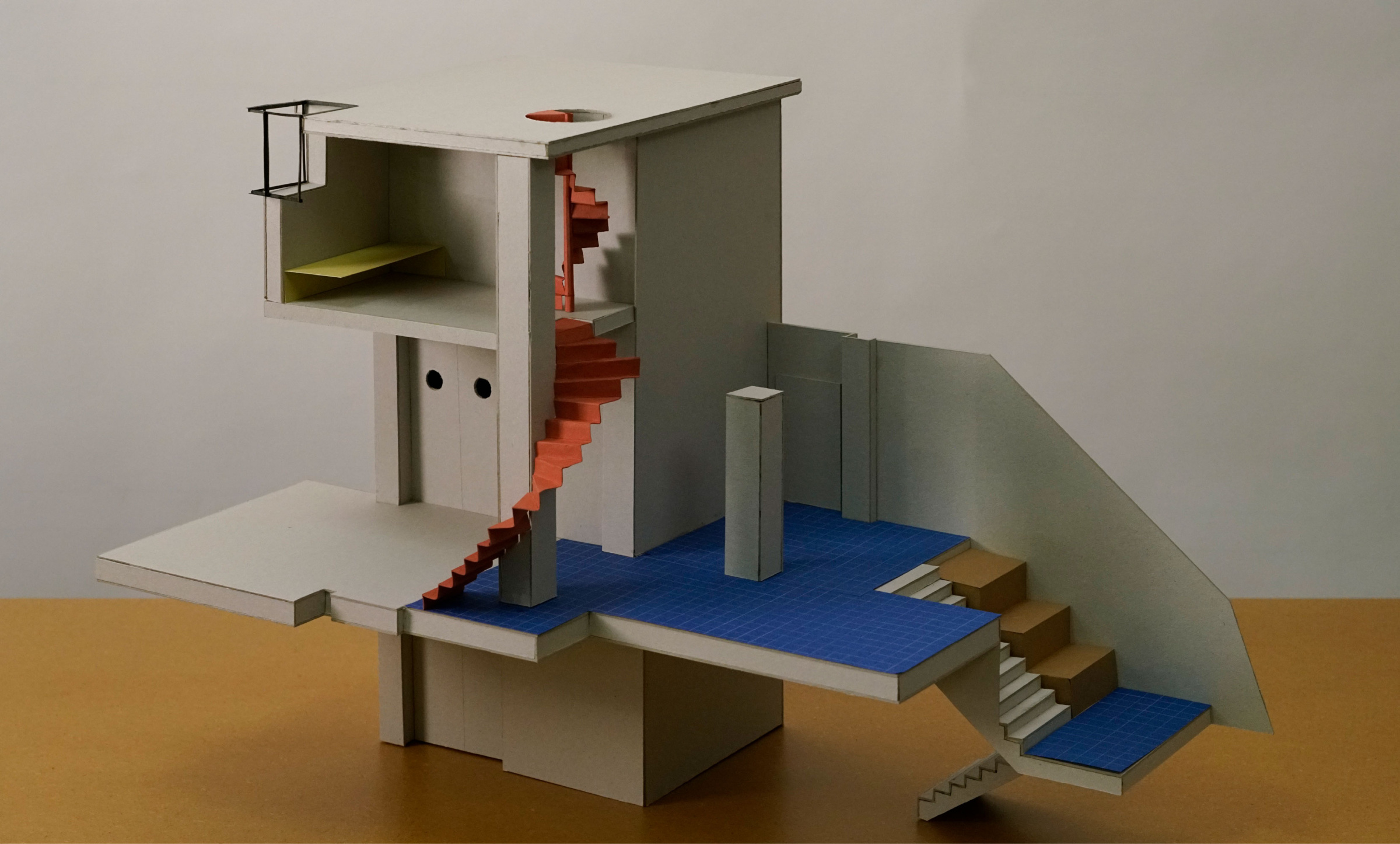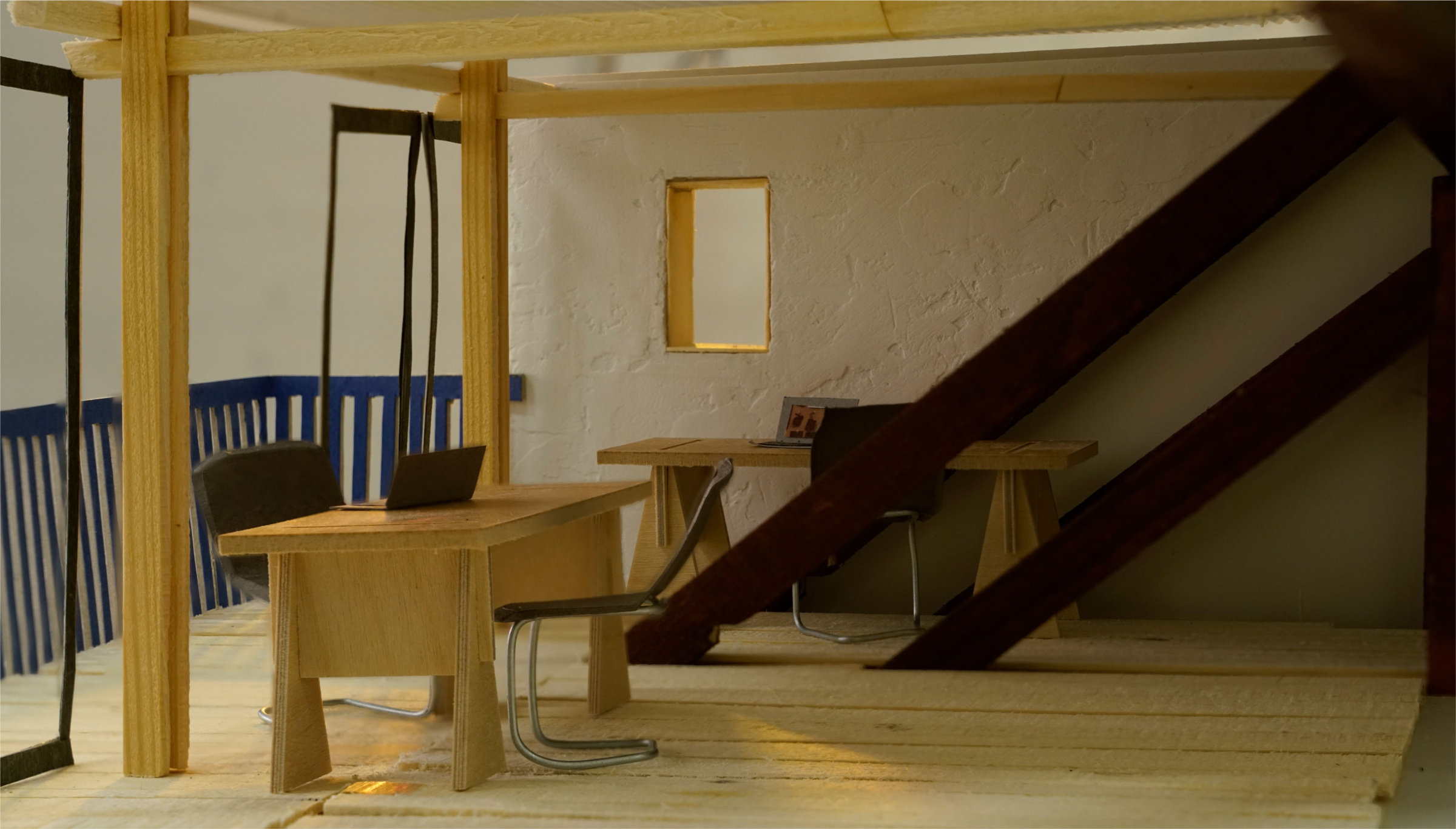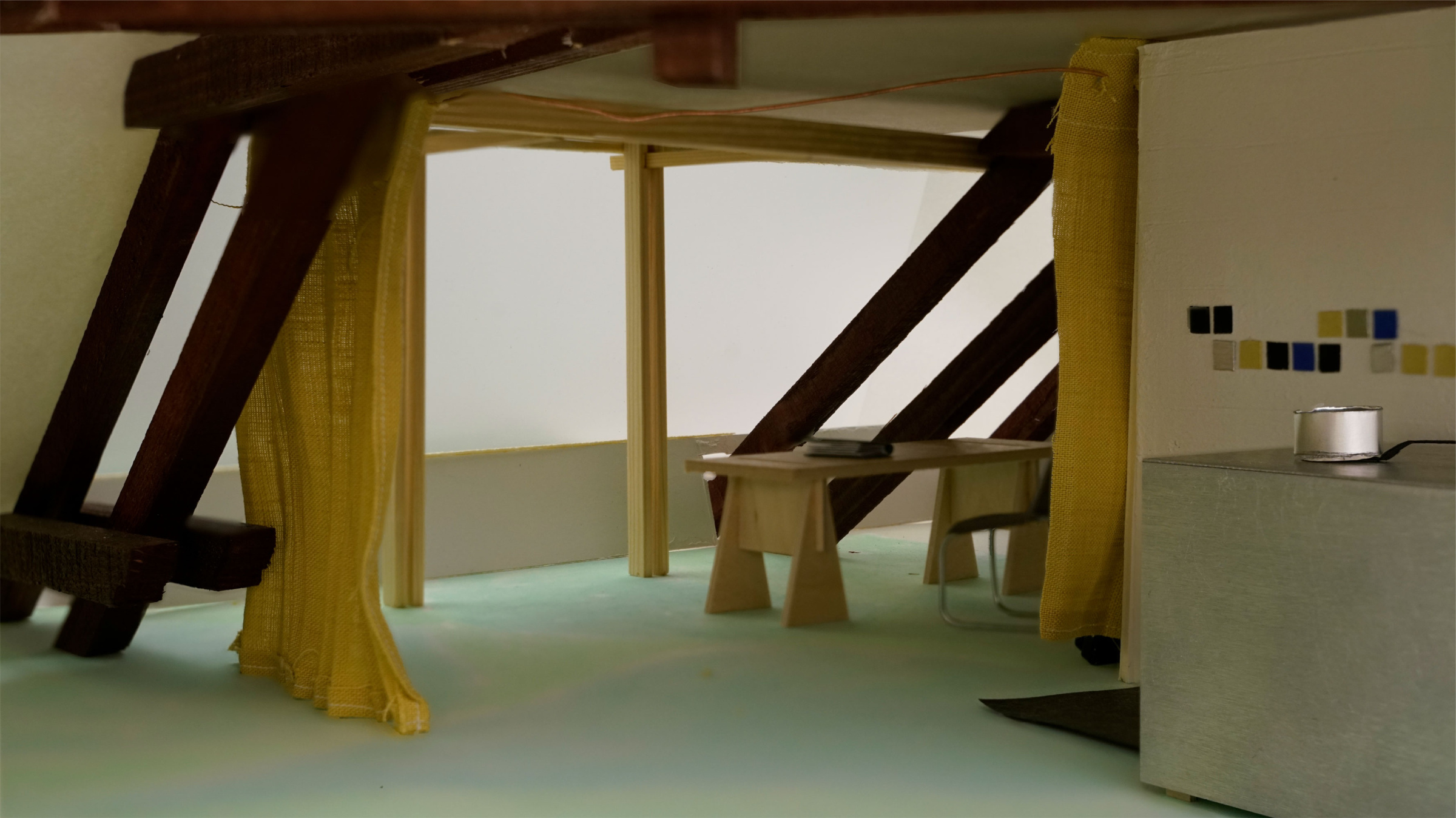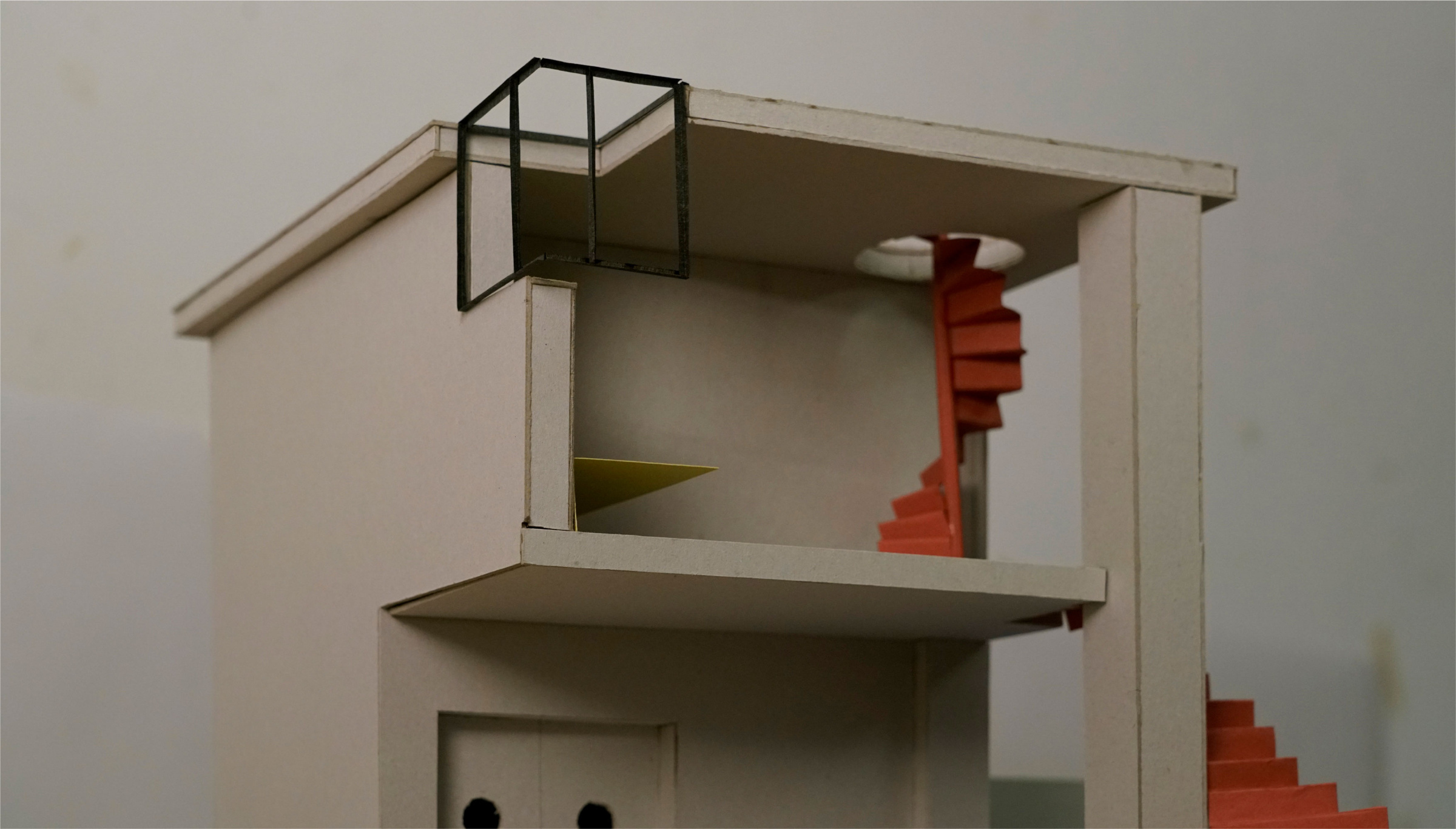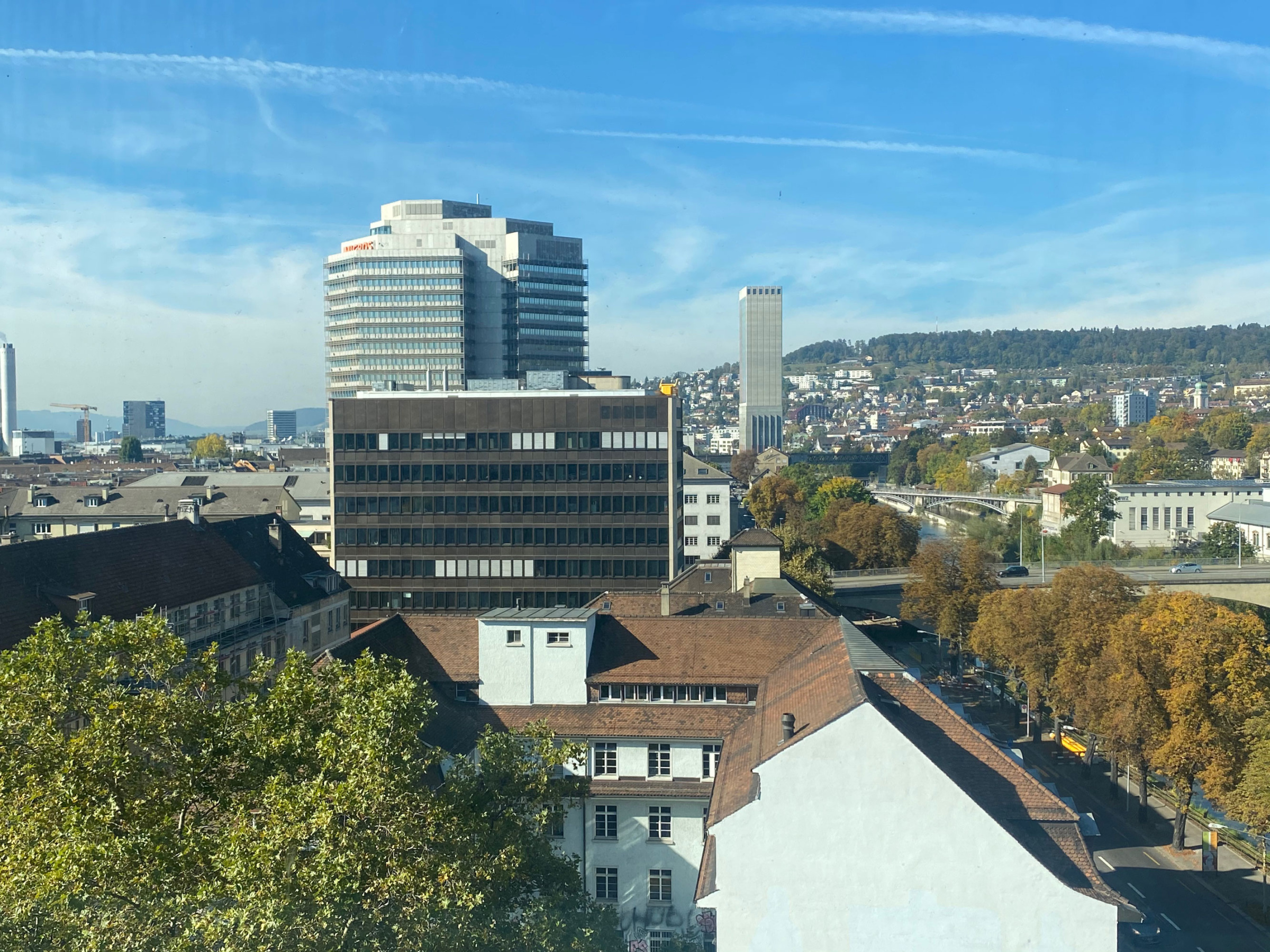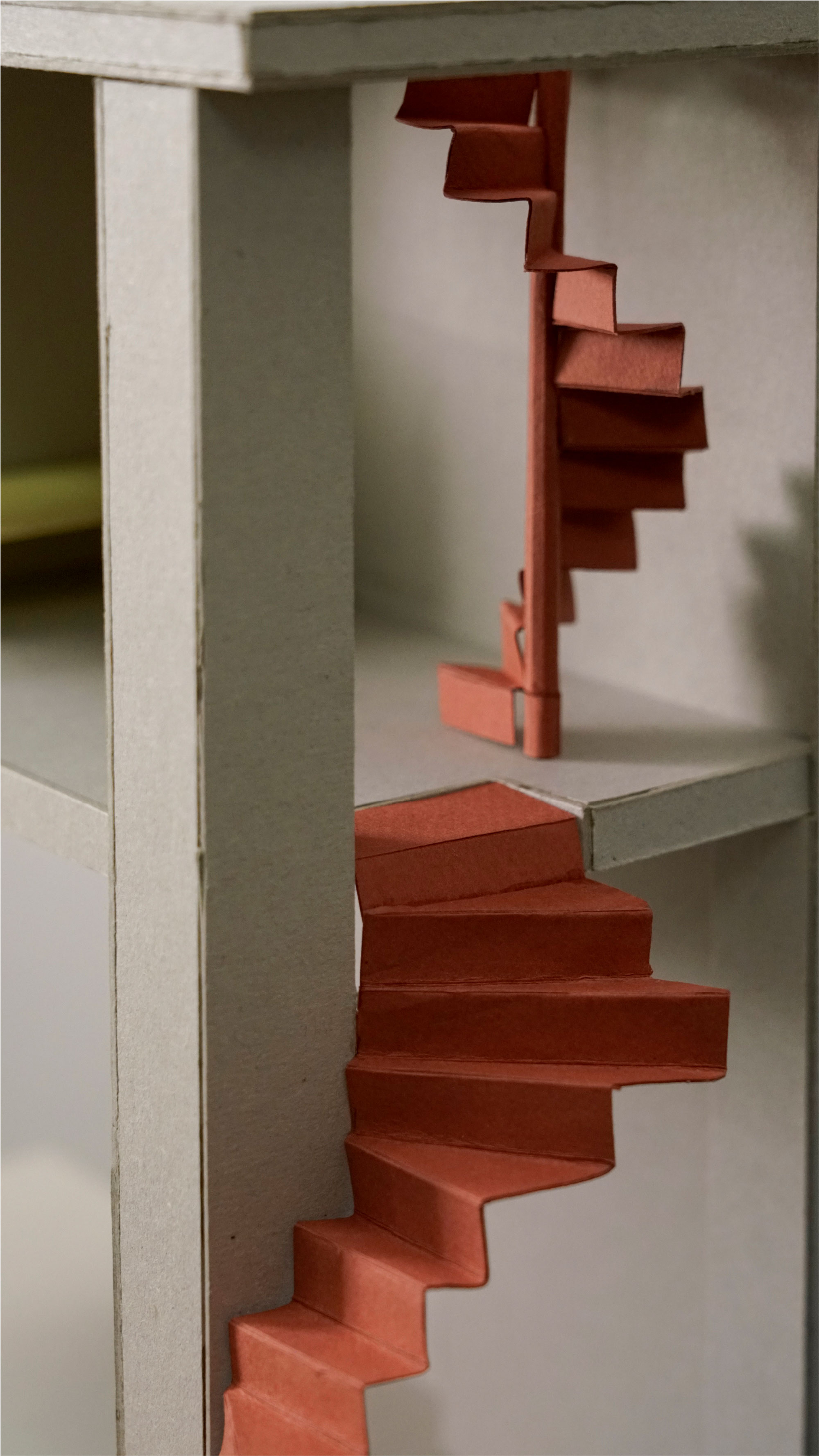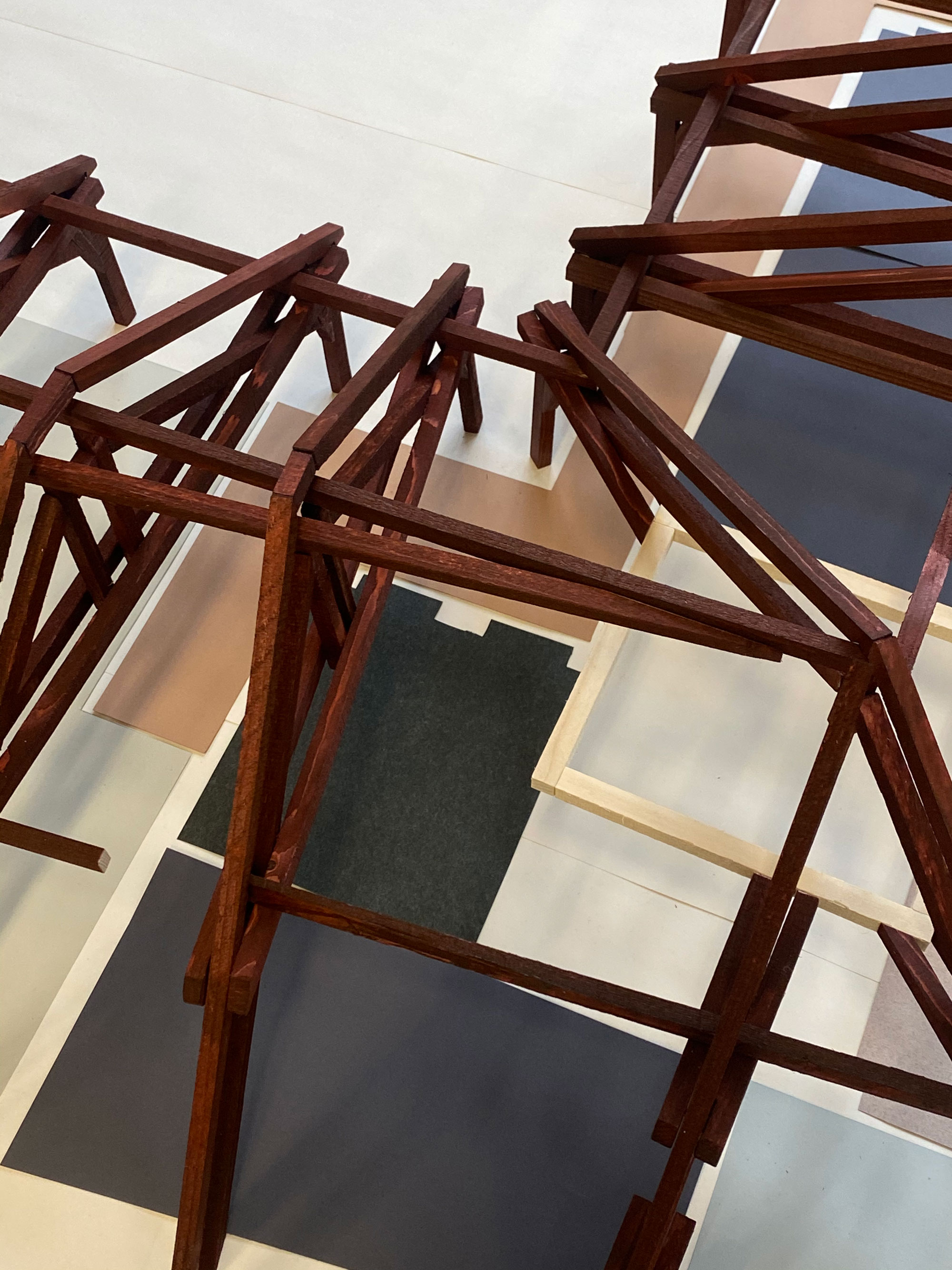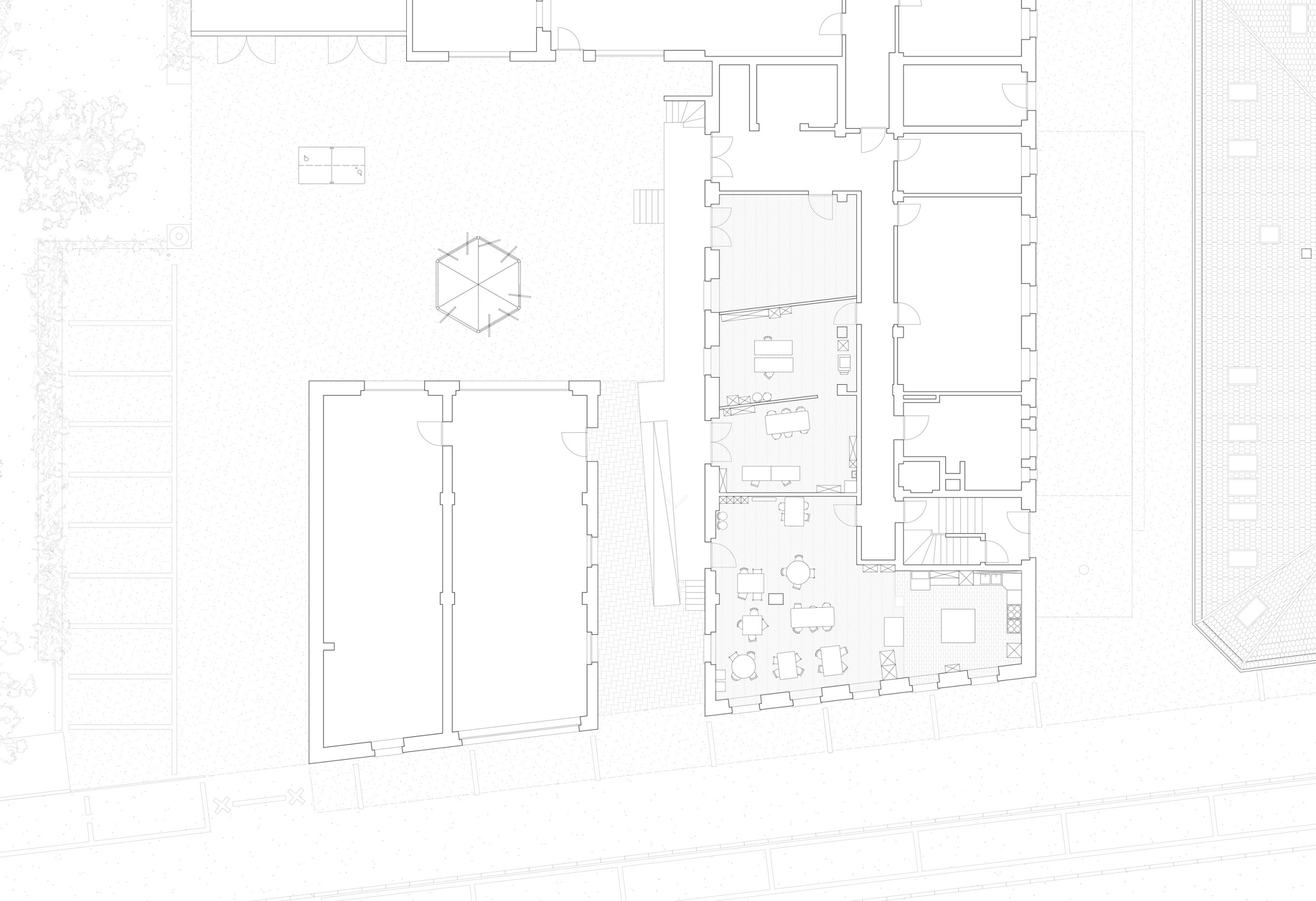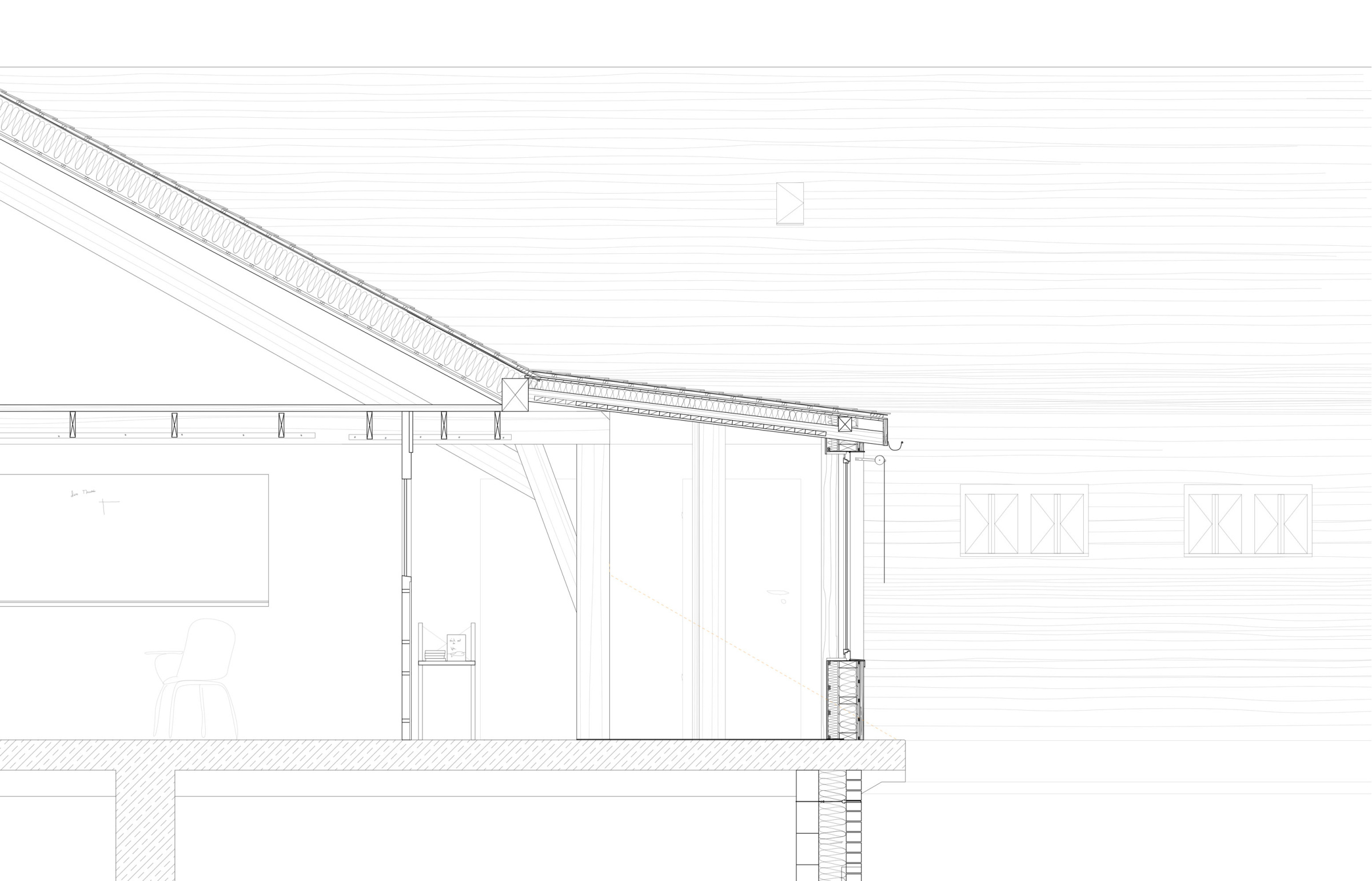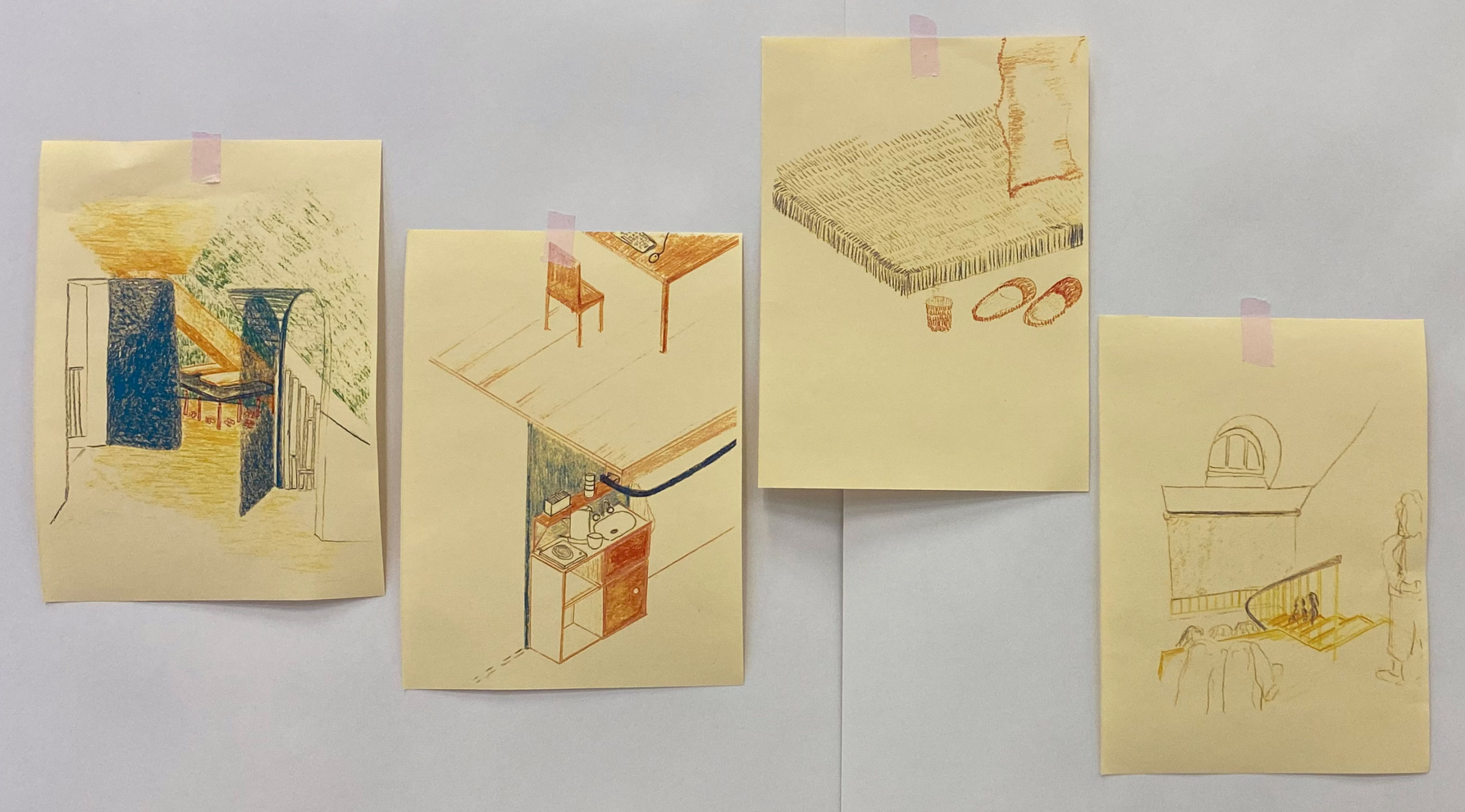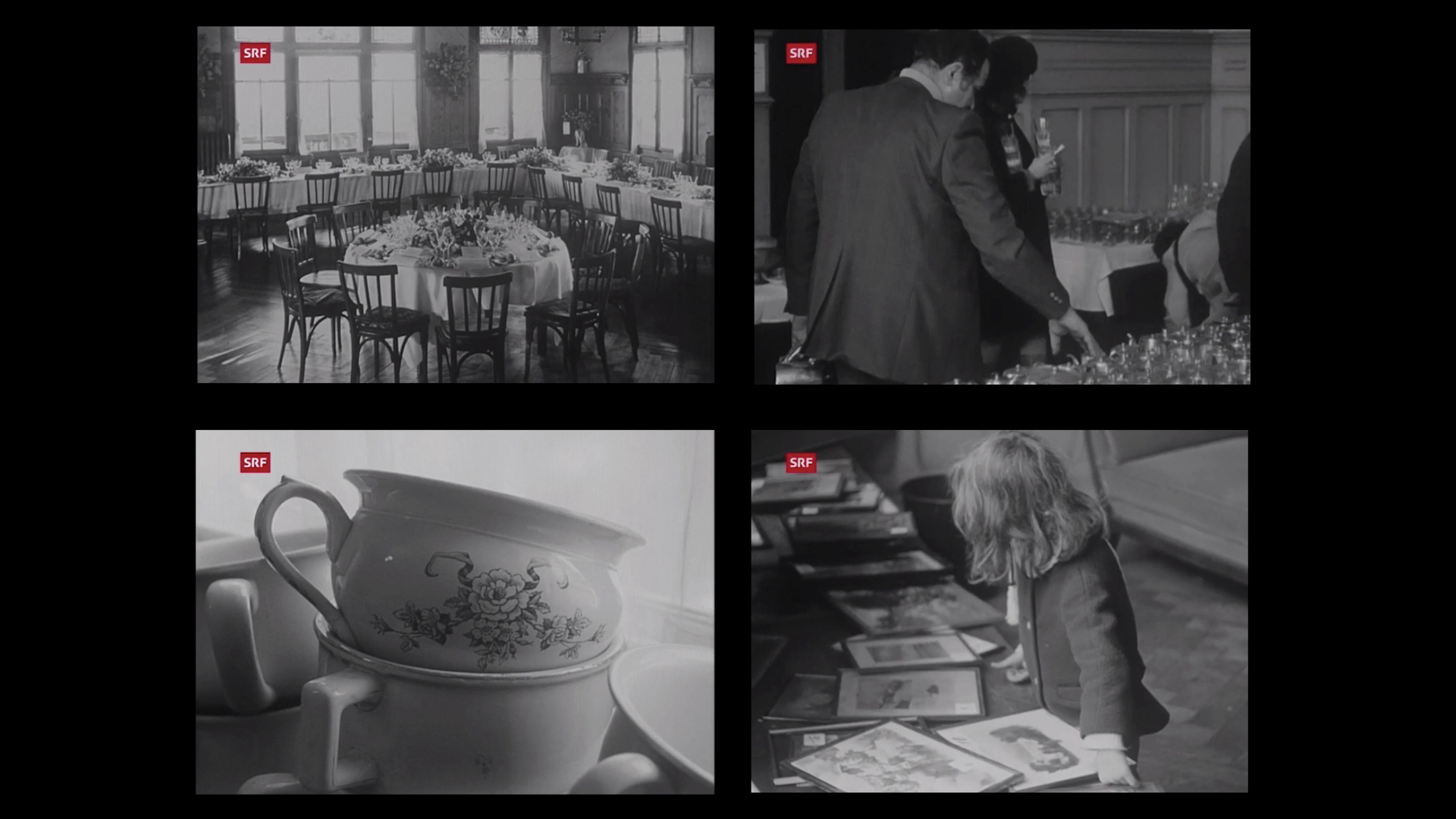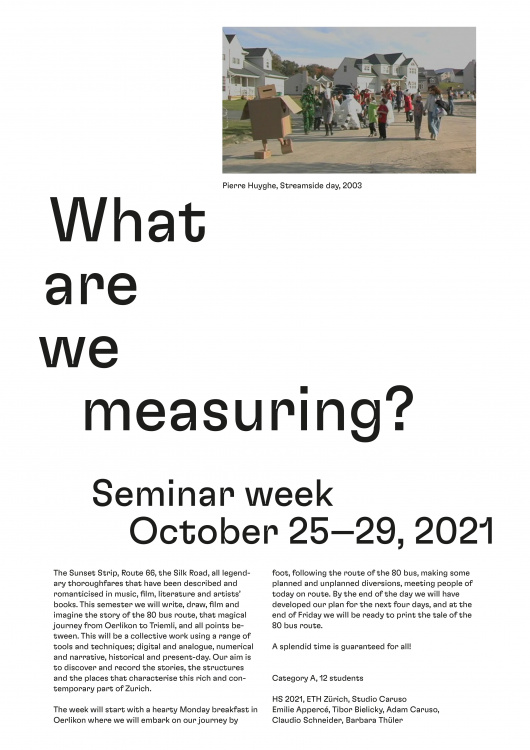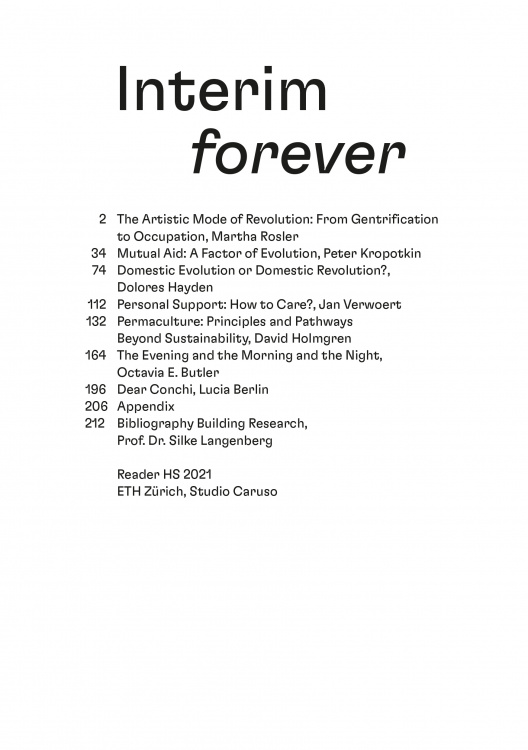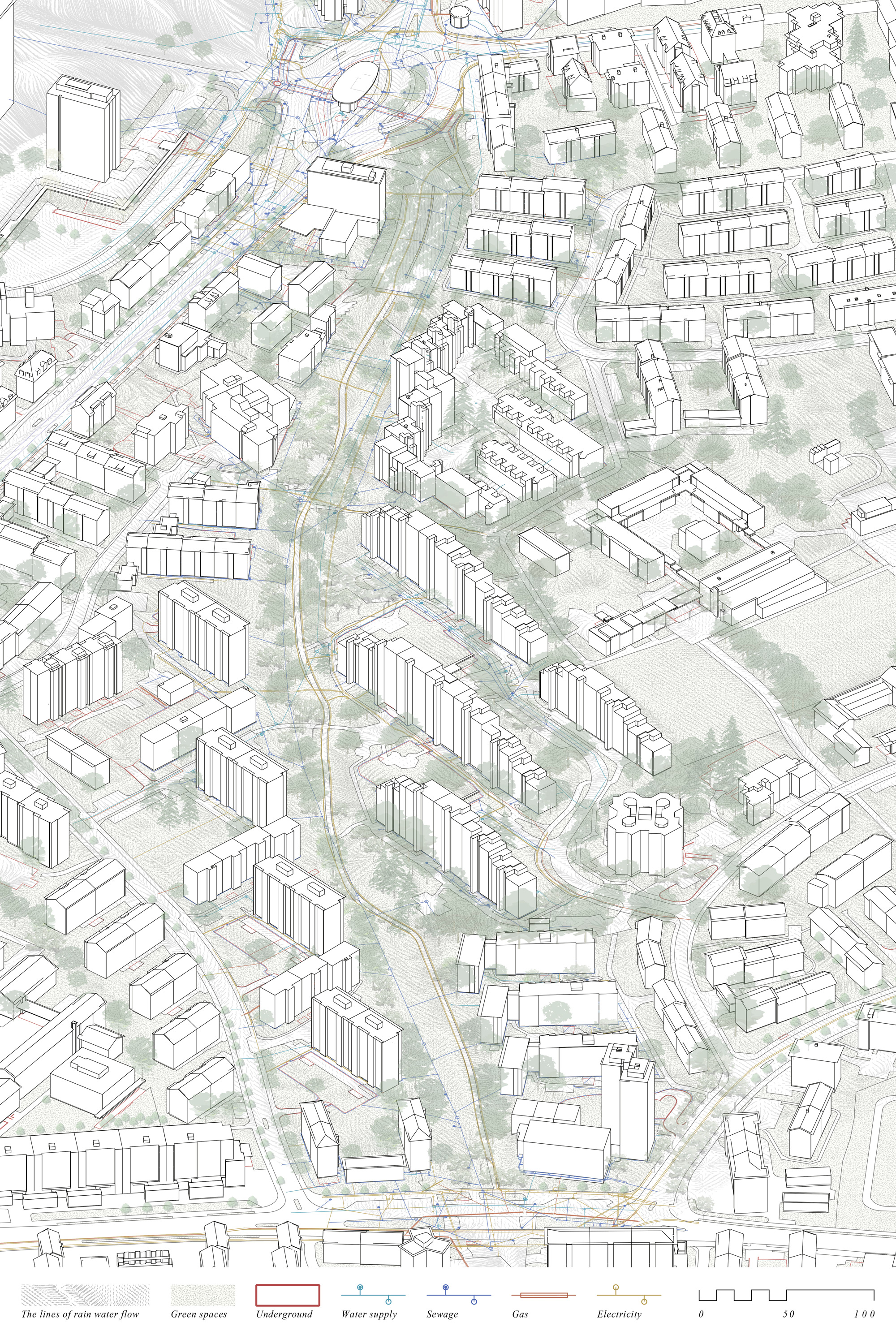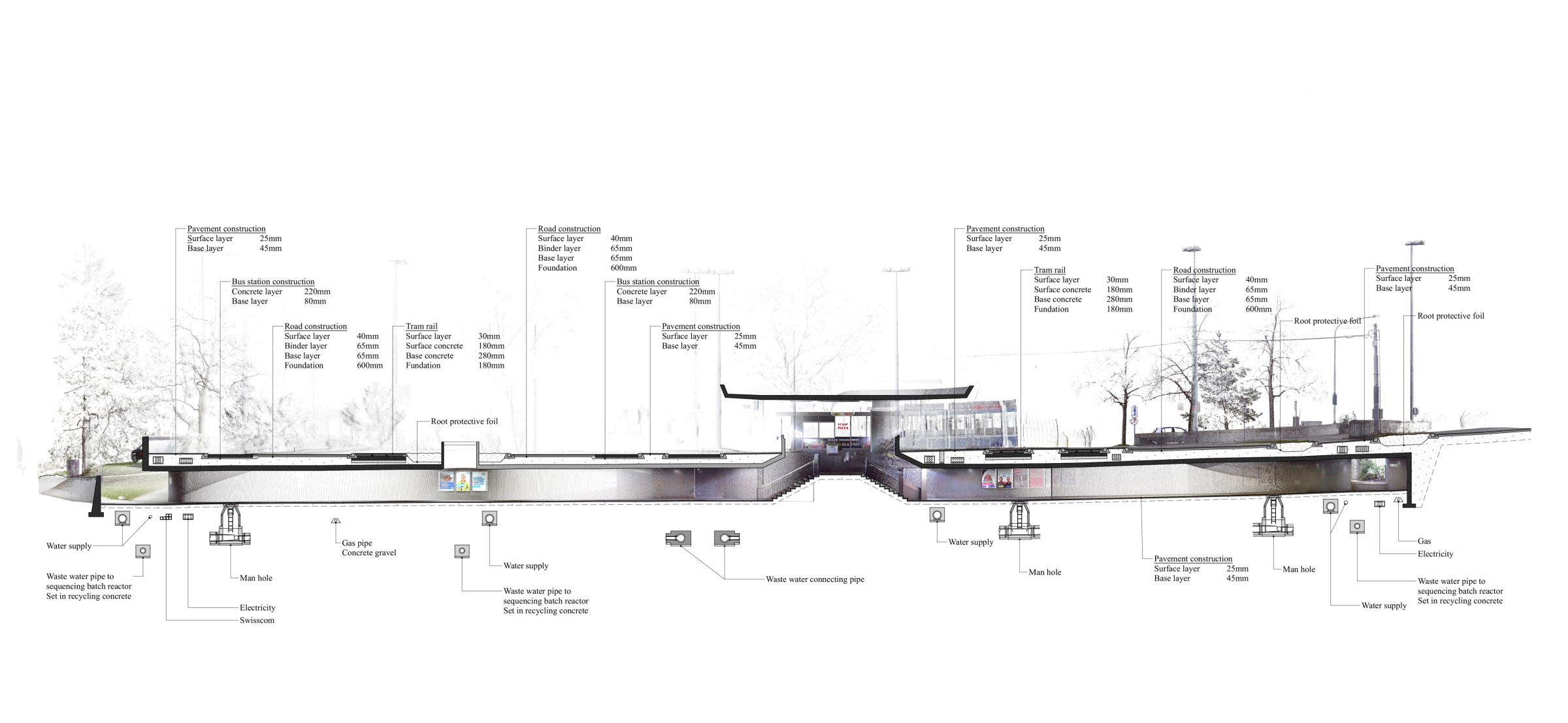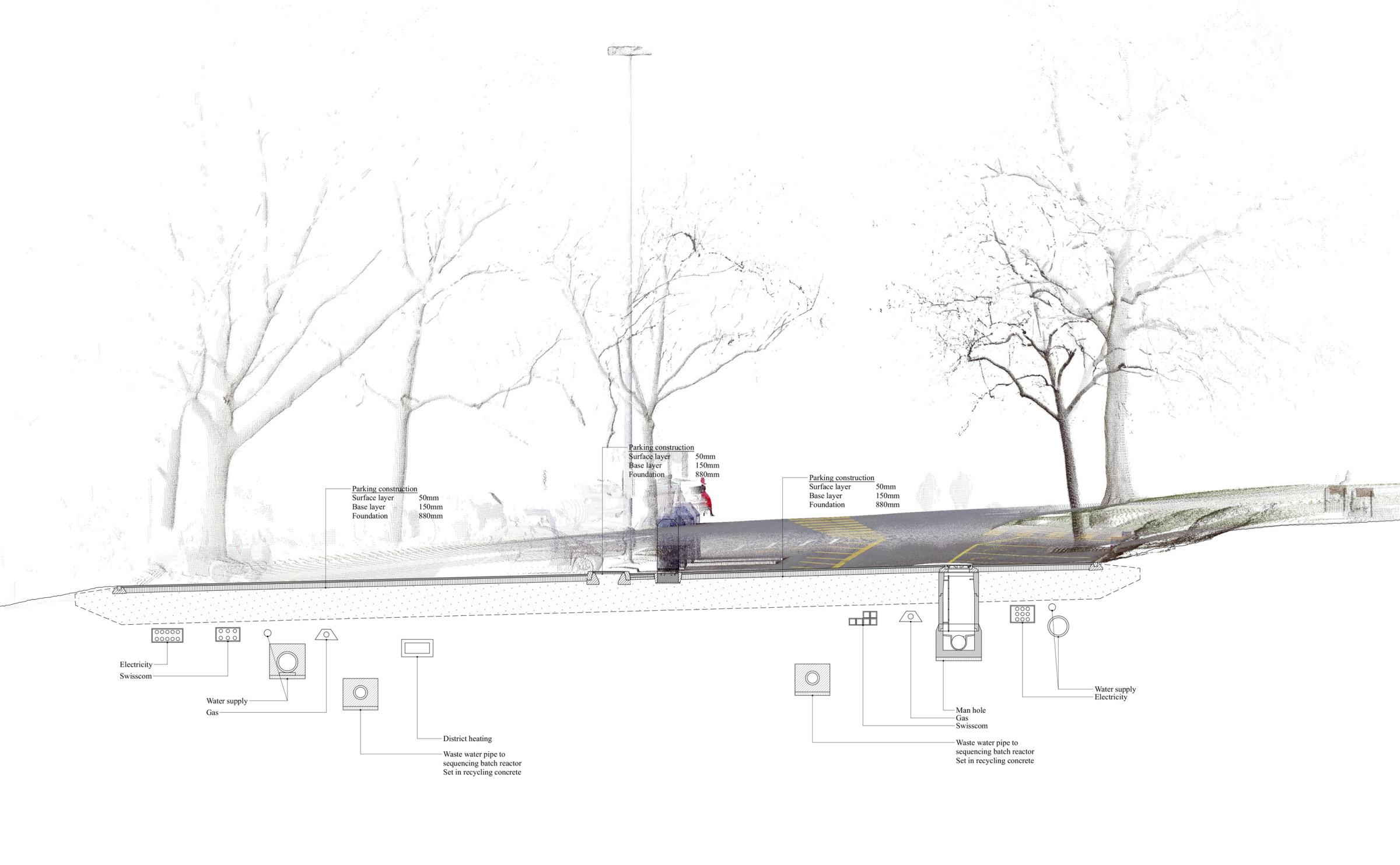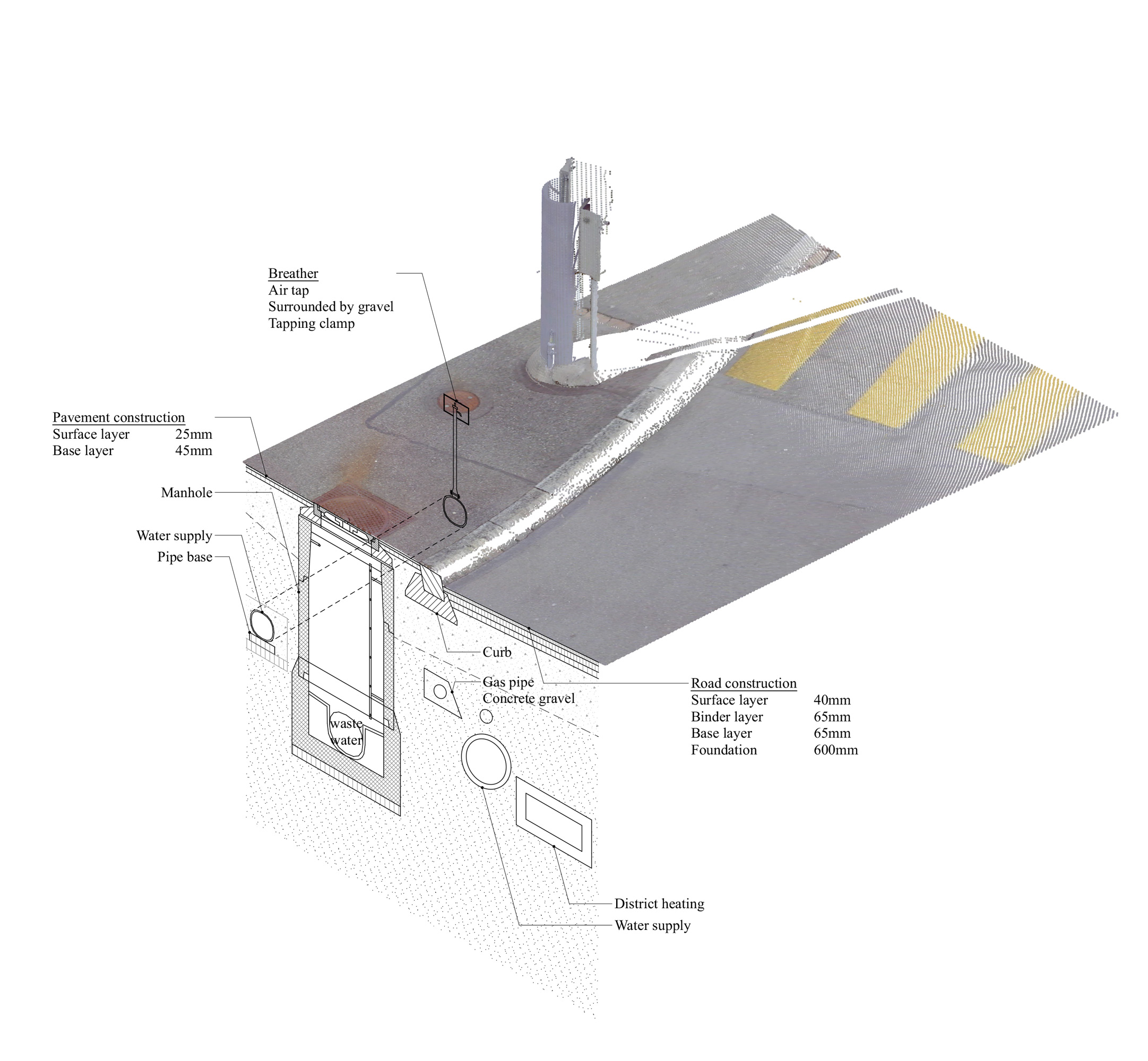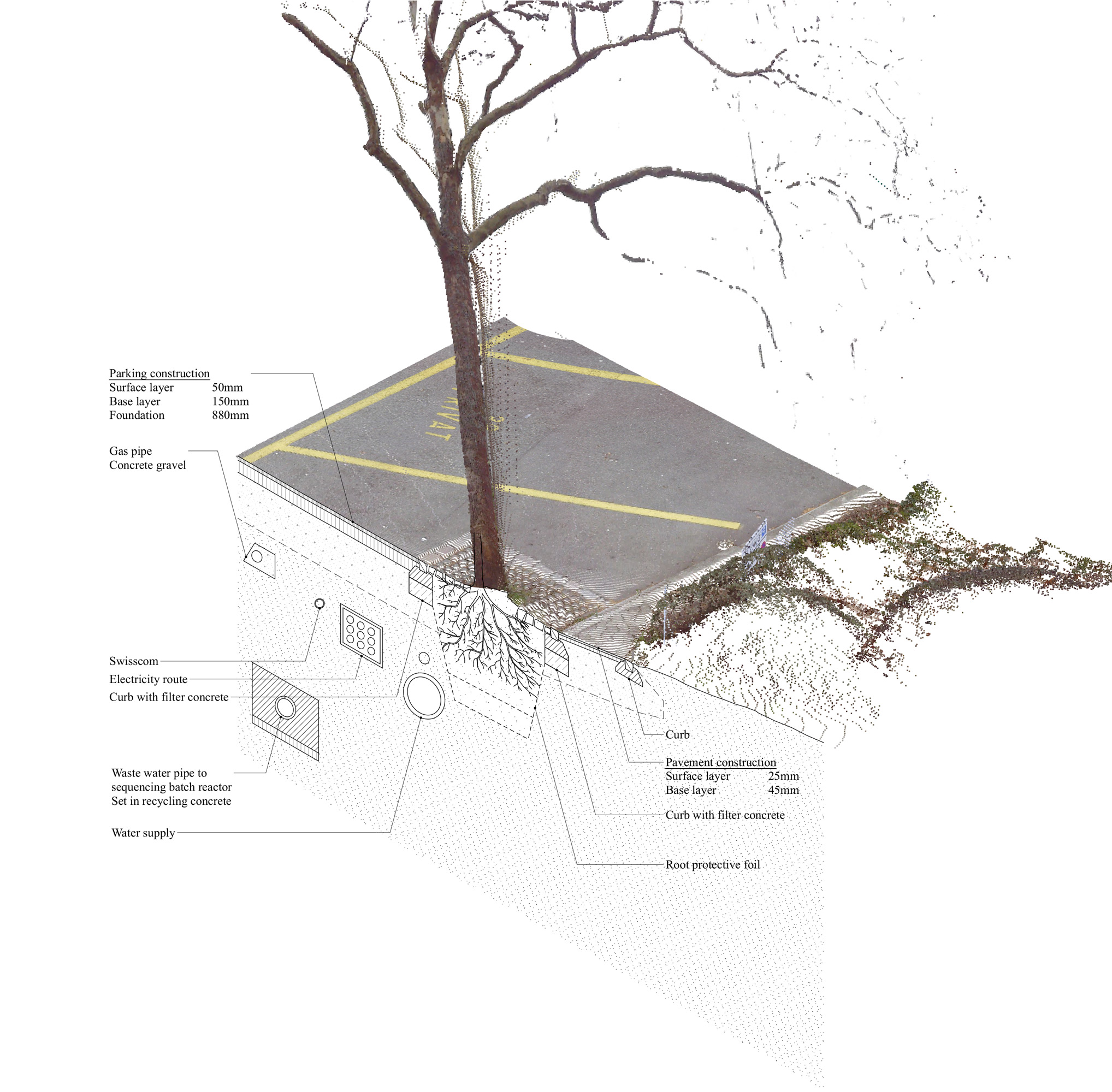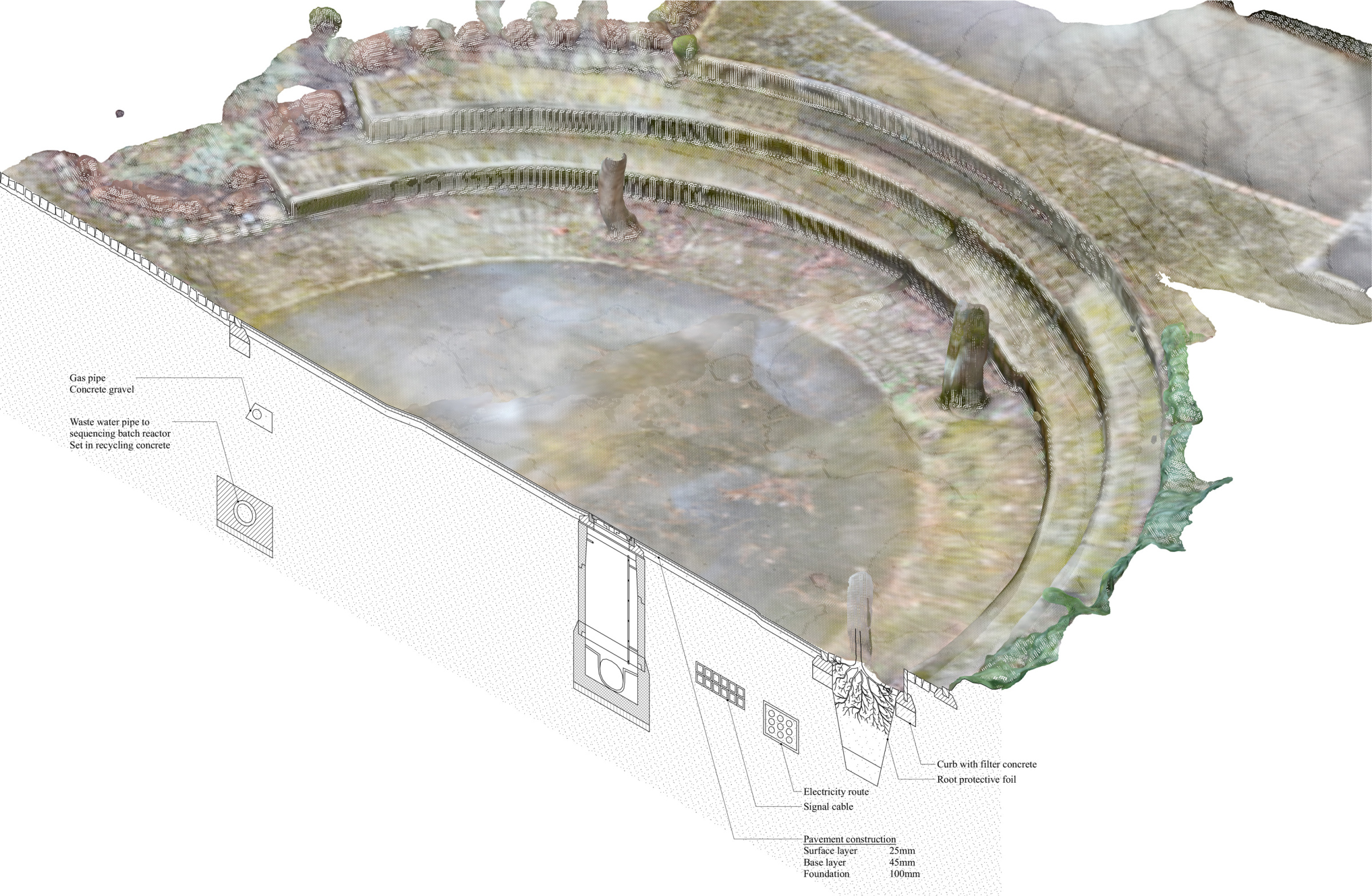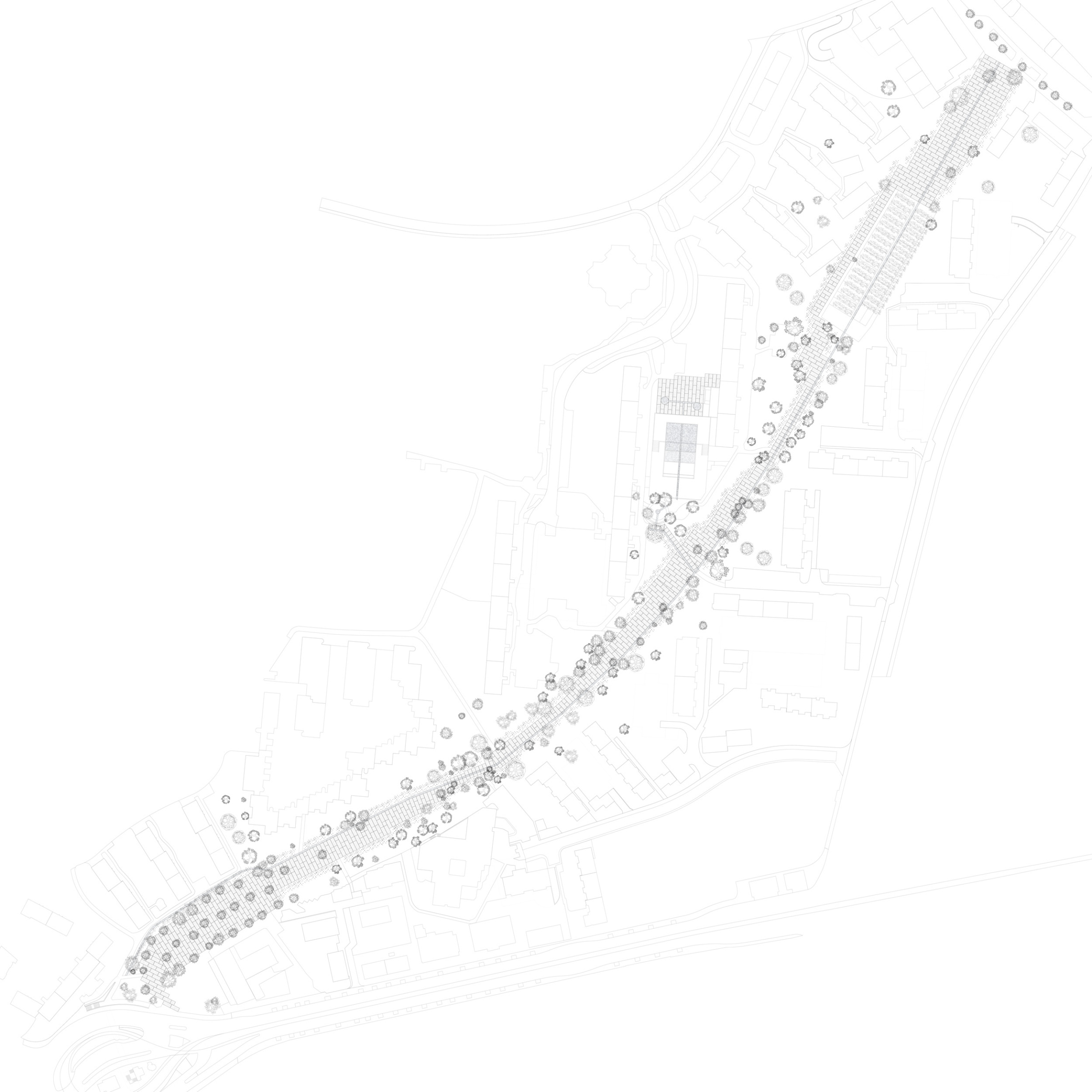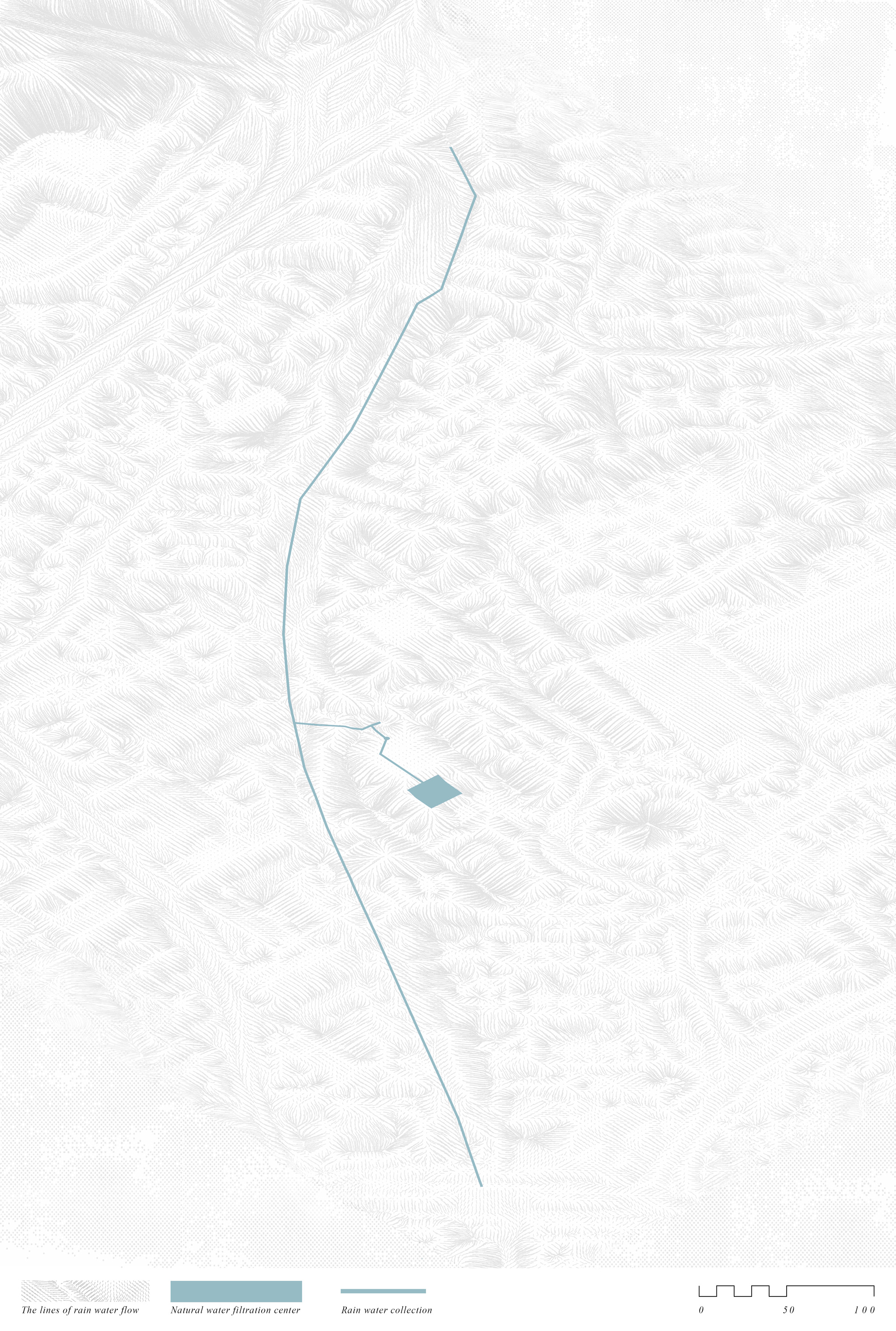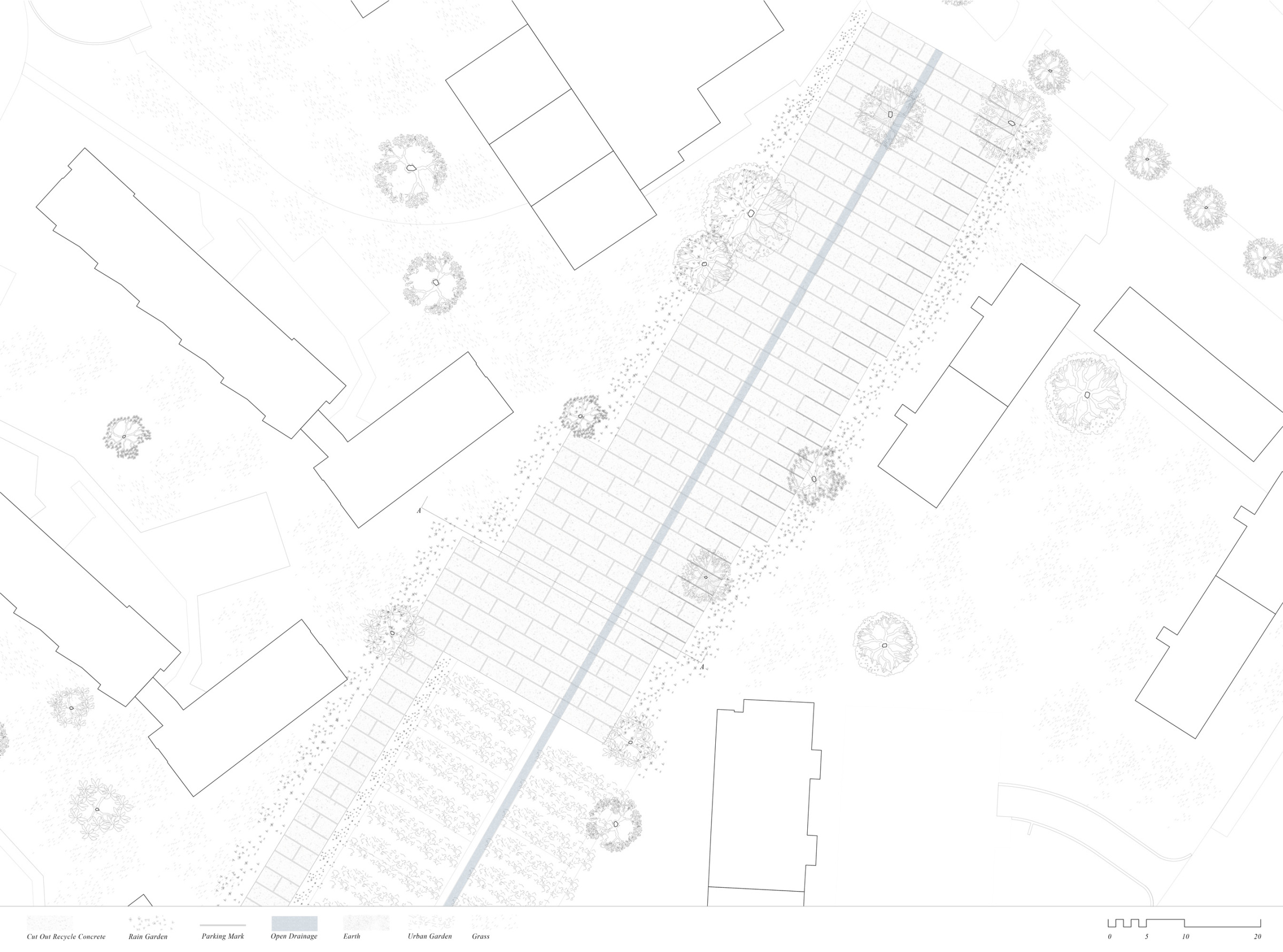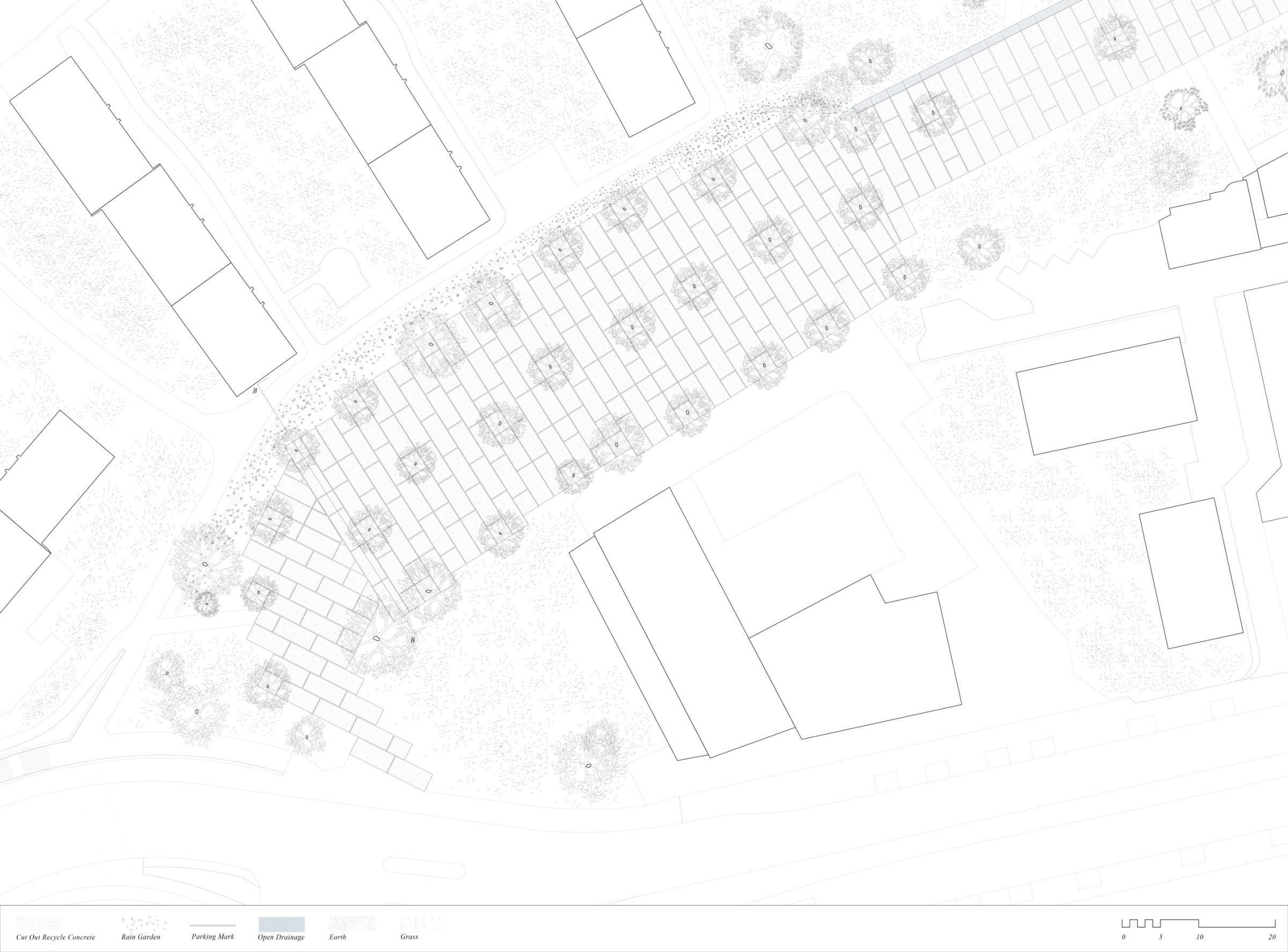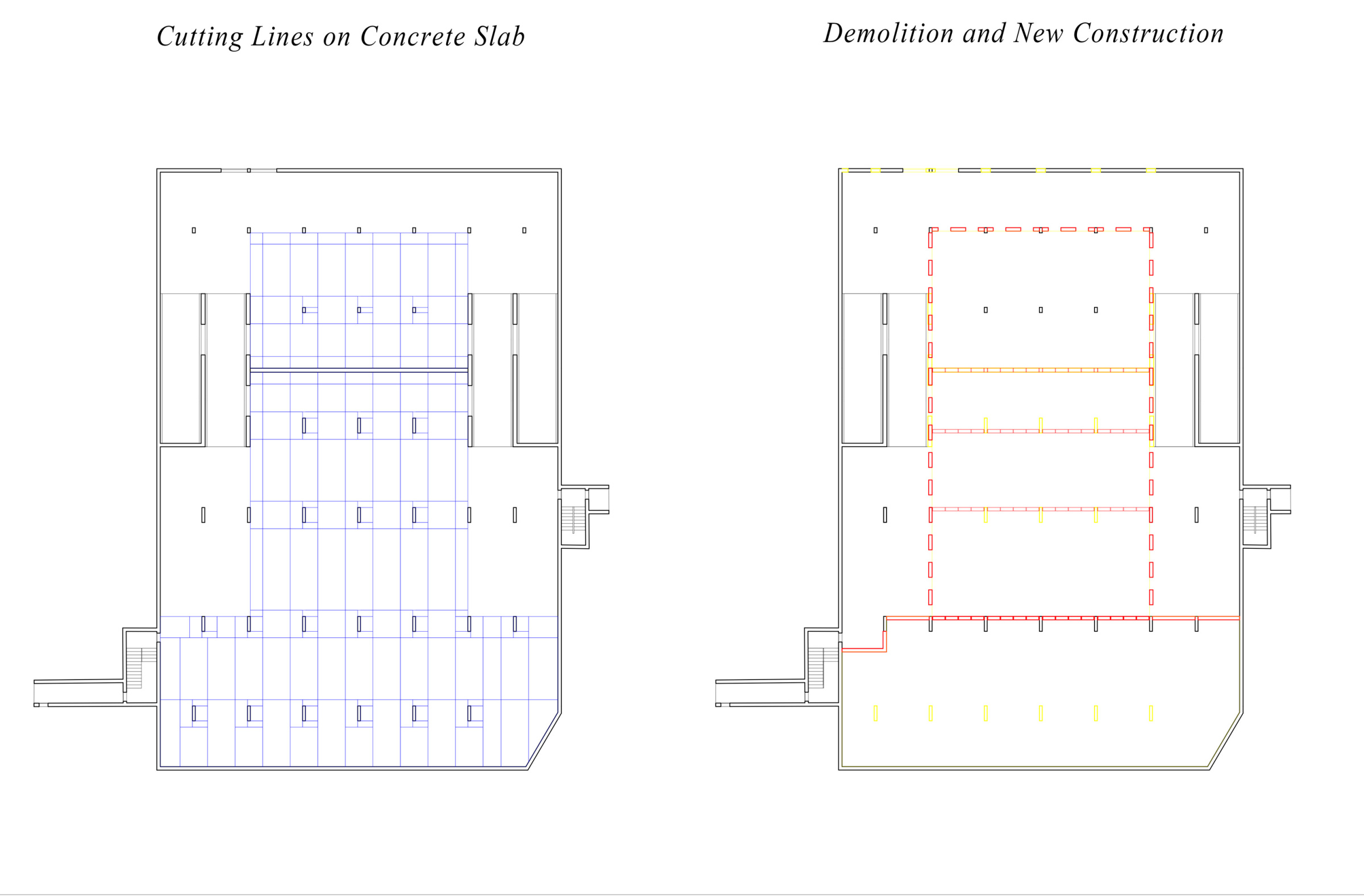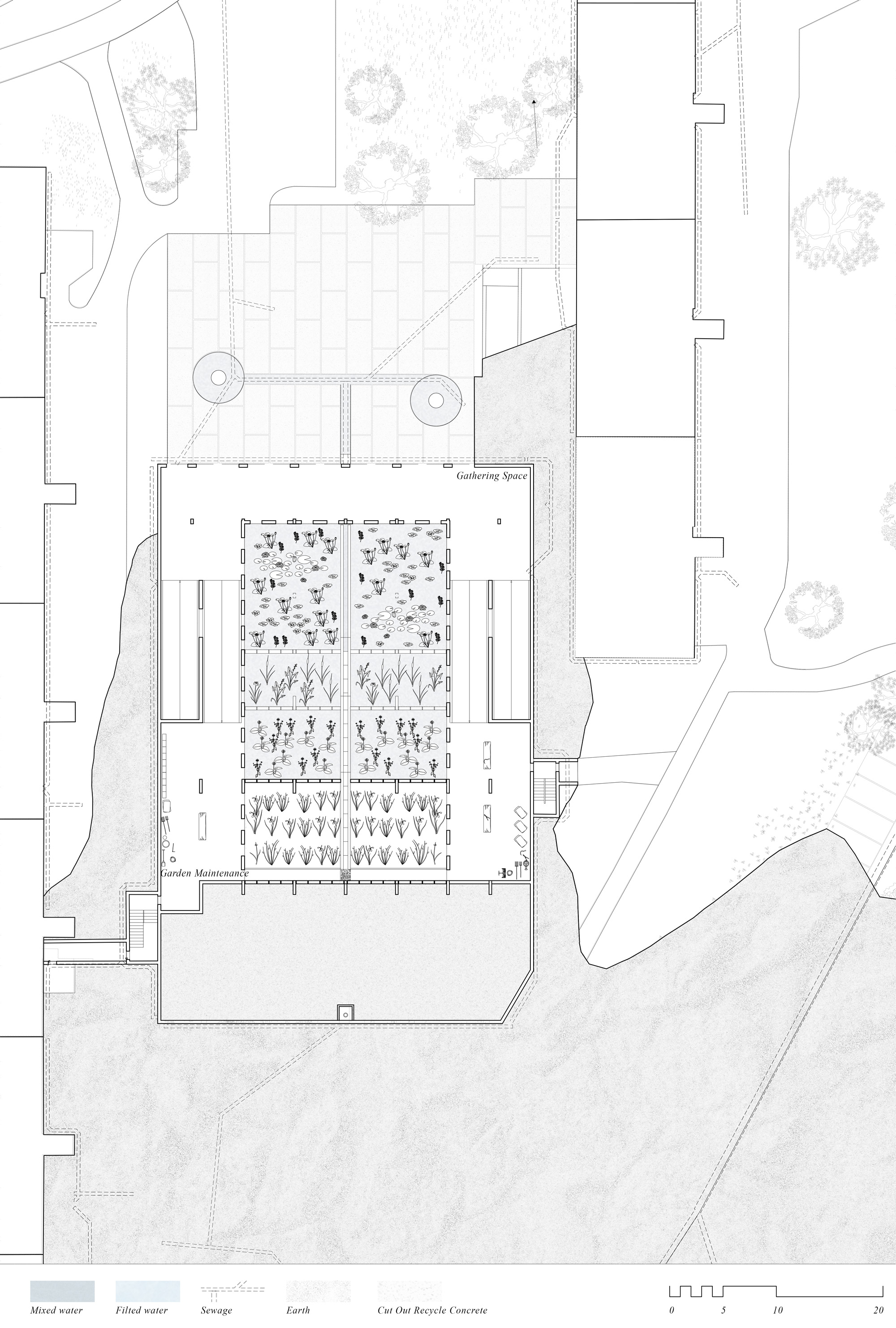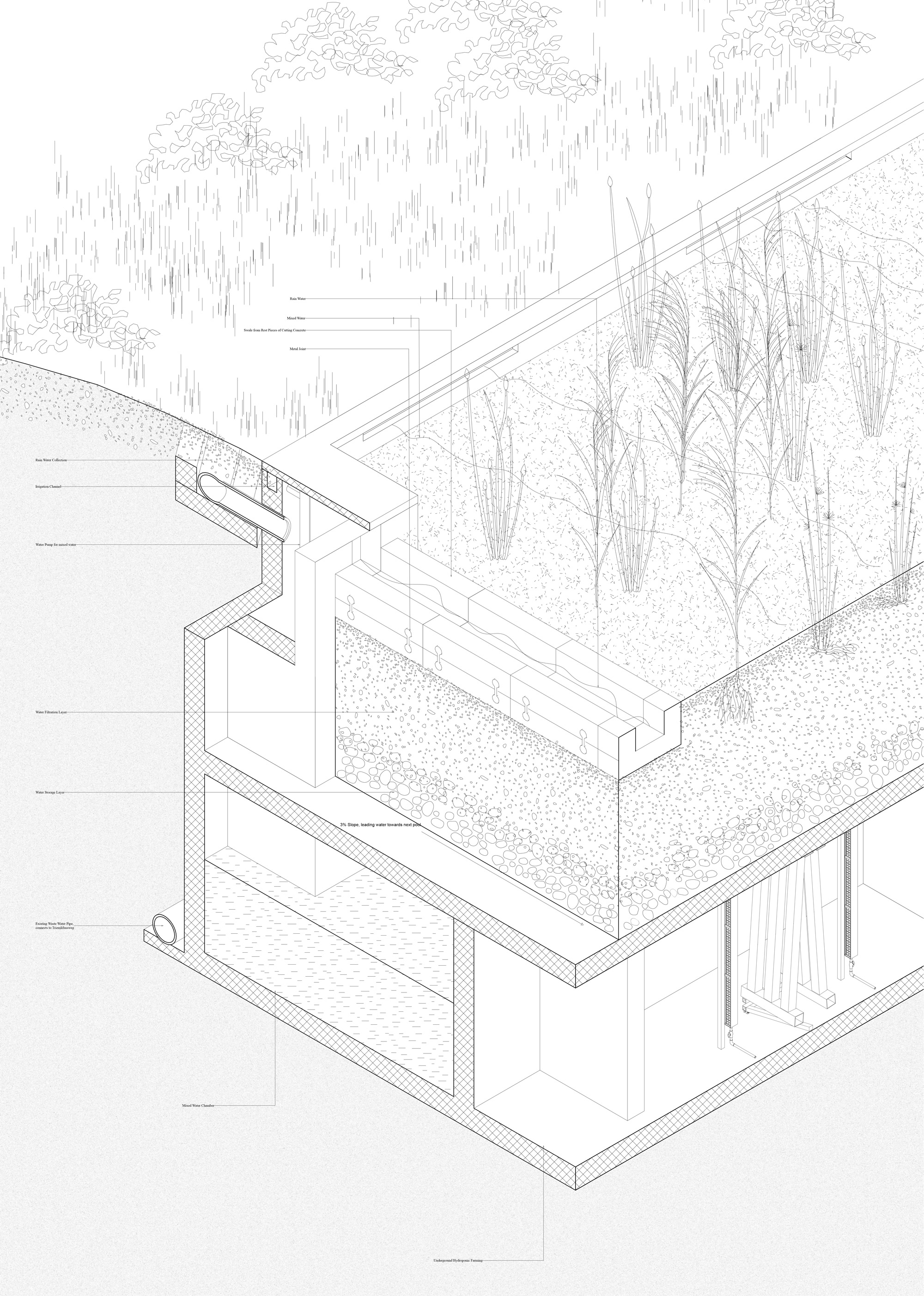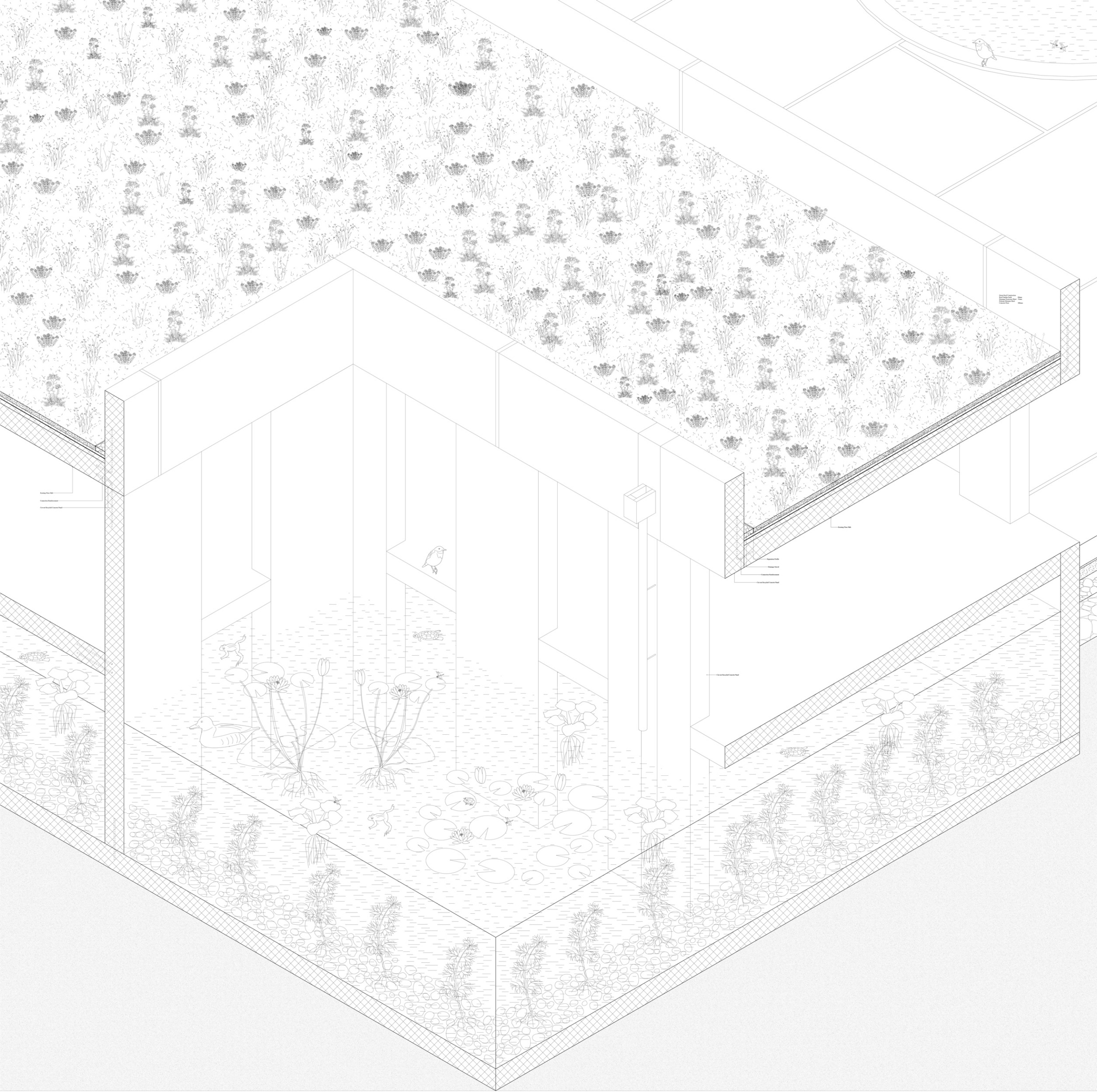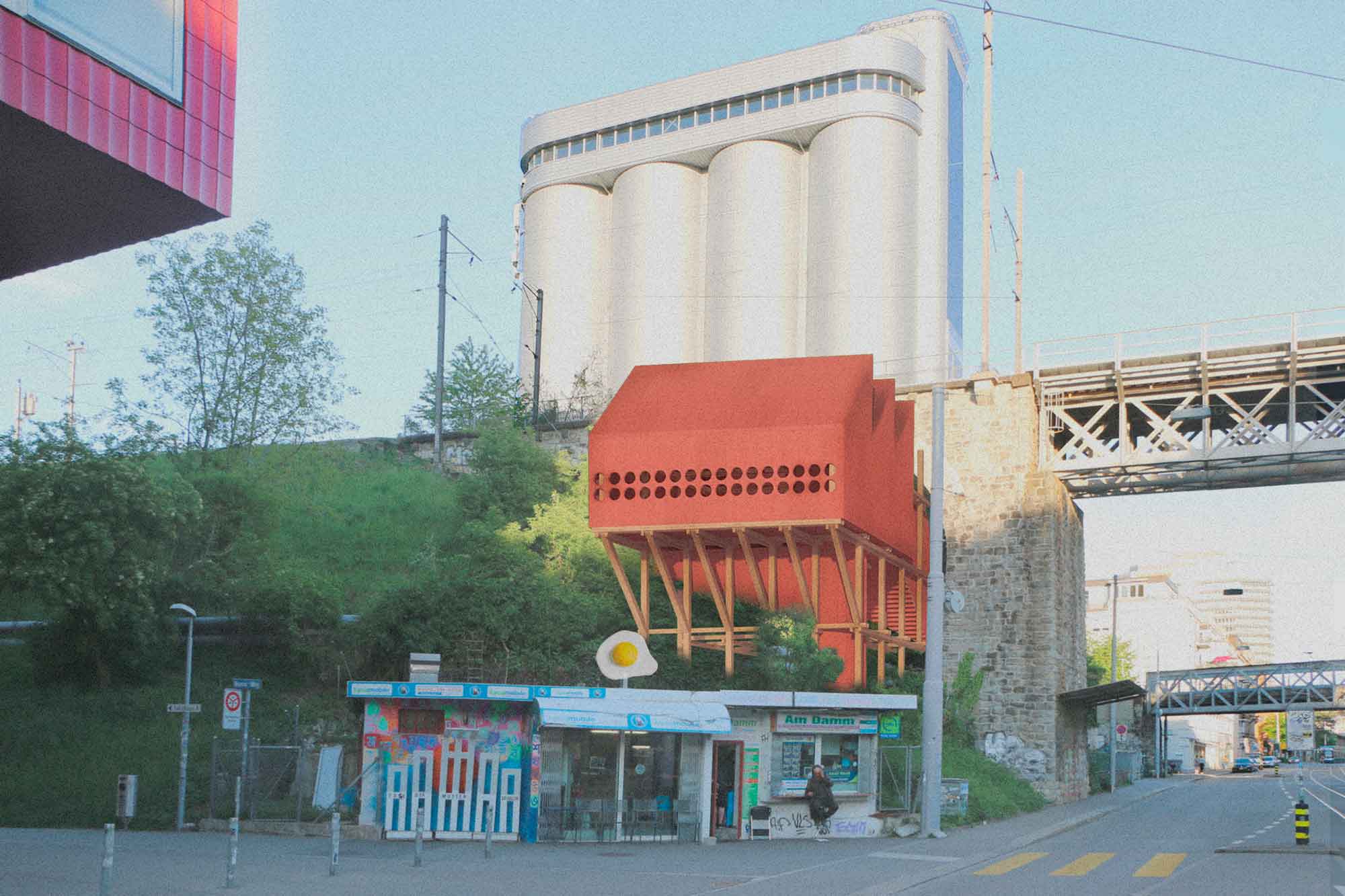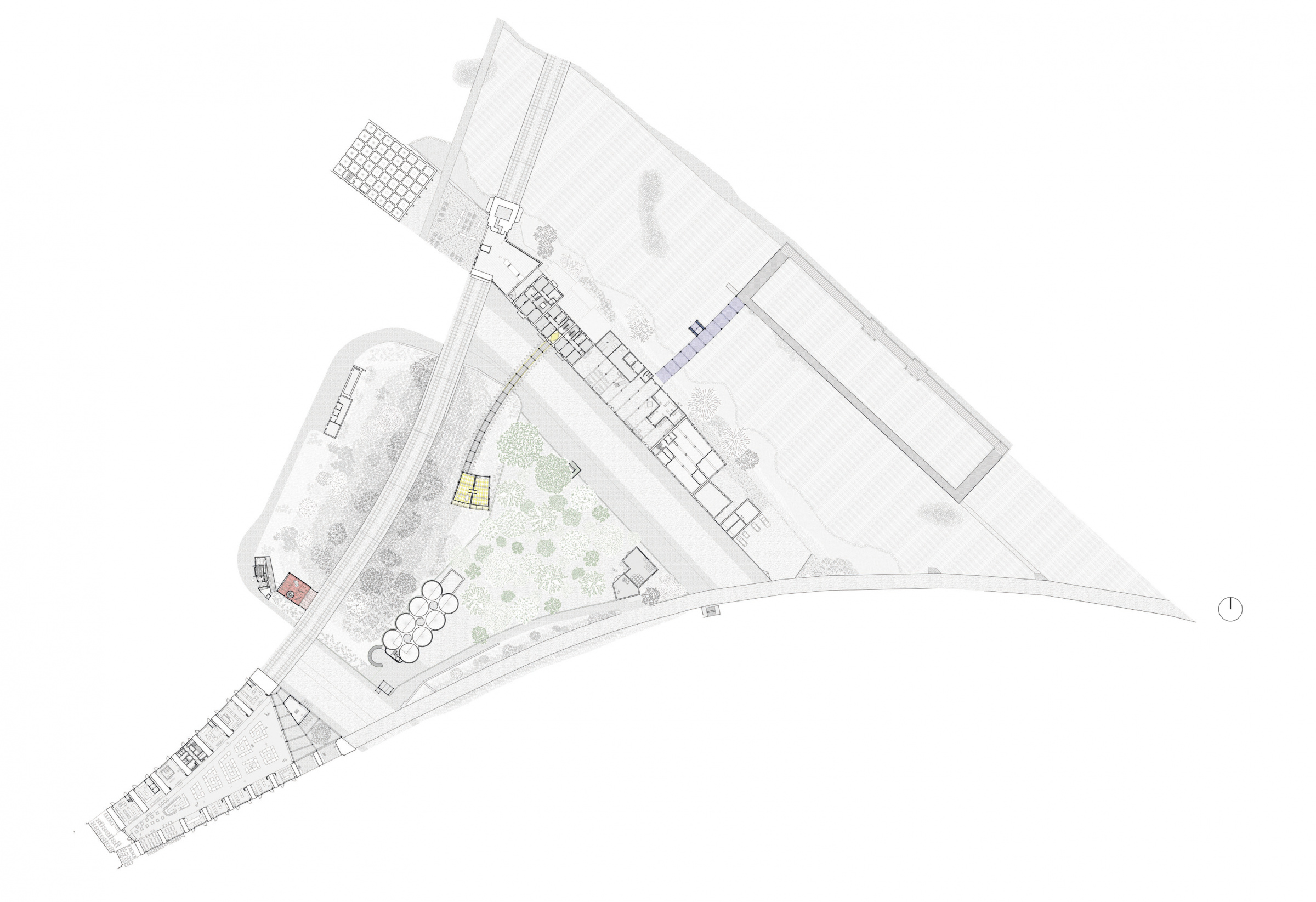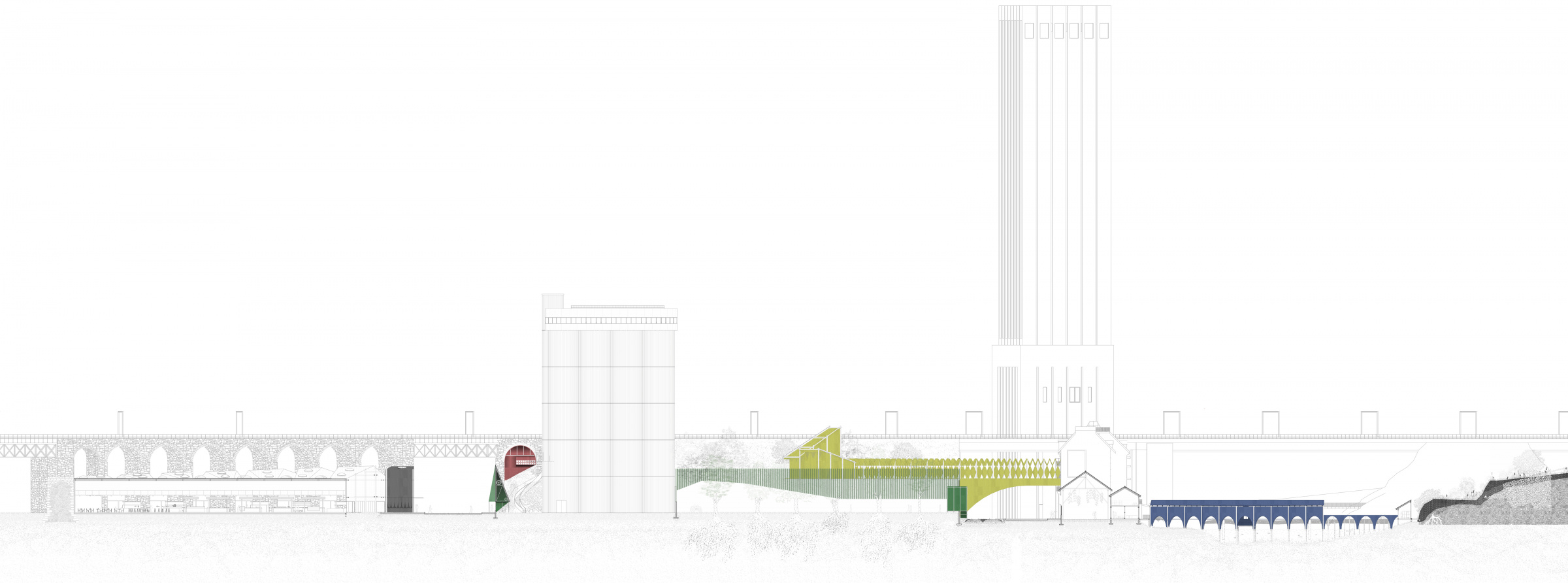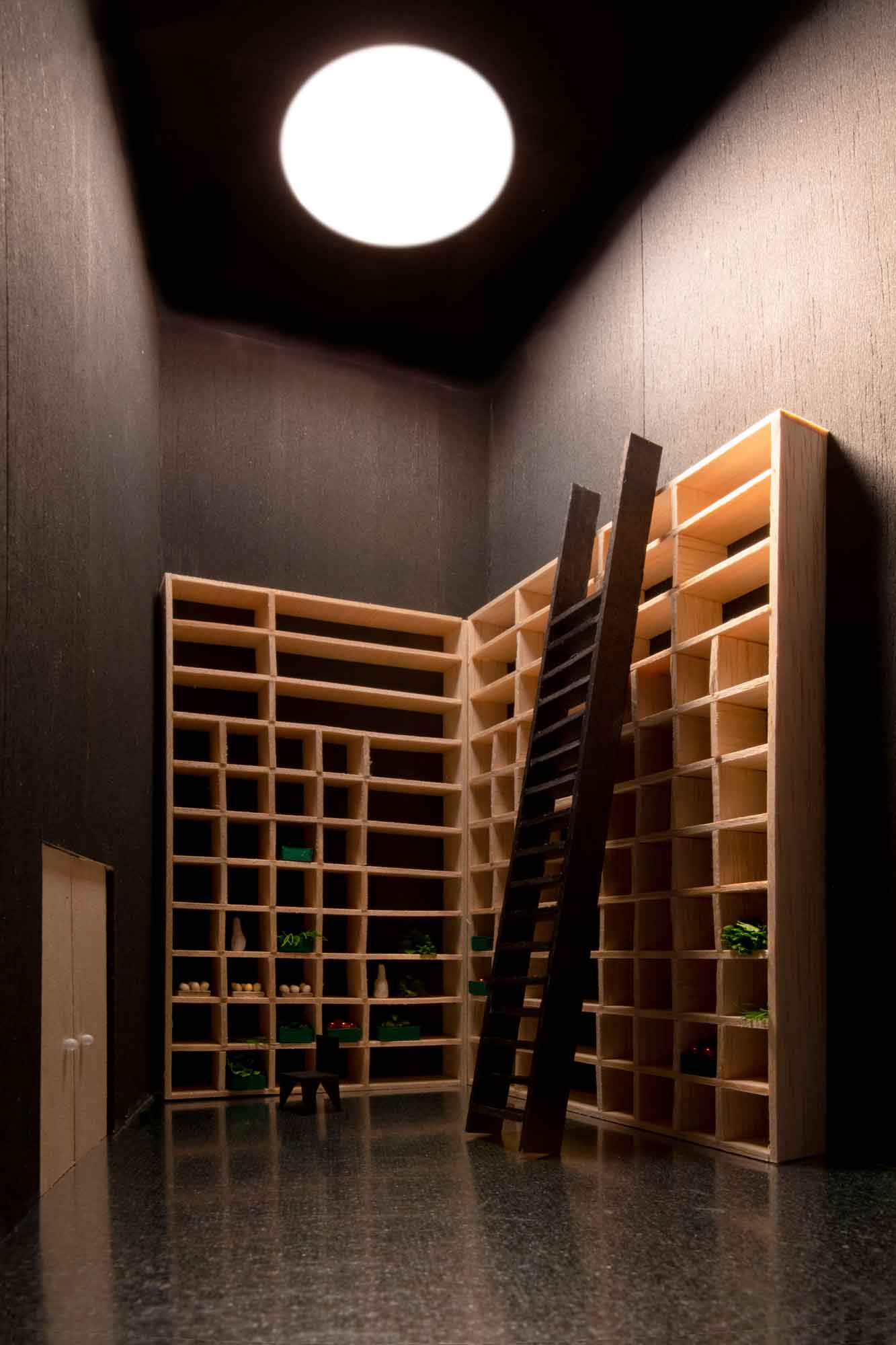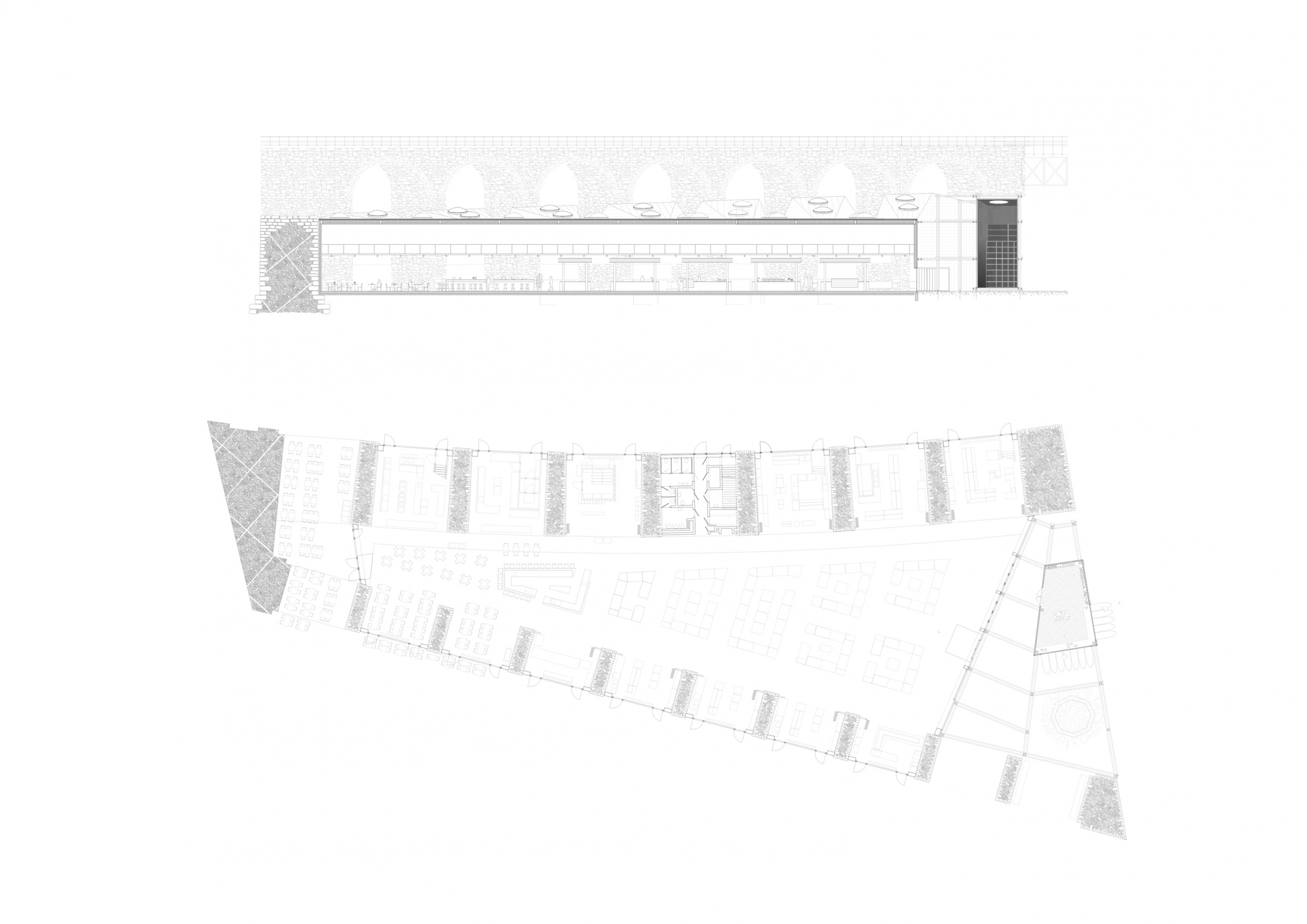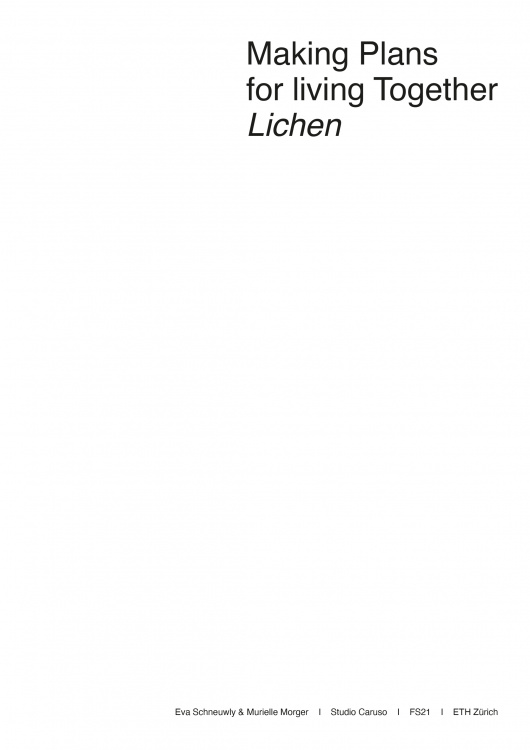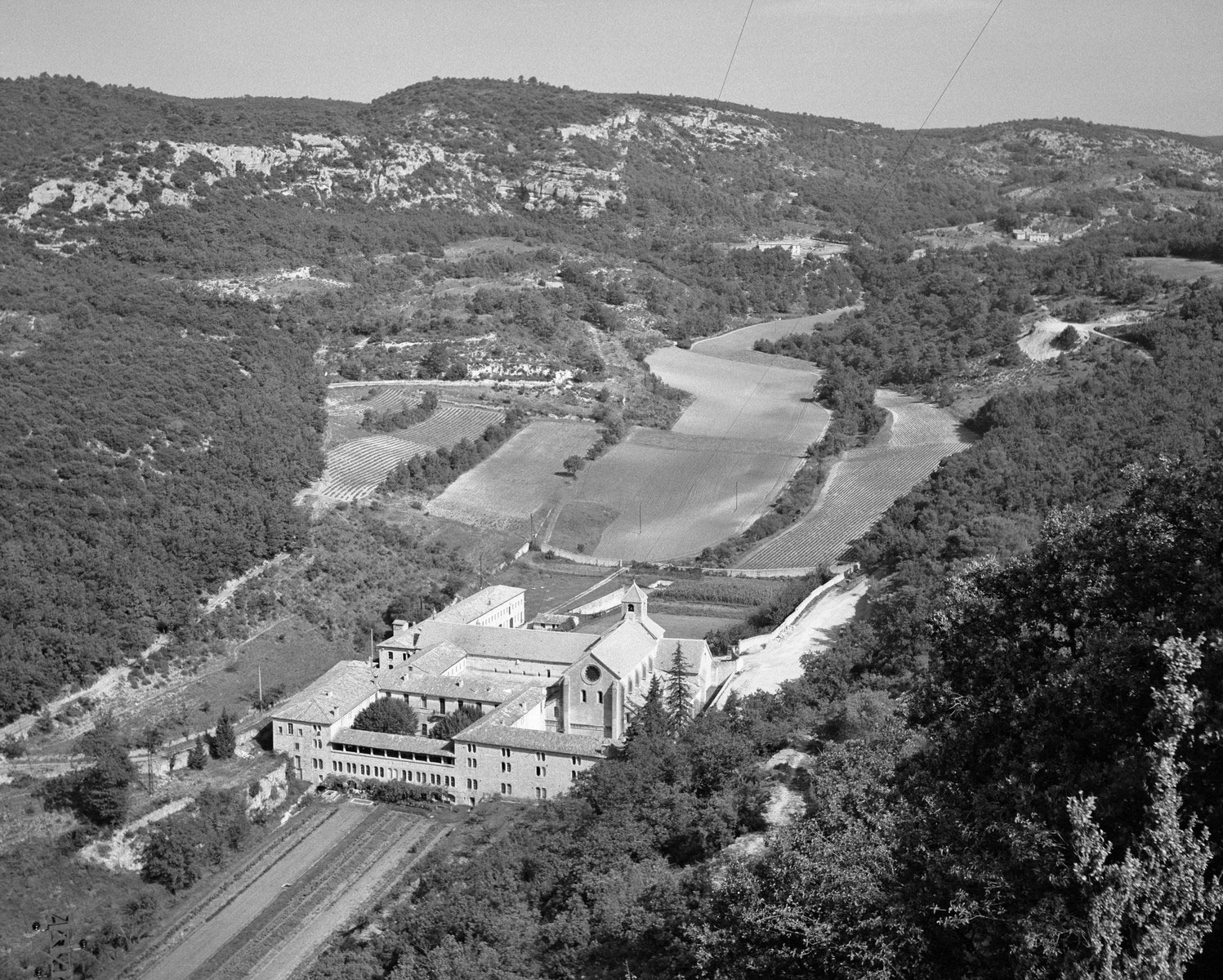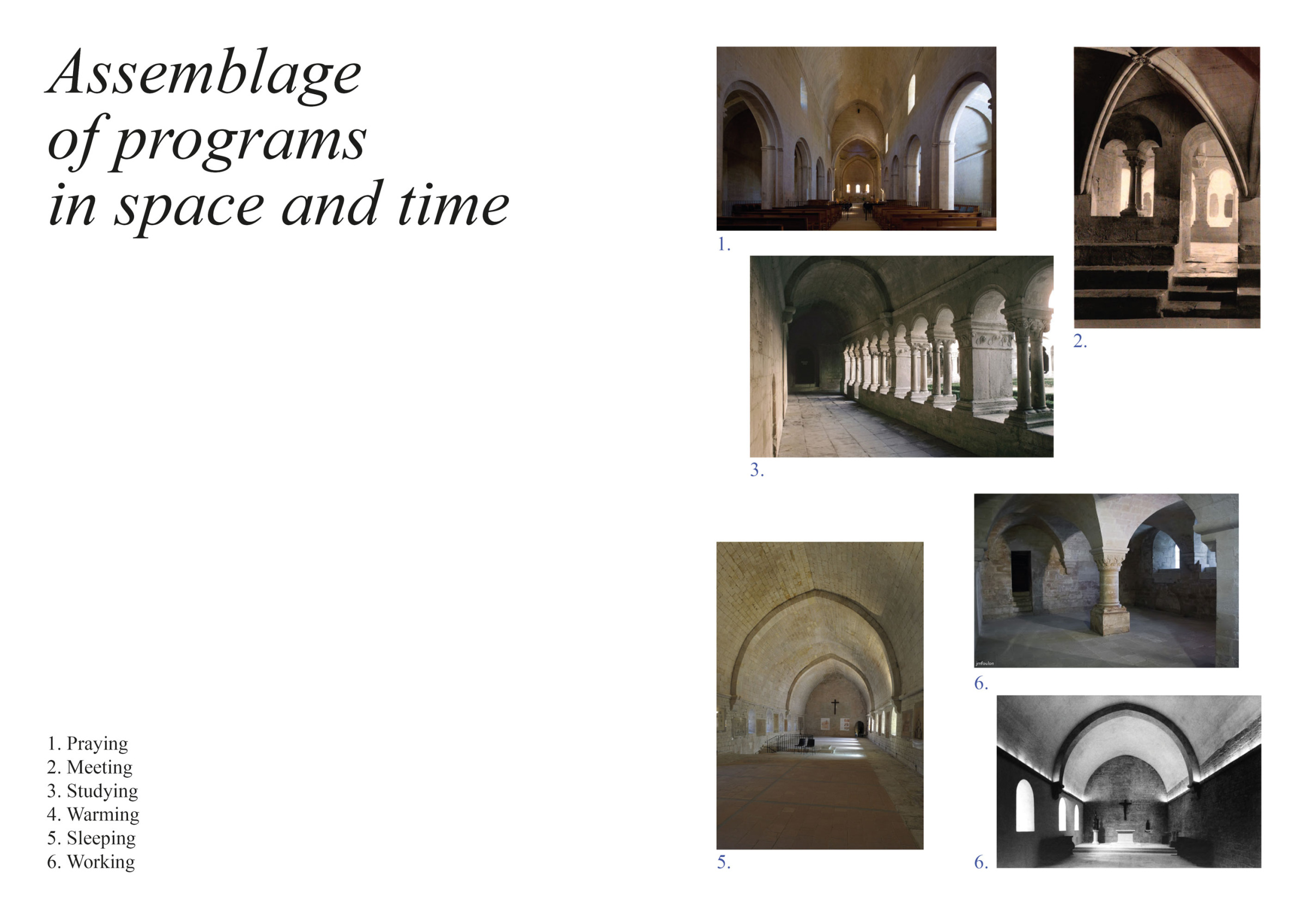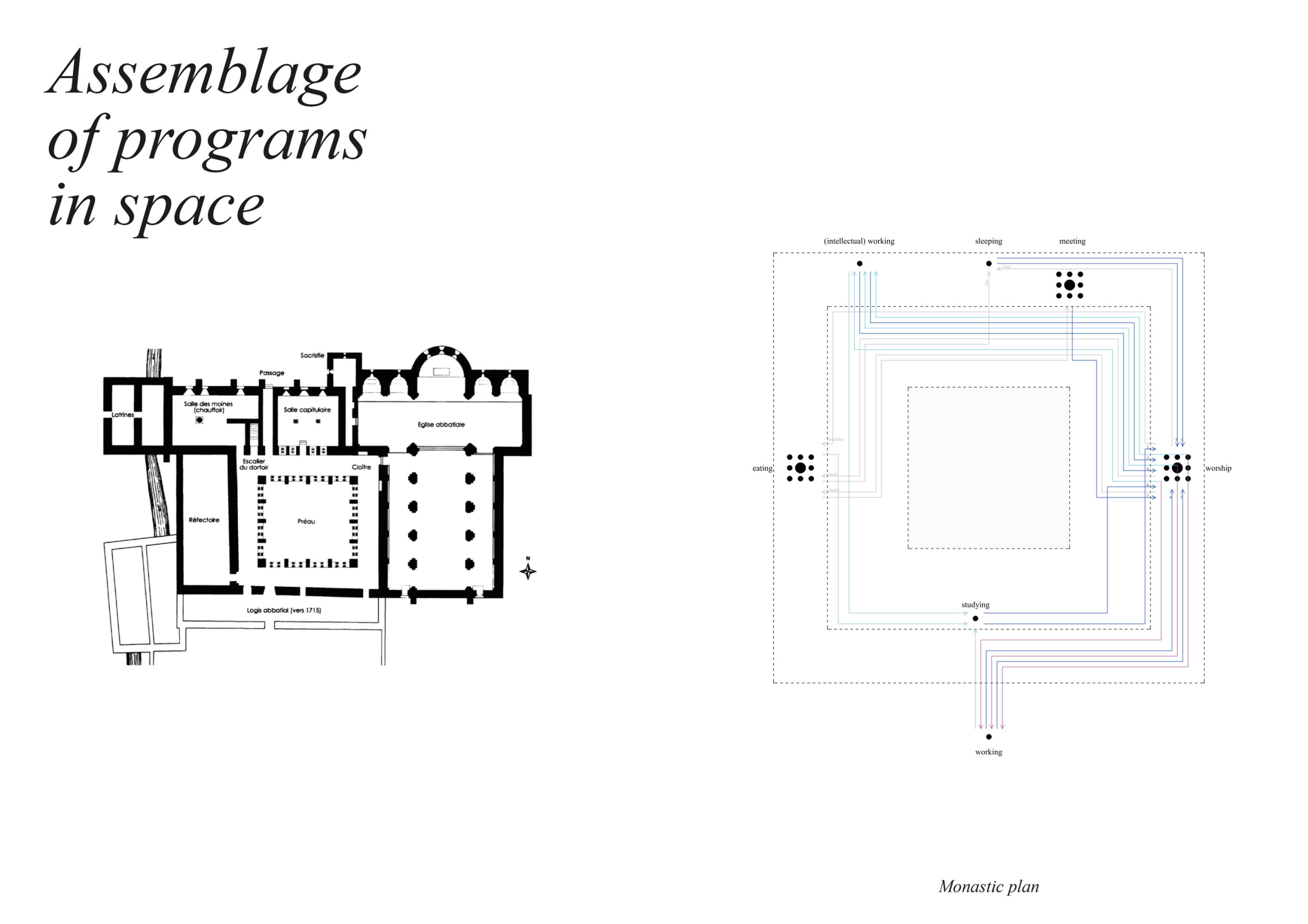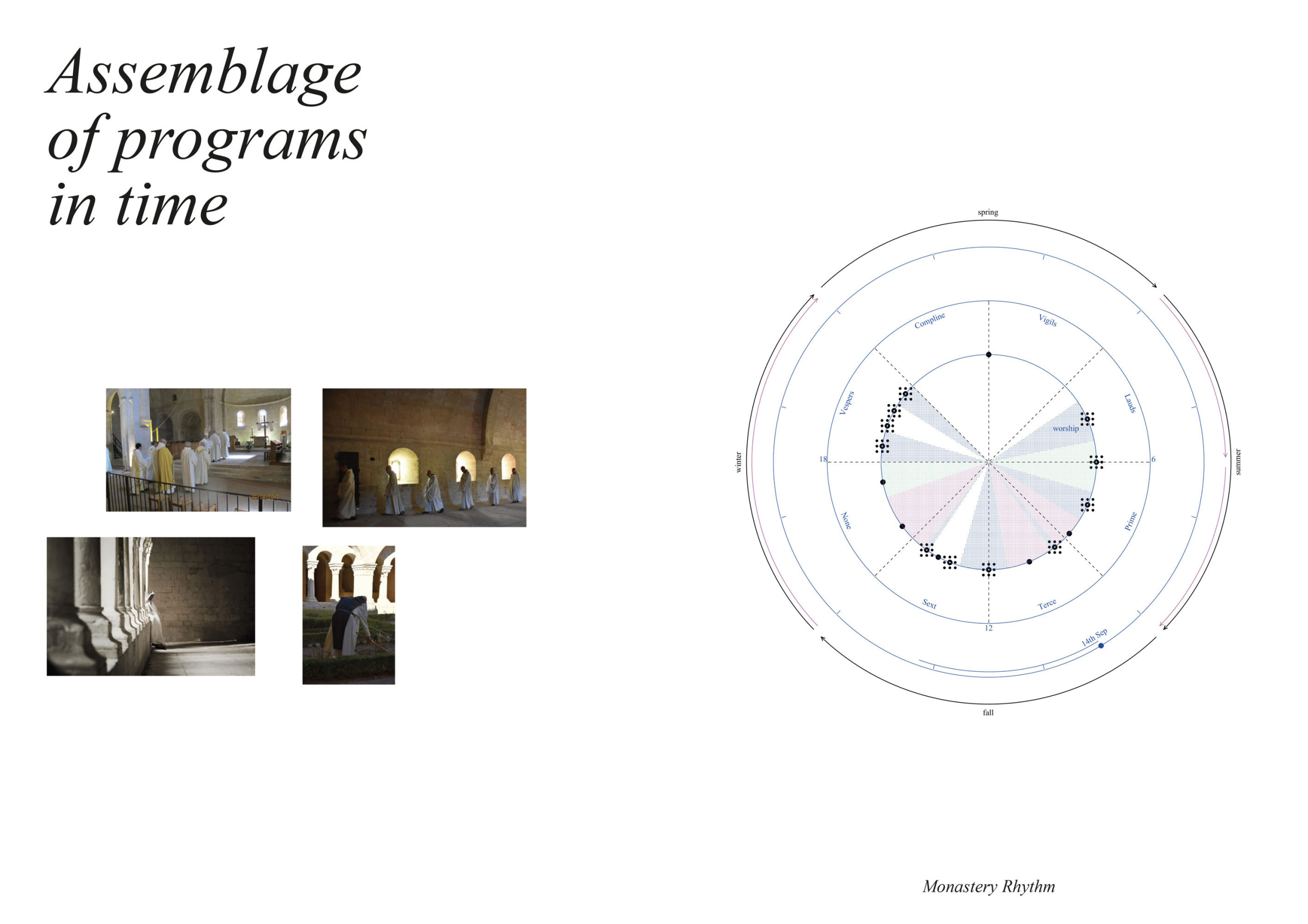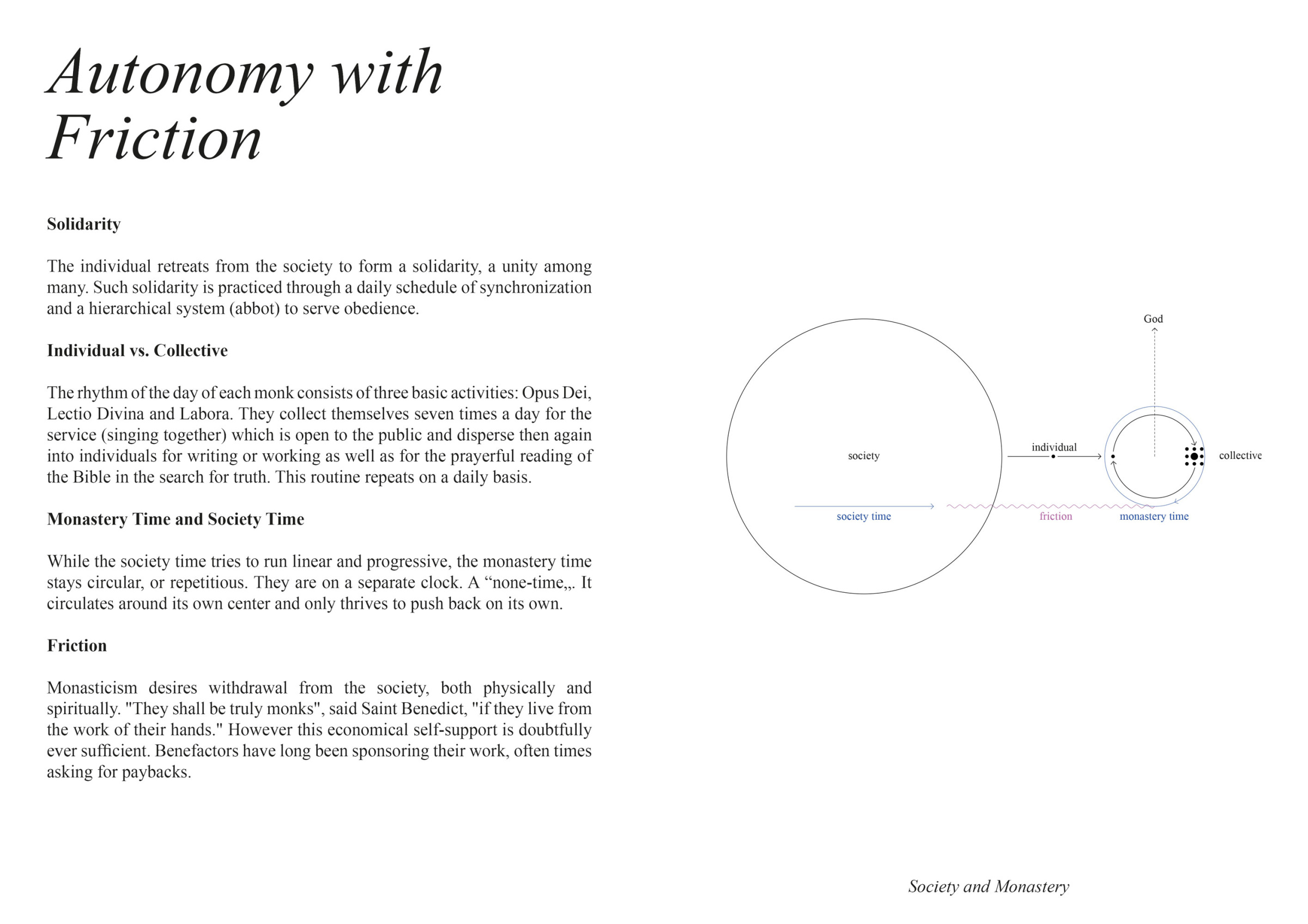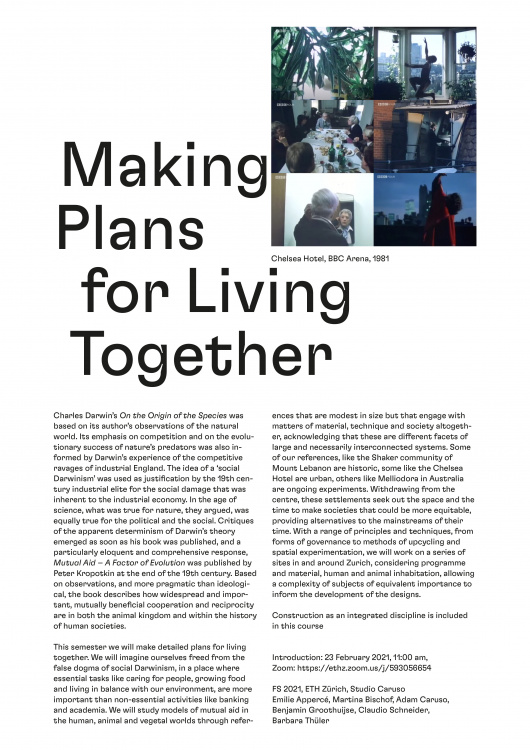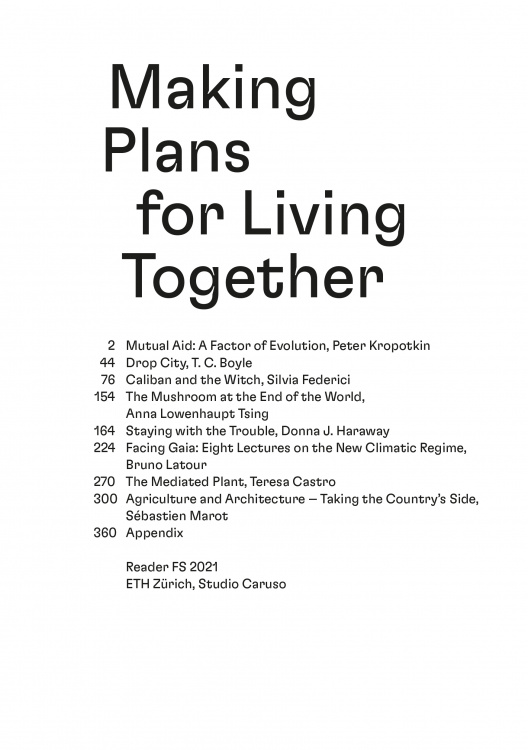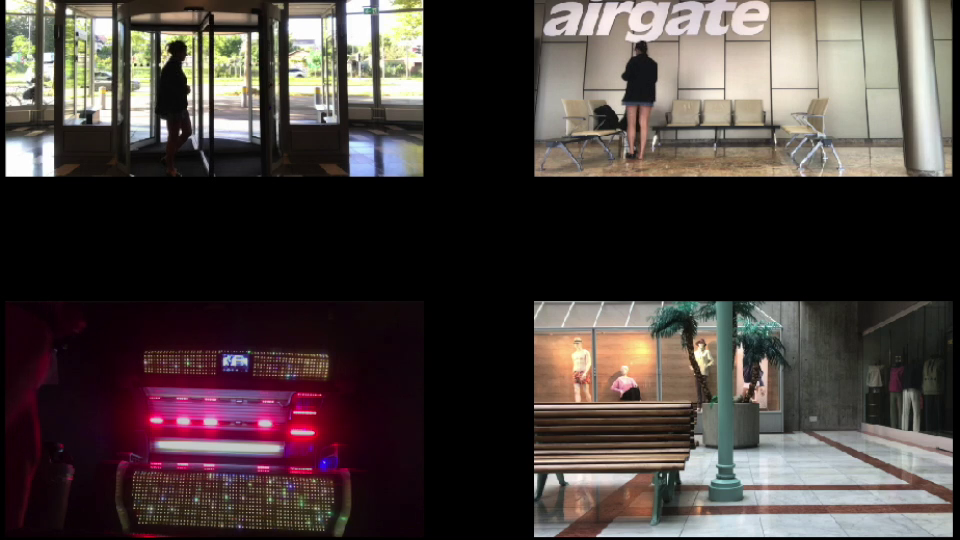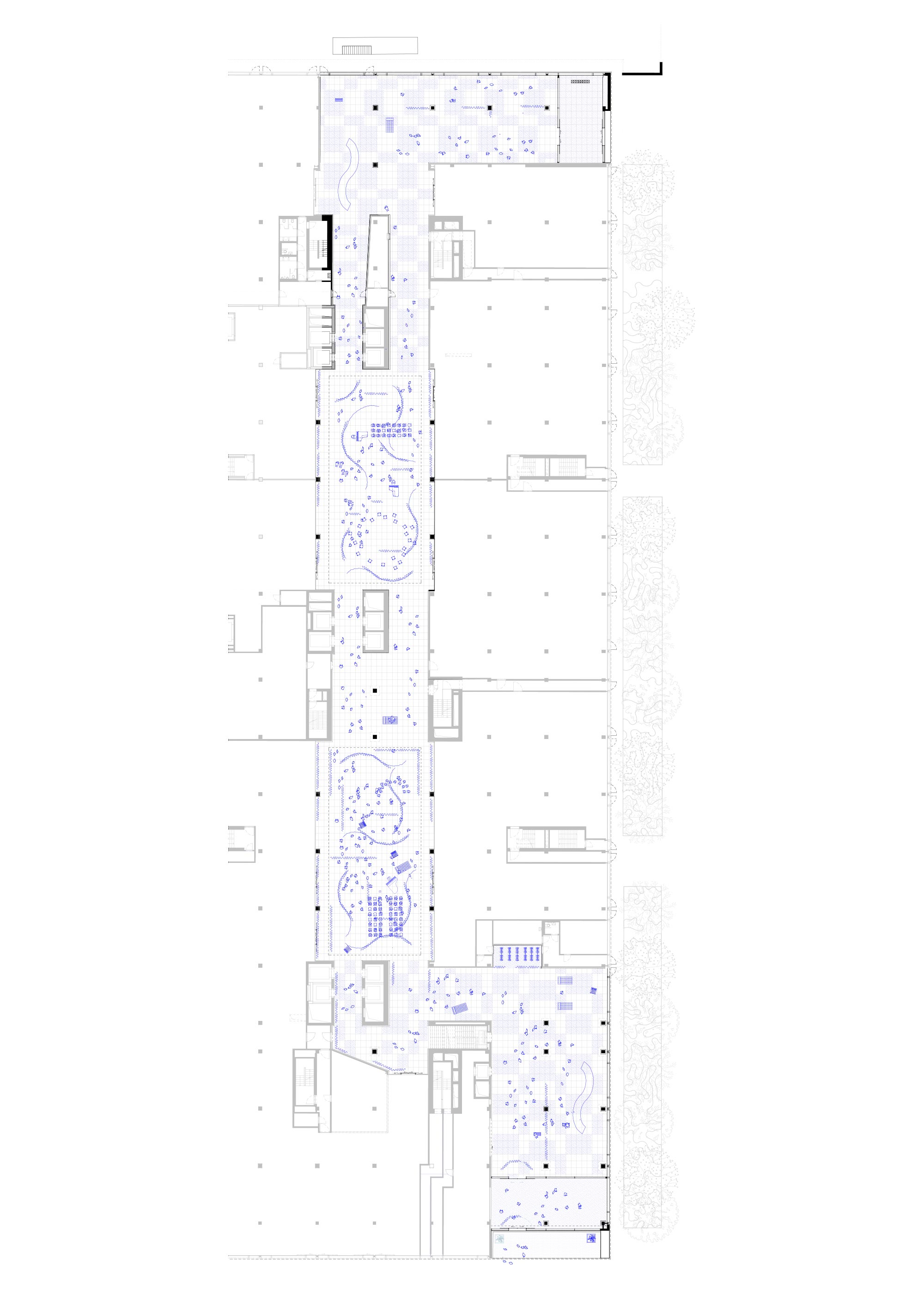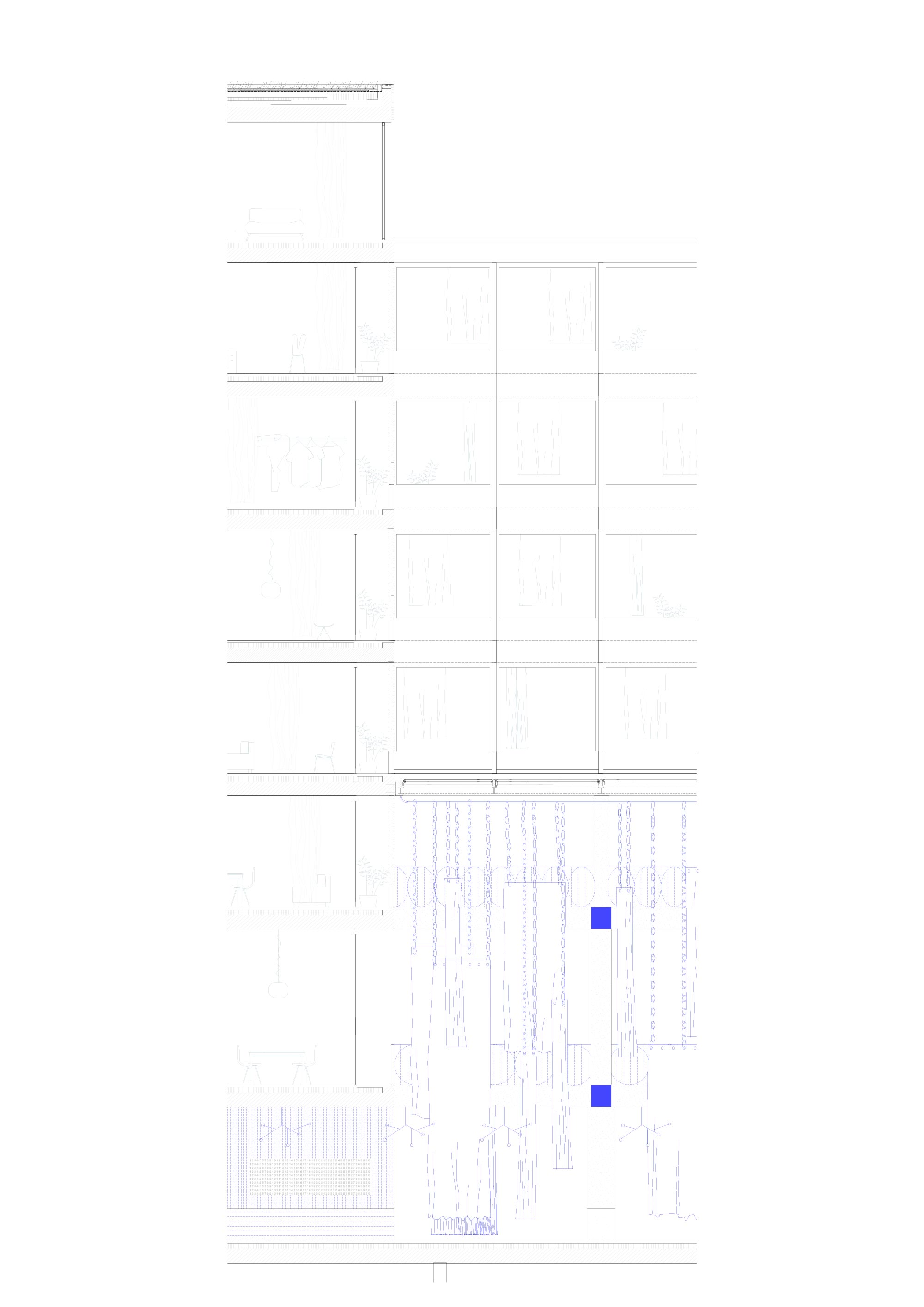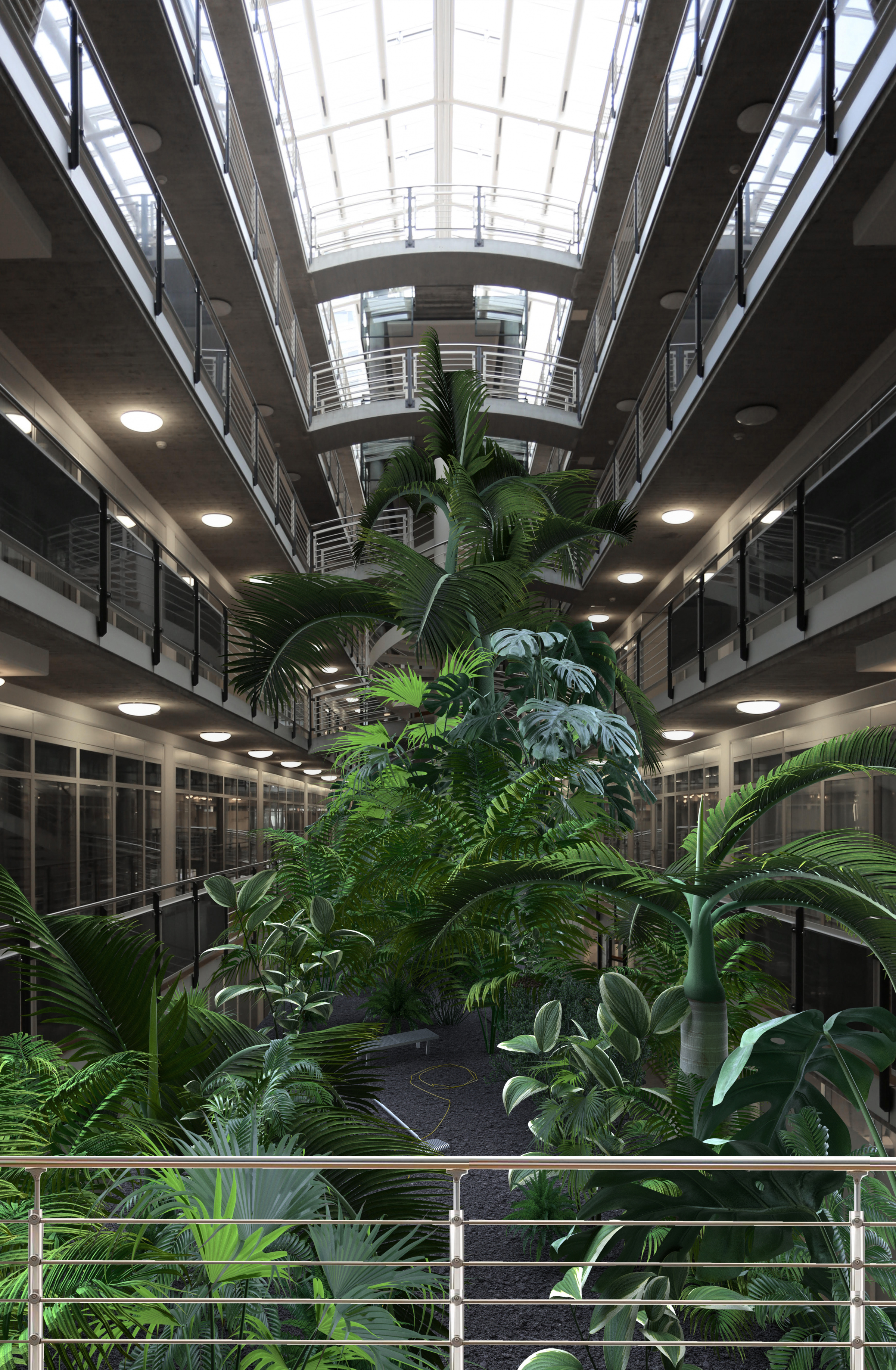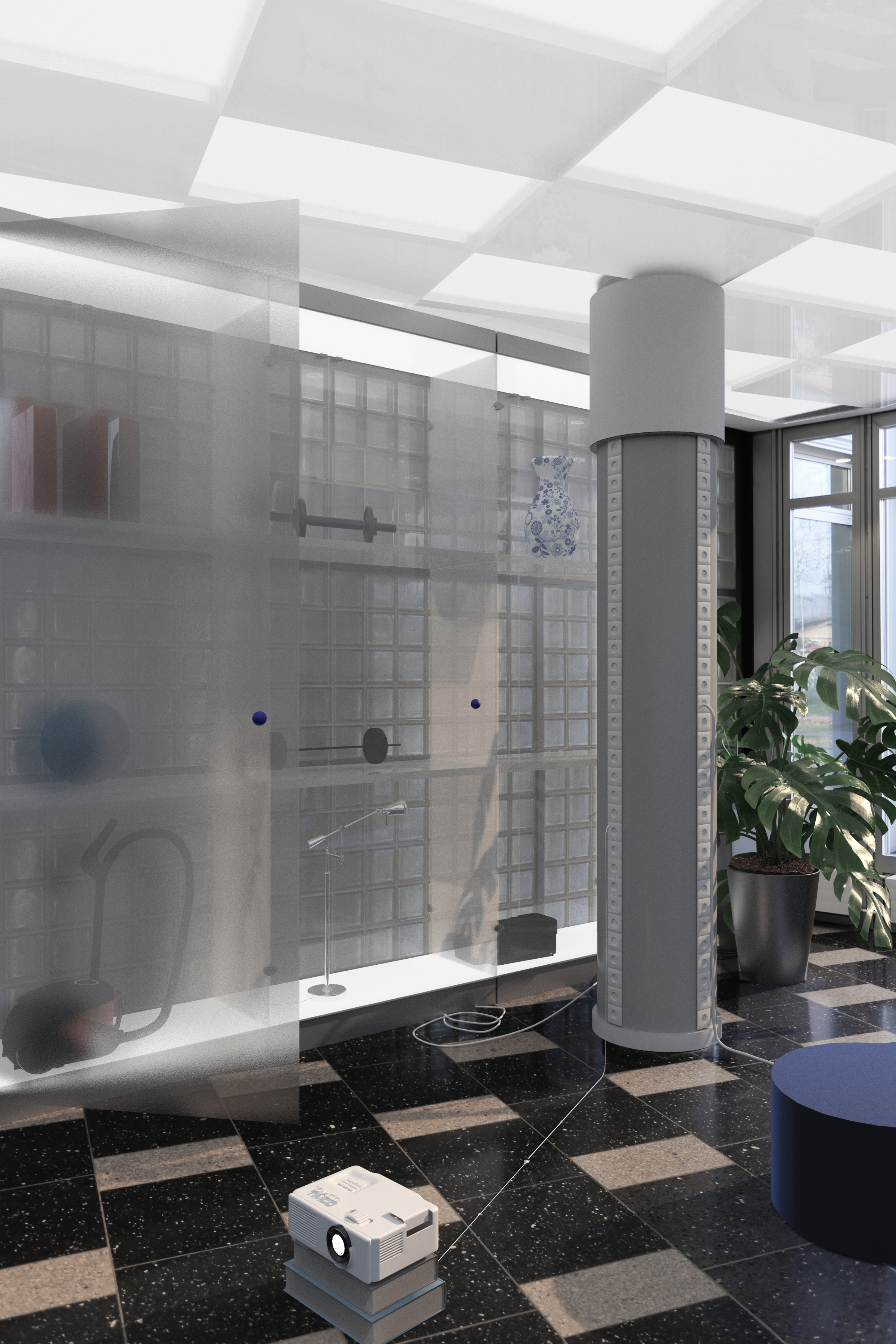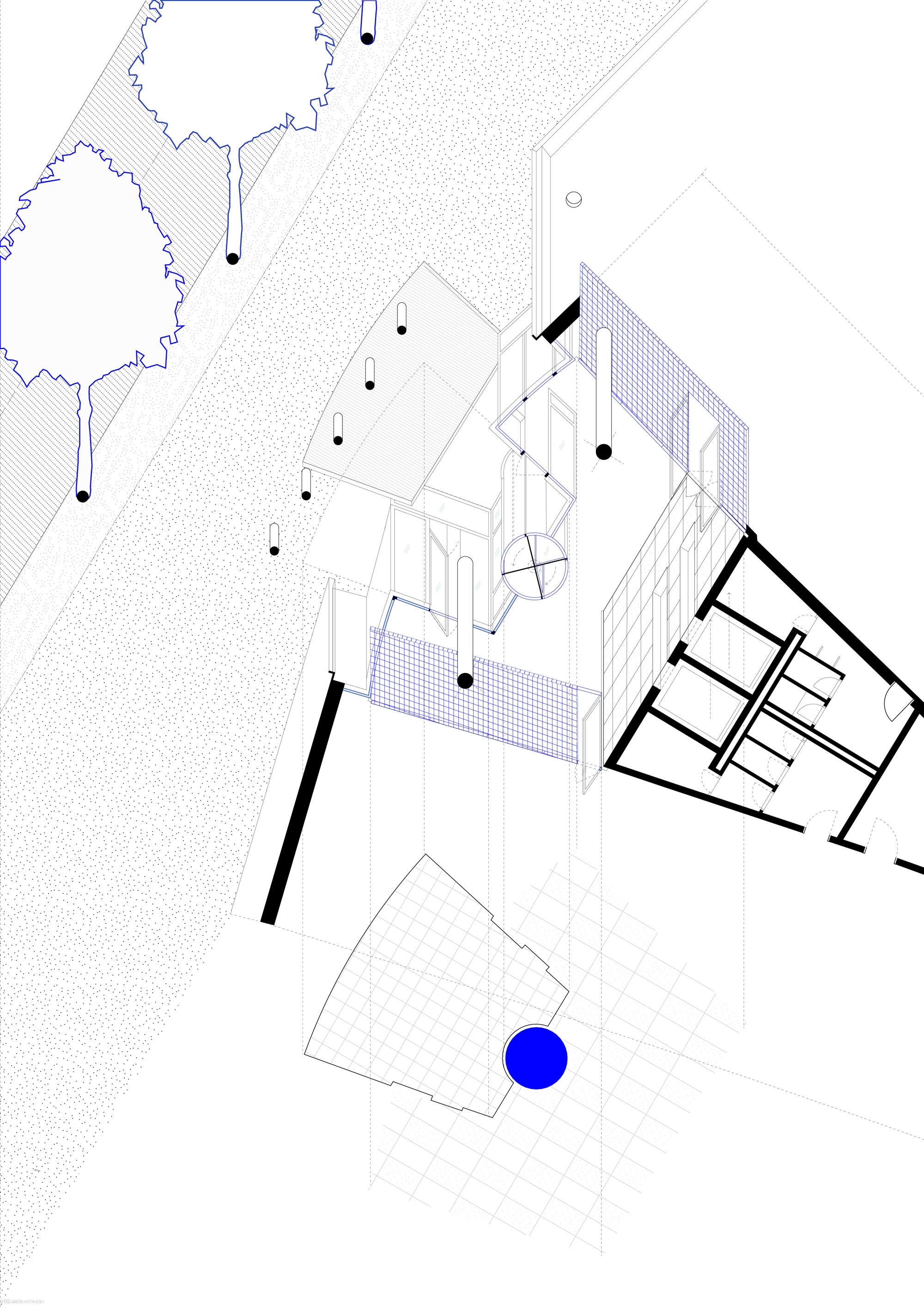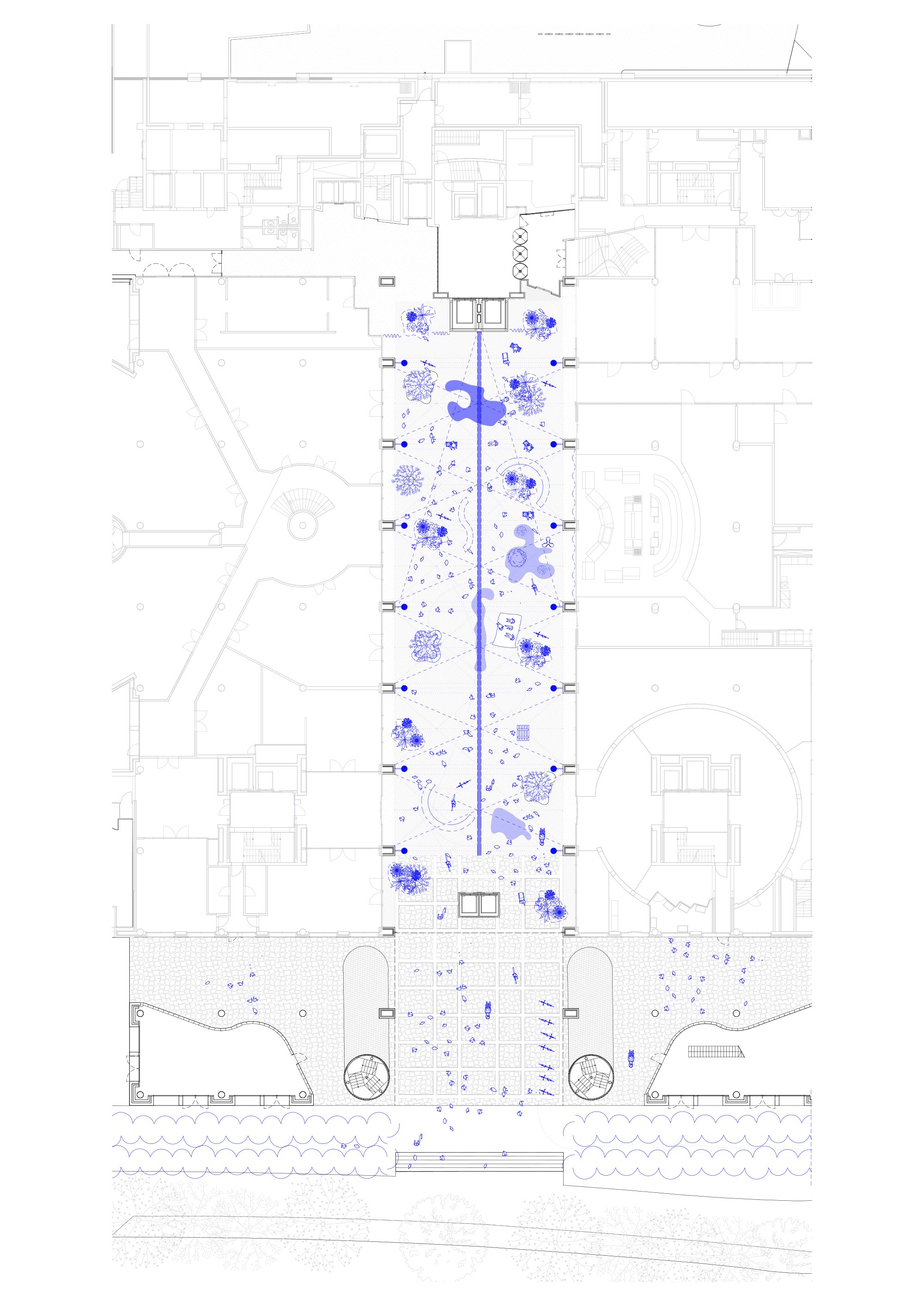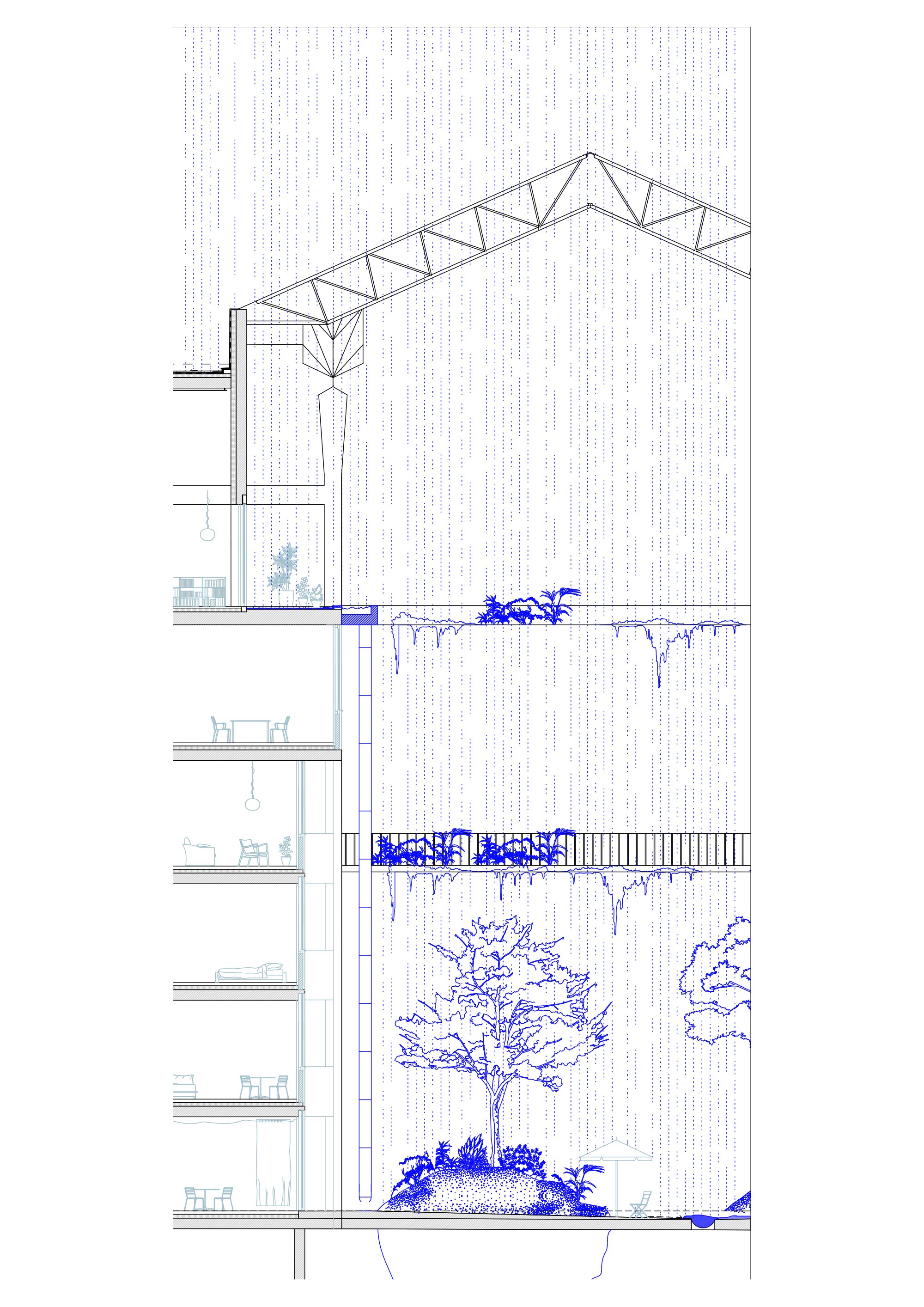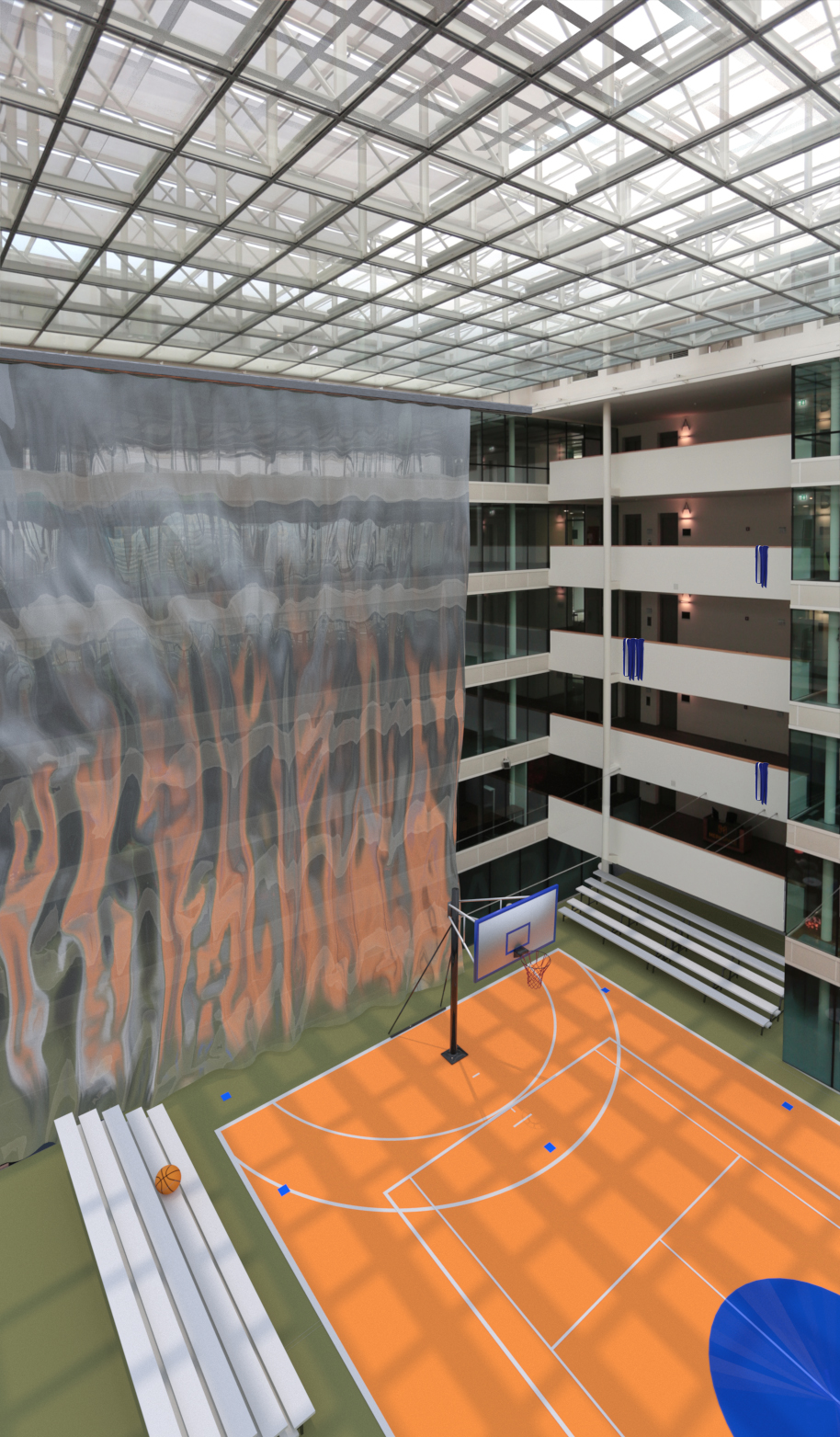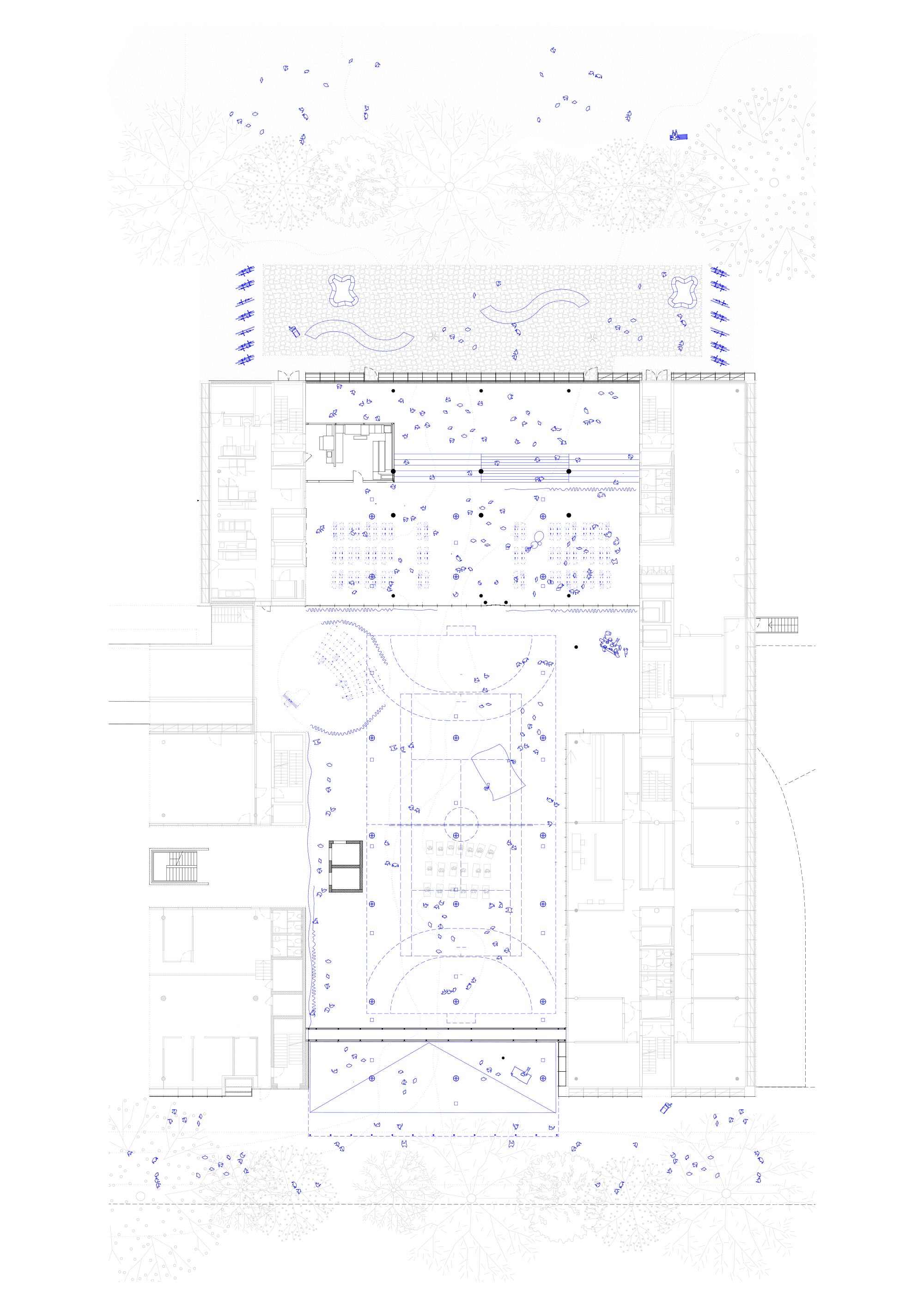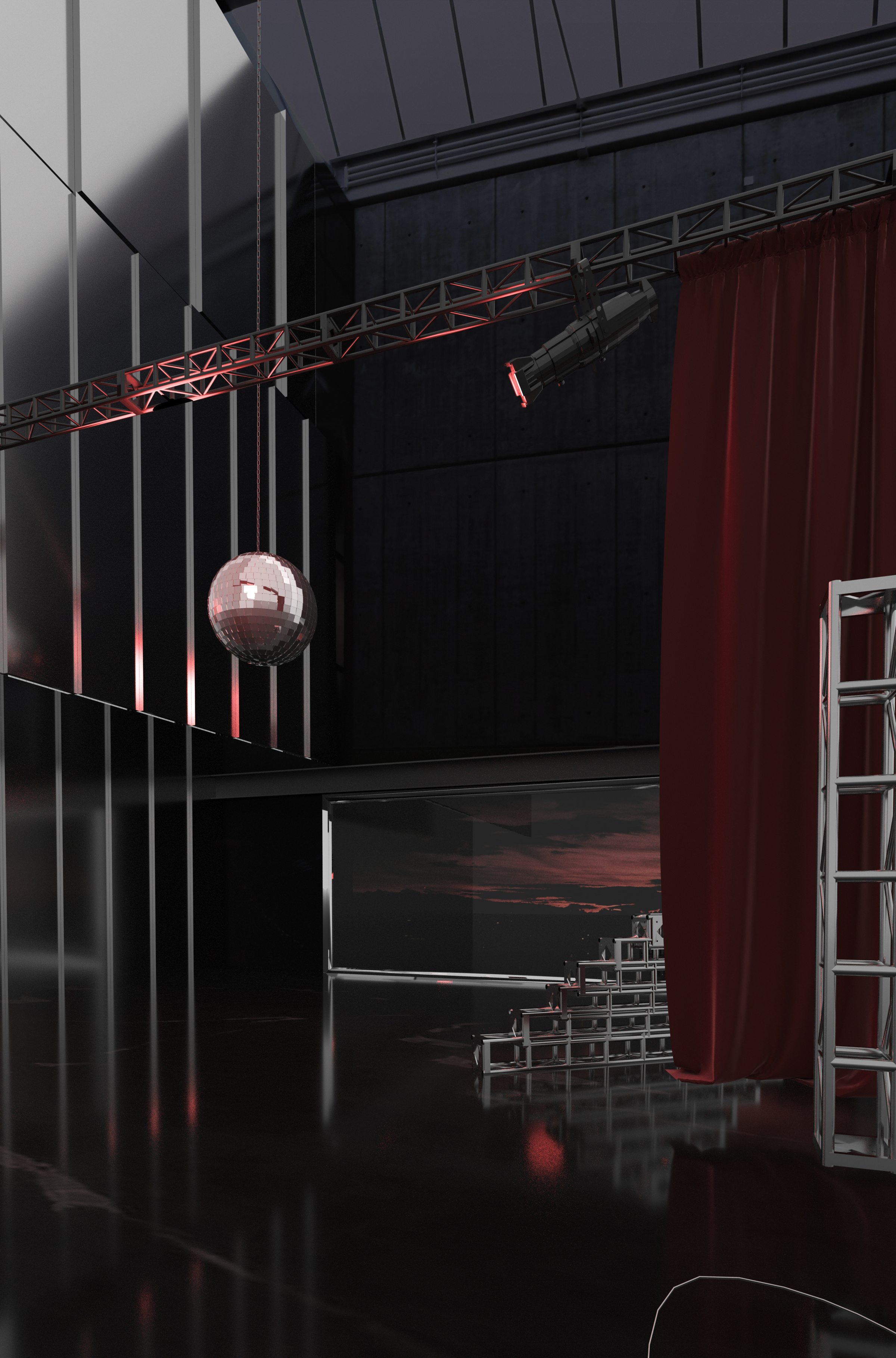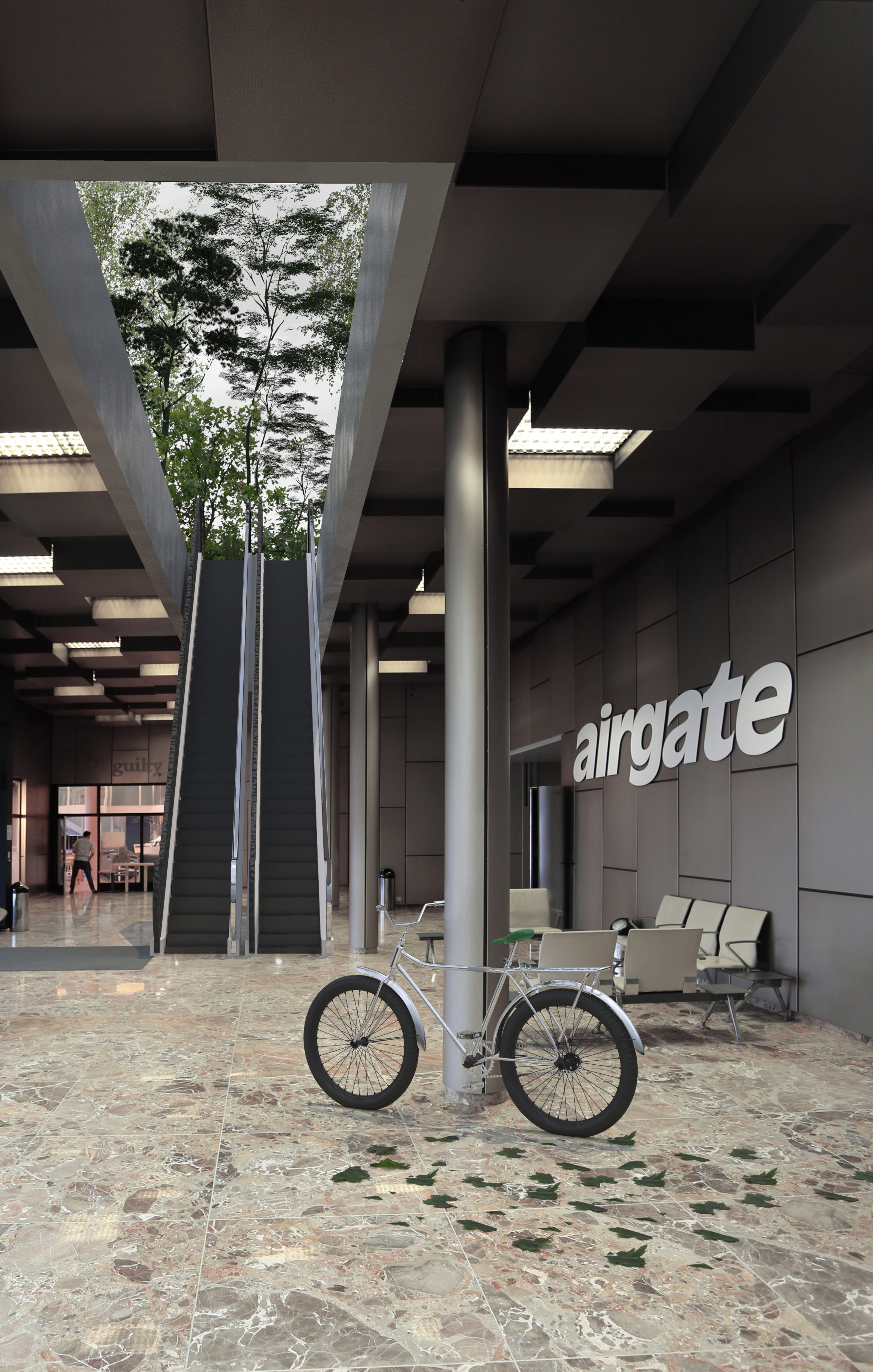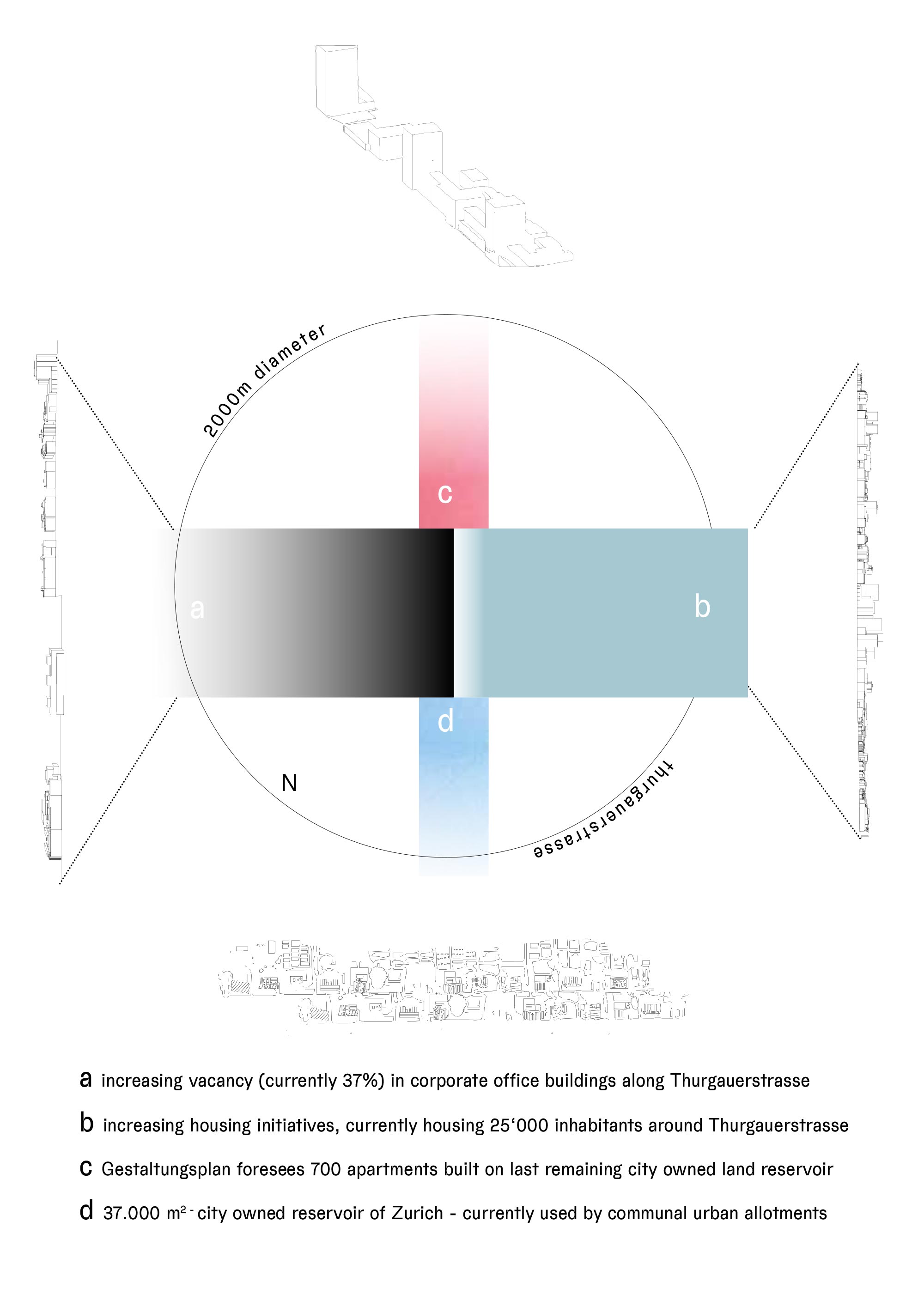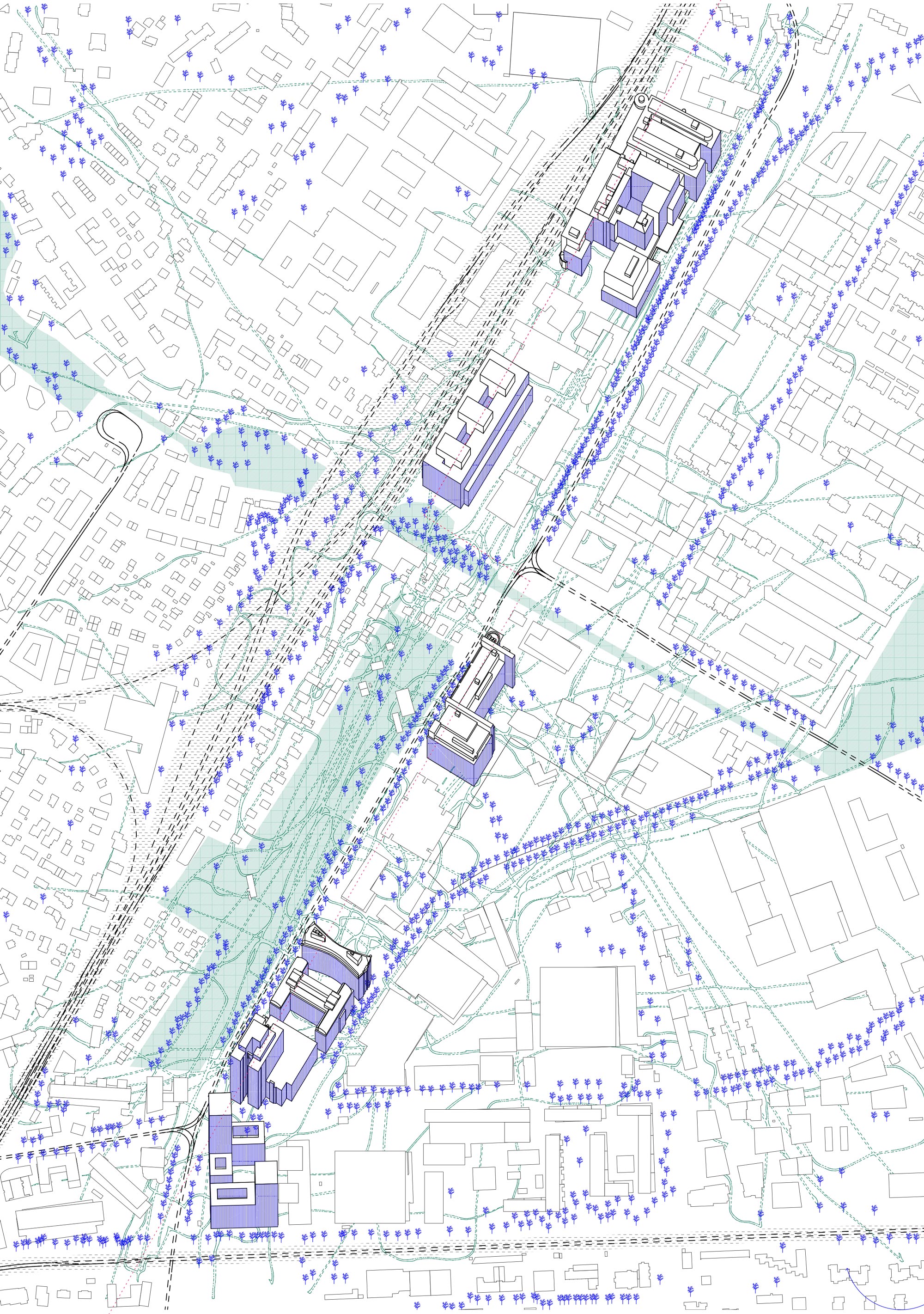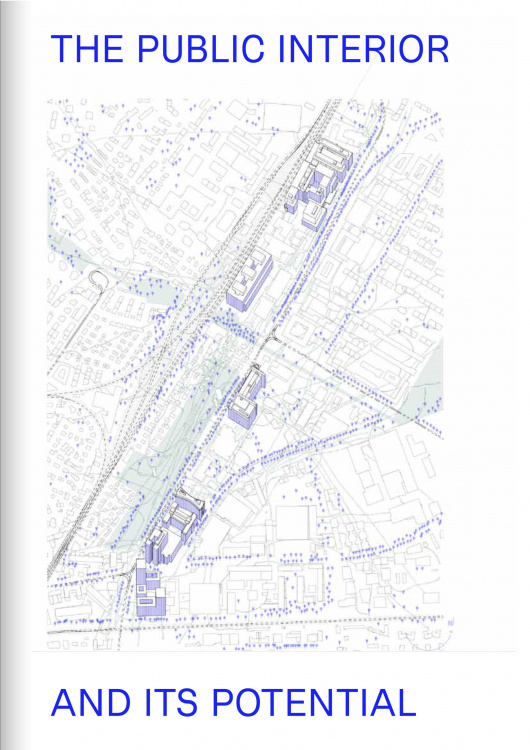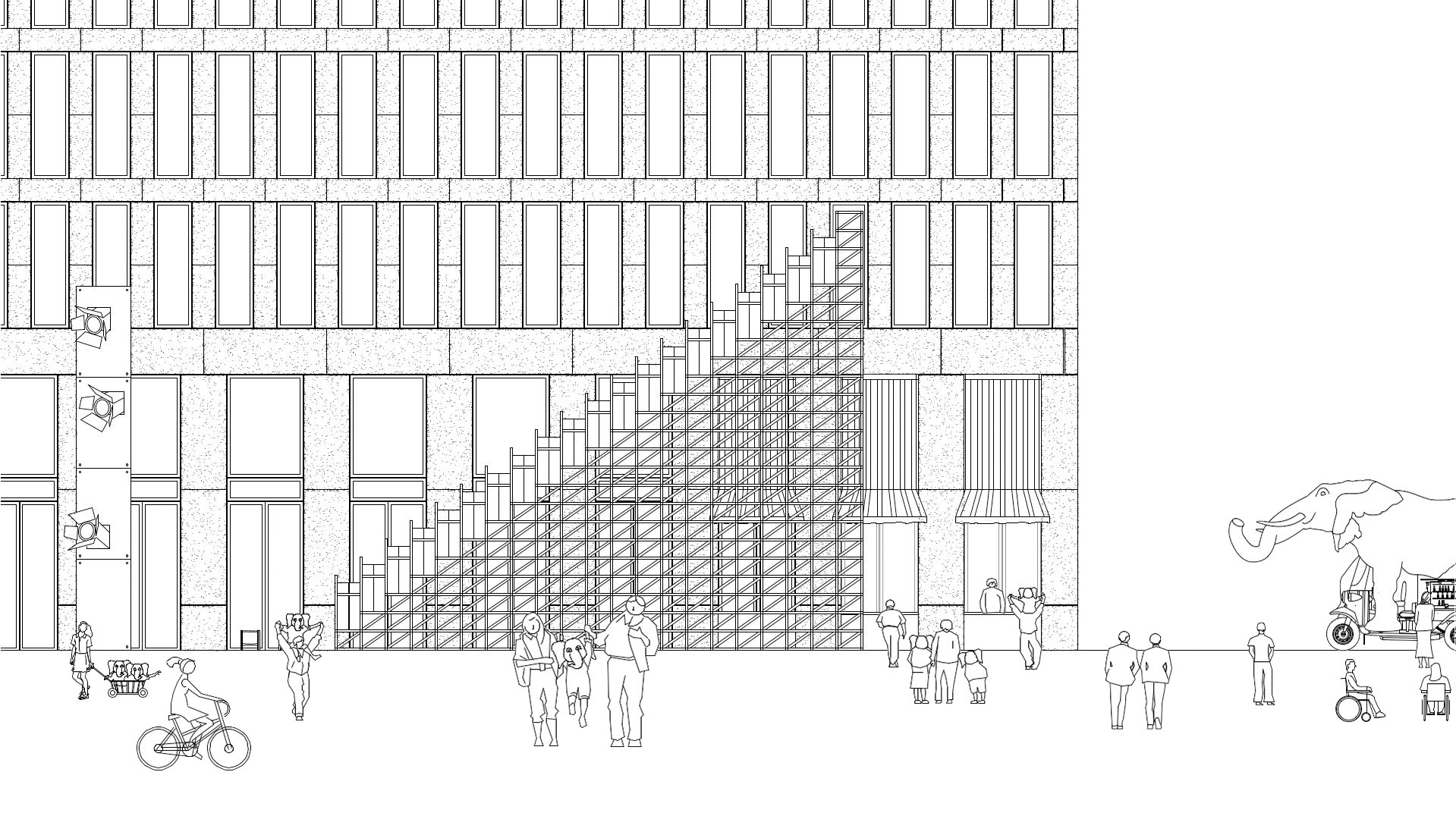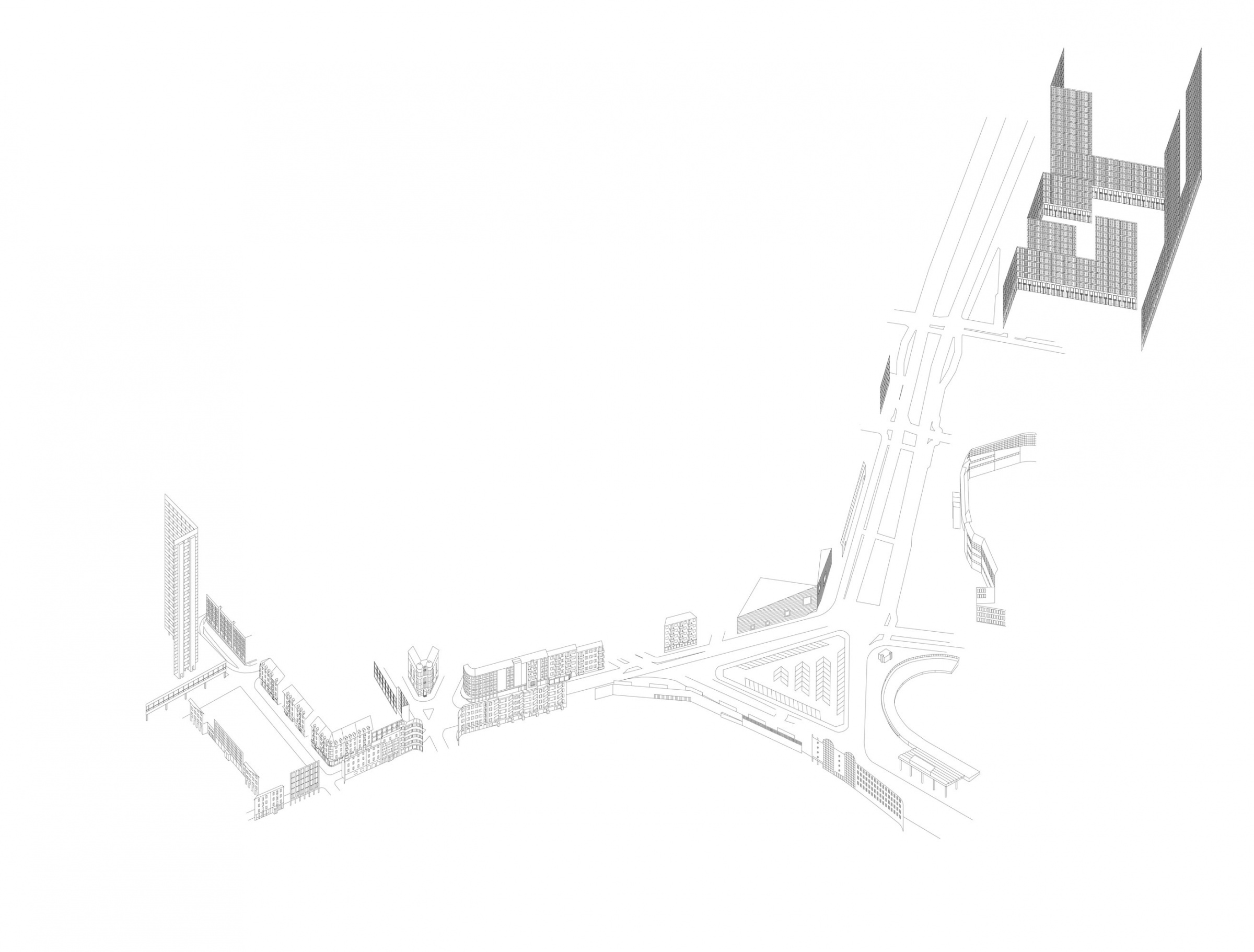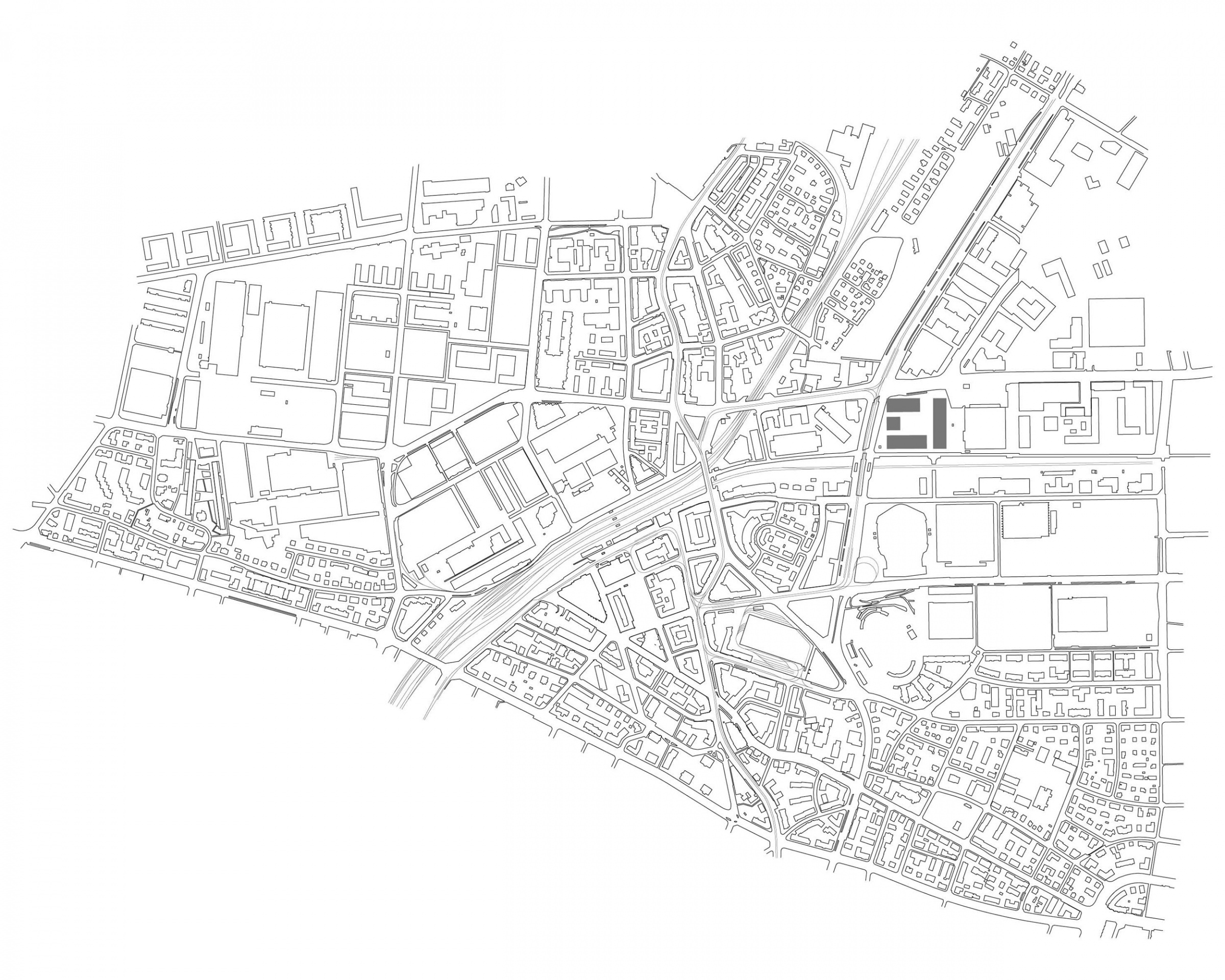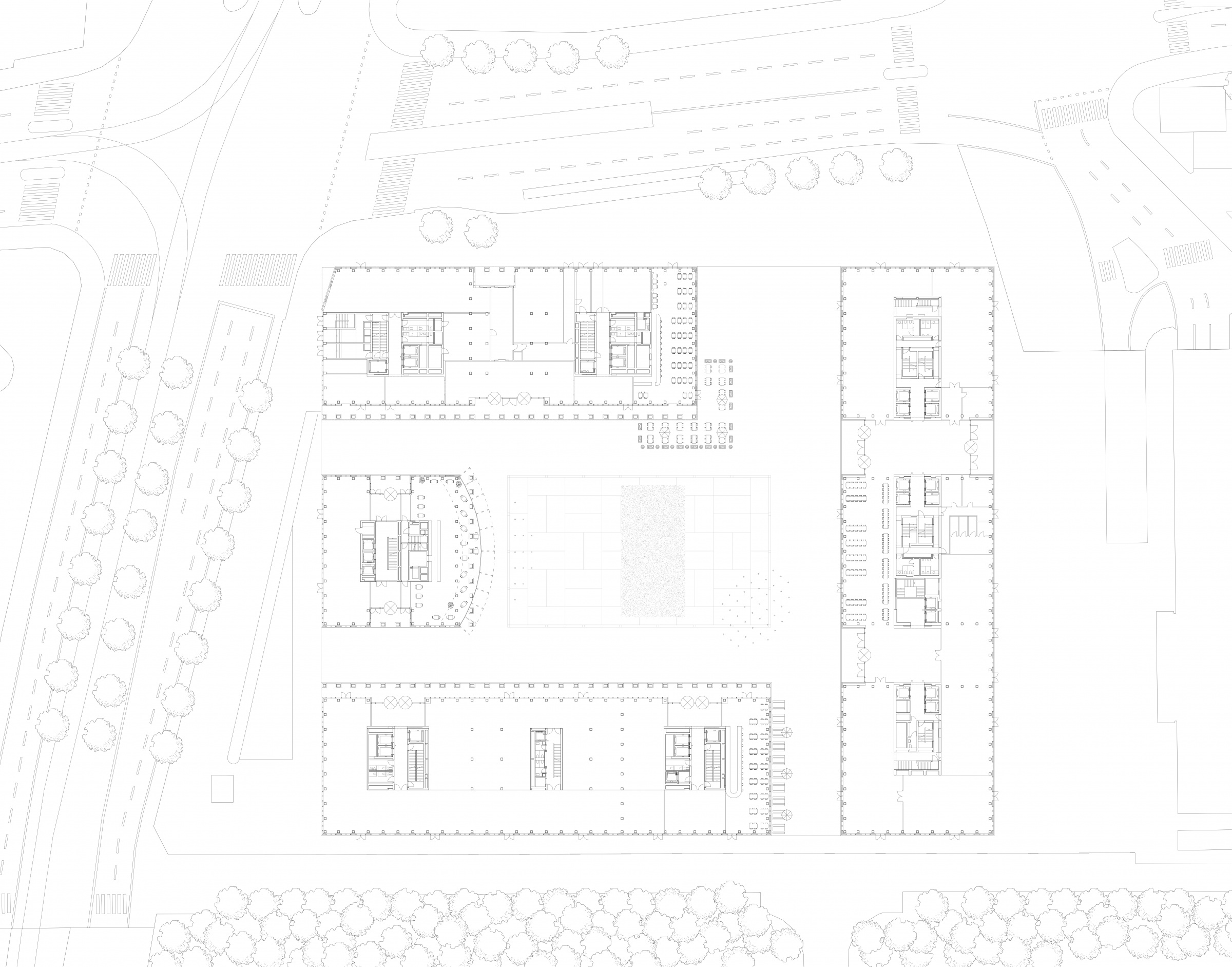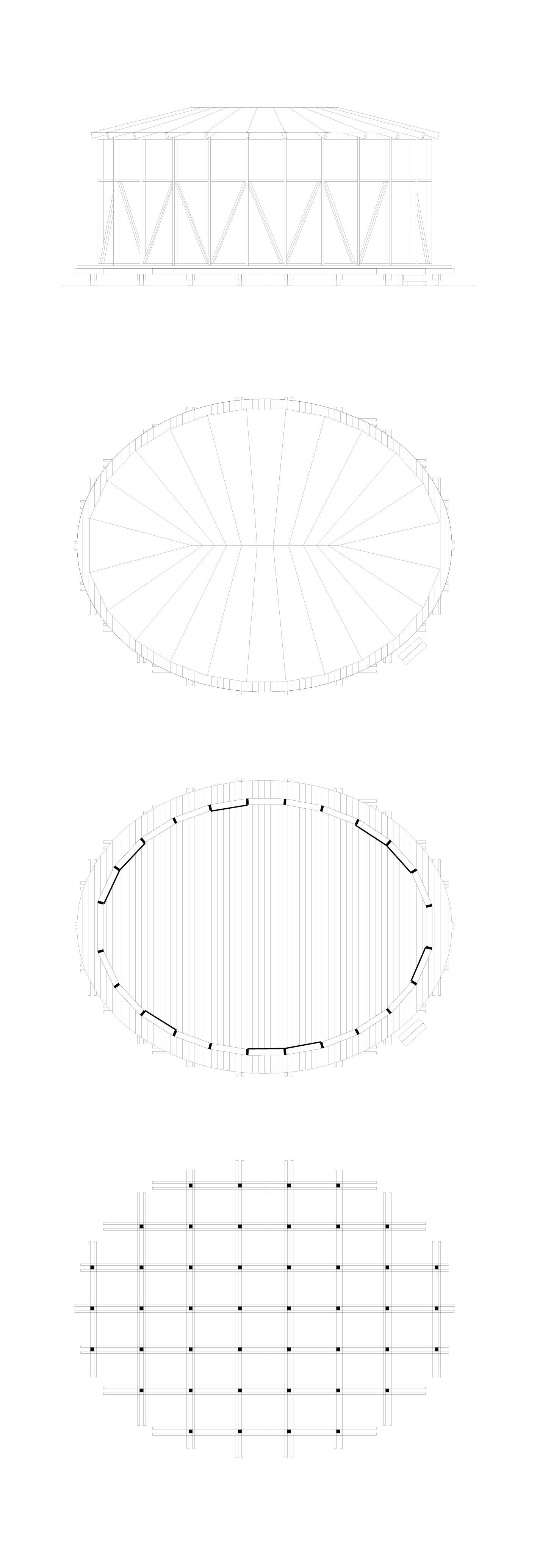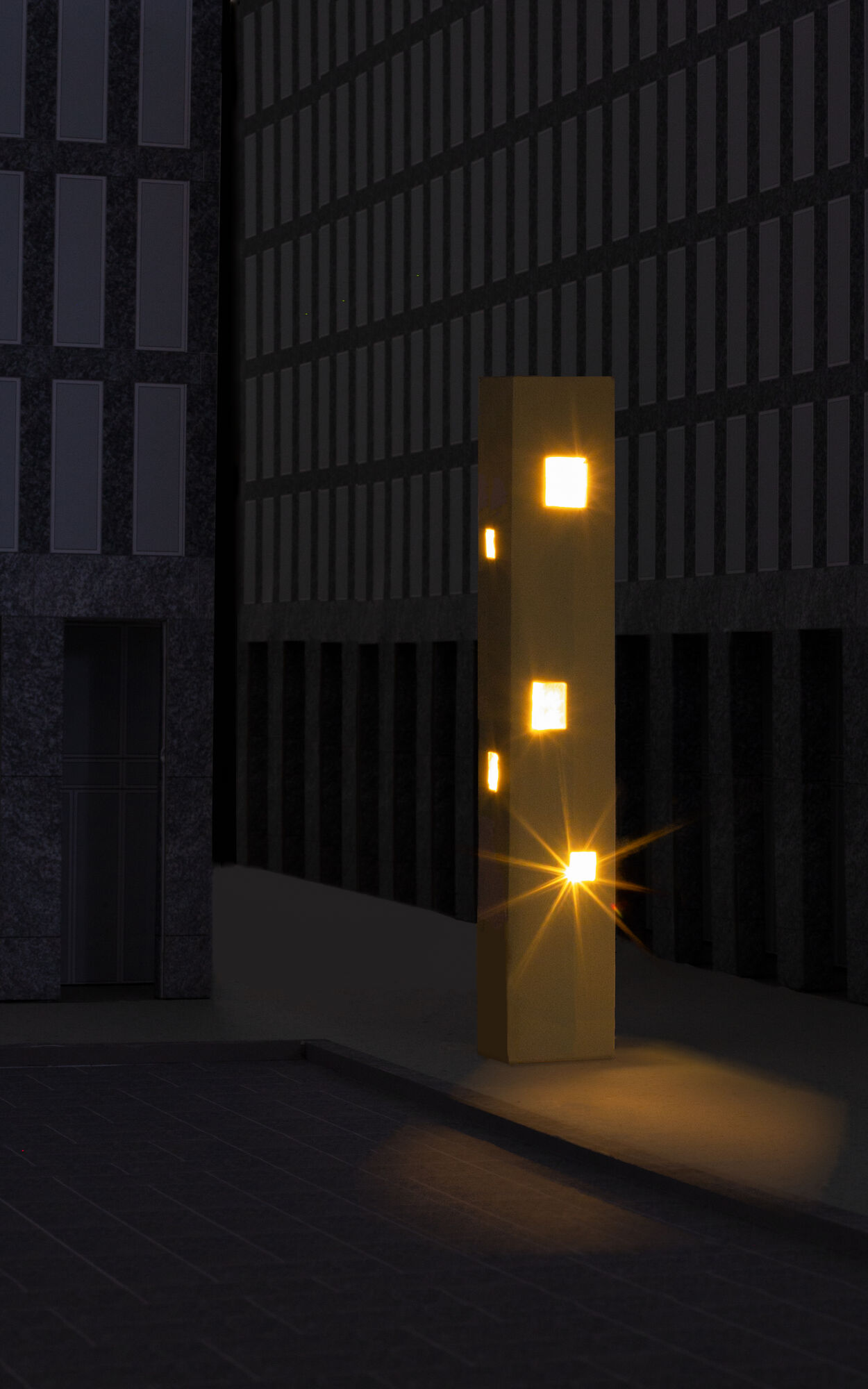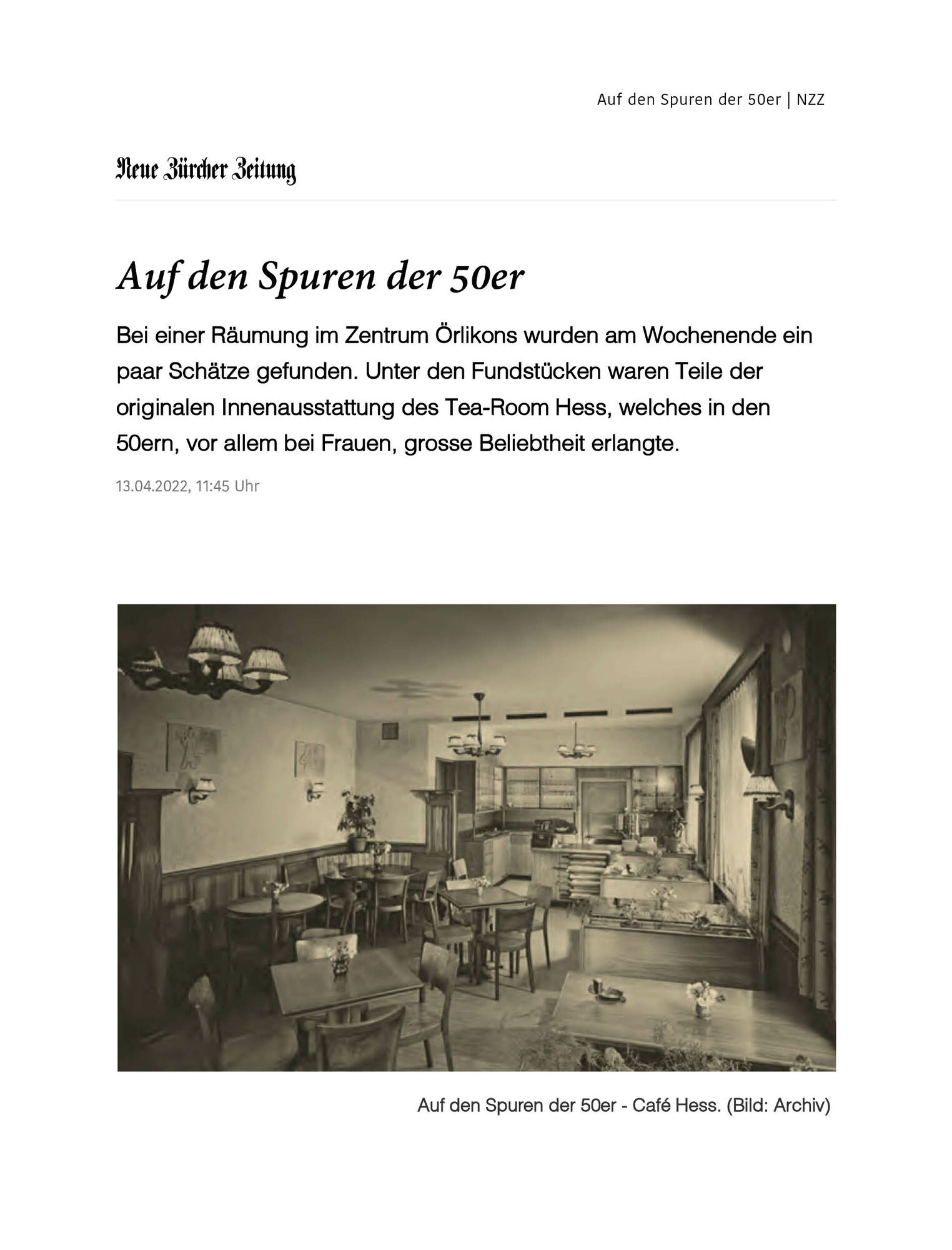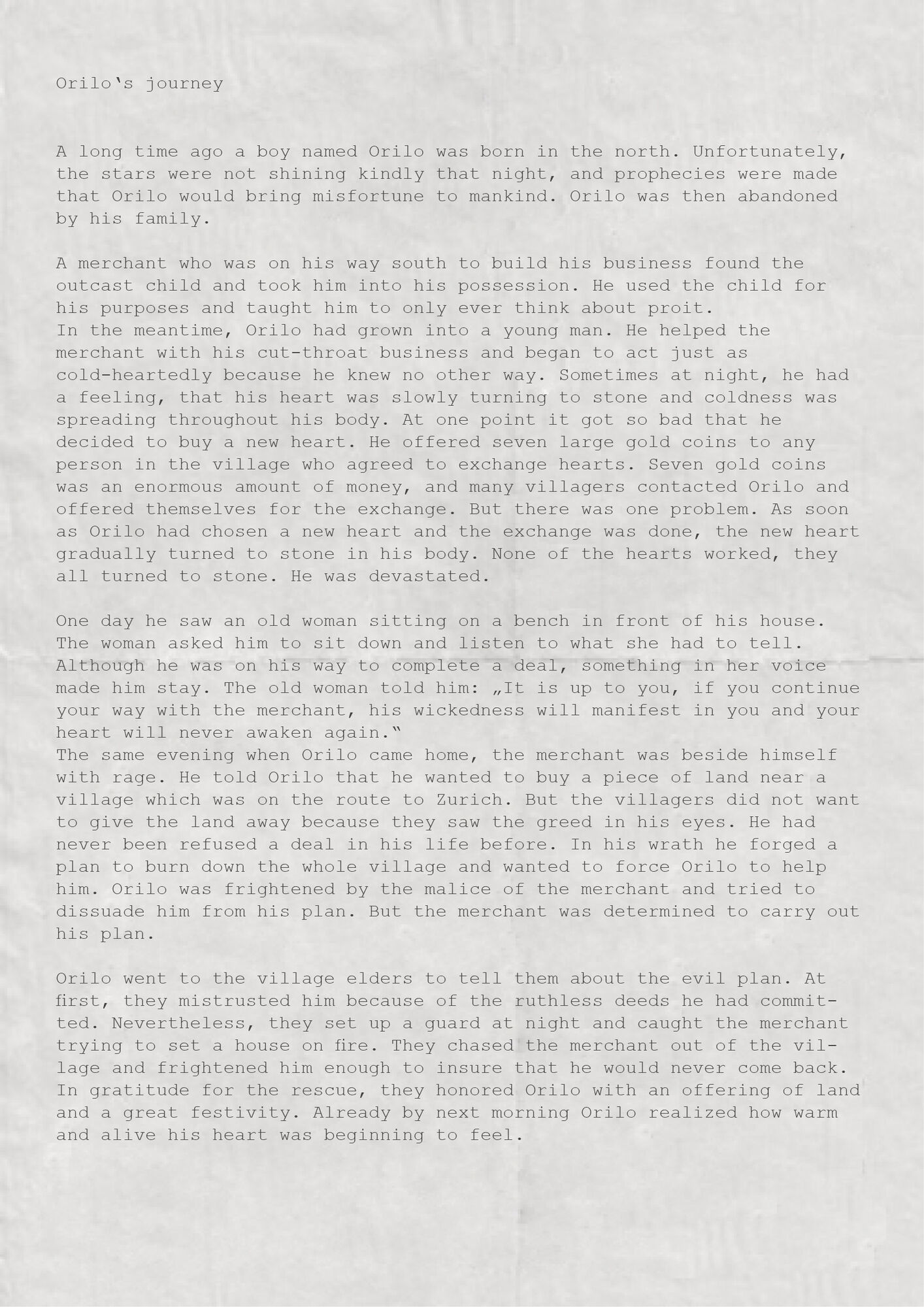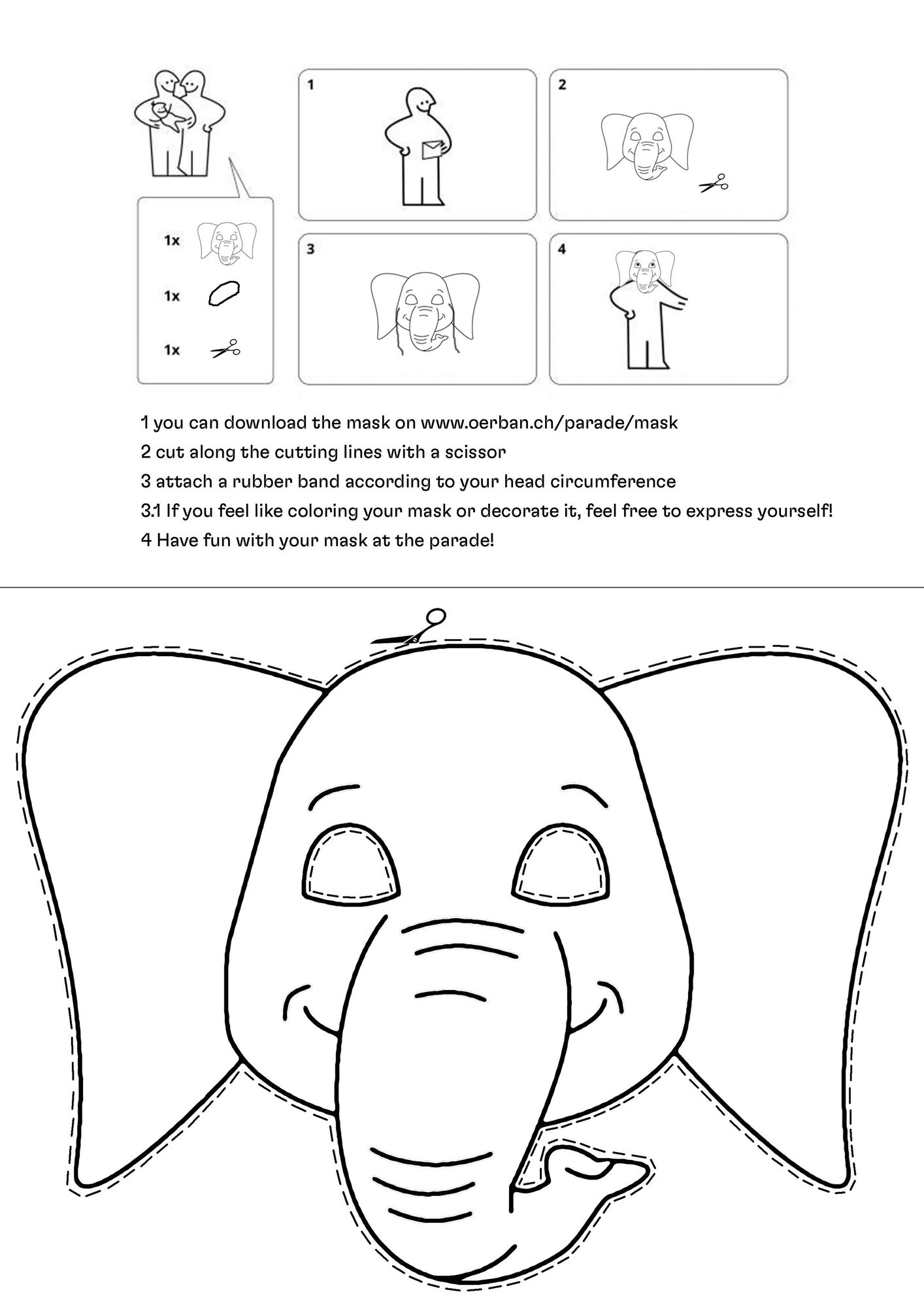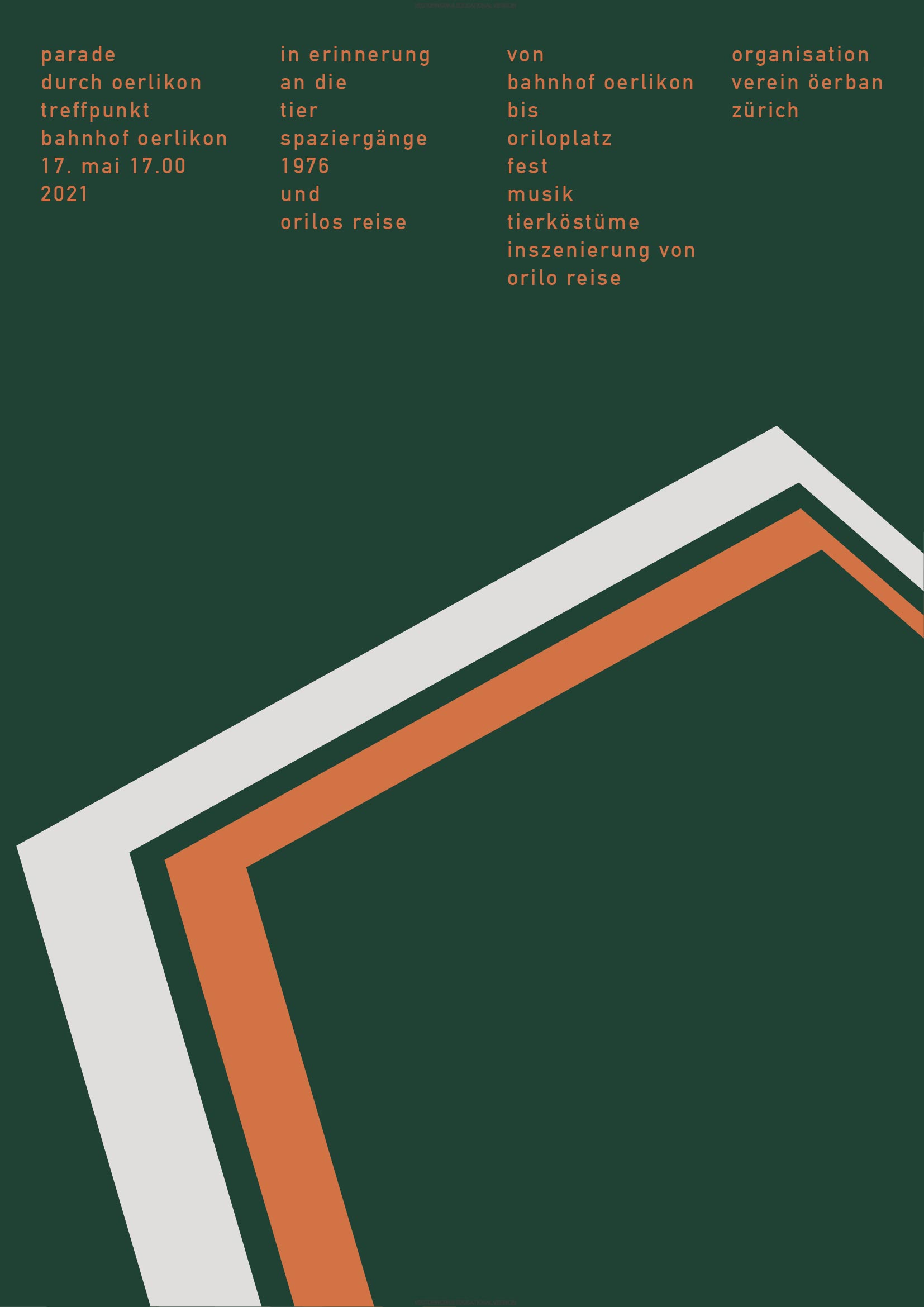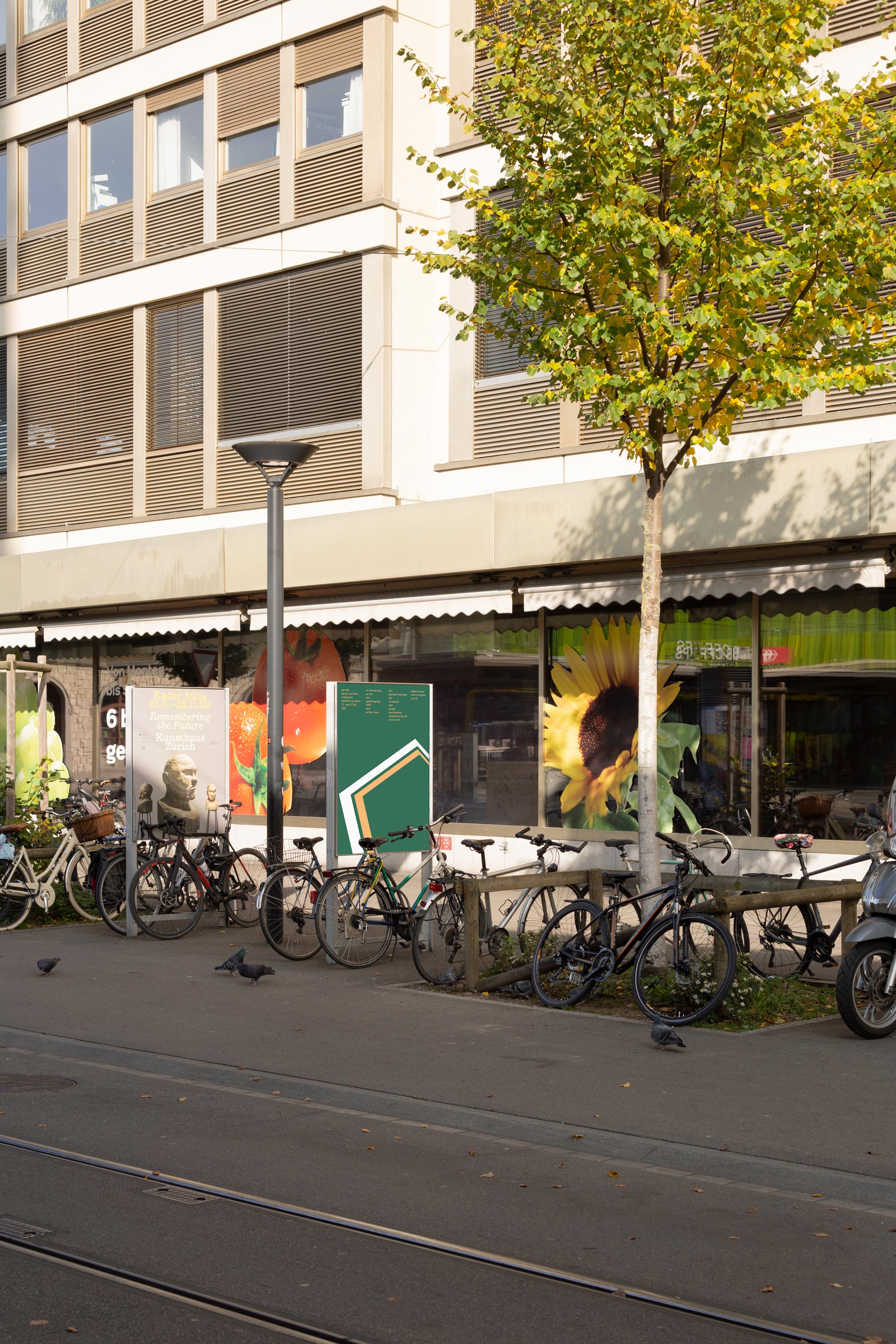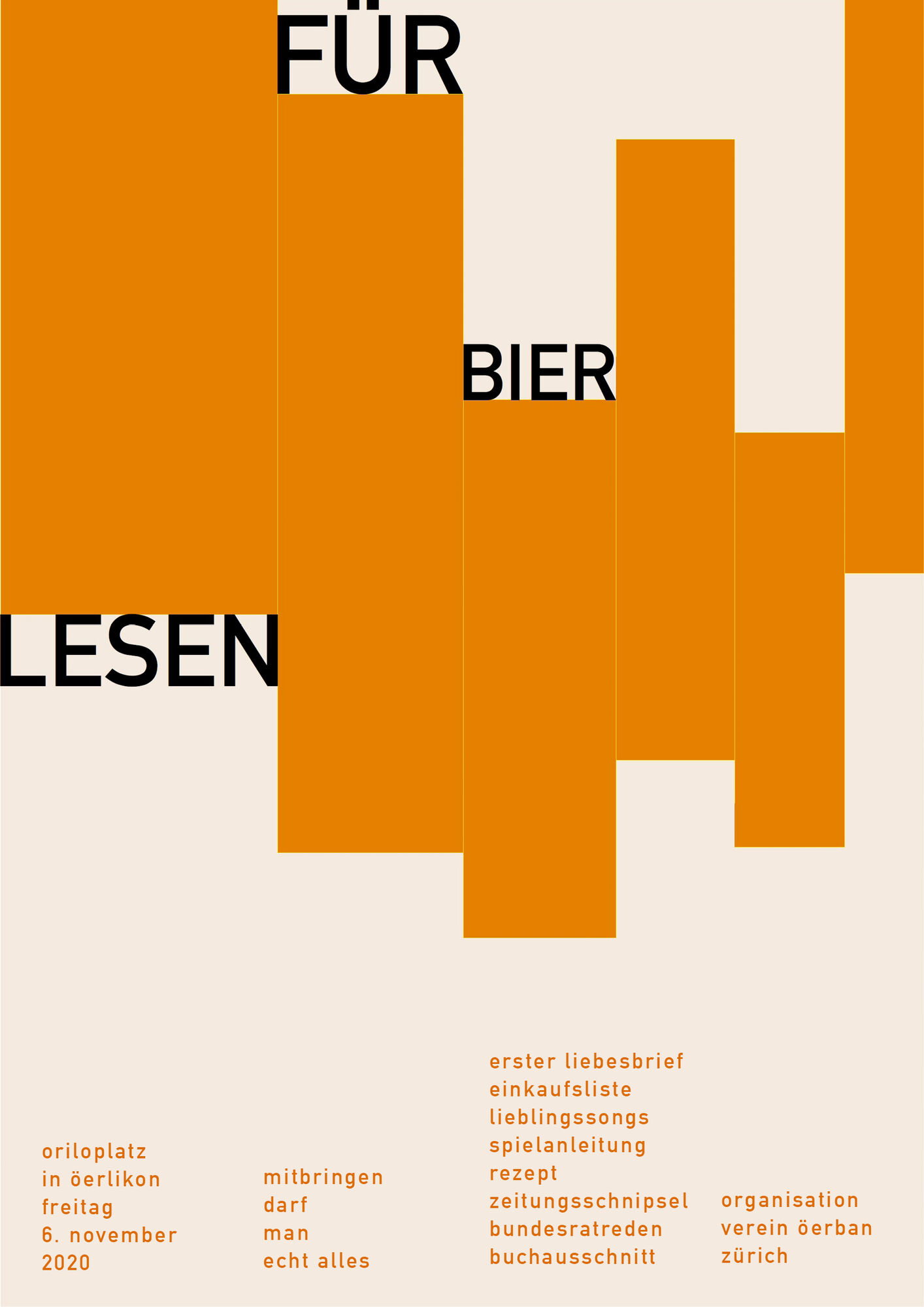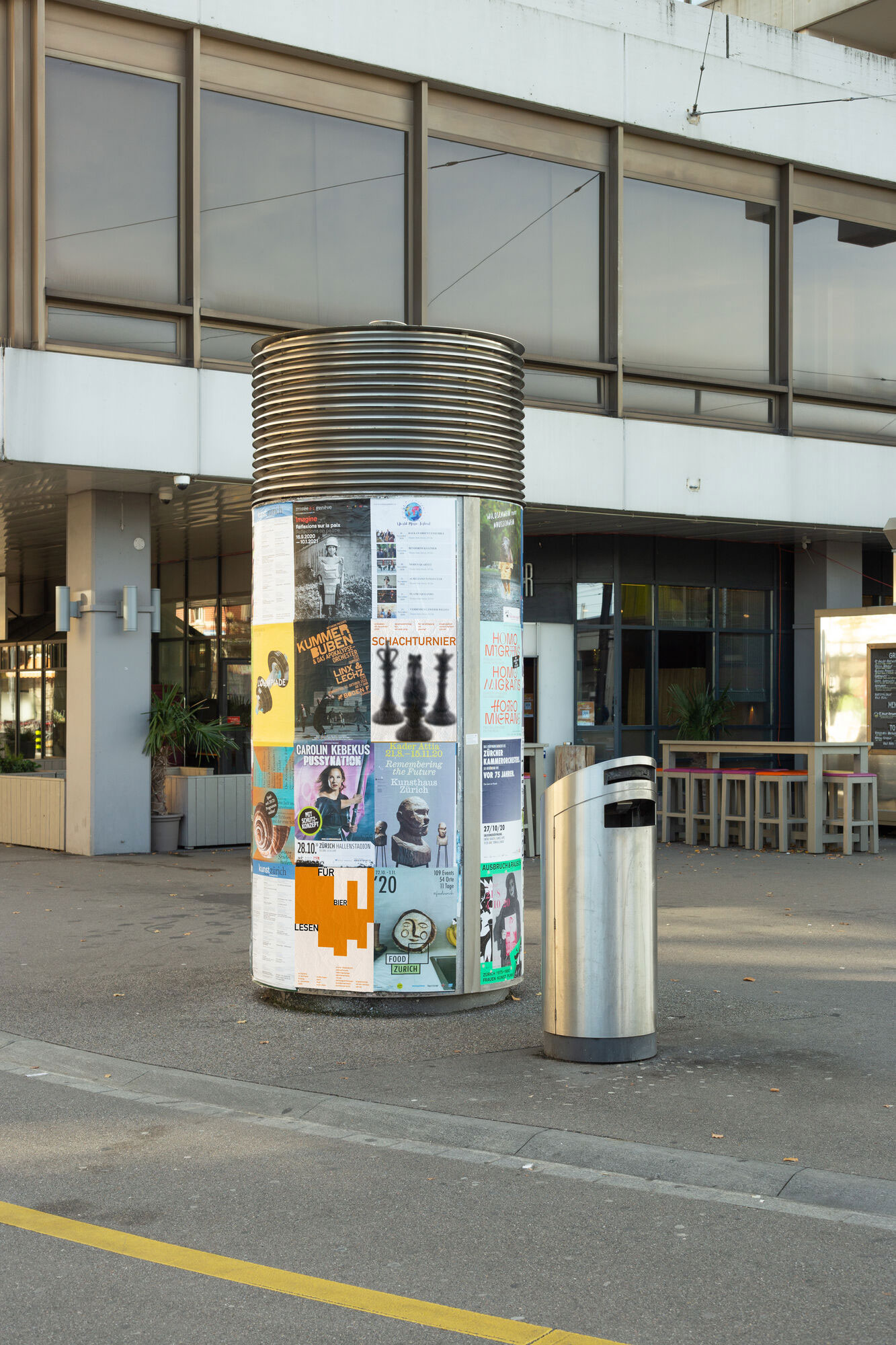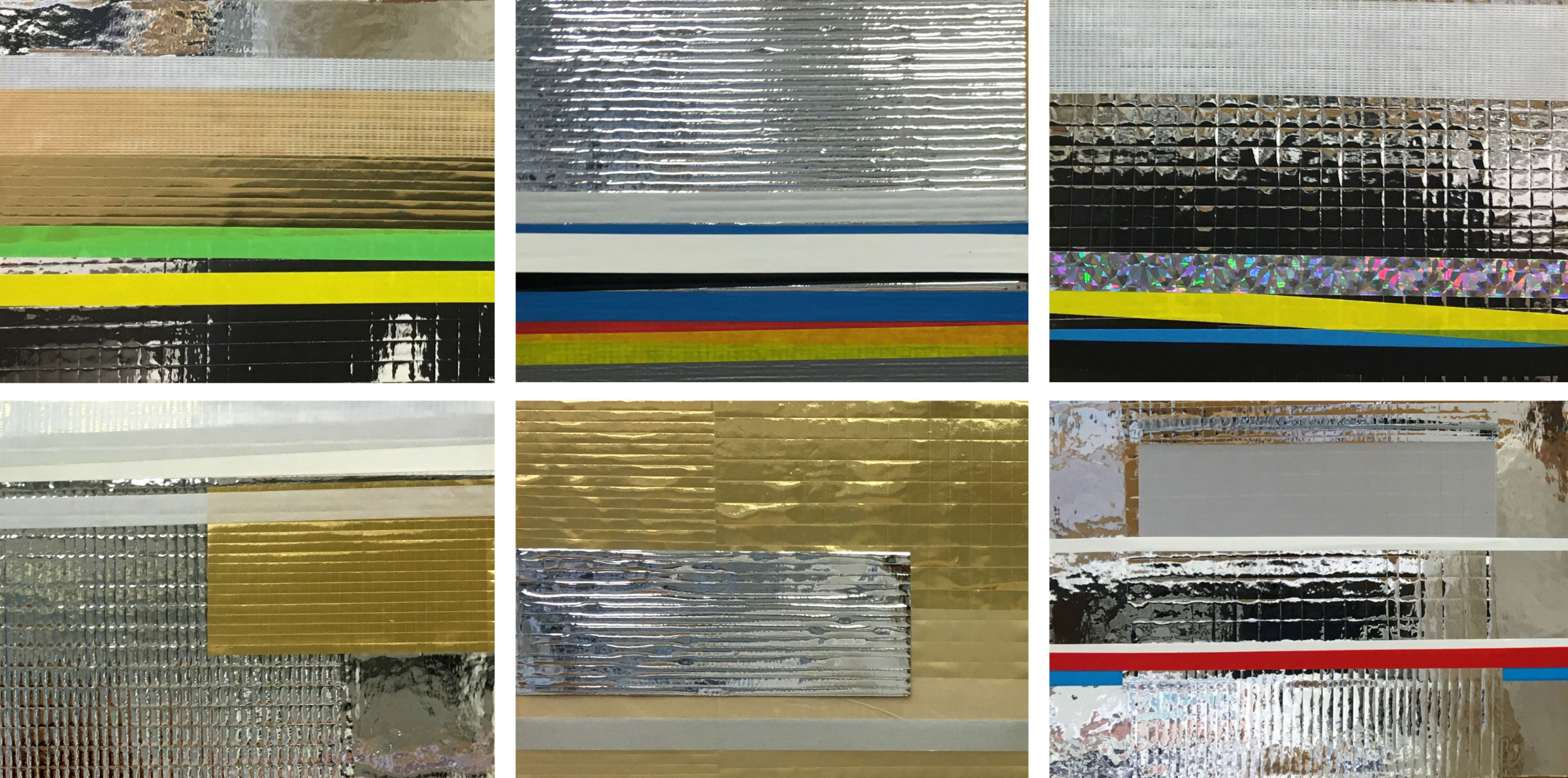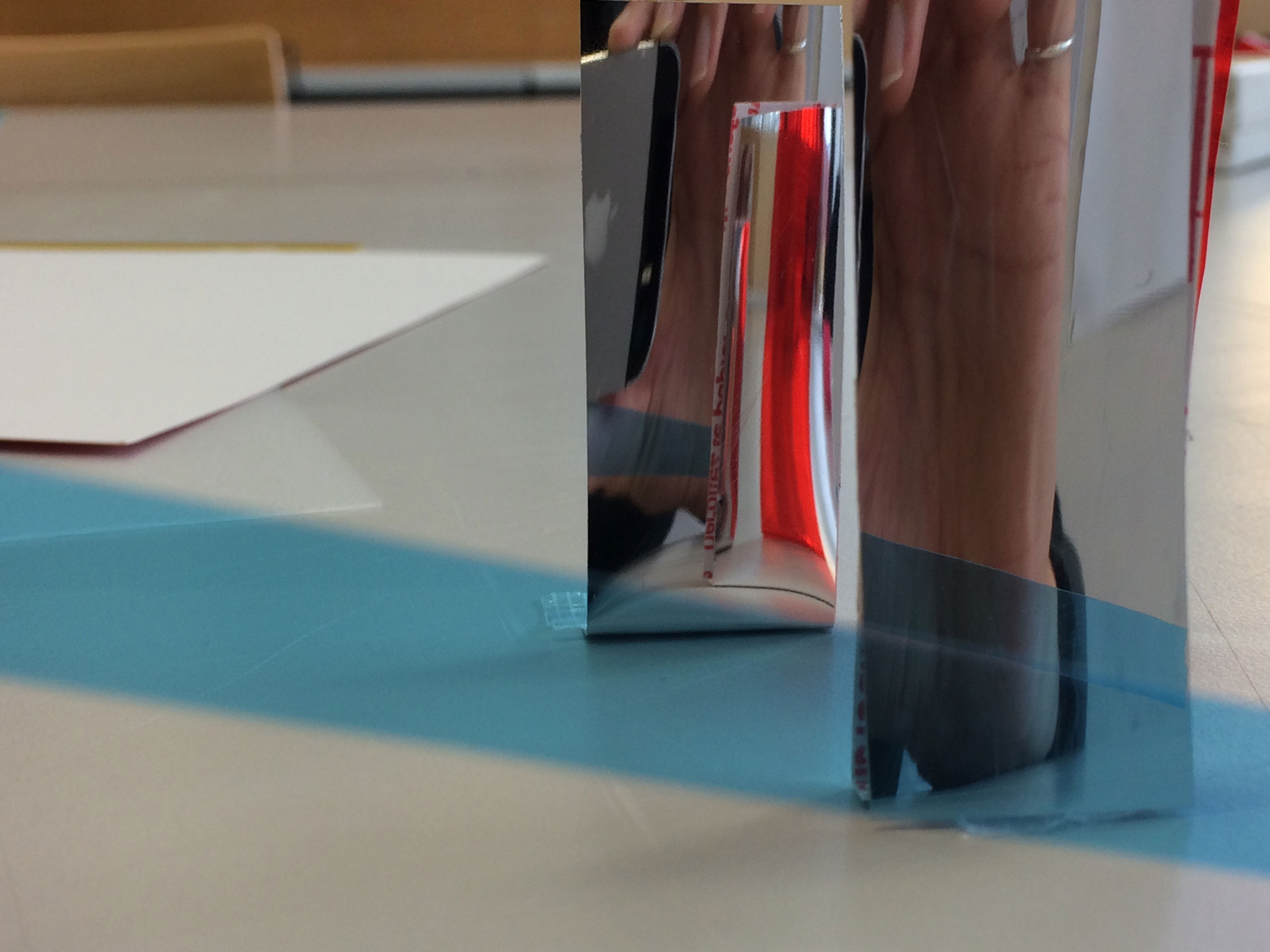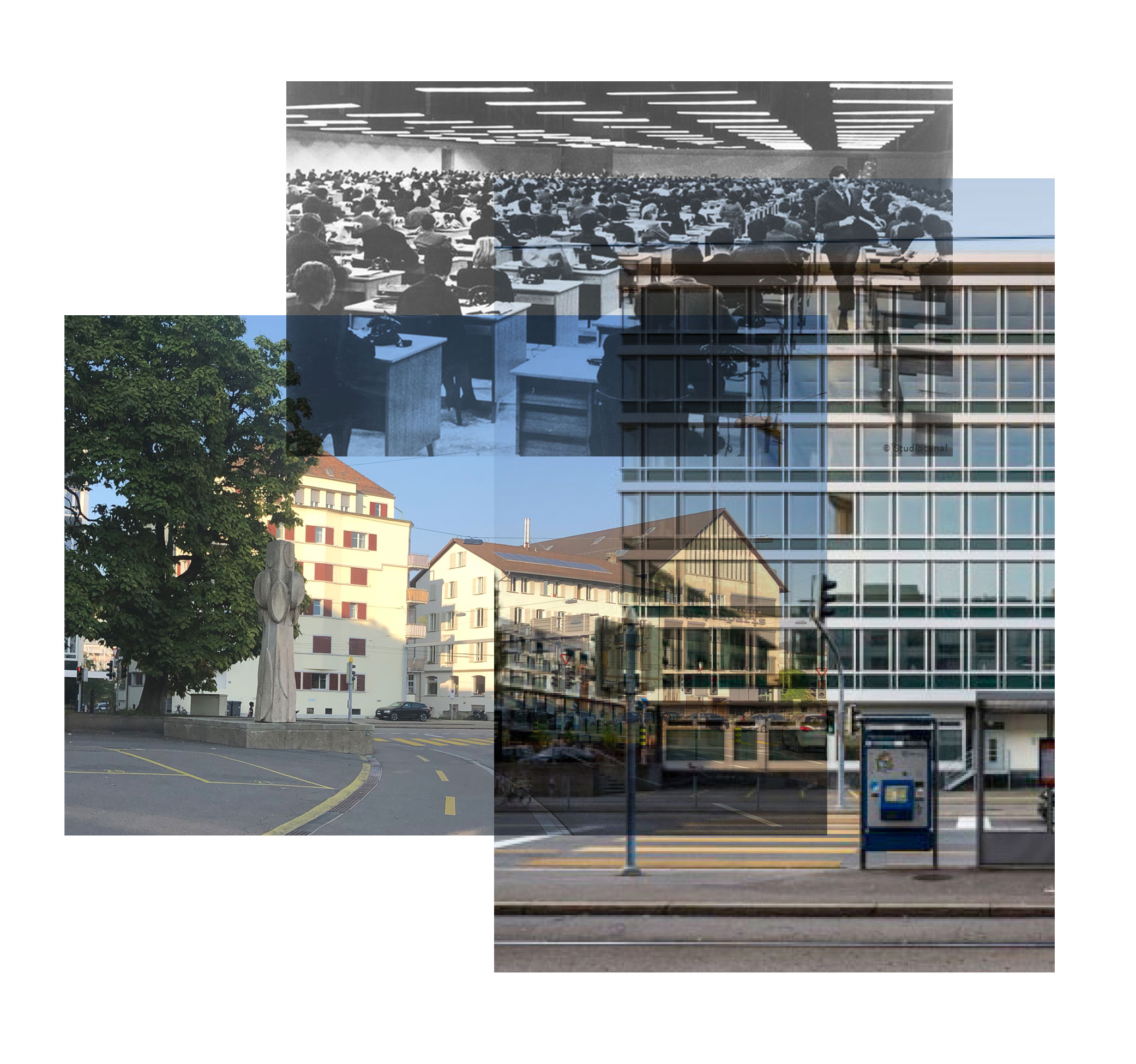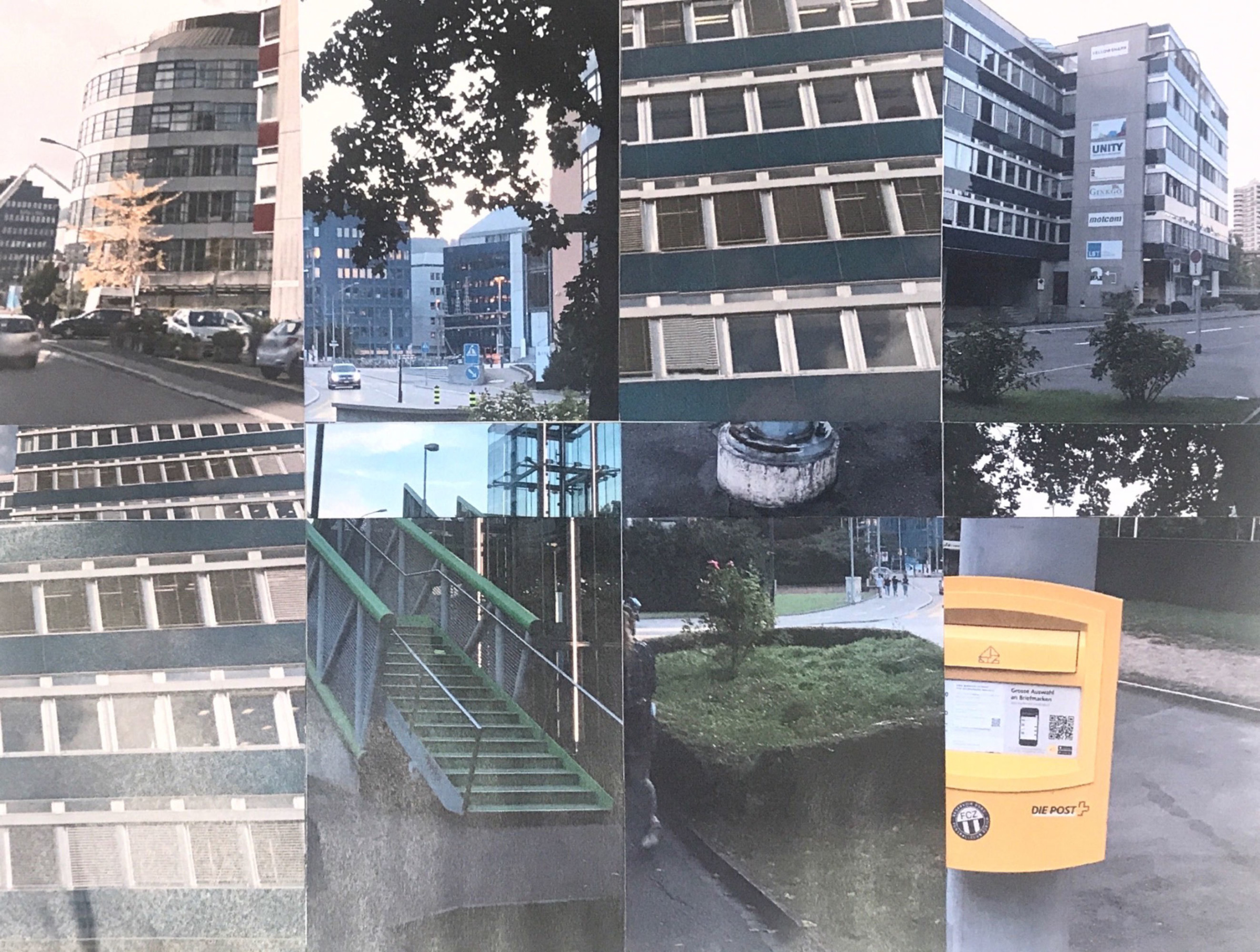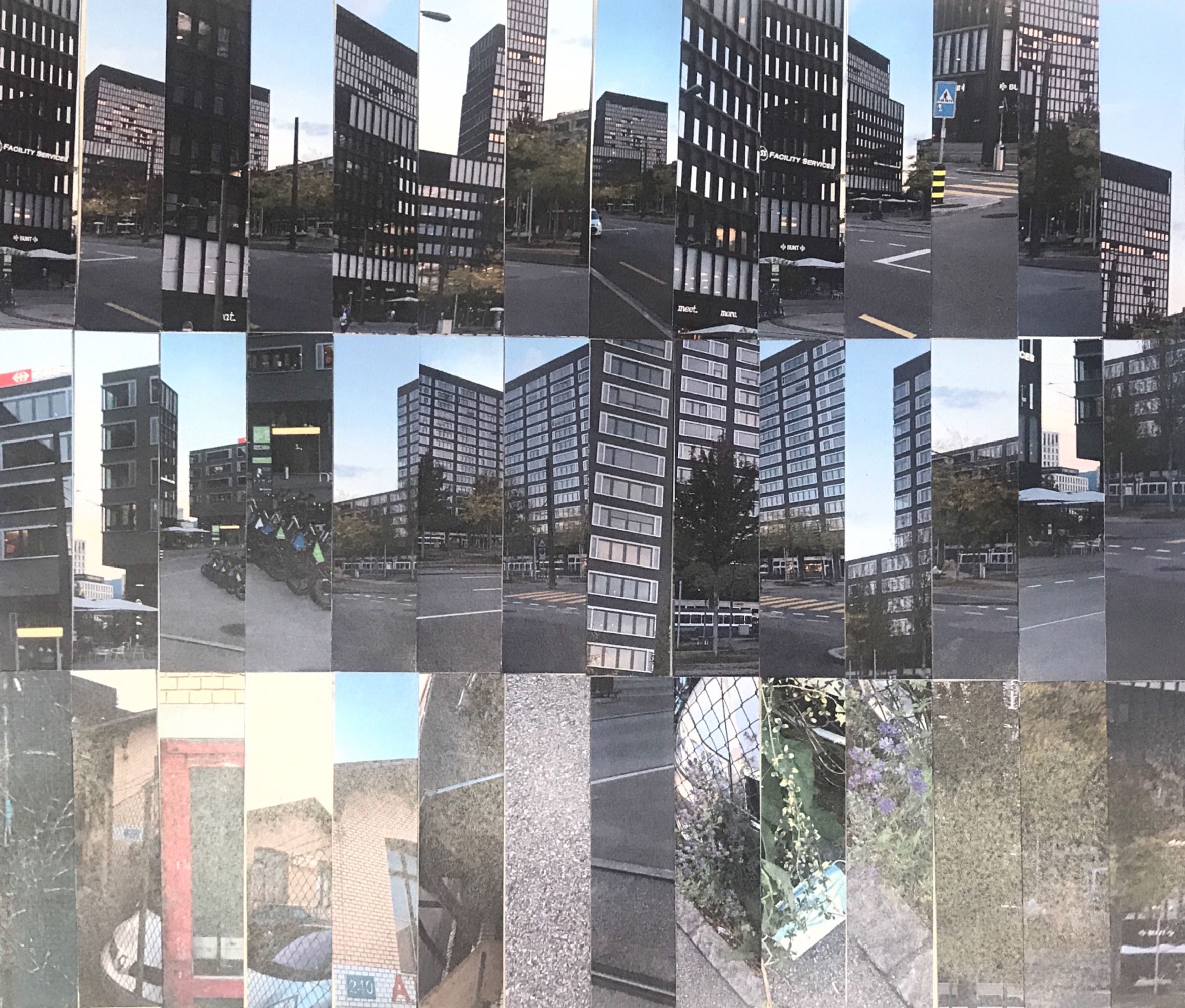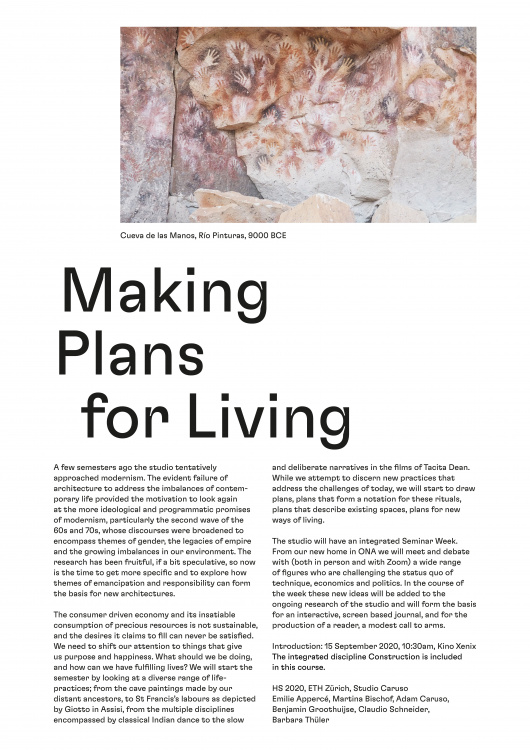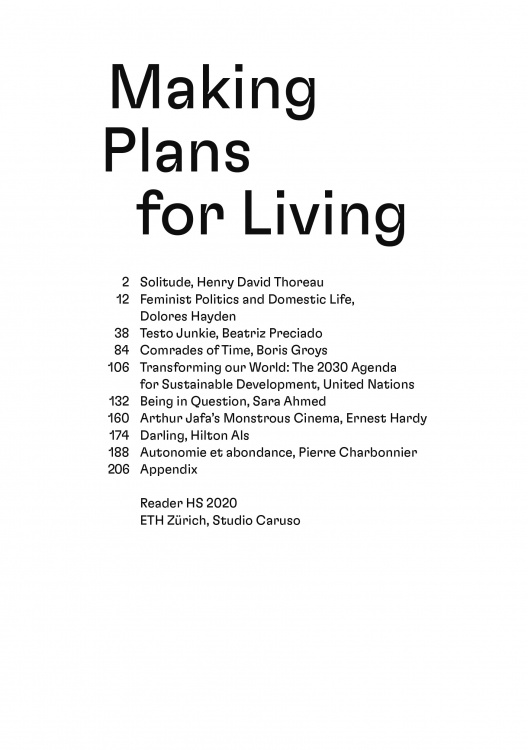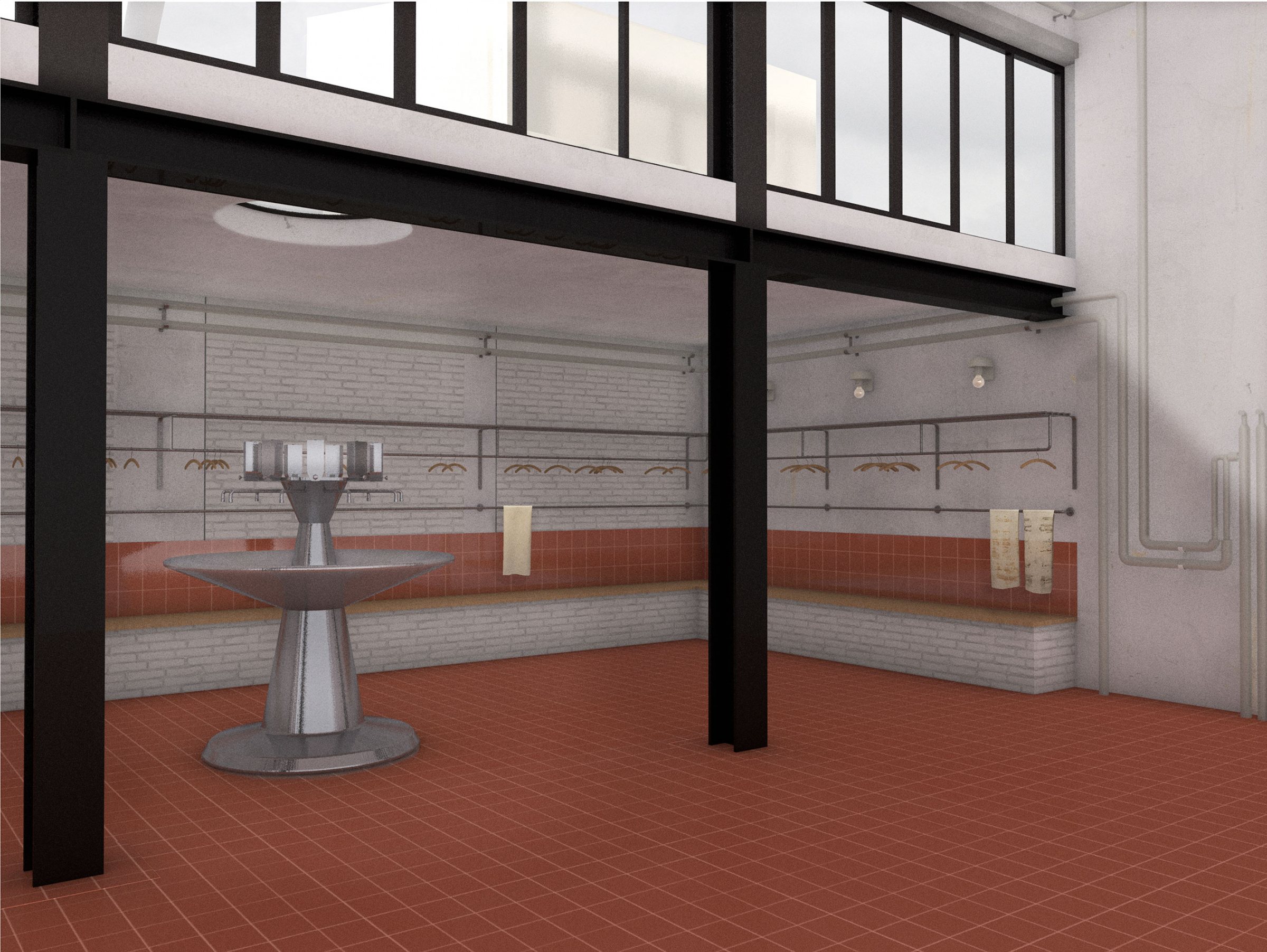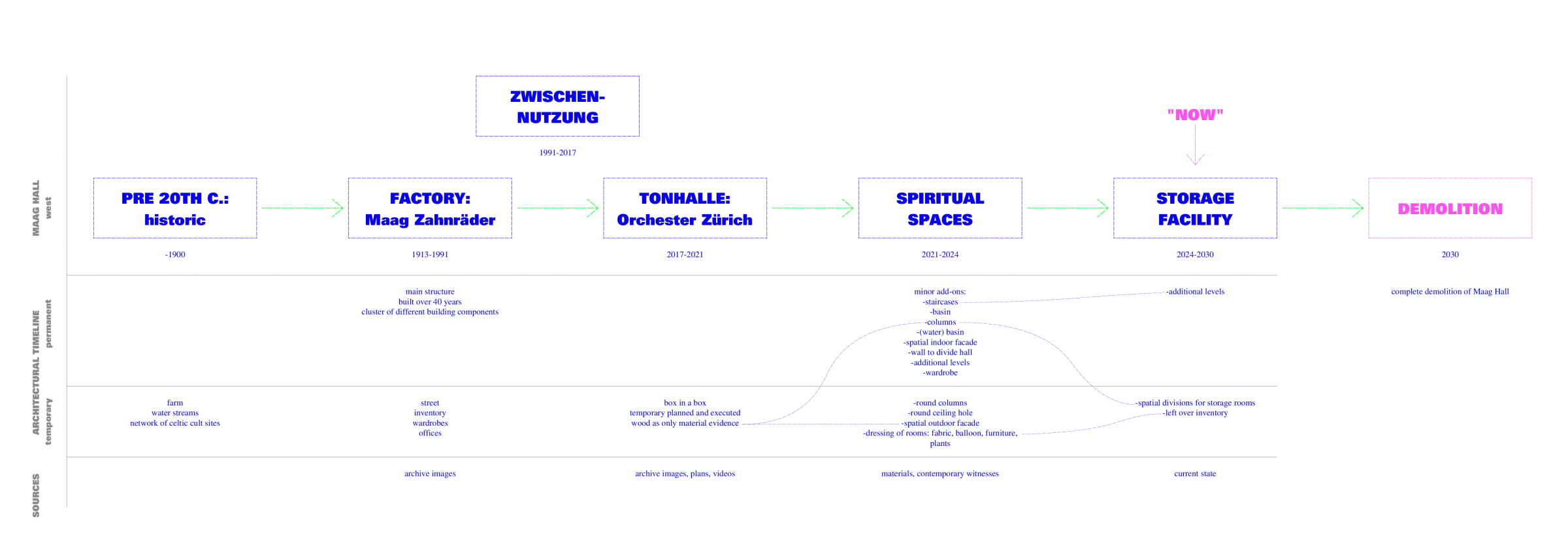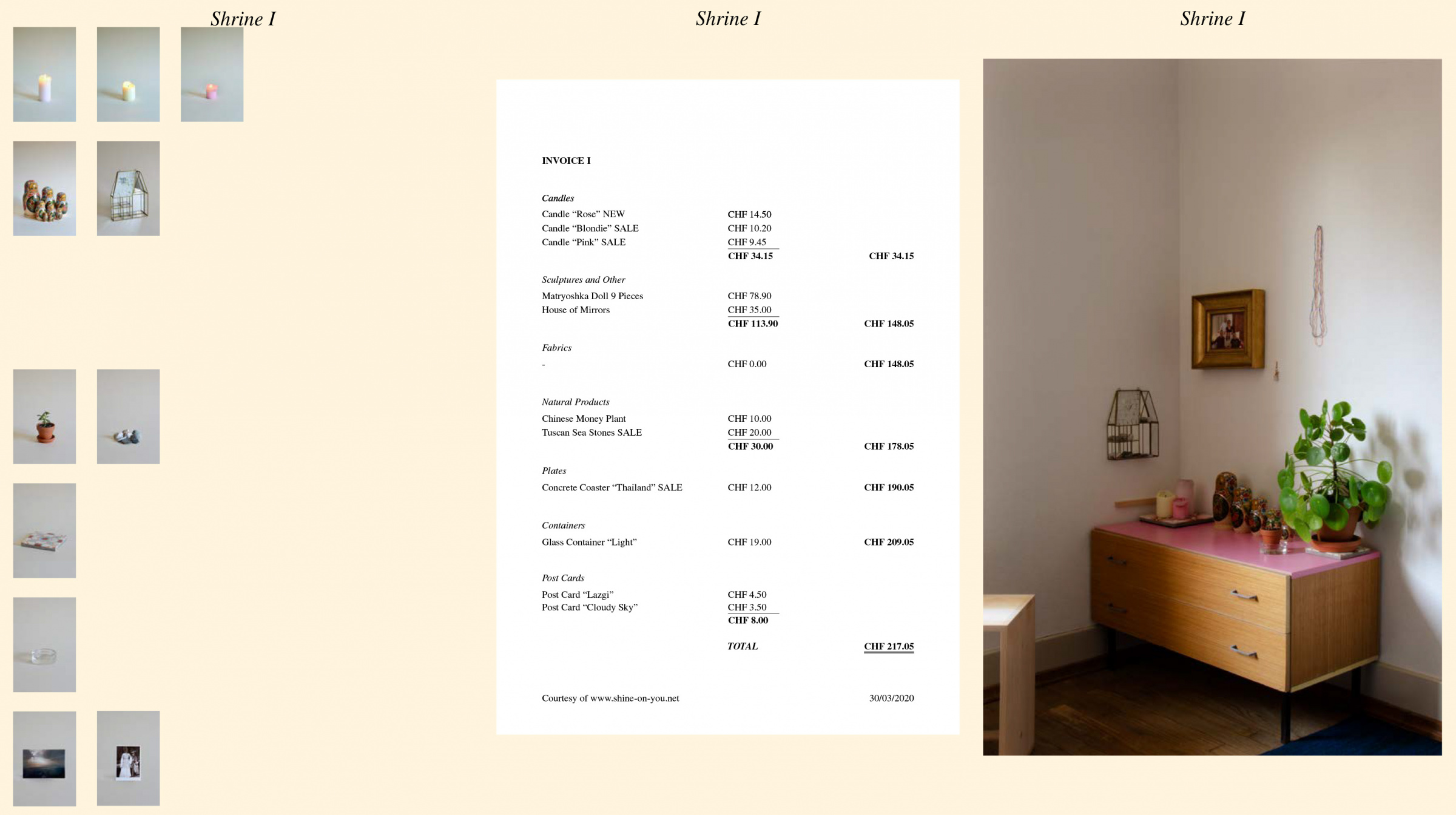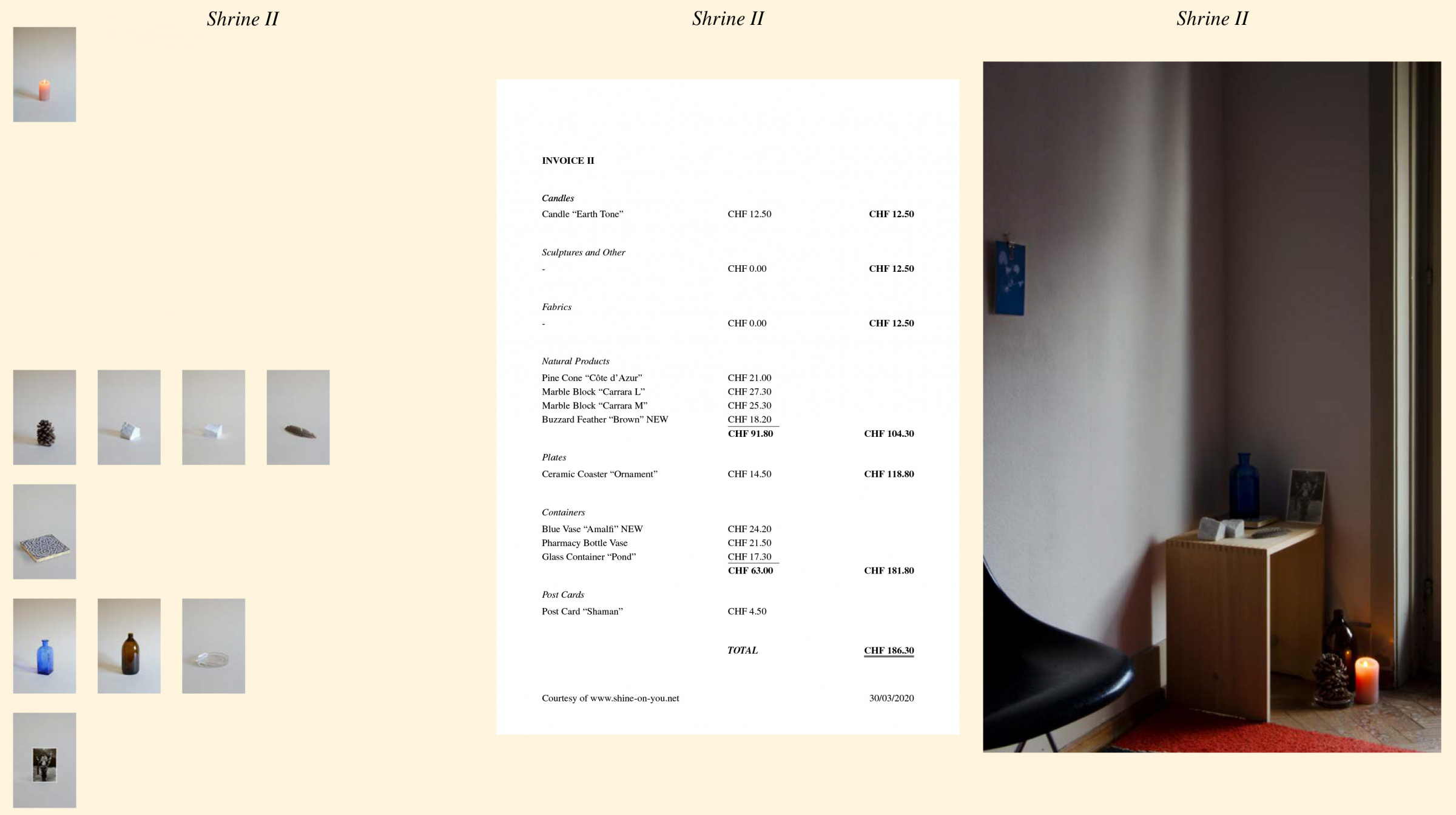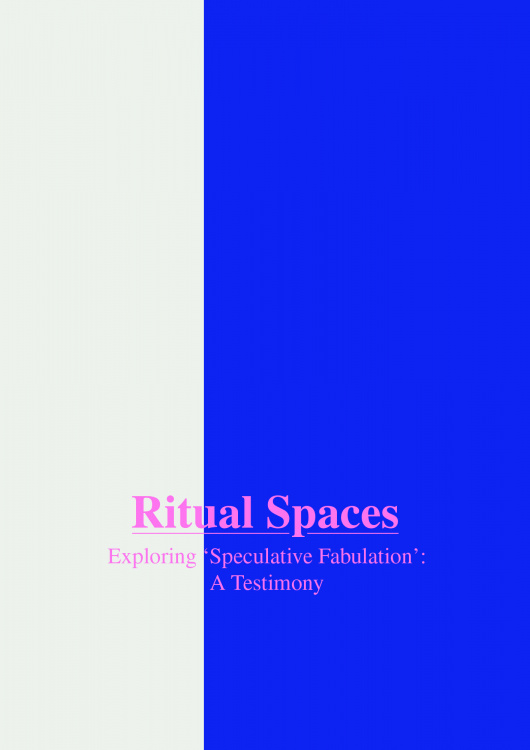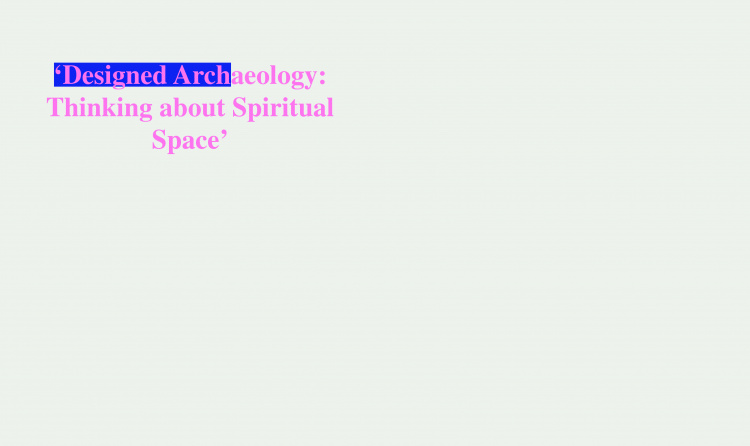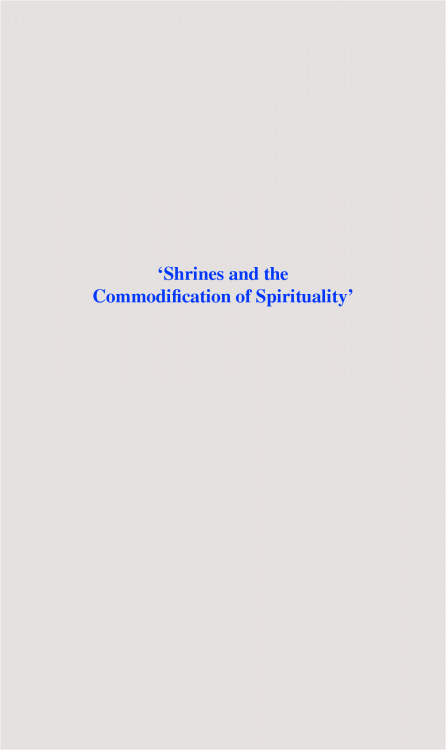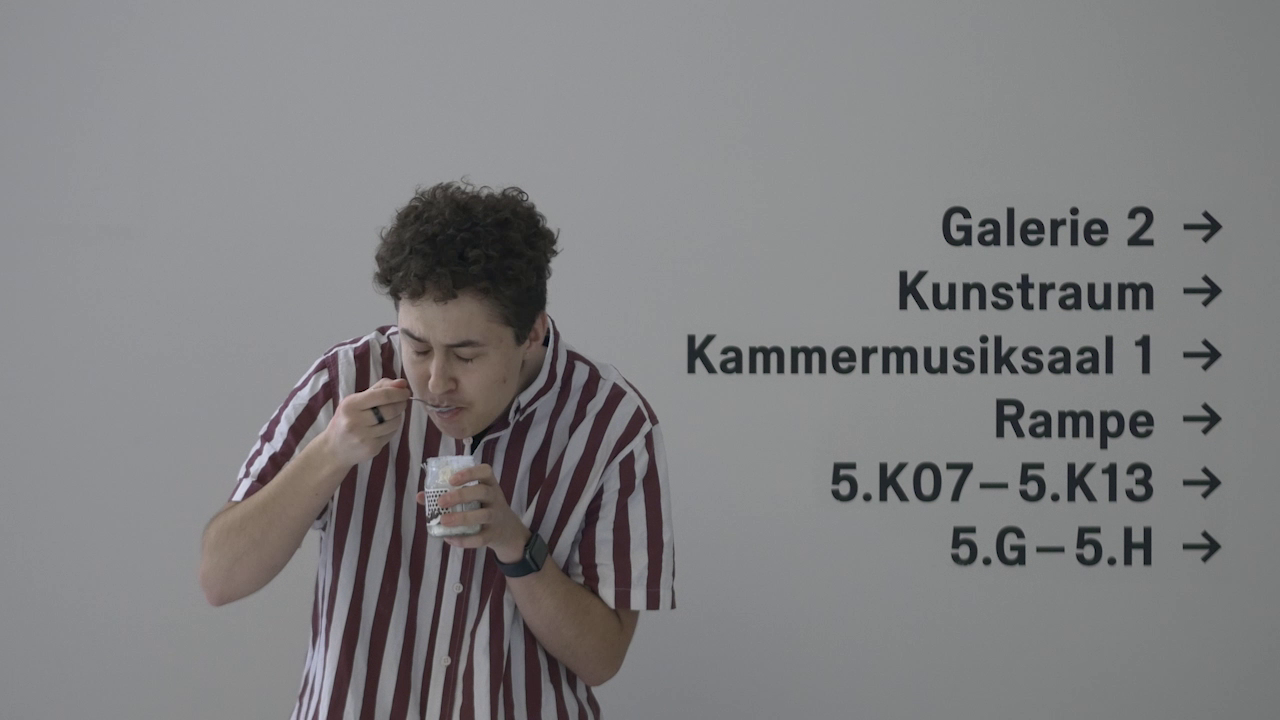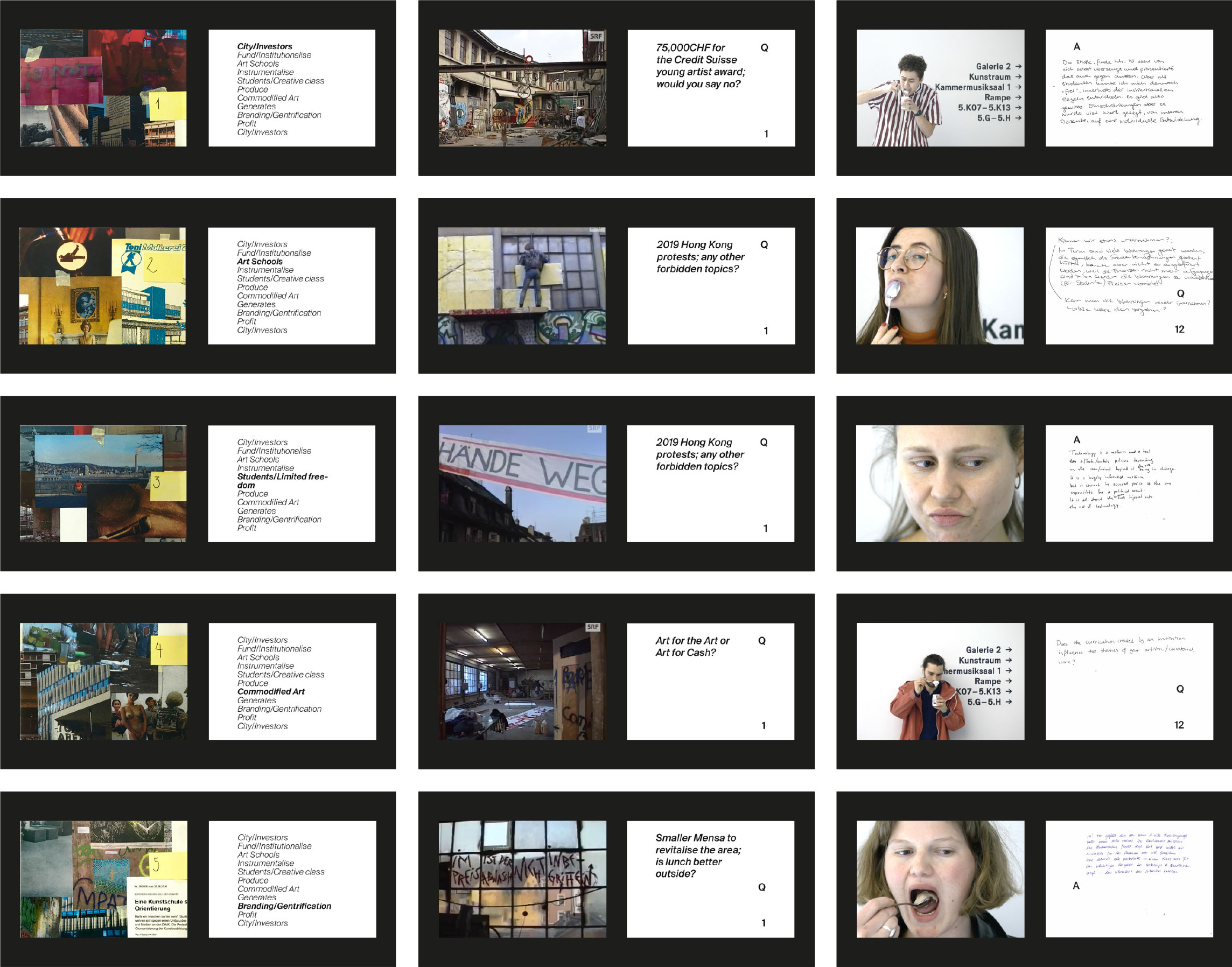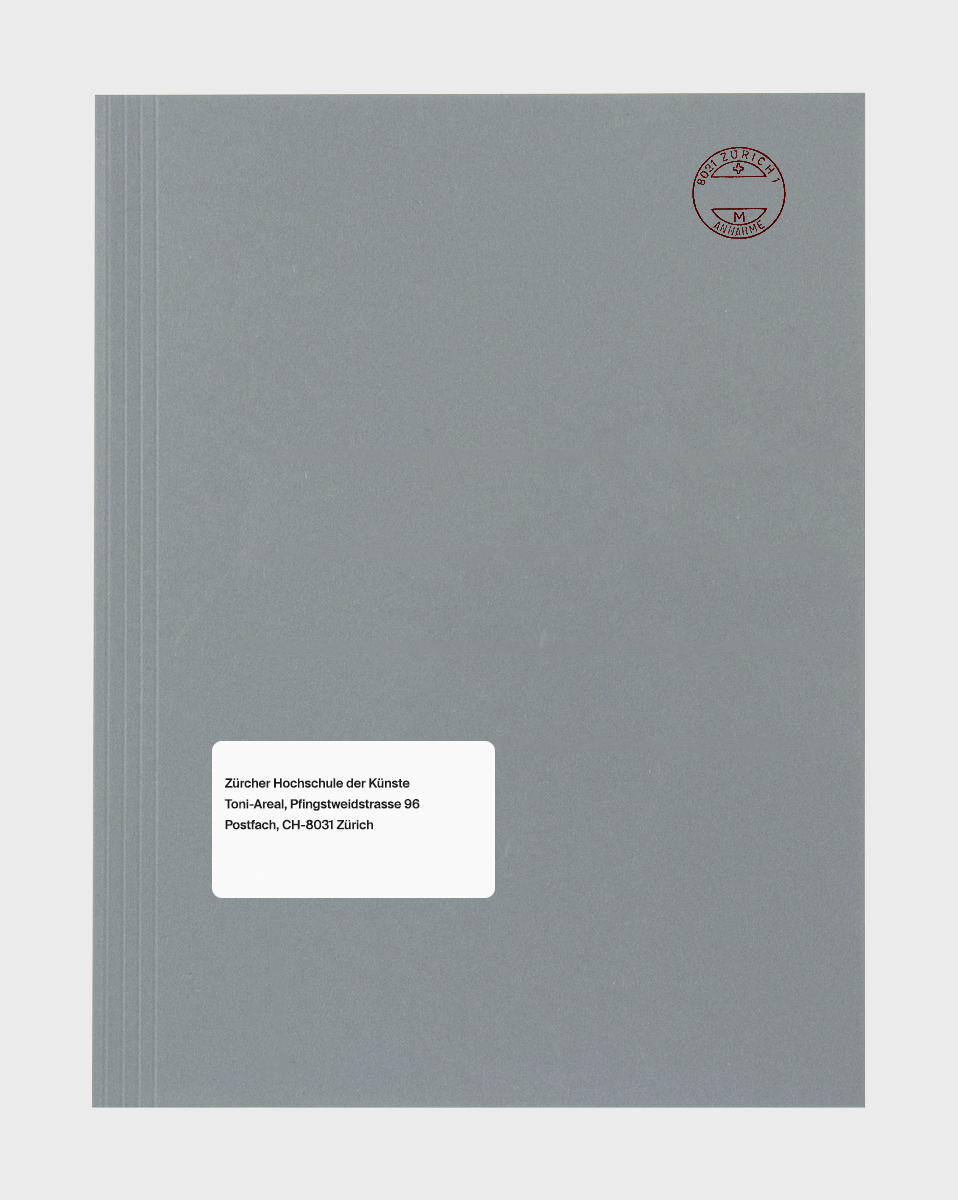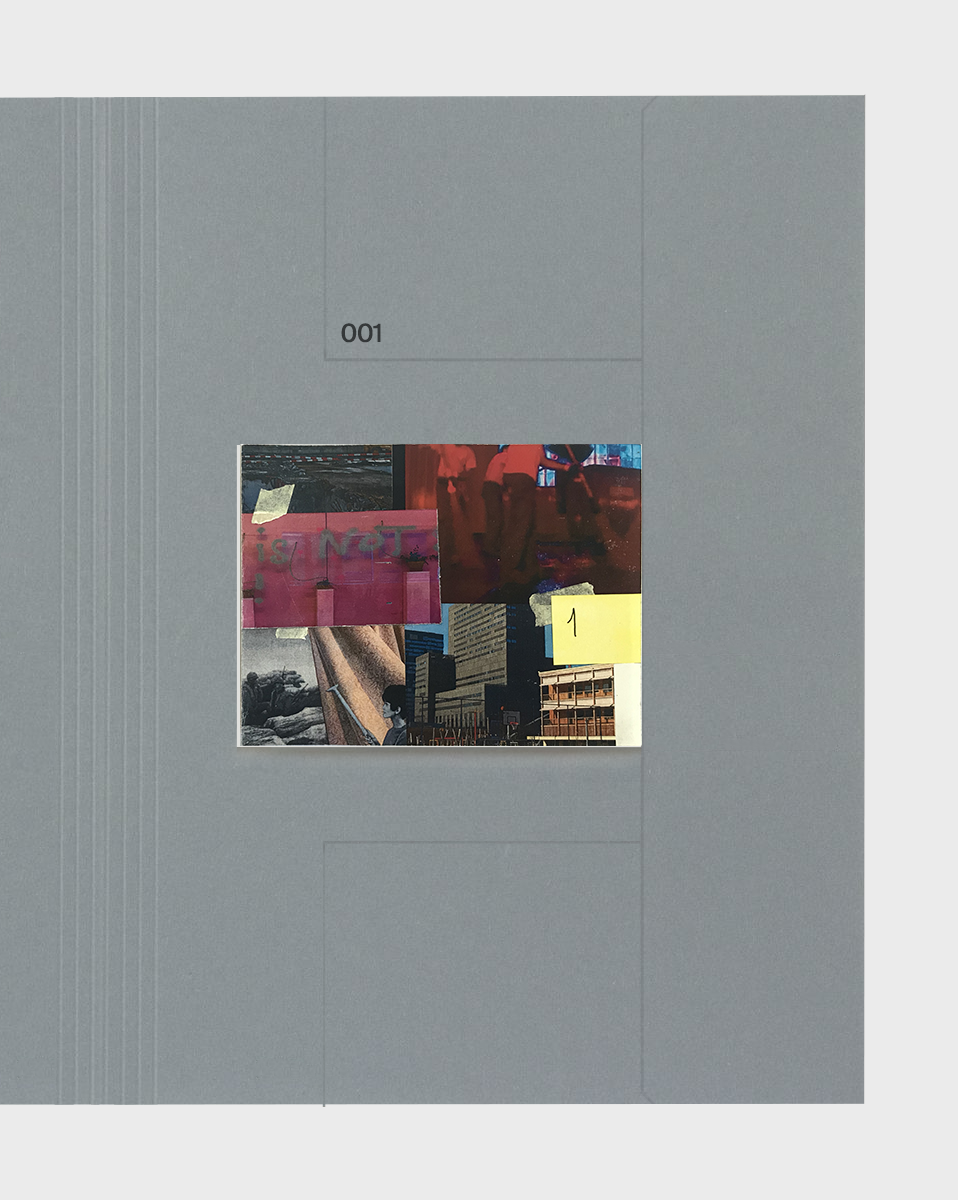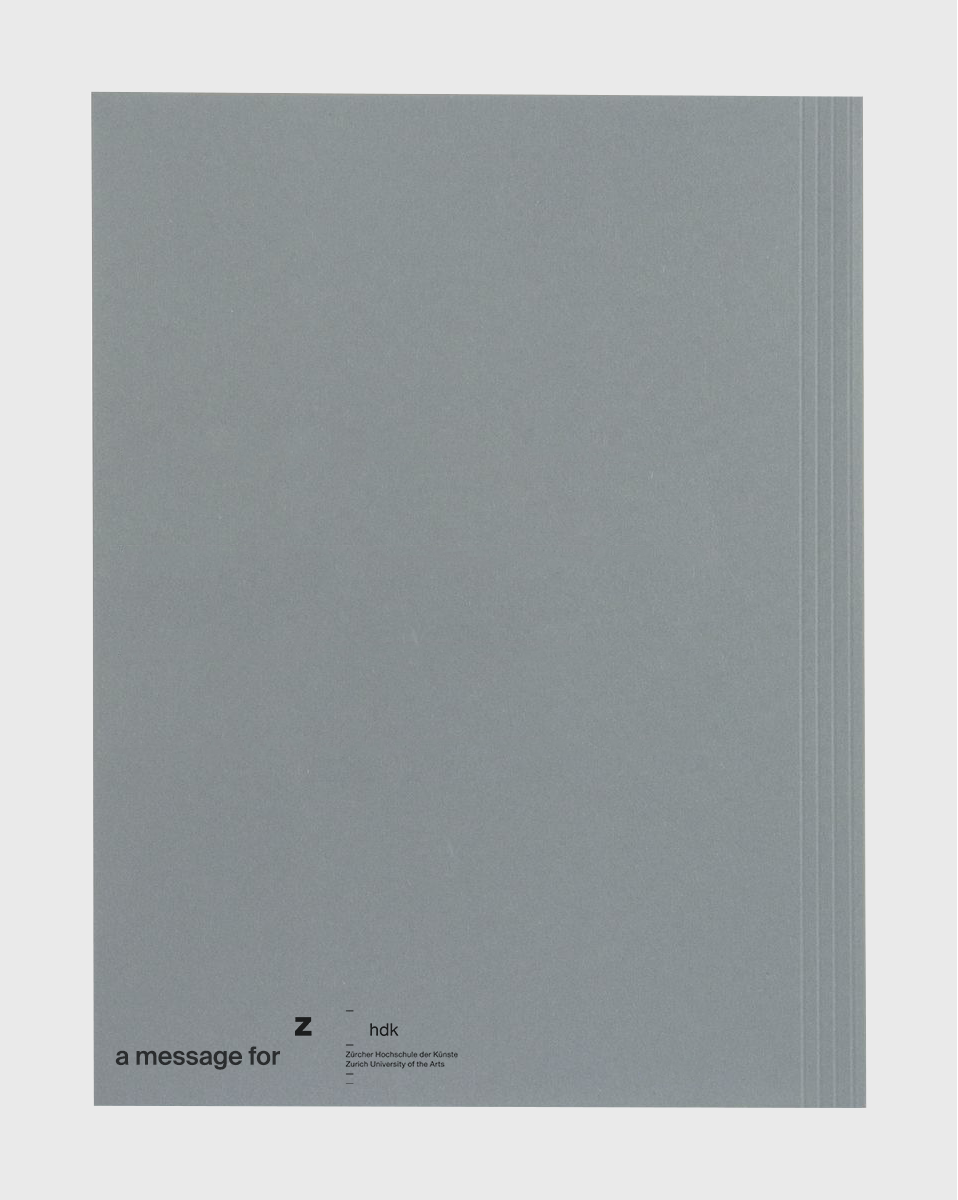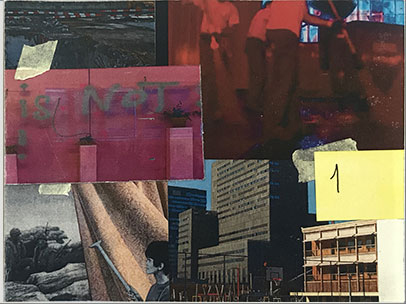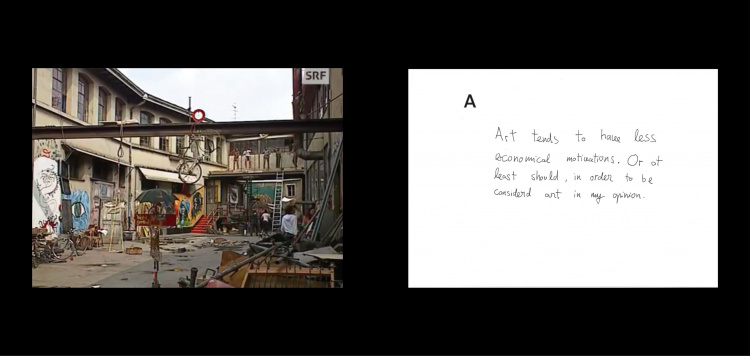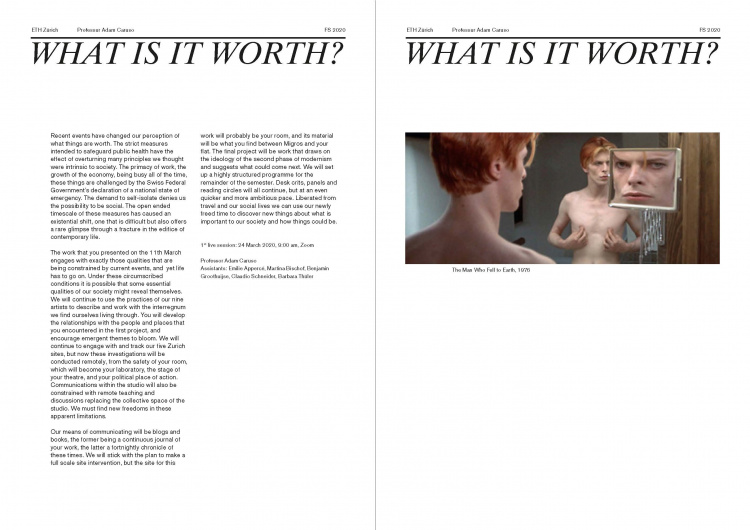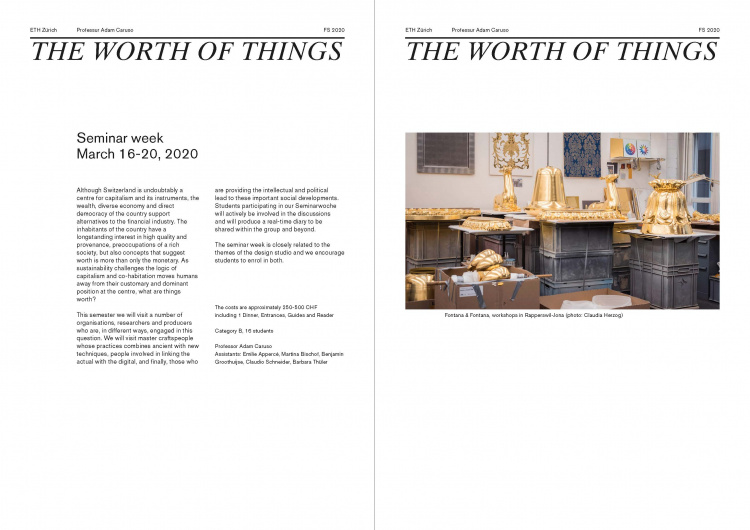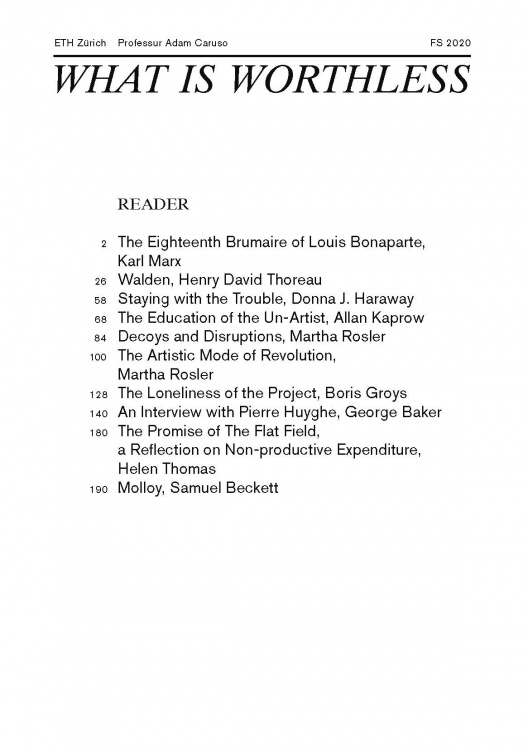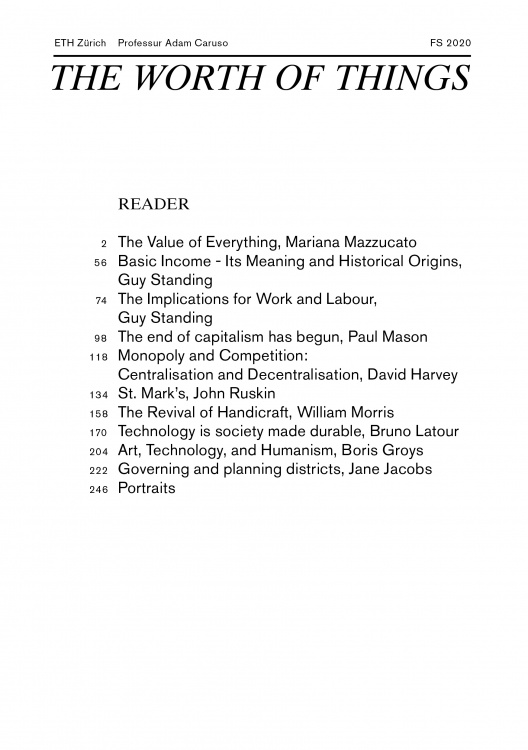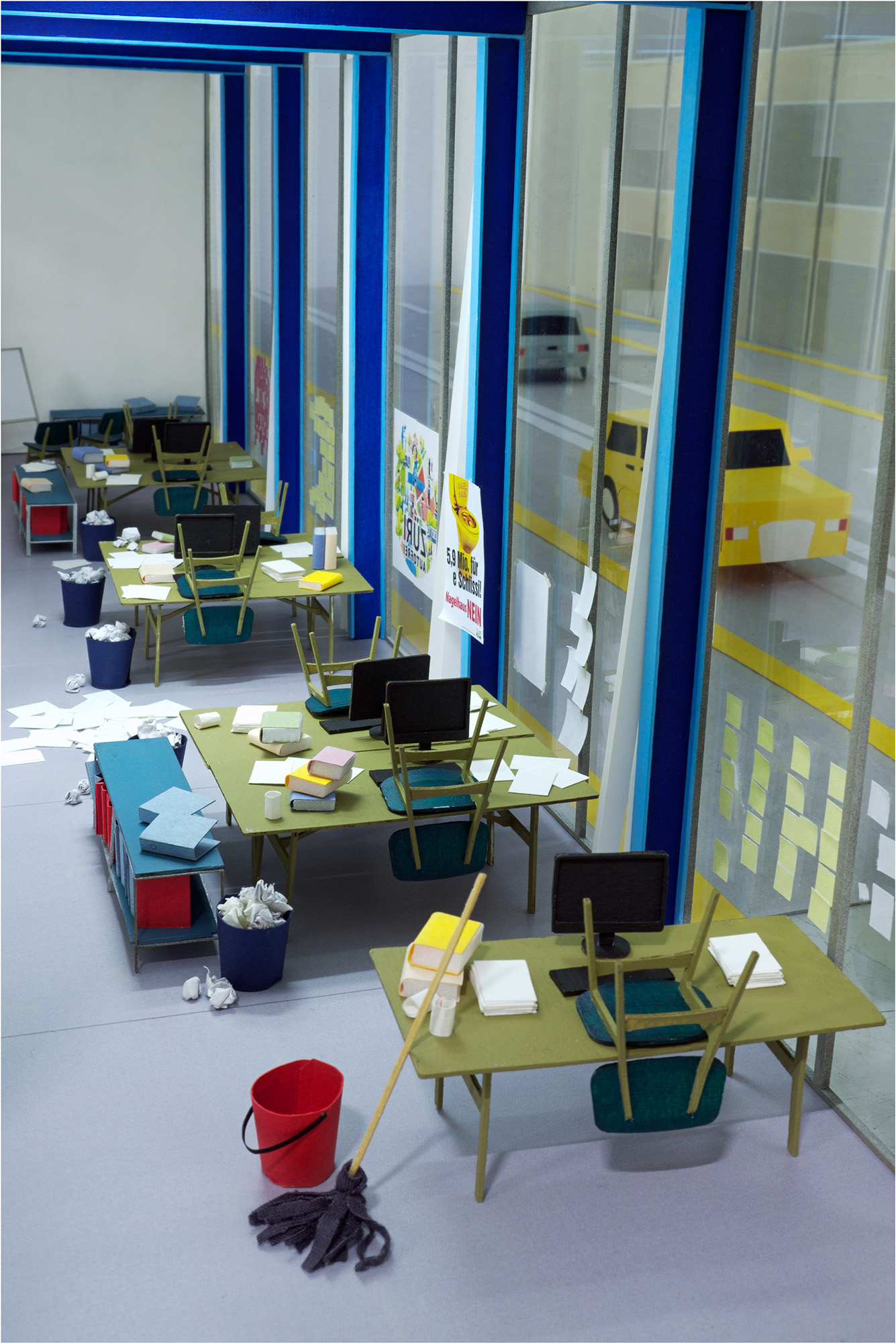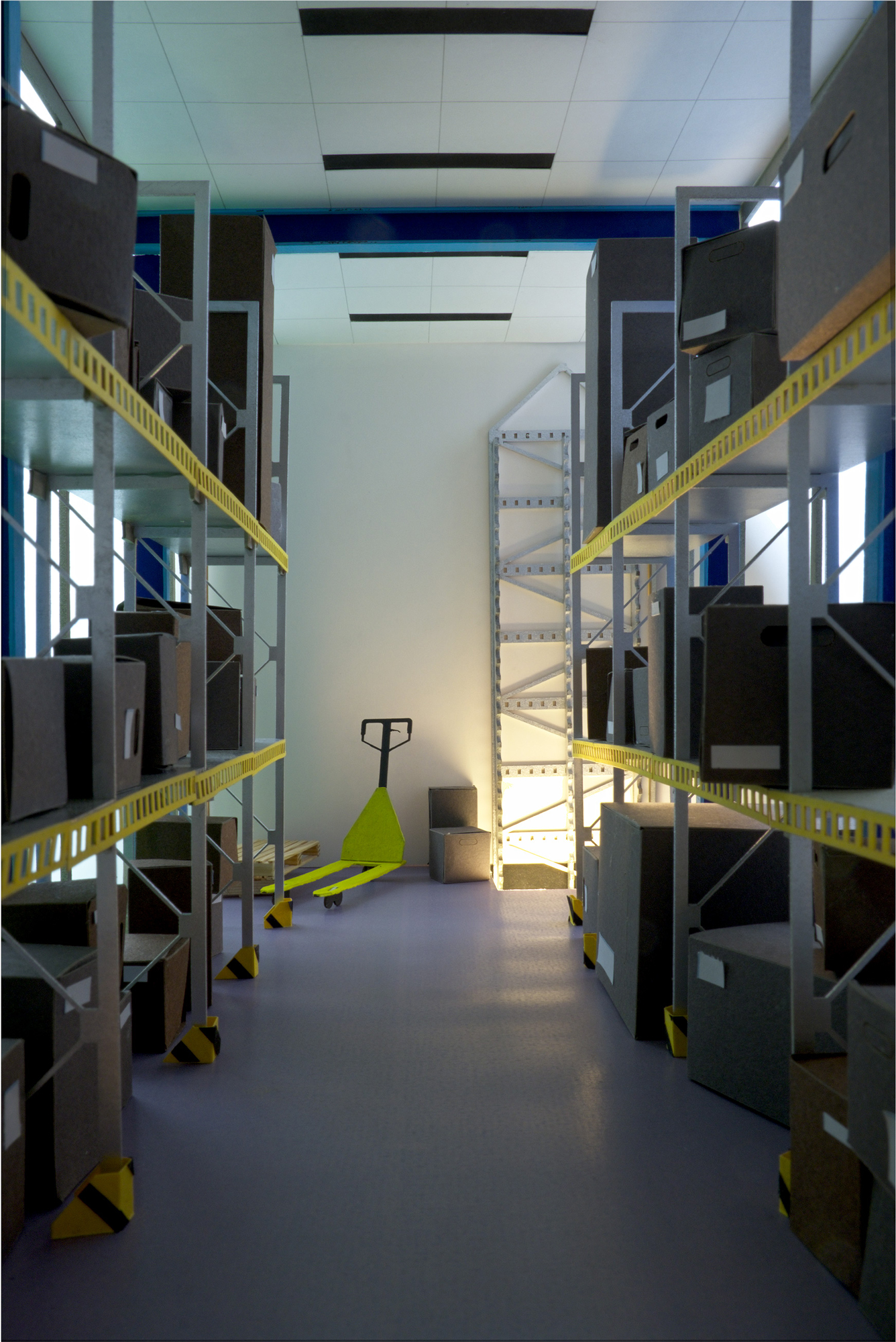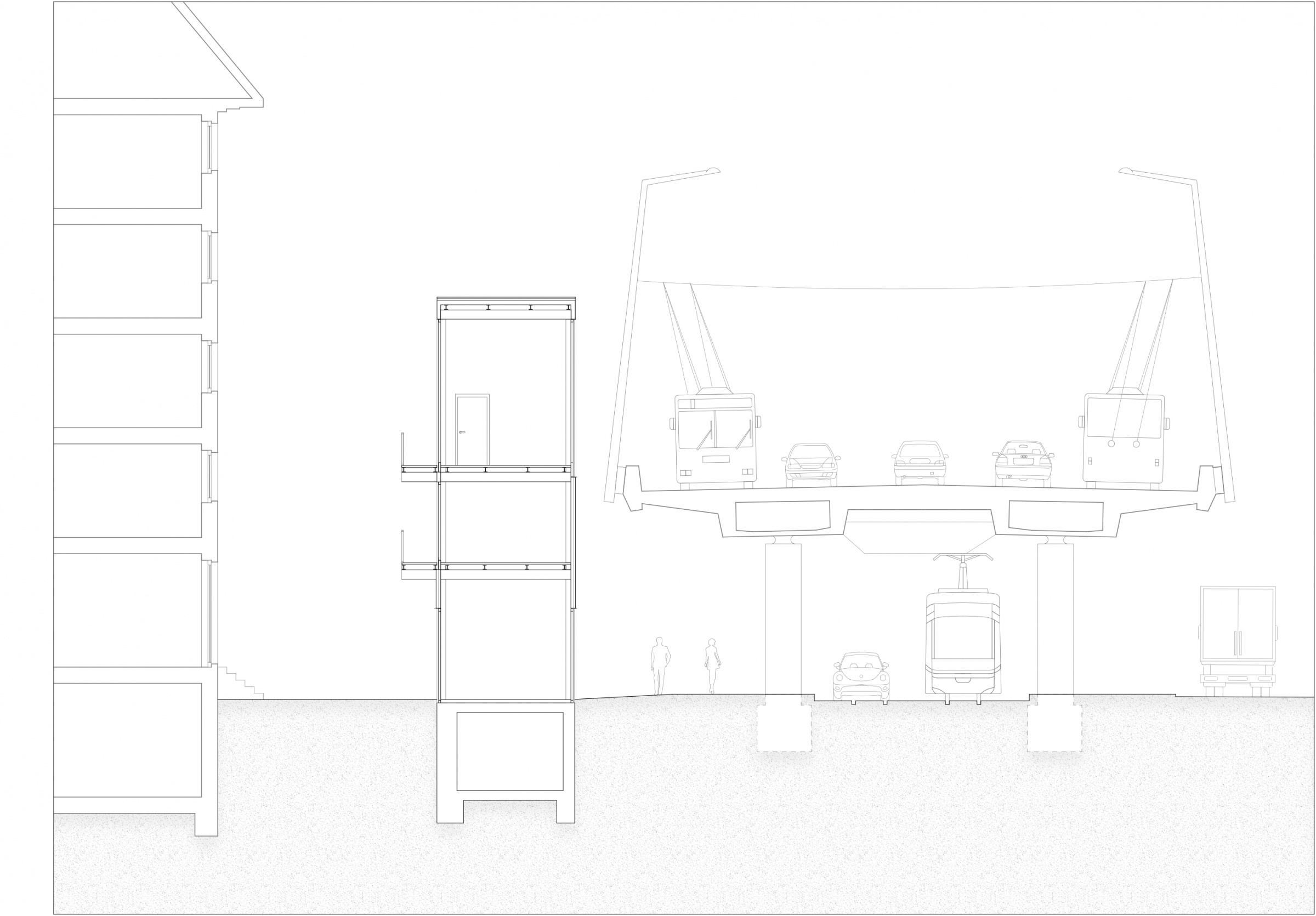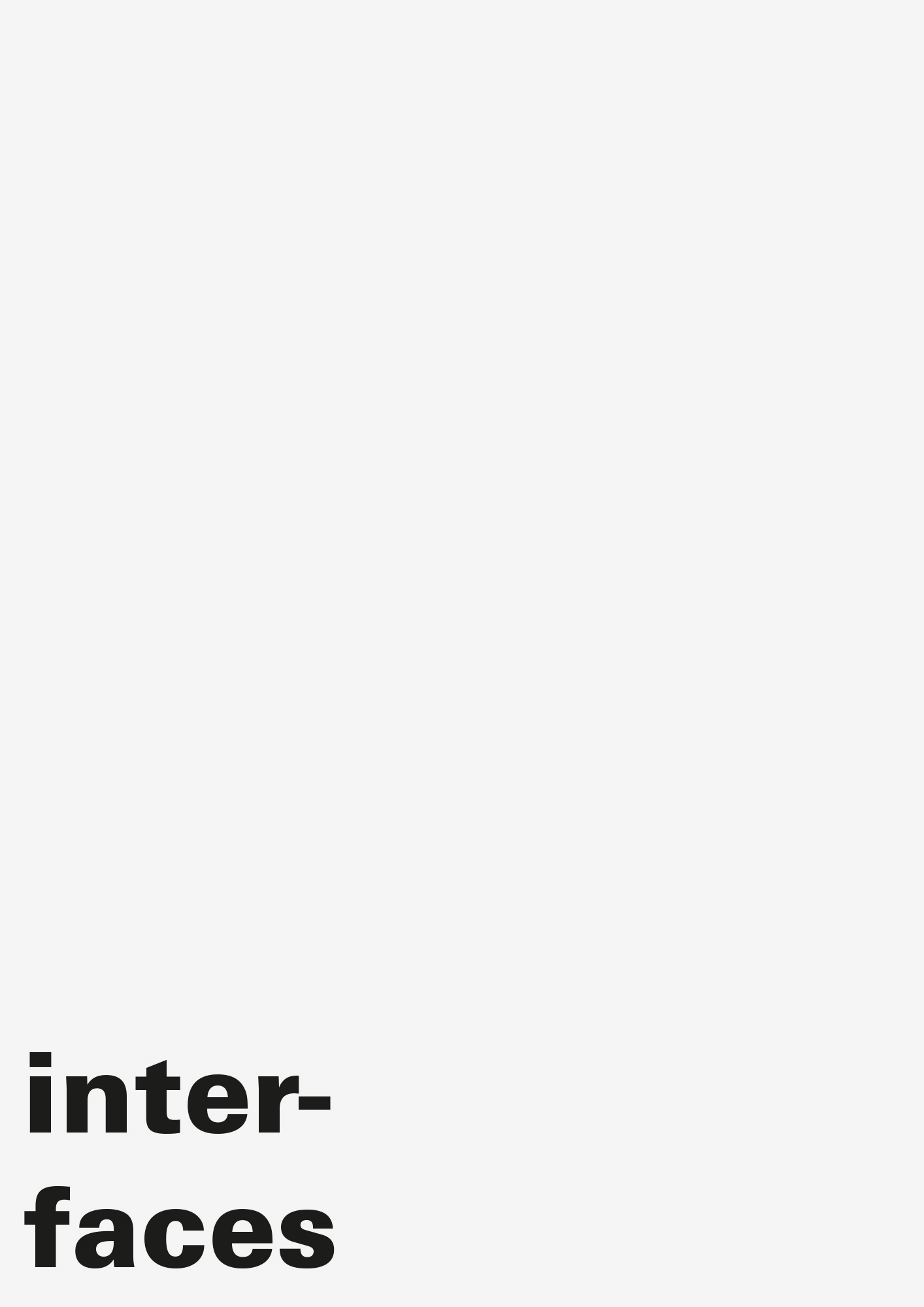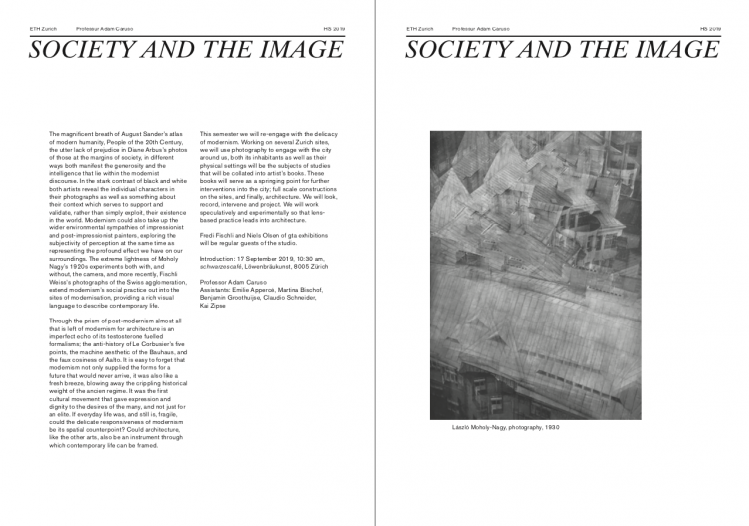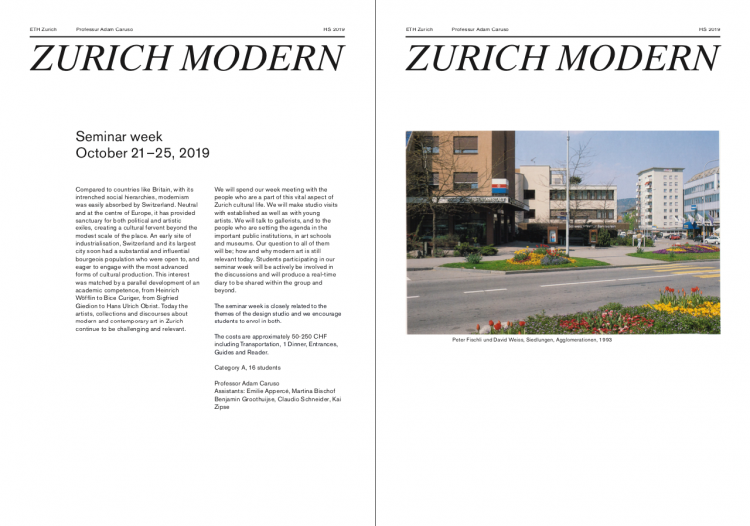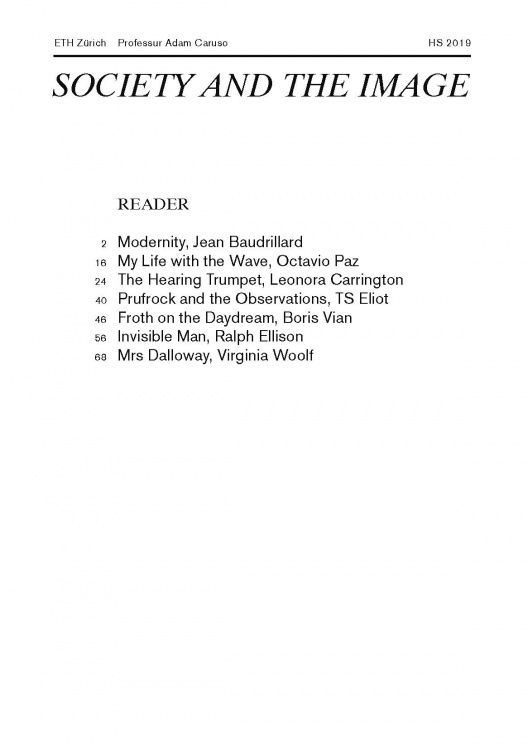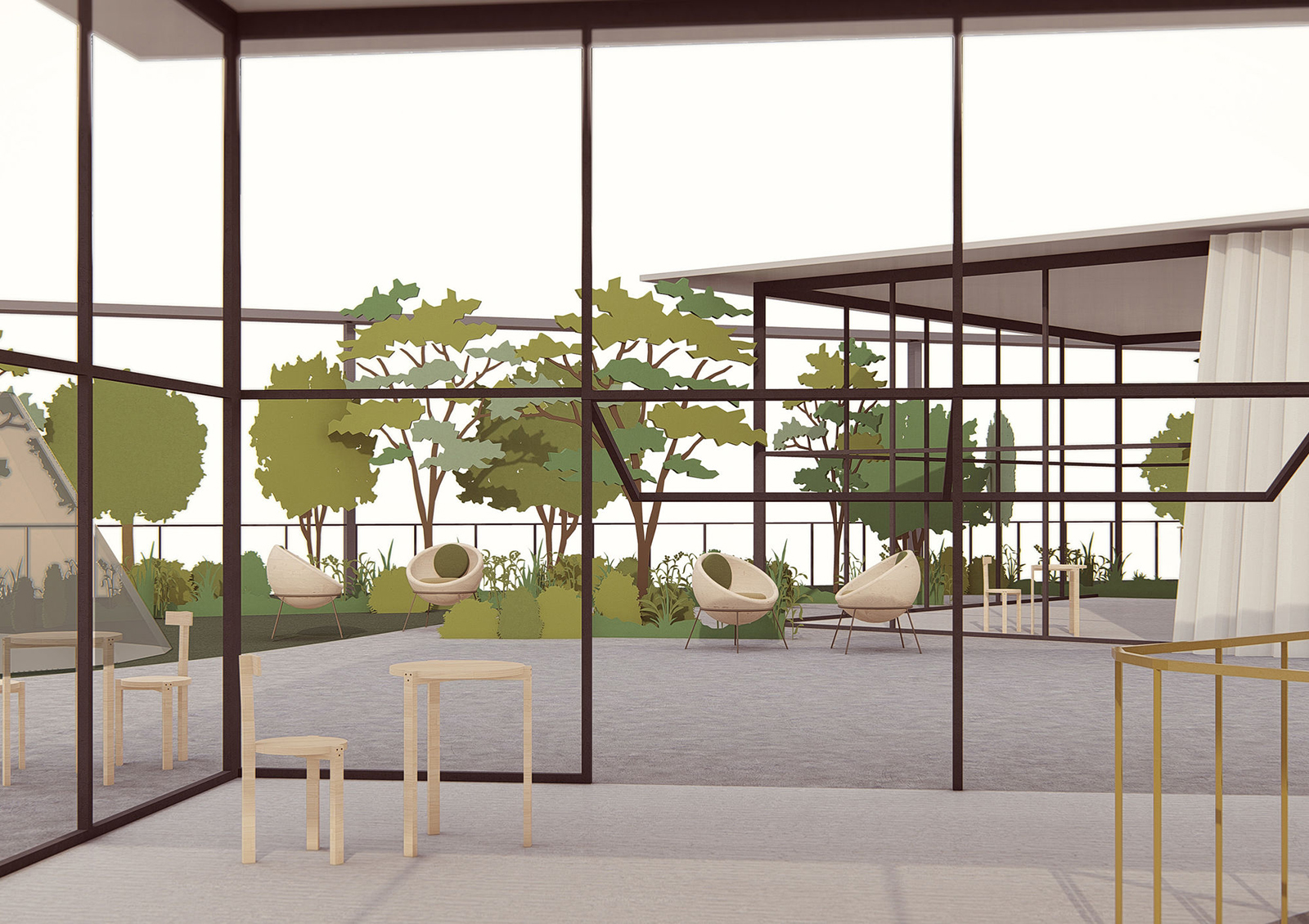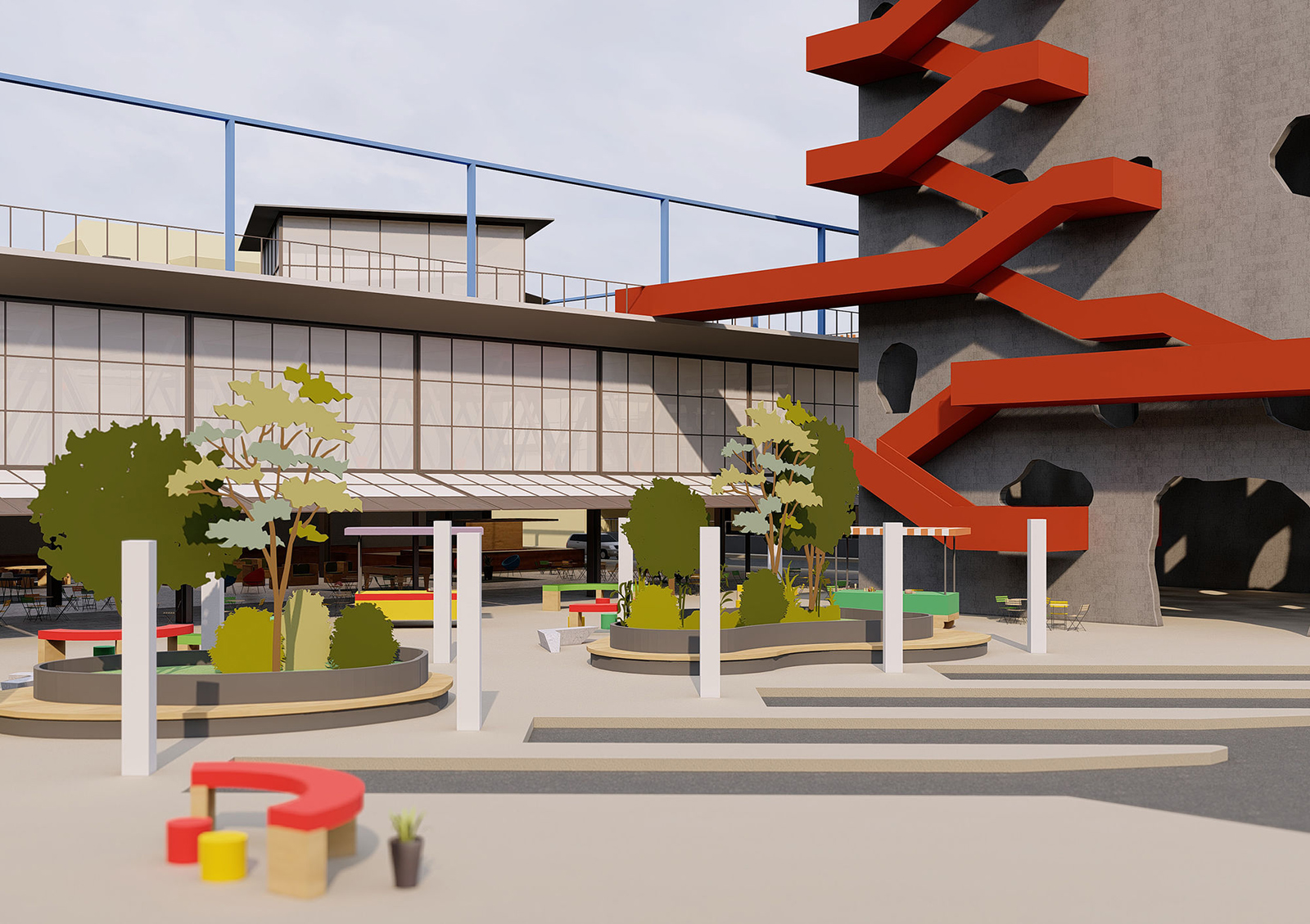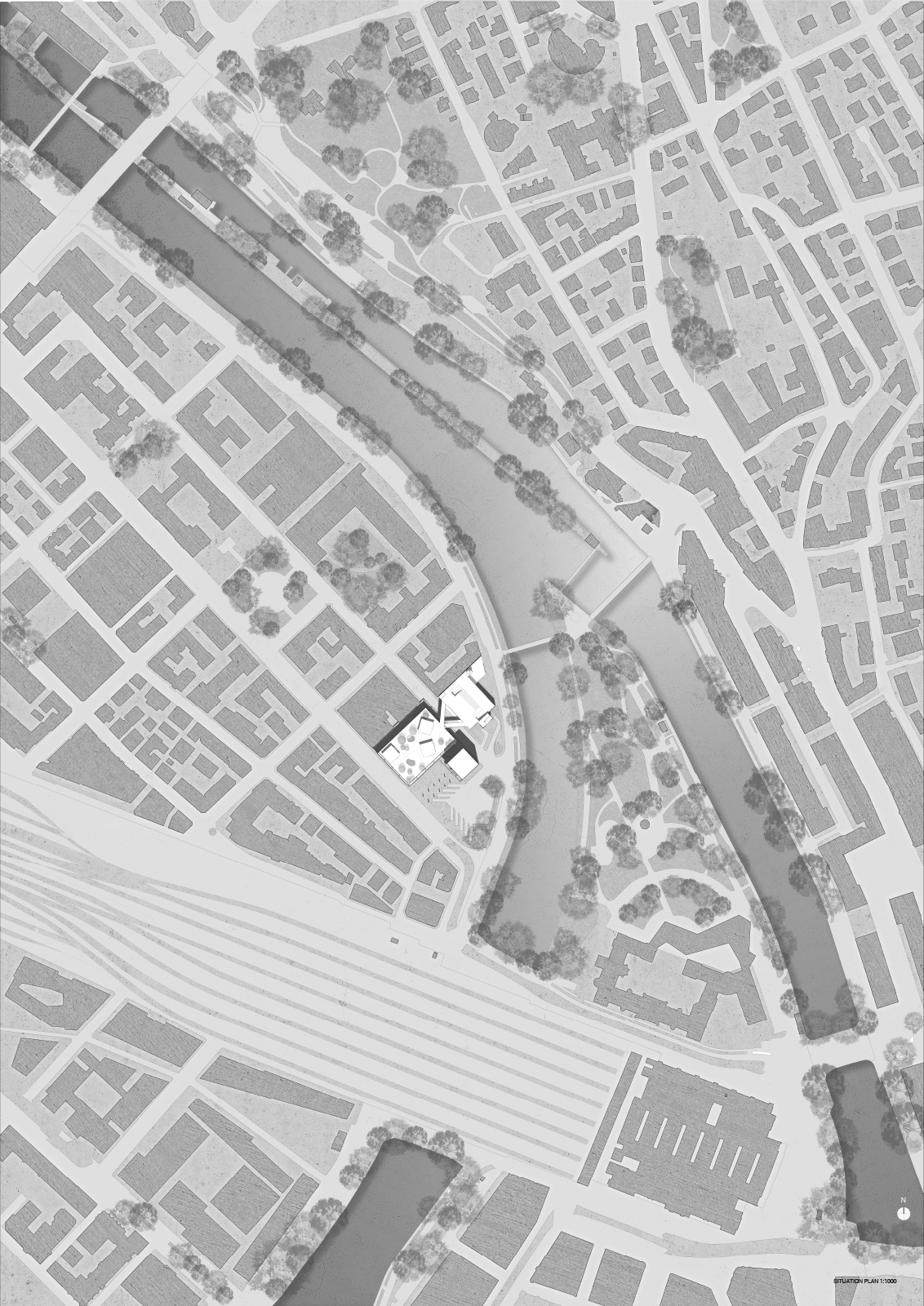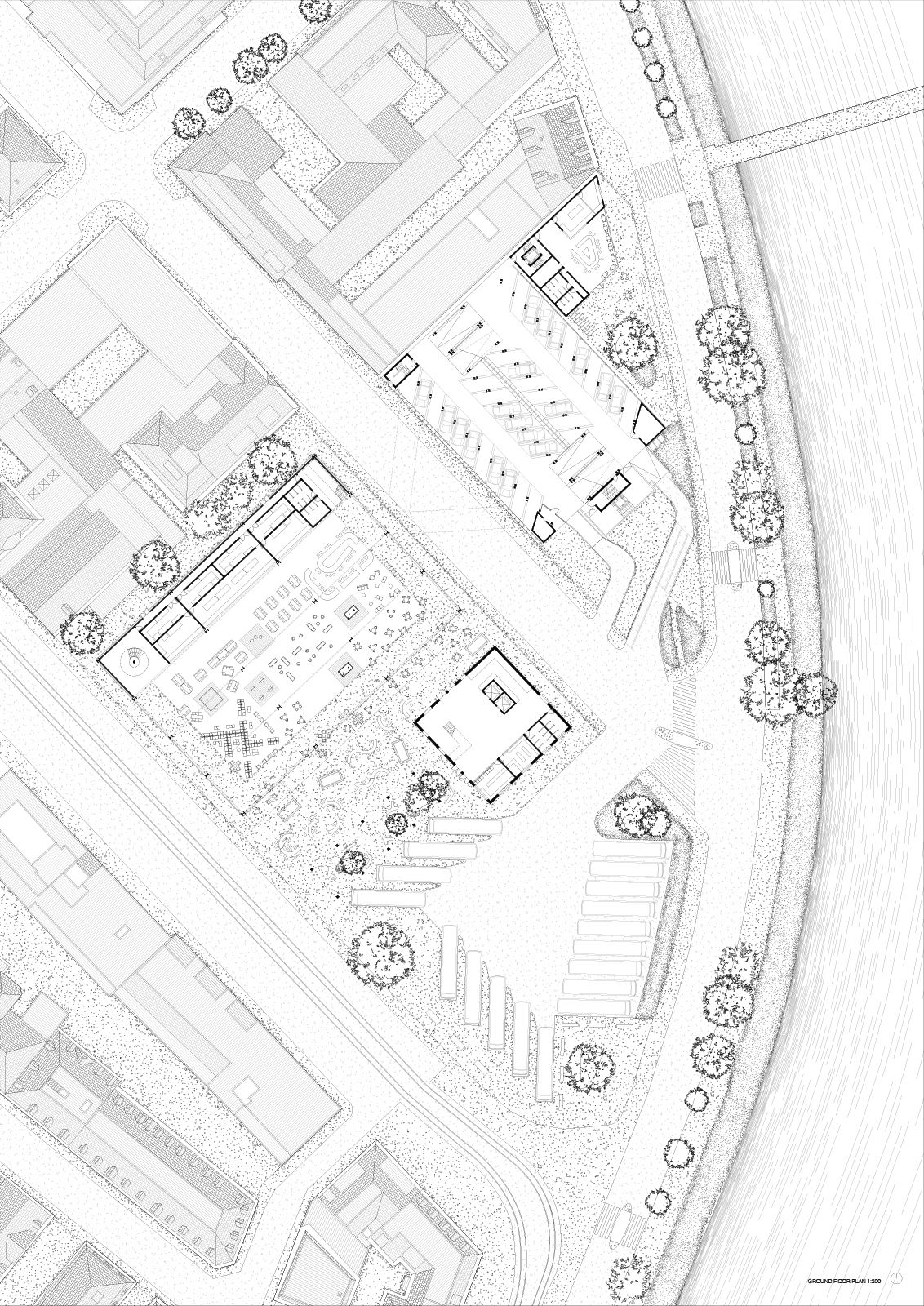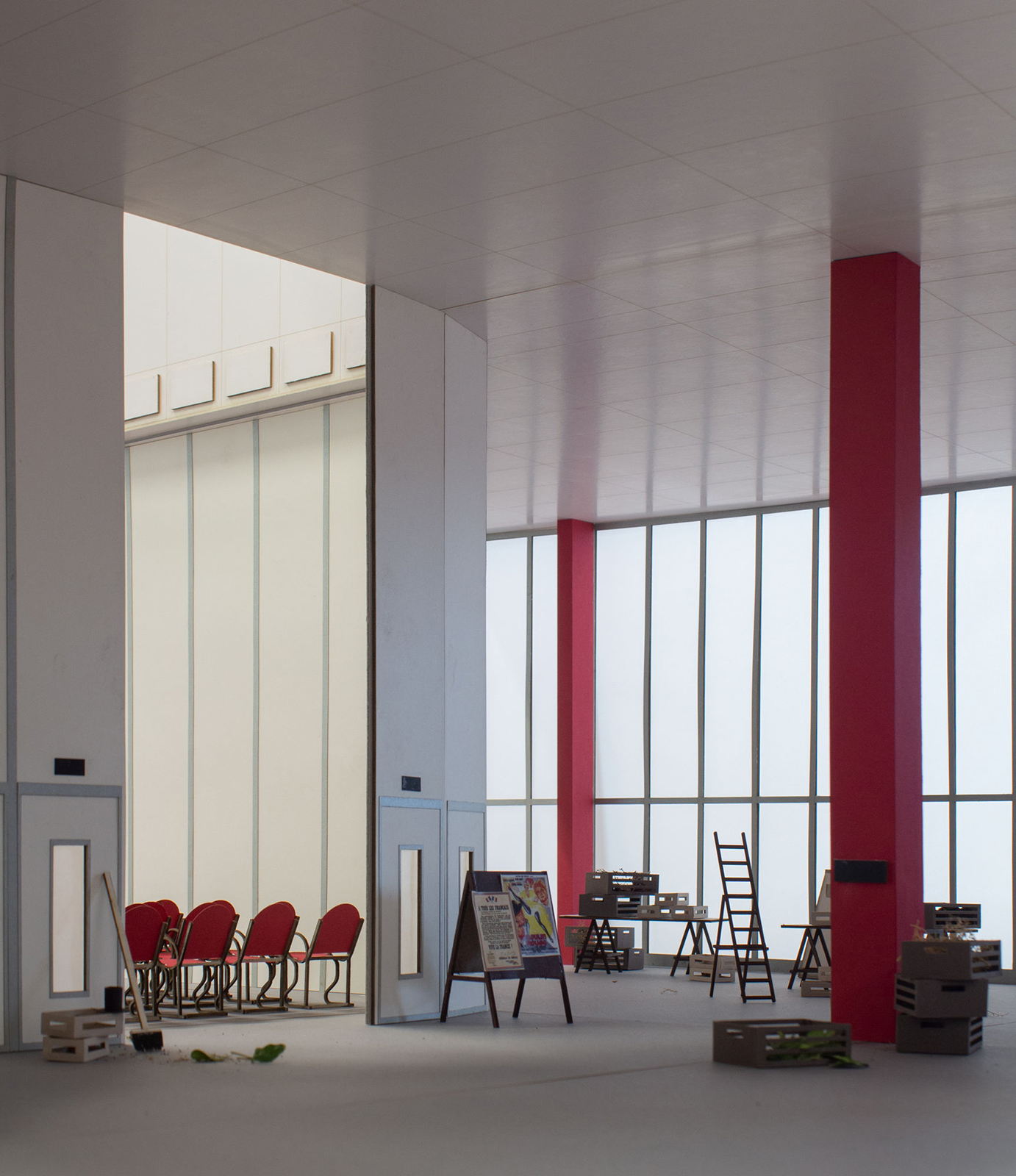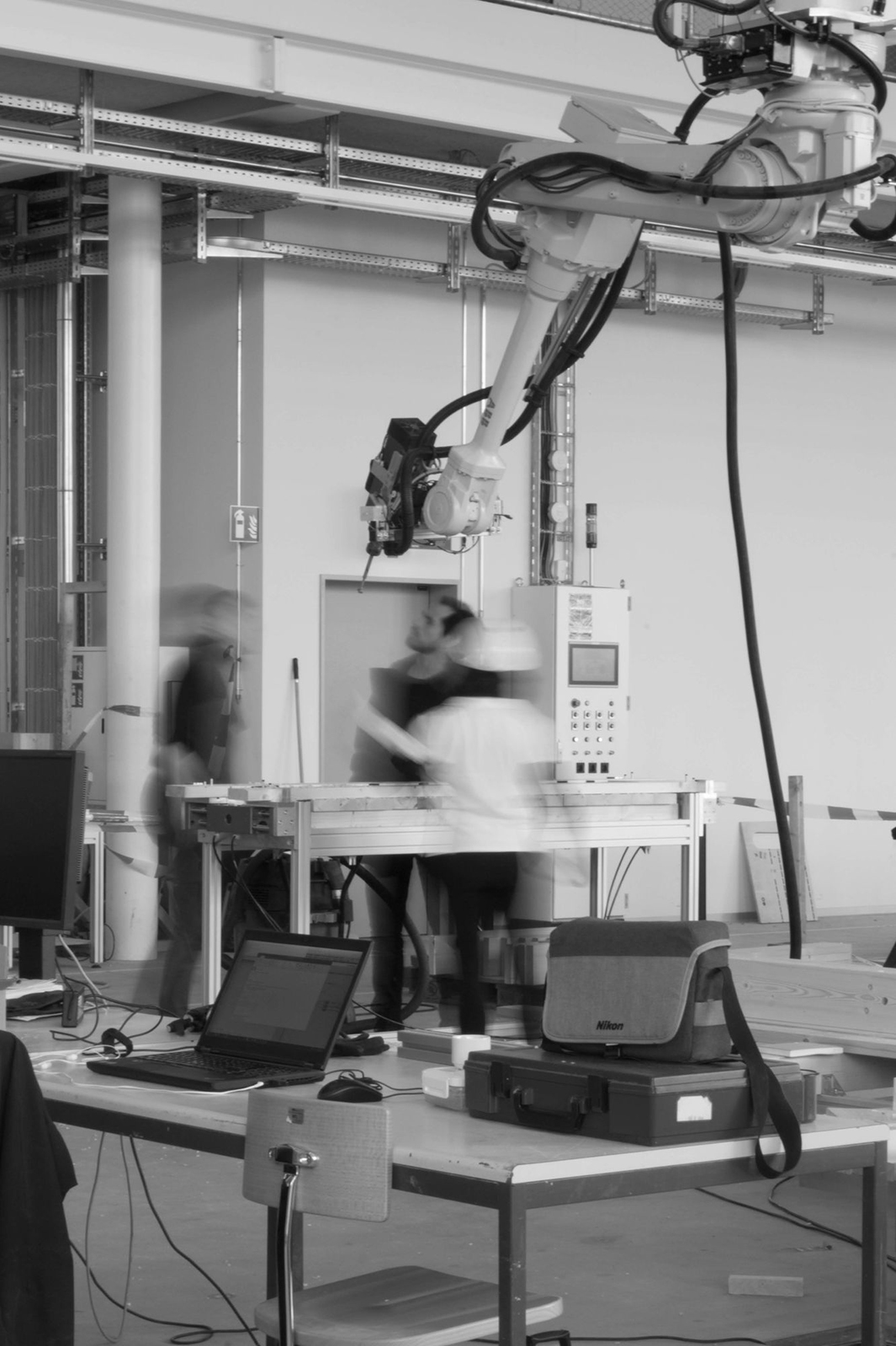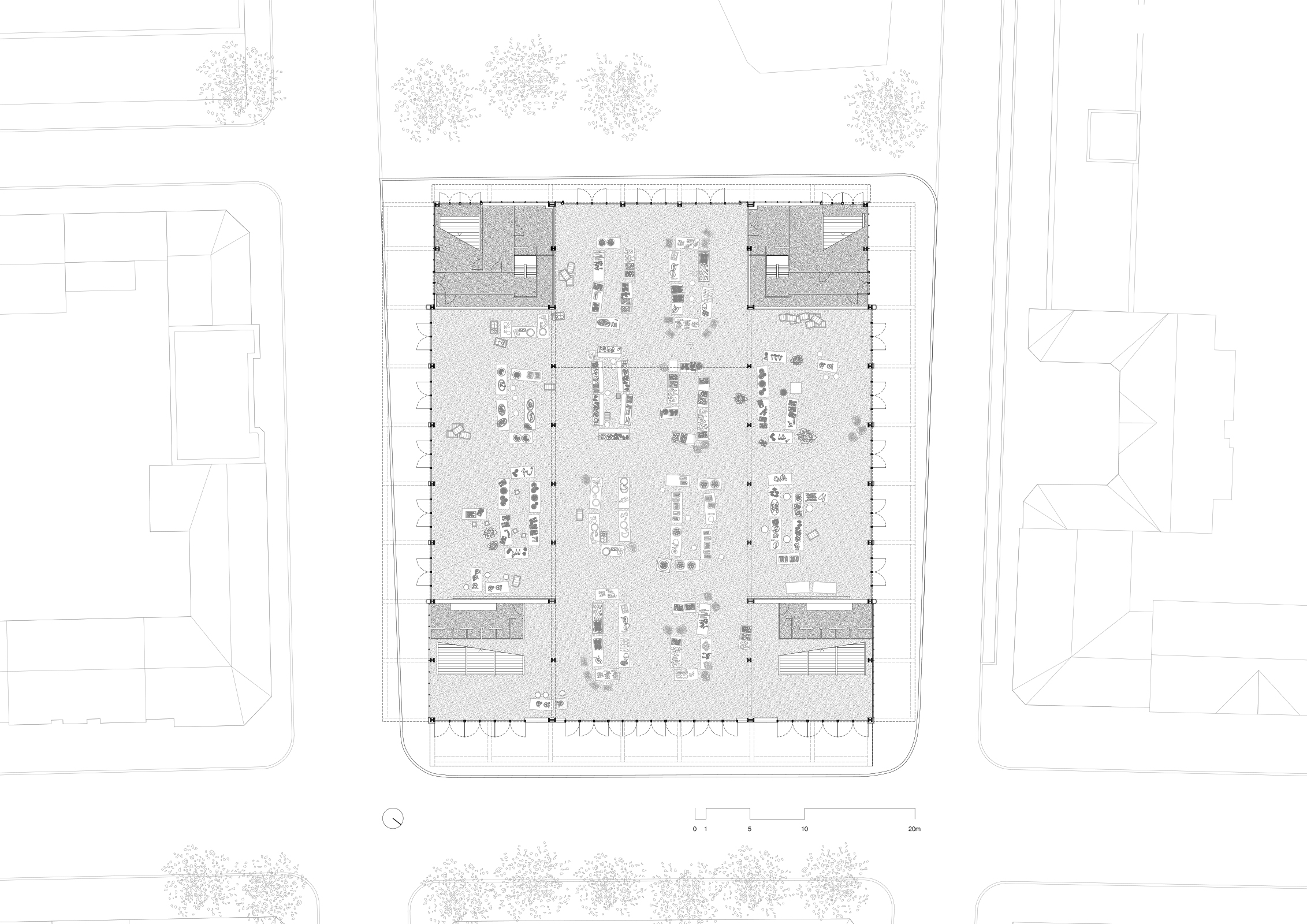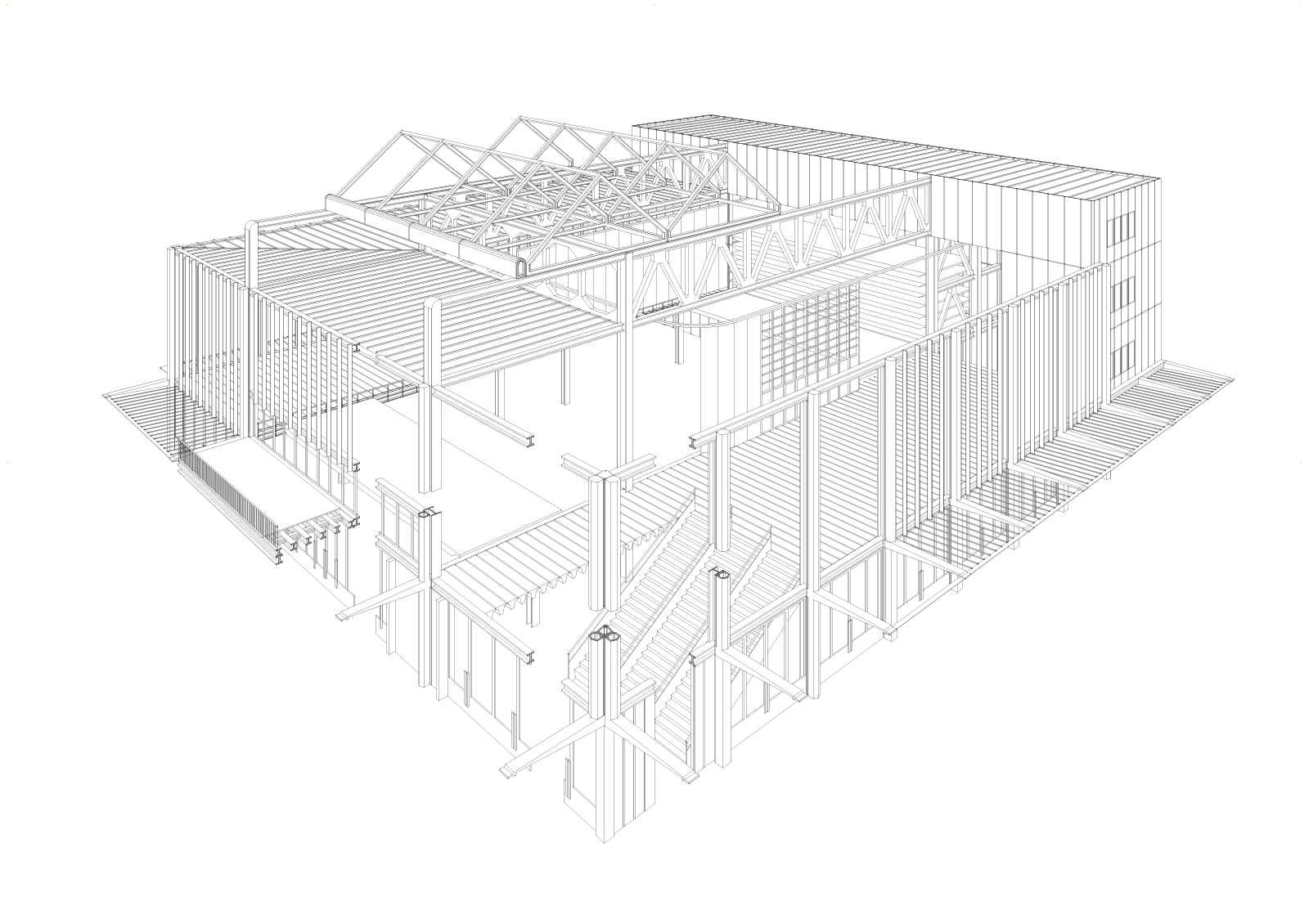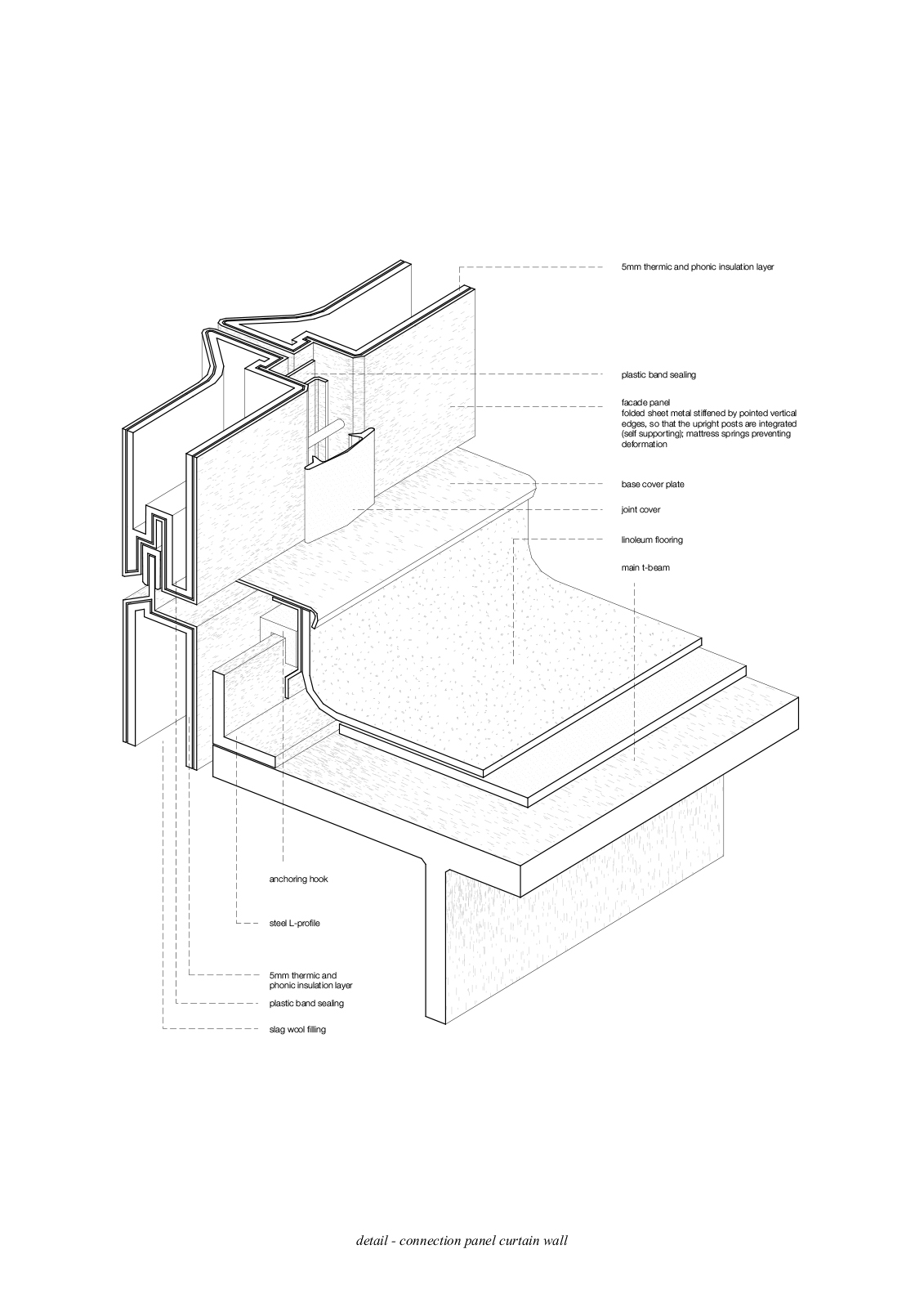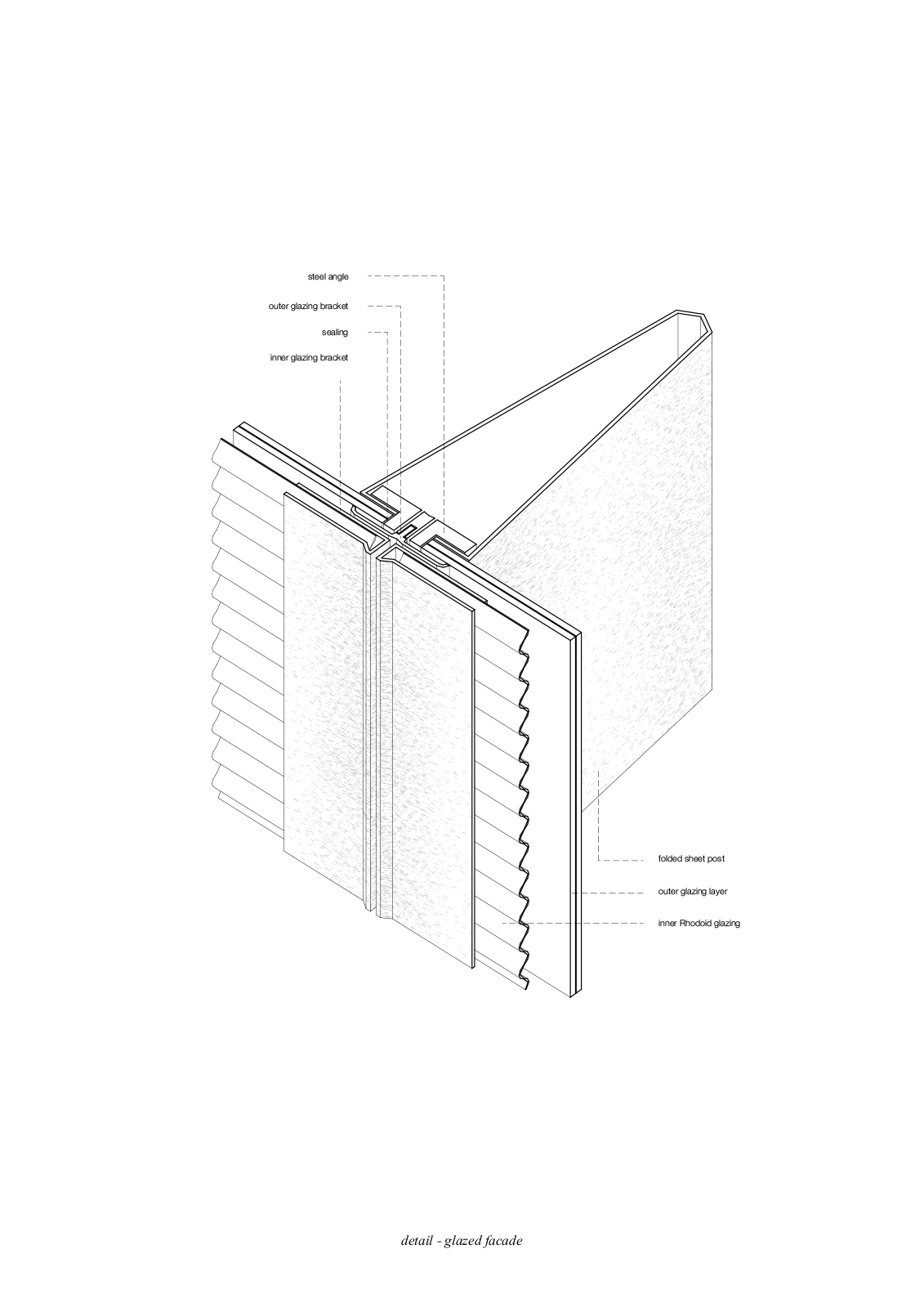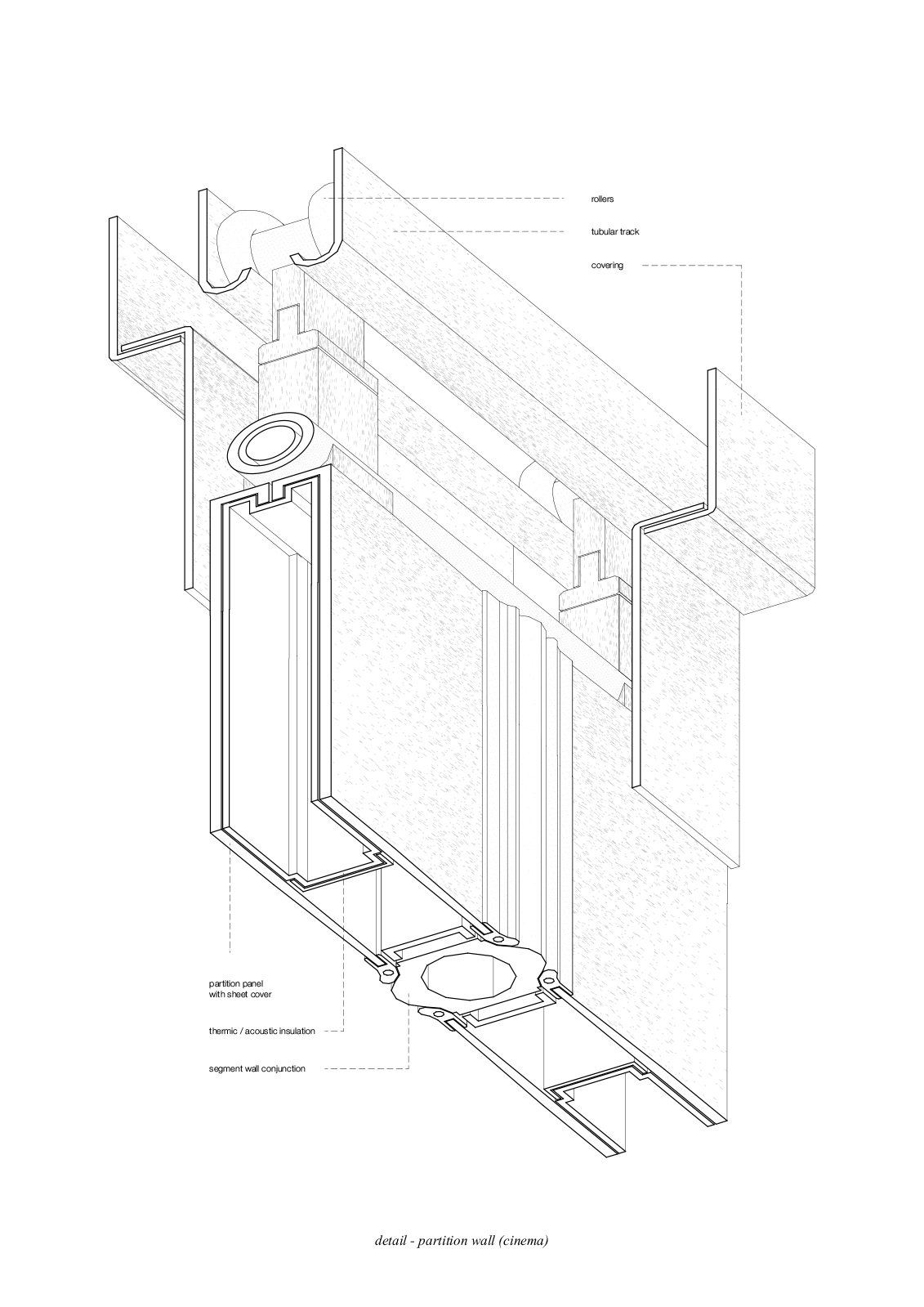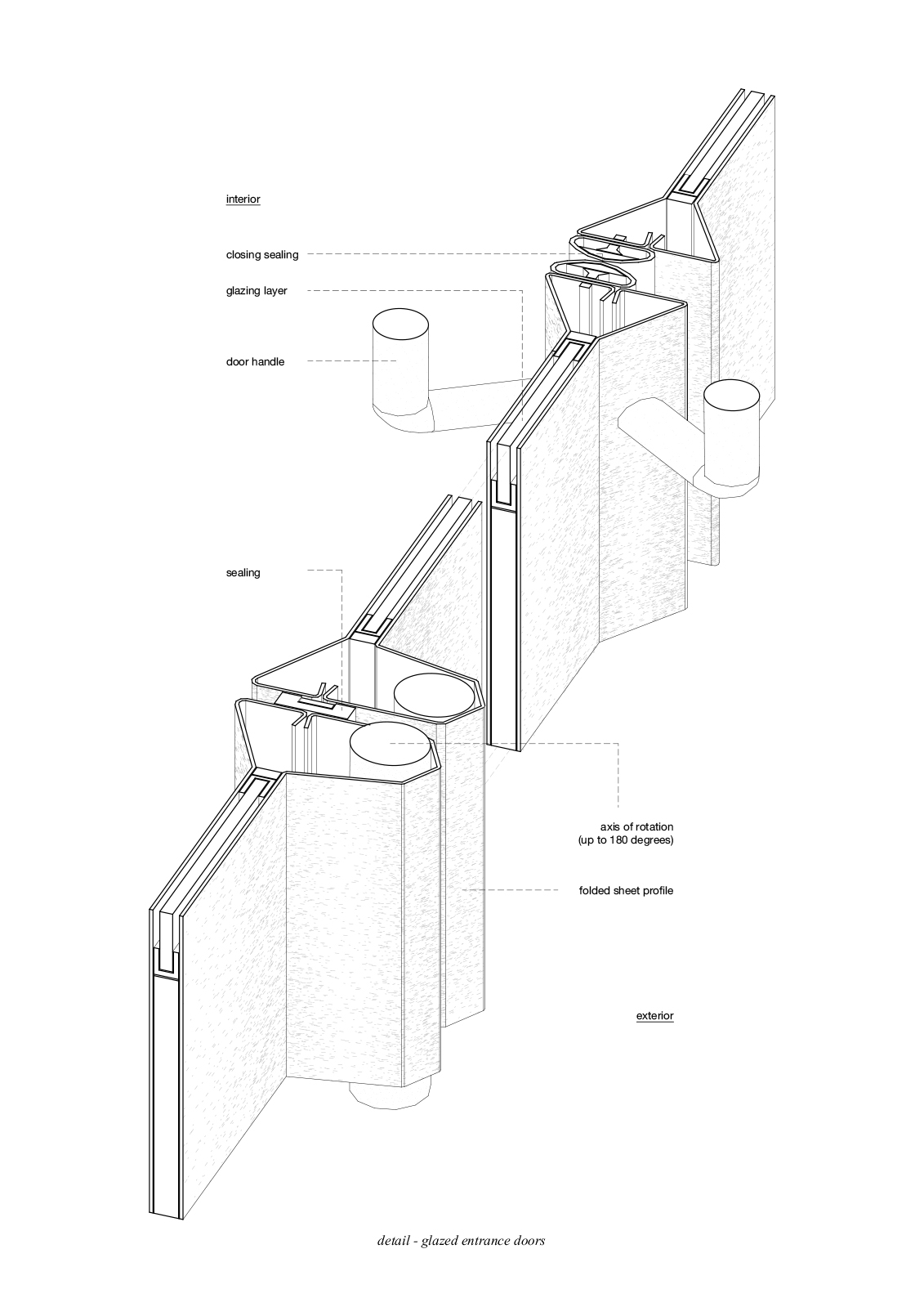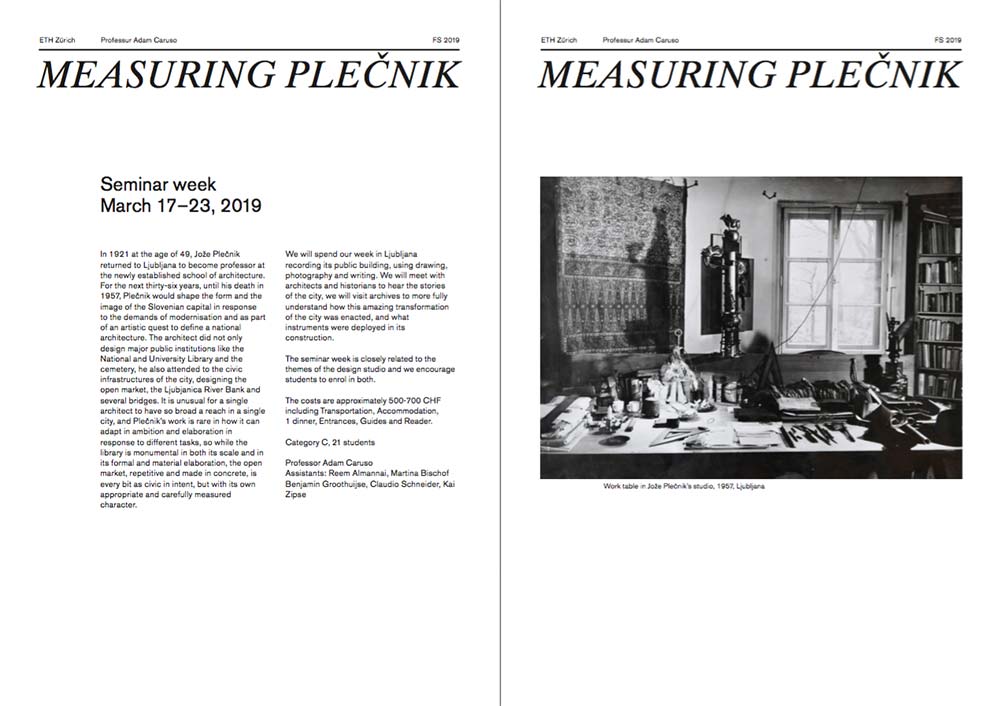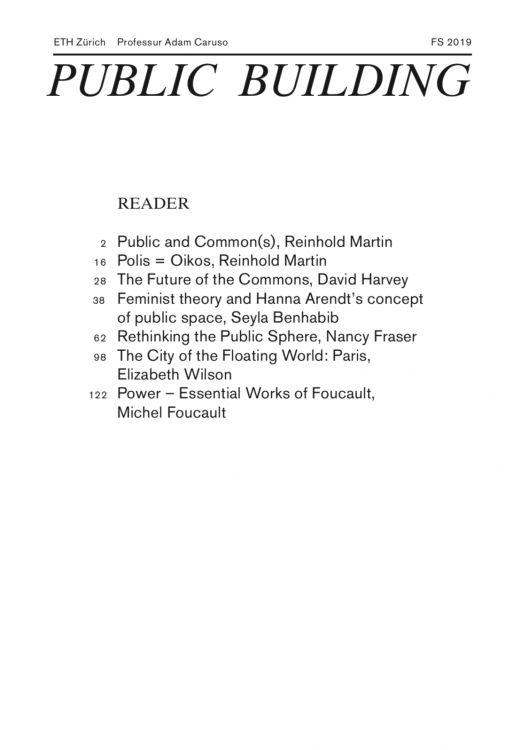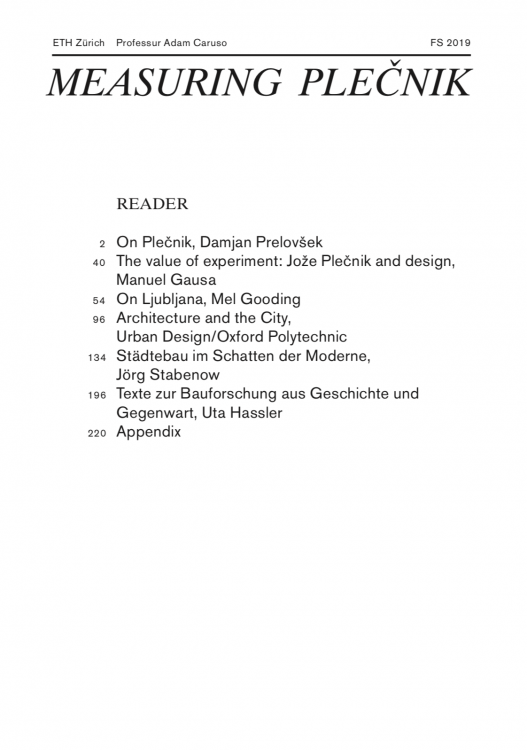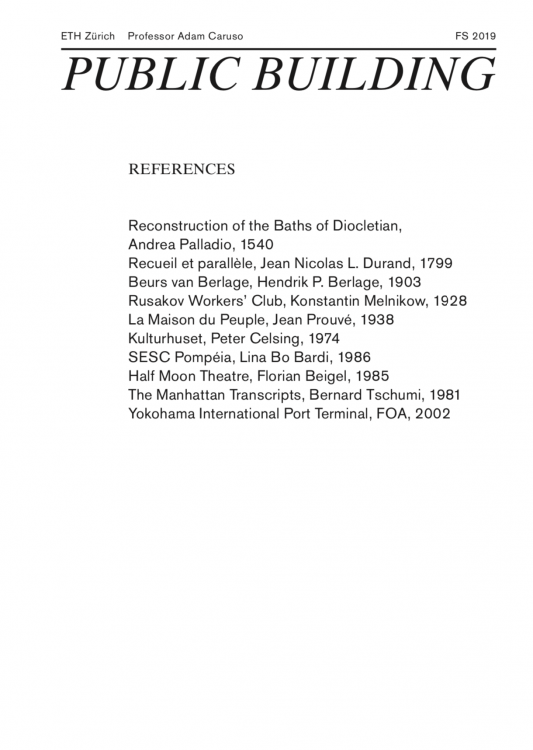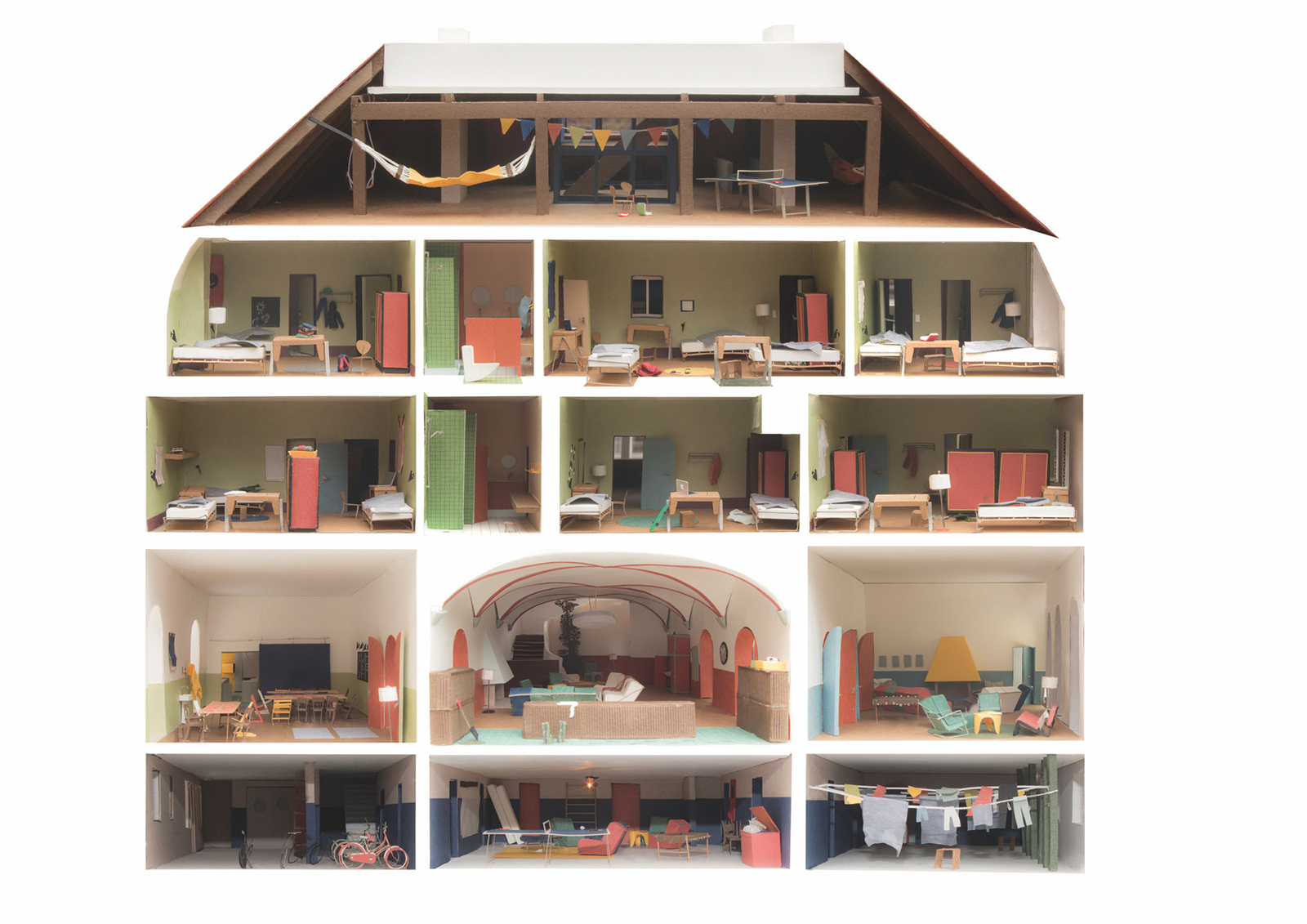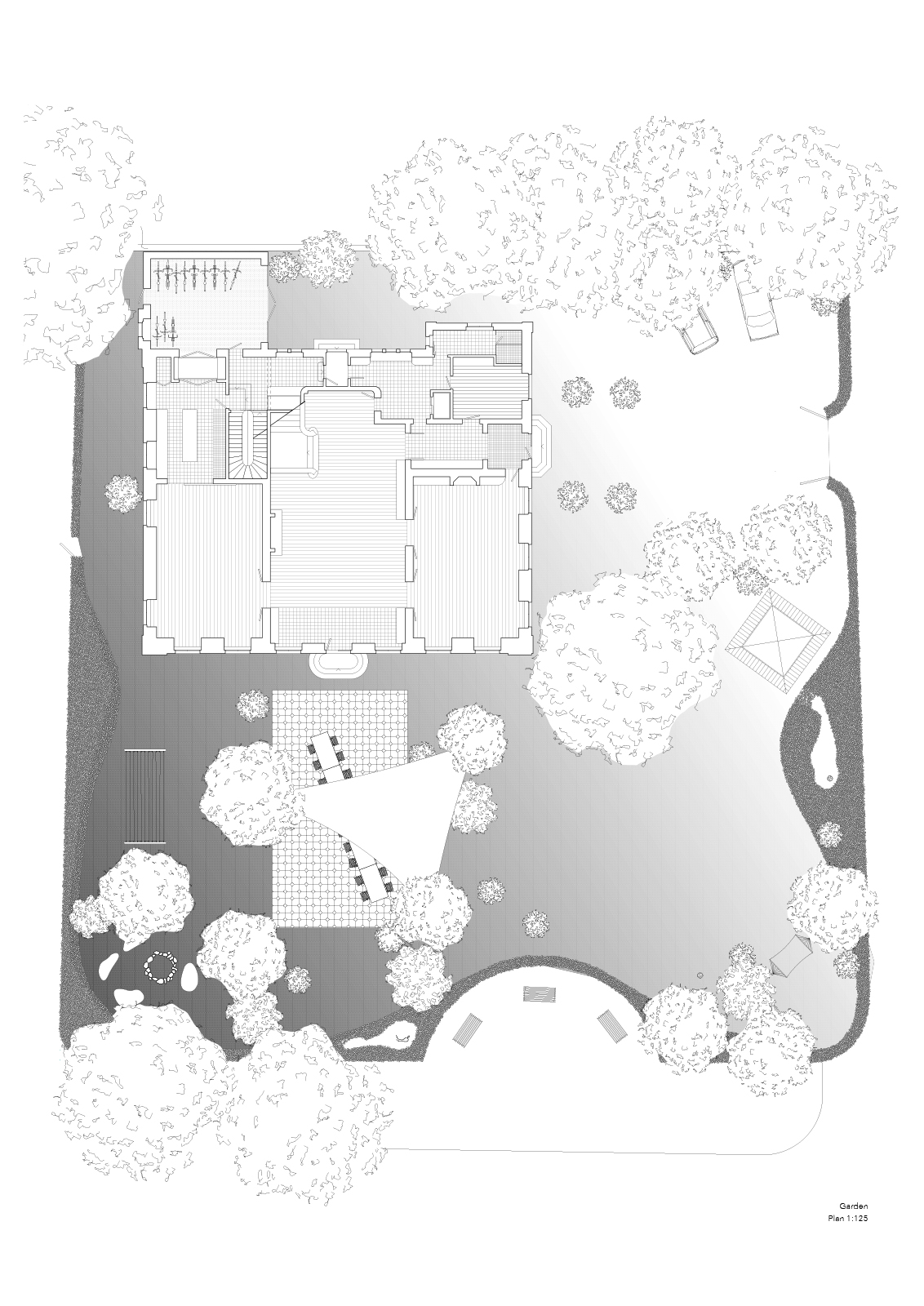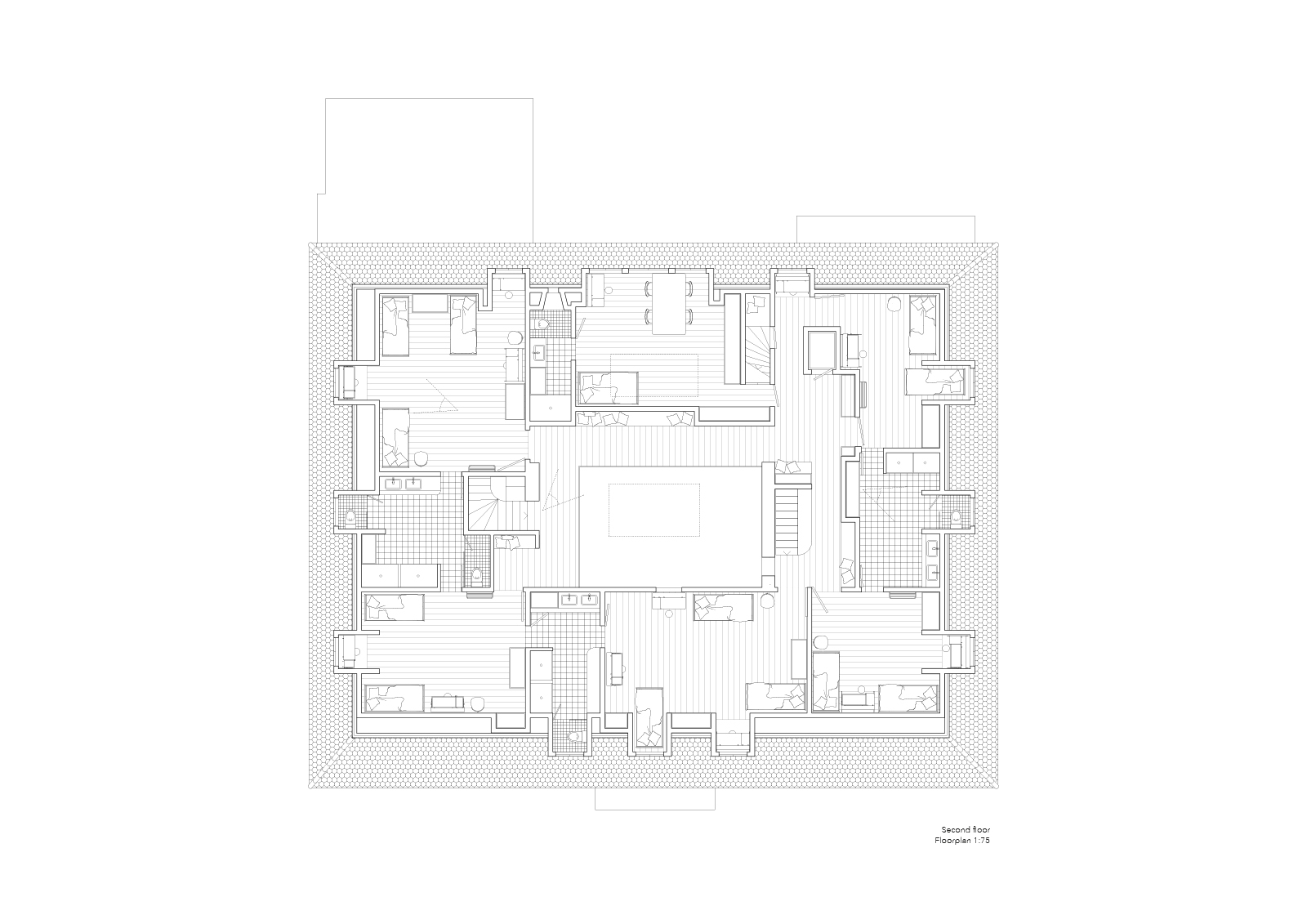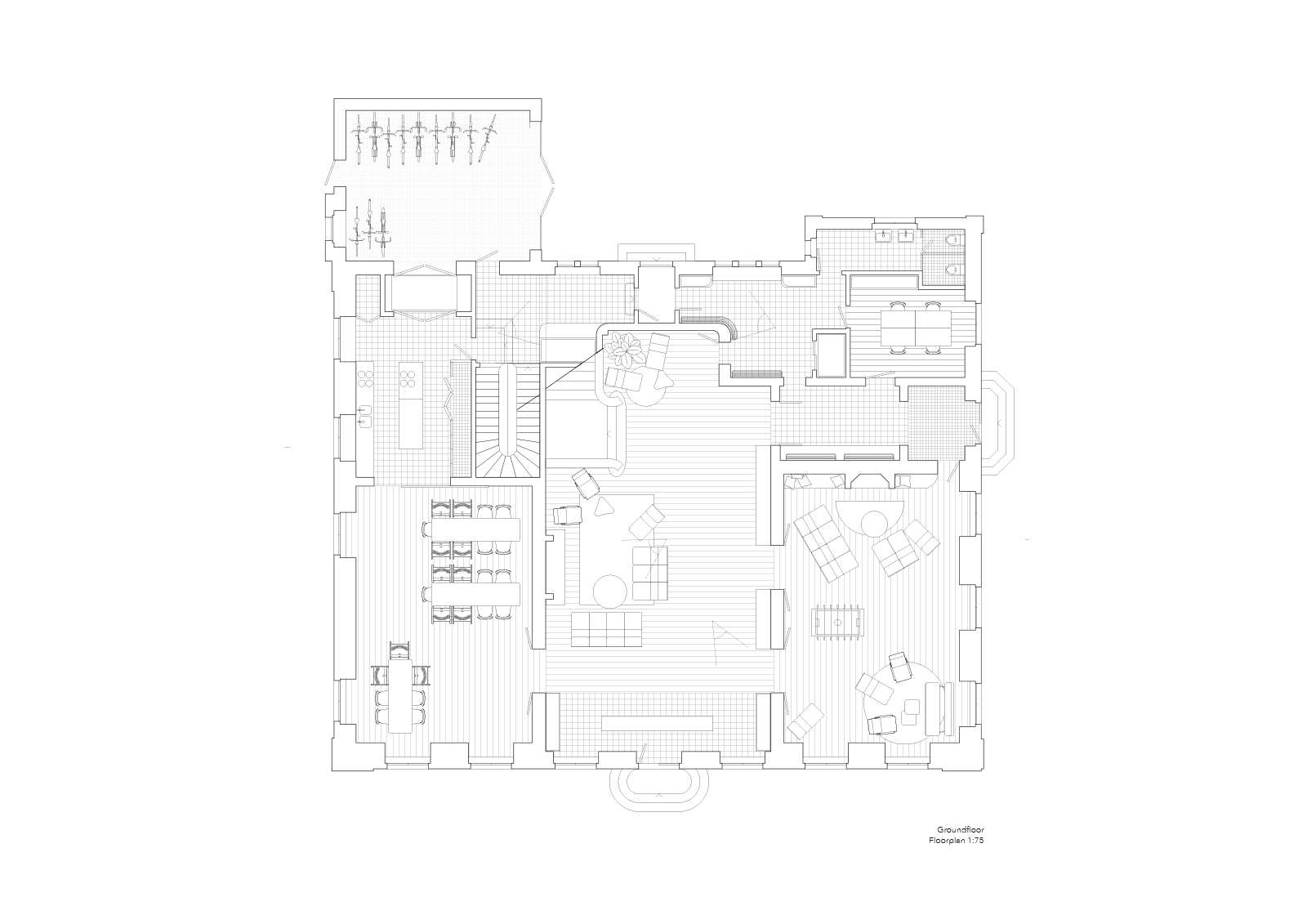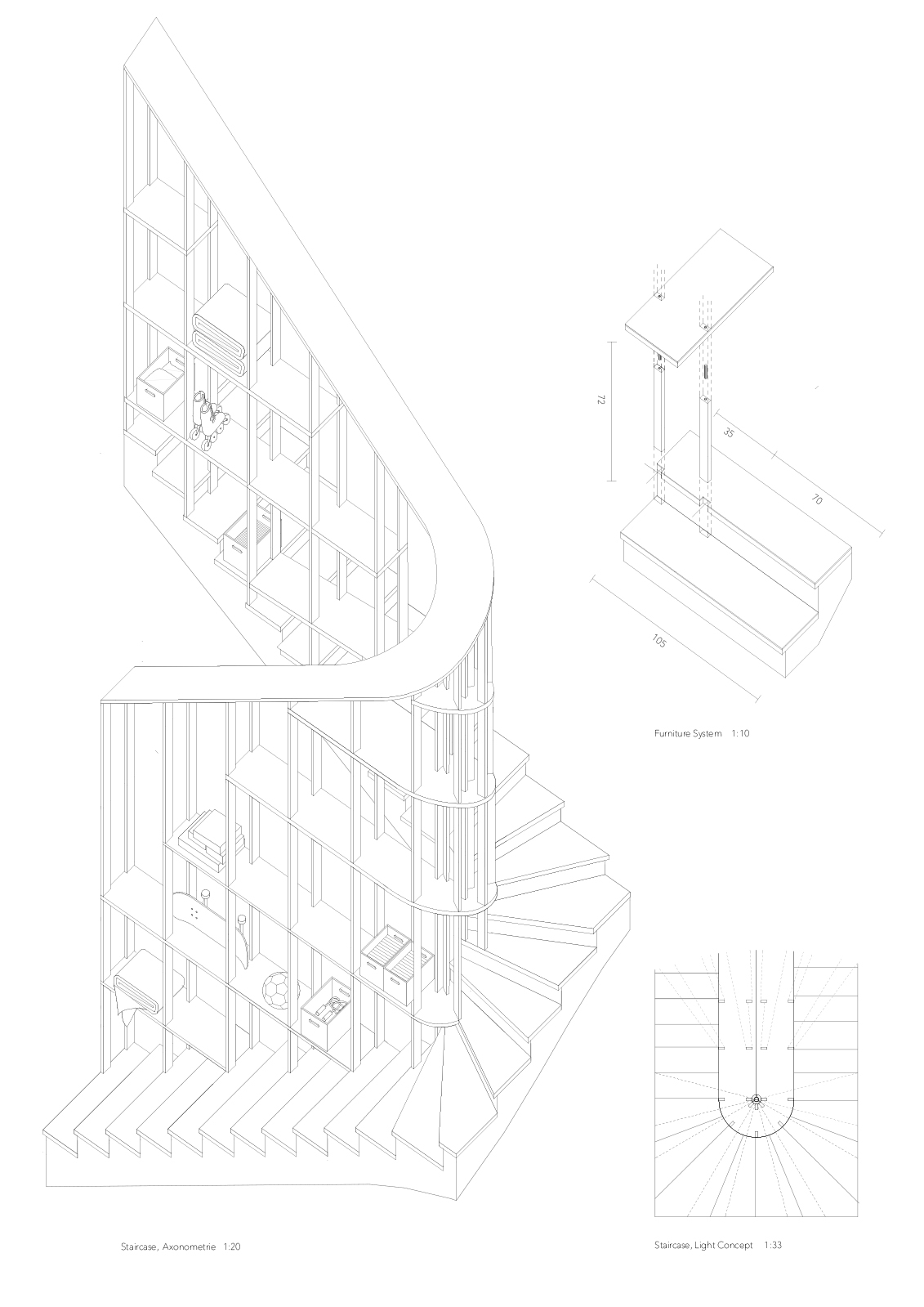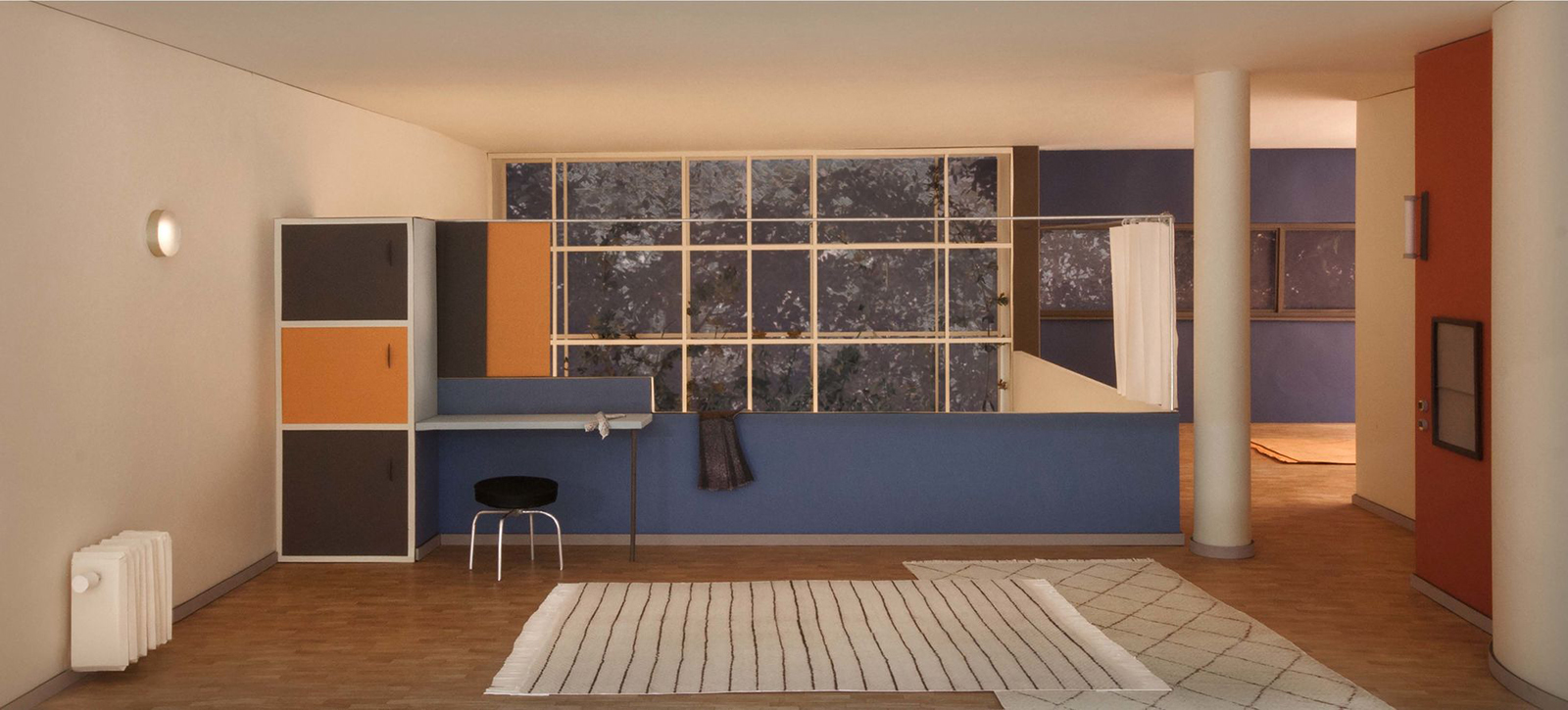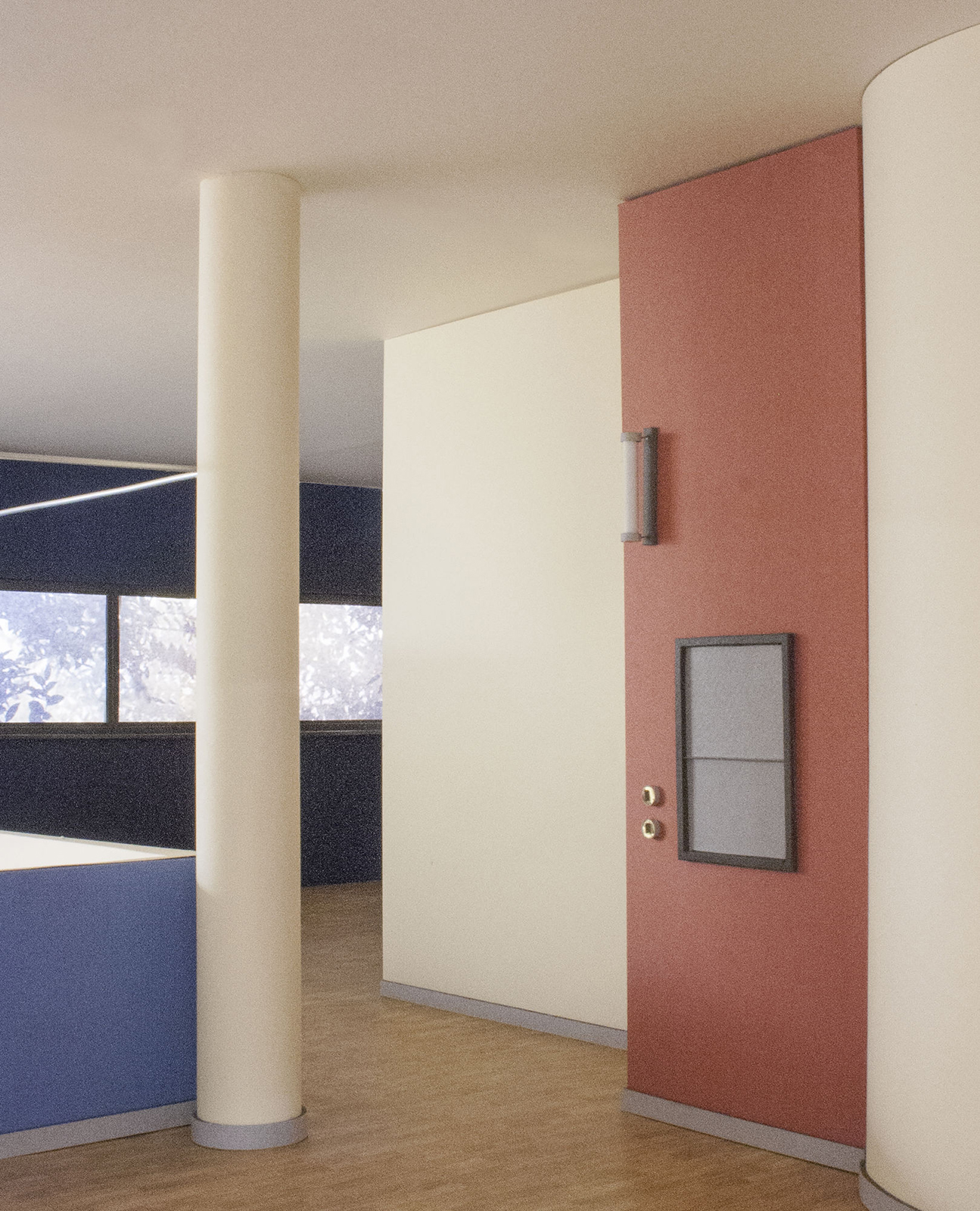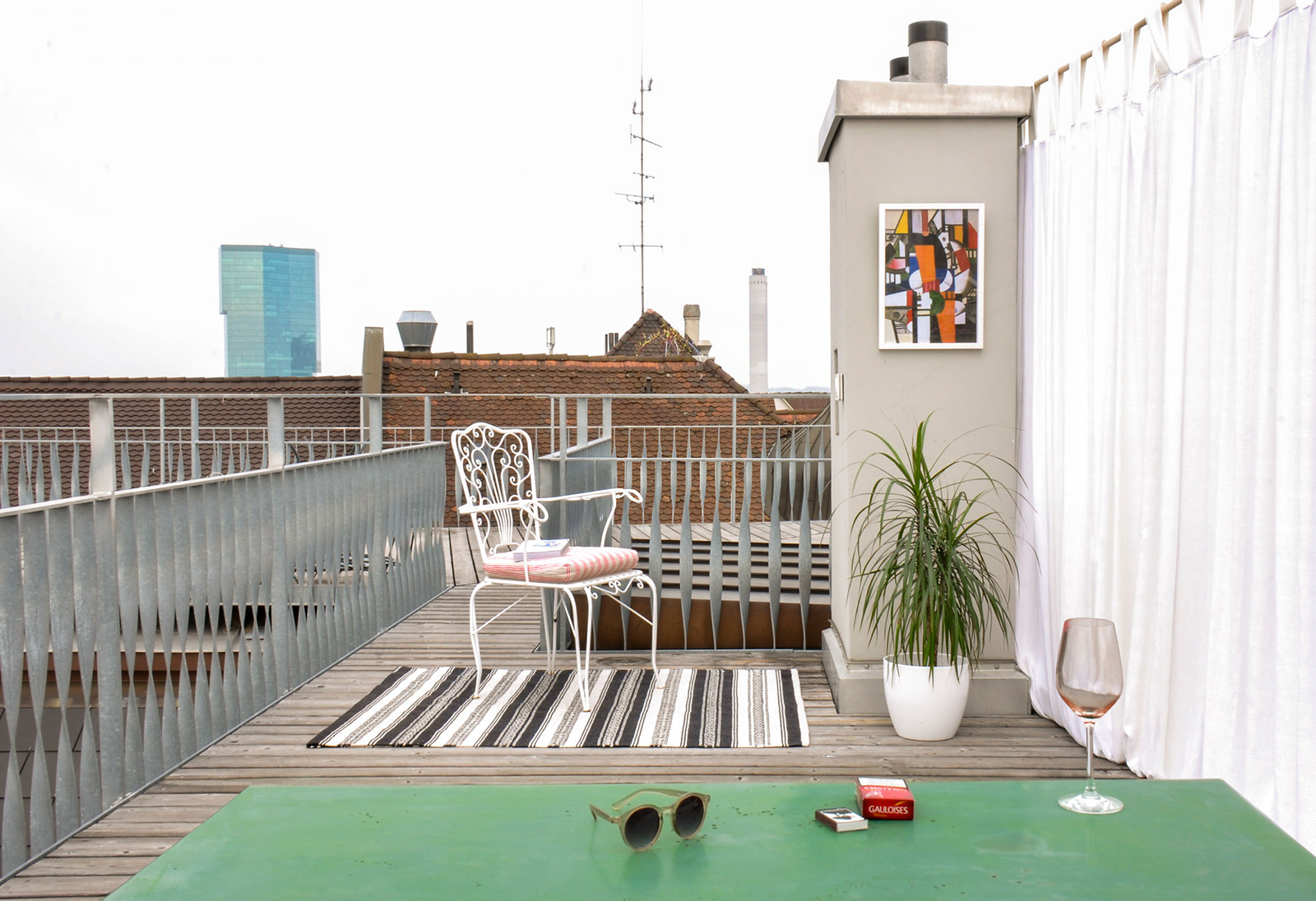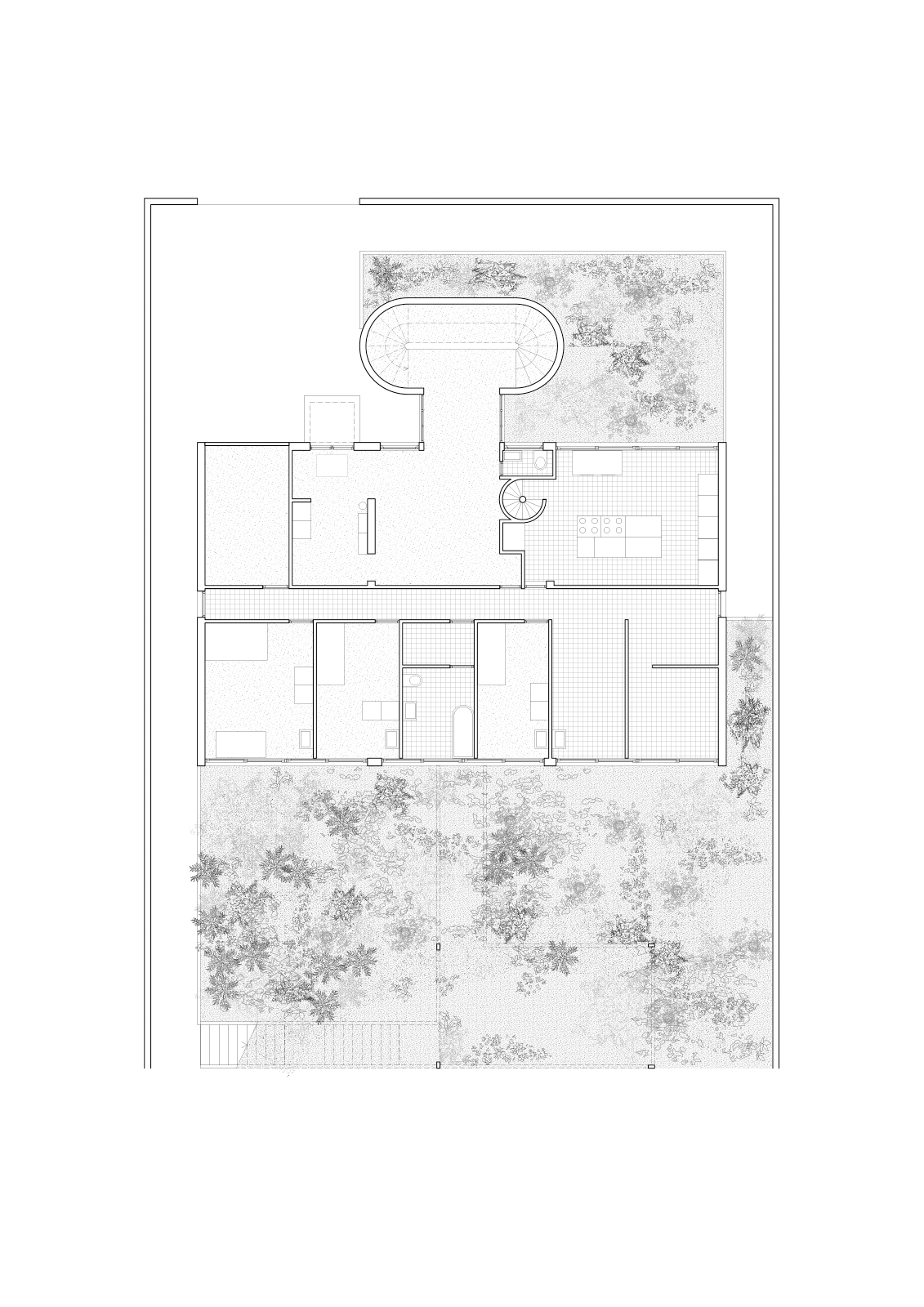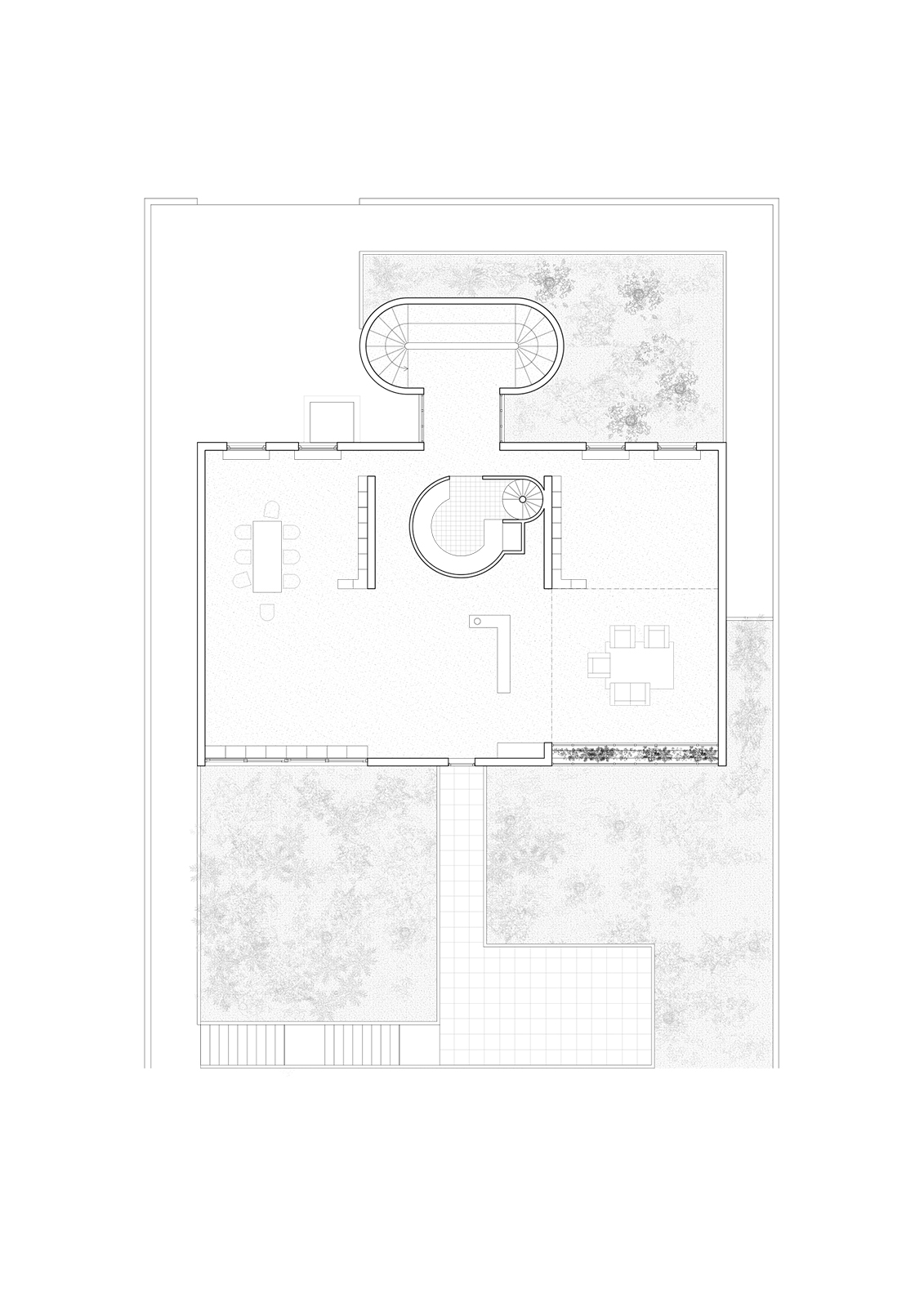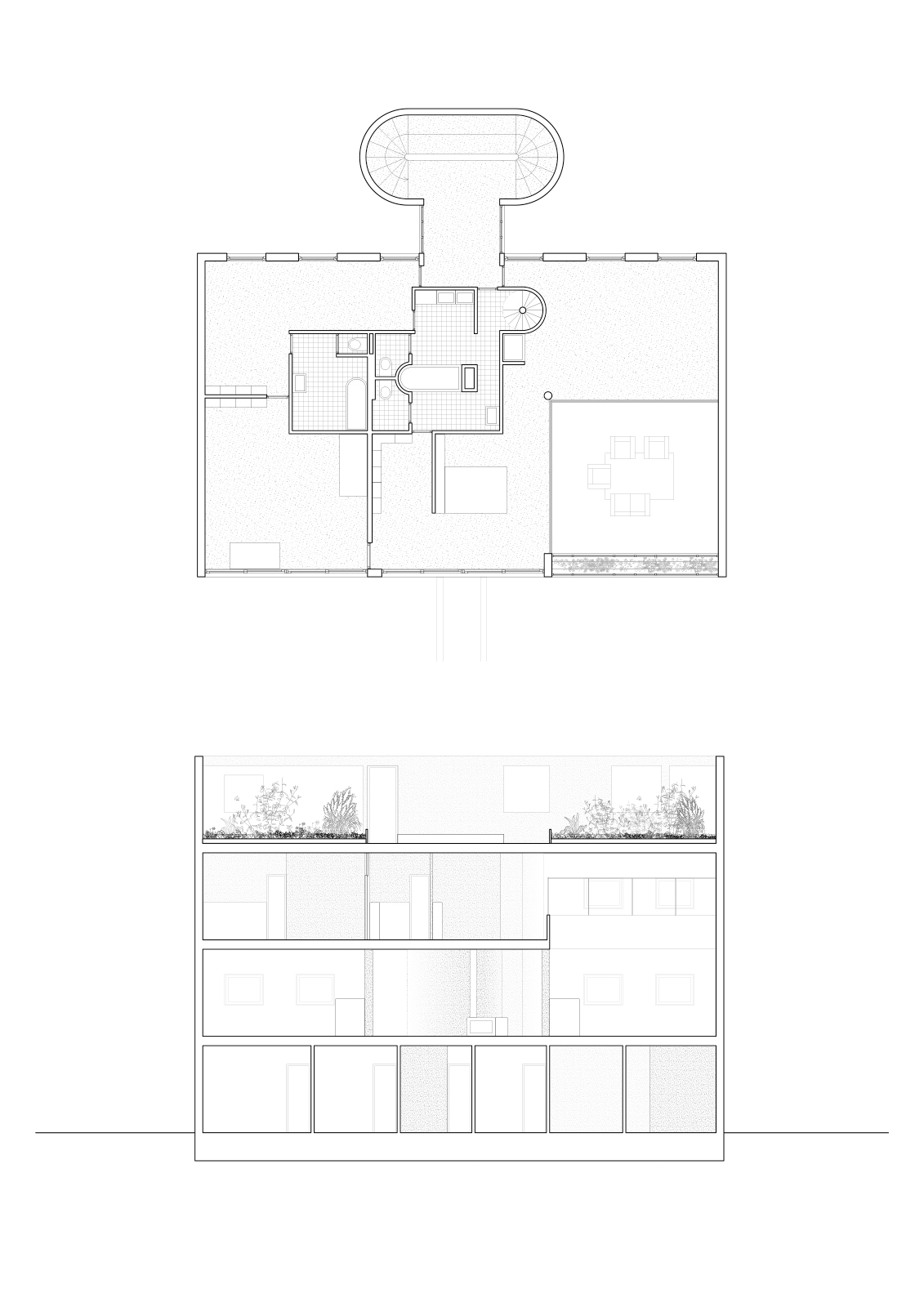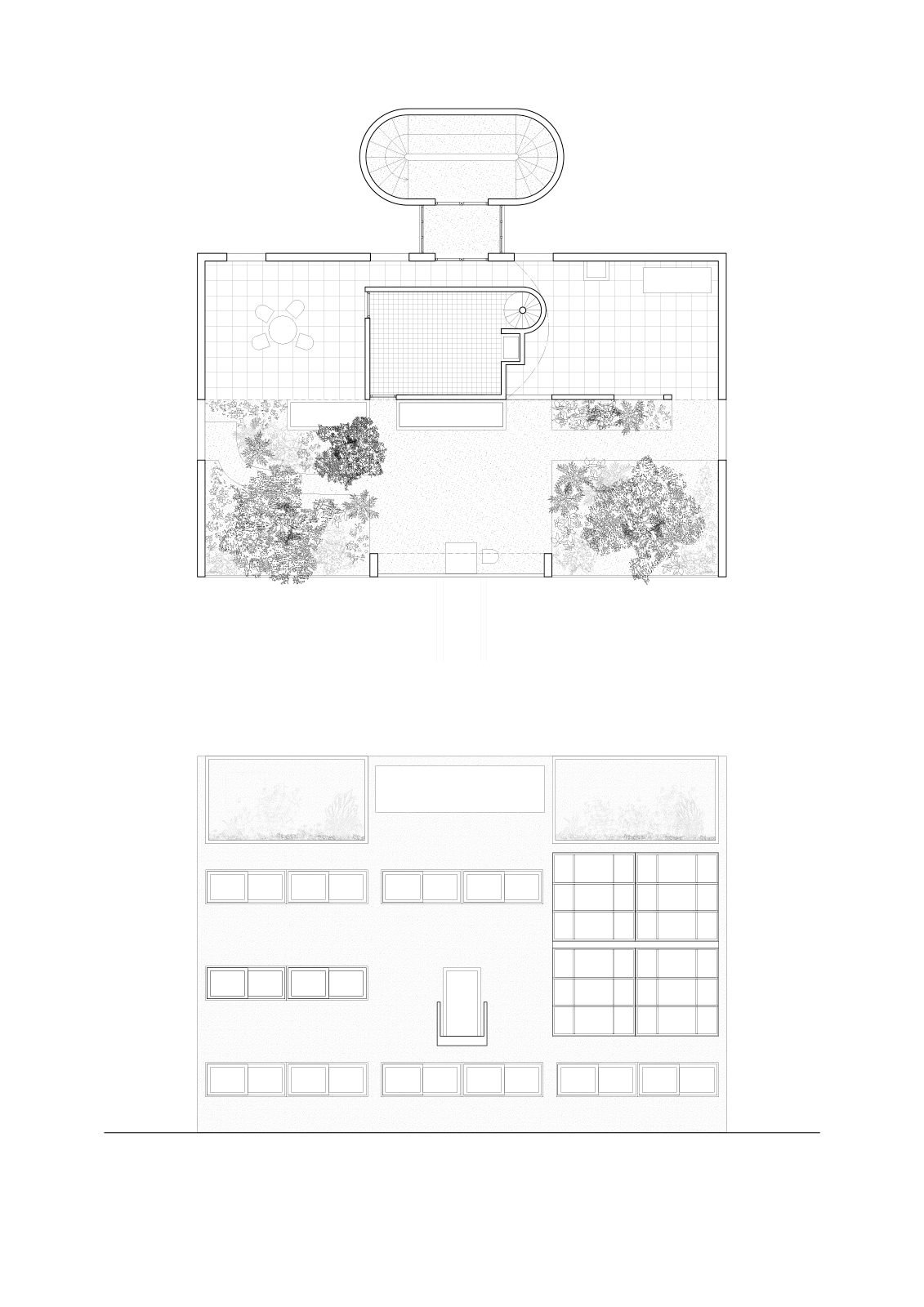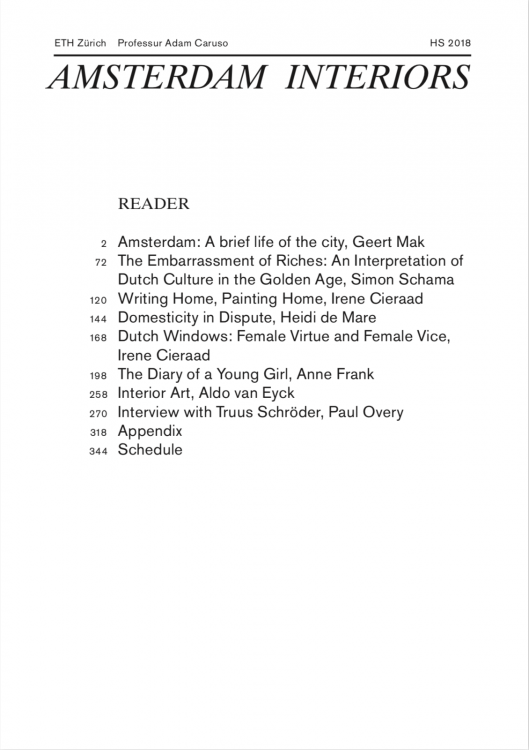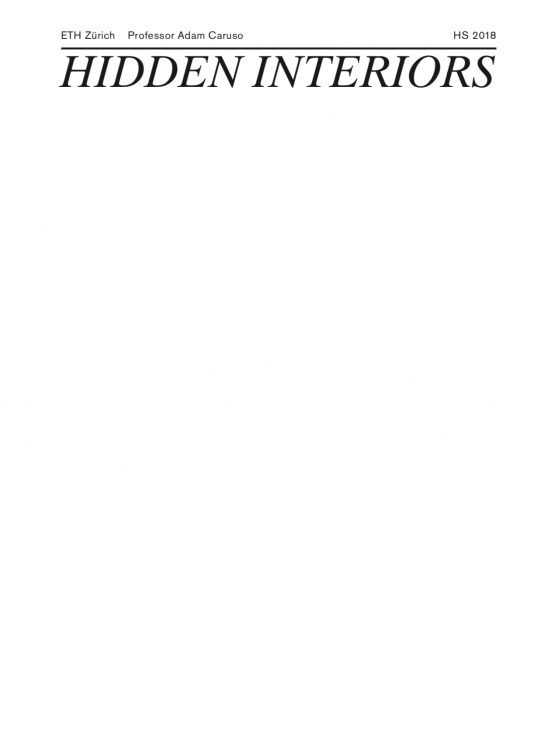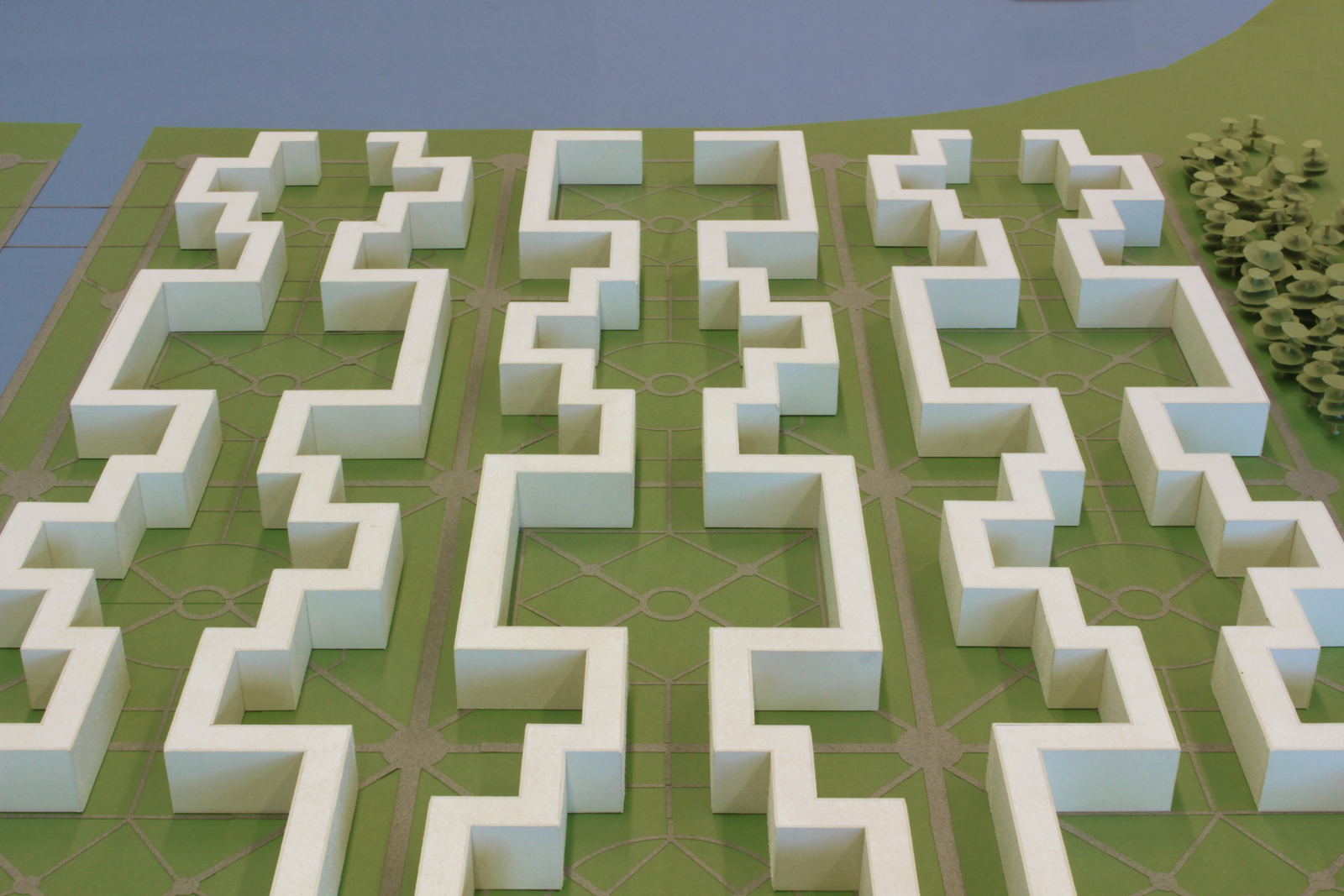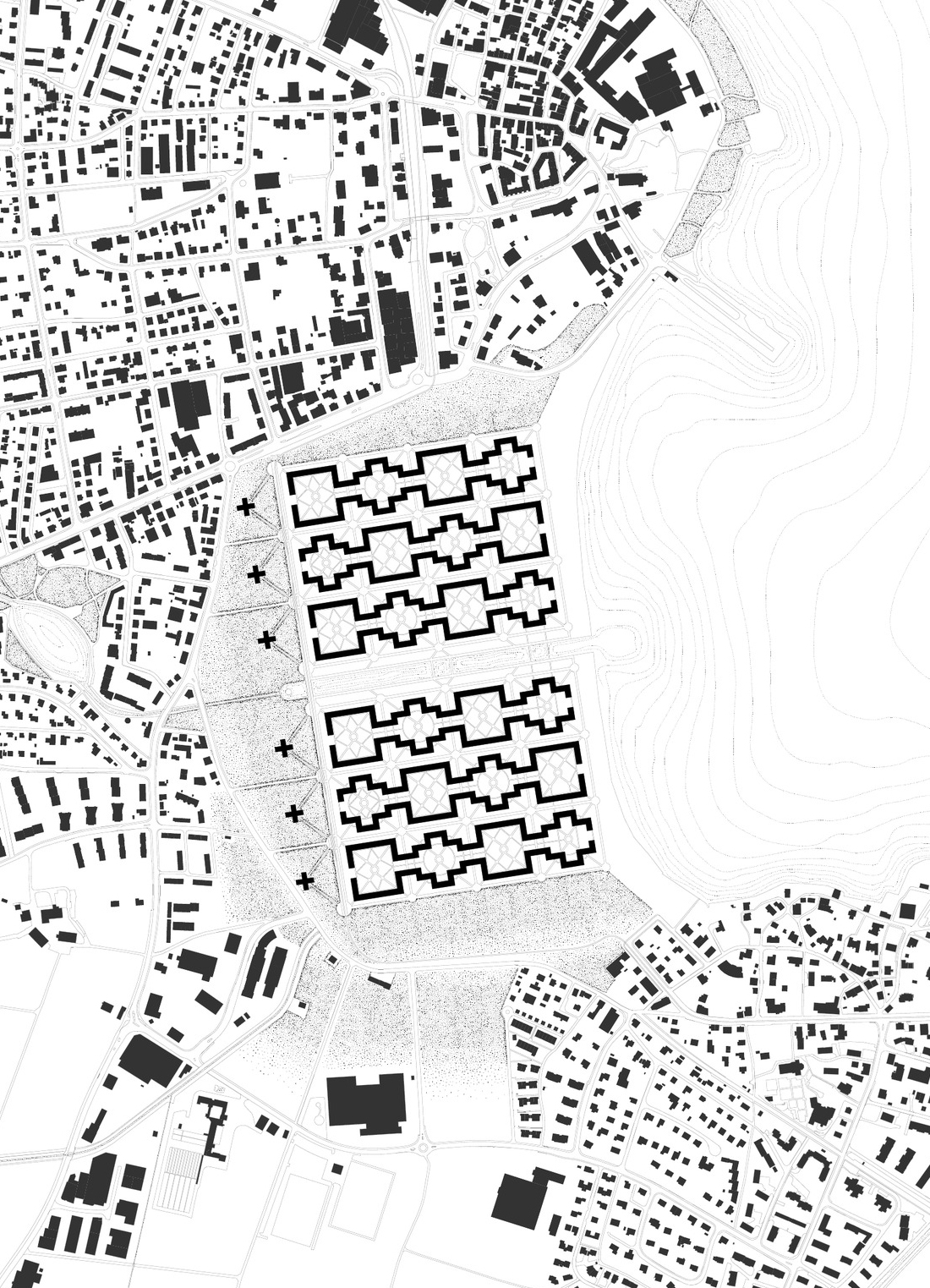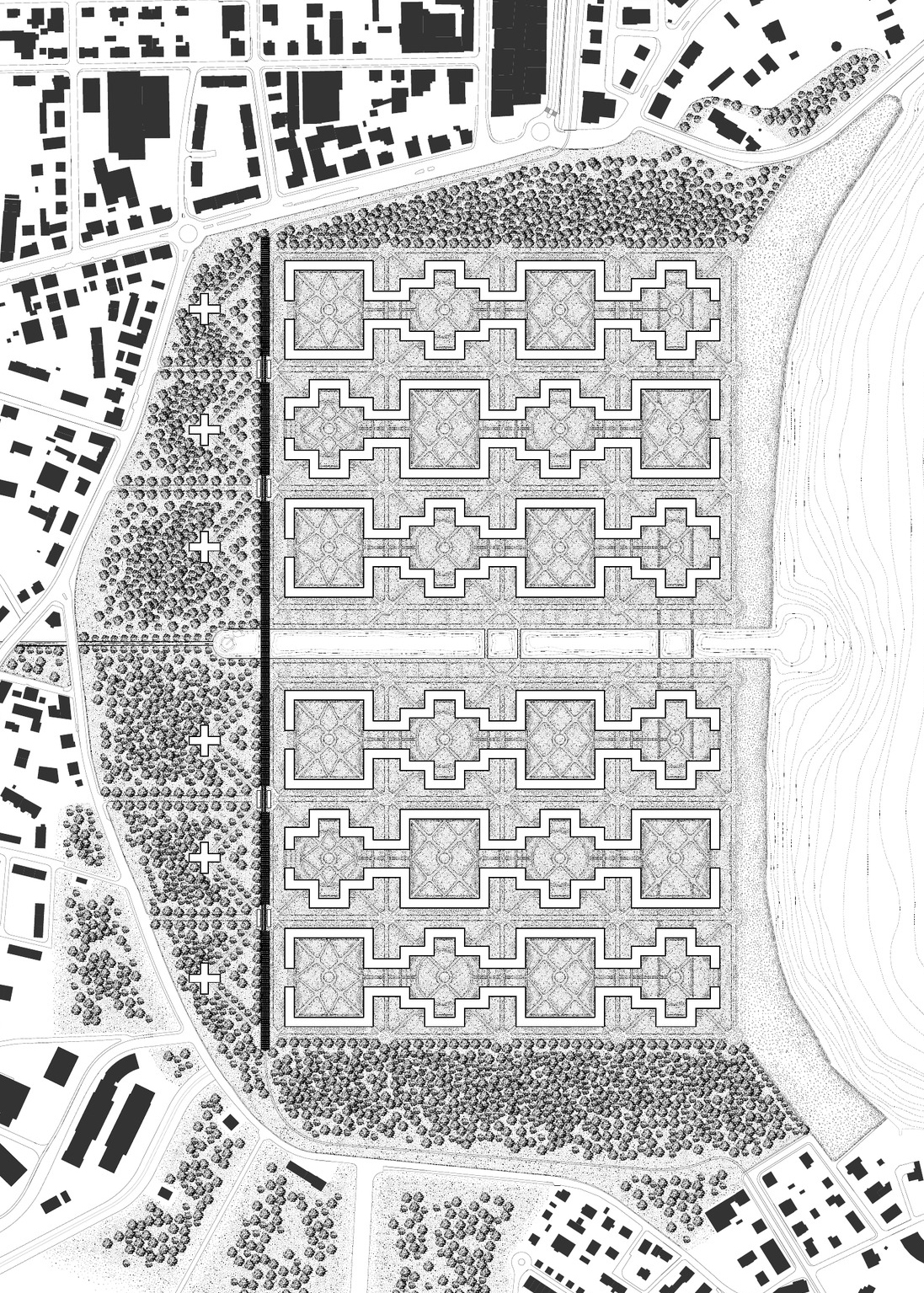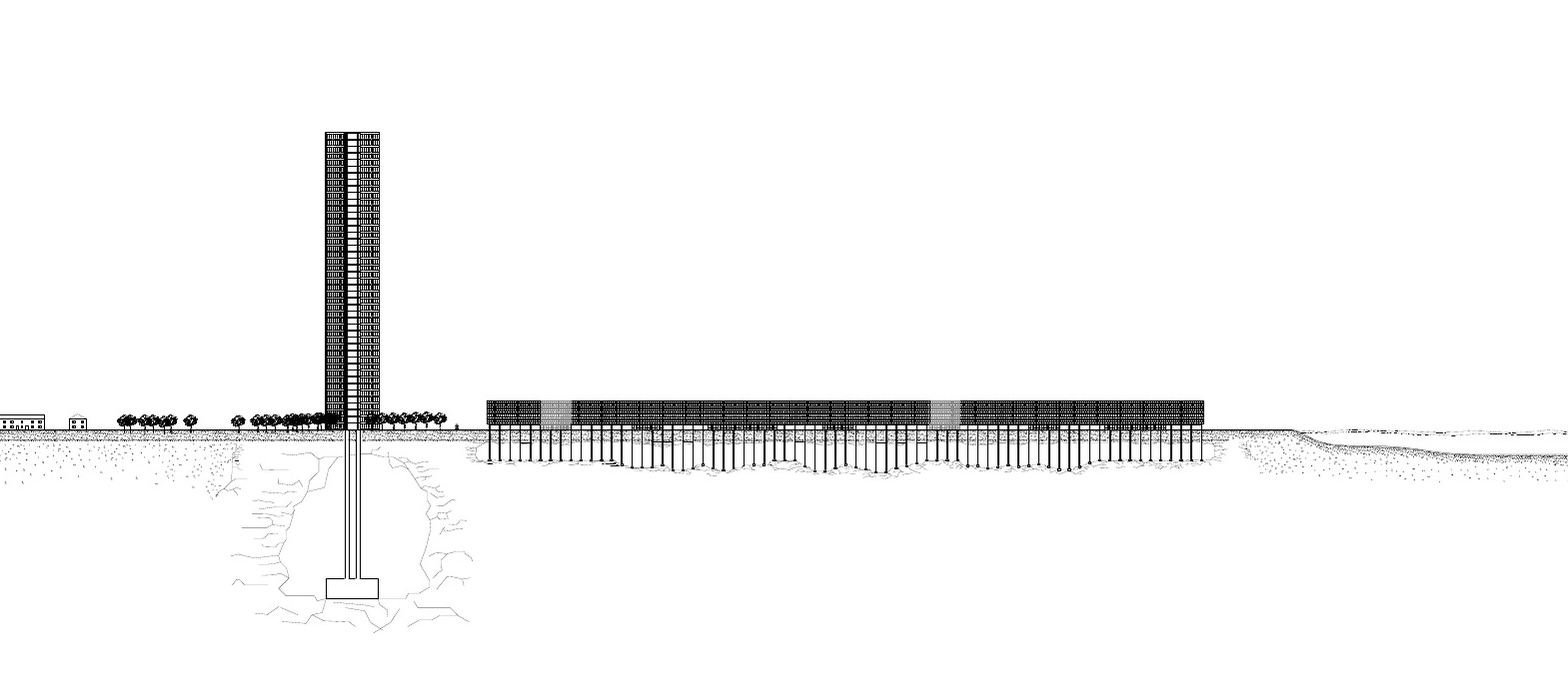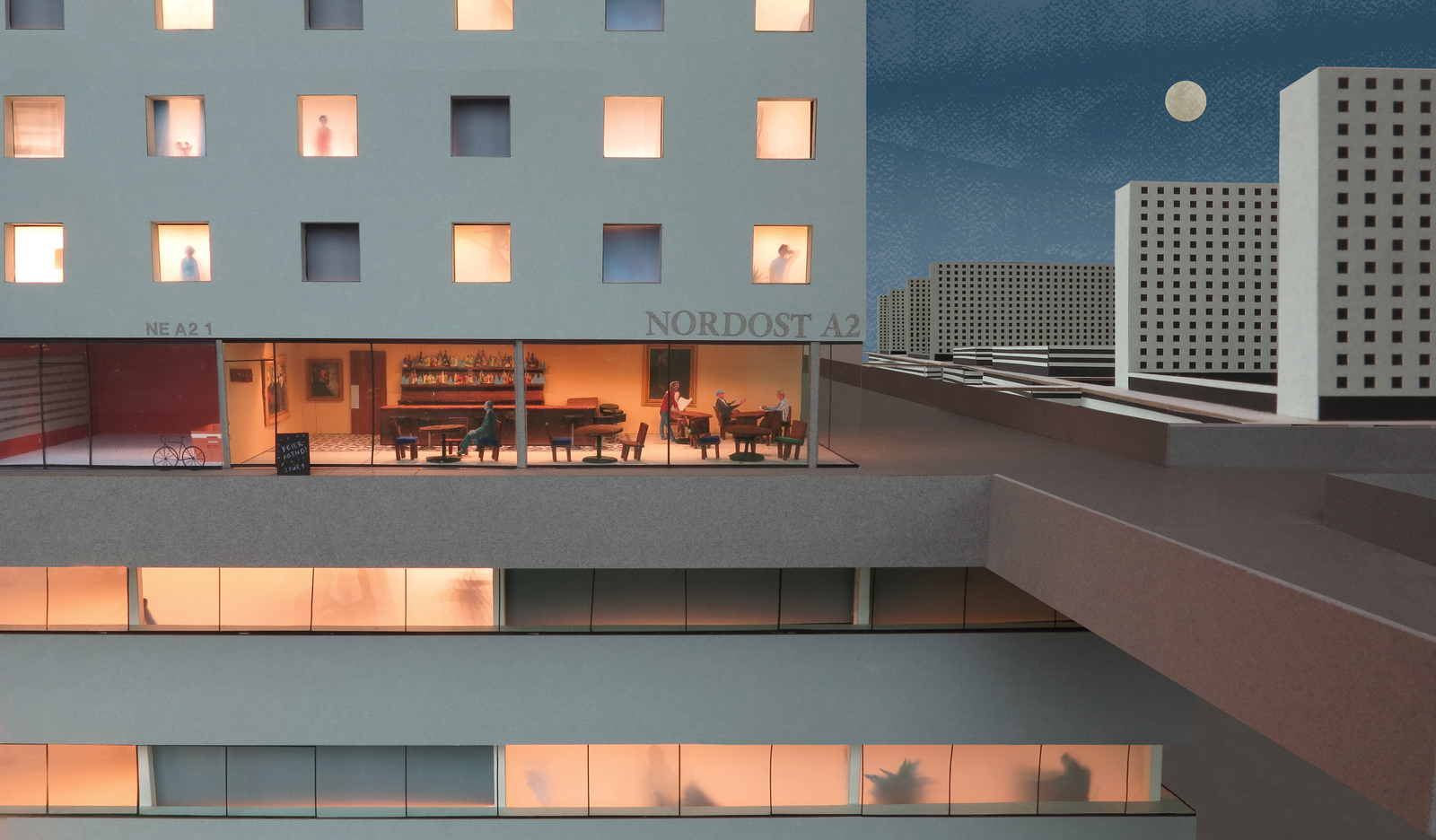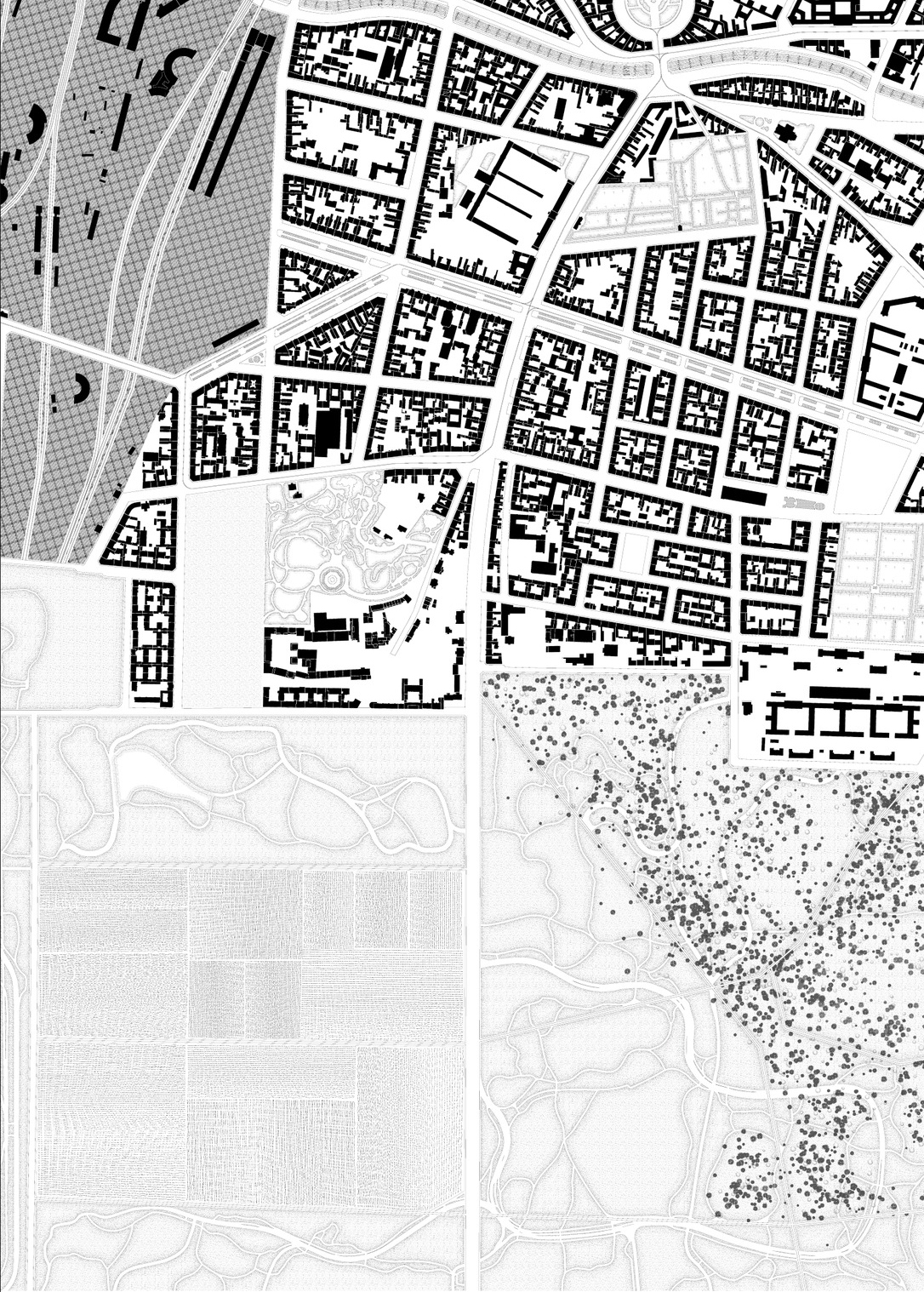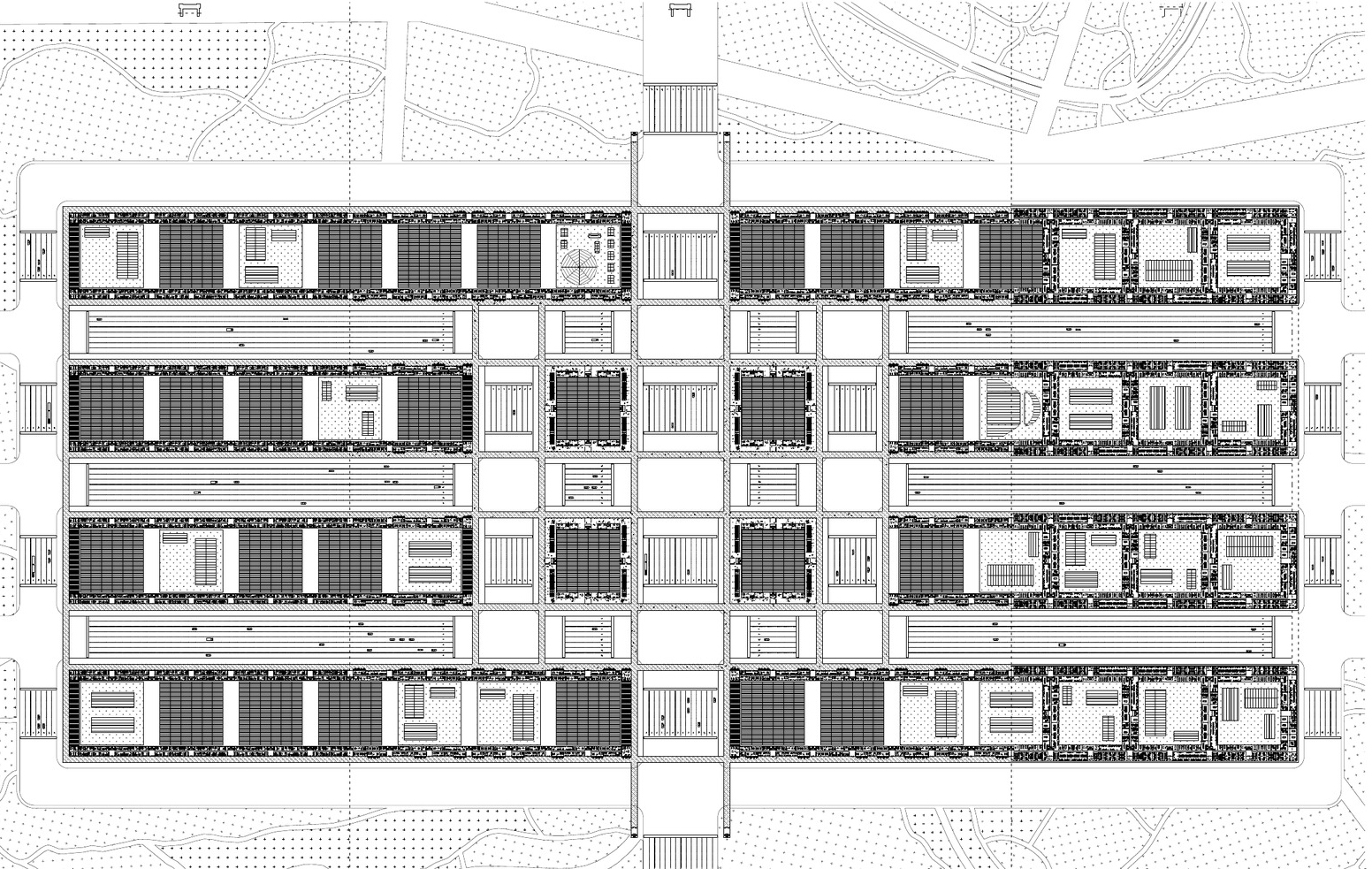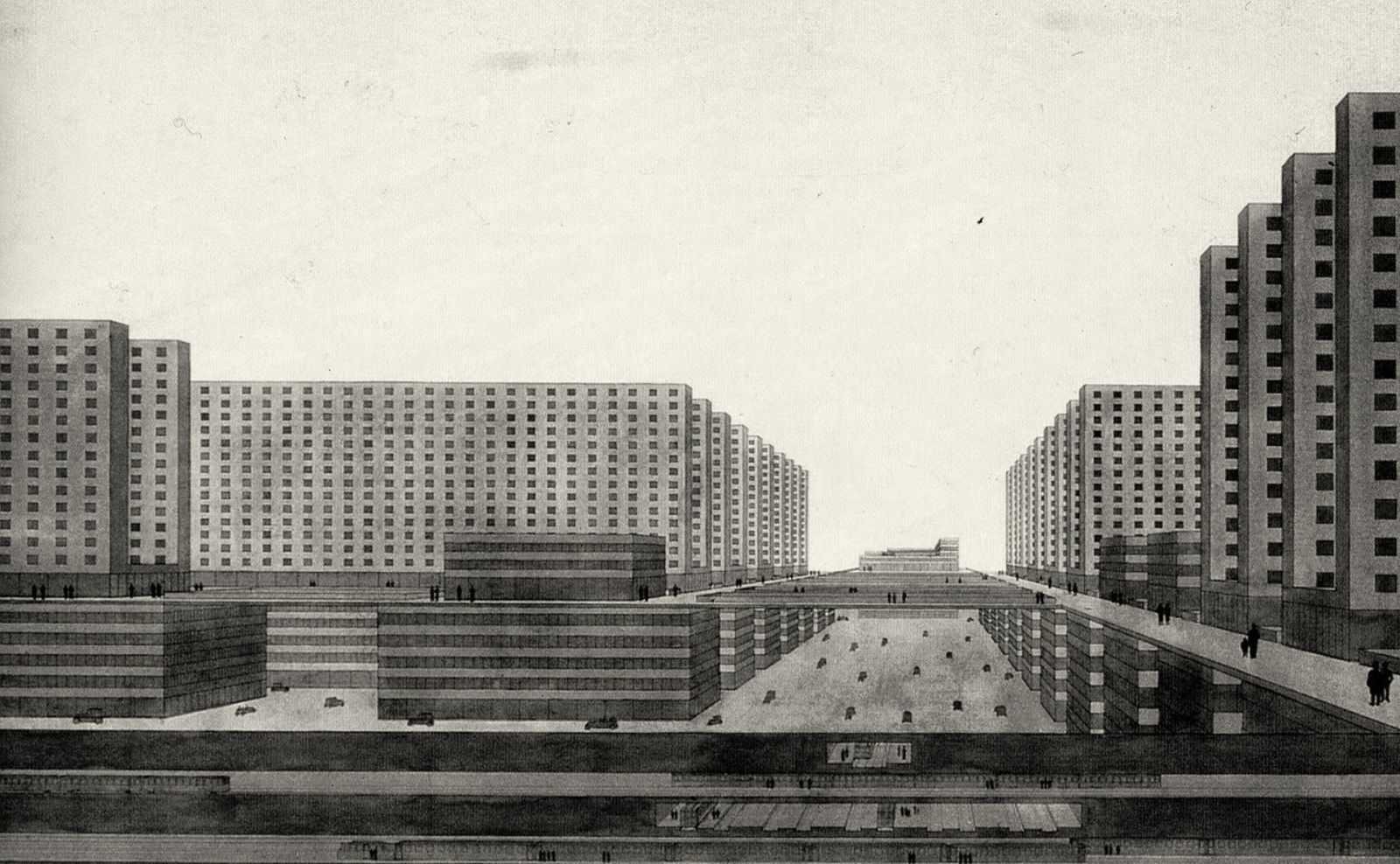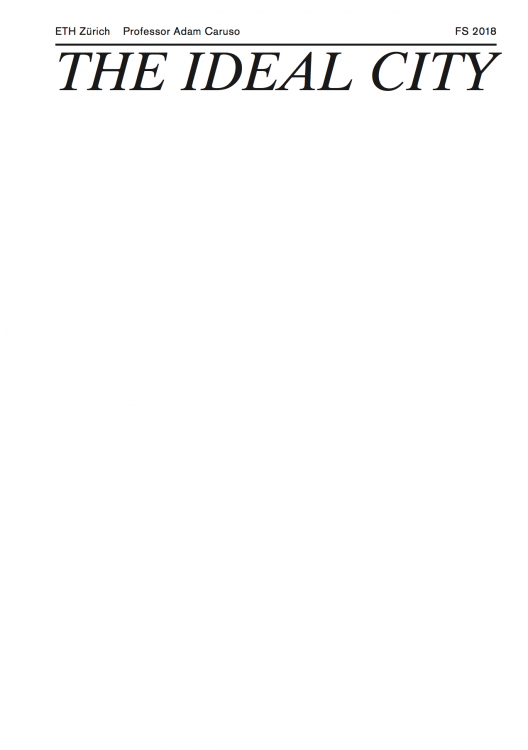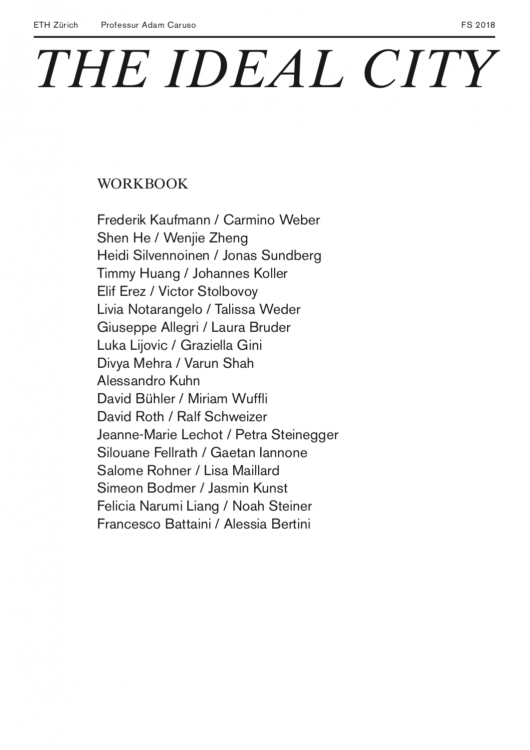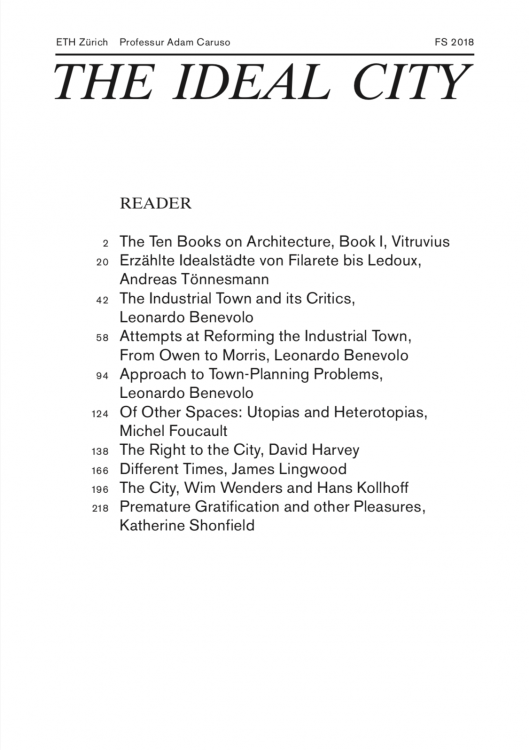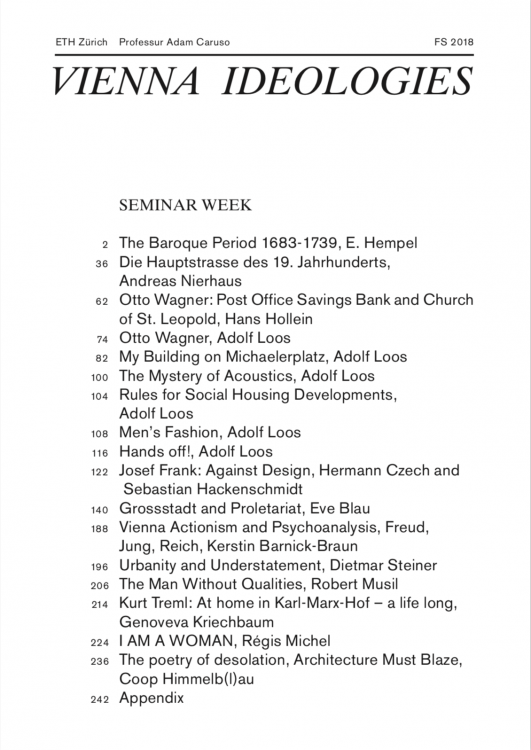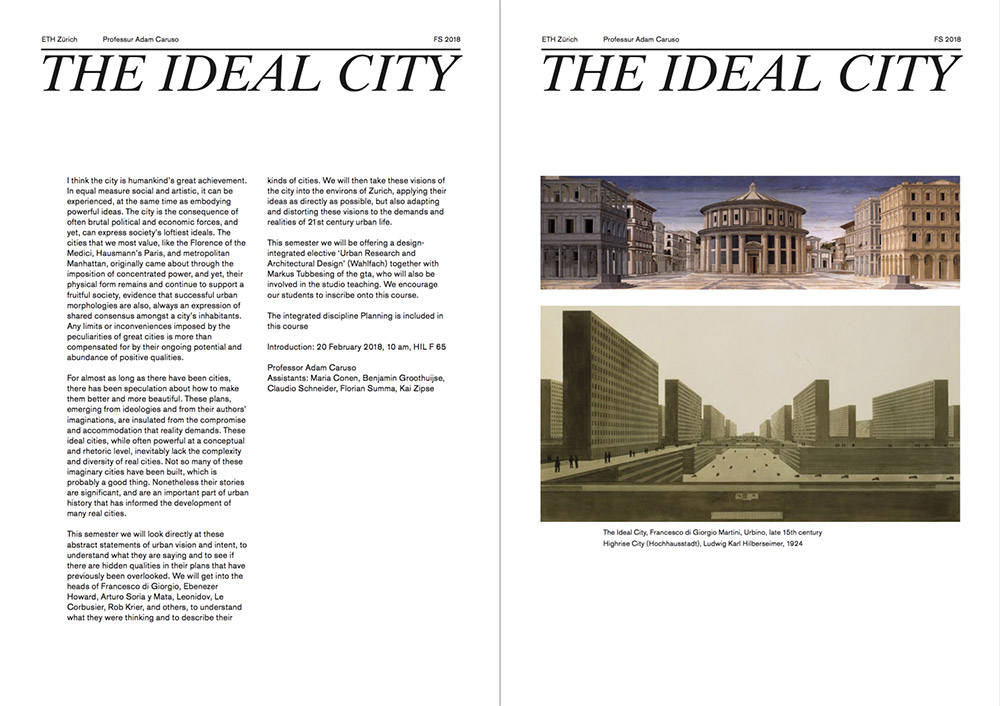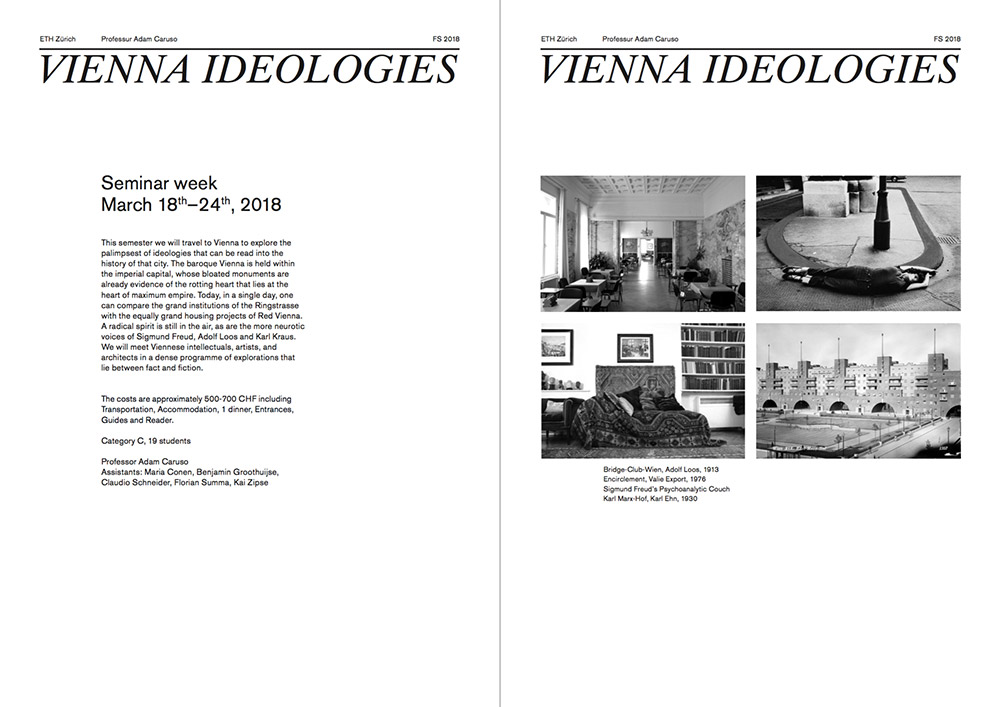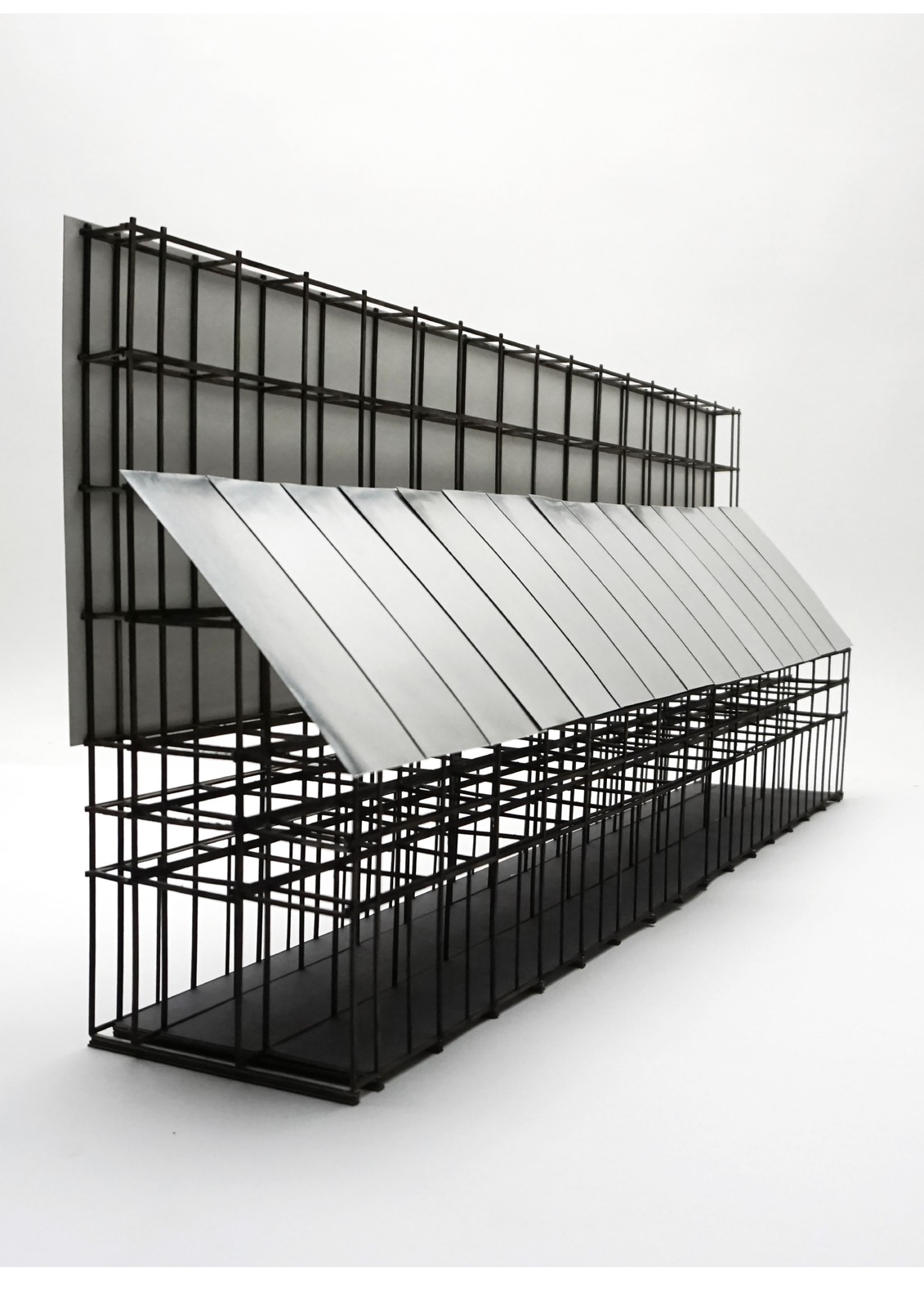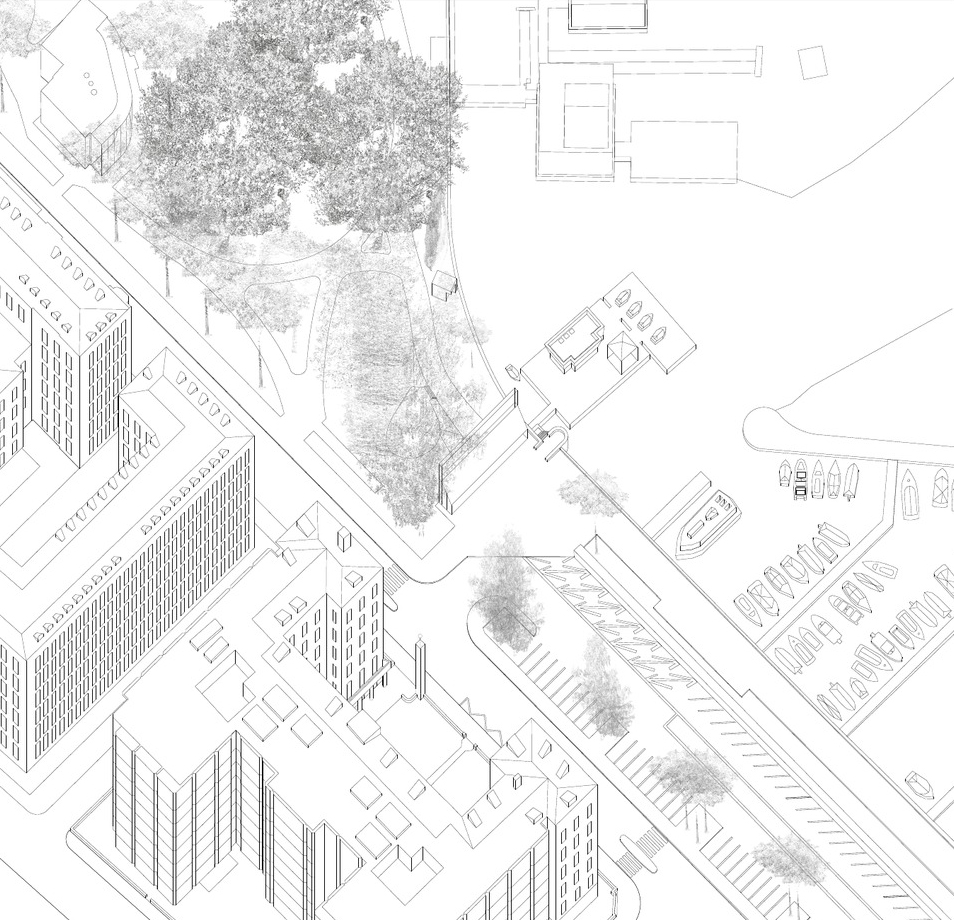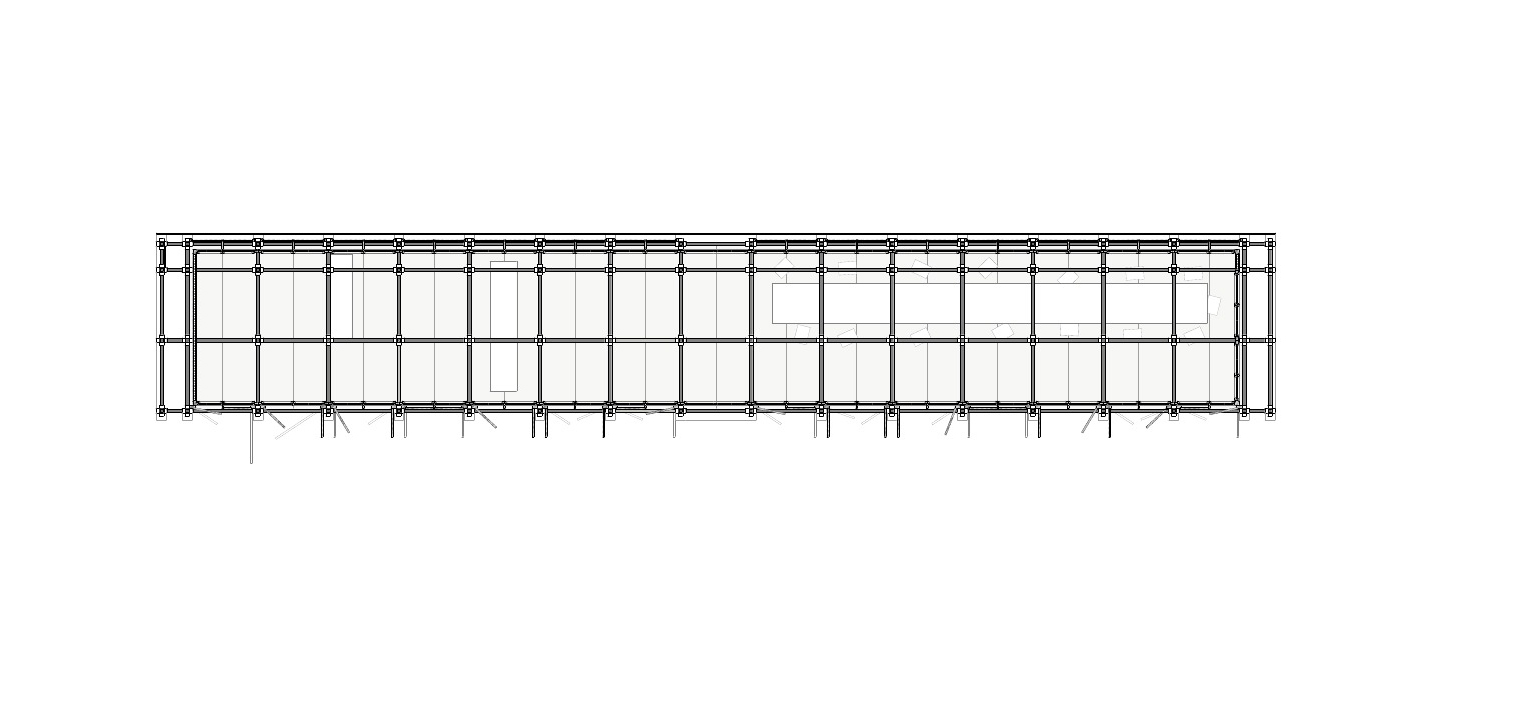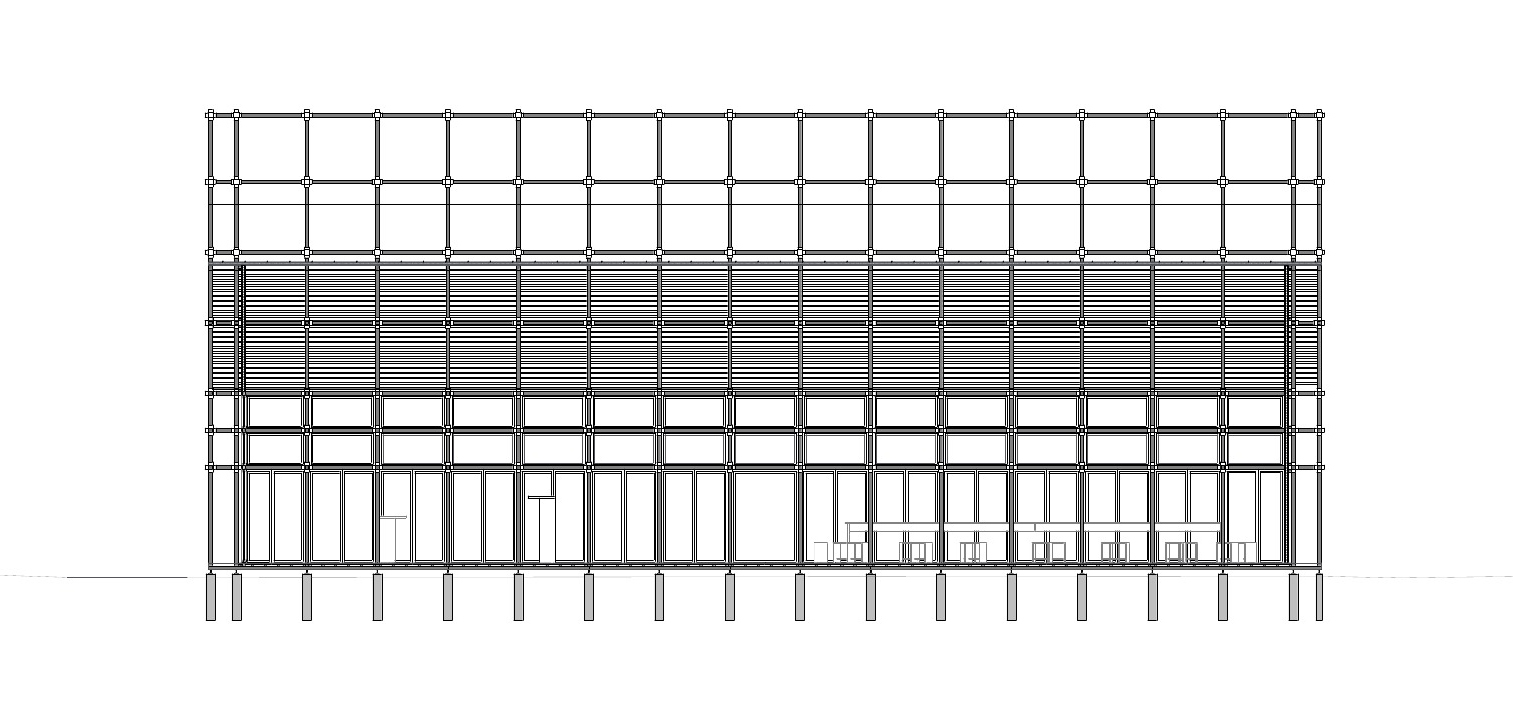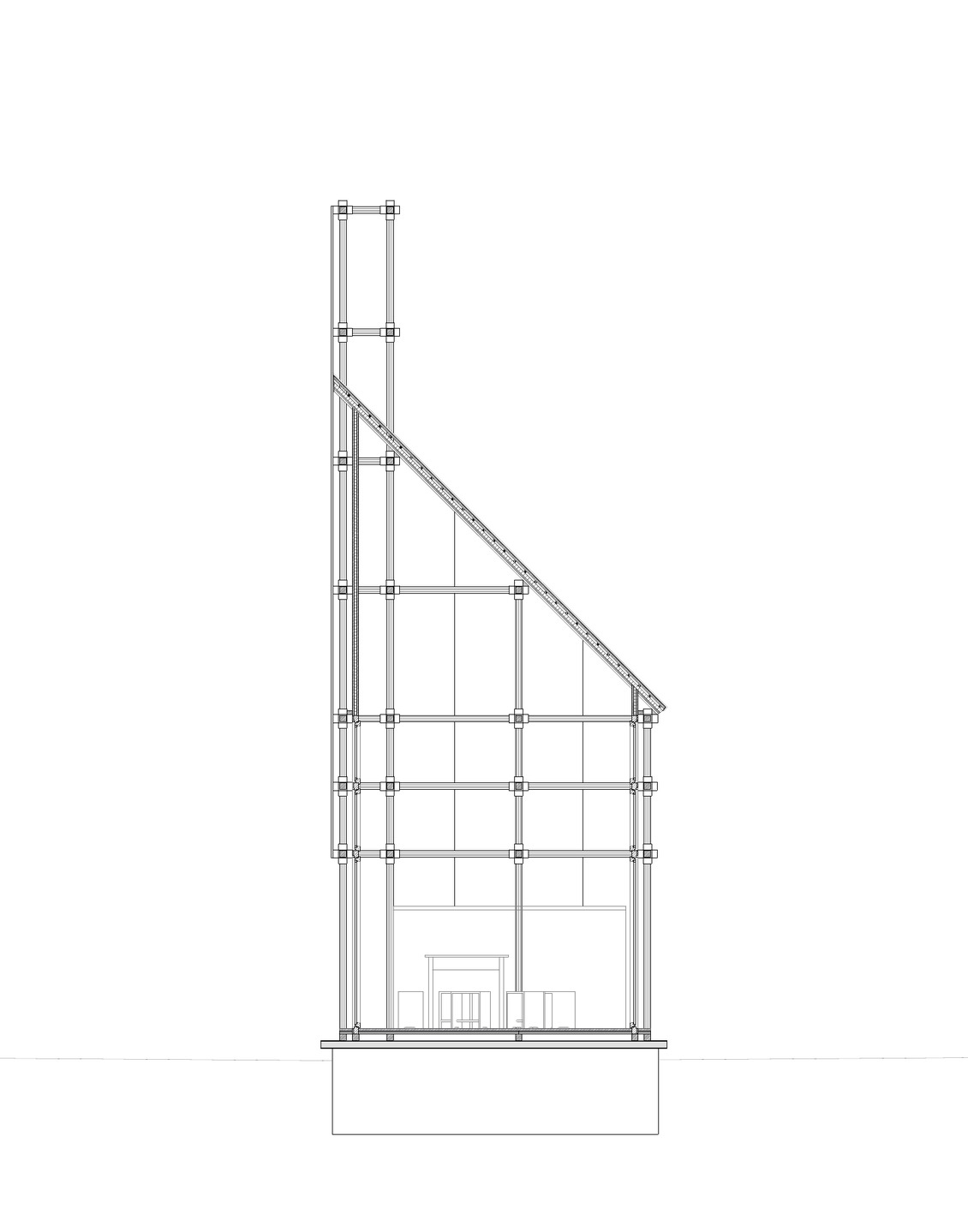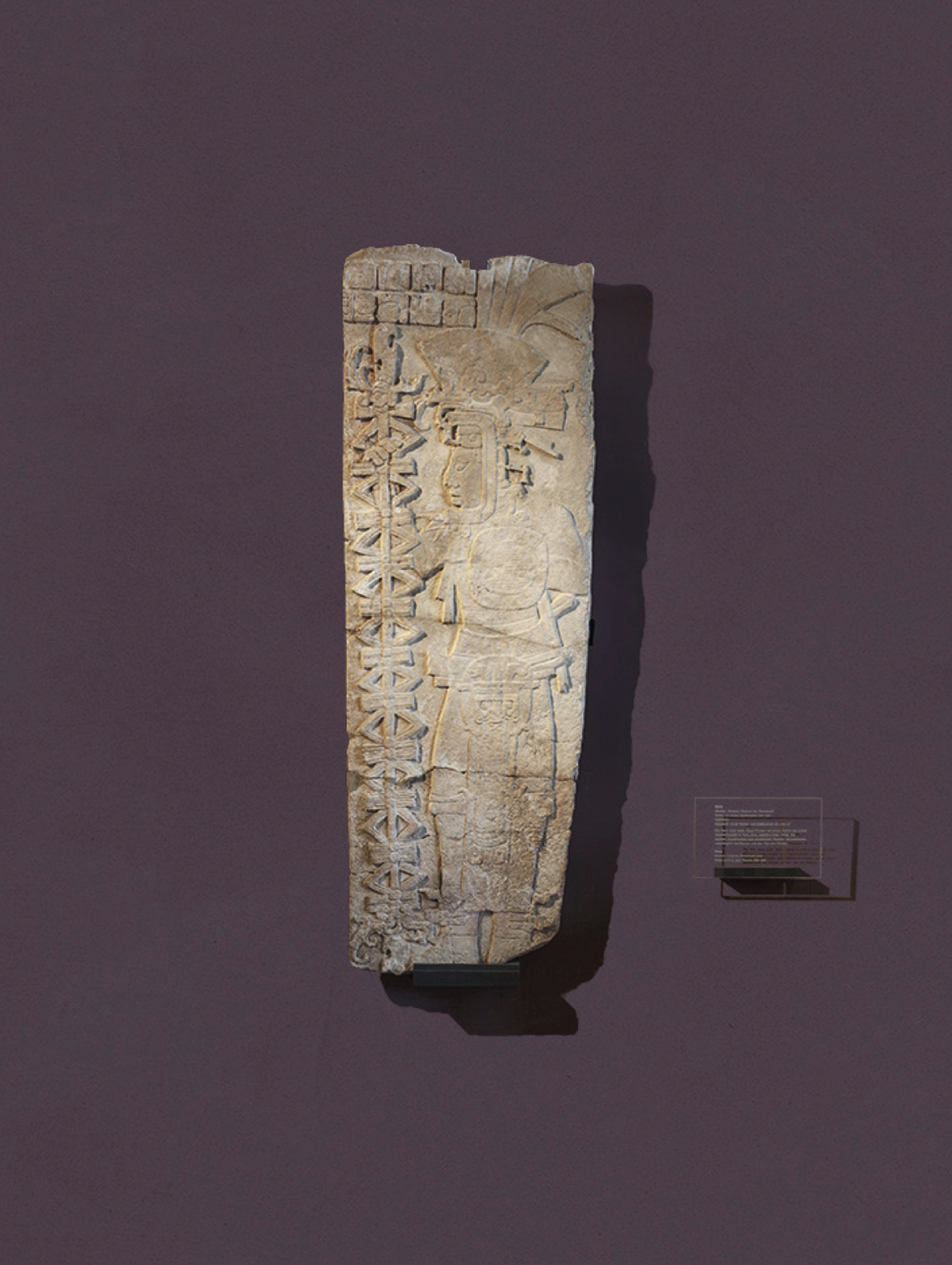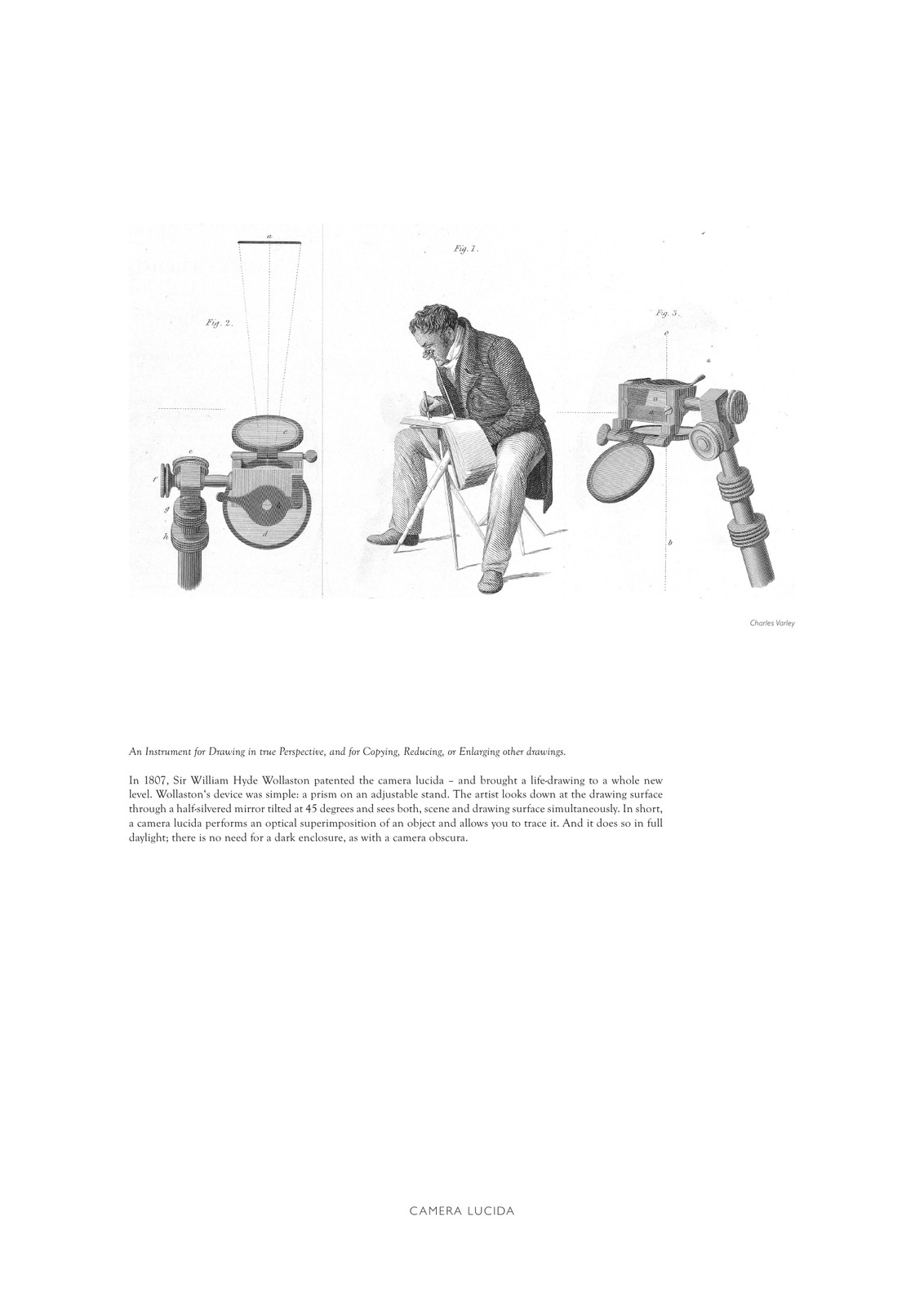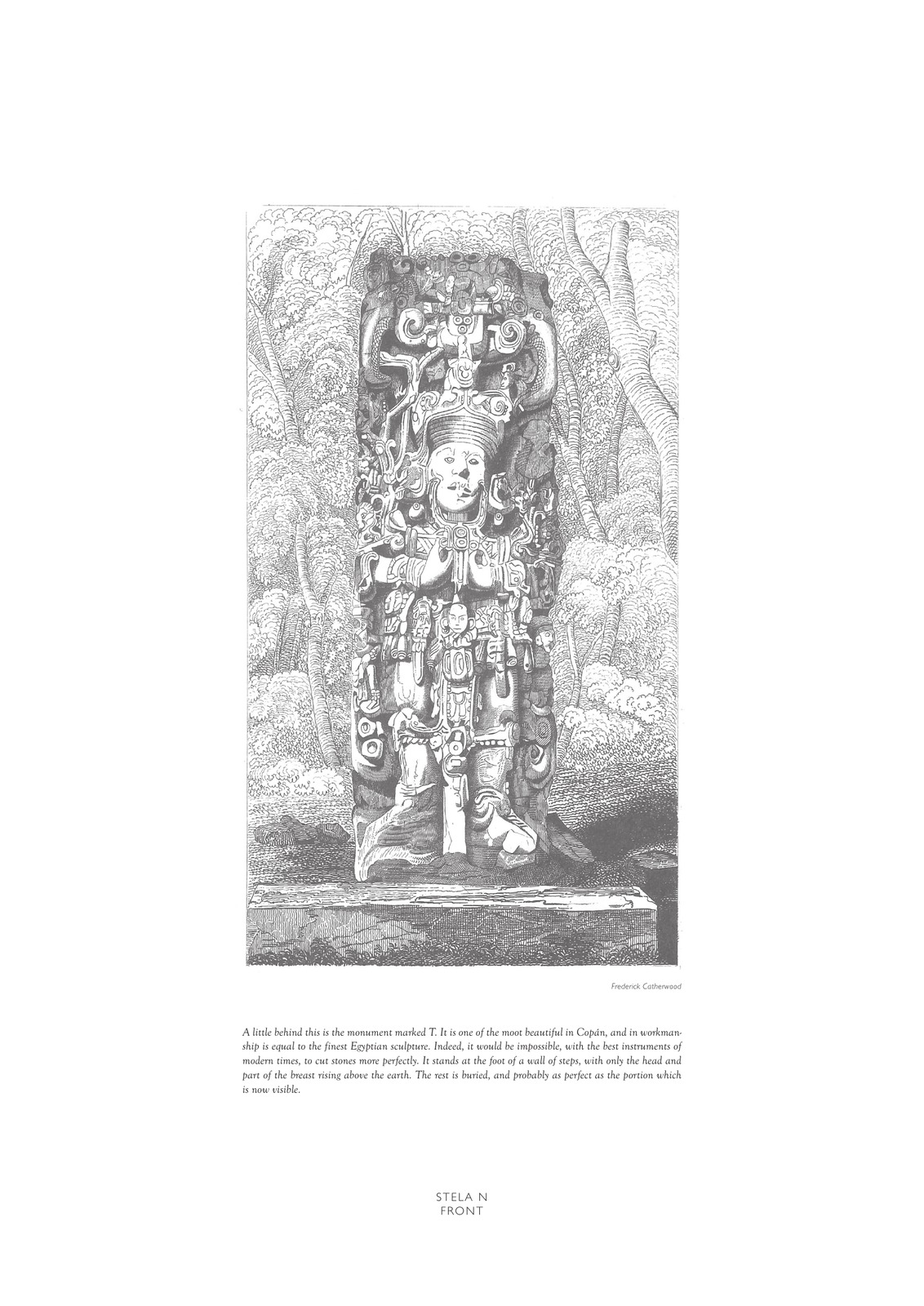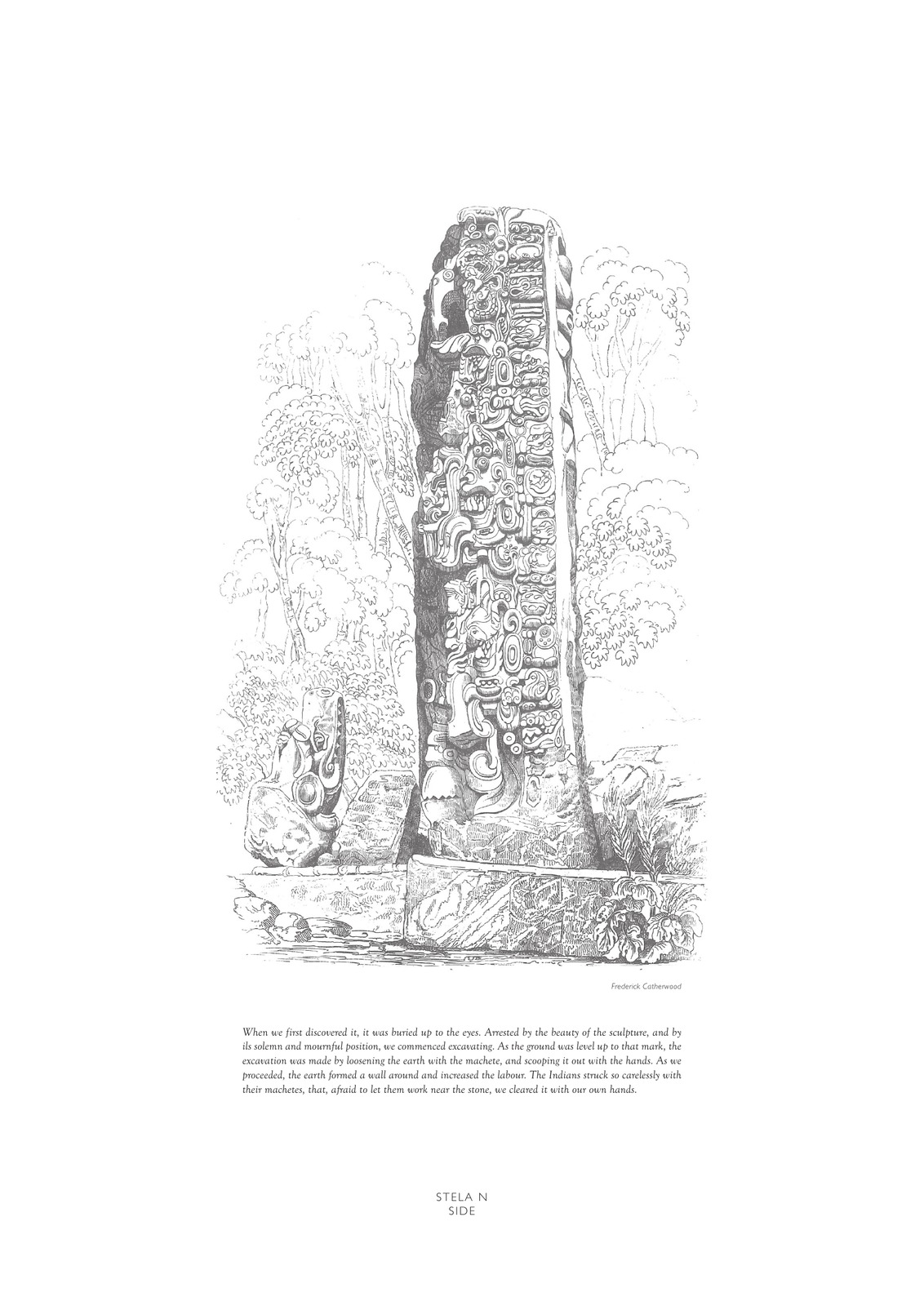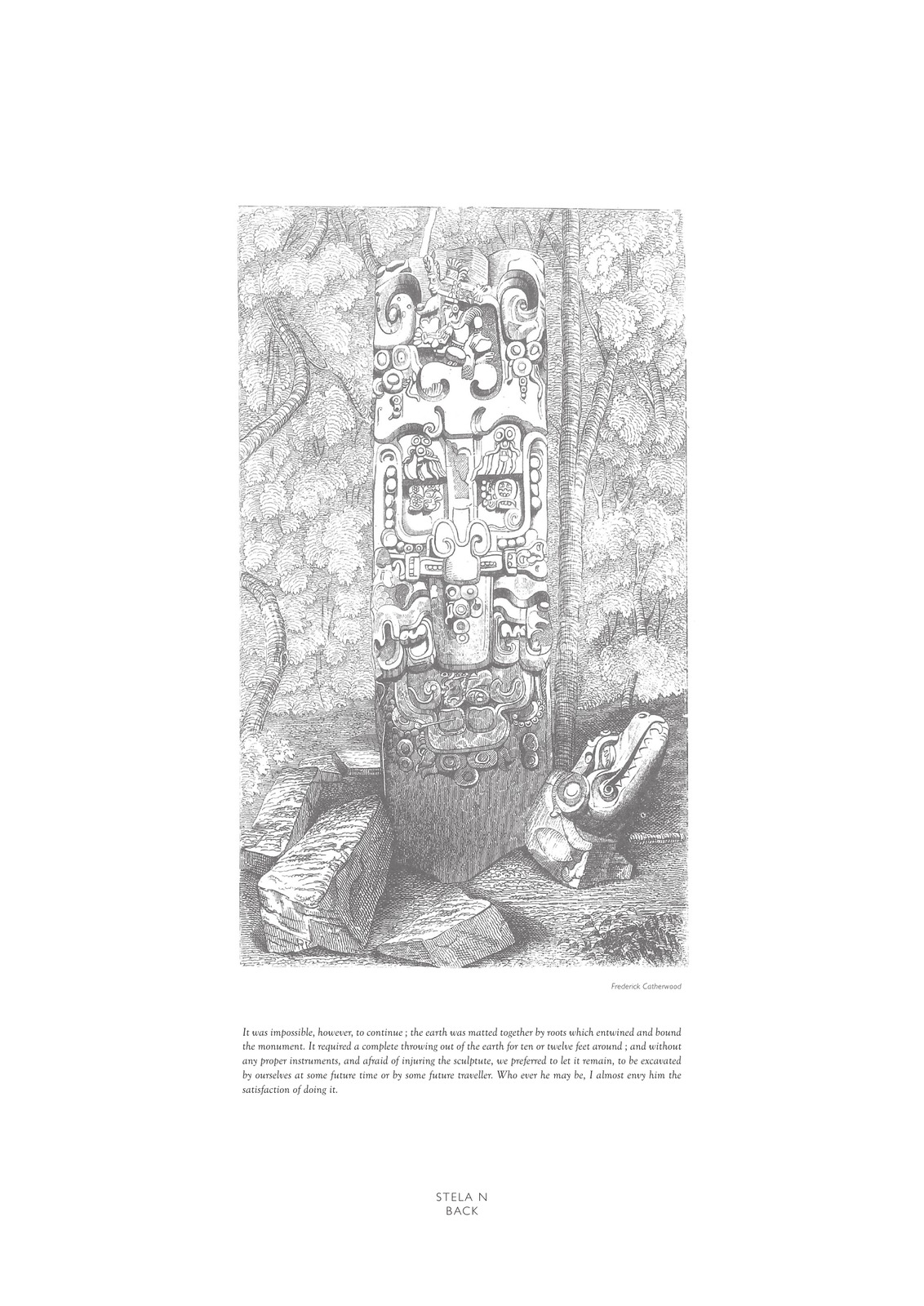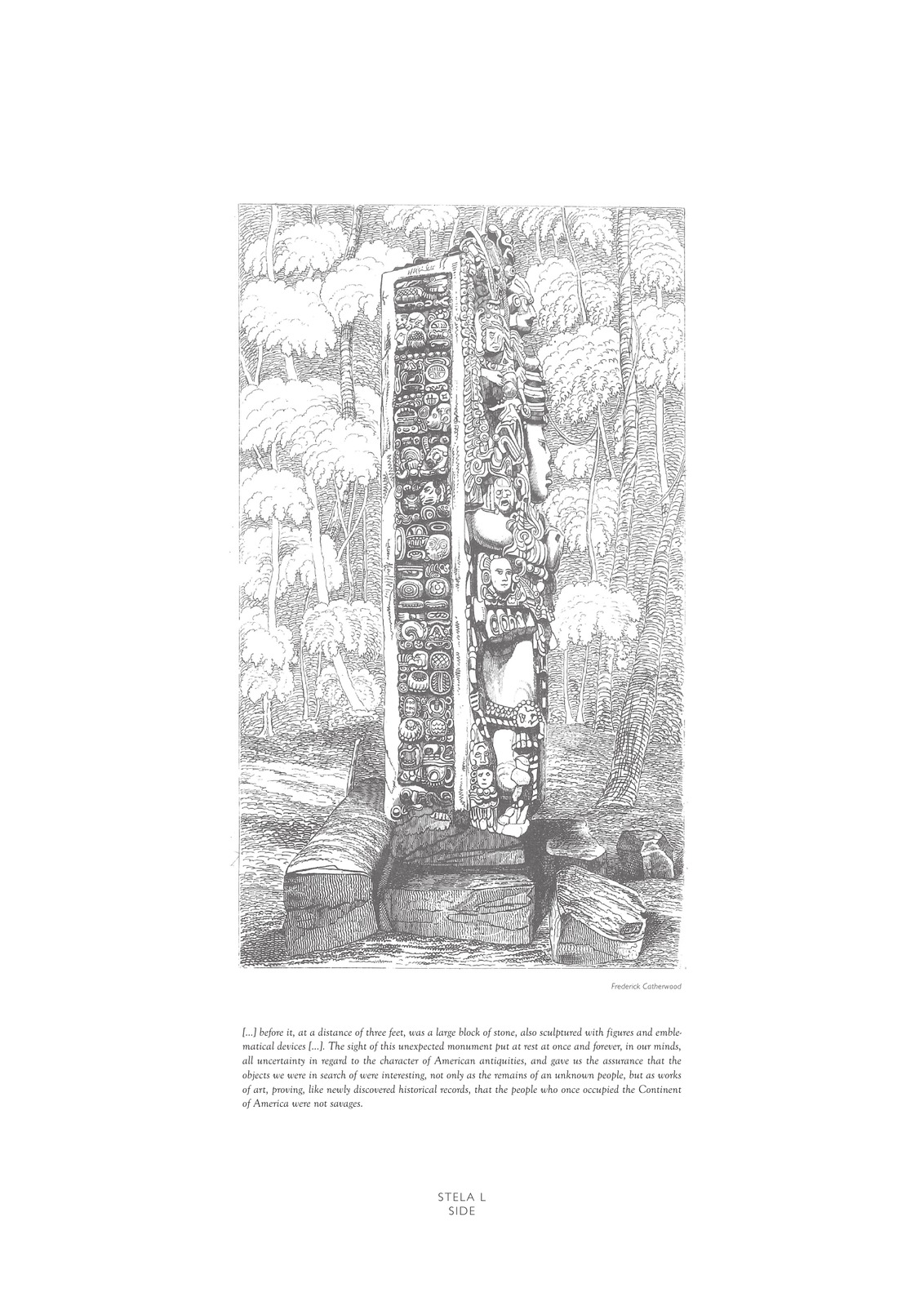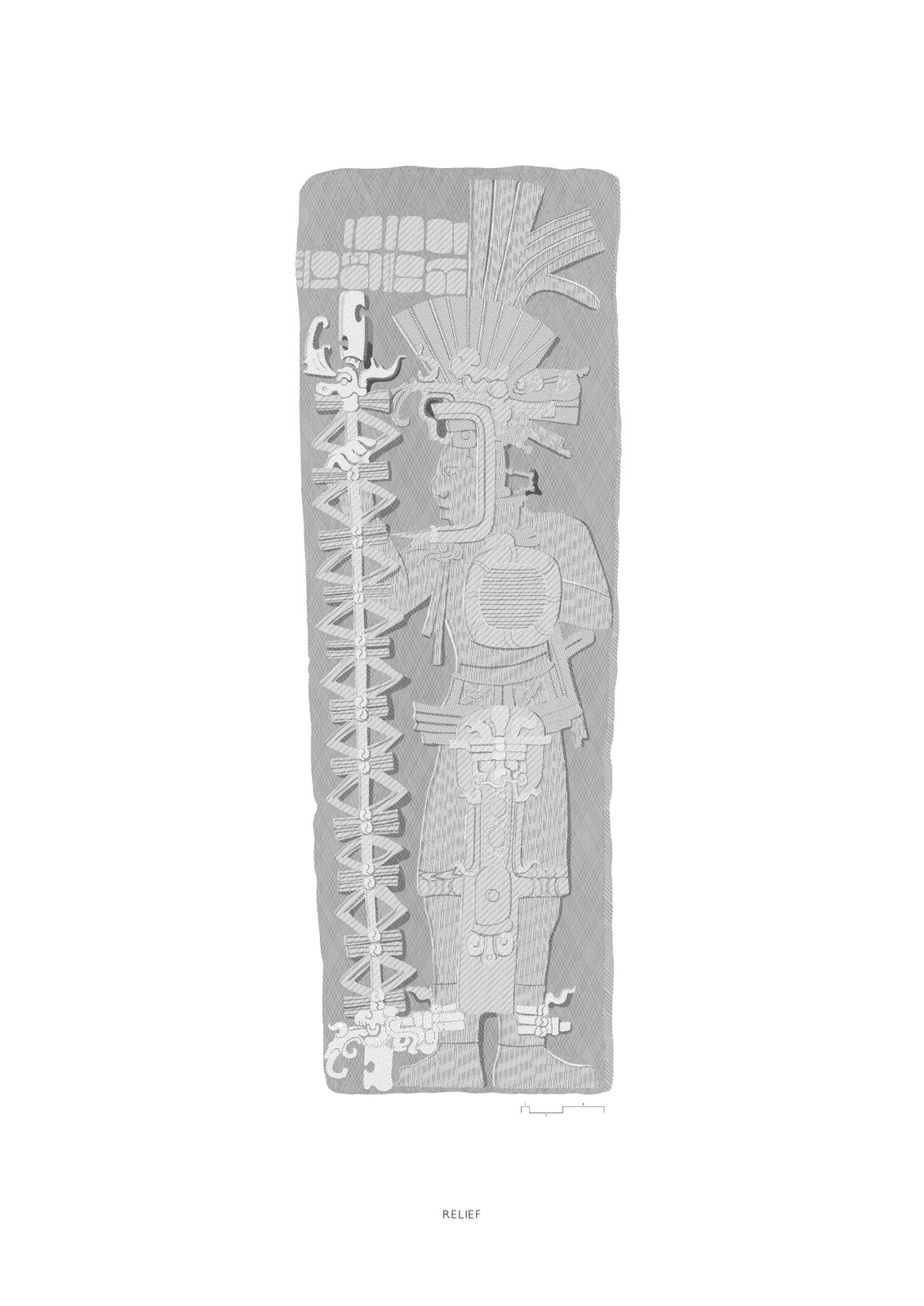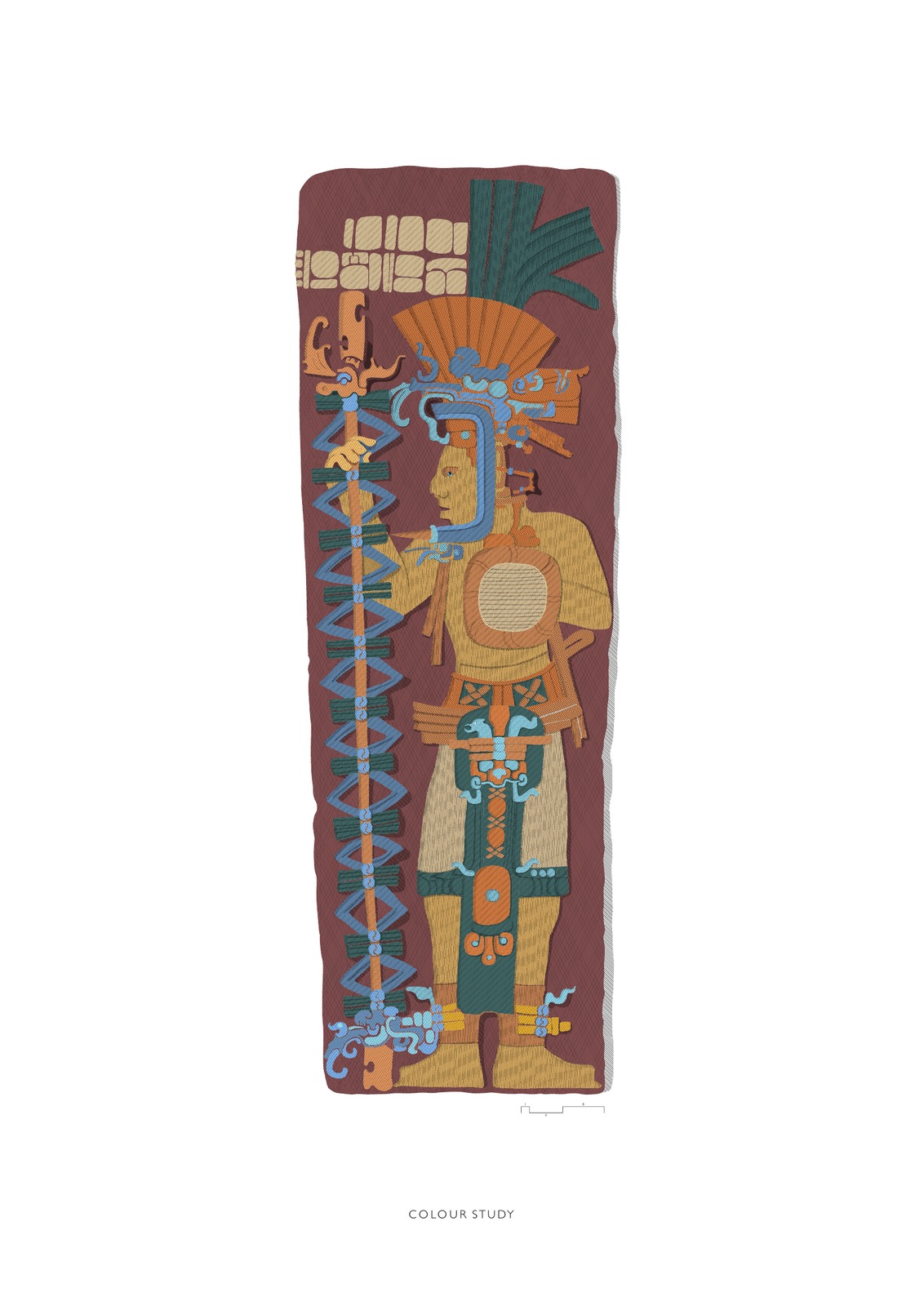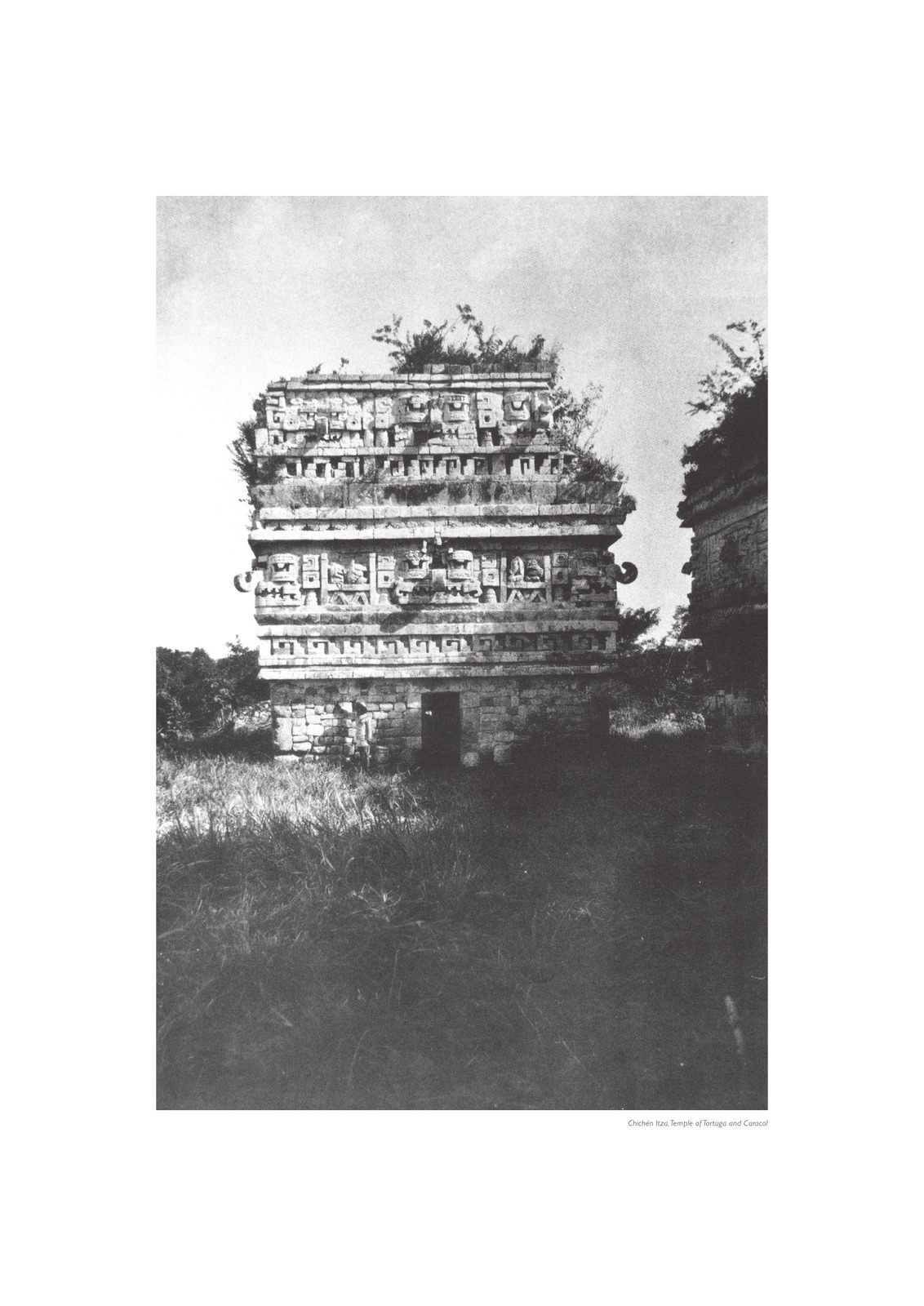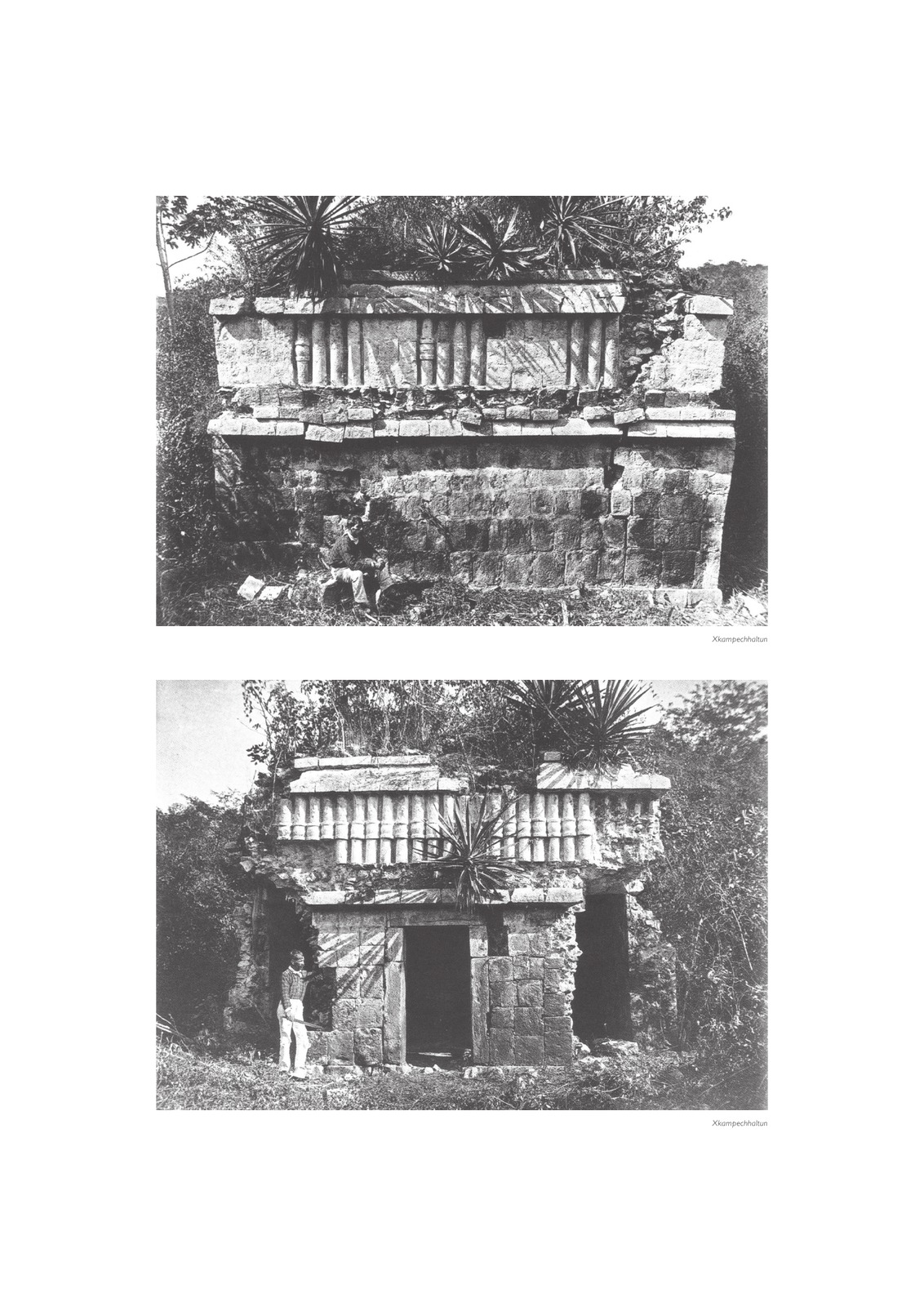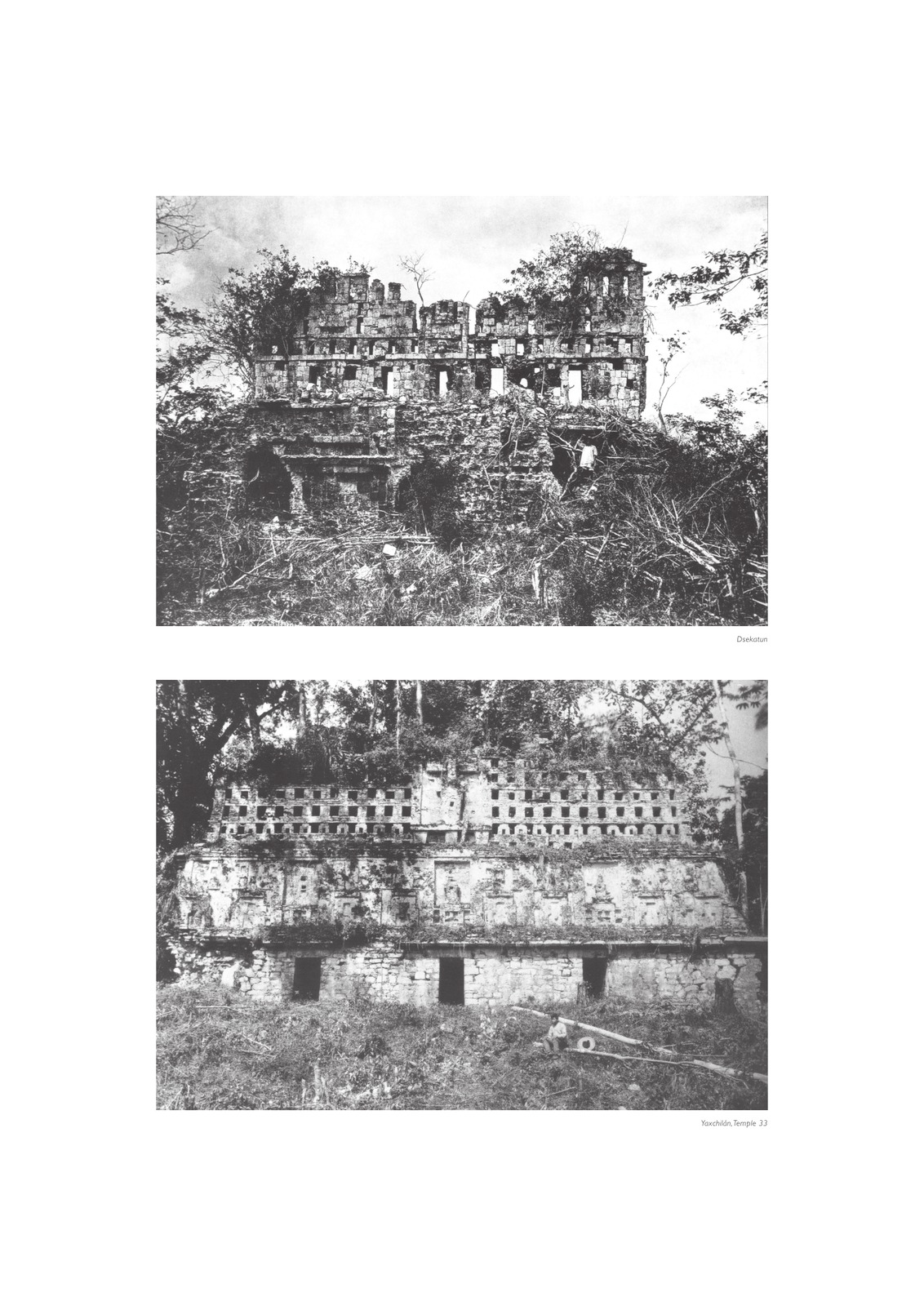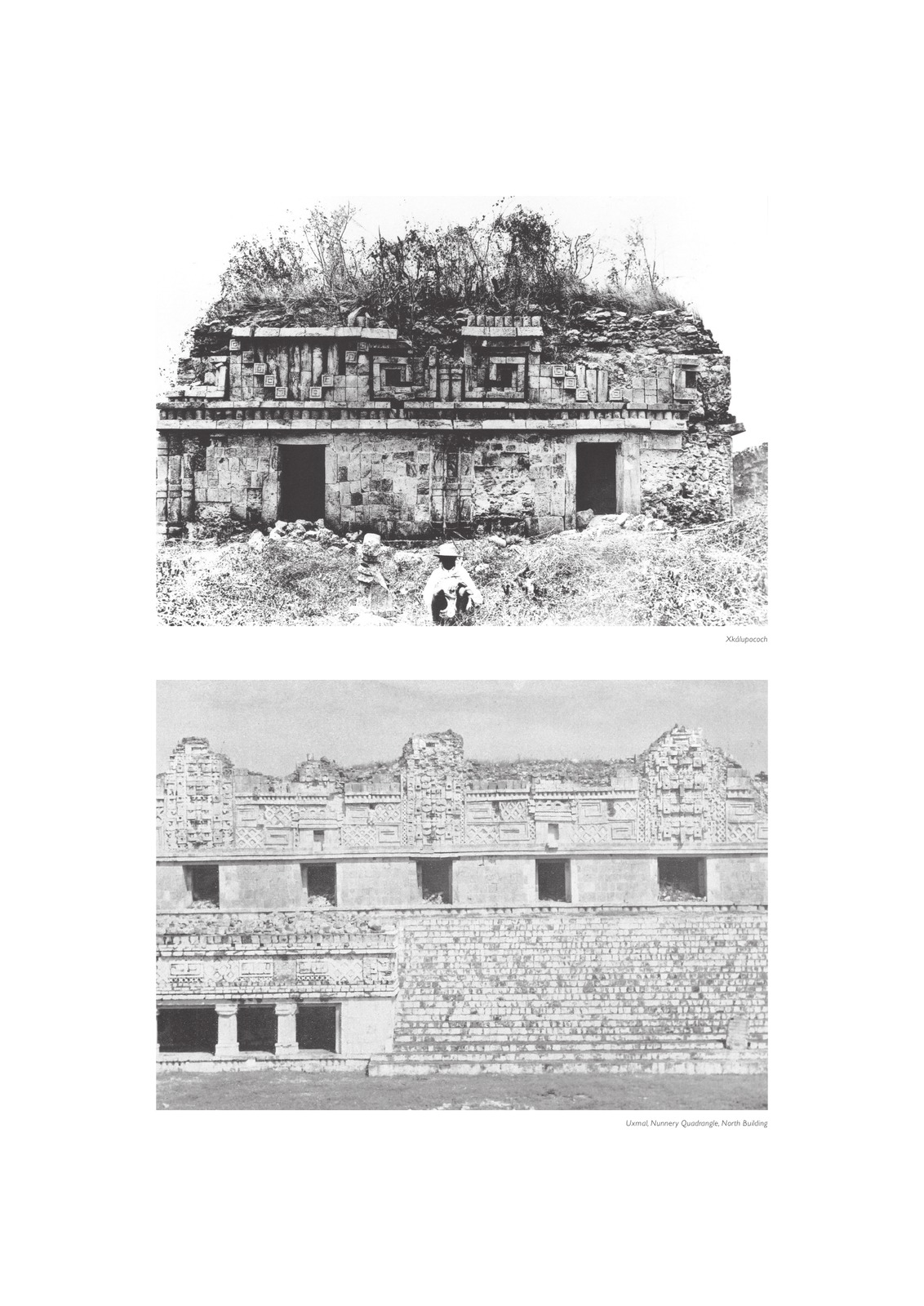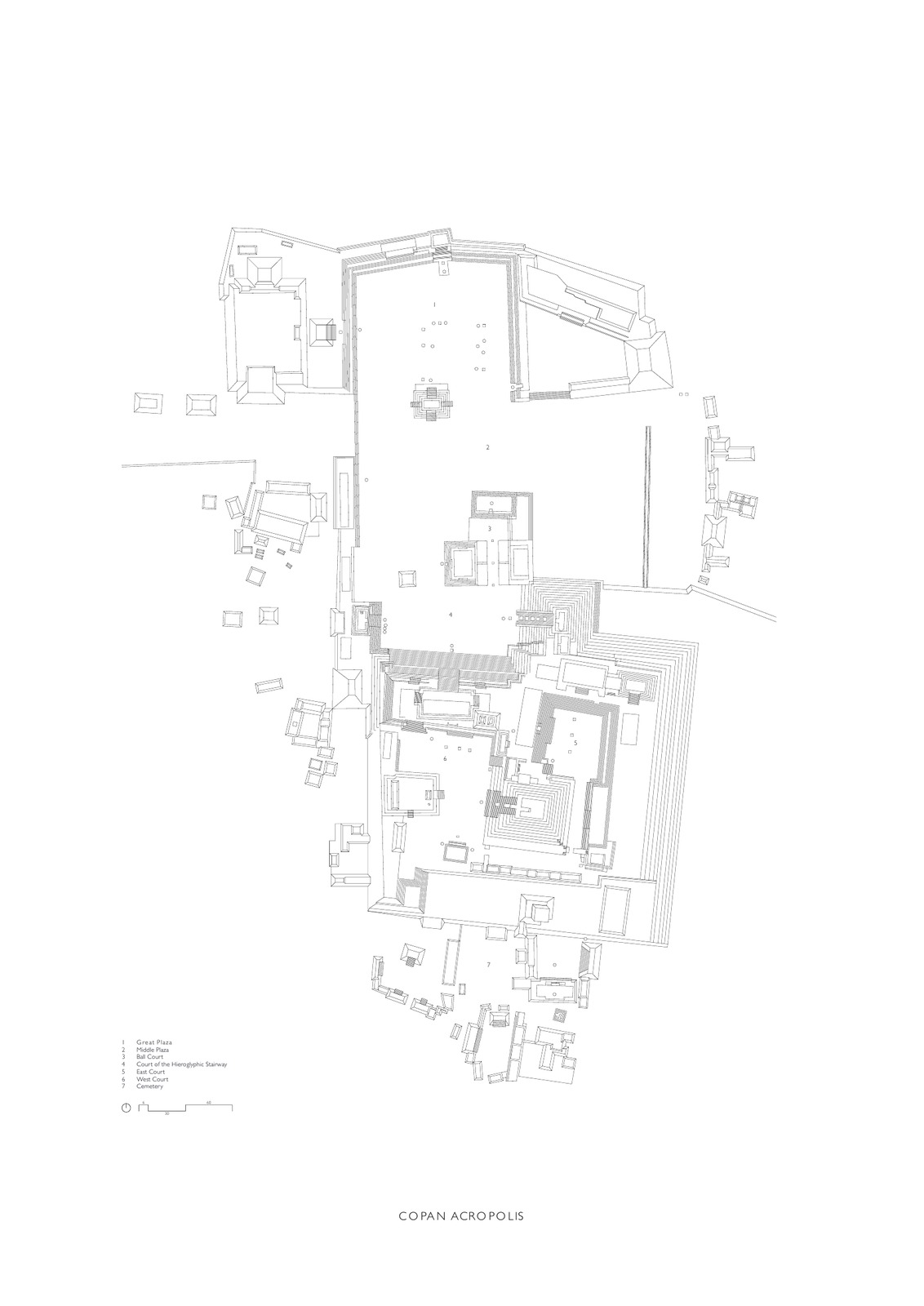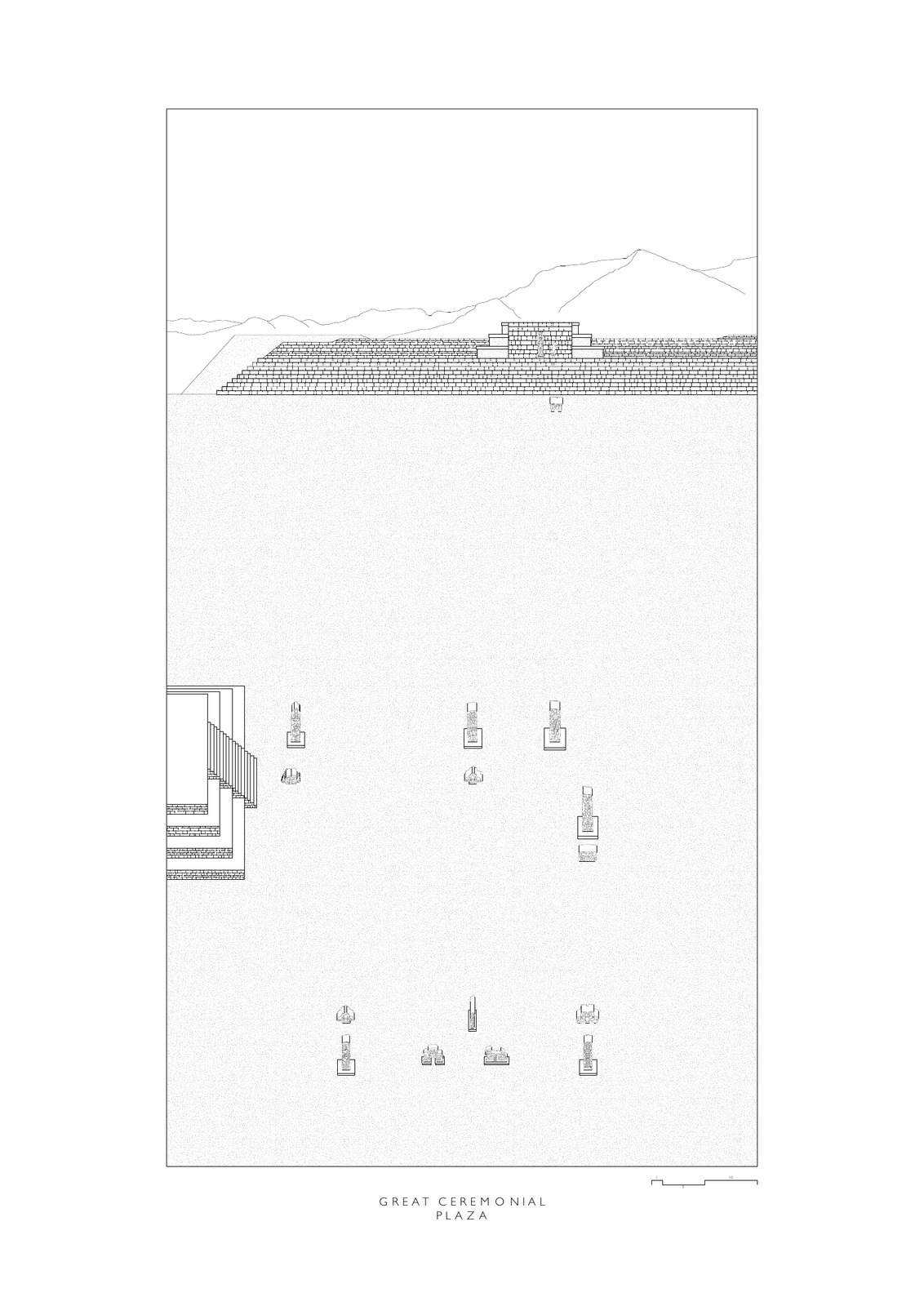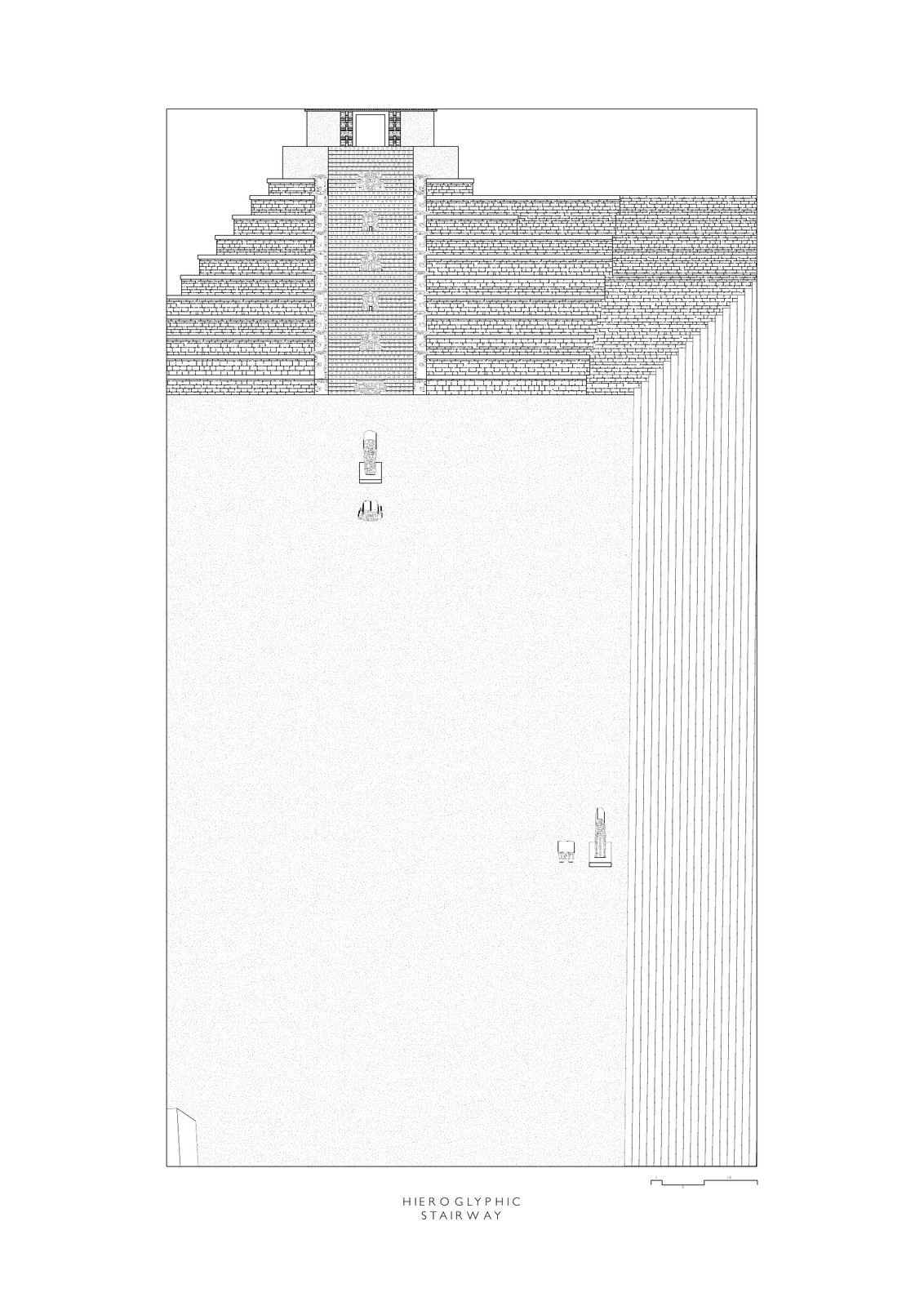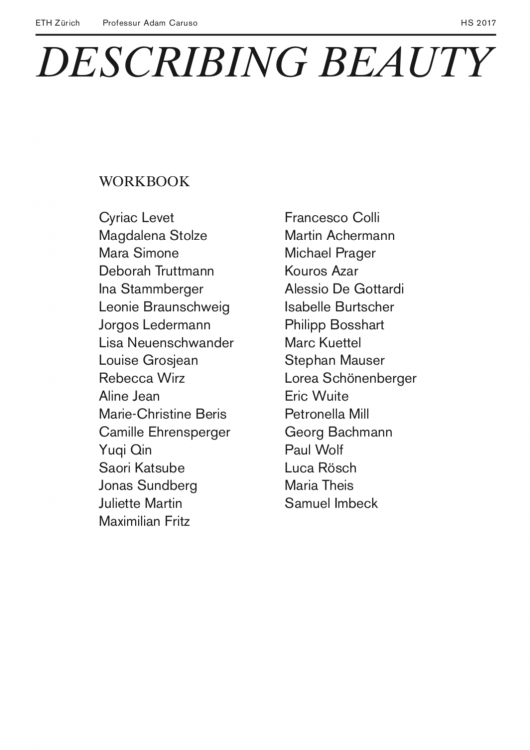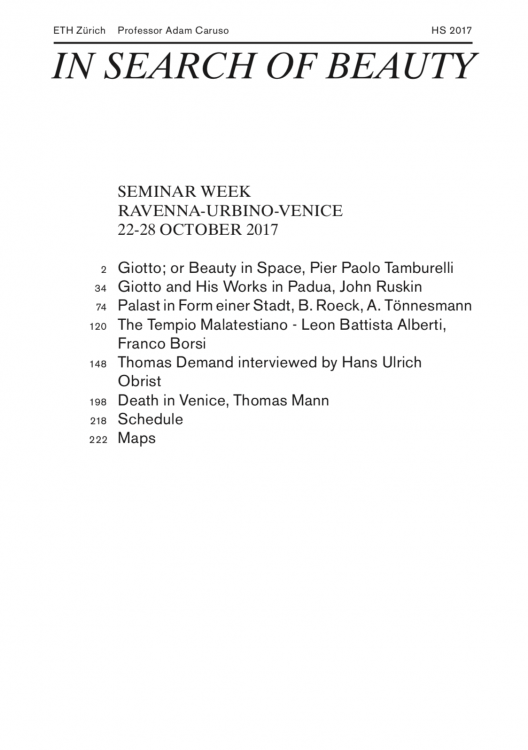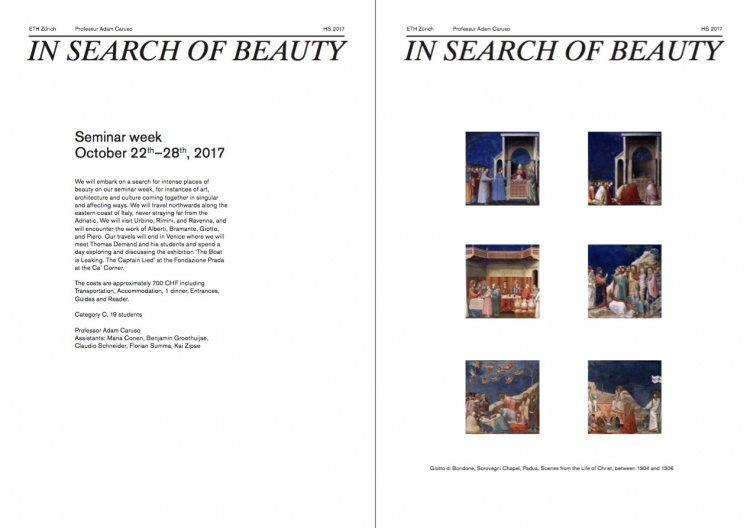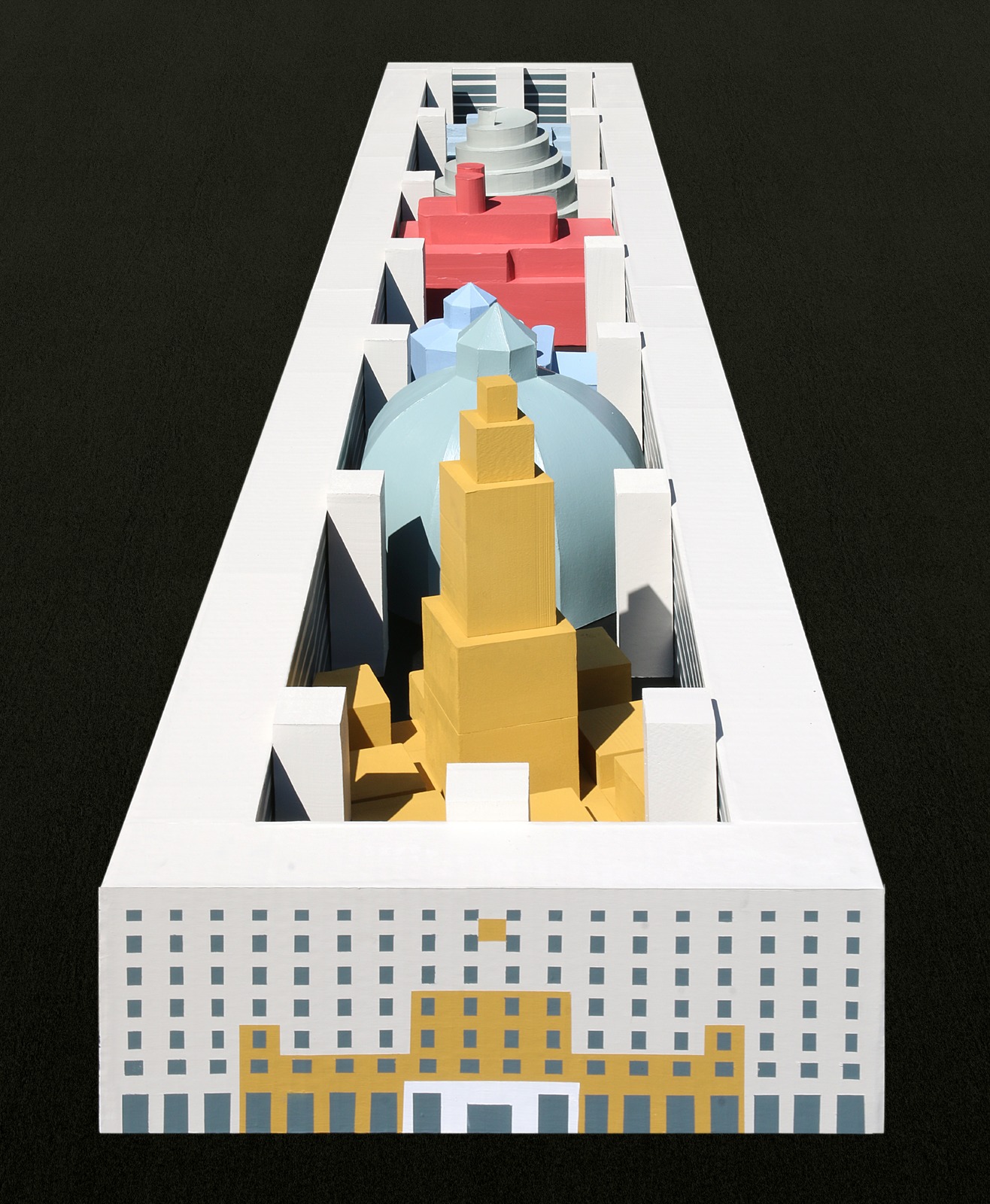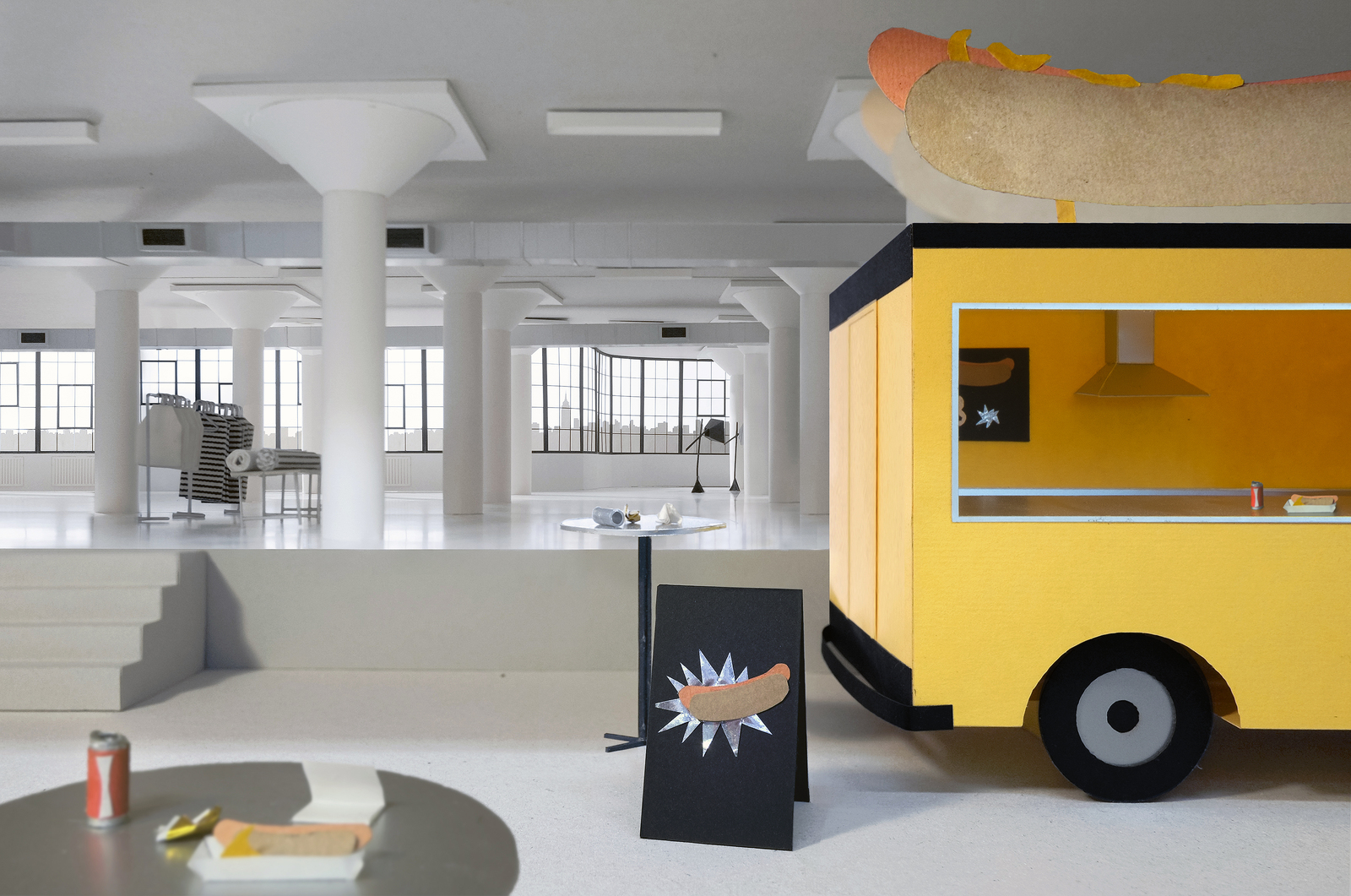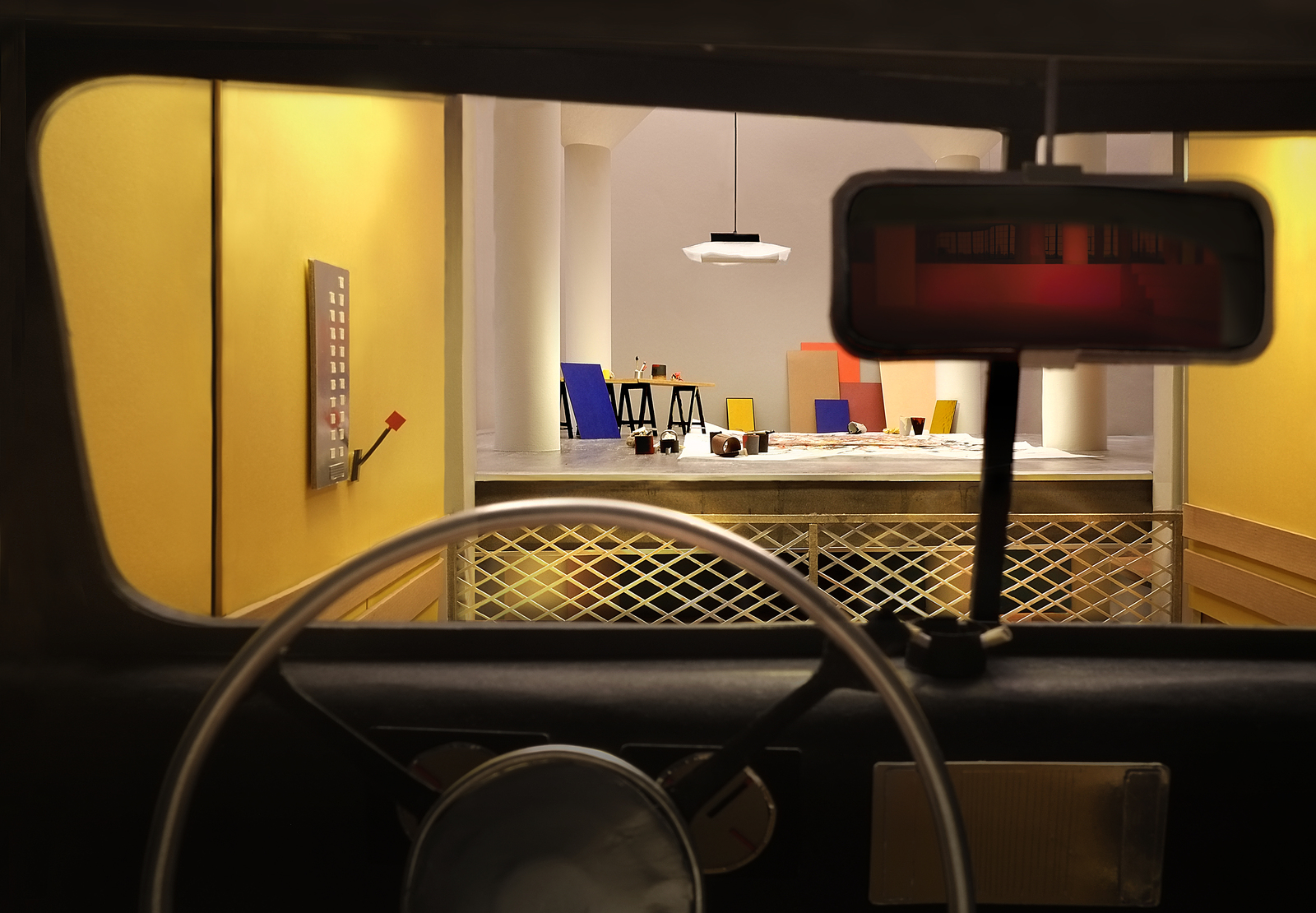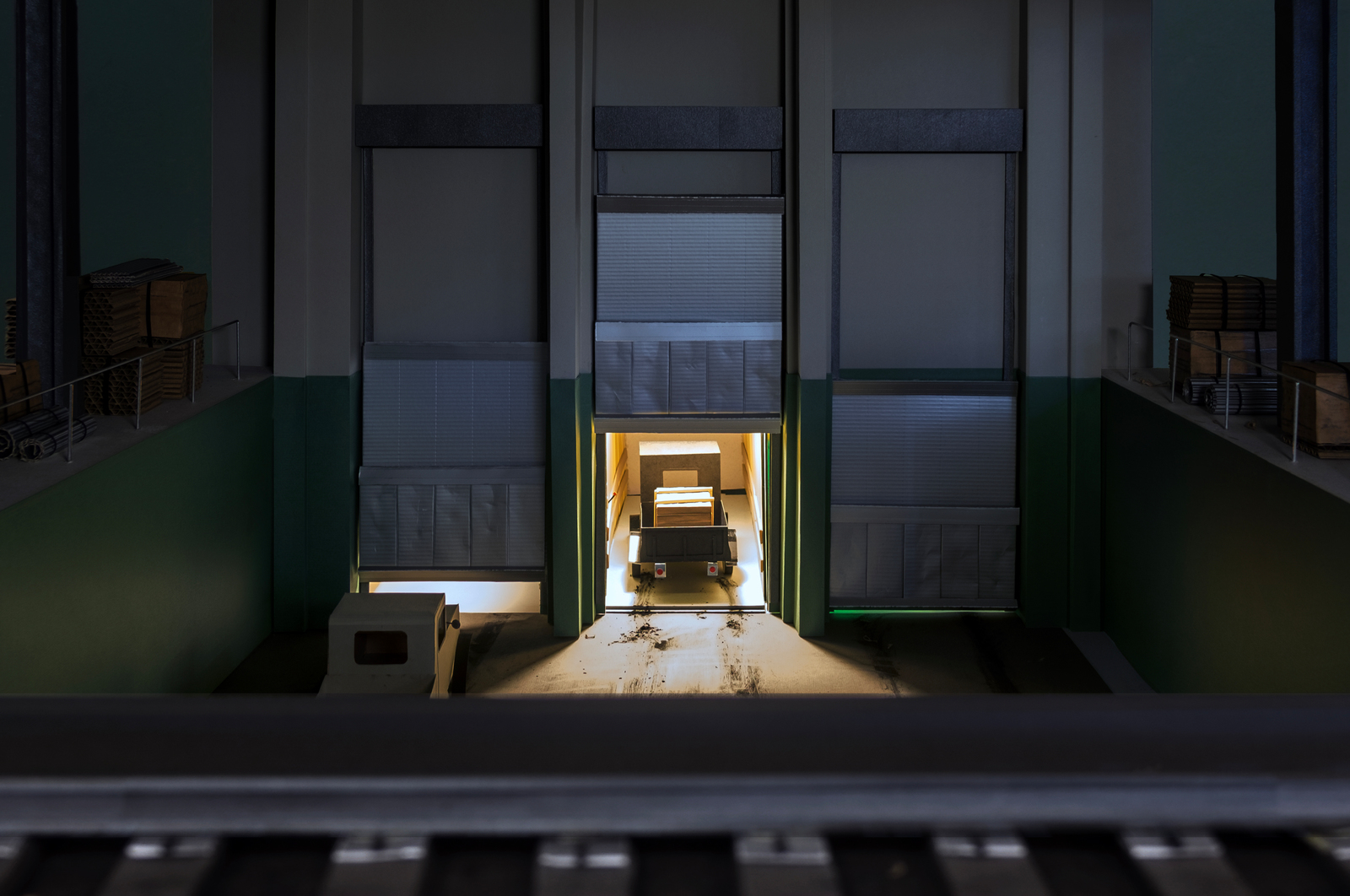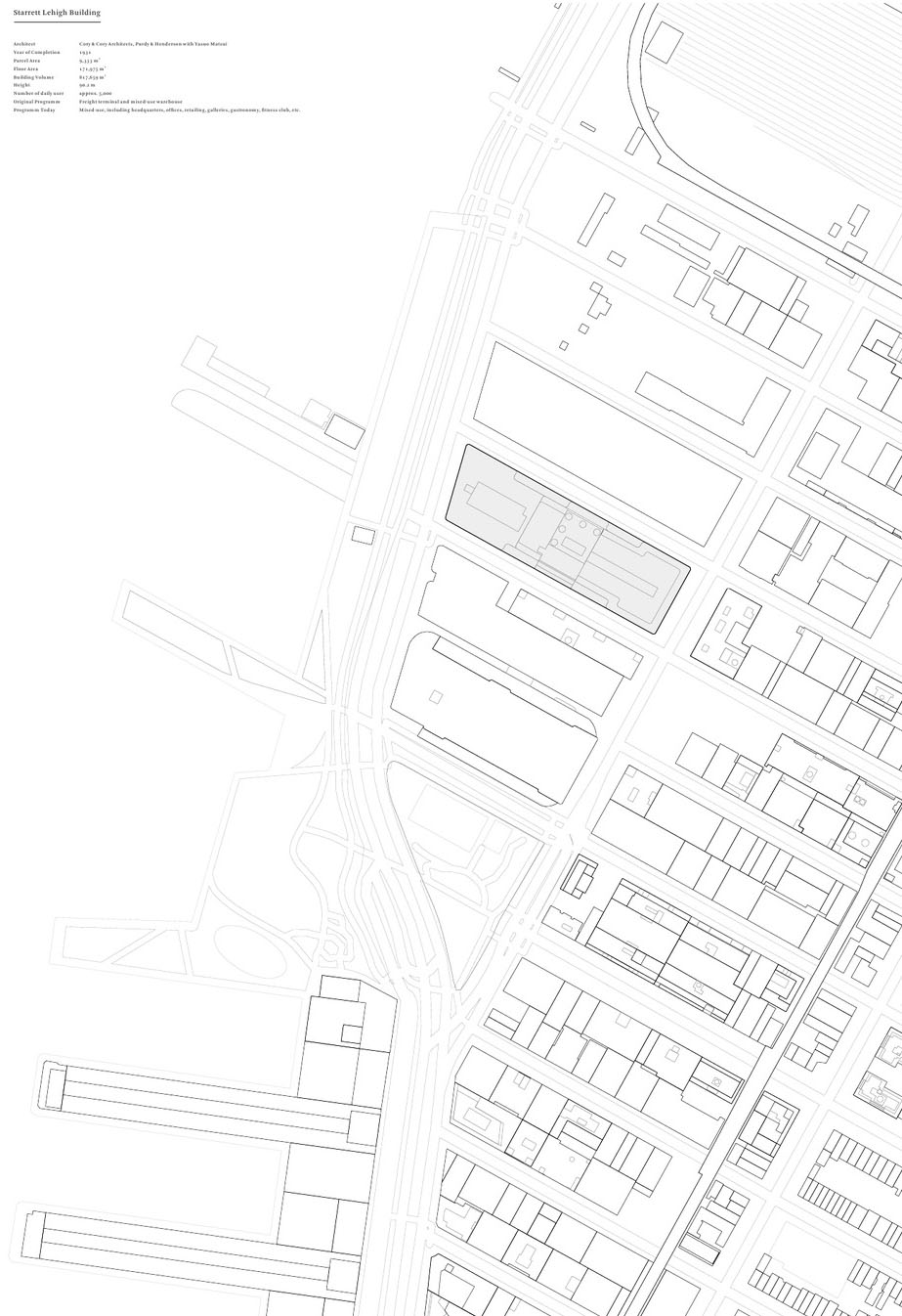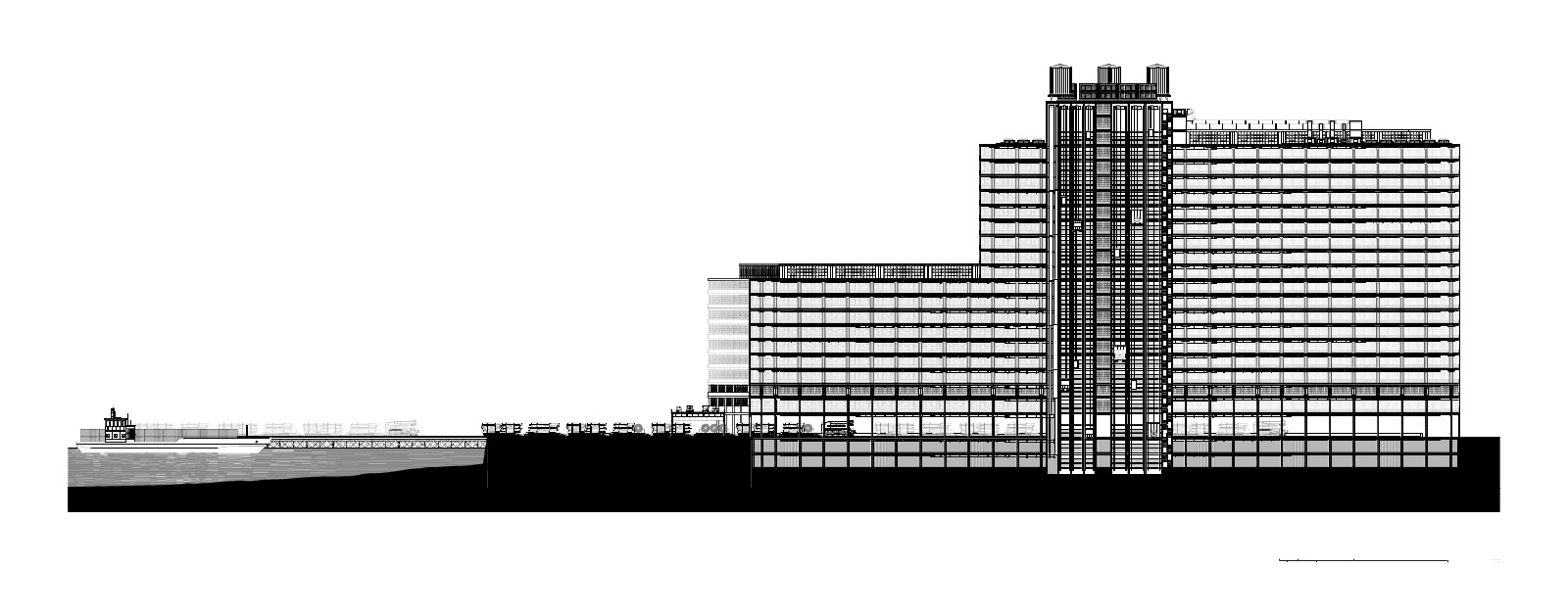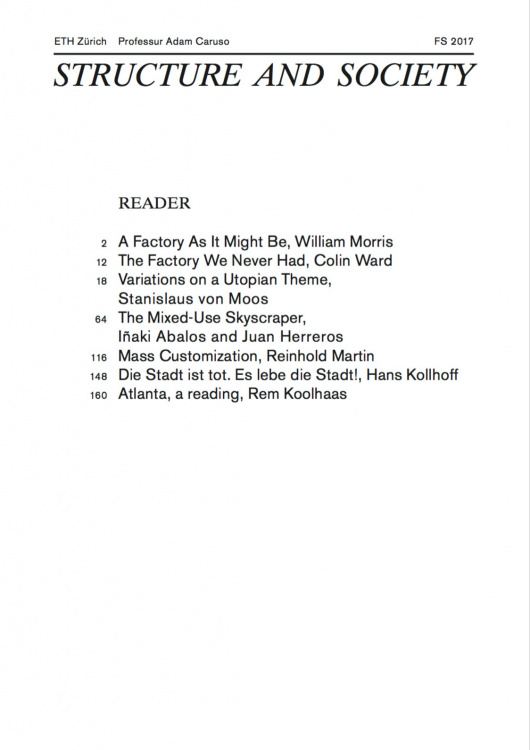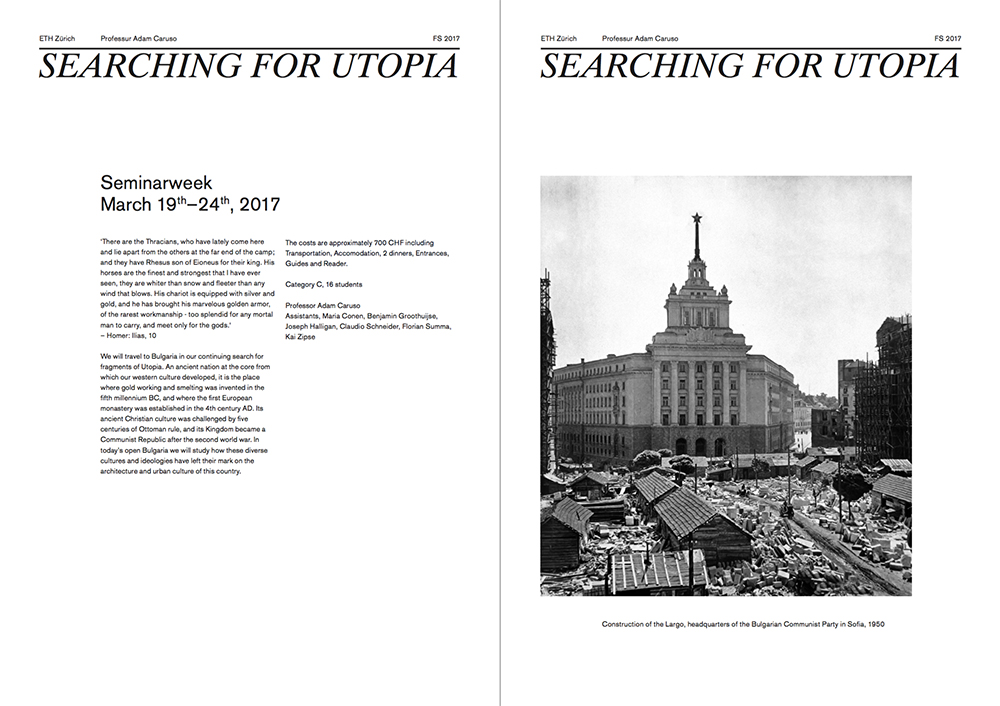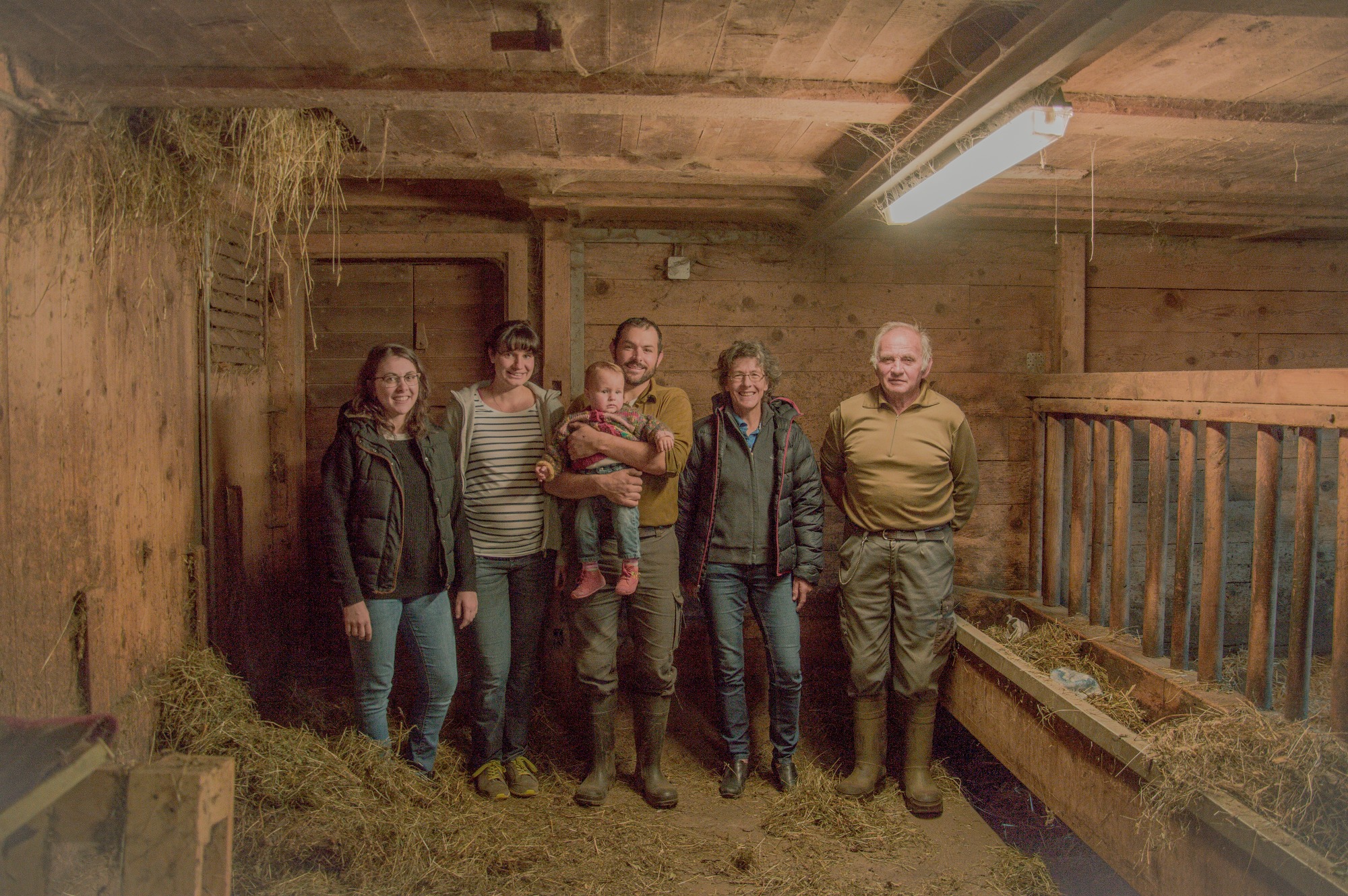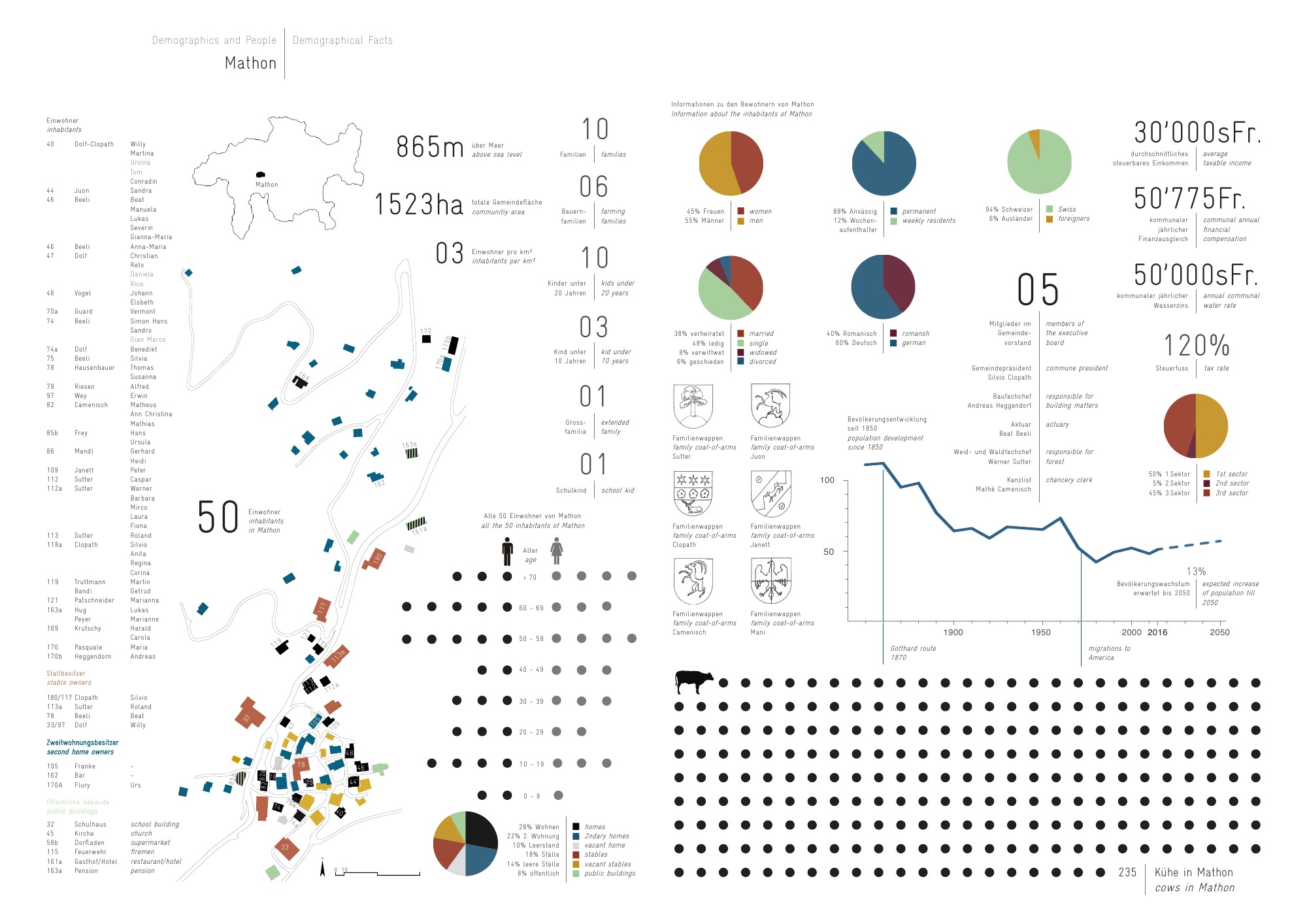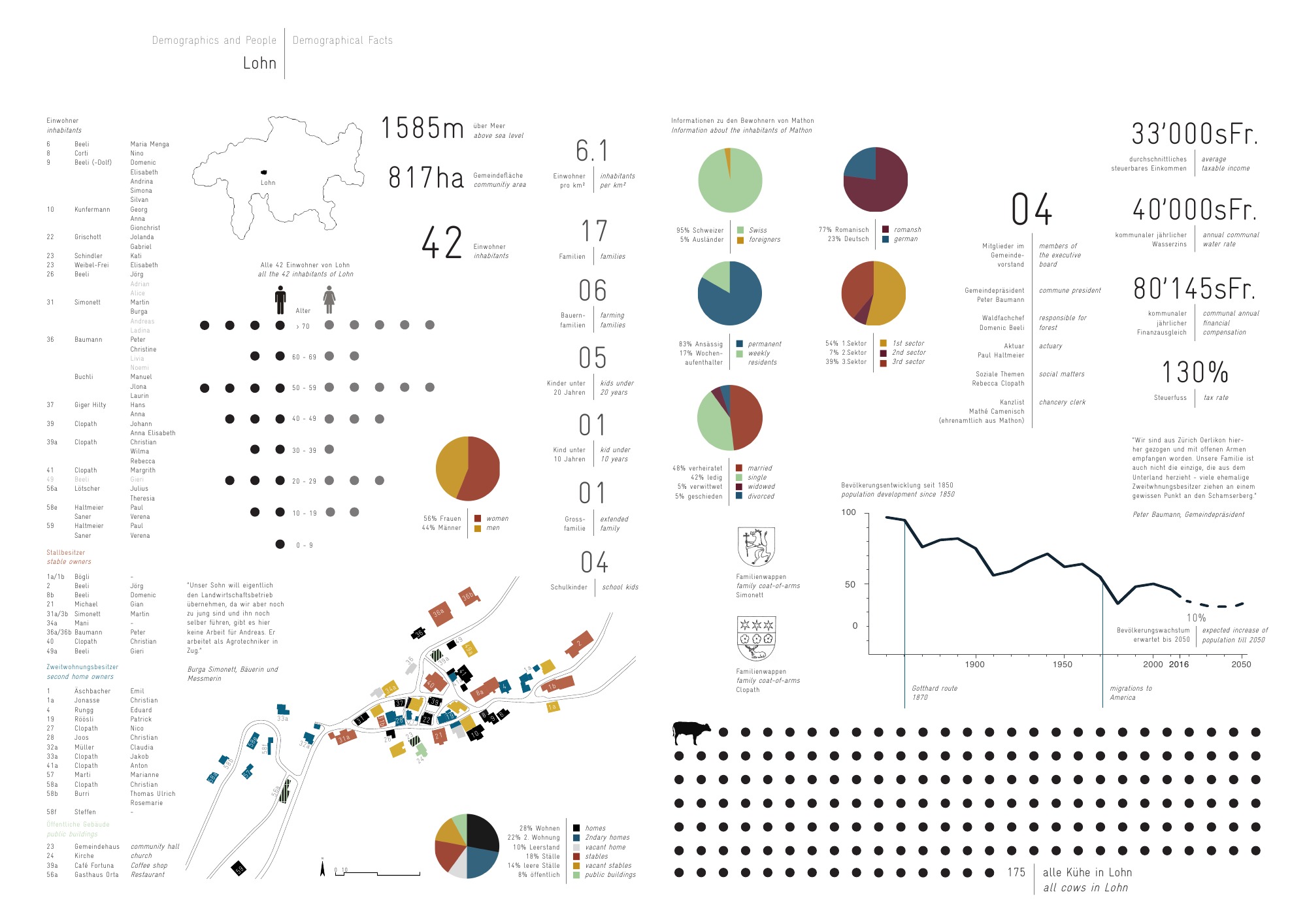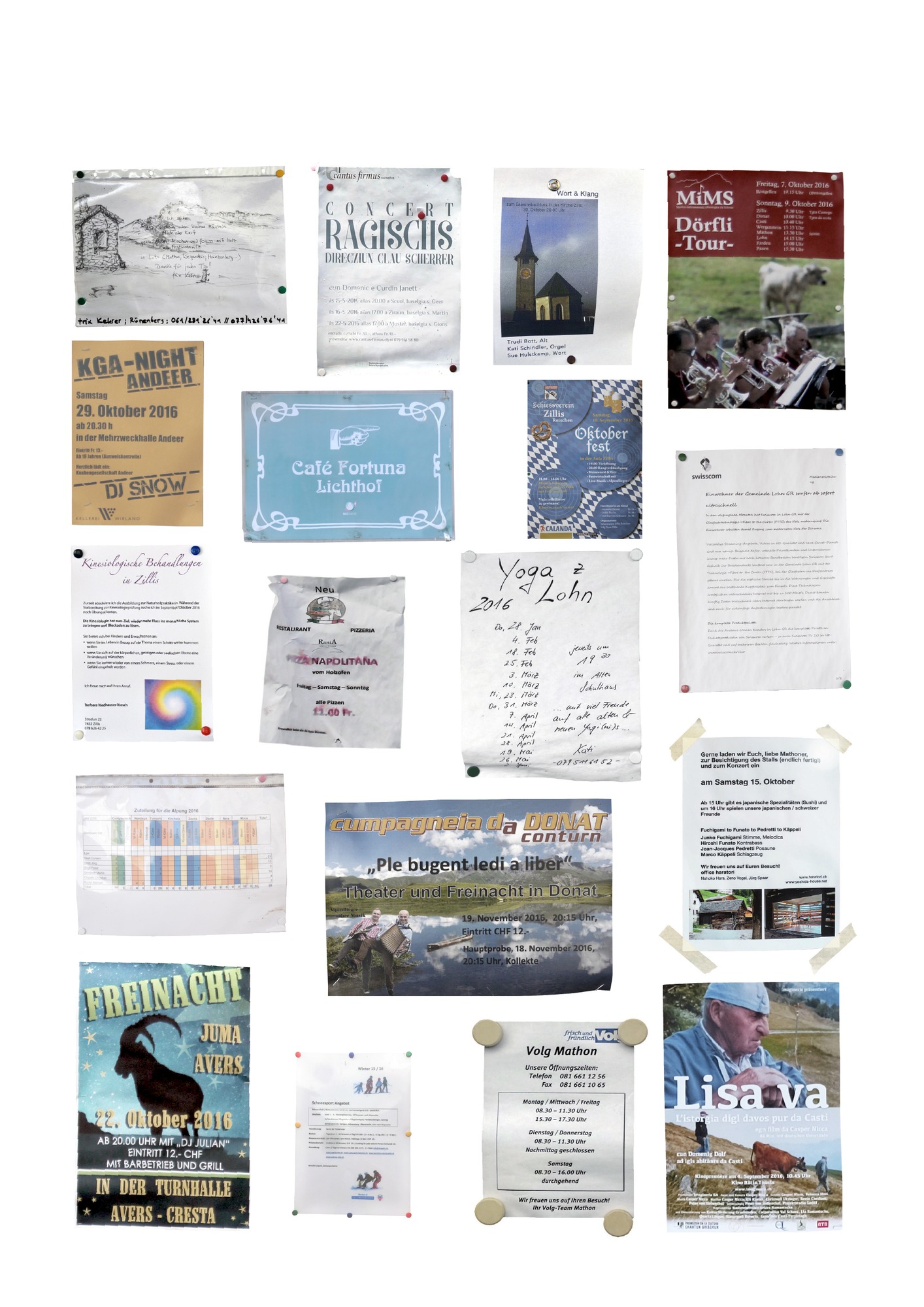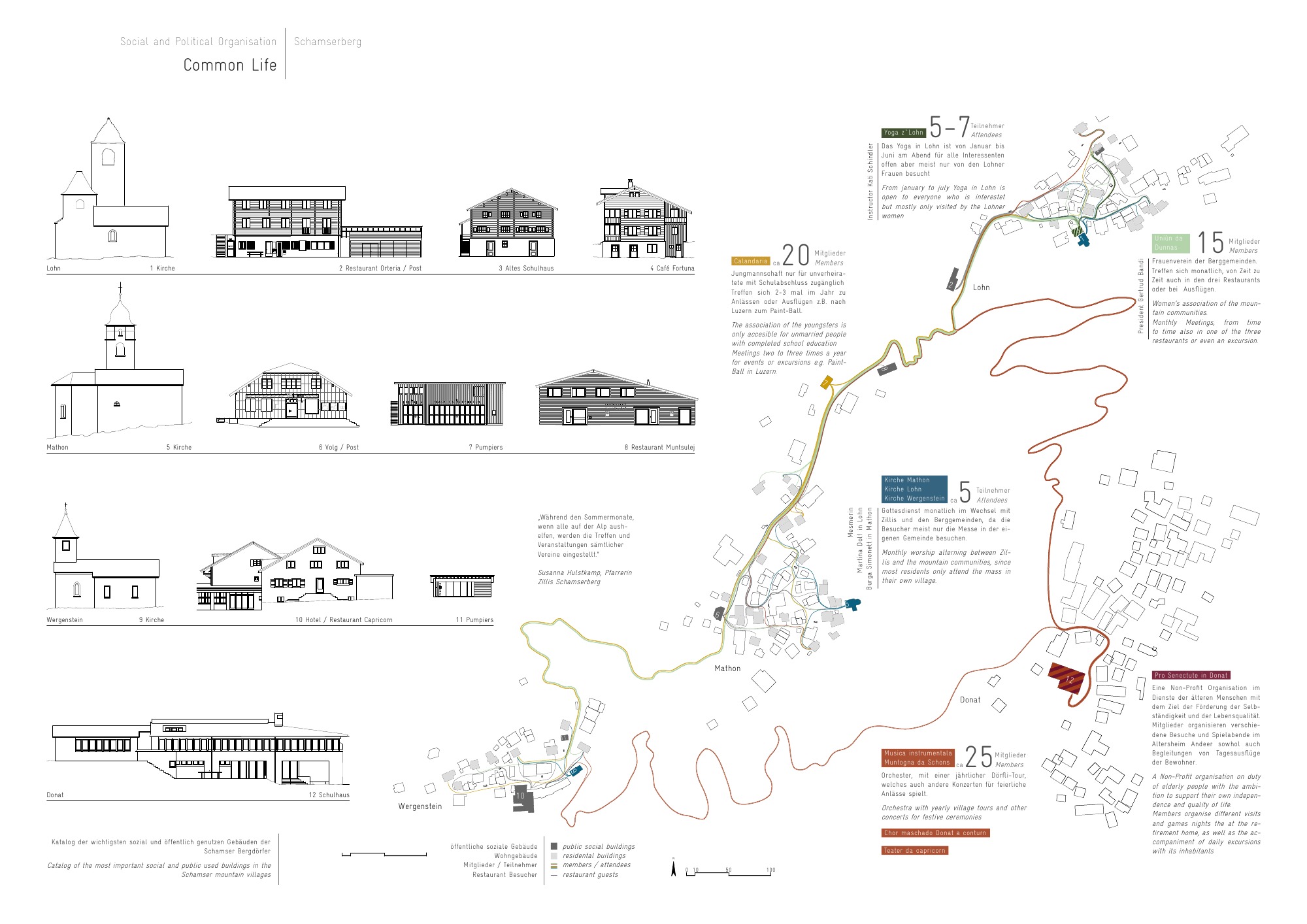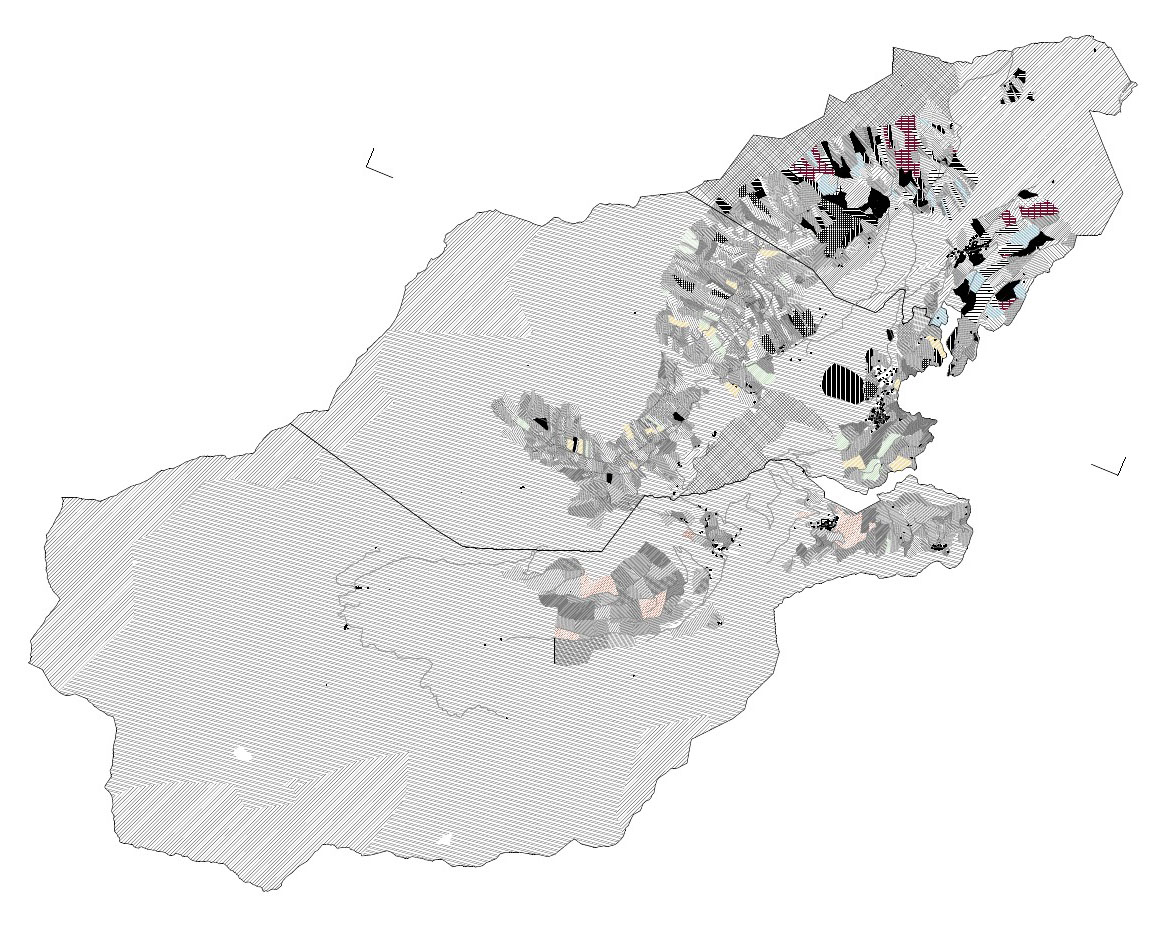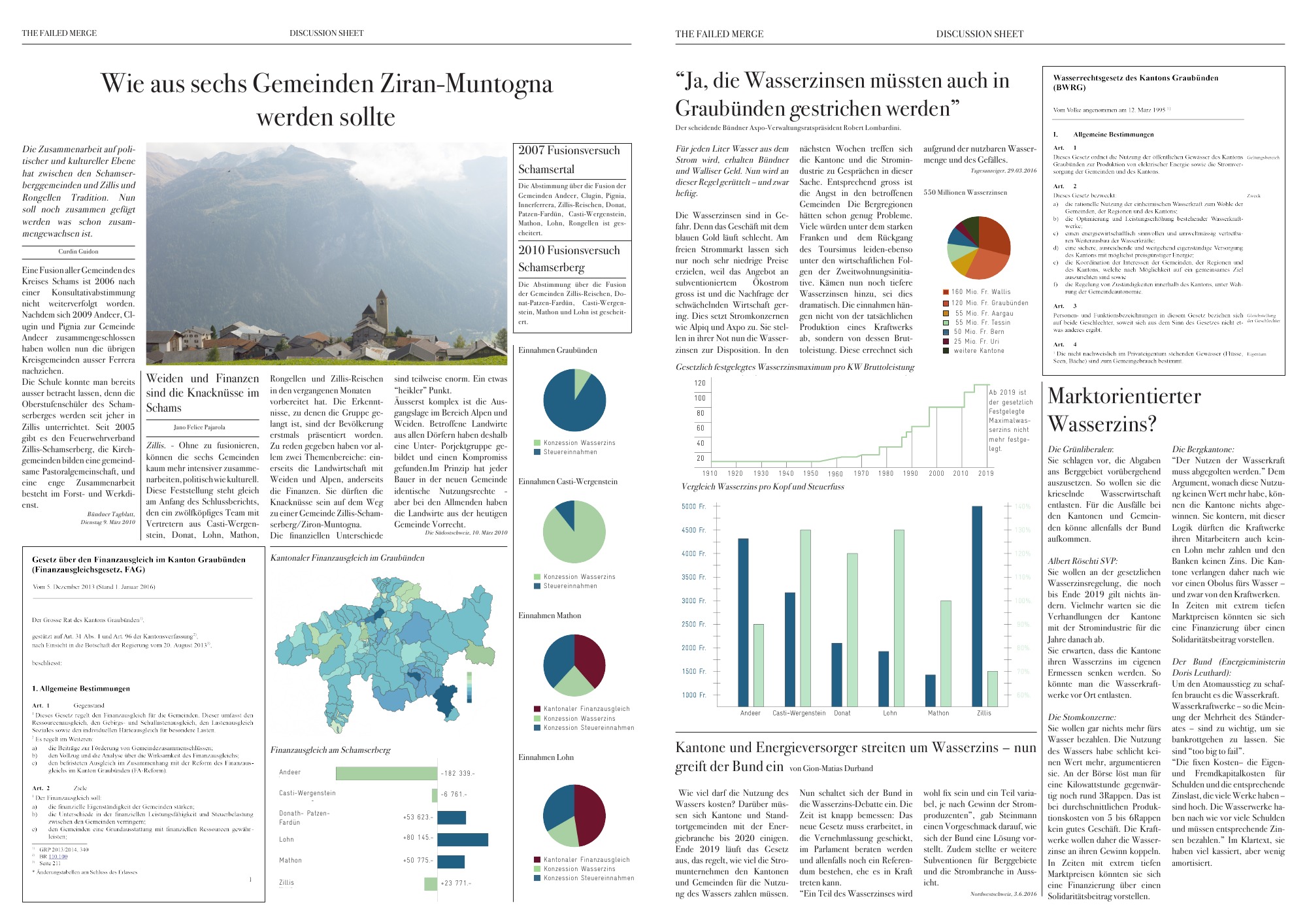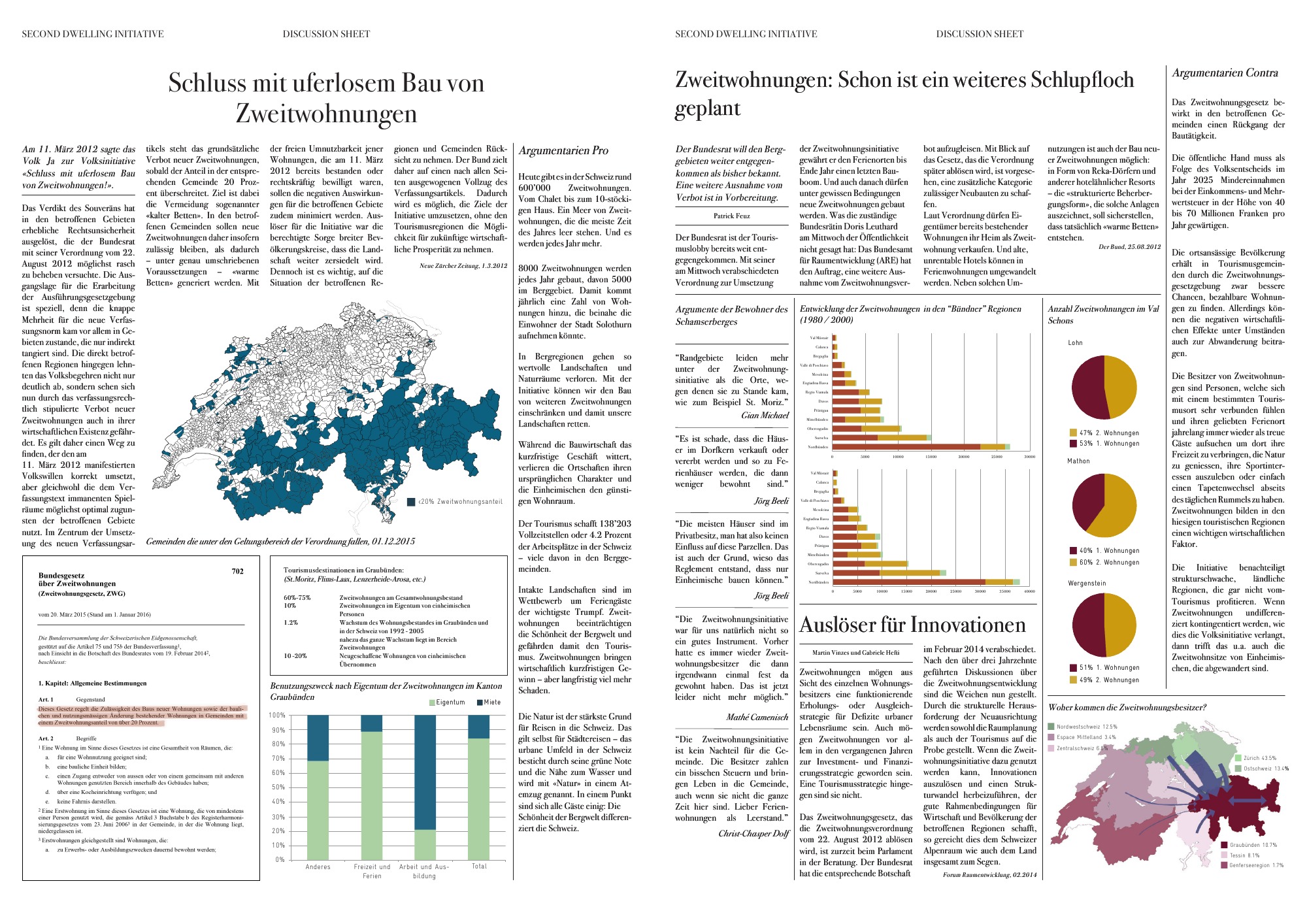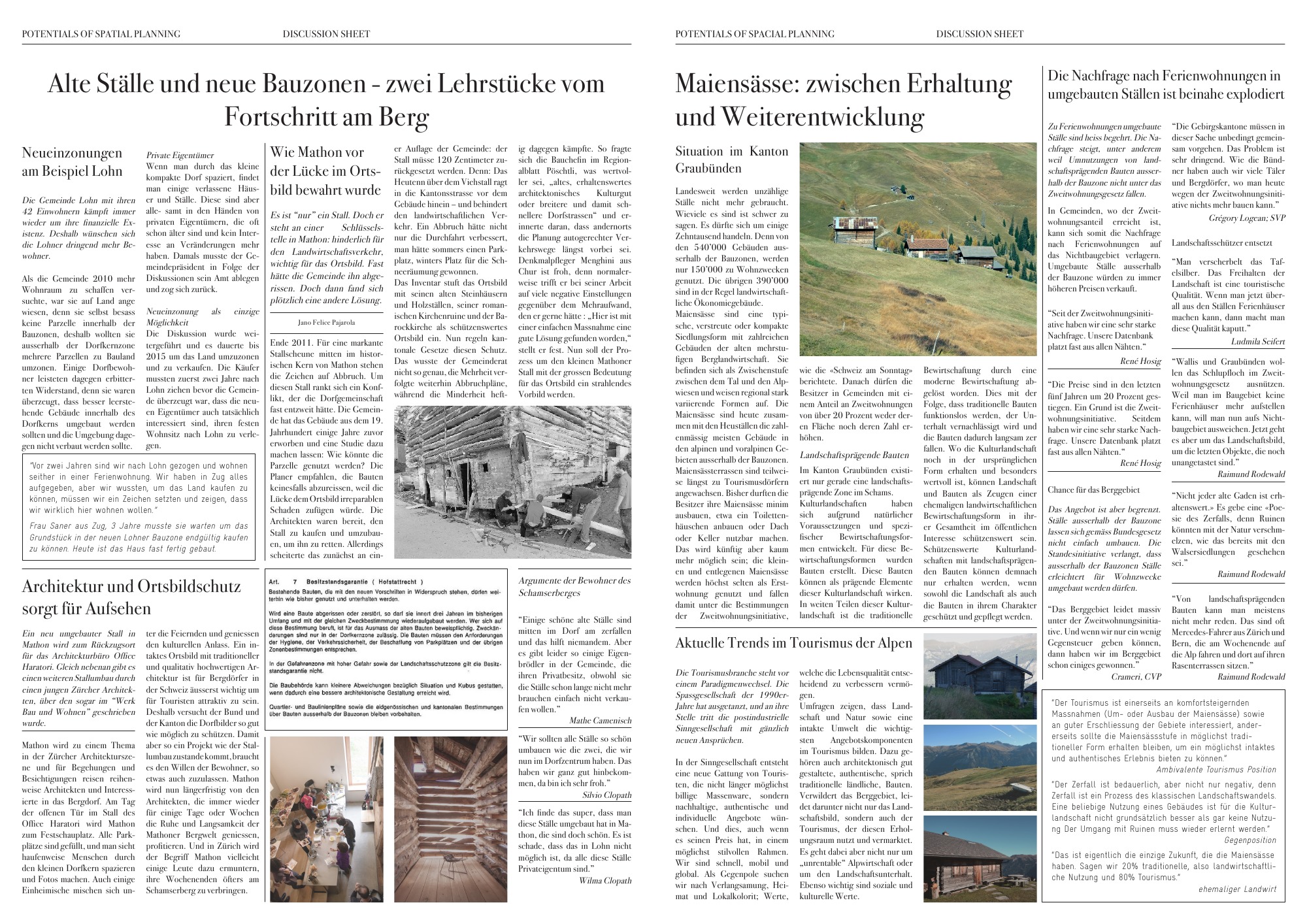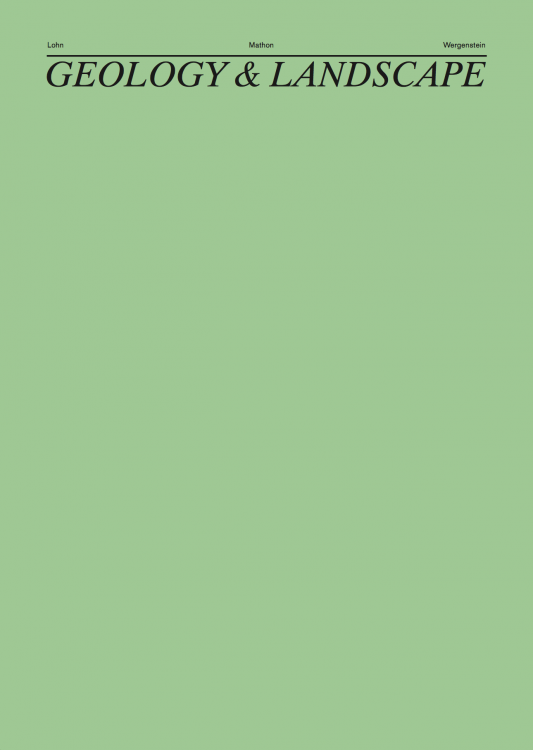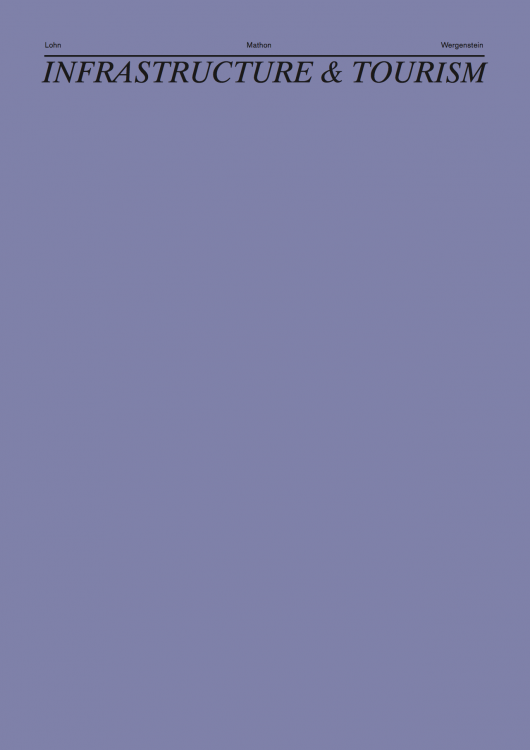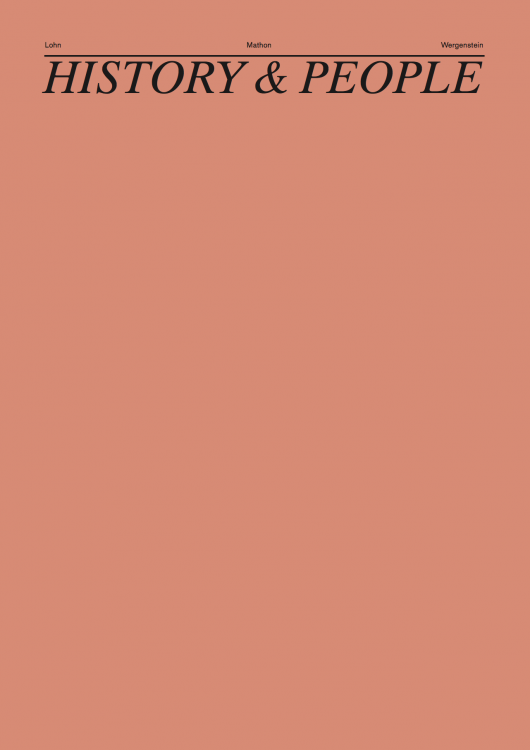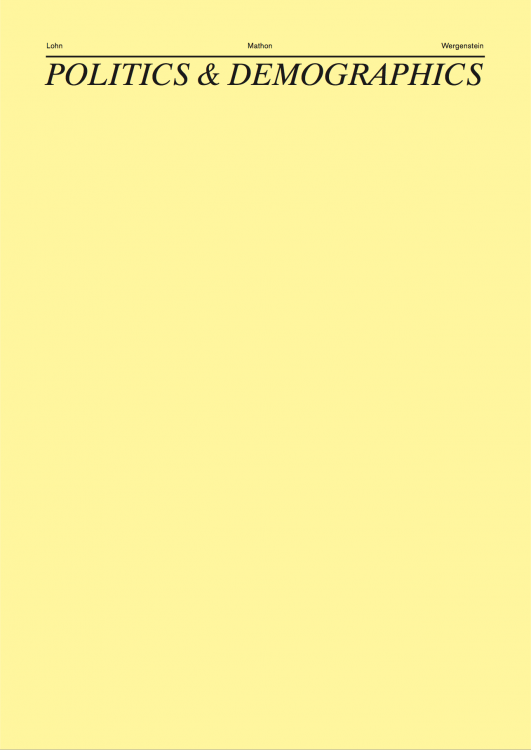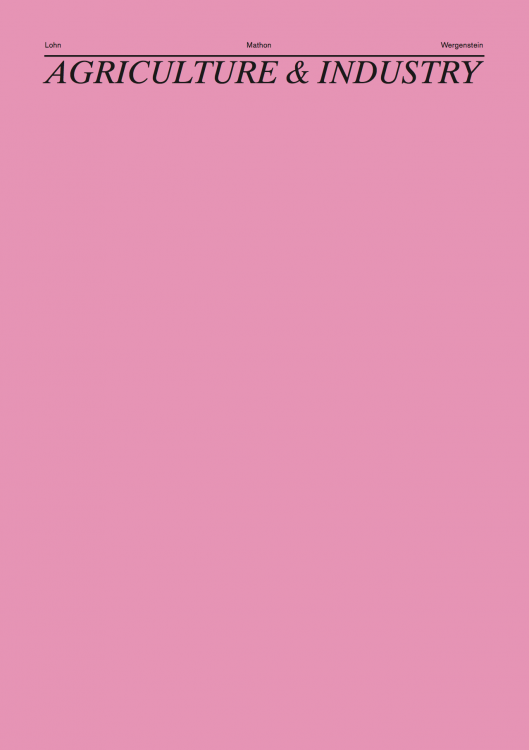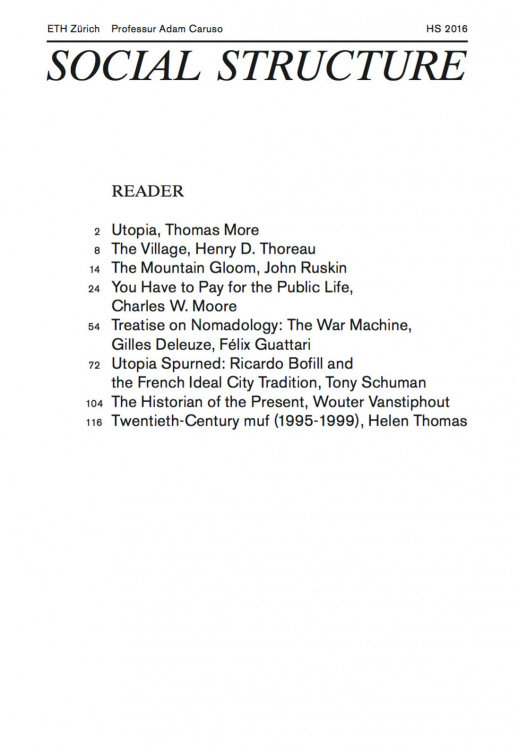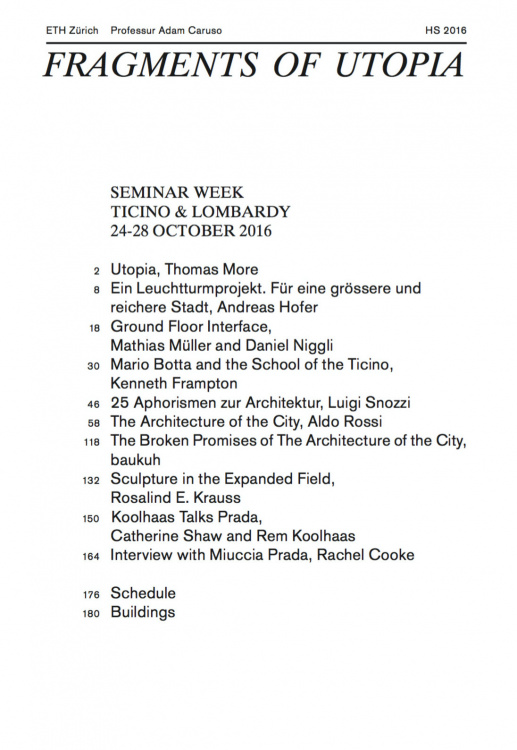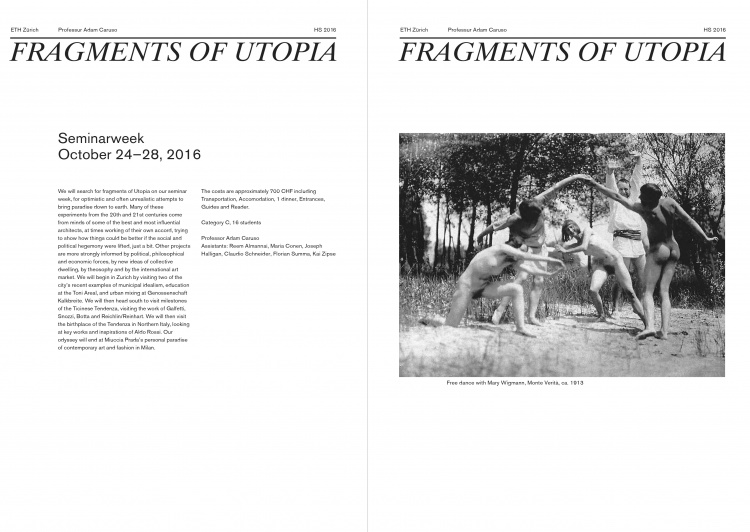A New Museum
A New Museum - Studio Review 2
April 30, 2024
Tuesday, April 30th, Studio Review, ETH Zürich, ONA E30, 09:00 – 19:00
Guests: Angelika Hinterbrandner, Nelly Pilz
A New Museum - Studio Review 1
March 27, 2024
Wednesday, March 27th, Studio Review, ETH Zürich, ONA E30, 10:00 – 17:00
Guest: Julia Born
A New Museum
Introduction 20 February 2024, 10am
Do we need new museums? Instead of conveying narratives of power and of how things have always been, new museums could be places of exchange, where the old and the new are present and where different voices are invited to contribute to continuing stories about art and society.
The Schweizerisches Sozialarchiv was established in 1906, and the breadth and diversity of its collections reflects something of the anti-authoritarian origins of Swiss society. The country’s position at the crossroads of Europe means that ‘being Swiss’ is always a dynamic and changing condition. Because it engages with every part of Swiss society the archive transcends many of the biases and power structures that lie at the core of more conventional museum collections.
This semester we will design a new kind of museum that brings material from the Sozialarchiv into direct contact with the people of Switzerland. At present, it is possible to visit the archive or access its collections online. We propose that a physical museum would be able to release the archive’s content and programmes out into the spaces of the city whose rich stories it tells. The museum could disrupt and rethink the relationship between institutions and their public, bringing ideas of the civic to street level which has been left to retail at the service of consumption for too long. A new open architecture could enable the museum to become a portal through which new stories told by the residents of the city can be collected, so that the archive and its public become even more engaged in ongoing cycles of discussion and social production.
Seth Siegelaub, Group Material, and Theaster Gates, collectors, curators and artists active from the 1960s to the present, have made collections and exhibitions that challenge content, display, and ideas of audience. Learning from both the intellectual and the spatial structures of their exhibitions – we will design ways to show and interpret specific parts of the Sozialarchiv collections. Attending to the exhibition architecture, the lighting and environmental conditions, the thresholds to the surrounding city, these designs will become the core ideas for new museums on three central sites in Zurich.
Introduction: 20 February 2024, 10:00 am, Entrance Landesmuseum, 8001 Zürich
Construction and writing as integrated disciplines are included in this course
FS 2024, ETH Zürich, Studio Caruso
Emilie Appercé, Lucia Bernini, Tibor Bielicky, Adam Caruso, Claudio Schneider
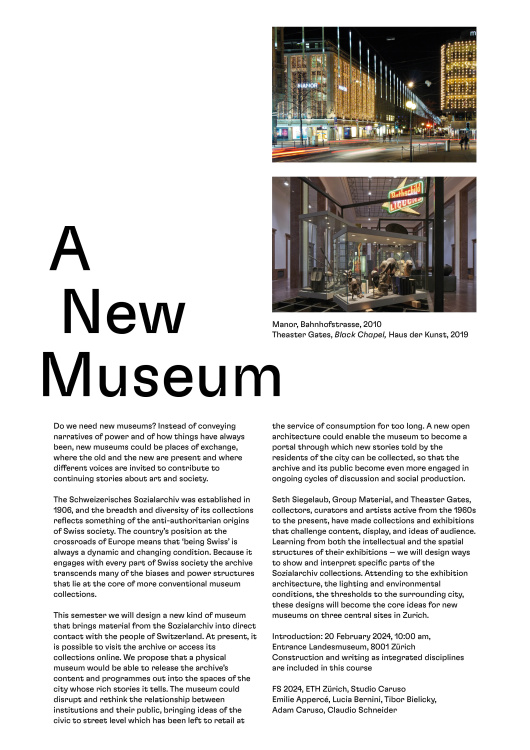
PDF 1 MB
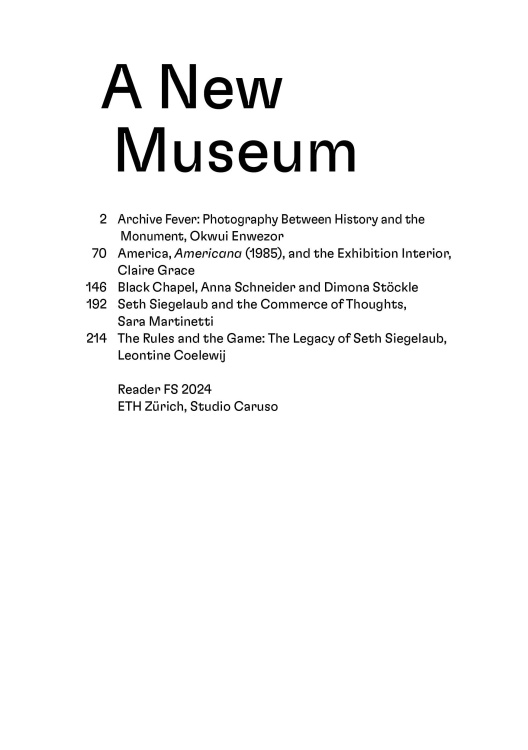
PDF 31 MB (login required)
Diploma FS 2024
When content becomes form
Museums have begun to acknowledge that they are not neutral and that their internal structures and displays reproduce power. They also recognise that they might possess too many objects and that their collections are often of questionable origin. We cannot simply shut museums down, because public institutions are the repositories of shared memories and ideas and are at the core of any idea of a sustainable society. If museums are in crisis, how can their relationships with the societies that they are a part of become more productive and what role can architecture play in this process. This semester we will speculate about new museums and the architecture that could support them.
We will start by looking at small collections that comprise art, social documentation, and other archival material. With the help of people who run and use museums and with reference to contemporary discourses on institutional critique, we will engage with this material to find the stories and deeper relationships that exist between these artefacts and the societies from which they emerge, complex networks that are spatial as well as social. The research will be developed into ideas for the arrangement and the interpretation of collections in the production of catalogues and exhibitions, work that communicates the meanings and material qualities of these collections in vivid ways to more diverse audiences.
The main design phase will expand these ideas so that the collections become a core around which other exhibitions, programmes, and ideas of the civic are developed into new ideas for the architecture of museums. Sited within disused industrial, retail and institutional spaces in Zurich it is intended that these experiments could find their way back through the doors of the city’s existing museums and archives.
Diploma, FS 2024, ETH Zürich
Chair Caruso
Emilie Appercé, Adam Caruso, Claudio Schneider
gta exhibitions
Fredi Fischli, Niels Olsen
Redesigning Museums
Redesigning Museums - Final Review
December 19 / 20, 2023
Tuesday, December 19th and Wednesday, December 20th, Final Reviews
09:00, ETH Zürich, ONA E30
Guests: Debasish Borah, Ann Demeester, Gianni Jetzer, Solange Mbanefo, Joanna Mytkowska
Redesigning Museums - Studio Review 2
November 21 / 22, 2023
Tuesday, November 21st and Wednesday, November 22nd, Studio Review, ETH Zürich, ONA E30, 09:00 – 19:05
Guests: Thomas Demand, Angelika Hinterbrandner
Redesigning Museums - Studio Review 1
October 18, 2023
Wednesday, October 18th, Studio Review, ETH Zürich, ONA E30, 09:30 – 17:00
Guest: Sabine von Fischer
Redesigning Museums
Introduction 19 September 2023, 9.30am
The last forty years have been a great success for museums and for museum architects. Never have so many of these institutions been constructed in so many different places. Their popularity reflects the global expansion of tourism and the pressure for cities and towns to develop their attractions. The financialization of art has meant that as collectors and their collections have immeasurably expanded, so too must the provision of museums.
Zurich has three significant examples of this phenomenon; Museum Rietberg (Grazioli and Krischanitz 2007), the Löwenbräu Areal (Gigon Guyer 2014) and the Kunsthaus (Chipperfield 2020) Each was expanded and restructured in response to specific conditions, yet all are part of this general global tendency. Whilst museum extensions are always sold as being about making more of the collection accessible to a wider public (and thanks to the support of generous benefactors), in the last decade the critique of these platitudes has intensified. The continued elitism of most cultural institutions, both in terms of their staff and their audiences, the racism and sexism inherent in their collections and institutional structures, and the nefarious origins of their collections, are now impossible to avoid and museums themselves have acknowledged that things must change.
So, what can we do about a problem like museums? We could just blow them up and start again, but that would not be very sustainable, and confronting historical problems is always more productive than erasing them. This semester we will redesign the museum, making projects that test the capacity of architecture to address historic bias in the content of museums, and social exclusion in their buildings. We will not embark on a search for the ideal museum but will rather closely engage with the trio of Zurich museums; talking to the people who run them, participating as visitors in their exhibitions and programmes. Guided by past and present disruptors in the art world, for example, the Guerrilla Girls (1985-), Group Material (1979-96), and ruangrupa (2000-) we will make concrete proposals to ‘hack’ both the organisation as well as the architecture of the museums. Our aim is to make projects where the museum and its collections more closely reflect and engage with the societies that they are a part of - with the community of Zurich in 2023.
Introduction: 19 September 2023, 9.30 am, location to be announced
The integrated discipline Construction is included in this course.
HS 2023, ETH Zürich, Studio Caruso
Emilie Appercé, Tibor Bielicky, Adam Caruso, Claudio Schneider, Barbara Thüler
Paris, le trottoir et la plage
Seminar Week: October 23–27, 2023
Expansive boulevards, formal gardens, infinite arcades, limestone facades and zinc roofs – the 19th century historic core of Paris appears immutable and more than a little hermetic. The grand cultural institutions embedded within the city – the Louvre, Palais Garnier, La Comédie Française, Musée du quai Branly – have an imperious presence consistent with their monumentality and an authority bestowed by the centralised structures of power. Beside this republican weight, the citizens of France are notoriously practiced revolutionaries, with a readiness to protest and set things alight. These are not merely the actions of the mob, but rather developed political mechanisms supported and theorised by diverse networks of public intellectuals.
We will visit Paris to engage with its great institutions at a time of institutional crisis brought on by the ever-increasing acknowledgement of how the inequities of empire are still rotting at the core of contemporary life. By interrogating the origins of collections and the stories they tell we will try to discern what can replace a discredited western canon. We will have this discussion with the members of those institutions and equally with cultural activists working at the periphery, the places where the stone runs out but where culture, learning and society can experiment with new forms. Our search will span from the 1st arrondissement to Pantin, where Emily in Paris meets la Haine.
The costs are 501–750 CHF including transportation within the city, one dinner, entrances and reader.
Category C, 16 students
HS 2023, ETH Zürich, Studio Caruso
Emilie Appercé, Tibor Bielicky, Adam Caruso, Claudio Schneider, Barbara Thüler
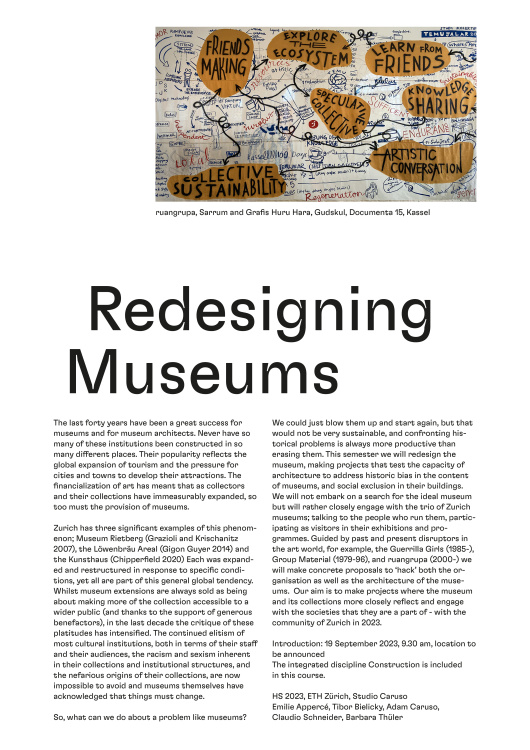
PDF 1 MB
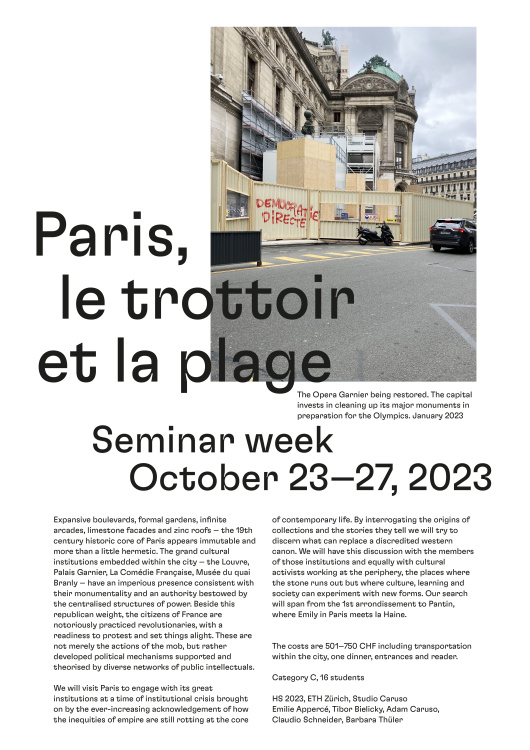
PDF 3 MB

PDF 18 MB (login required)
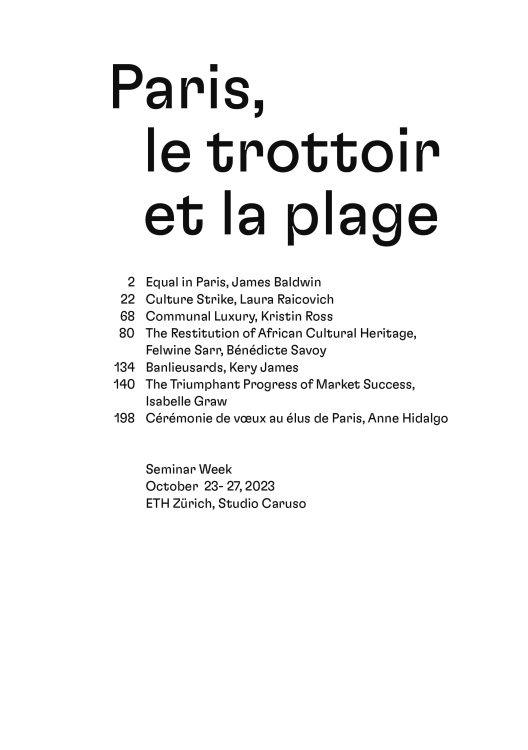
PDF 13 MB (login required)
Reframe, Rearrange, Repeat
The building of the Grenzsanität, designed by Heidi and Peter Wenger, is located at the train station in Brig. It was built in 1957 for the purpose of sanitary examinations of migrant workers passing the Swiss-Italian border. These examinations consisted of screenings for infectious diseases such as Tuberculosis by means of blood collection and radiologic exams. They were mandatory for people immigrating into Switzerland in order to obtain a work and residence permit.
The Grenzsanität is the architectural representation of the restrictive immigration policies established in the post-war years. Terms such as Saisonnierstatut, Überfremdung, Schwarzenbach-Initiative, or Grenzsanitätsdienst did not only shape the discourse about migration in those years, but affected the lives of thousands of people and families. The Grenzsanität is a Denkmal by means of which their story can be told.
Re form
After the Reformation, the church handed over social tasks to the welfare state. It seems obvious that today’s capitalist state is not up to this task. Now, perhaps more than ever, there is social injustice.The gap between rich and poor is widening and the right to a place in society is by no means a reality for all.
The church still has the luxury of not taking on the same tasks as the state. It can act more freely and support thoughts, concepts and people who would perish or fall short with bureaucratic means alone.This freedom of action is elementary in the existence of the church and must be further deepened and expanded.
The role of the Predigerareal has a consistency over the years. It was always a haven for people on the fringes of society.This refuge became less important through the Reformation, the rise of capitalism and the anonymity of the modern city.
Libraries, such as the Zentralbibliothek next to the Predigerkirche, are public institutions.Their mandate is to make knowledge accessible to all but not directly engage in work against social inequality. However, history shows that these ideas are connected.
With the emergence of the internet and Big Data, libraries, like churches, are becoming islands in the vortex of an increasingly fast-paced society.There it is still possible to obtain knowledge without having to reveal personal information. Anonymity in the acquisition of knowledge has become a rare commodity, which, however, presupposes a deceleration of the individual.
It seems as if the good can only be realised in an environment removed from the fast and profit-oriented society. Away from the everyday whirl of a capitalist world, islands with their own laws can emerge.
Within this symbiotic island in the centre of Zurich, the church can benefit directly from the knowledge and educational mission of the library.The mixture of the audience leads to new points of contact. However, space must be provided for this conglomerate. In this project, spatial connections shape an ensemble based on education, refuge and spirituality of any form. A mediator bridges the gap between church and library. Small interventions, connected through a central access tower provide space to people in need.The newly thought Predigerareal supports a coexistence of education, shelter and spirituality.
An unconditional refuge.
IEA Lecture
You cannot take risks without failing
March 15, 2022, 18:00
Adam Caruso
IEA Lecture Series FS 22
One Building, Failure Is an Option
ETH Zürich, ONA, Fokushalle
Interim, forever
Chair of Architecture and Construction
Adam Caruso
The project is presented as a folder, a collection of stories, architectural details, and material understanding, to provide information about the handling of the building and propose a resource for an ongoing transformation. The pages and stories can be rearranged, offering multiple readings and interpretations of the building, architectural fragments, and the interventions.
The research project engages with the hotel building known as Marriott that opened in the 1970s as an autonomous object in the city center of Zurich.The research unfolded stories about the building from contact with the original architect of the building, the interior designers, and the Head of Engineering who has worked in the building for over 25 years. Since the opening of the hotel, the idea of a «complete work of art» has been defiant. Over the years, the building underwent numerous modifications and transformations, revealing mutable versions of itself to keep up with the changing trends in hotel architecture.The generic new interiors have alienated the building’s interior from its shell. Each trend lasts for a generation and is custom- made for international hotel guests.The real users of the building, the workers, are thereby overlooked.The spatial separation between the front and back of the house is disproportionate.
The light touch aims to transform unused or historically interesting spaces in the hotel by critically reframing the existing layers and instrumentalising what is there.The actions are planned following the skill and expertise of the Engineering Team members of Marriott who have been in charge of every change ever made. Each space is appropriated to a new programme to tell the stories I encountered and reveal (im)material values that the building holds. Old, intermediate, and new layers create new atmospheres that are characterful to reconnect the hotel to its users and stay relevant in the future.
Women Writing Architecture
Website Launch
June 30, 2021

The website womenwritingarchitecture.org was launched this week on June 30th. The new resource, an annotated bibliography of writing by women about architecture, is now publicly accessible to discover, browse and contribute to.
Live: What is Next?
Seminar week 19–23 October 2020
A few semesters ago the studio tentatively made moves towards modernism. The evident failure of architecture to address the imbalance of contemporary life provided the motivation to look again at the more ideological and programmatic promises of modernism, particularly the second wave of the 60s and 70s, whose discourses were broadened to encompass themes of gender, the legacies of empire and the growing imbalances in our environment. The consumer driven economy and its insatiable consumption of precious resources is not sustainable, and the desires it claims to fill can never be satisfied. We need to shift our attention to things that give us purpose and happiness. What should we be doing, and how can we have fulfilling lives?
From our new home in Zürich Oerlikon we will meet and debate, both in person and on Zoom, a wide range of figures who are challenging the status quo of technique, economics and politics. We will both declare our existence to the wider world and also call for participation from beyond the limits of academia. The idea is that this intense week of research and outreach will supplement the ongoing themes of the studio, forming the basis of an interactive screen based journal and a special edition reader.
For the week we are collaborating with the Architecture Foundation, who is presenting and streaming the discussions throughout the week and who makes them accessible to rewatch on their YouTube channel.
HS 2020, ETH Zürich, Studio Caruso
Society and the Image
Download Booklet
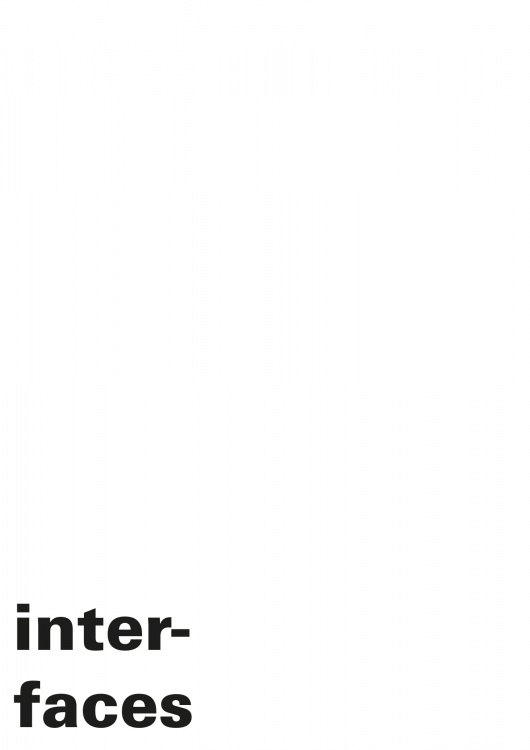
PDF 185 MB

